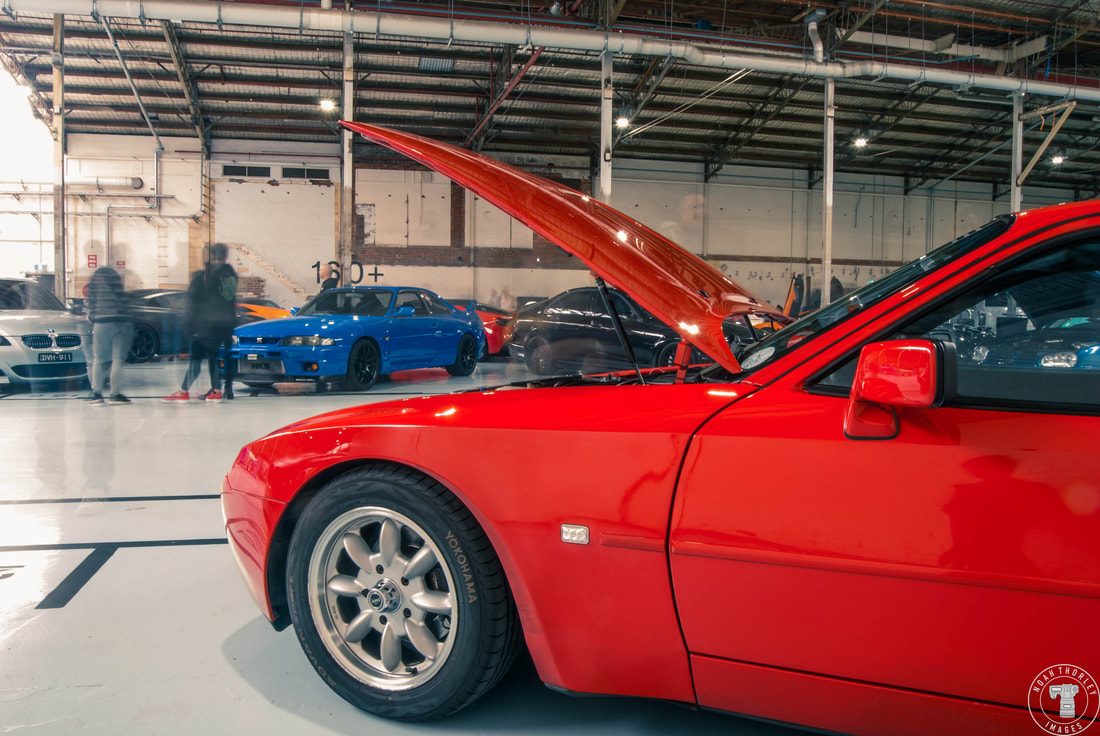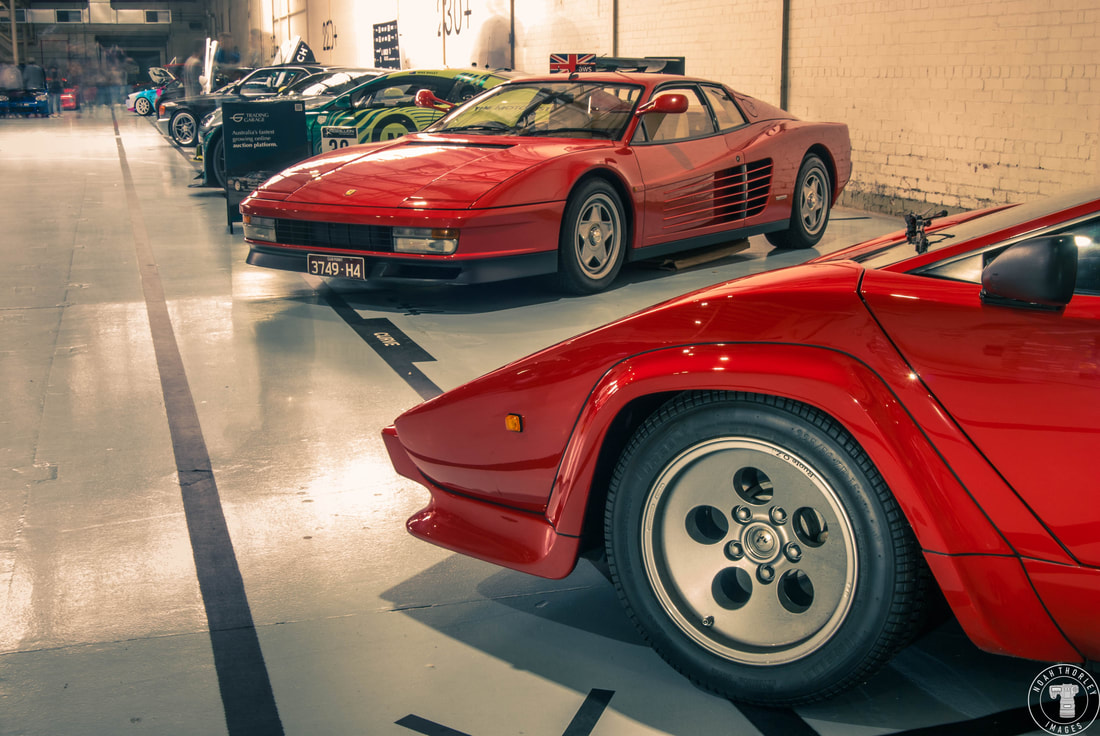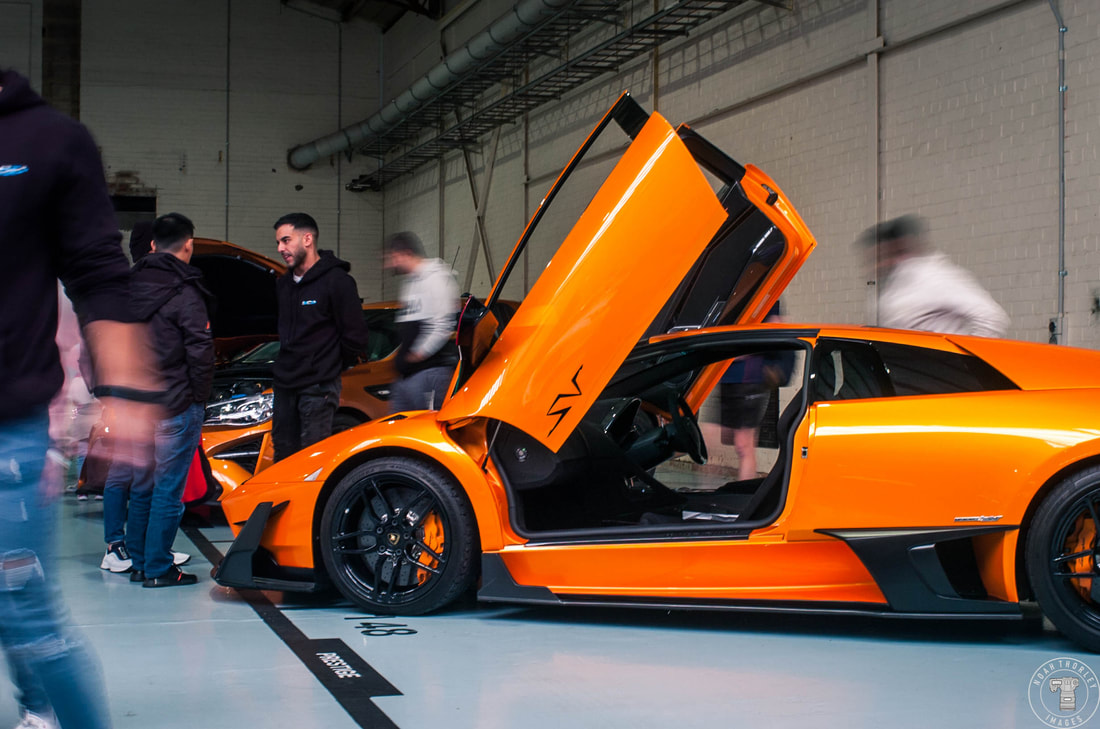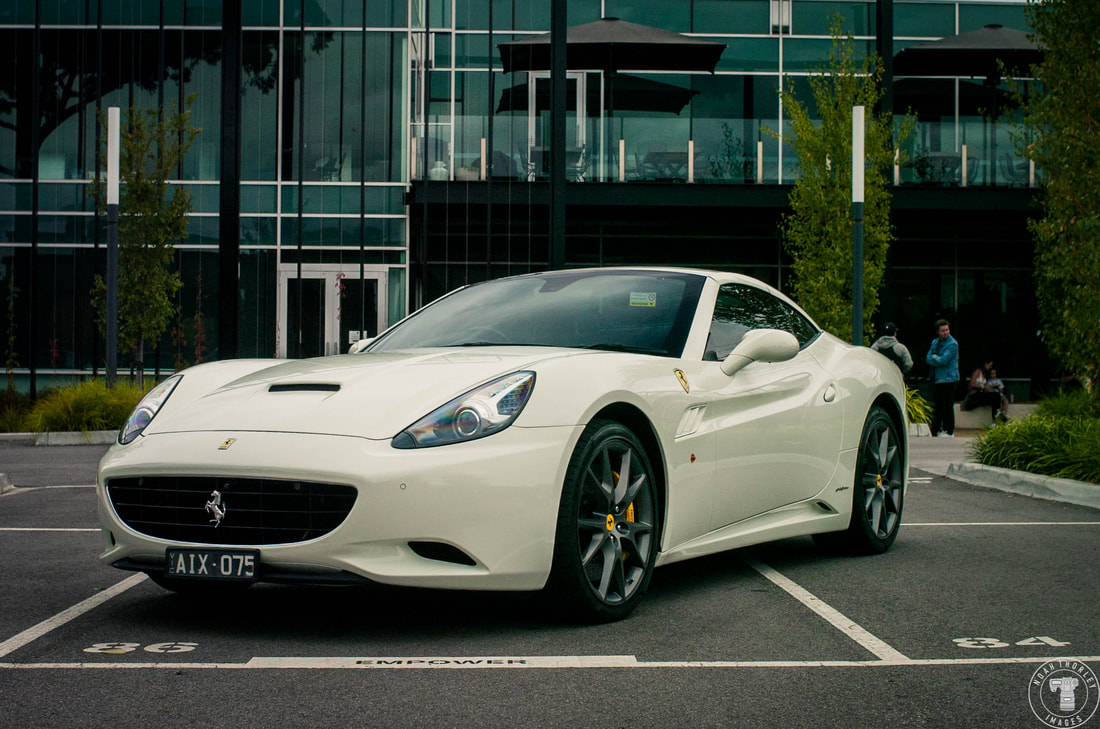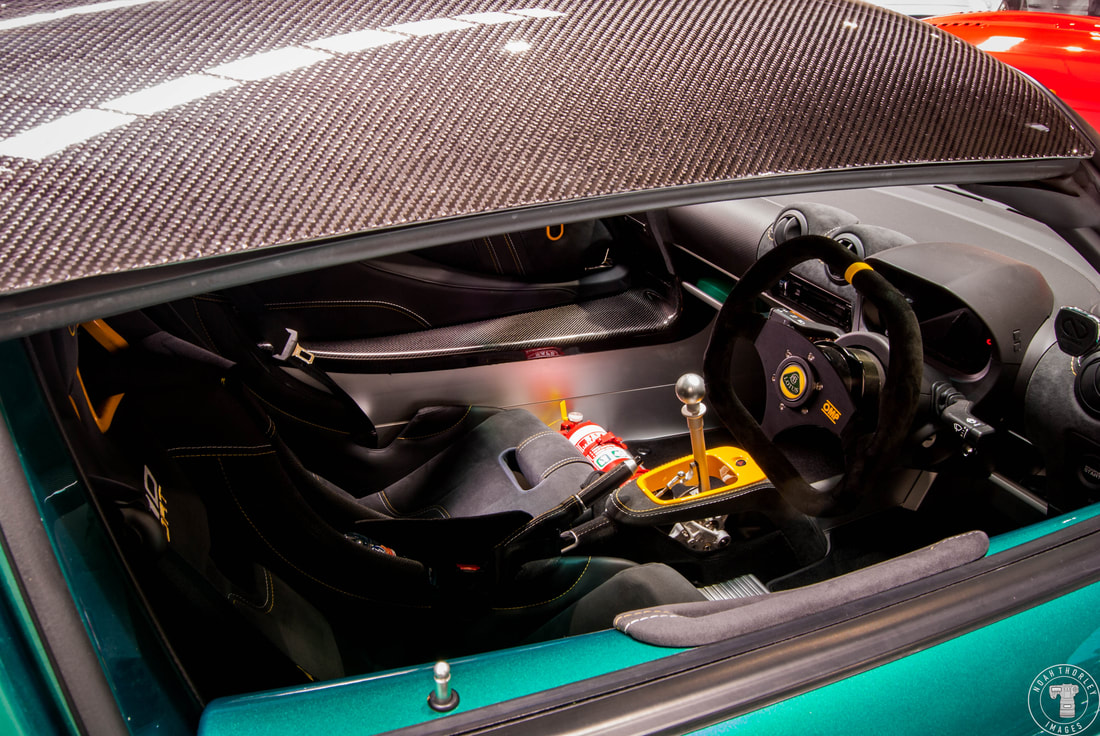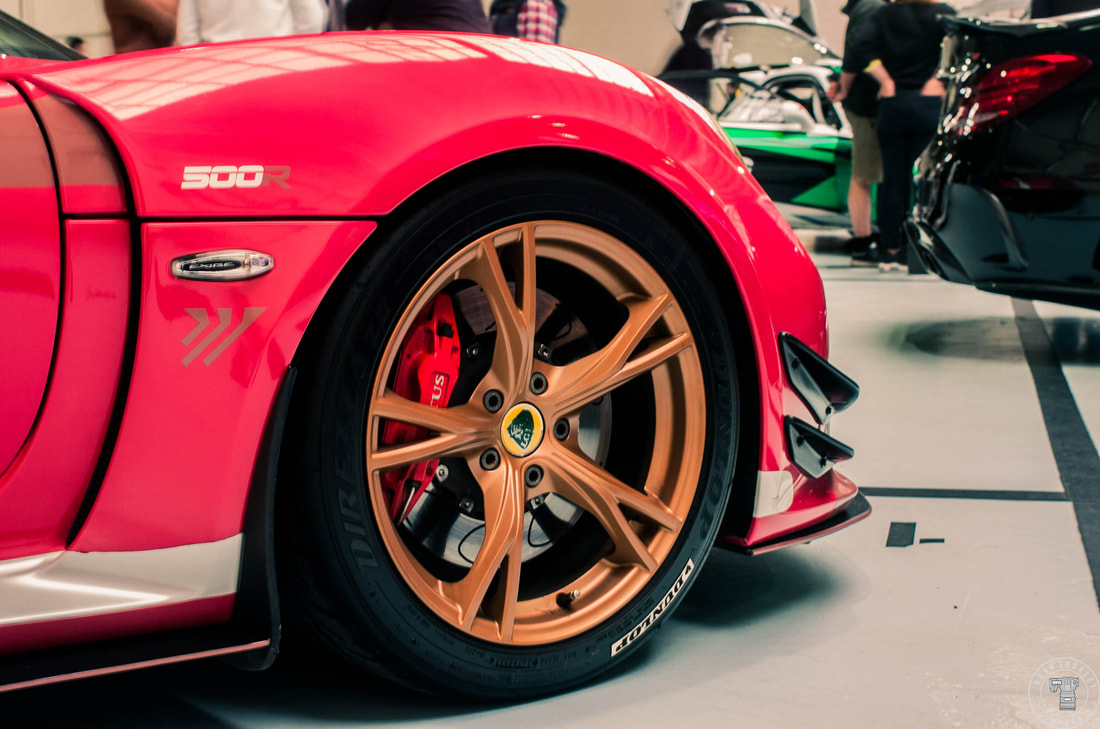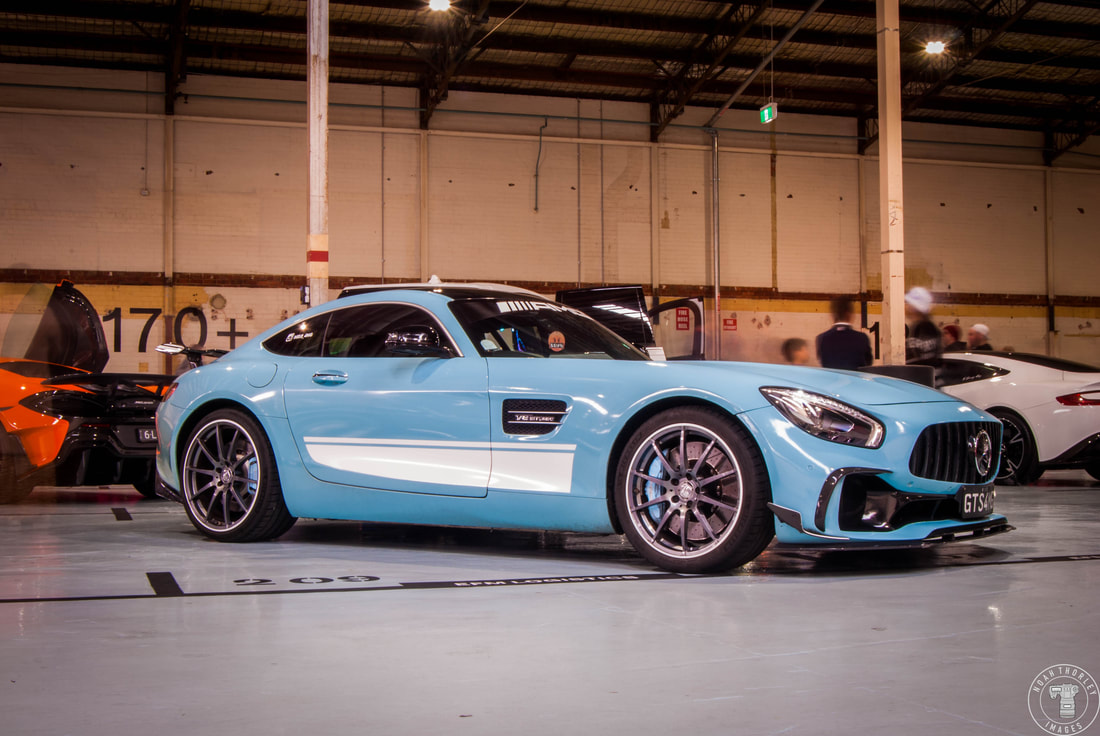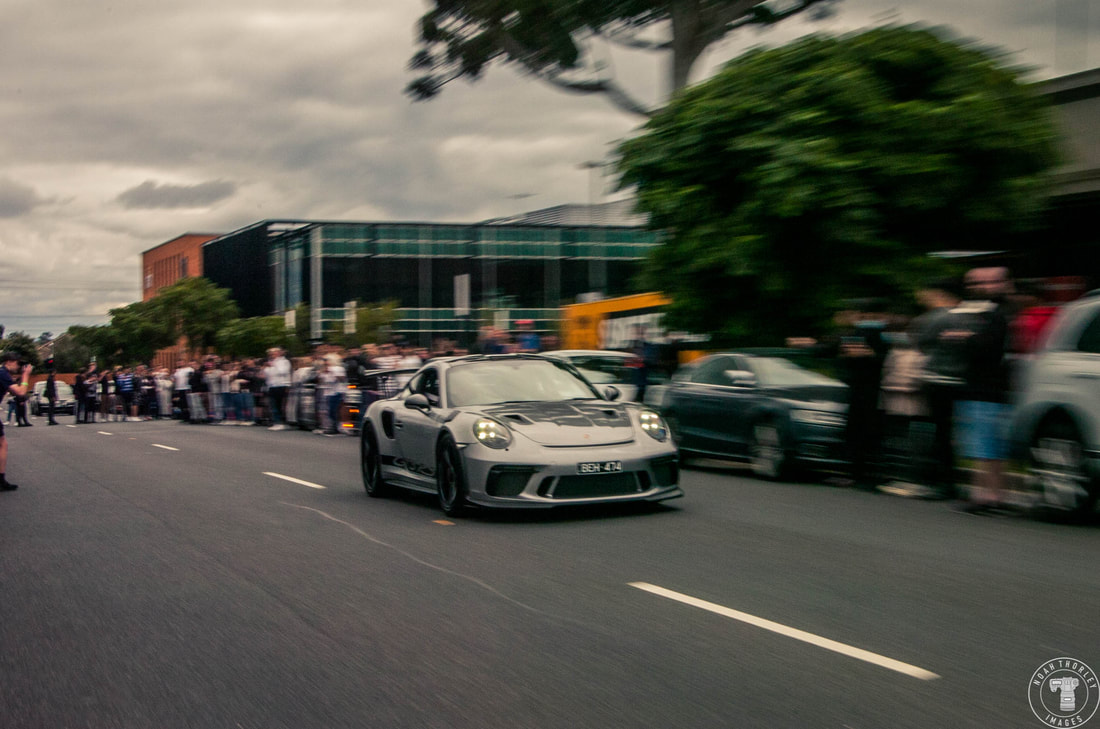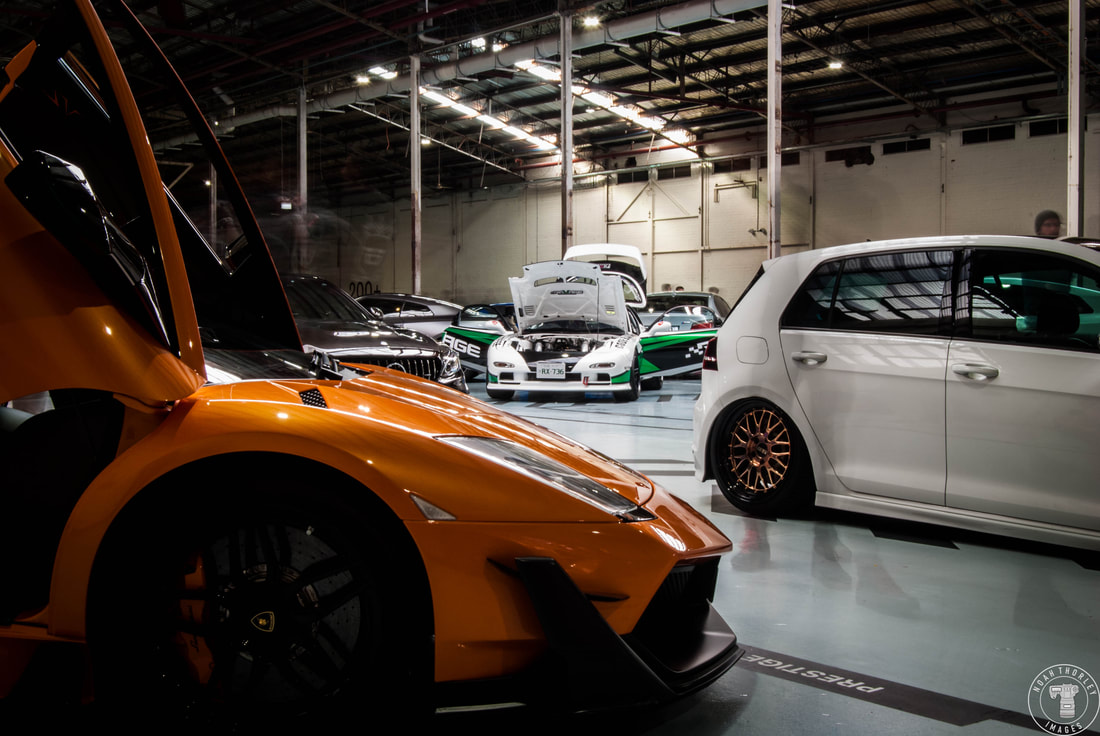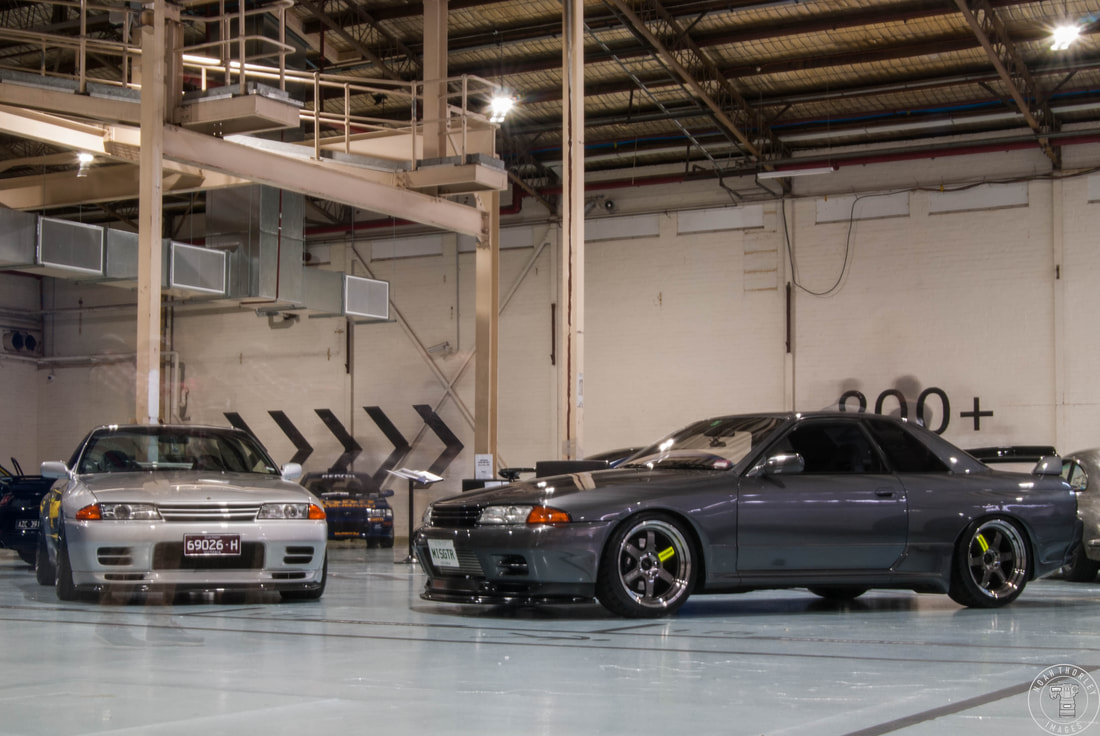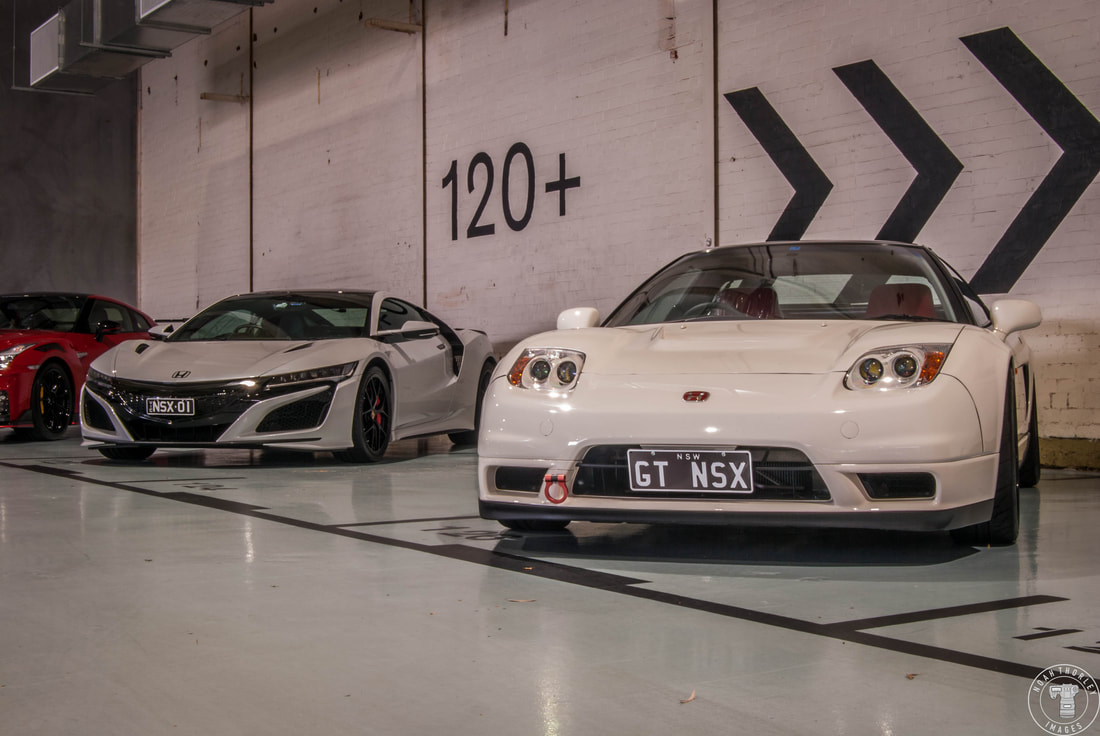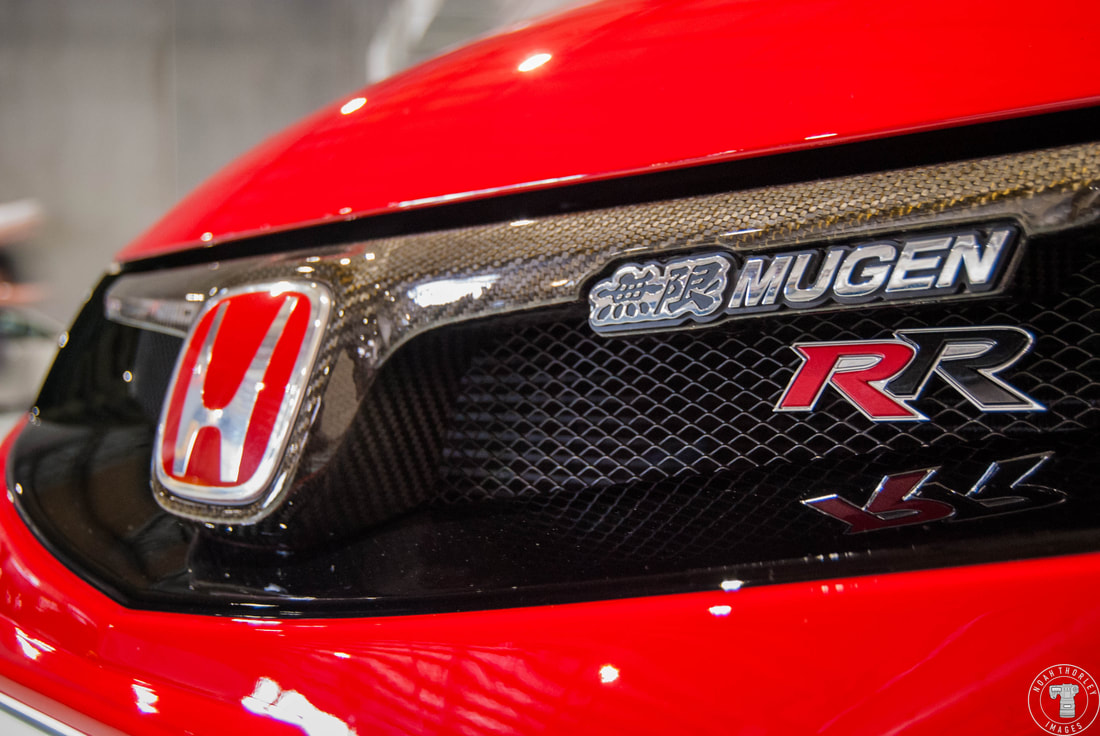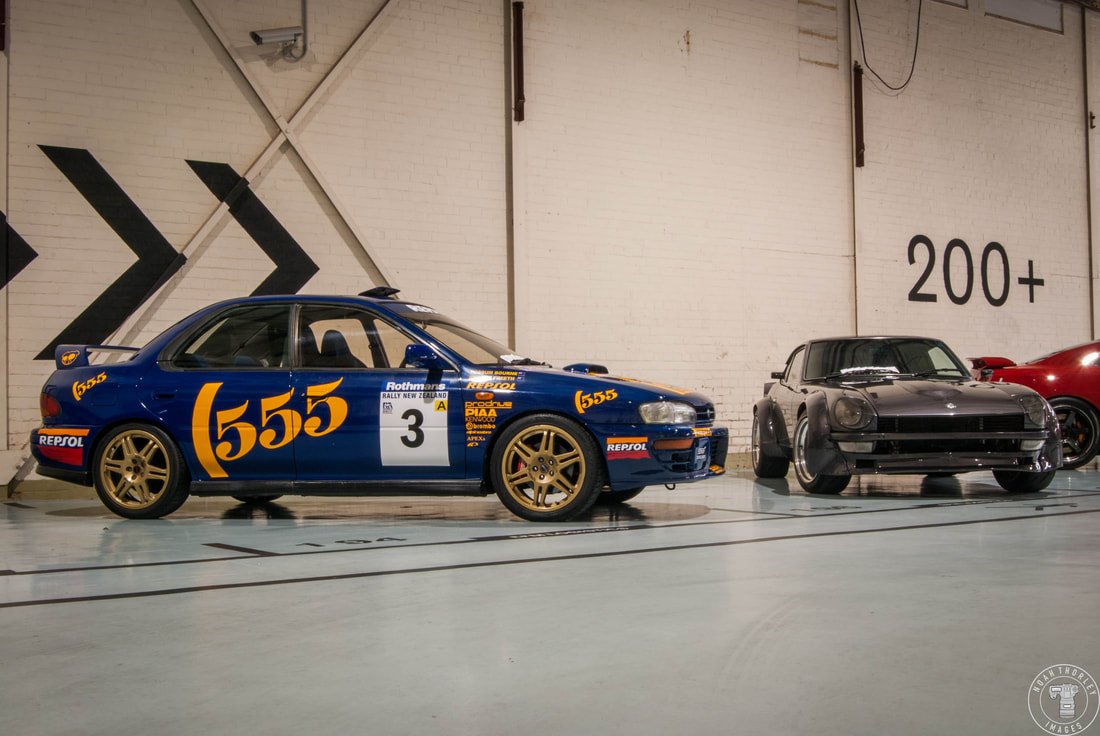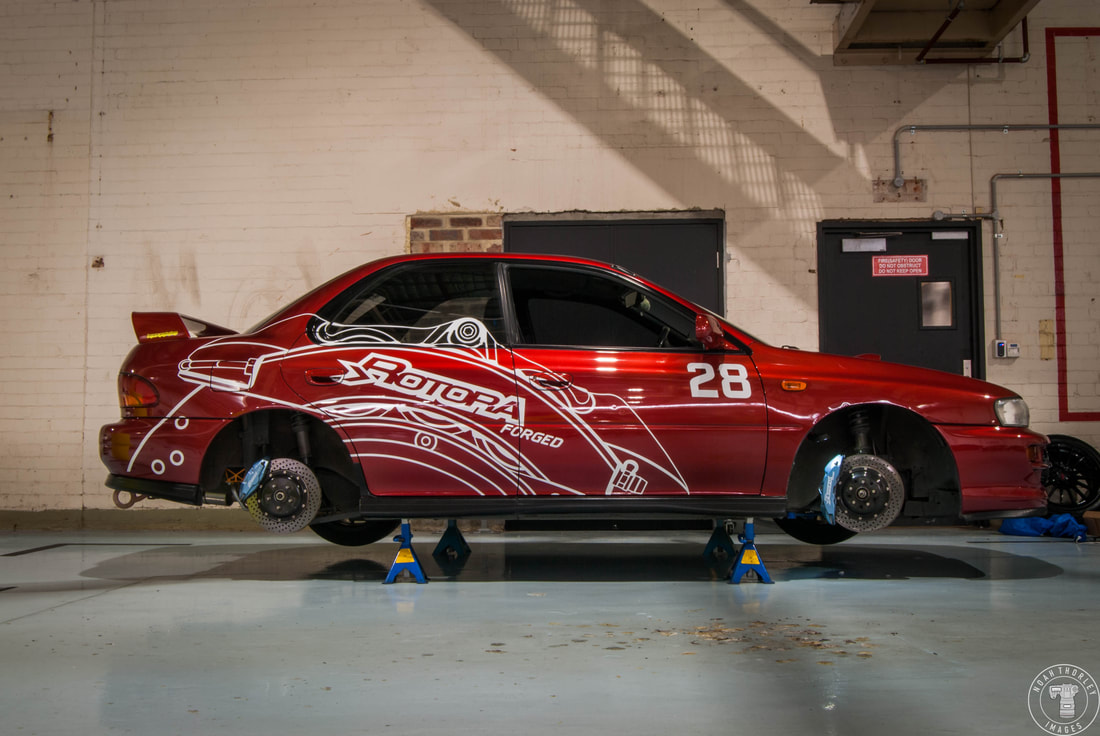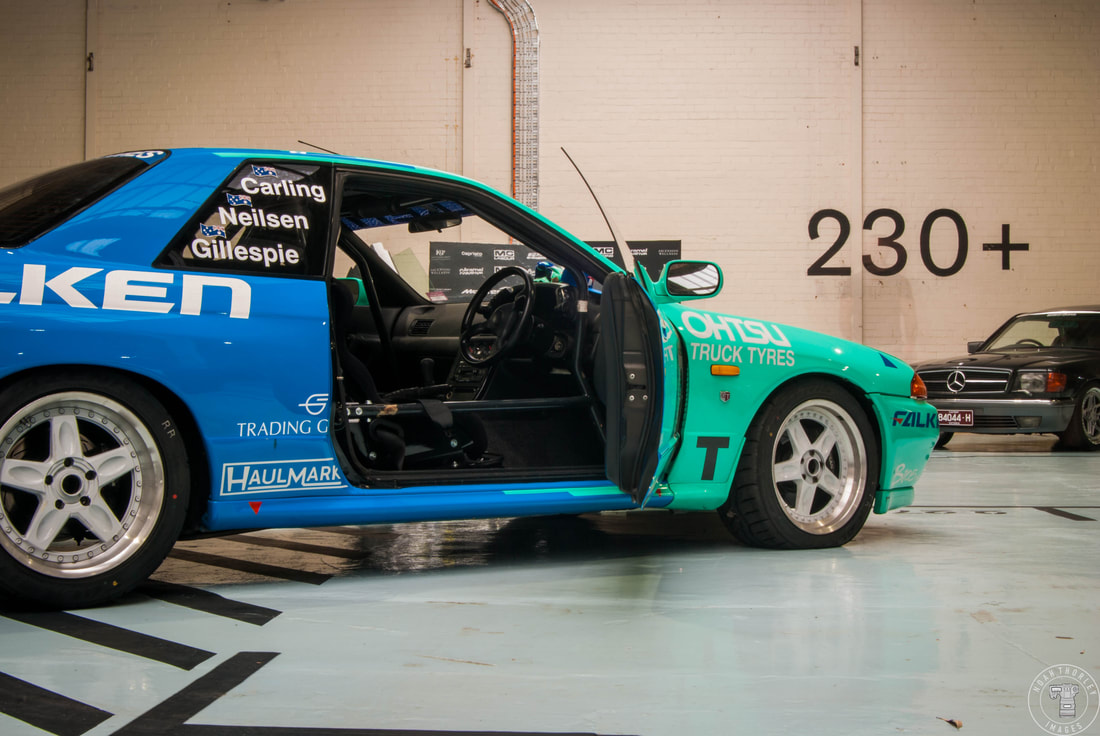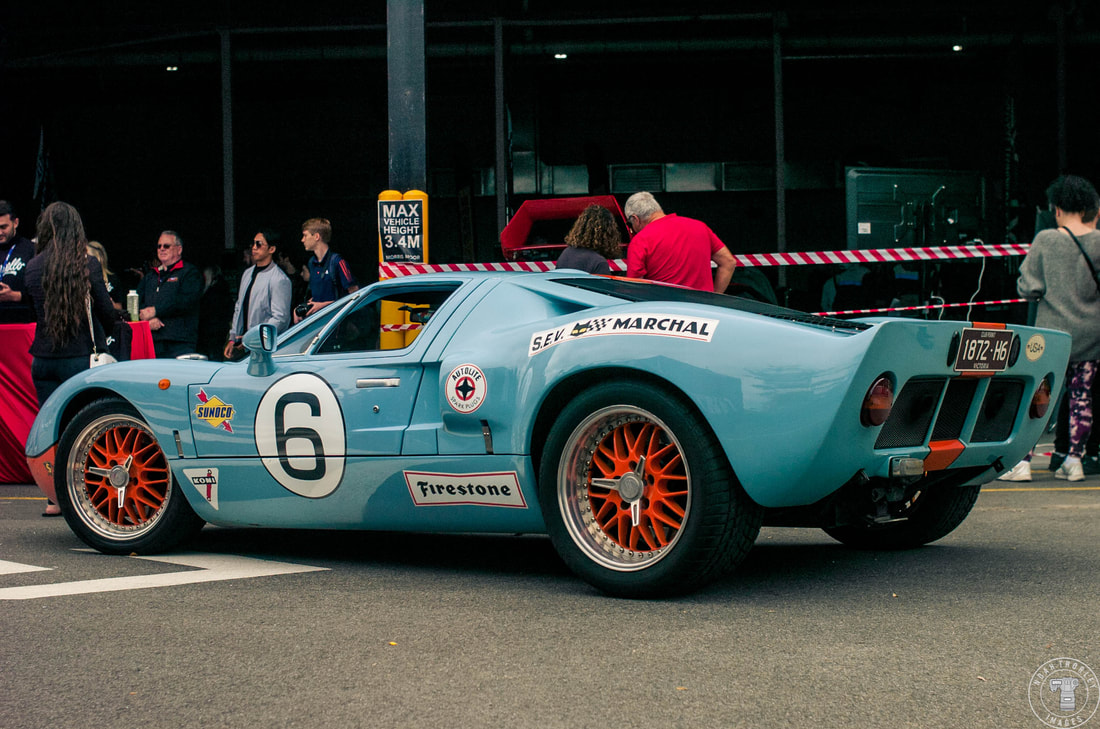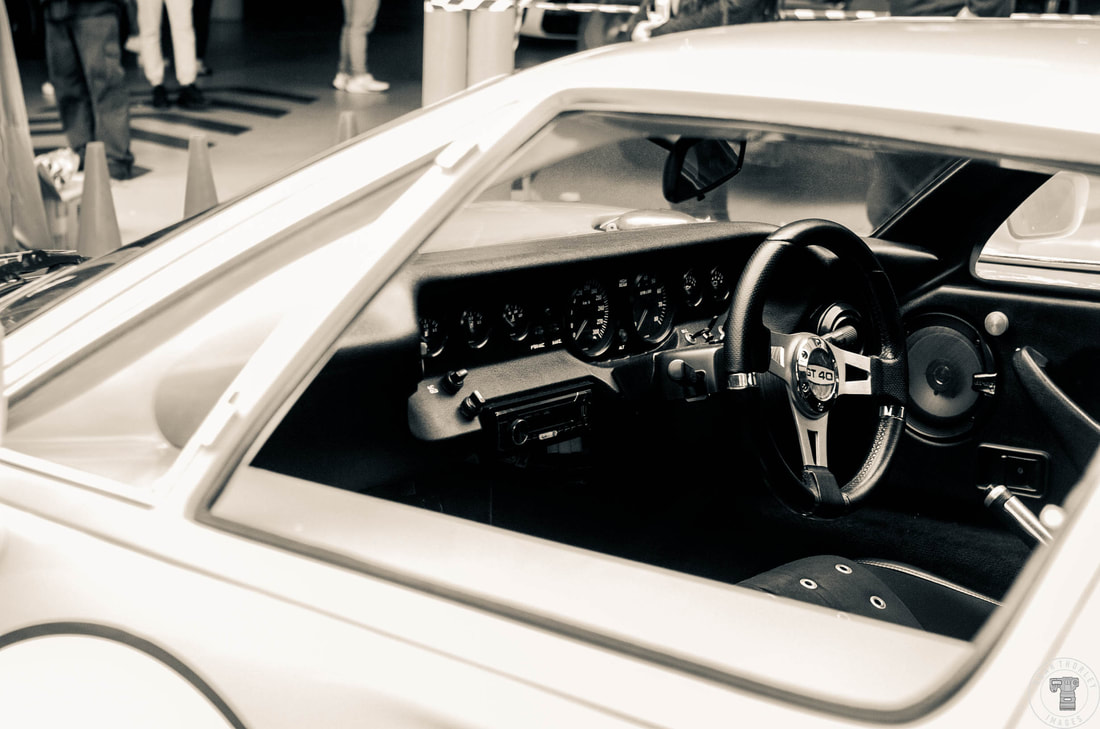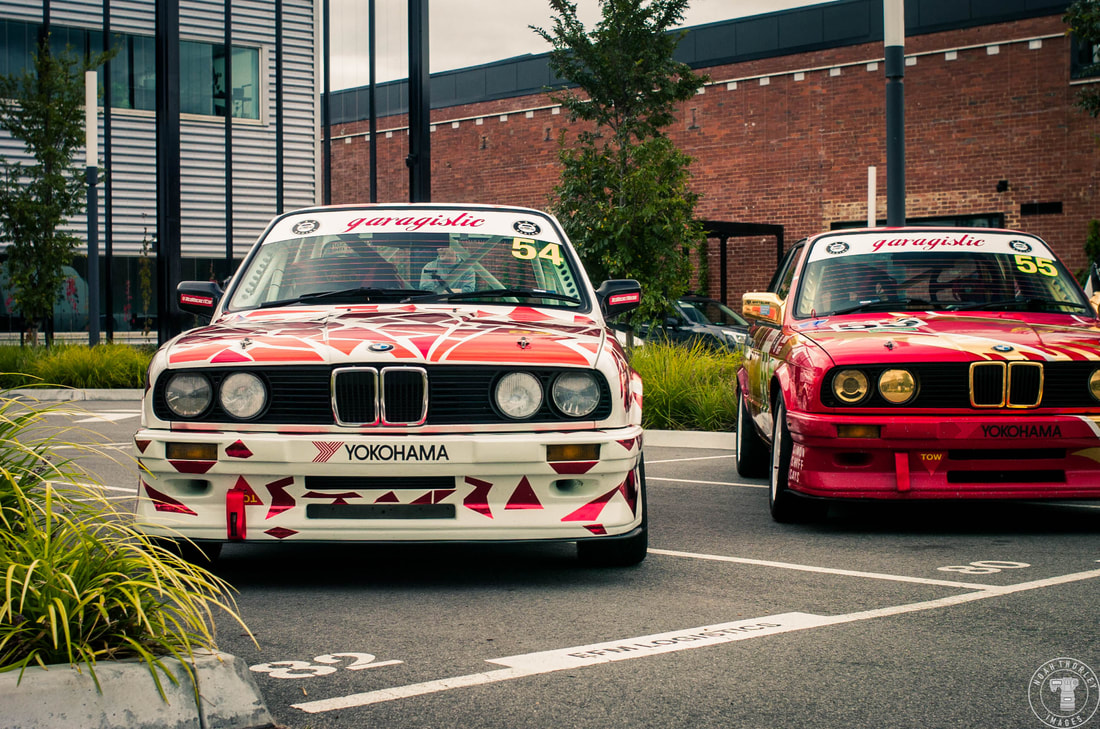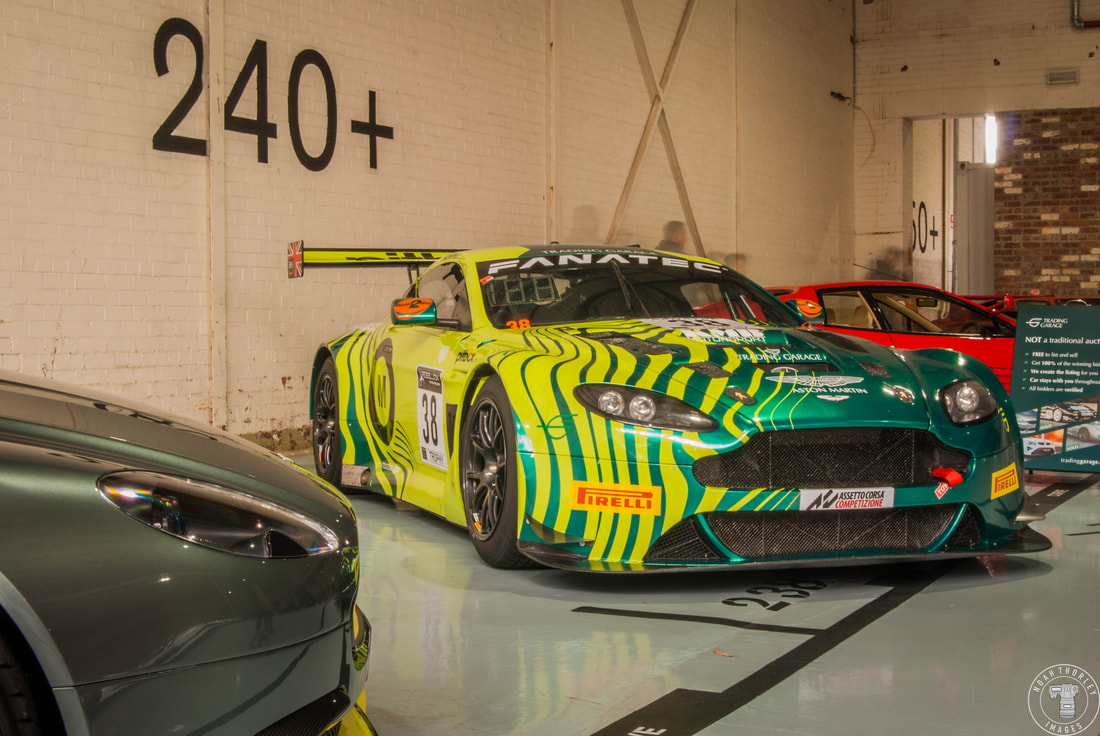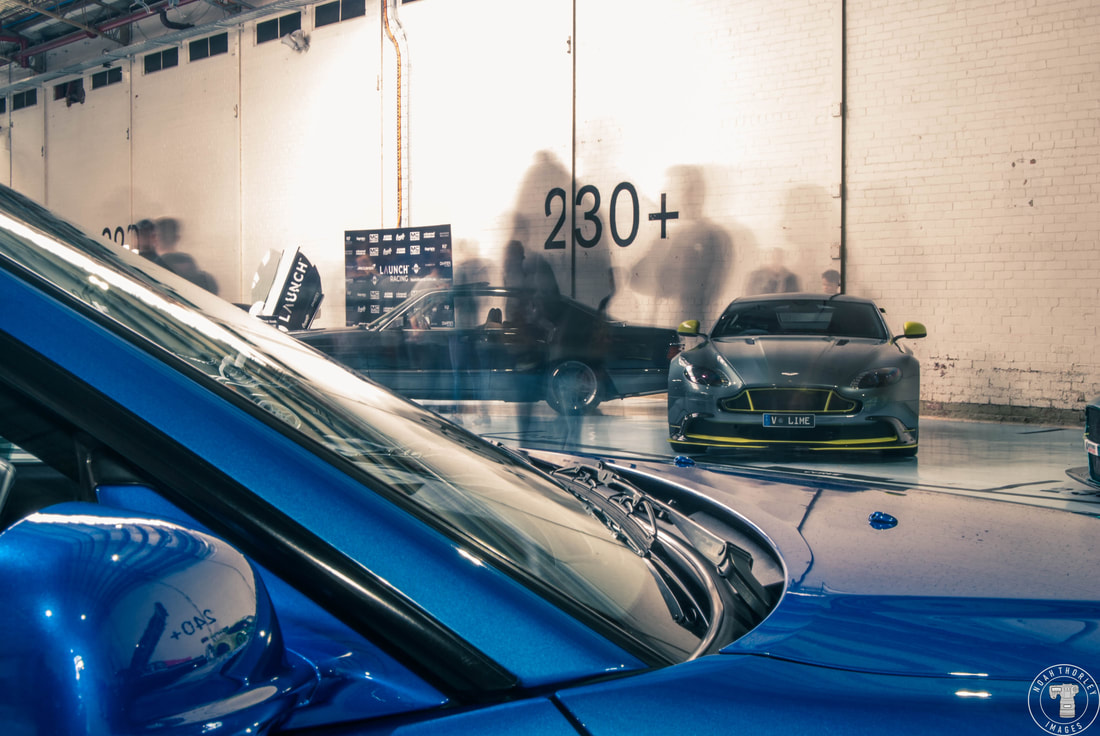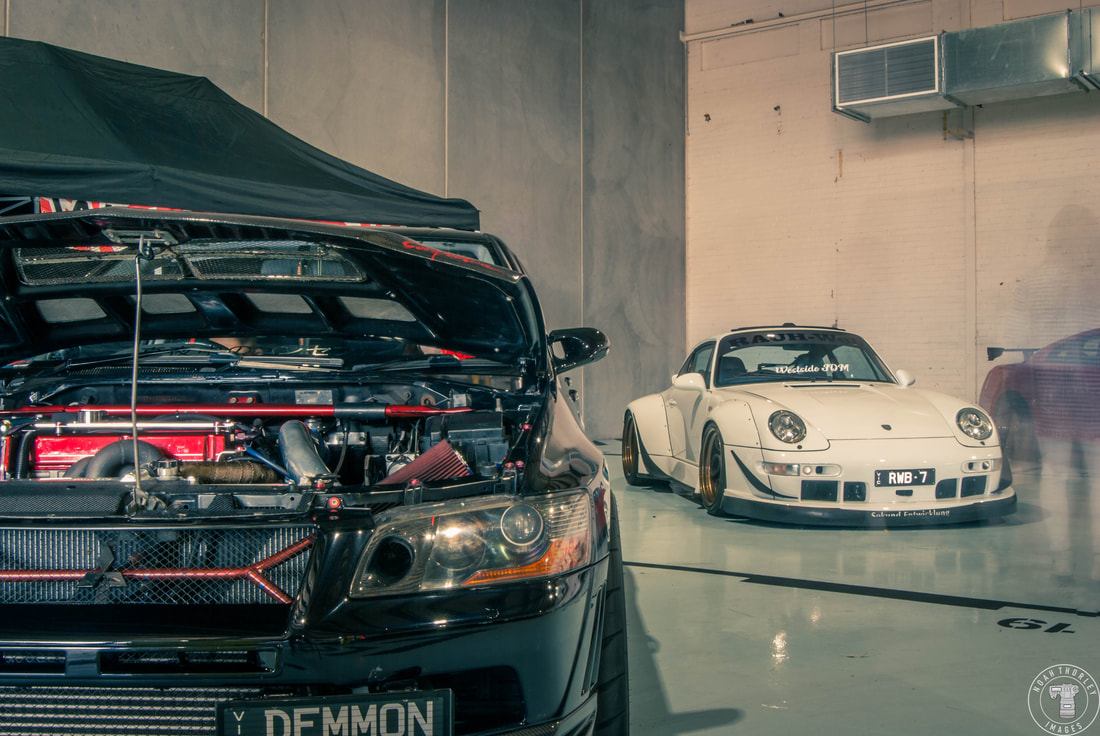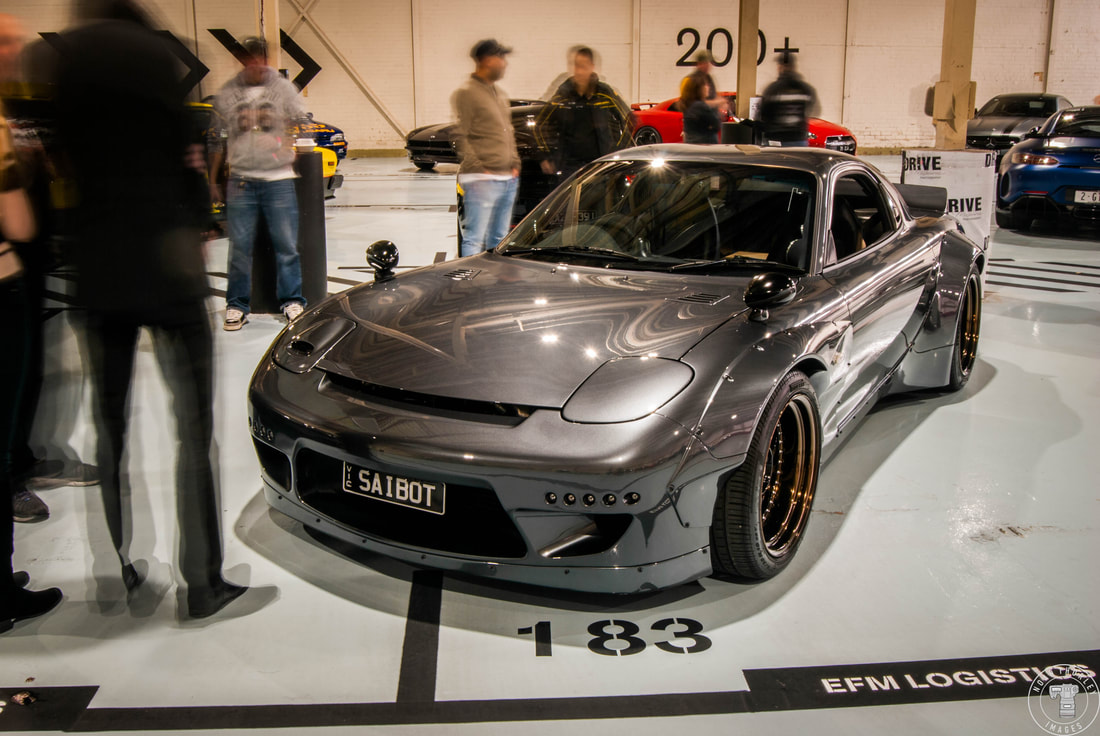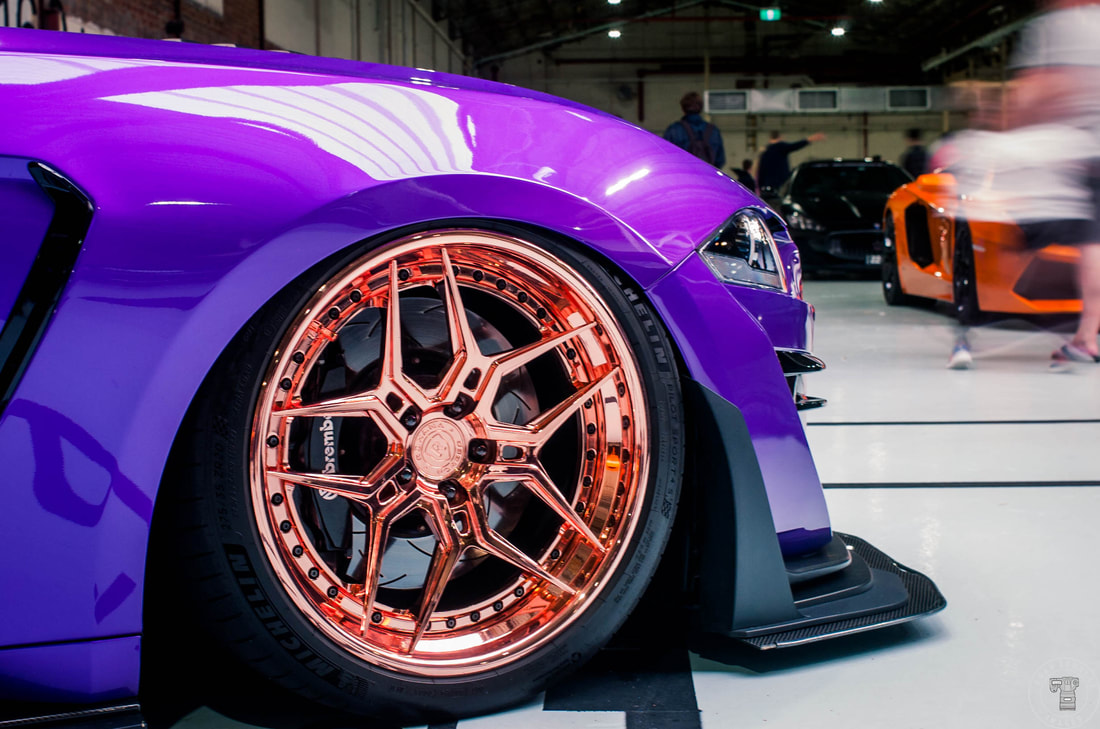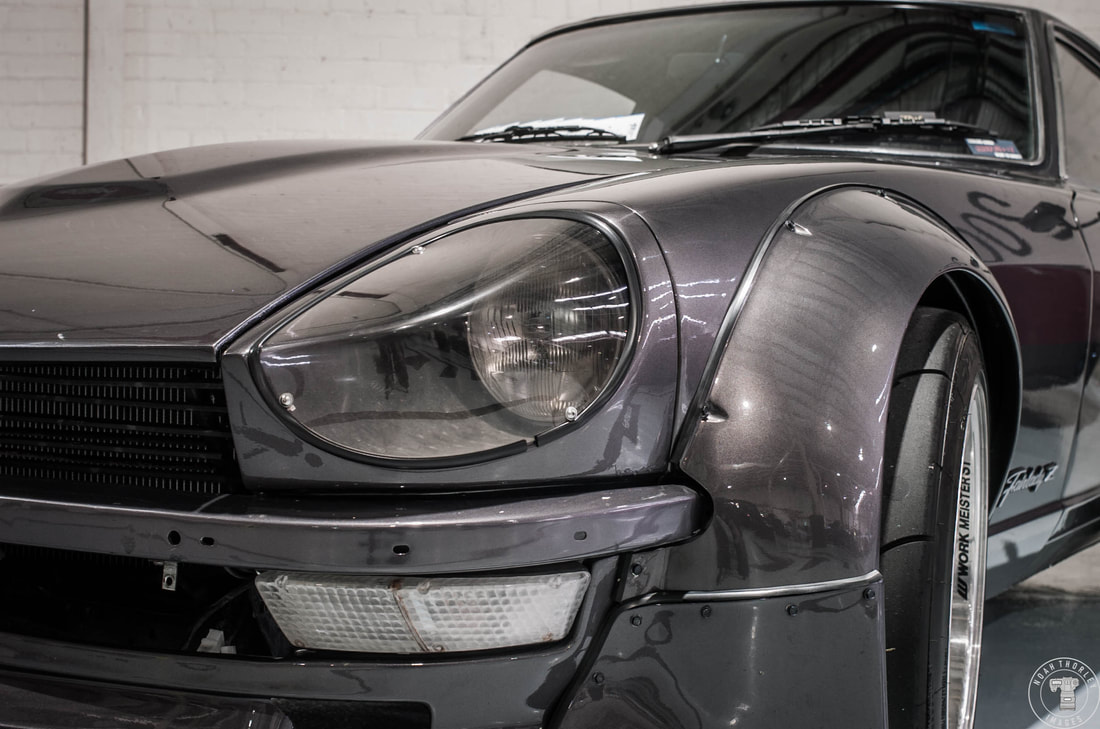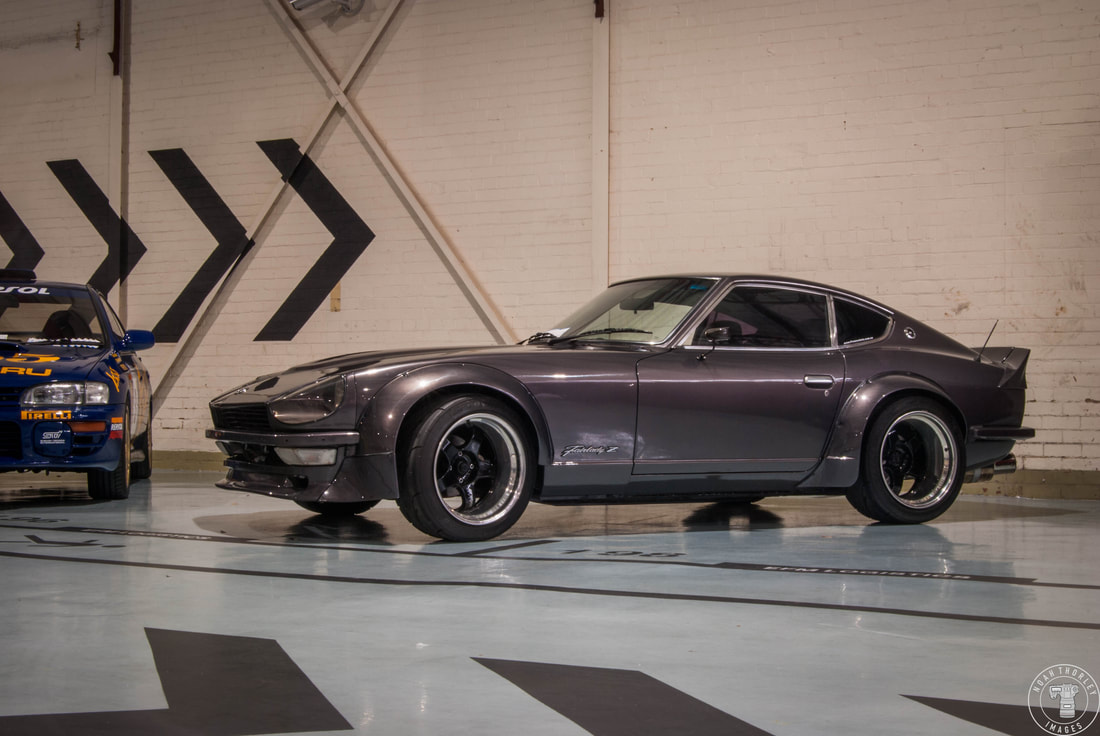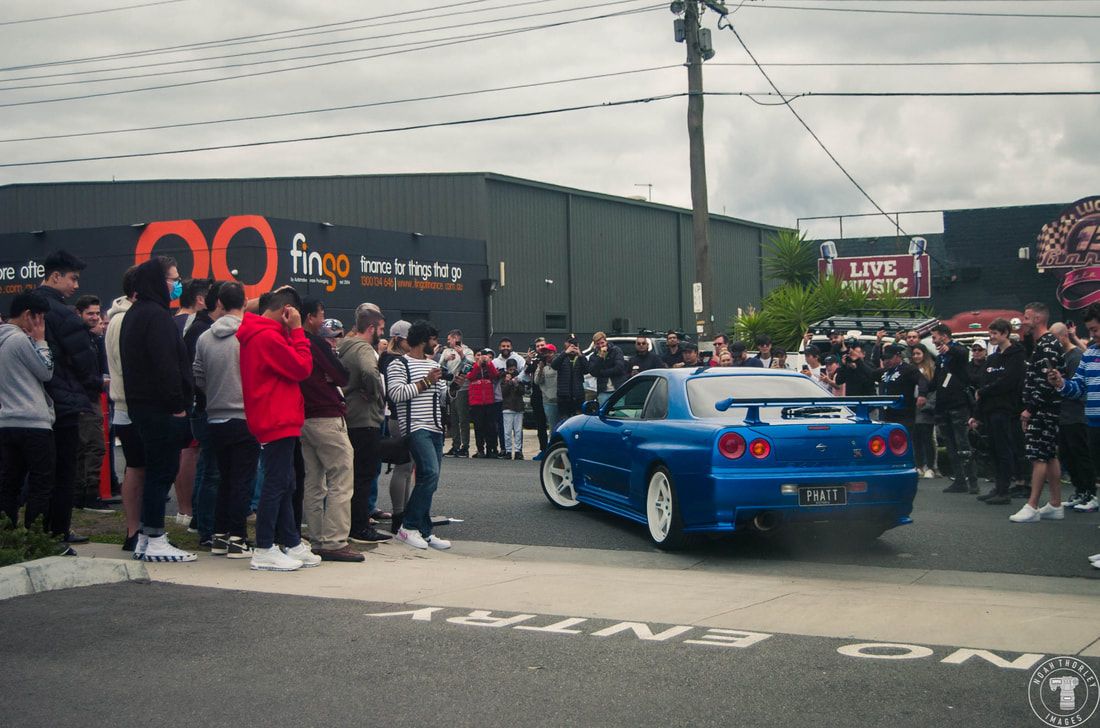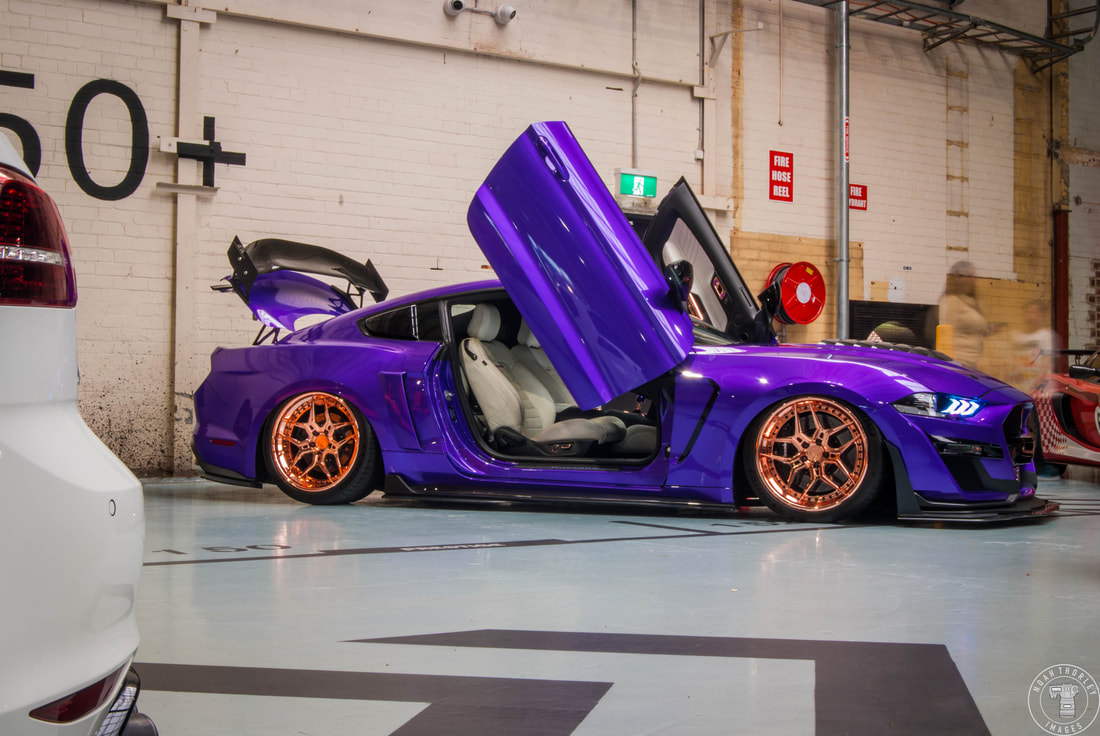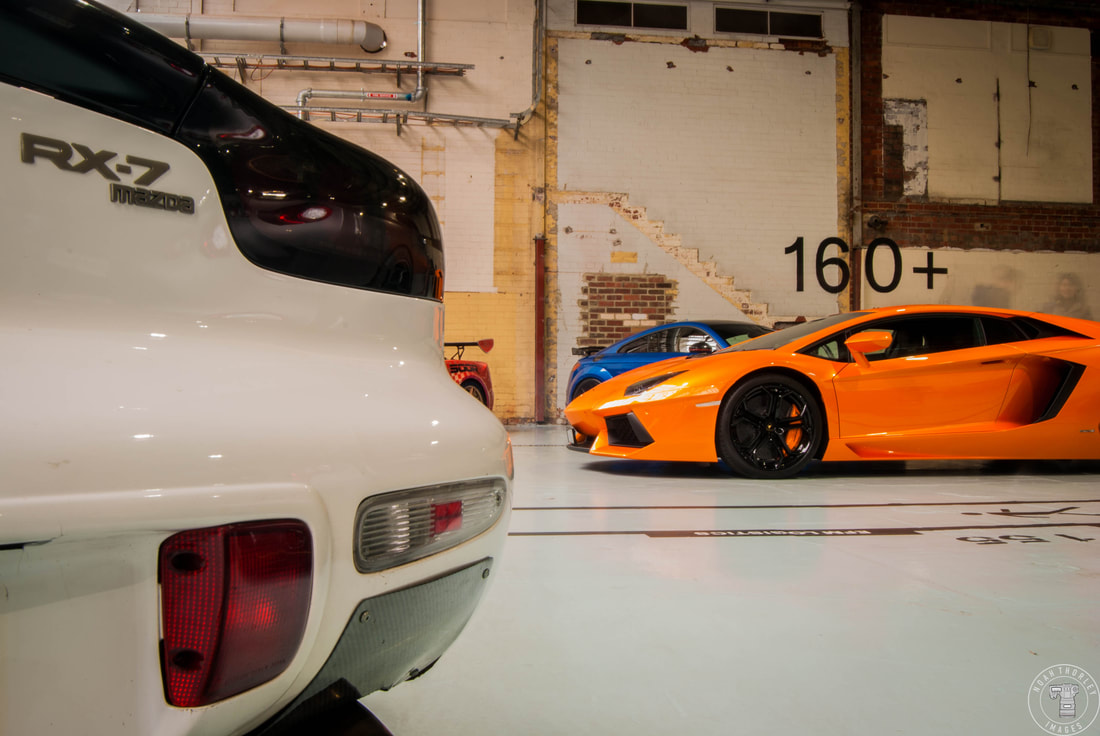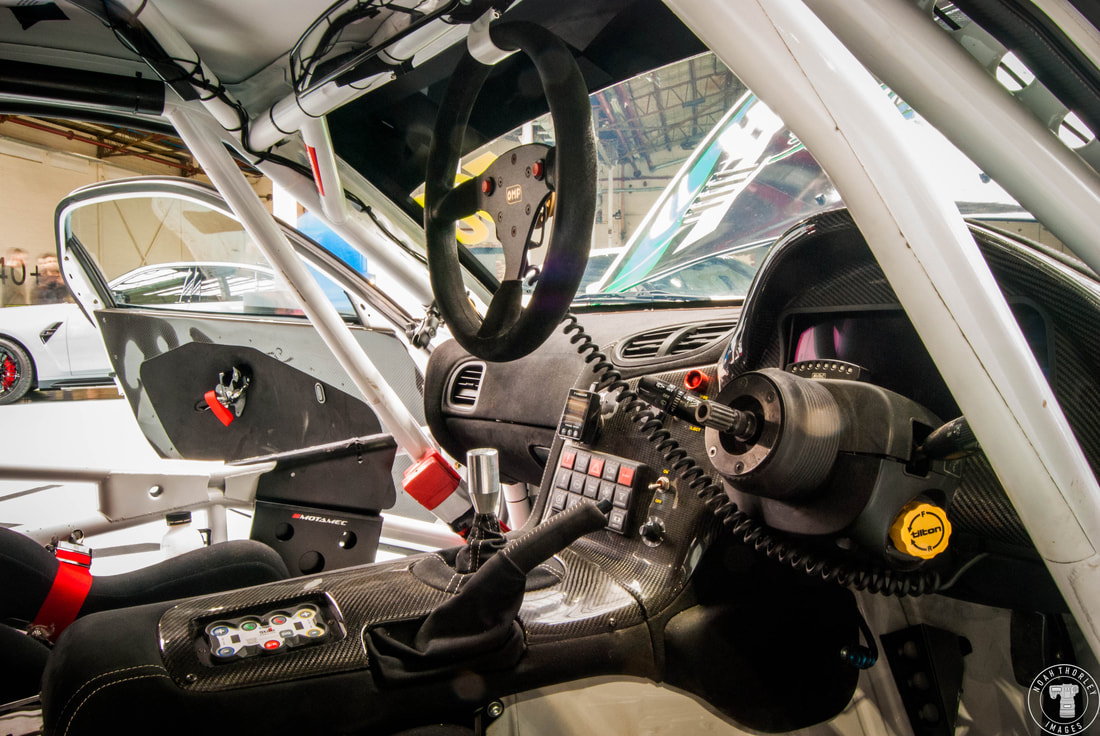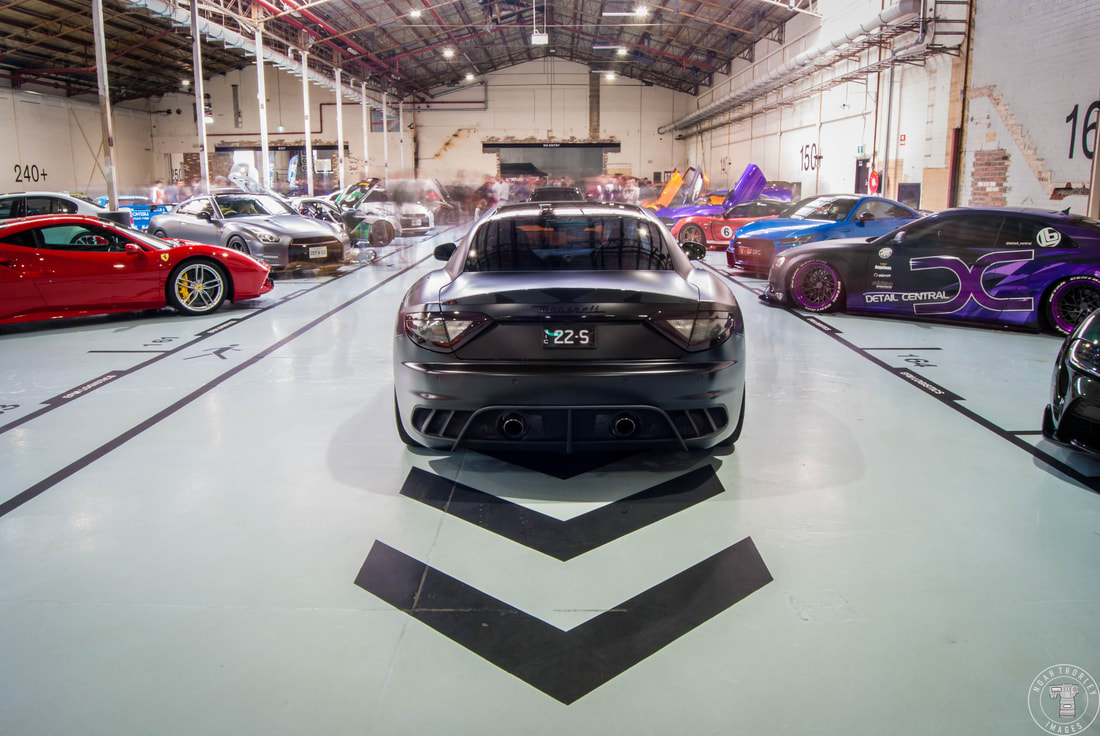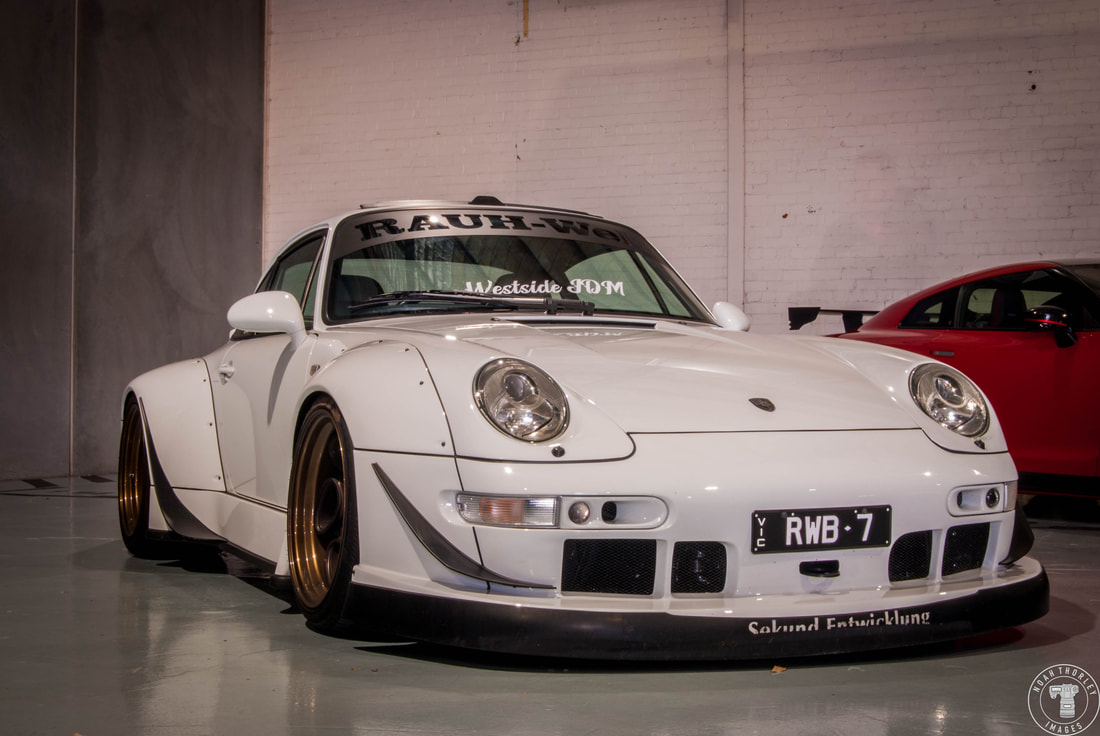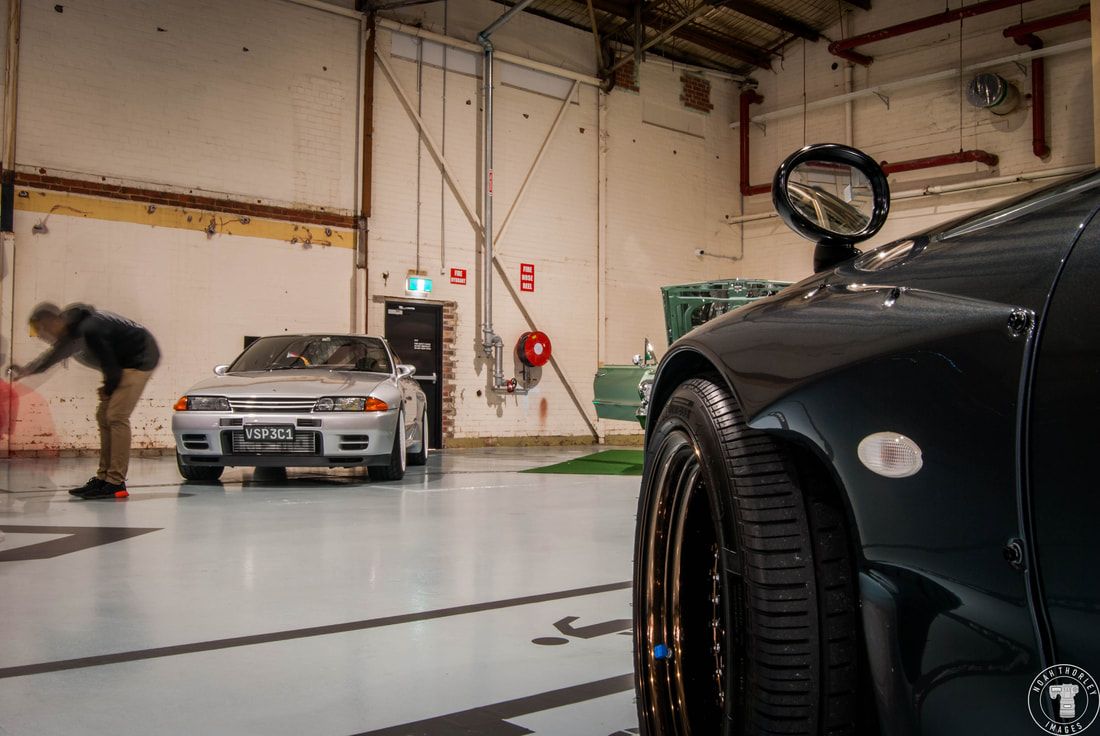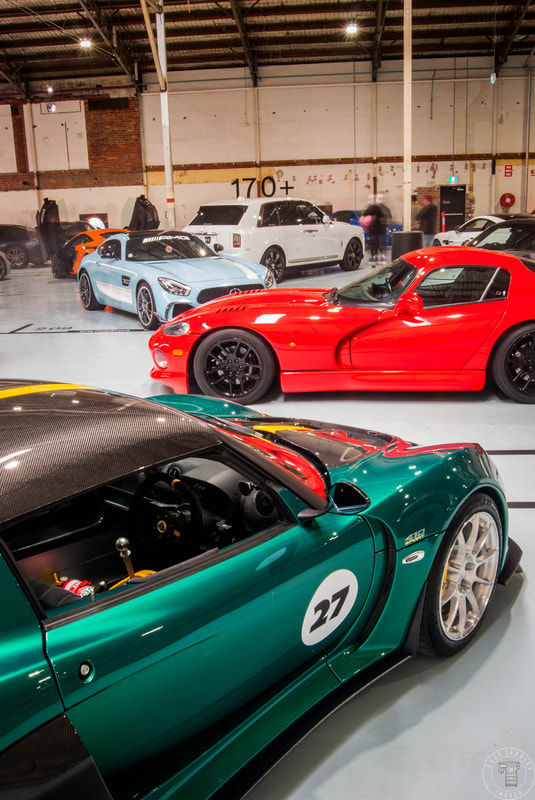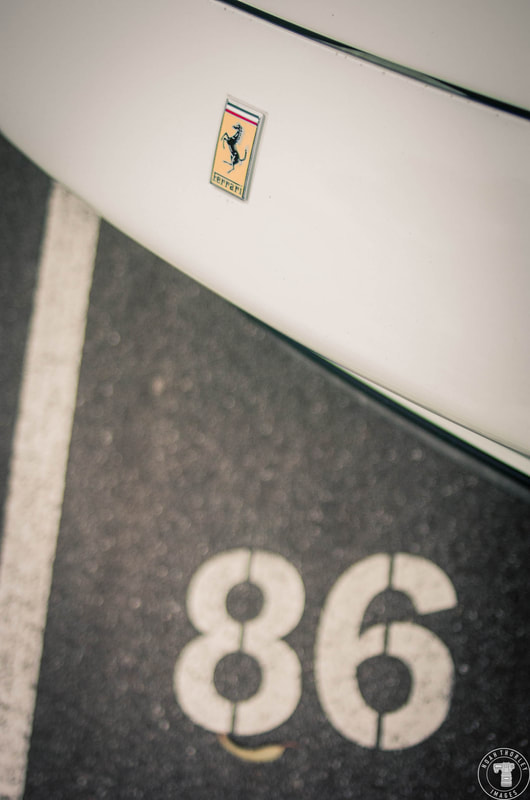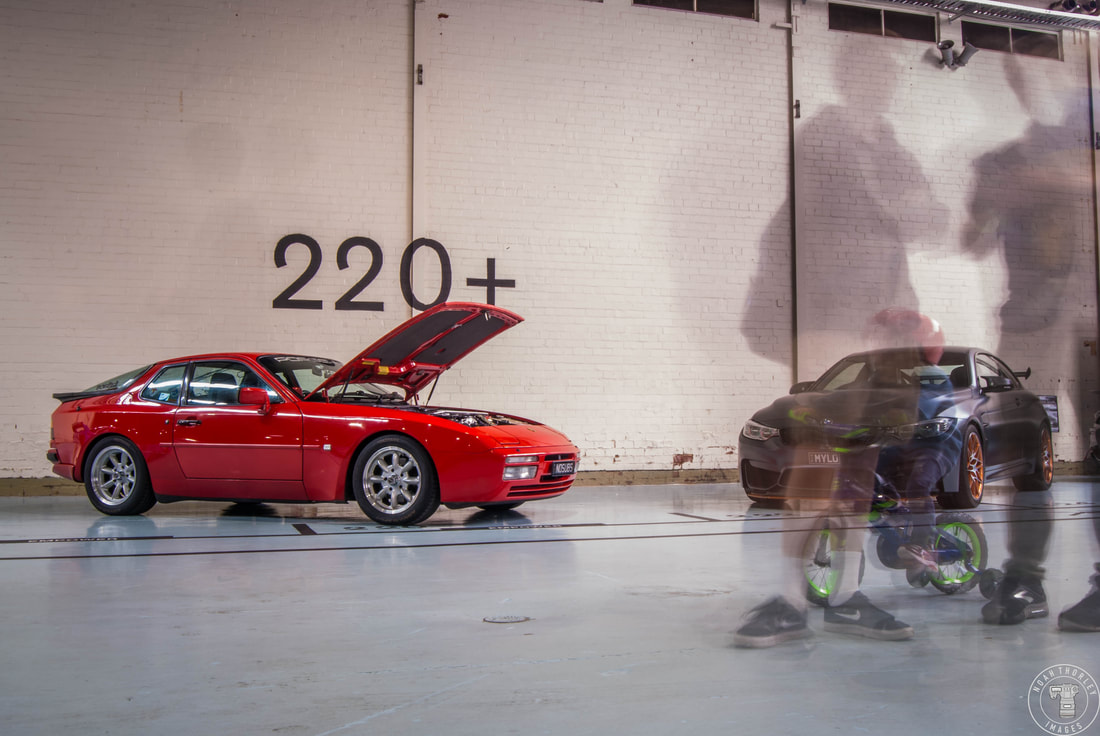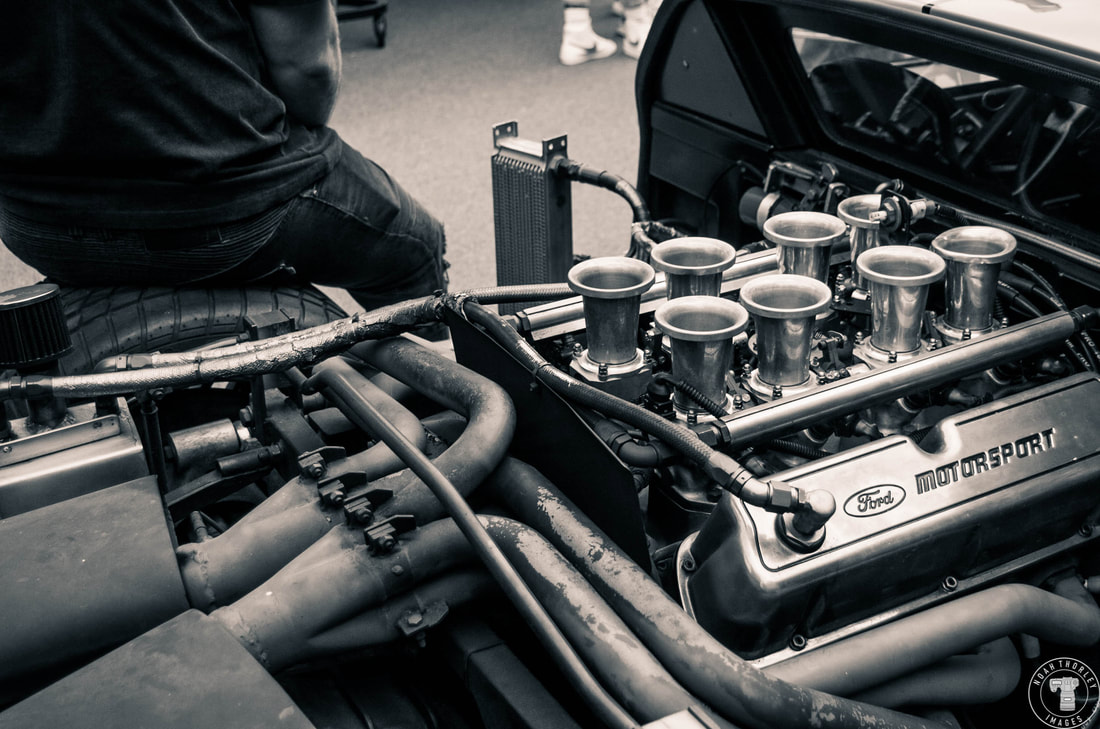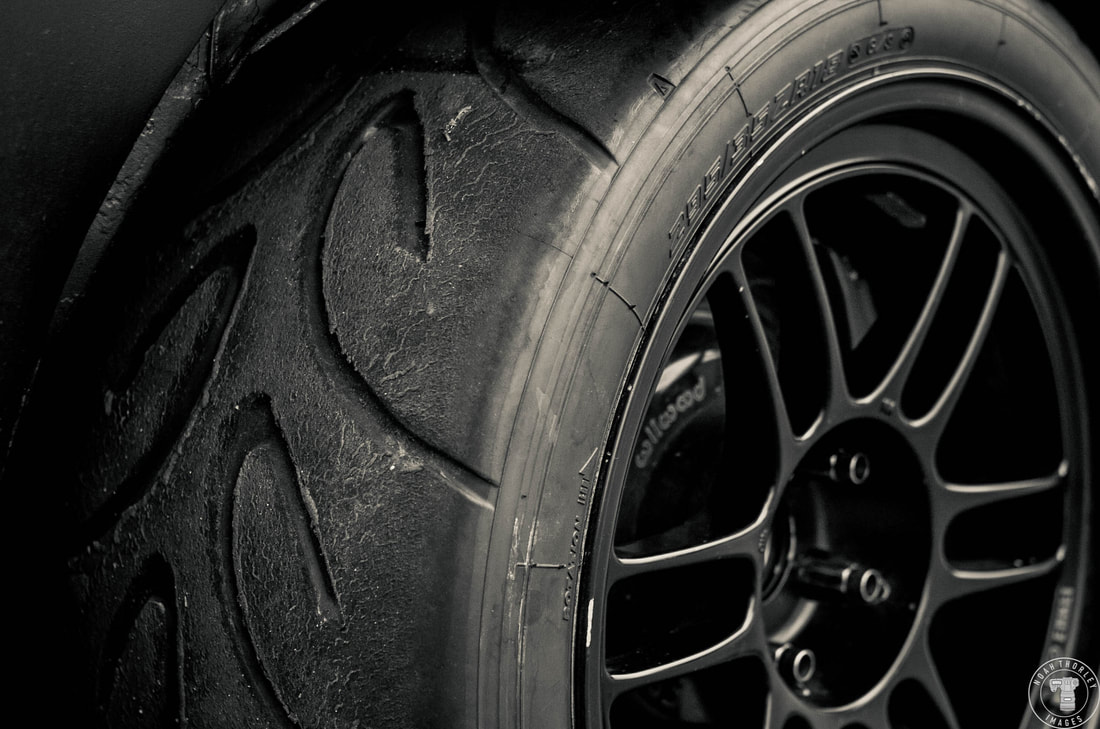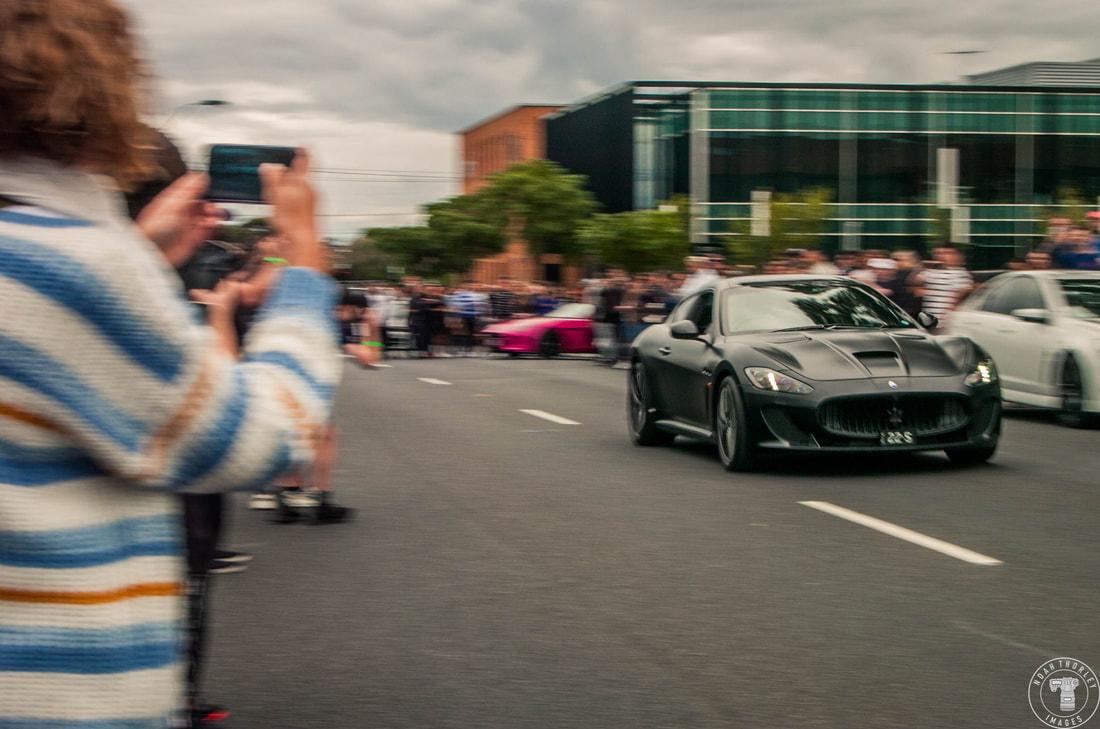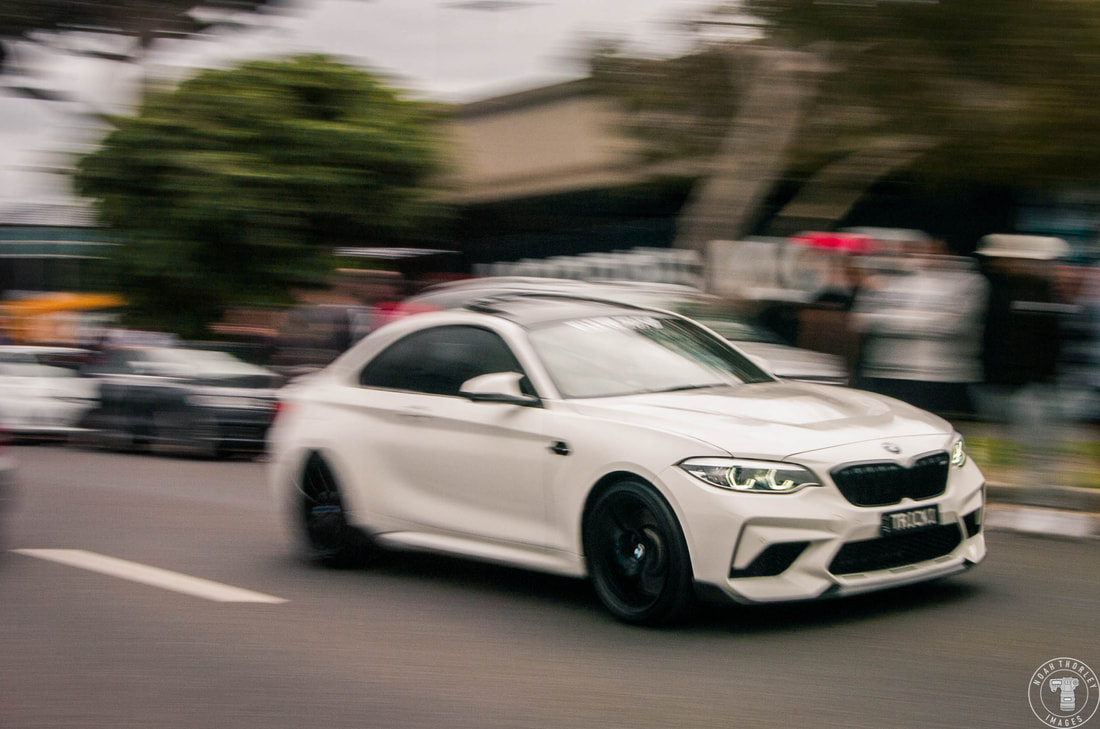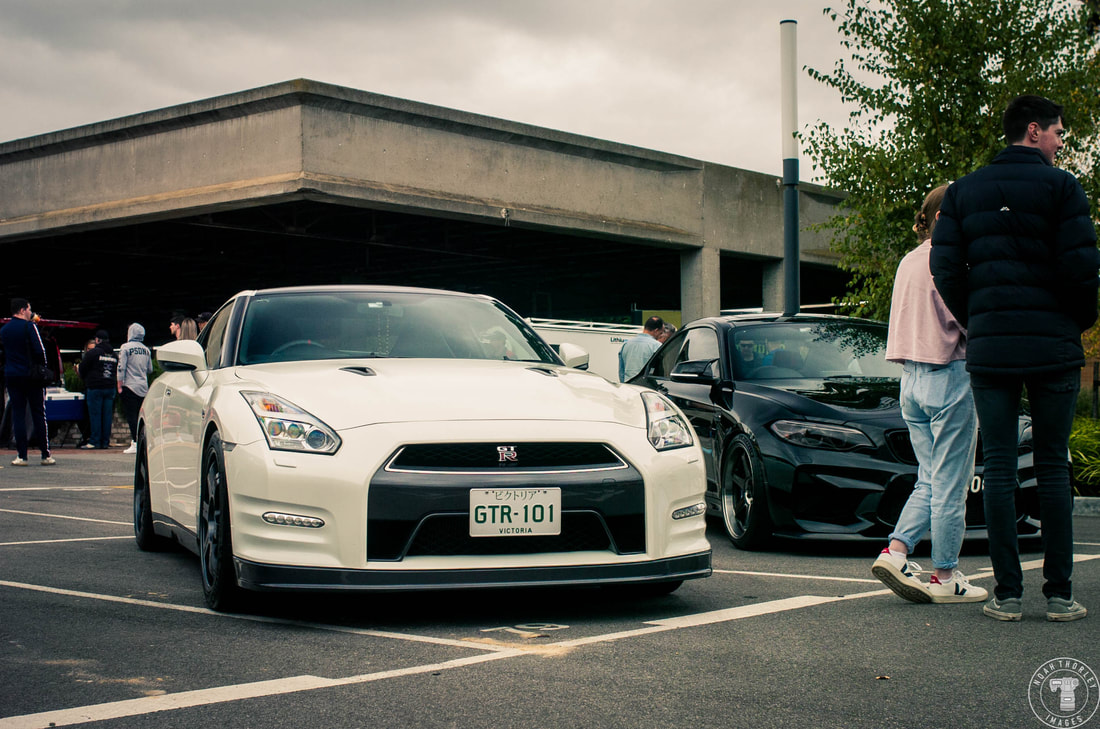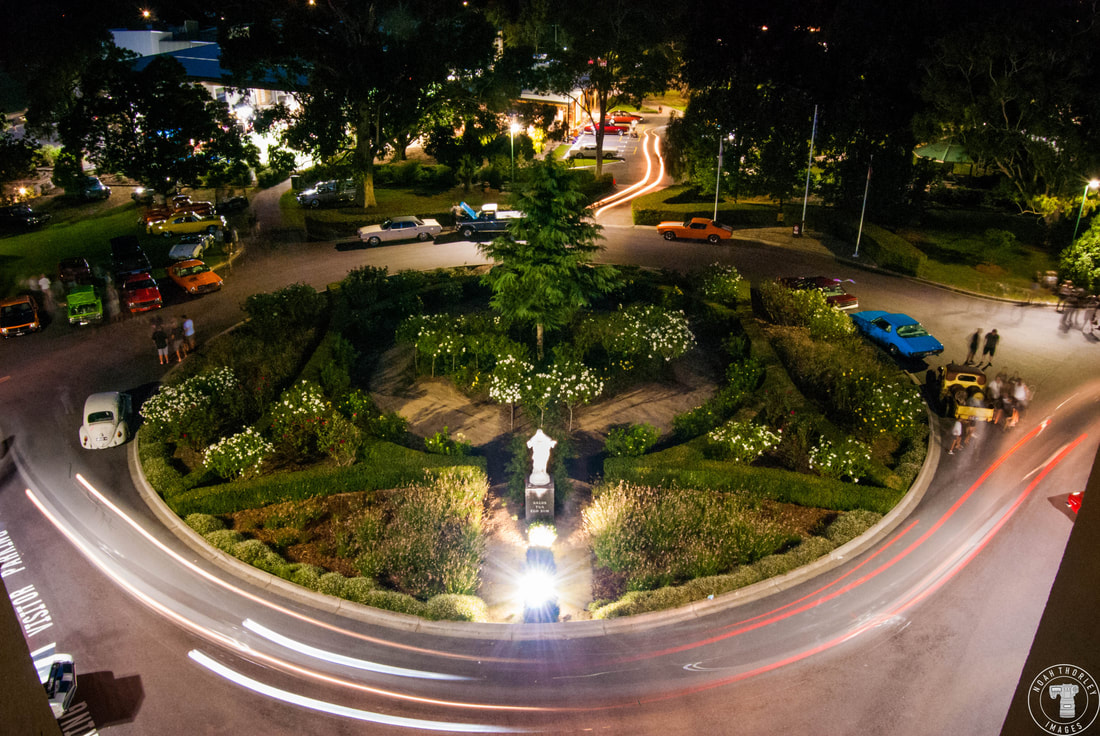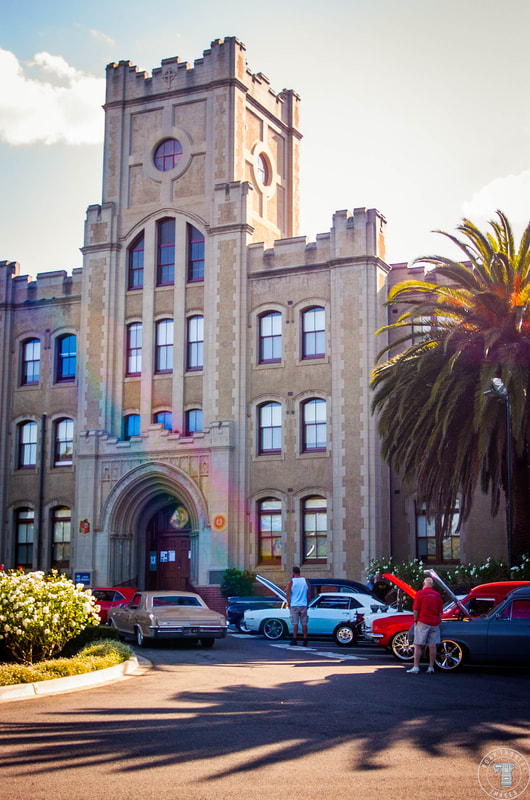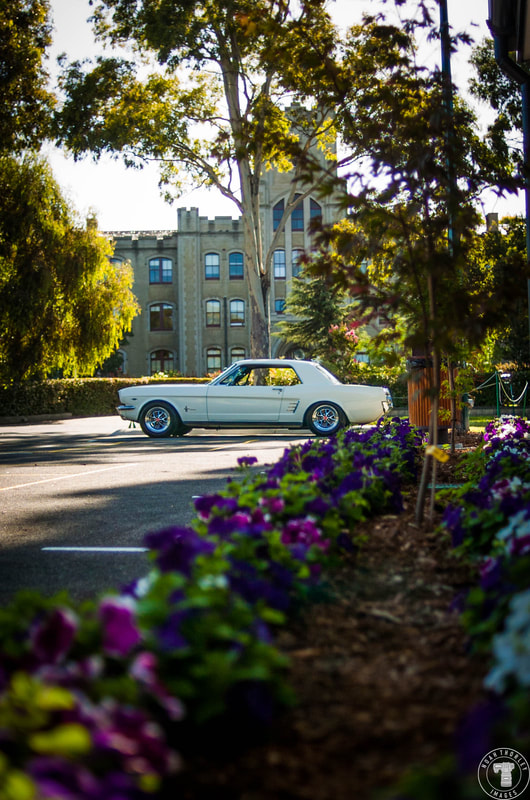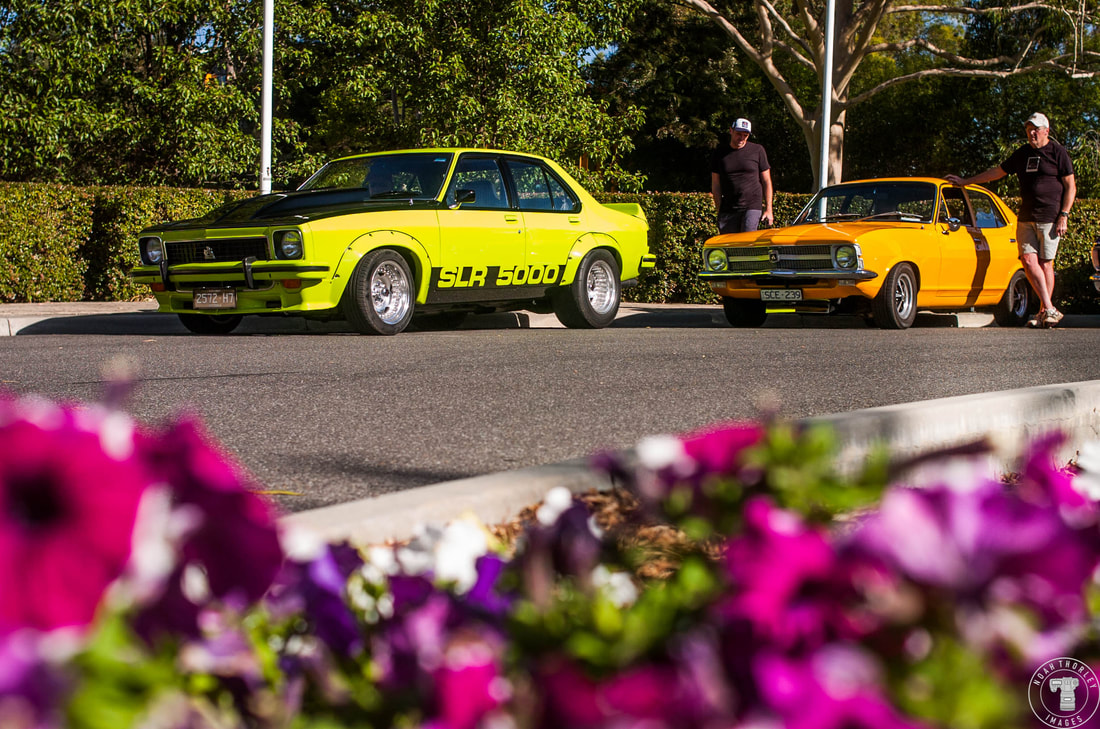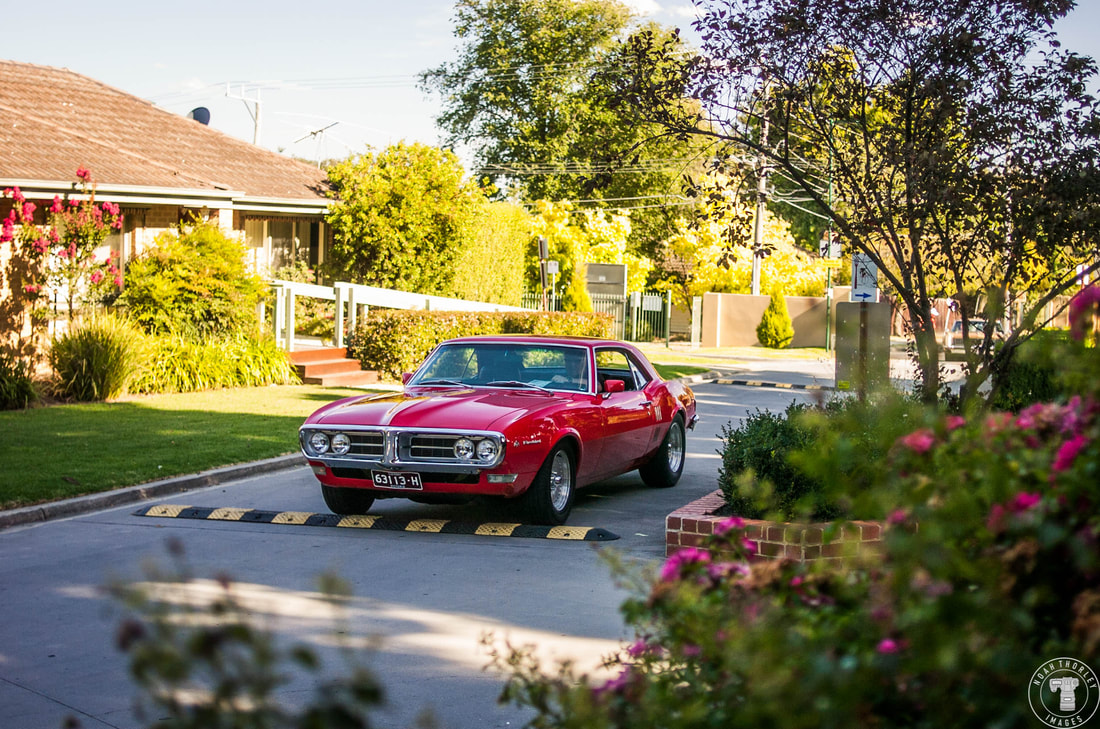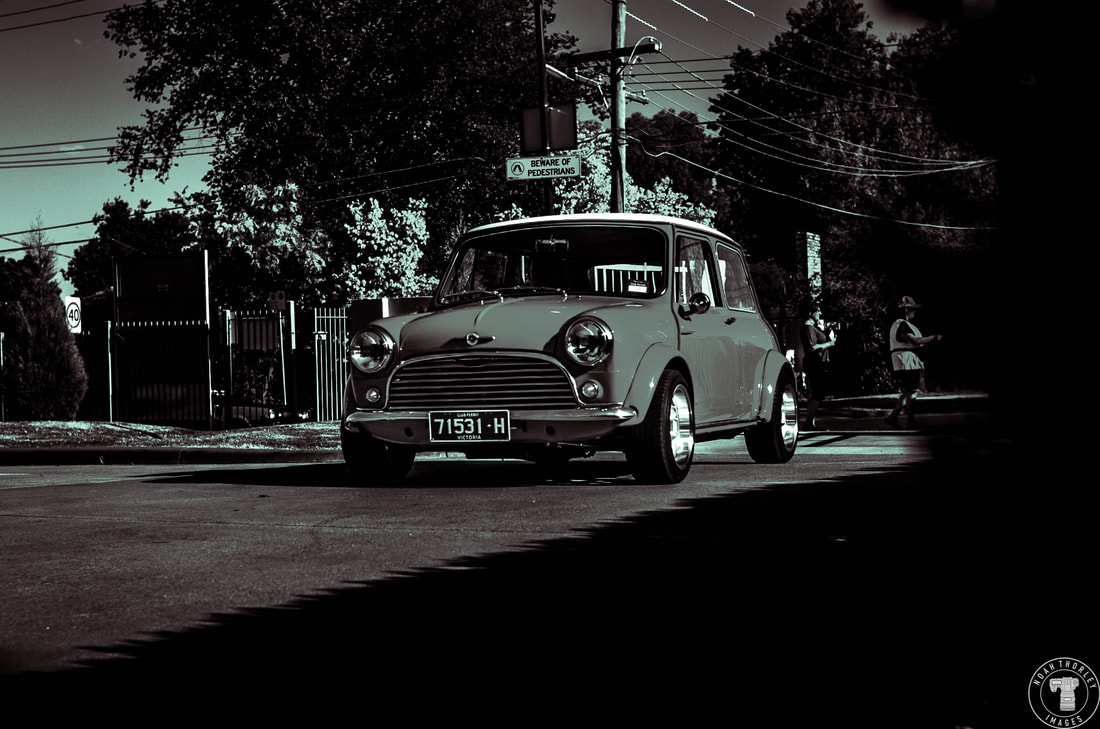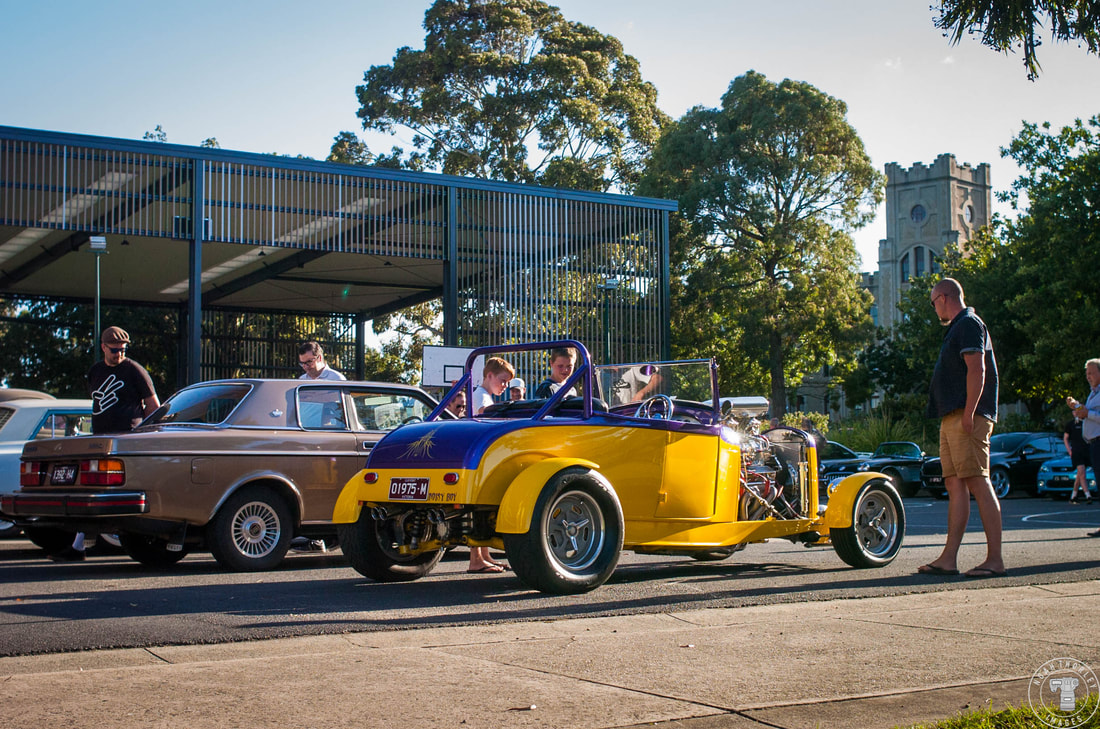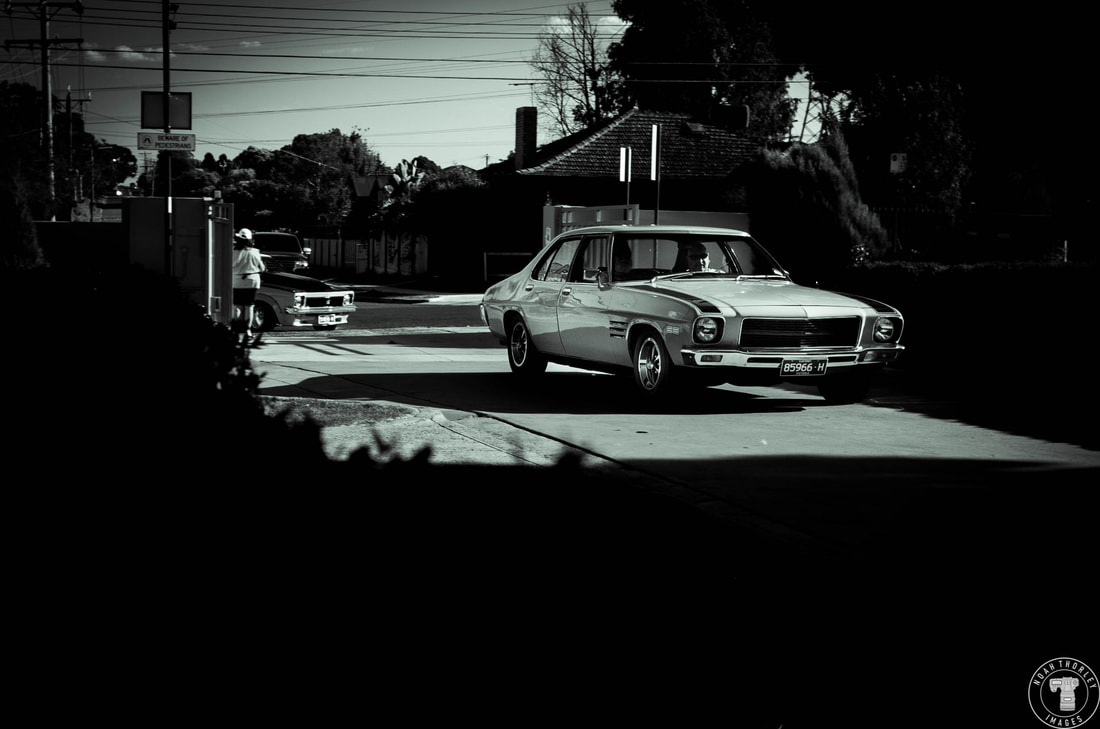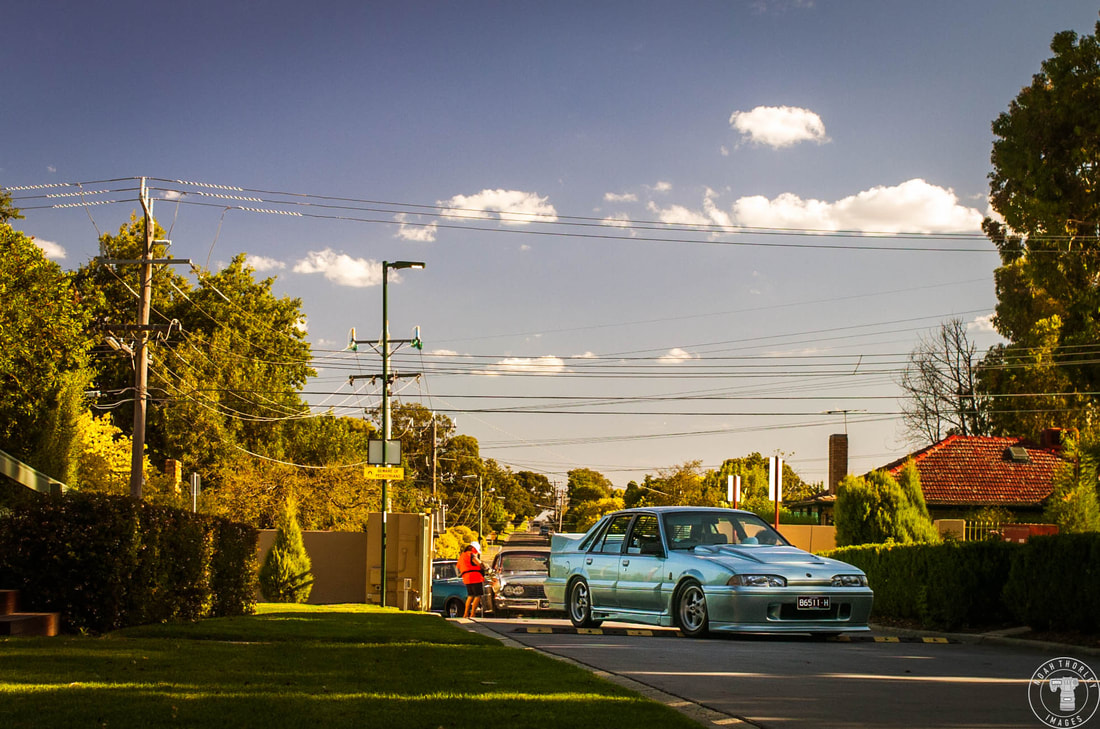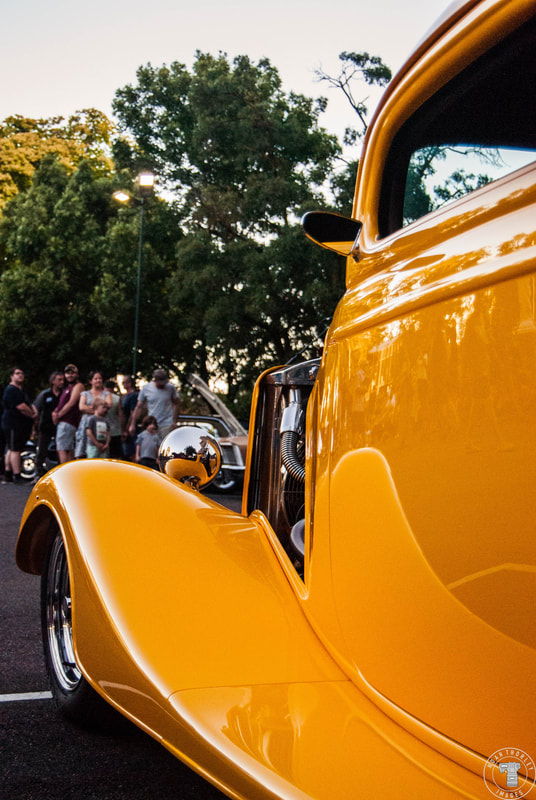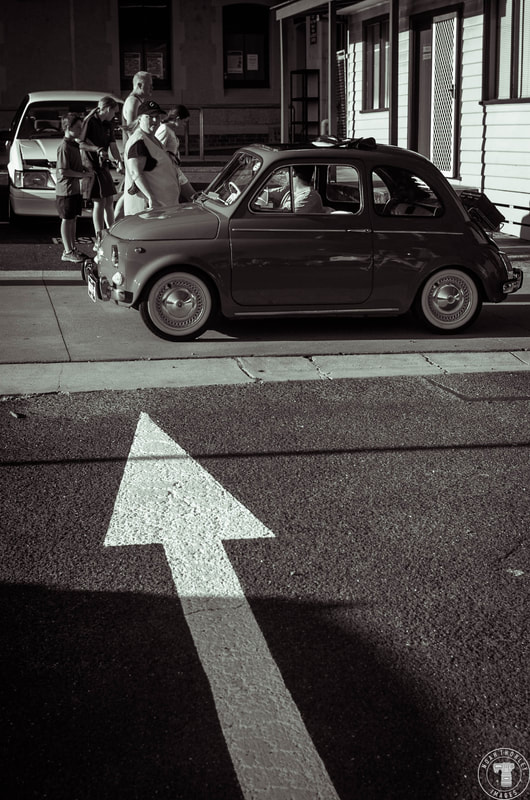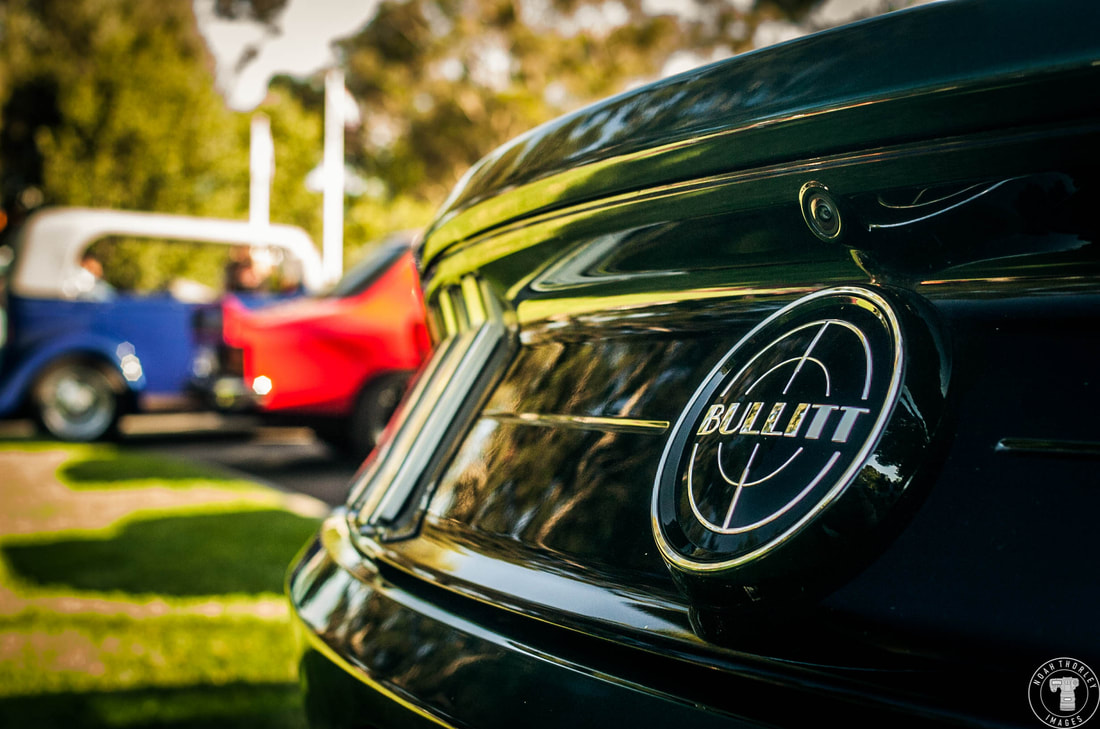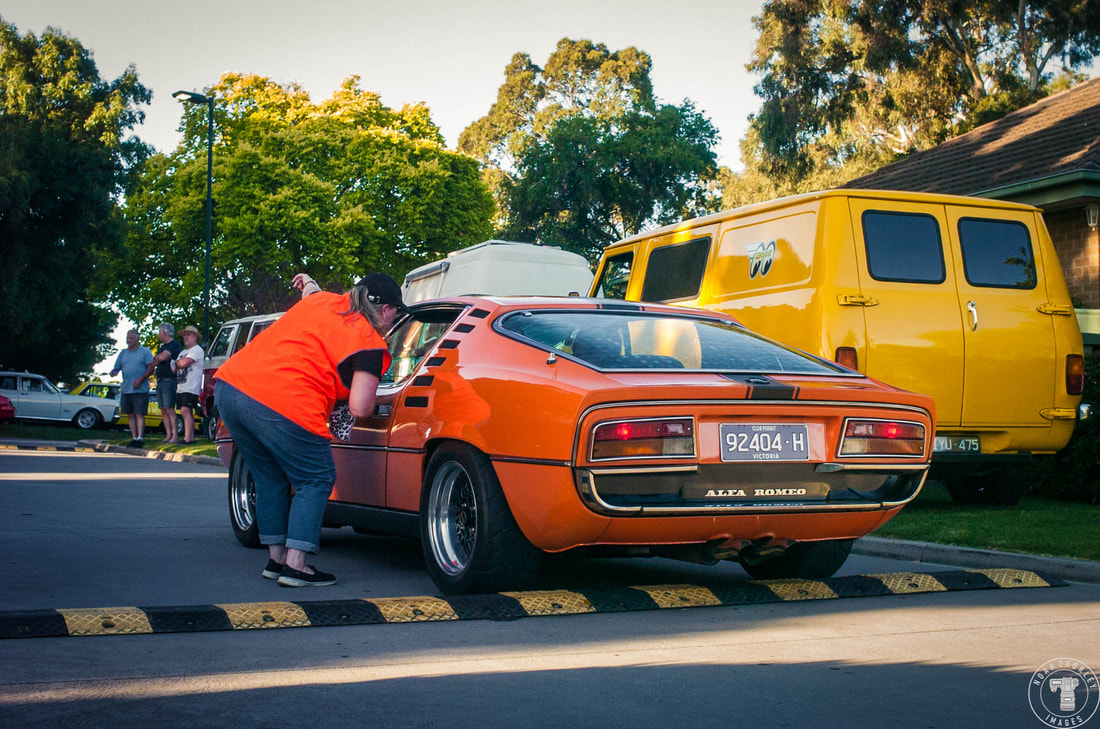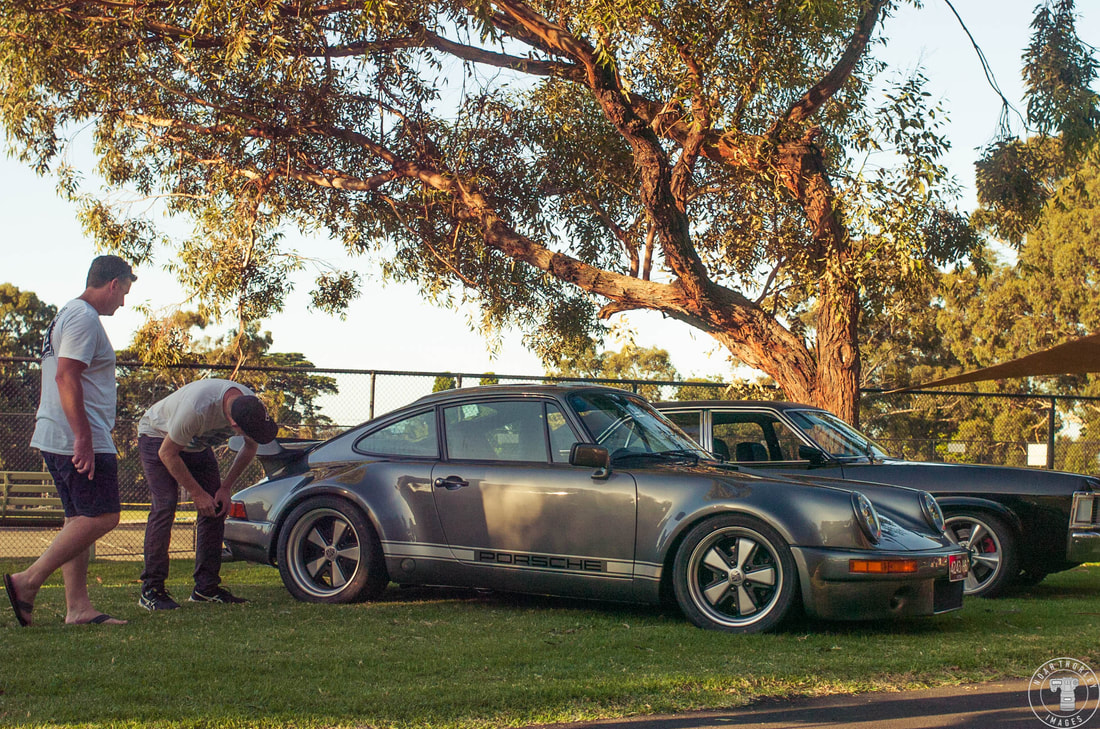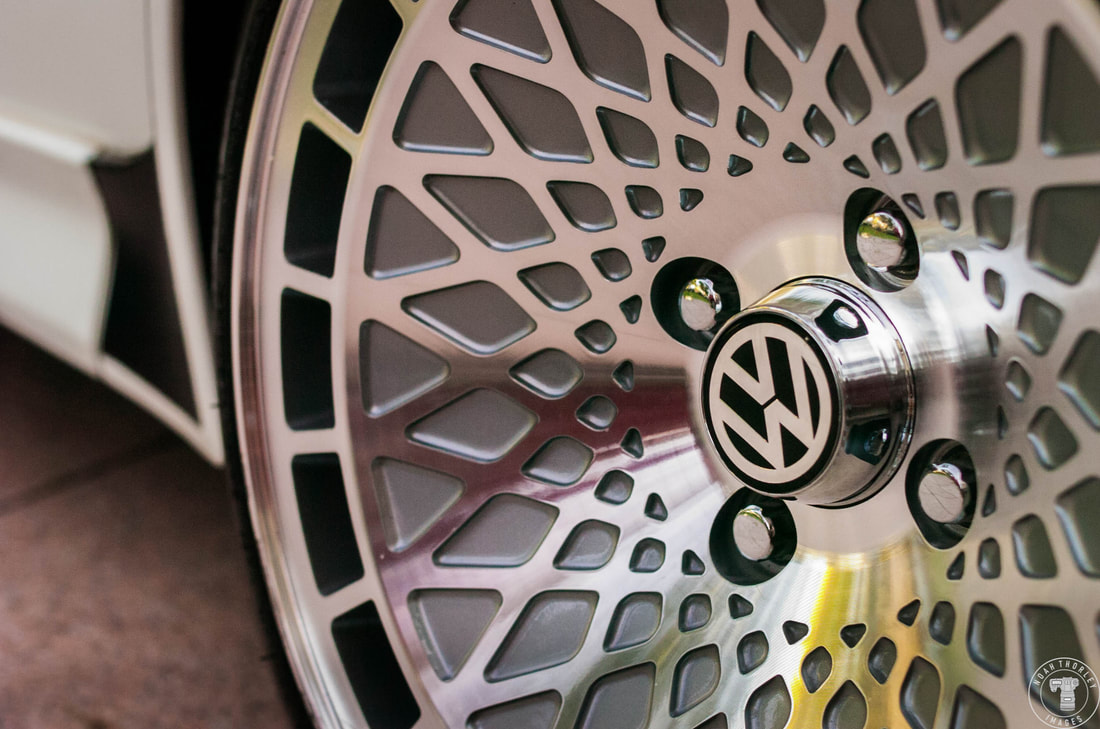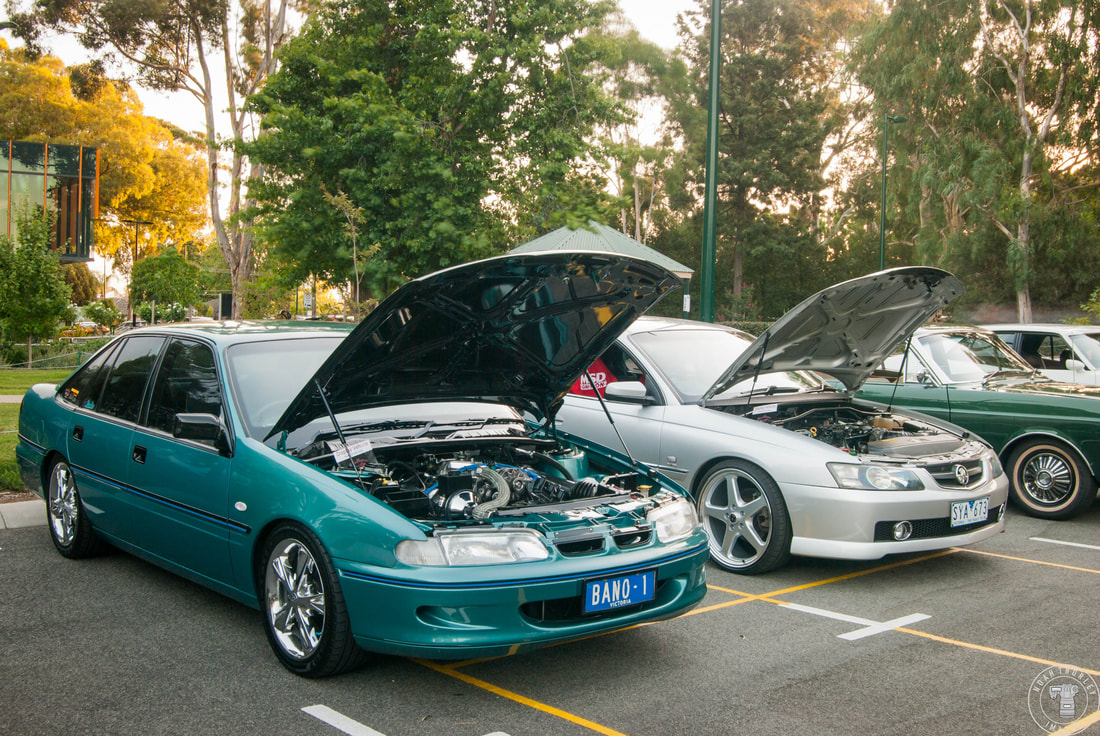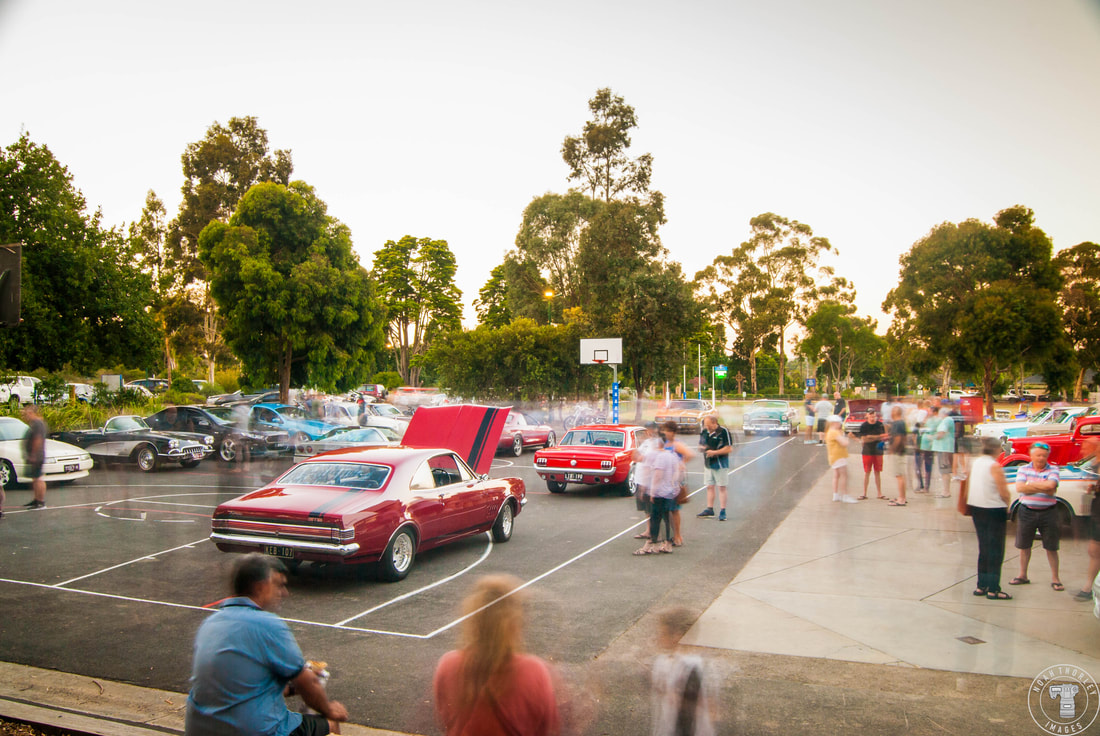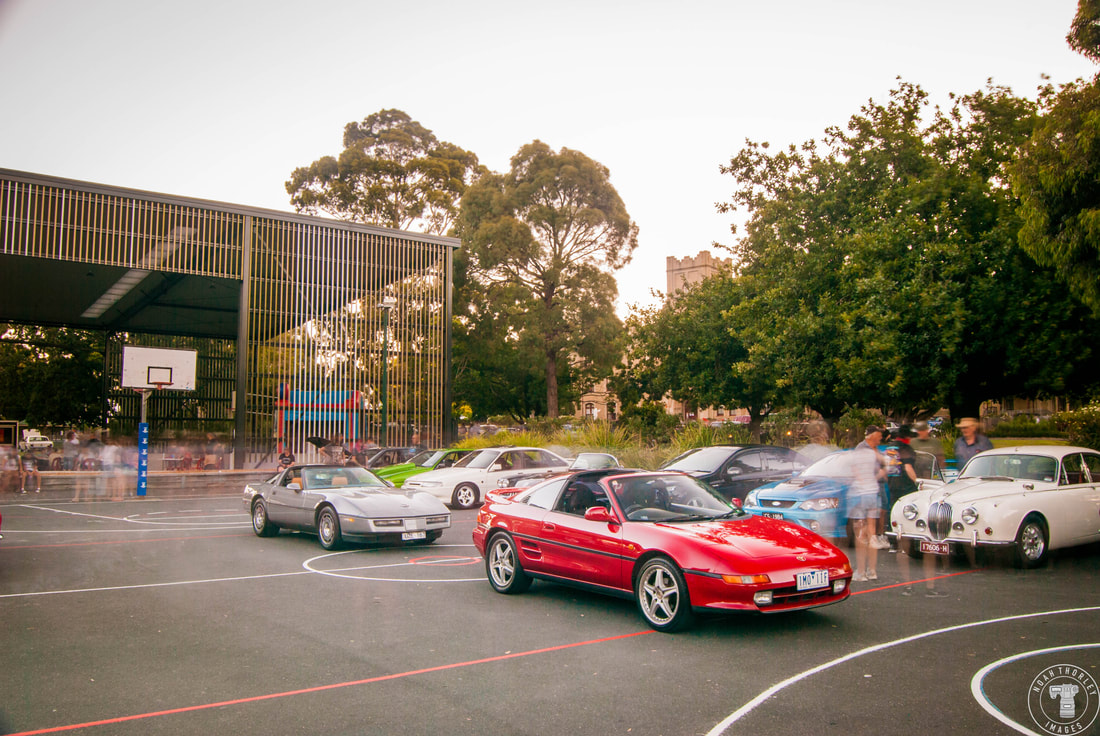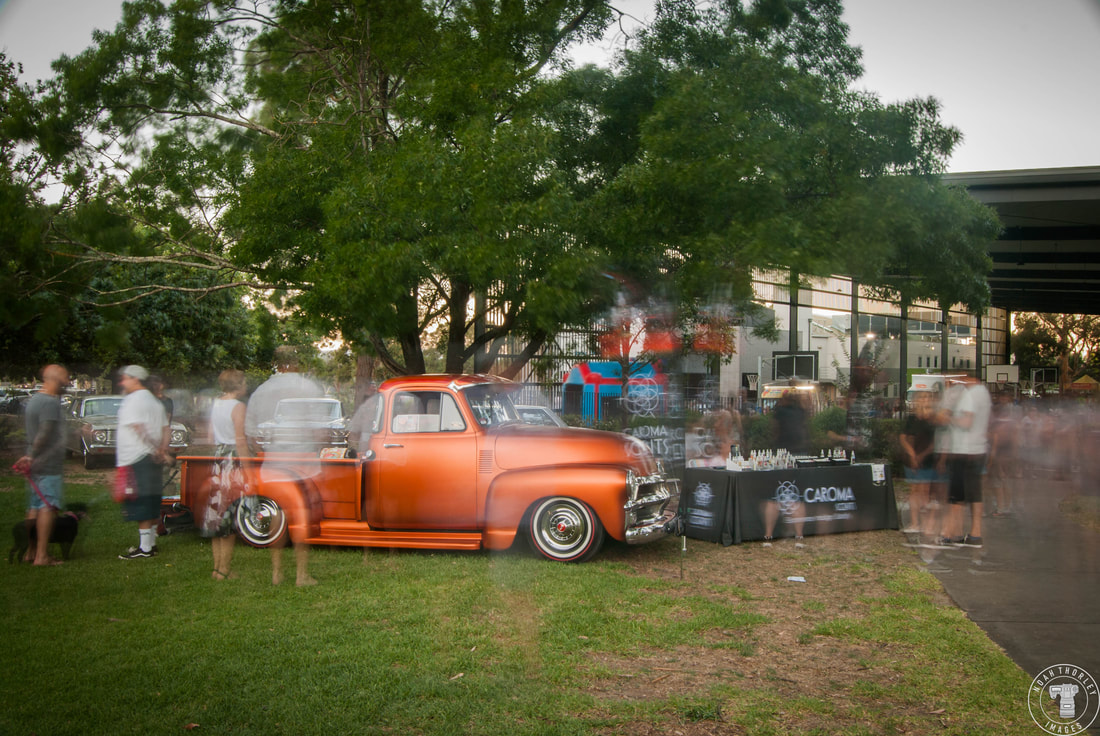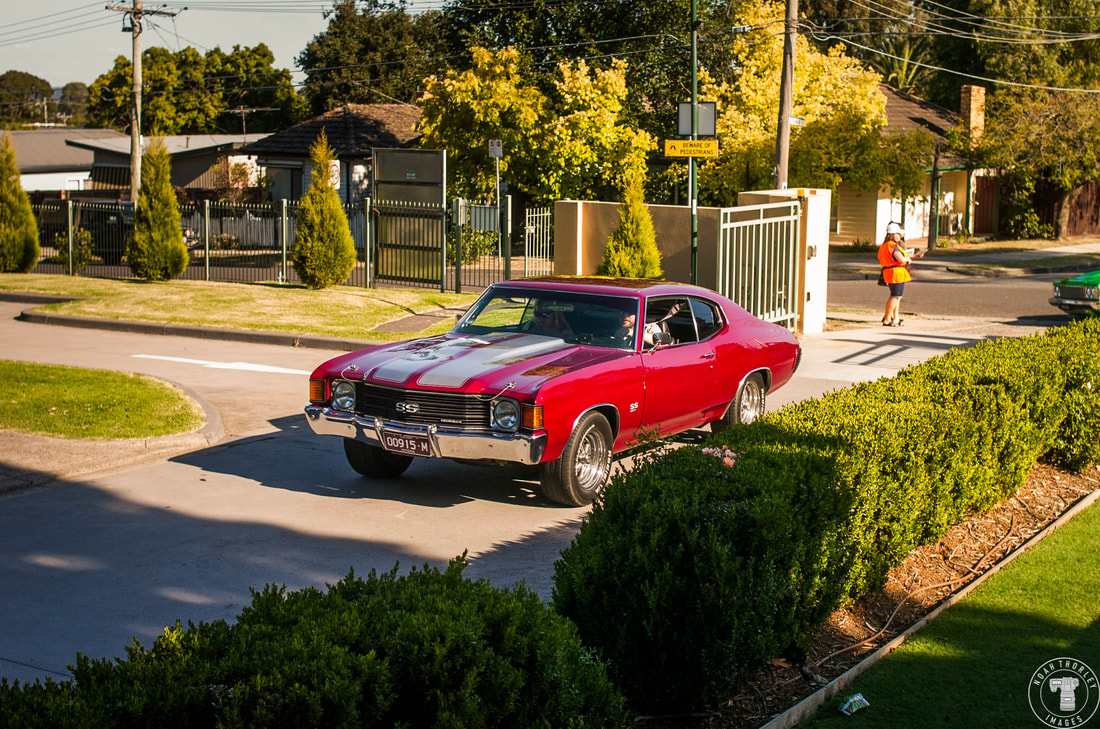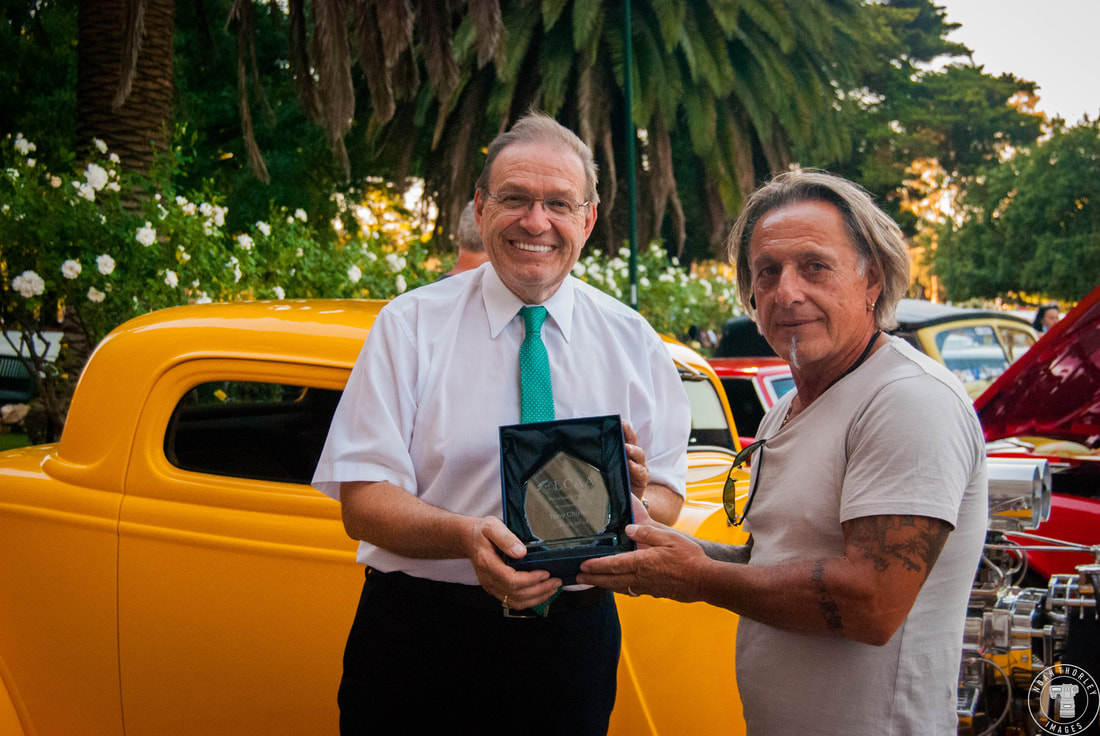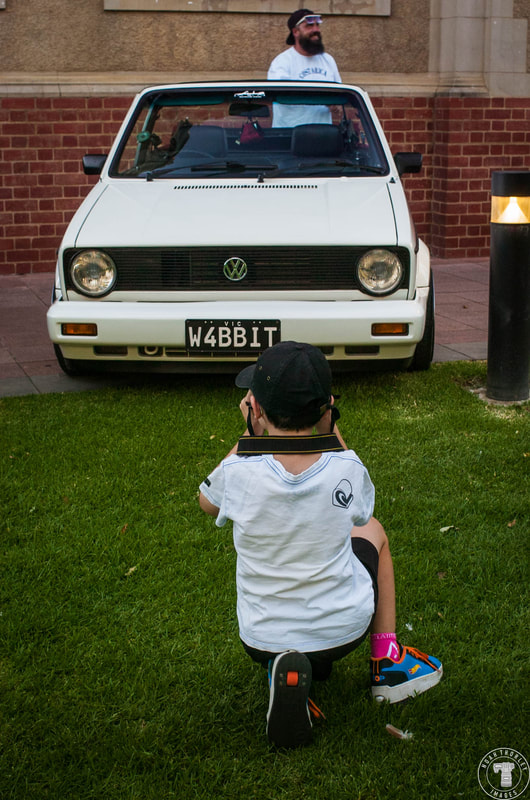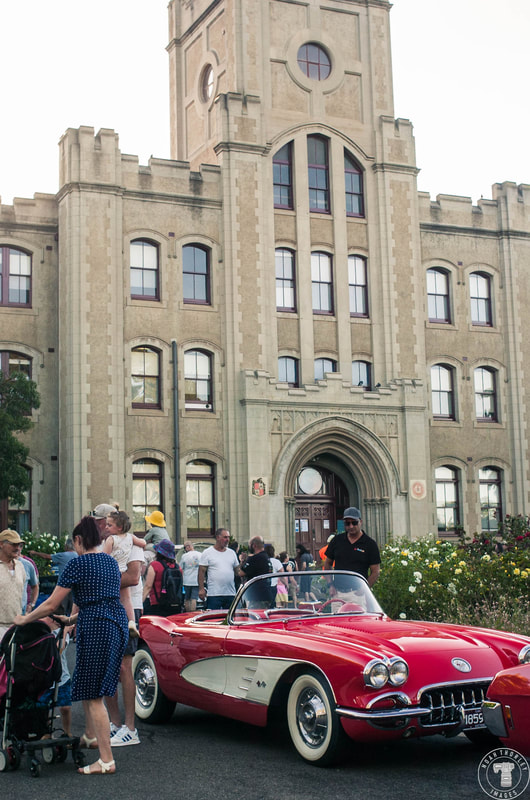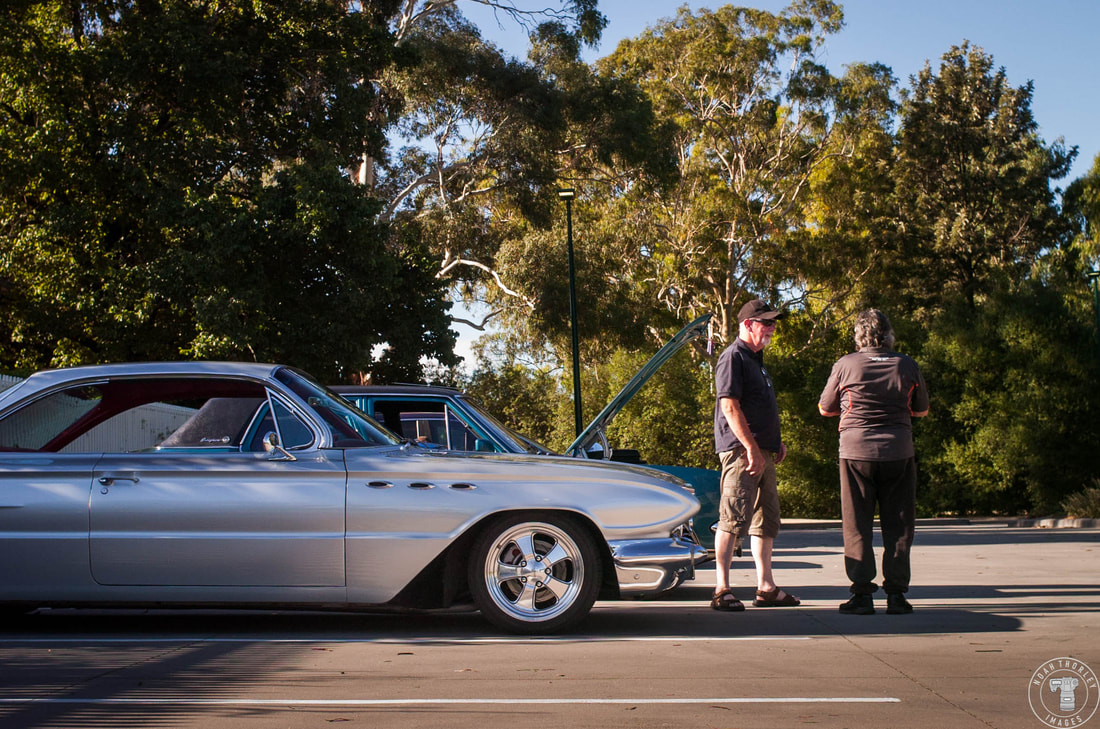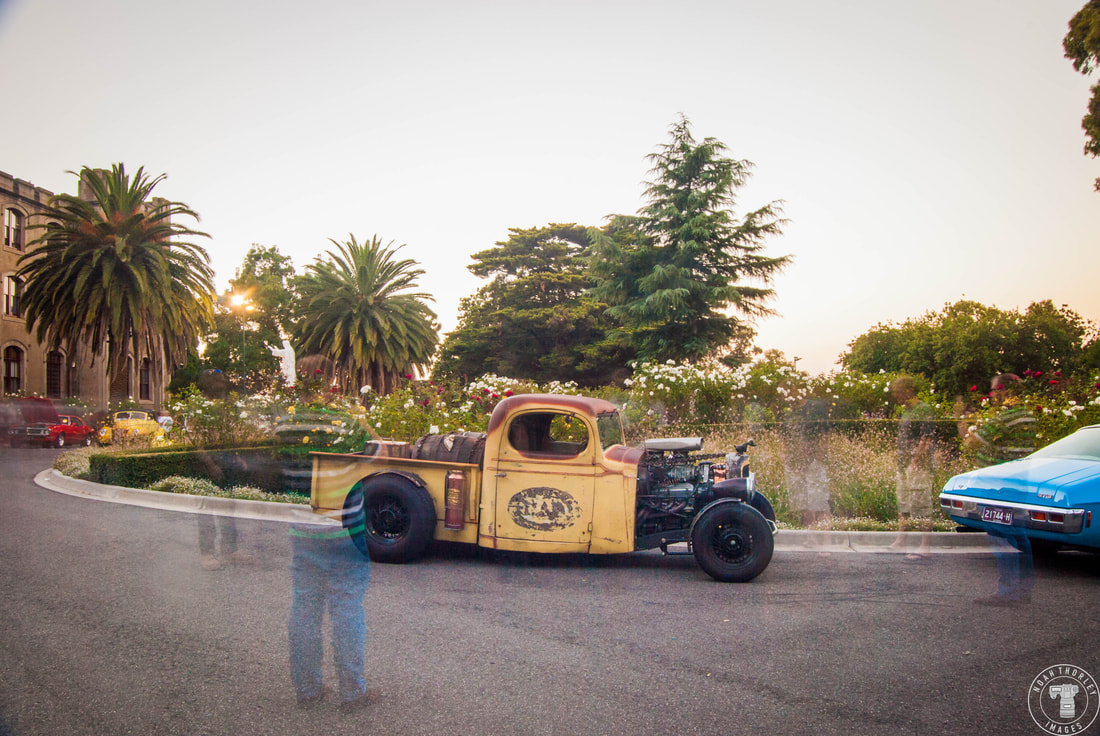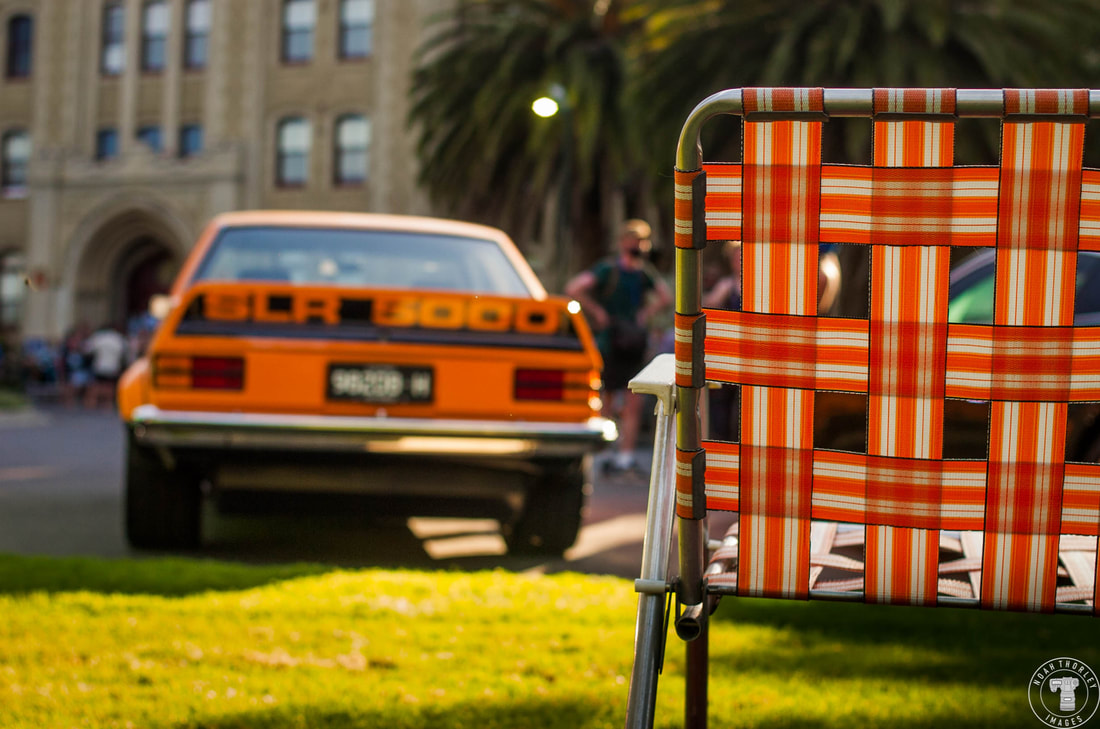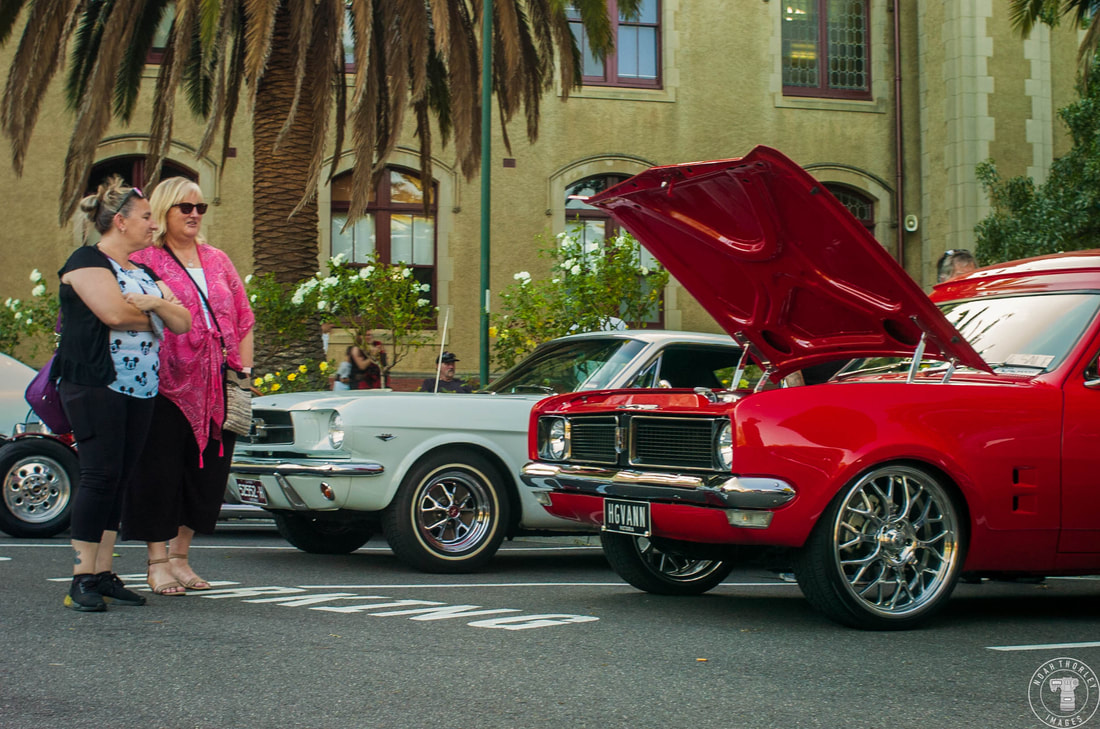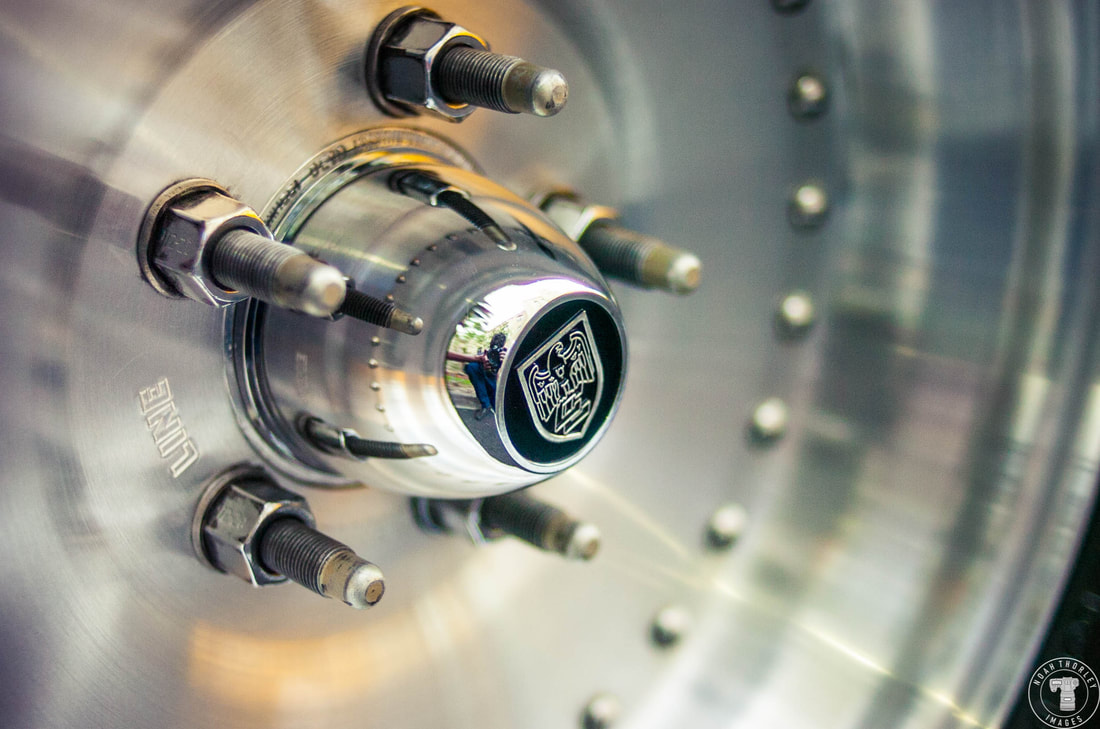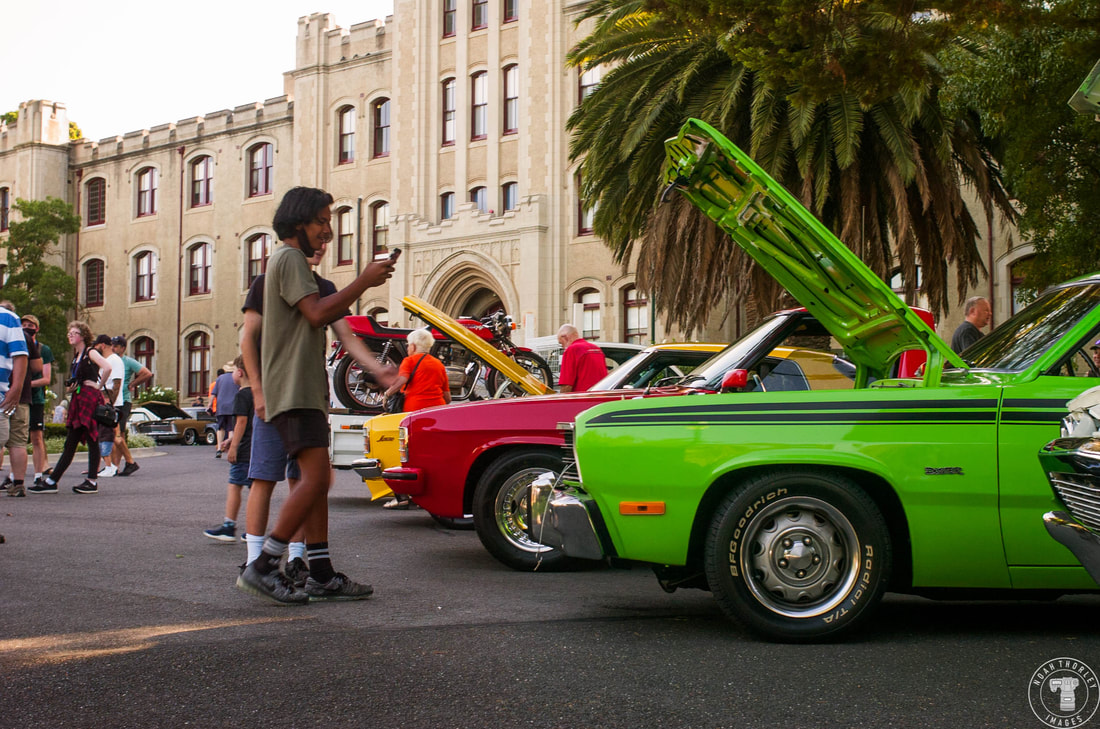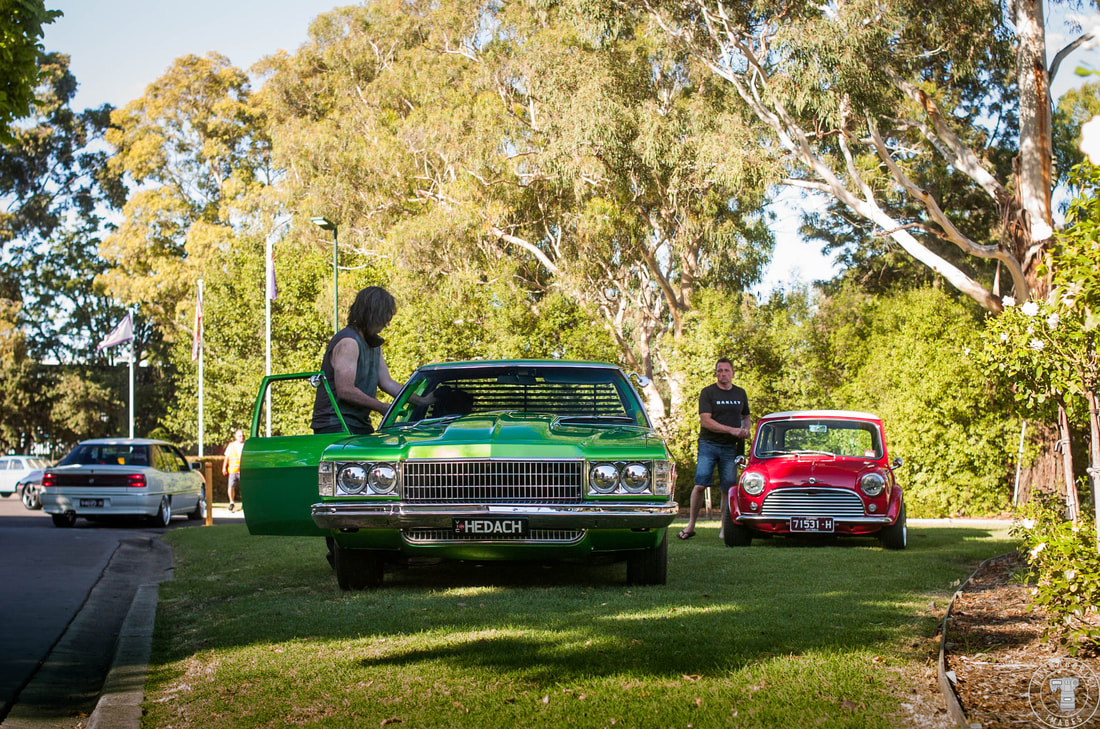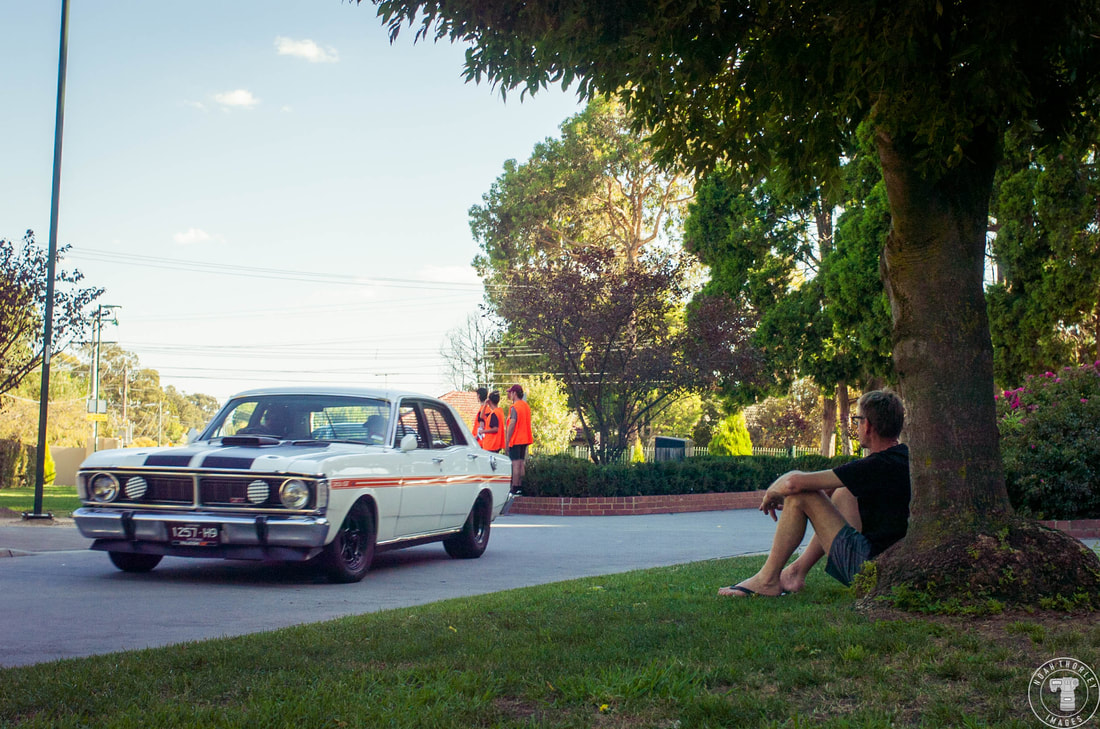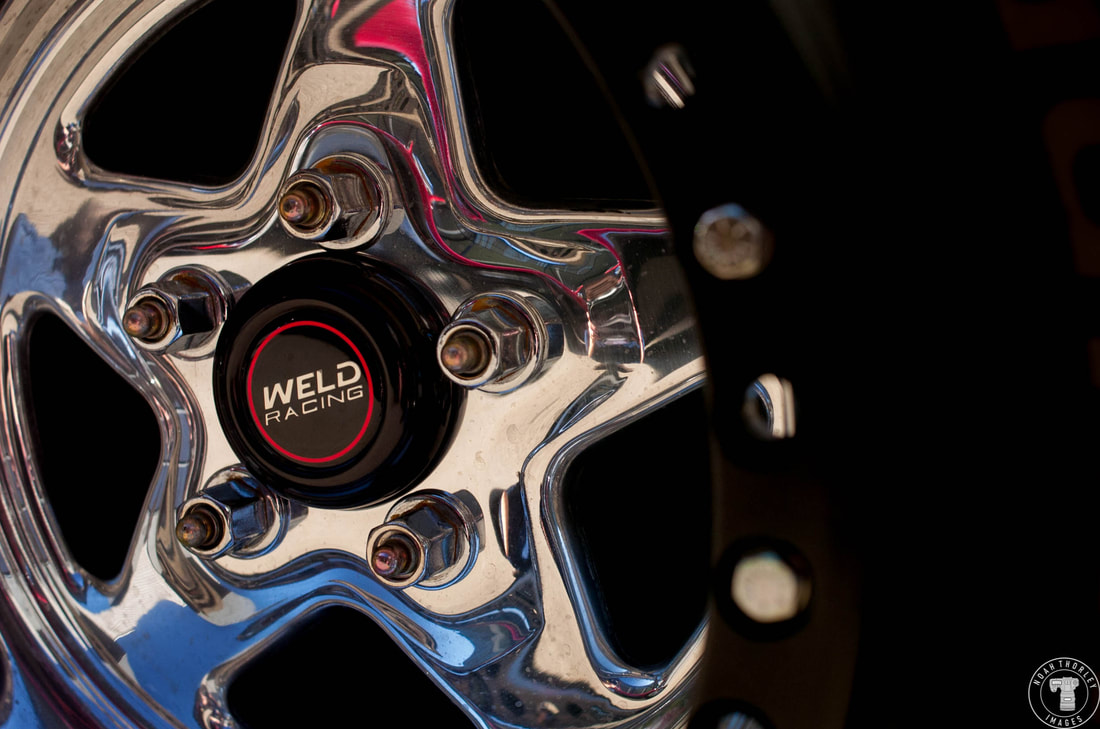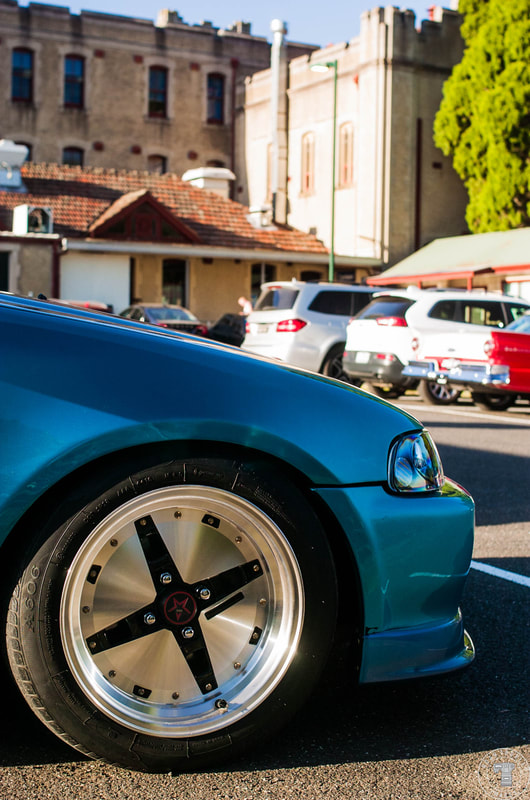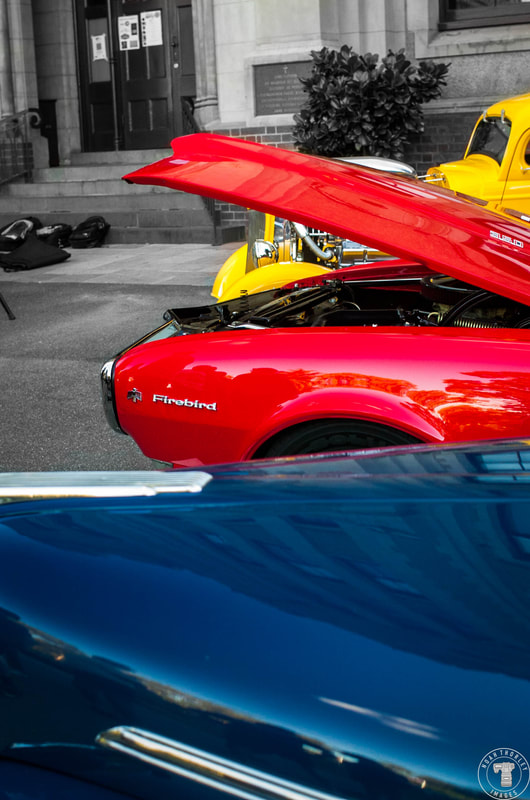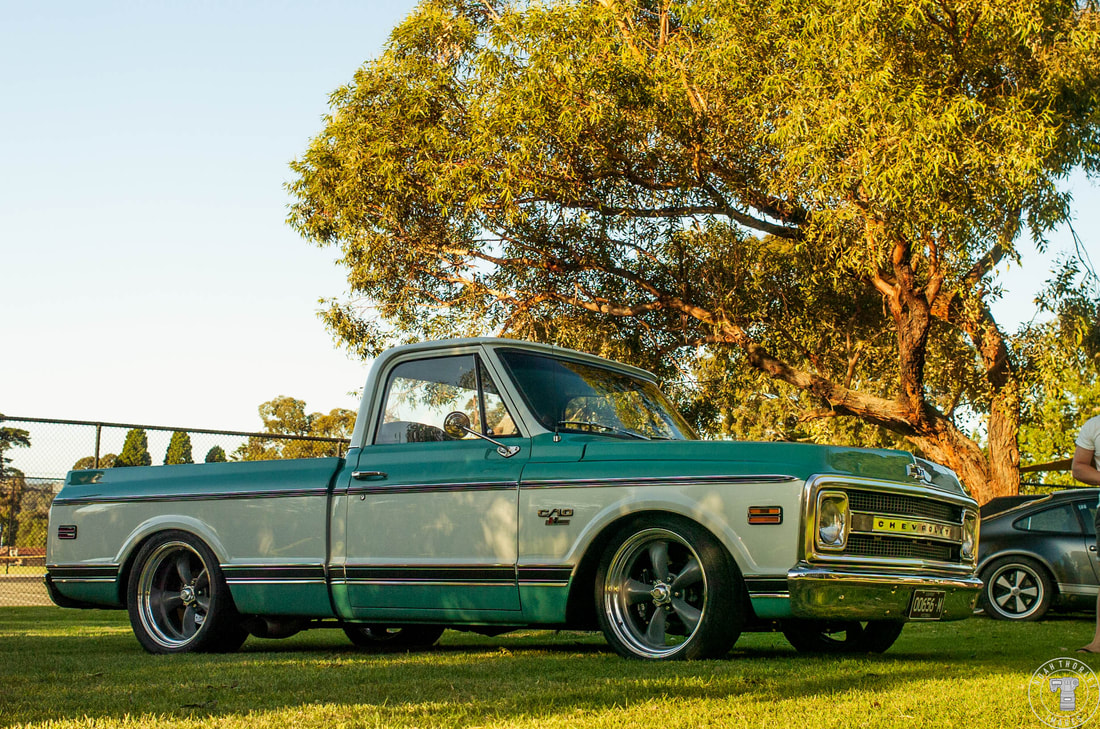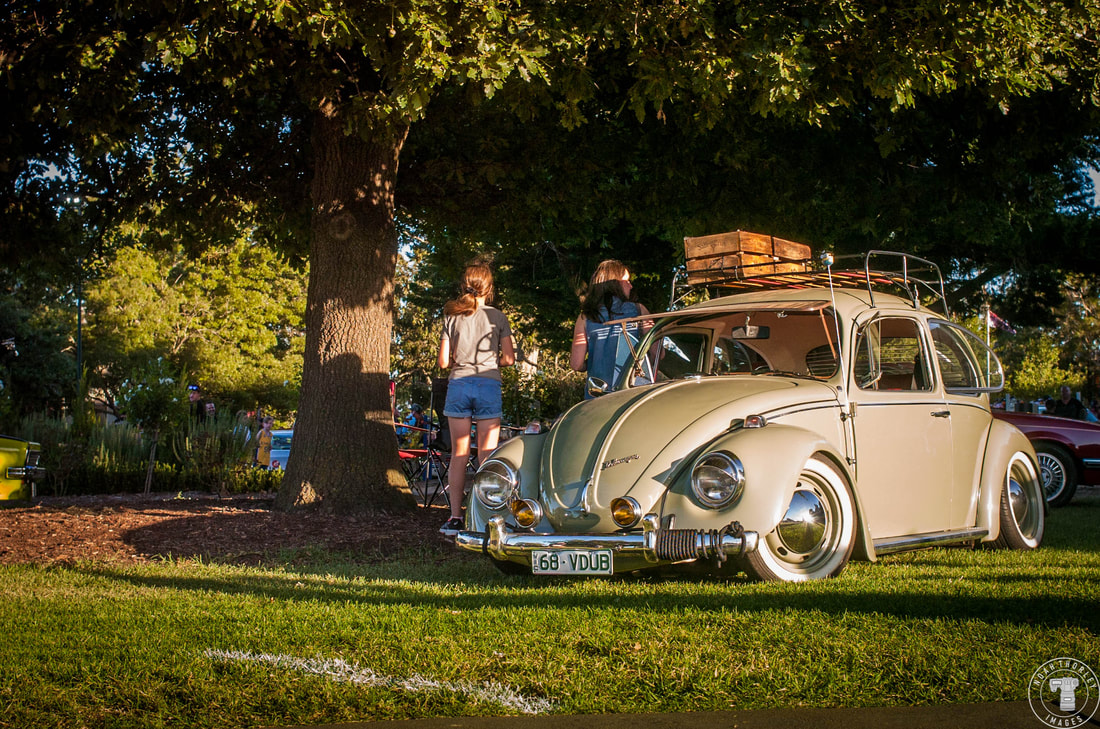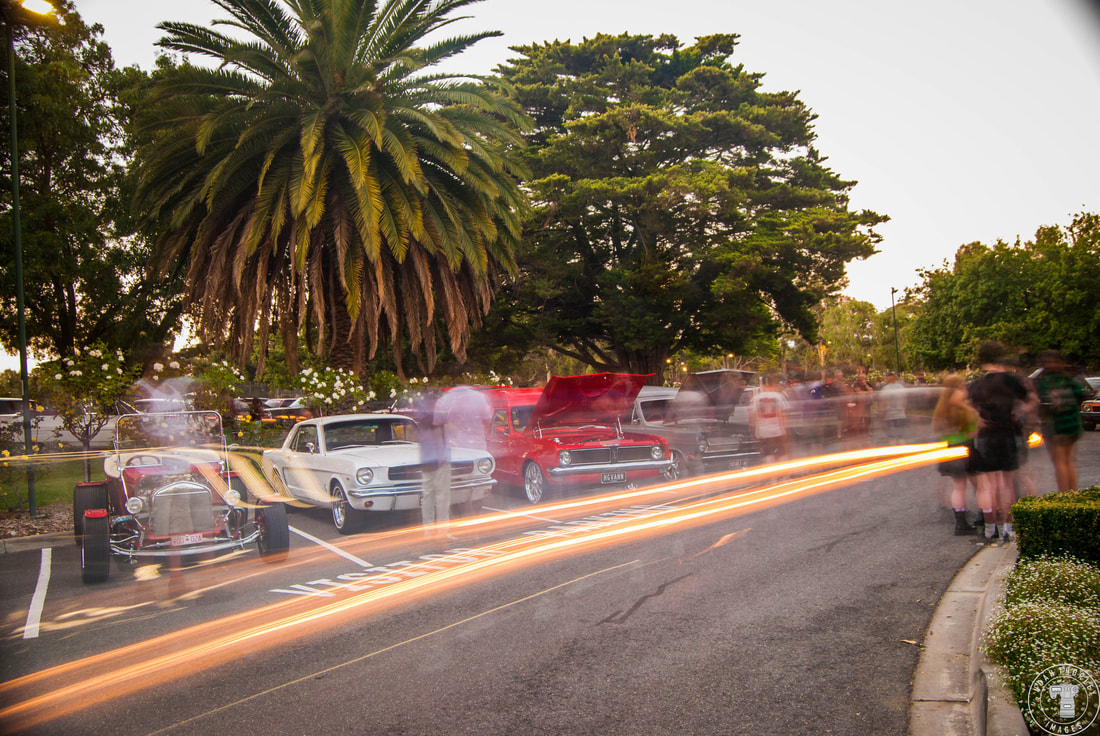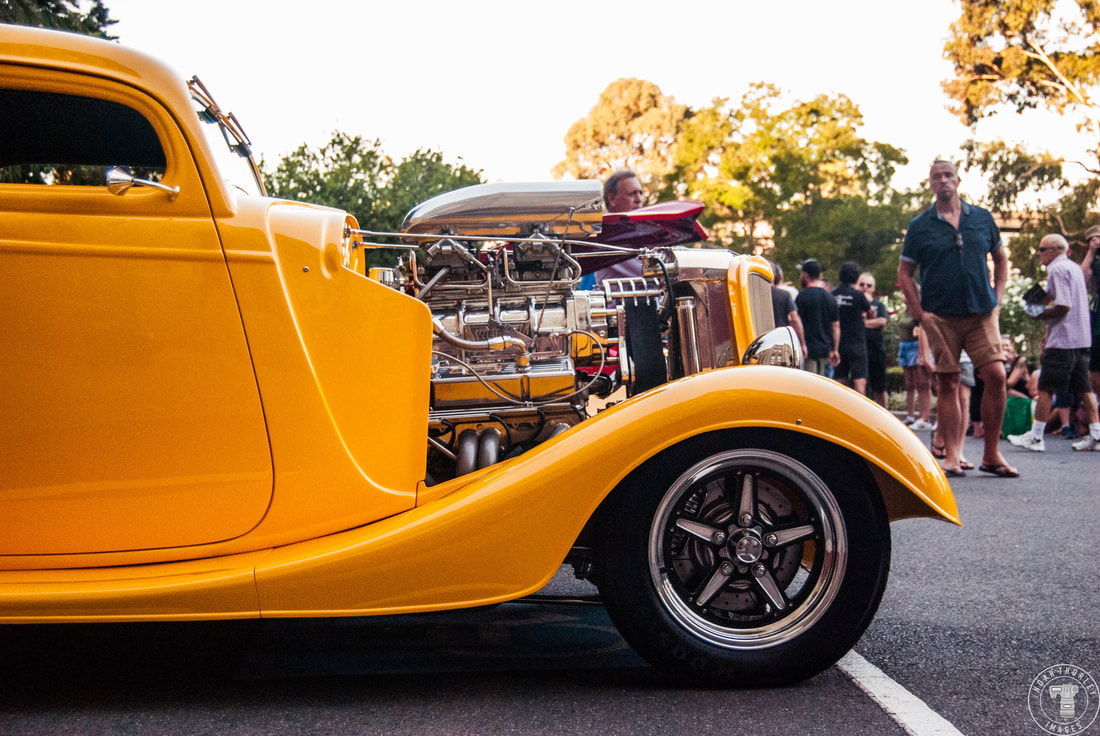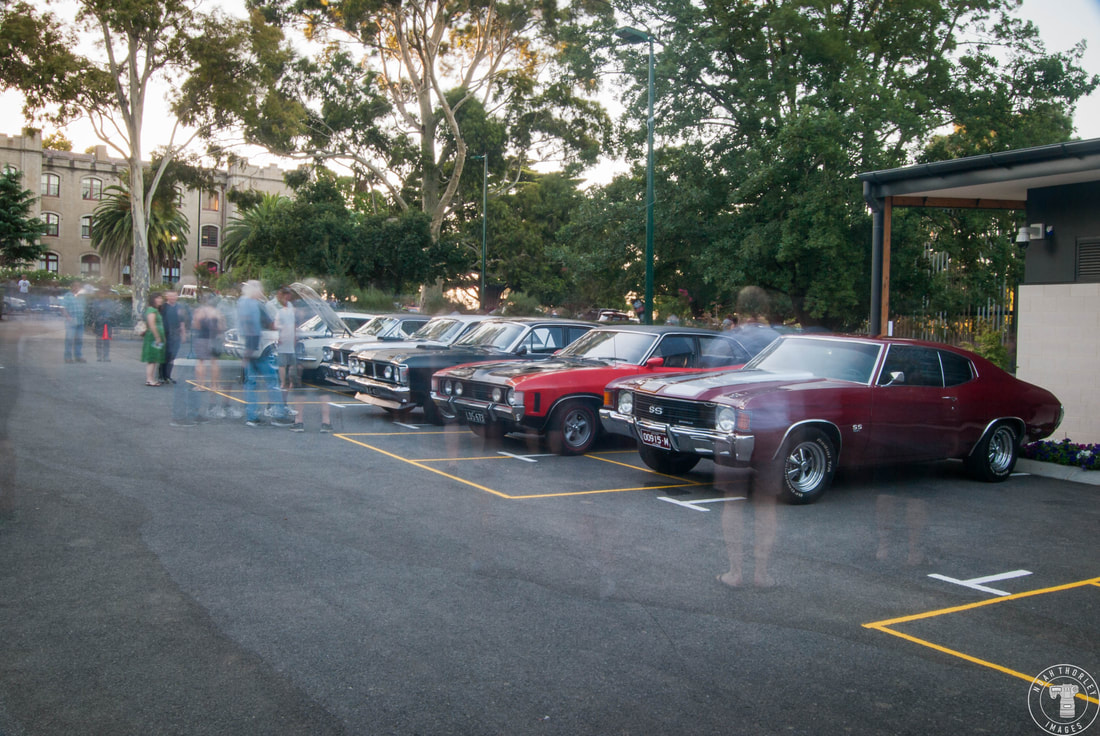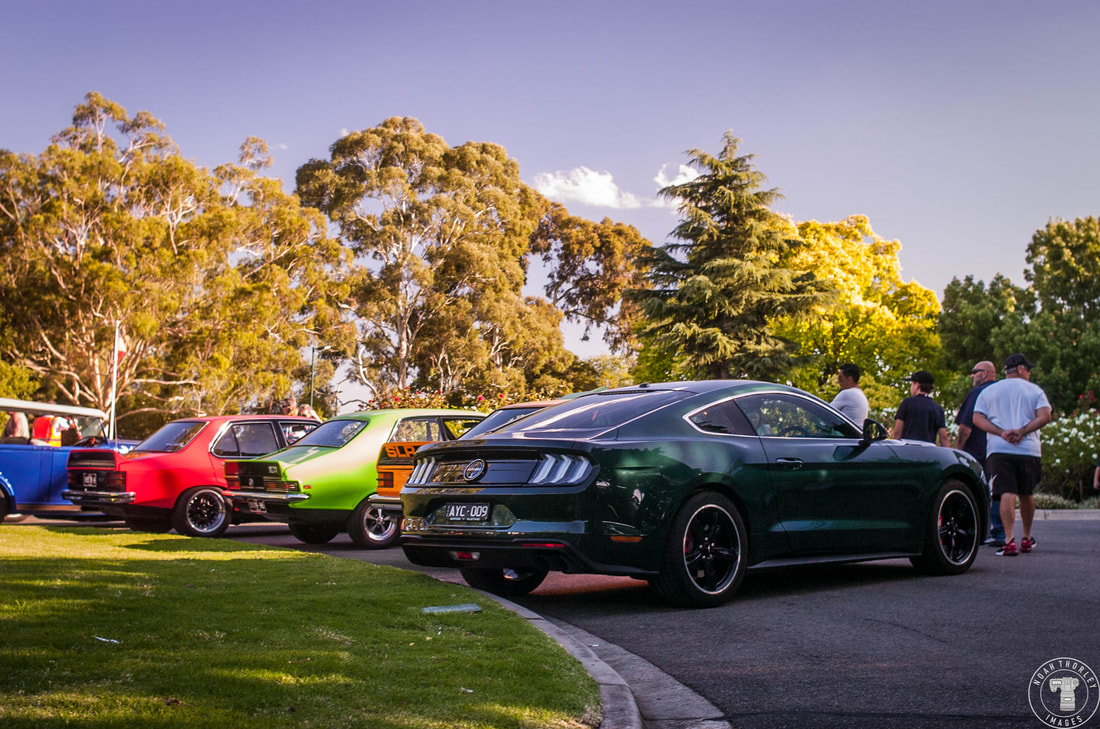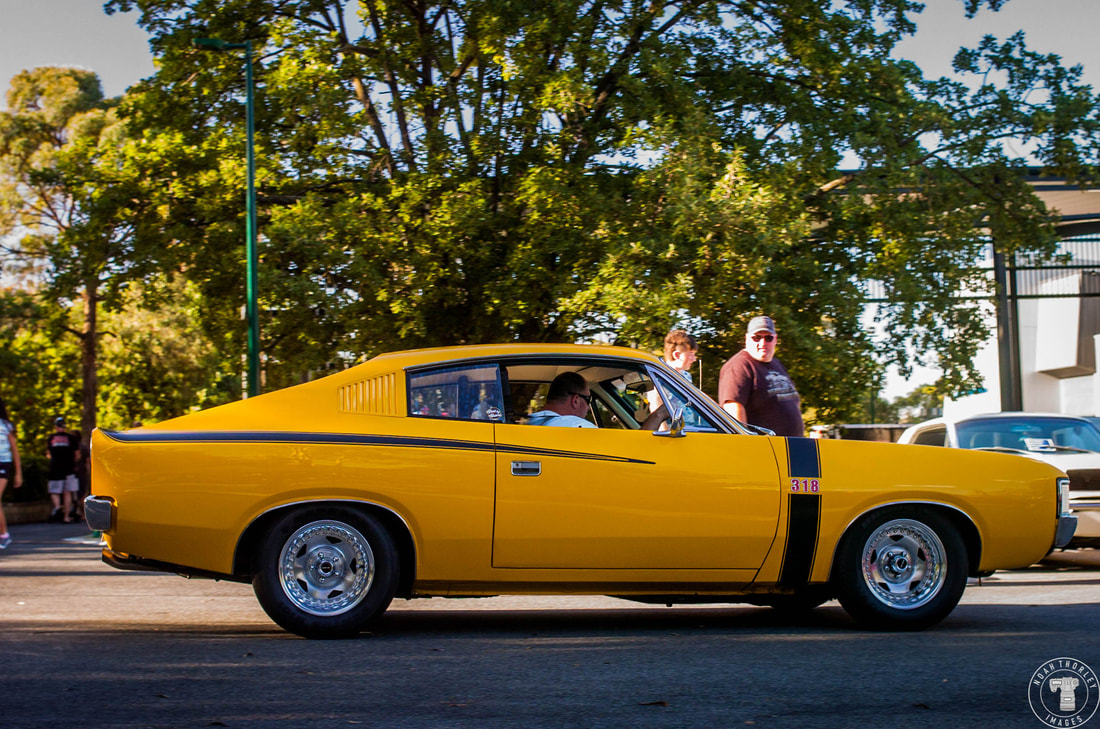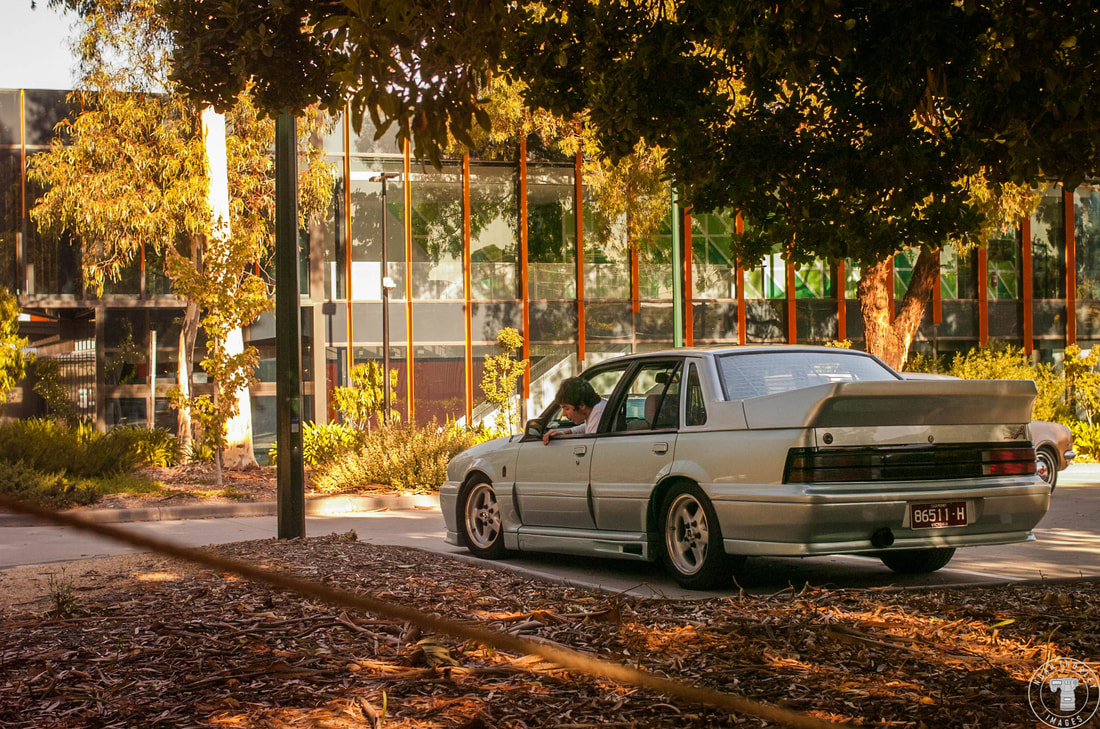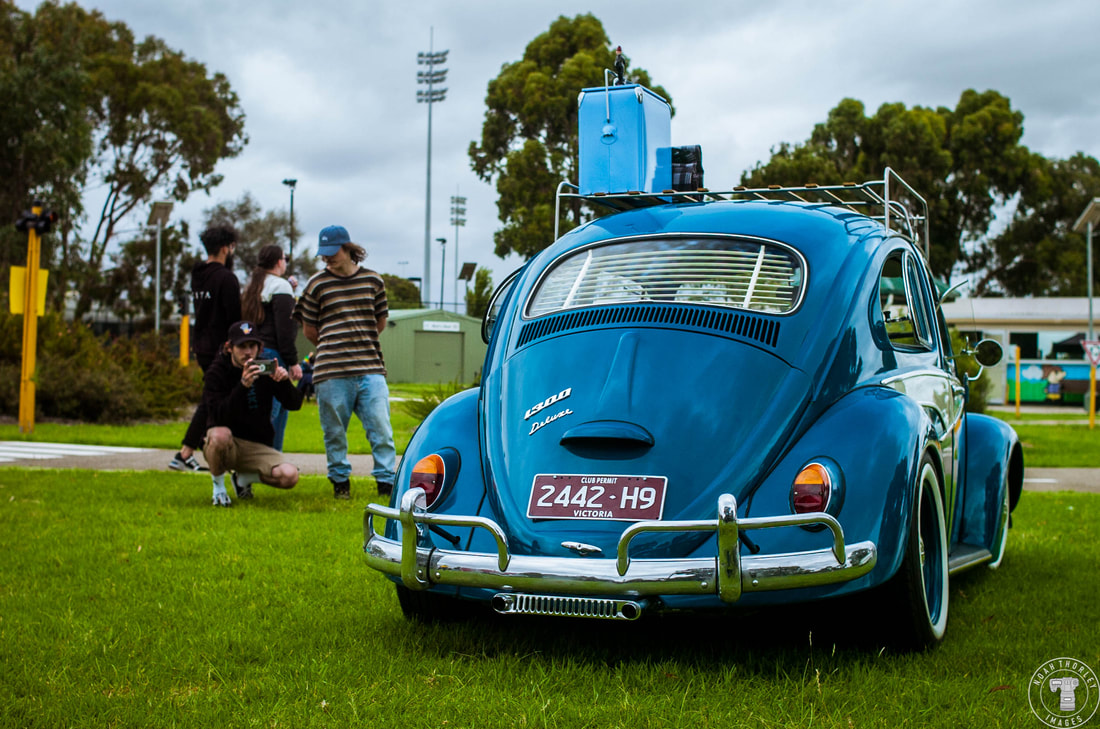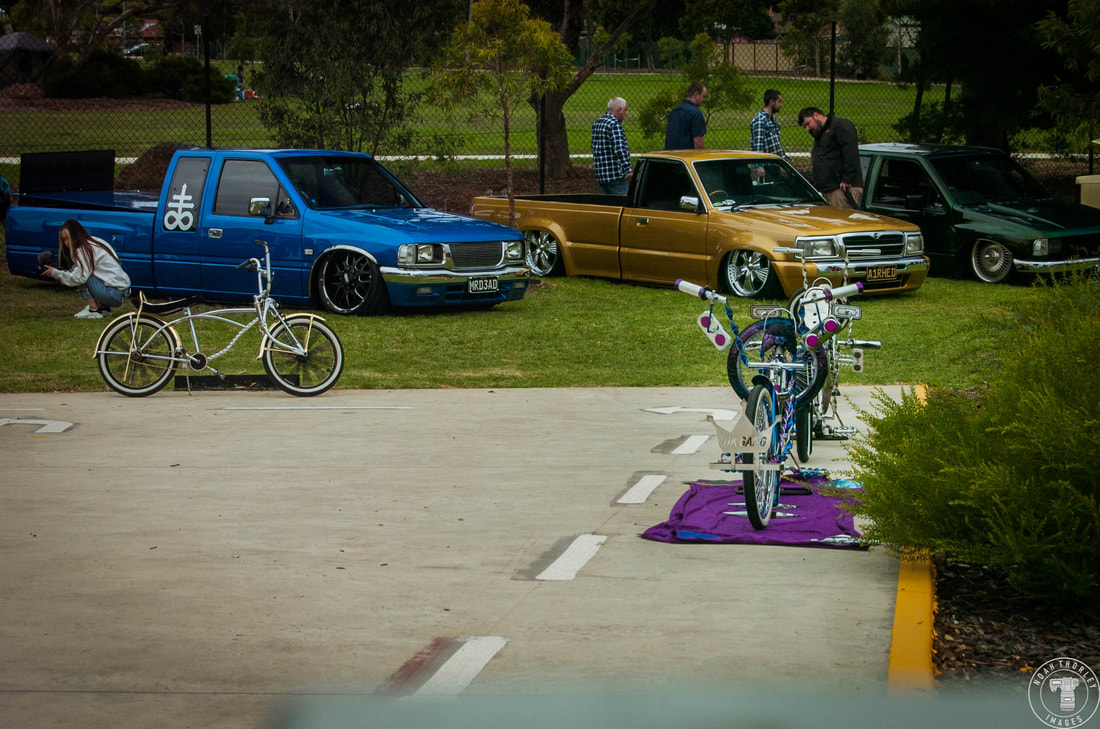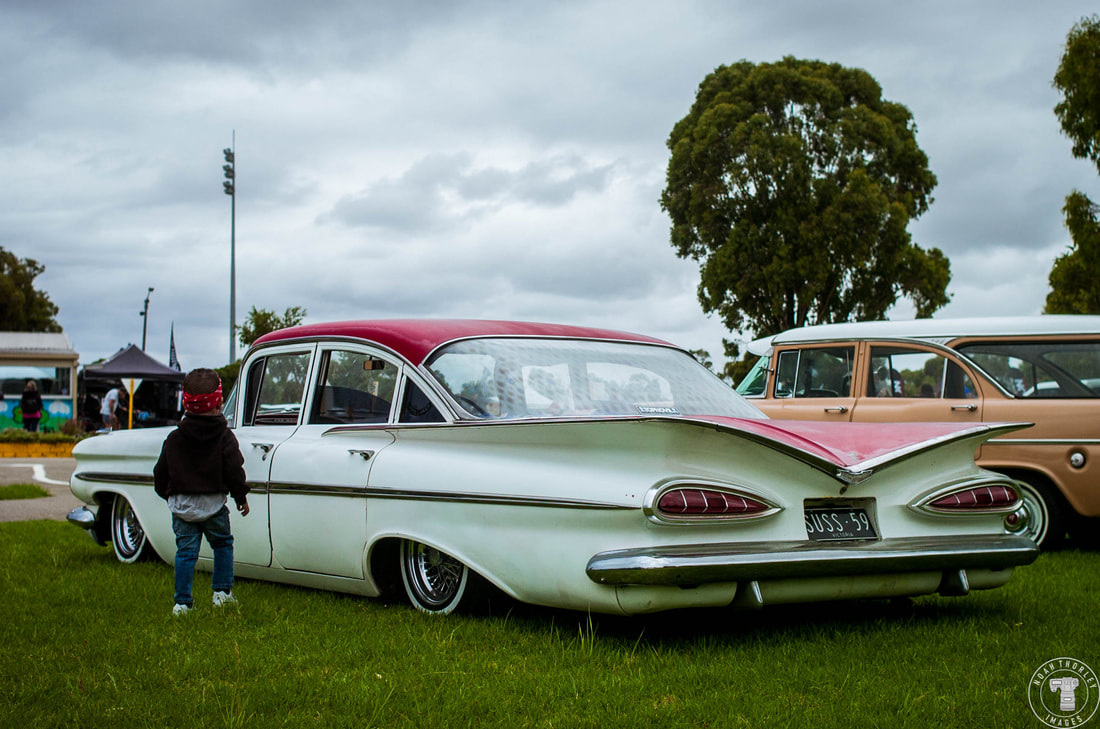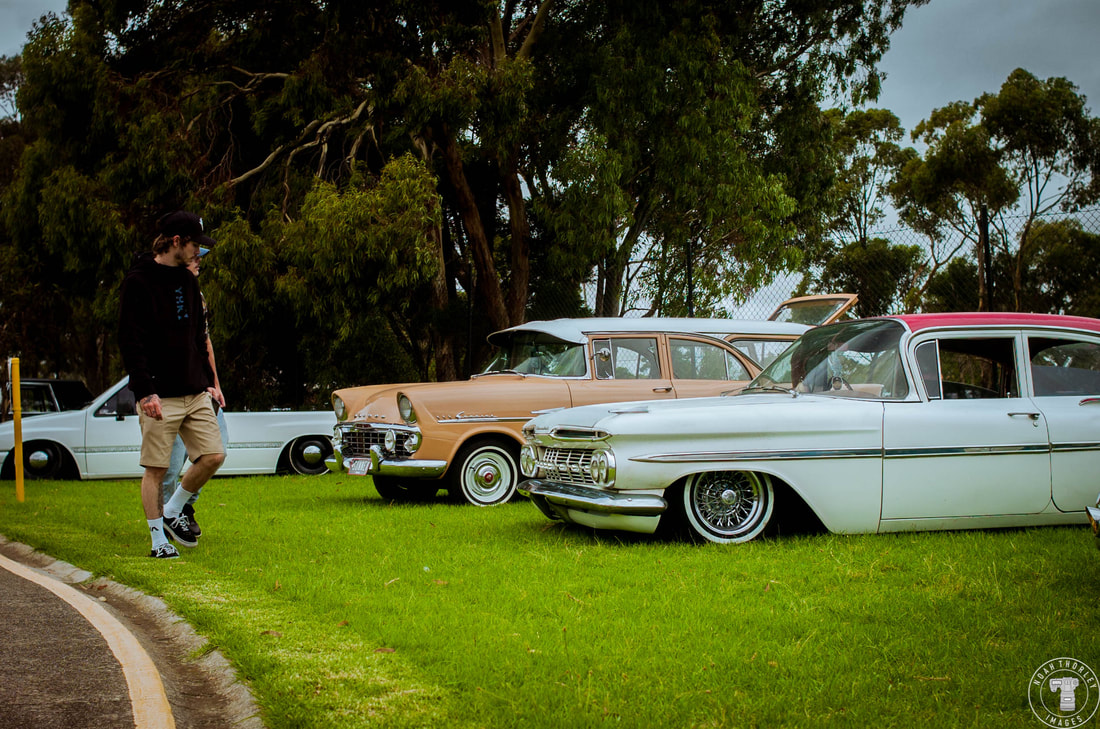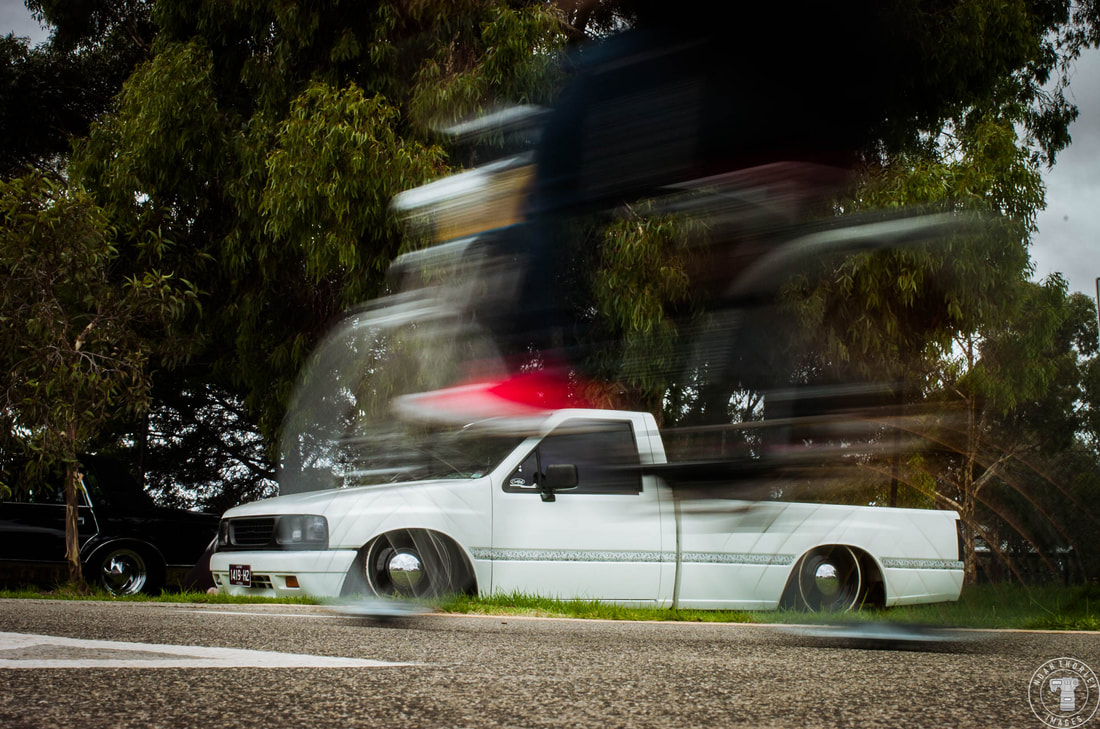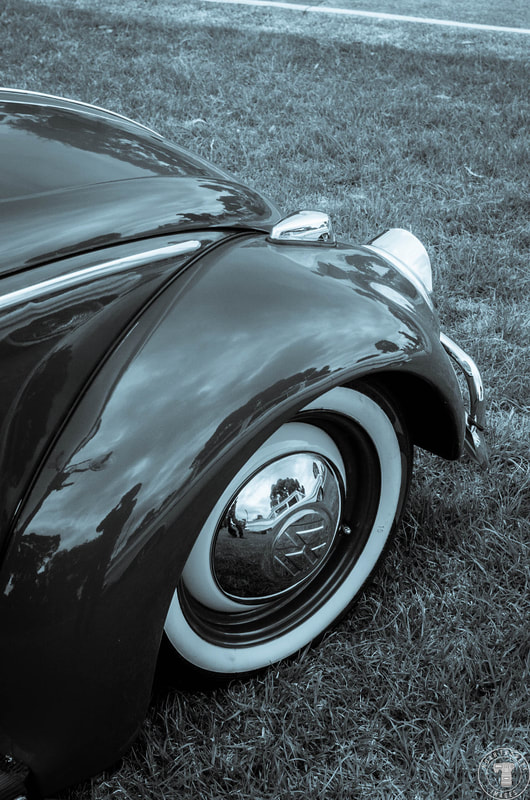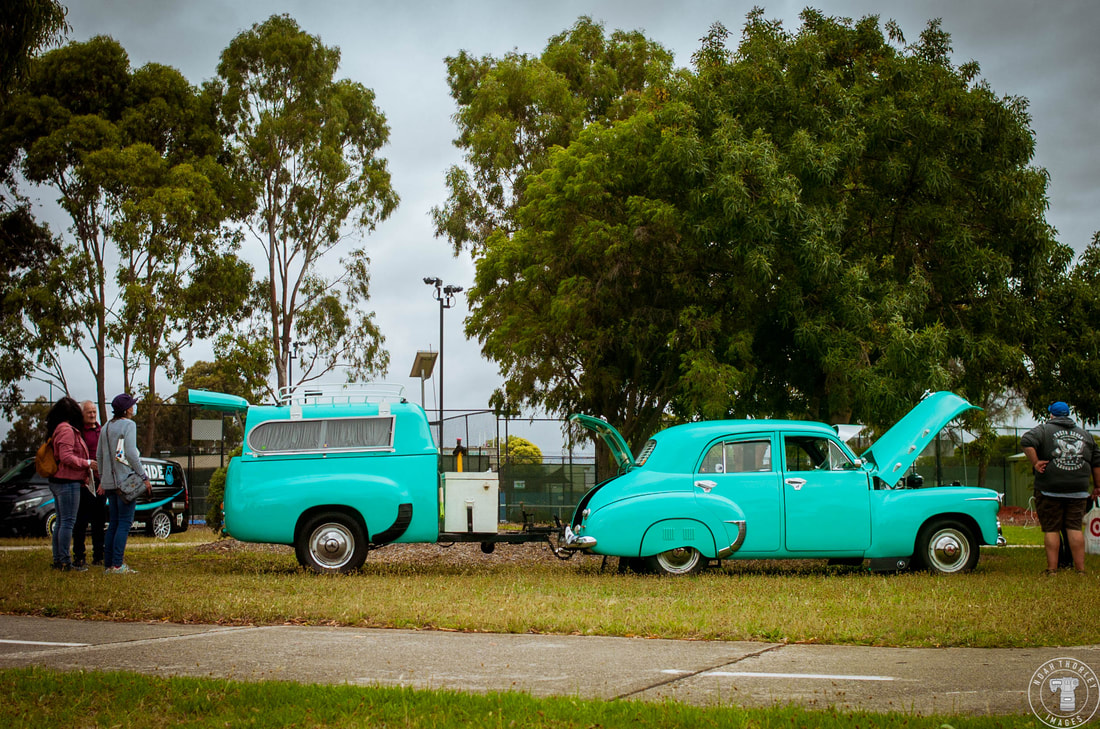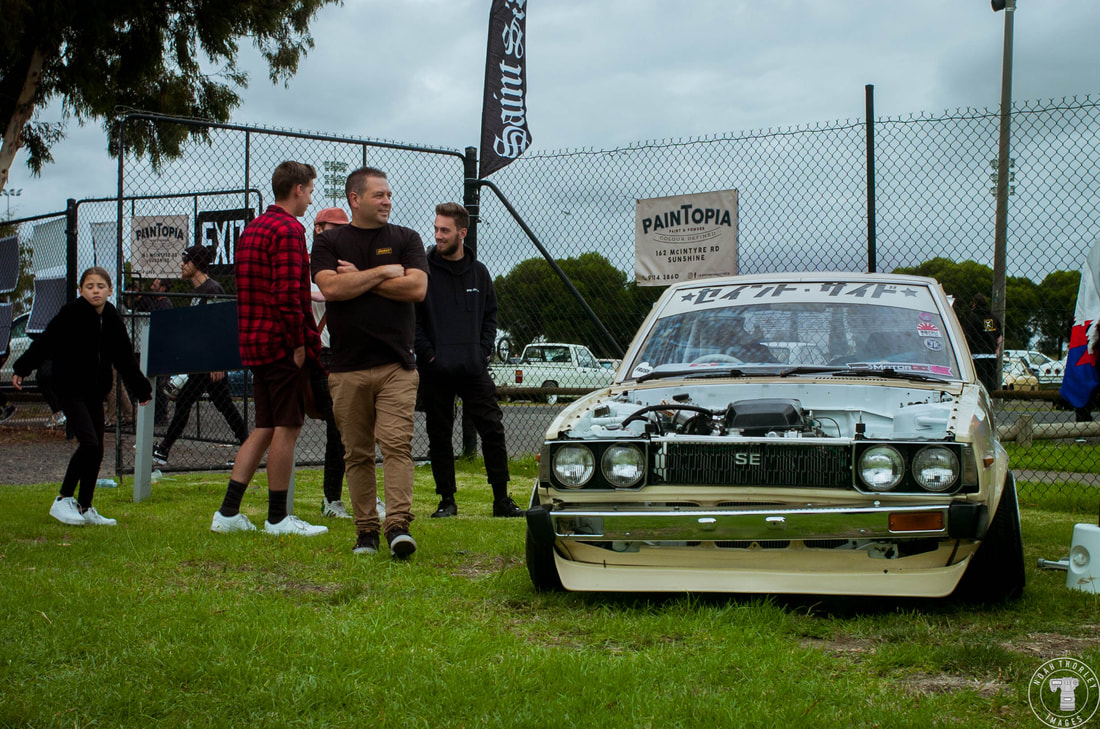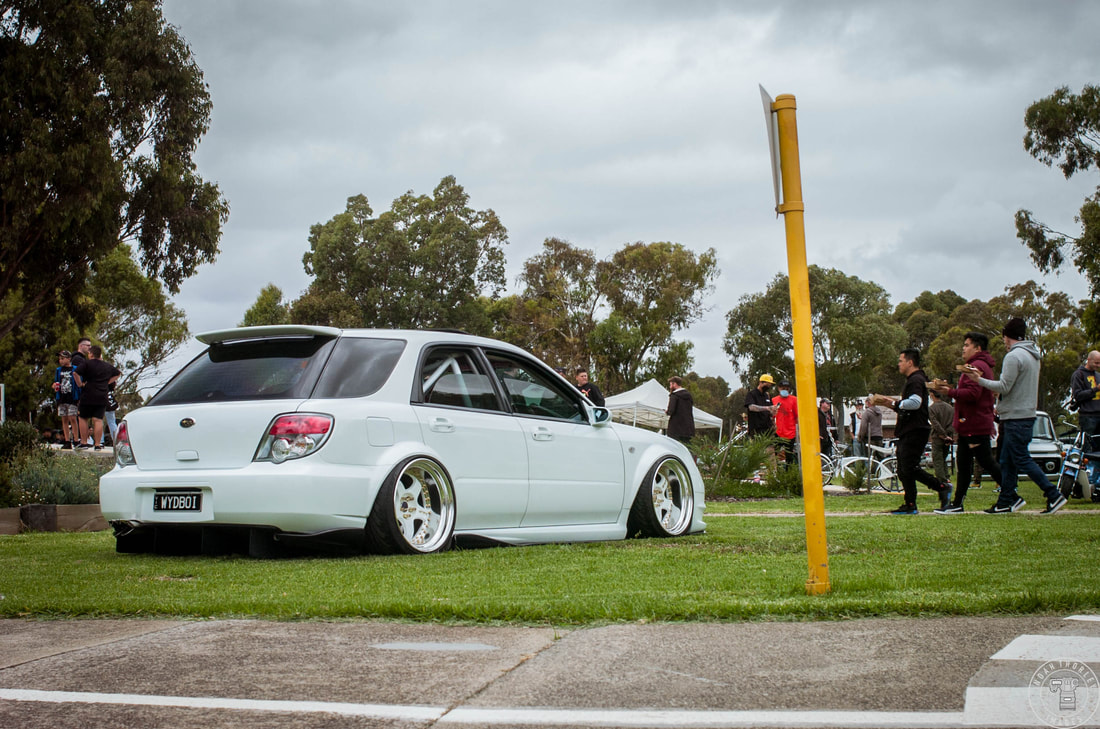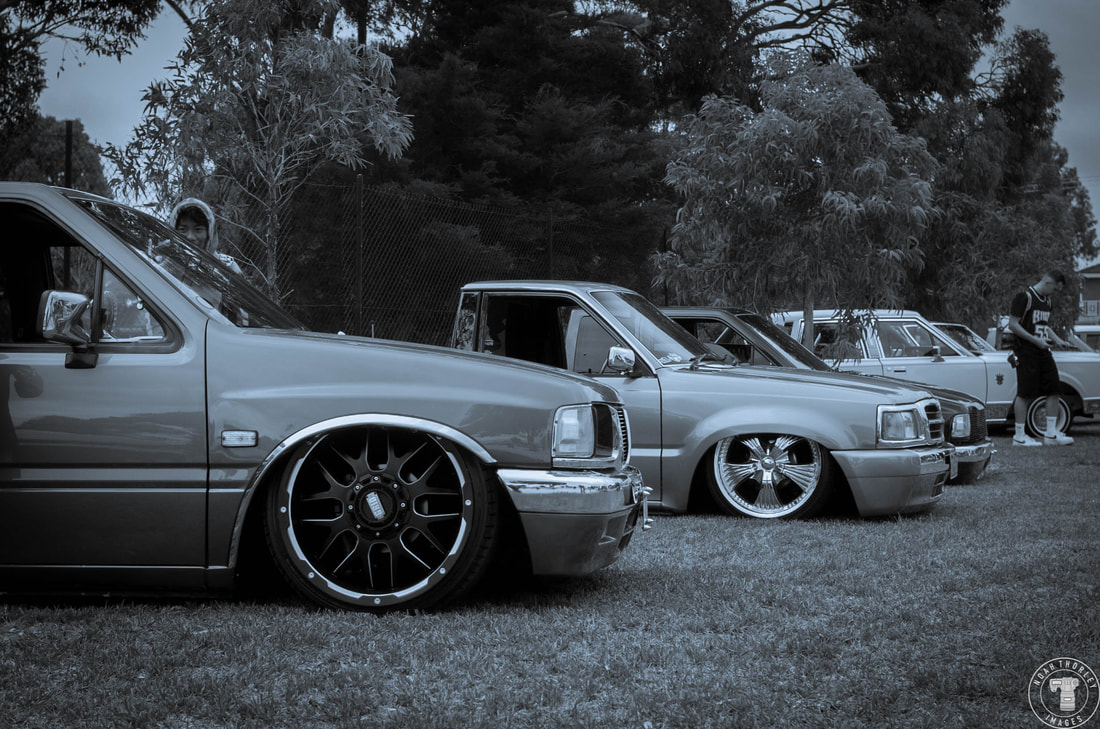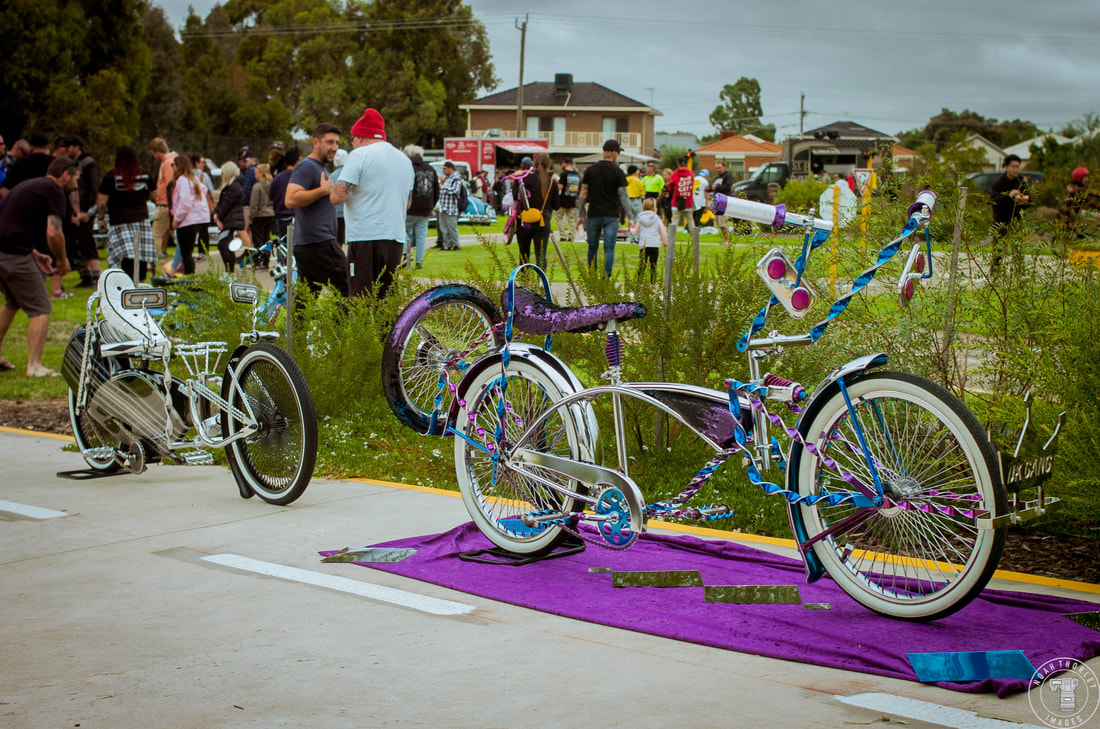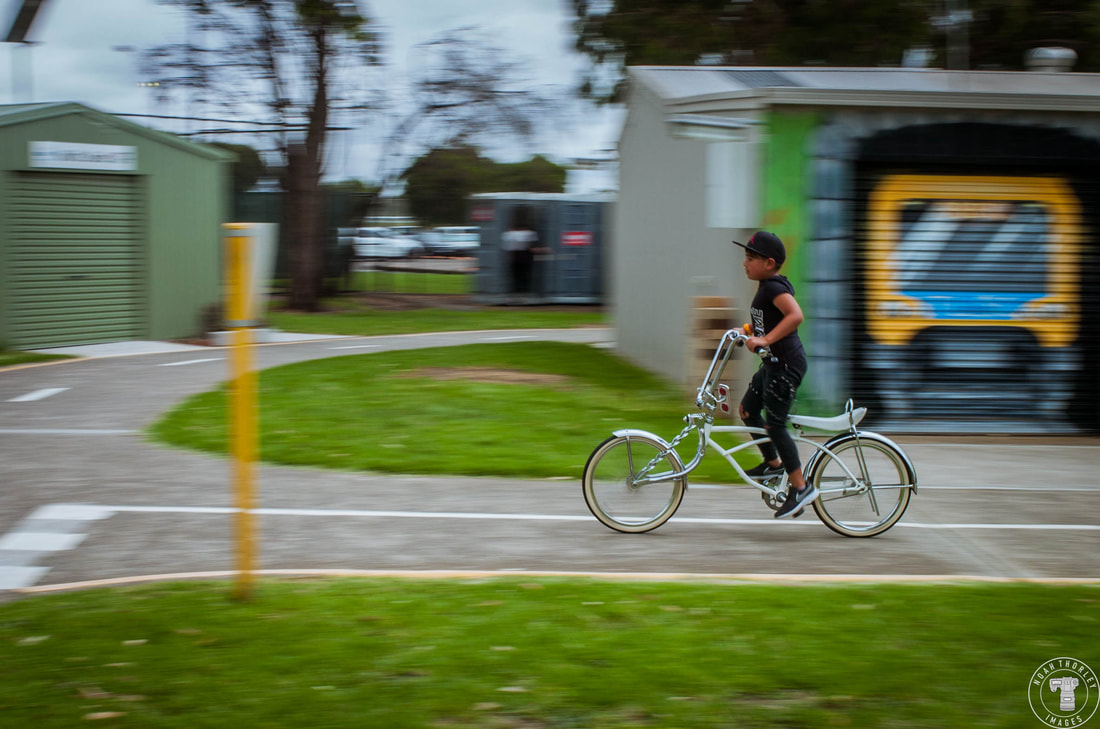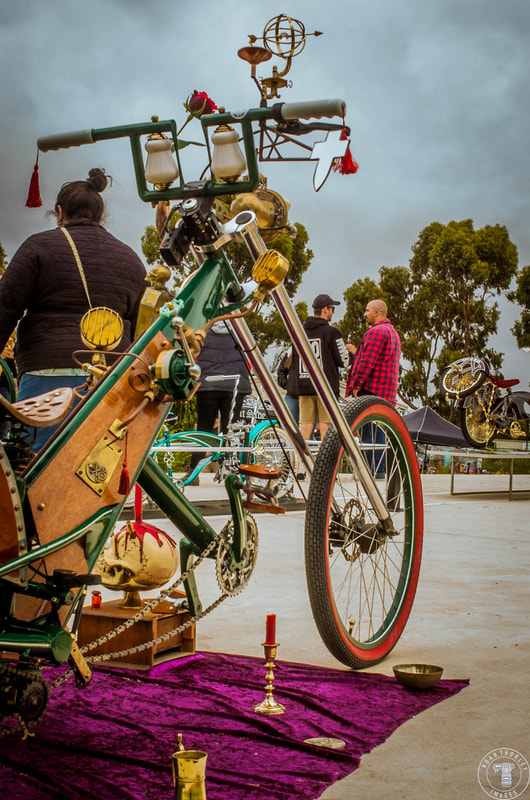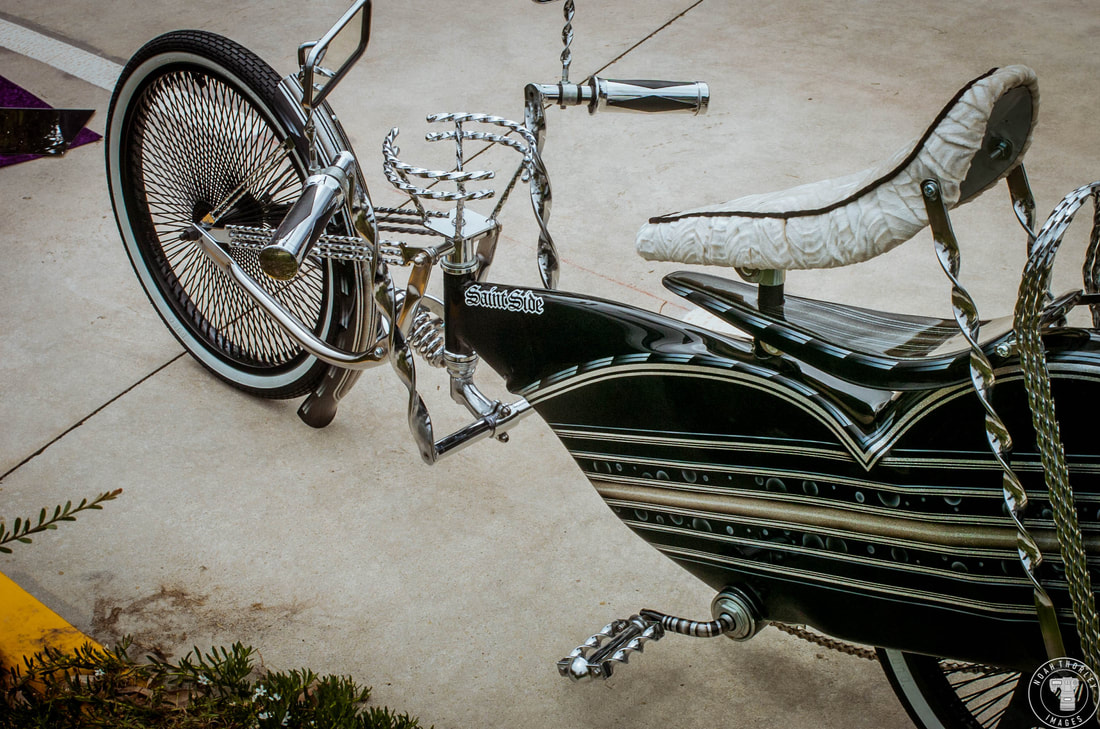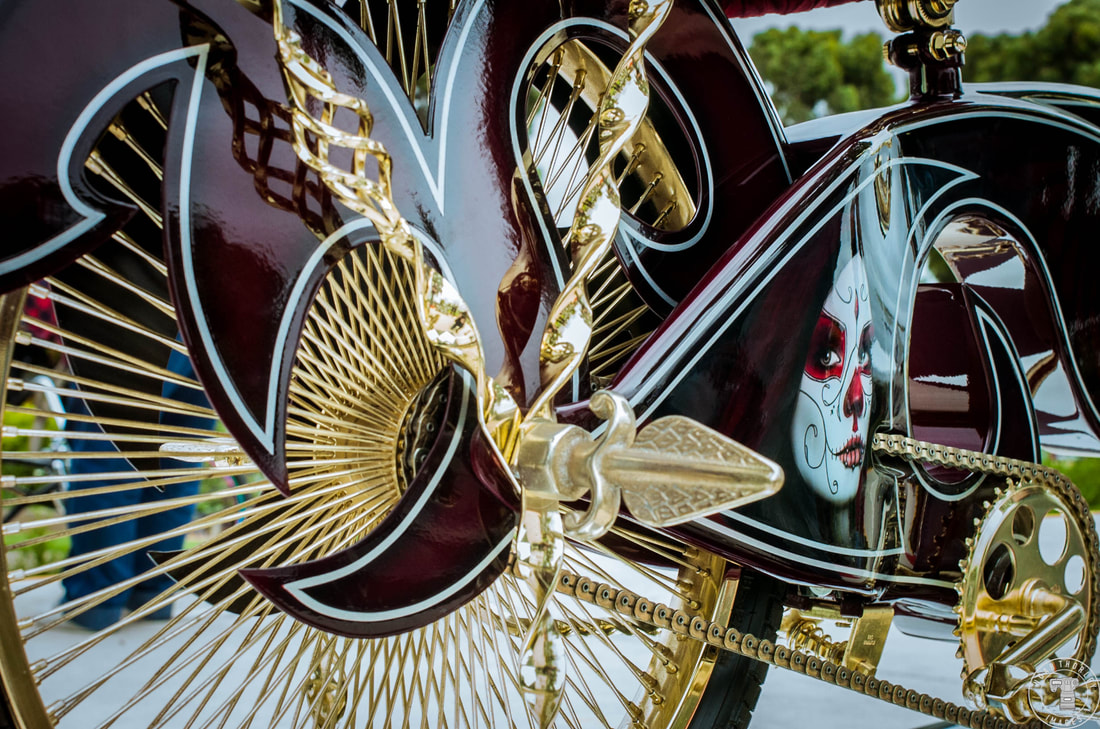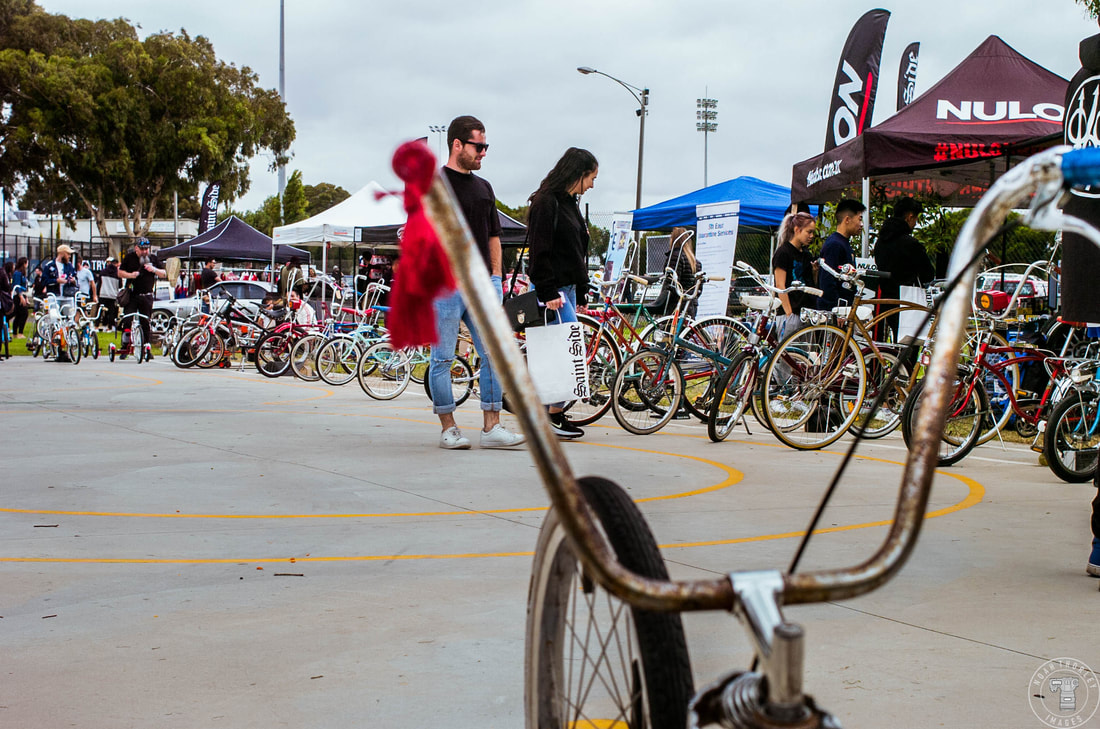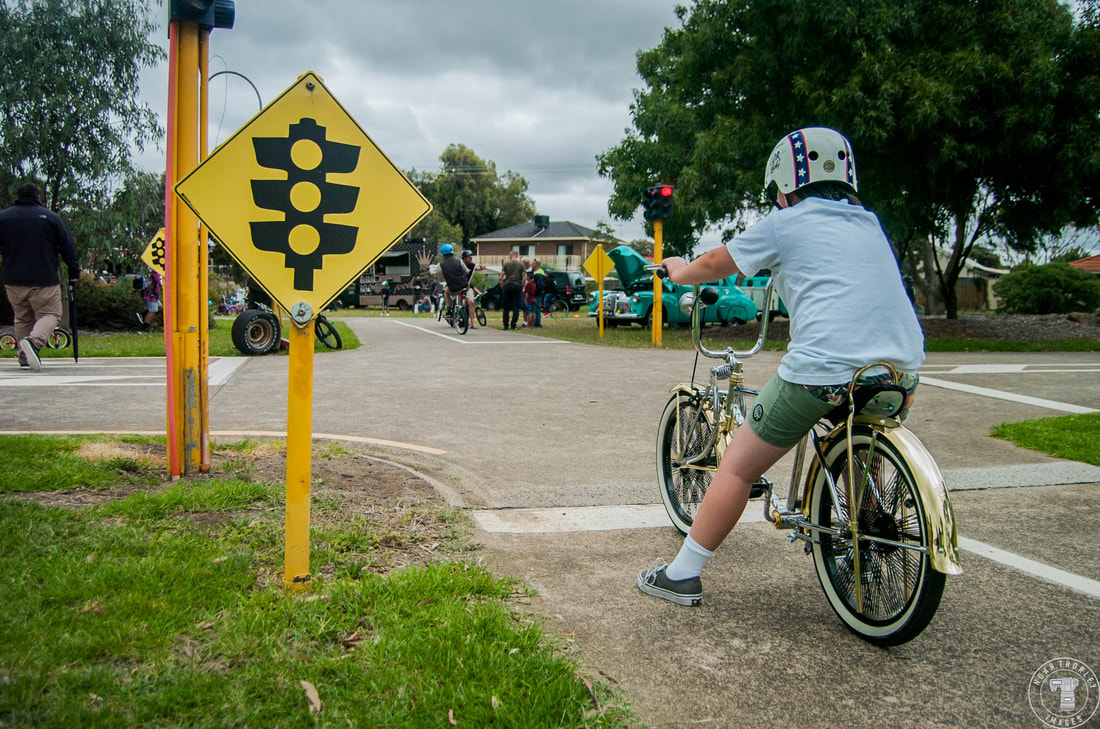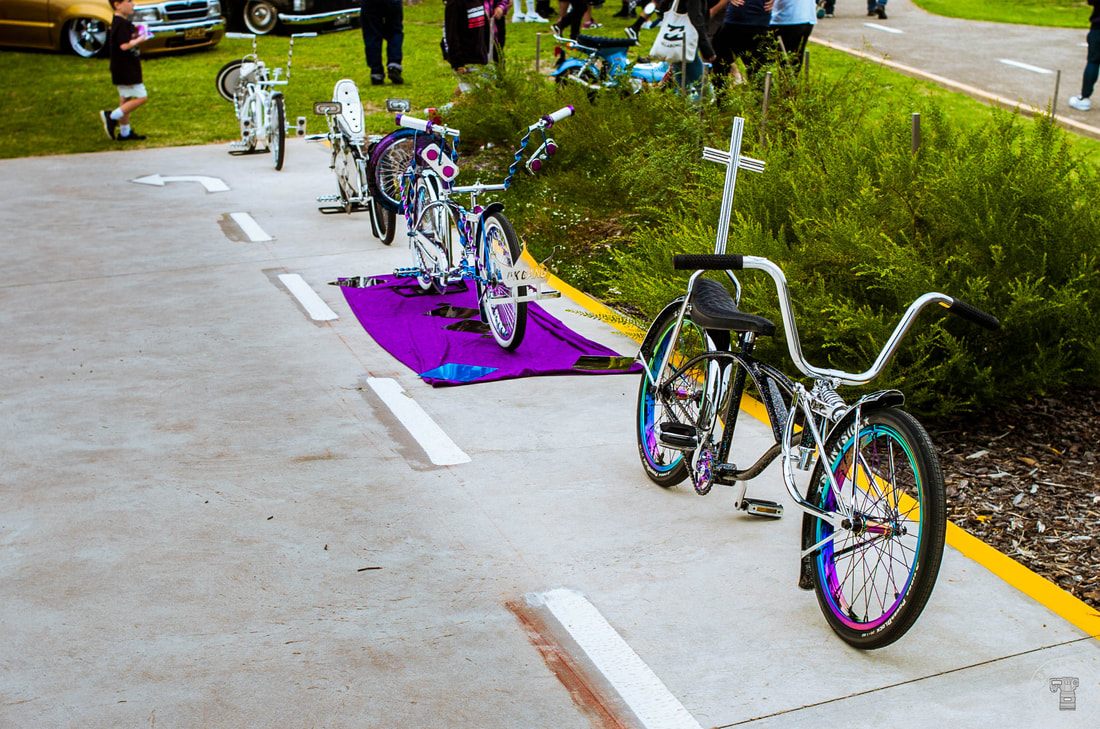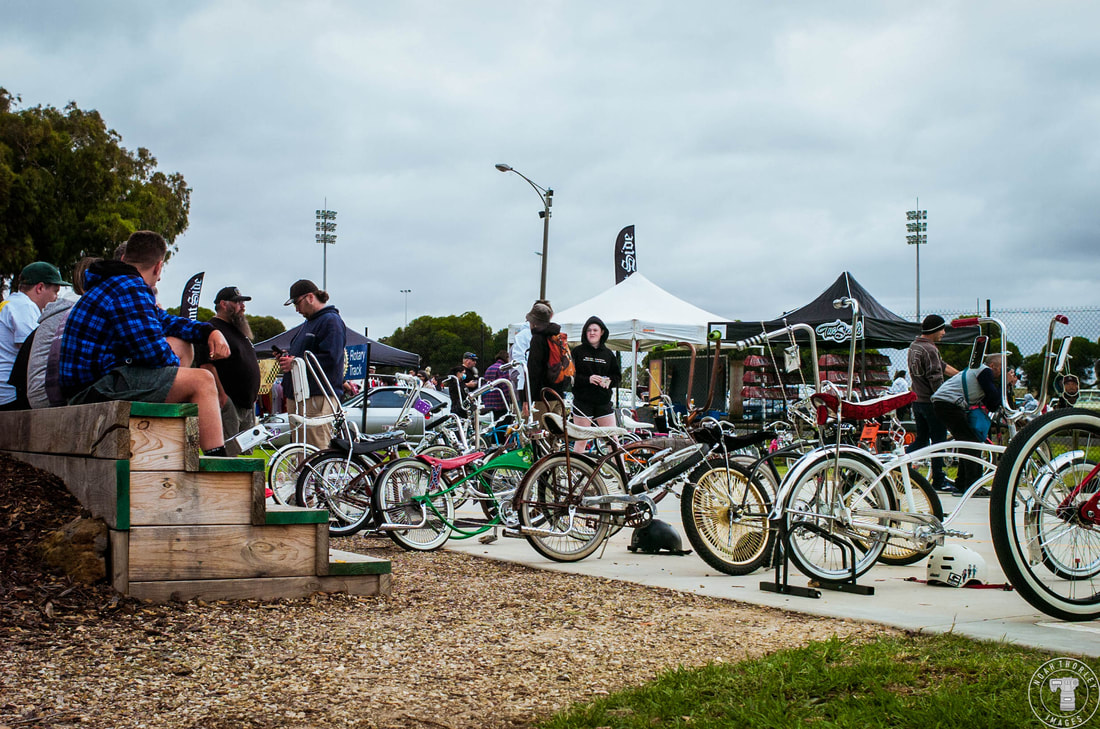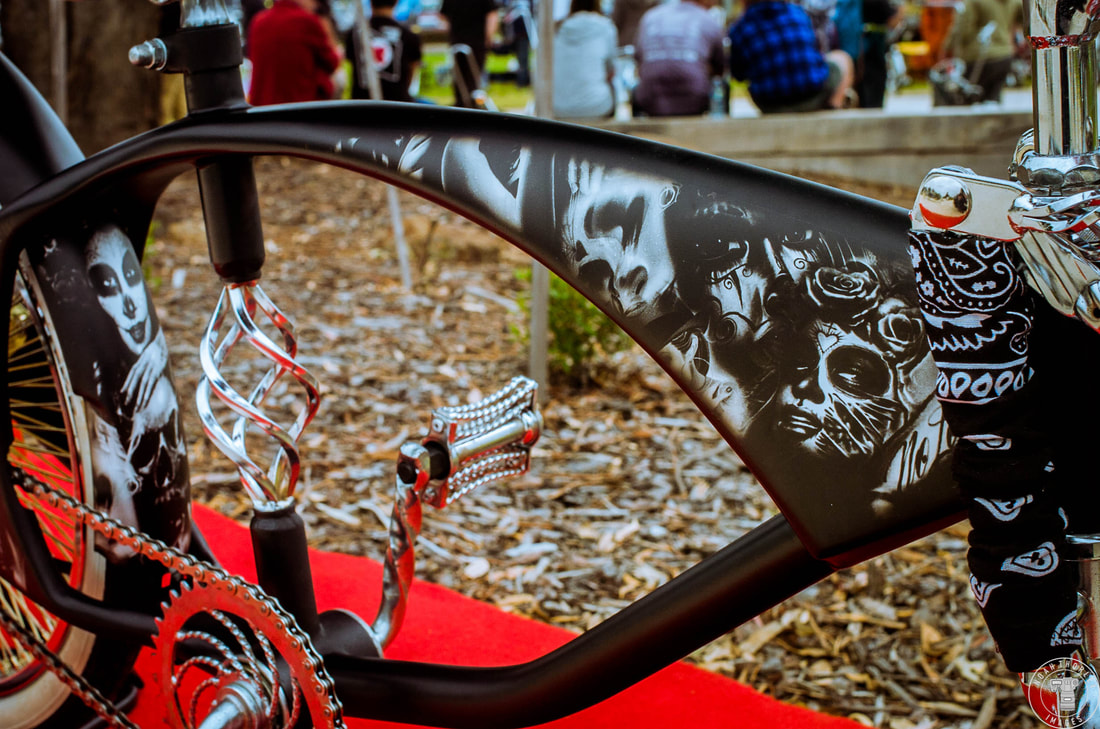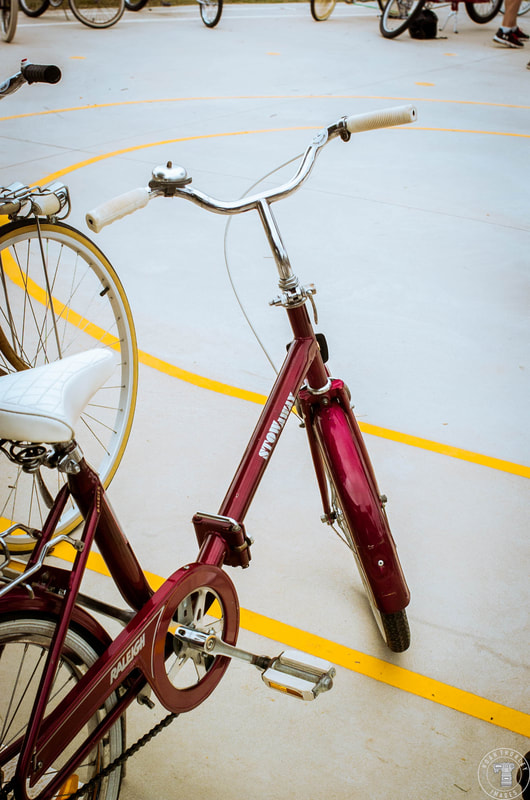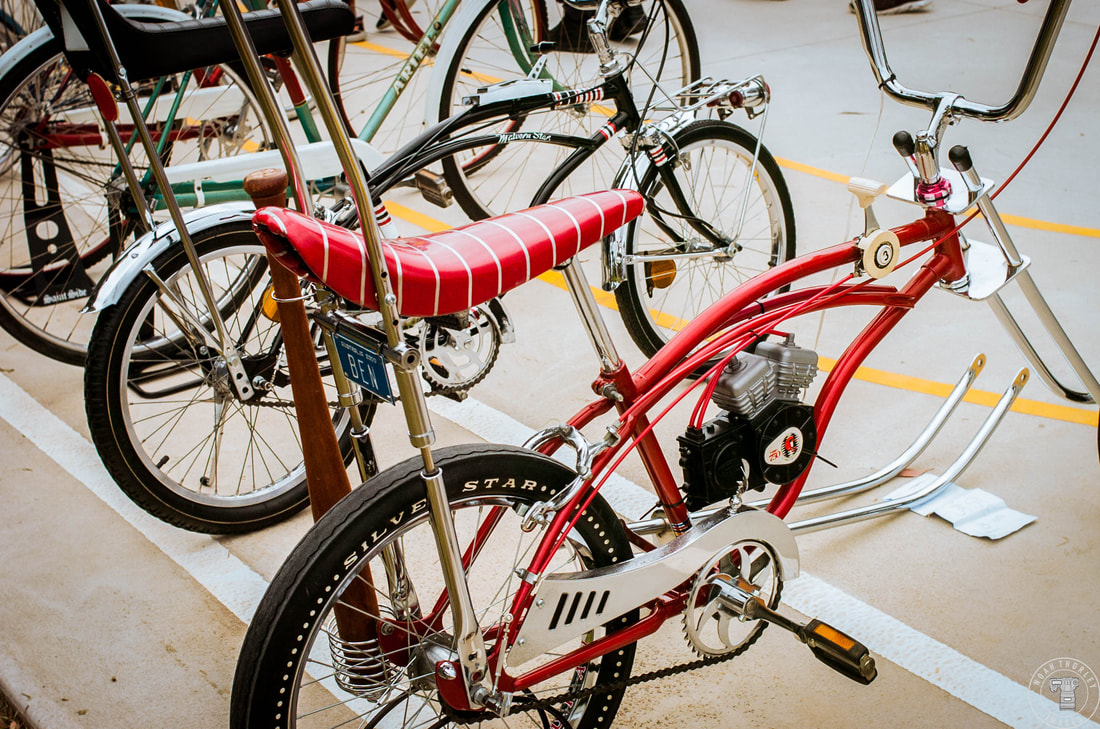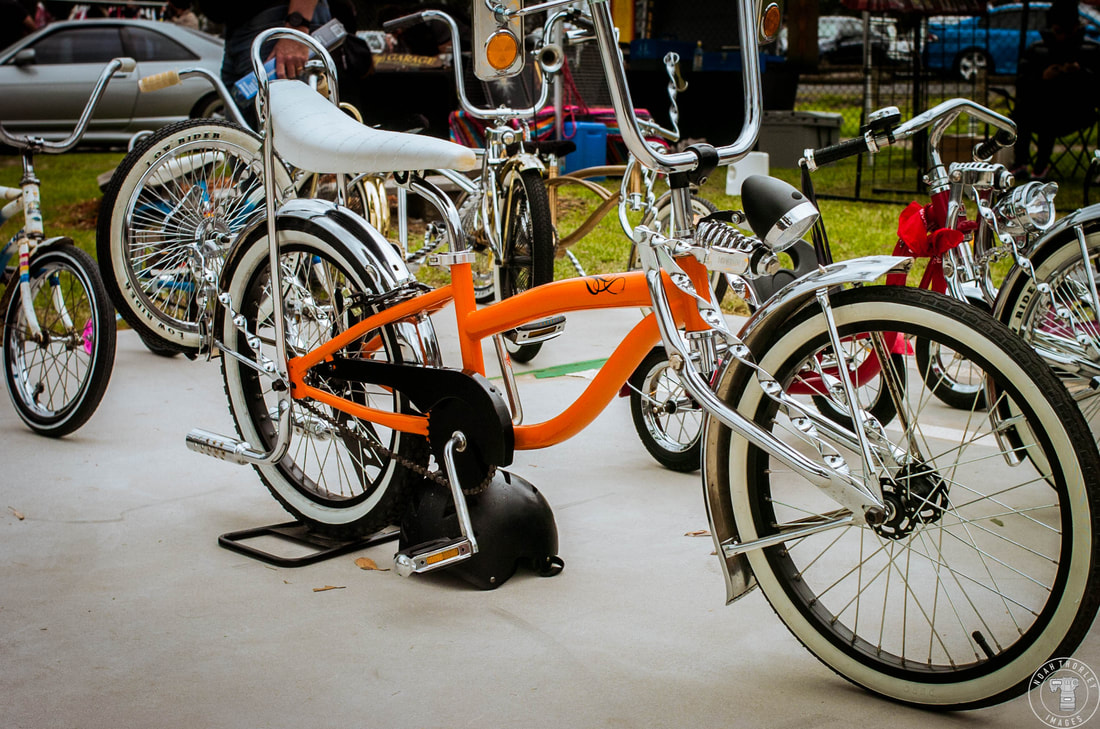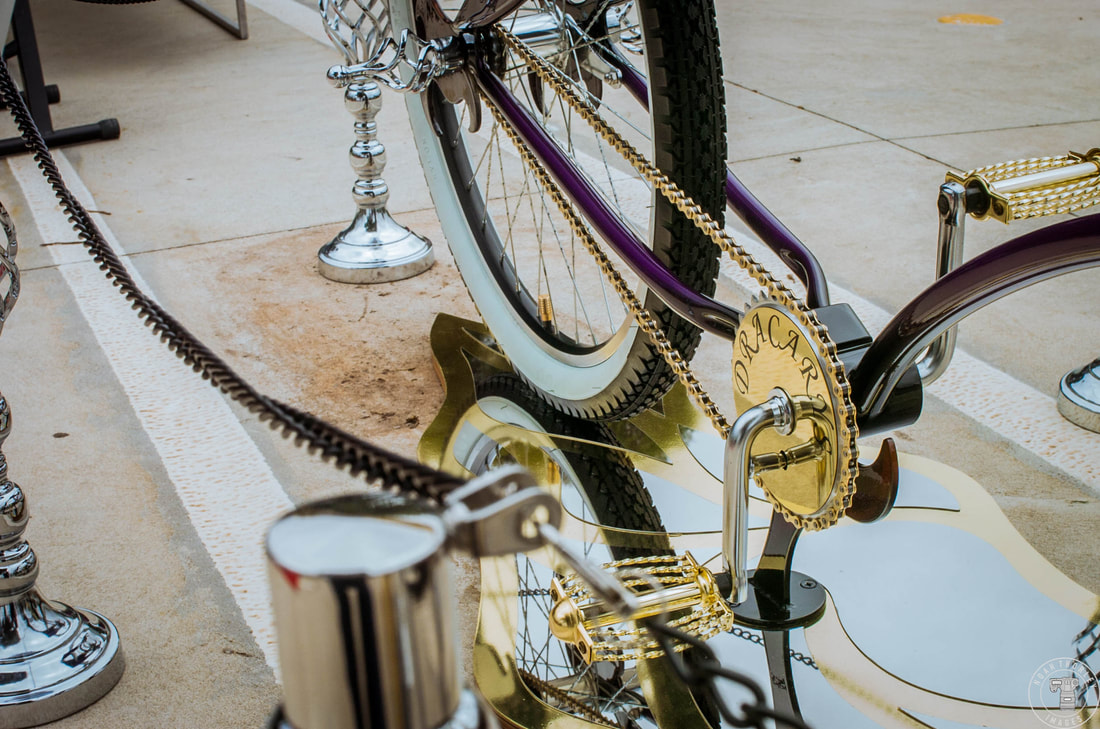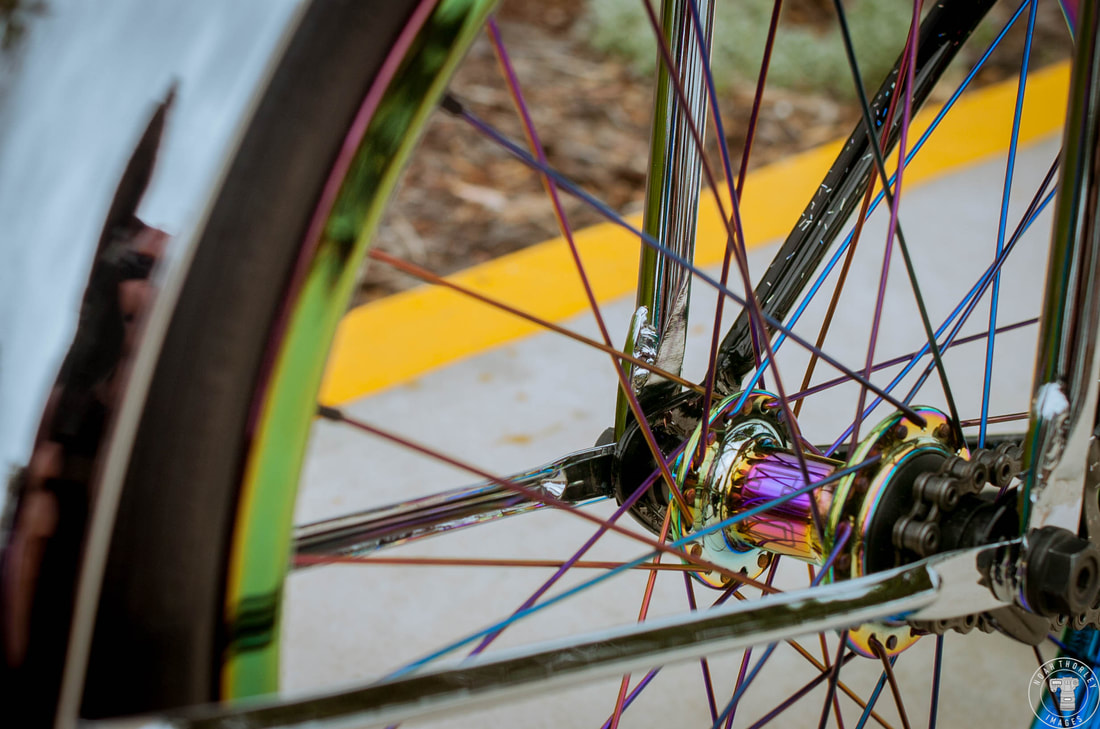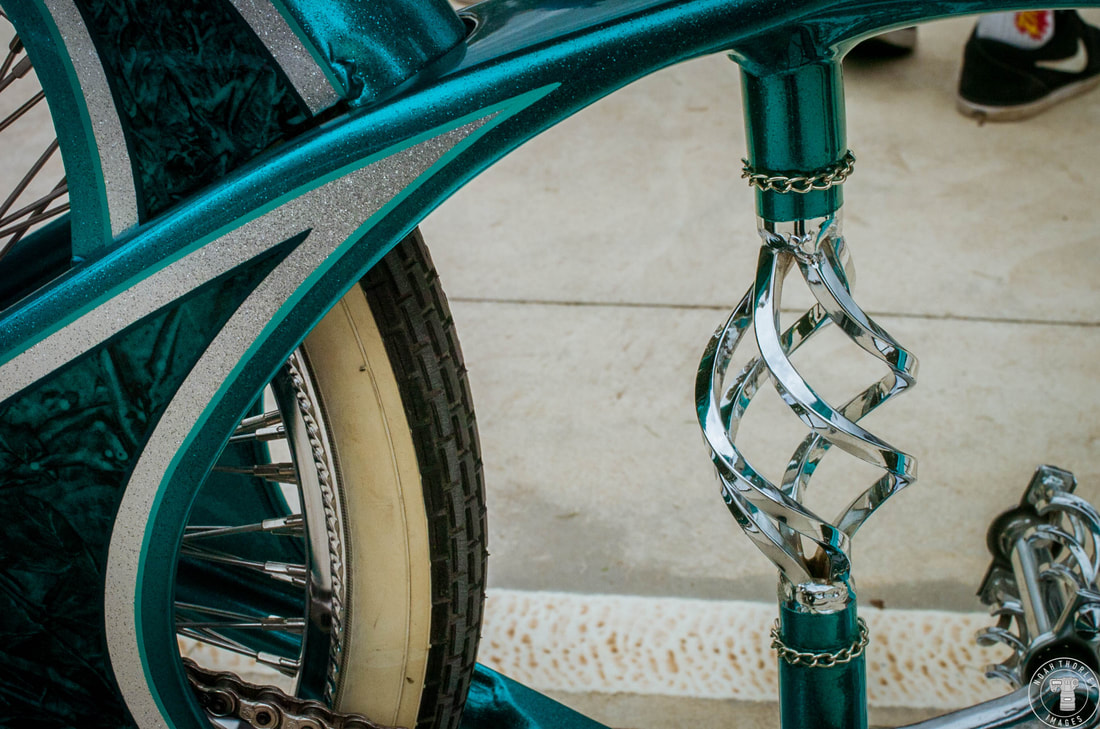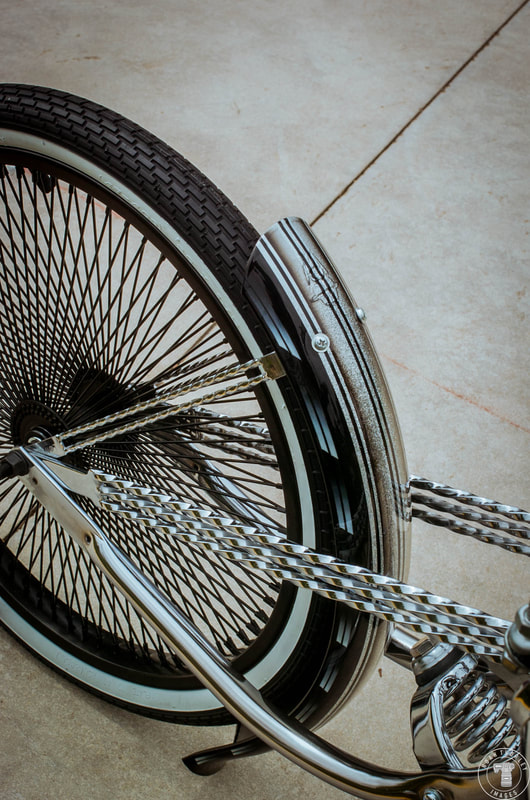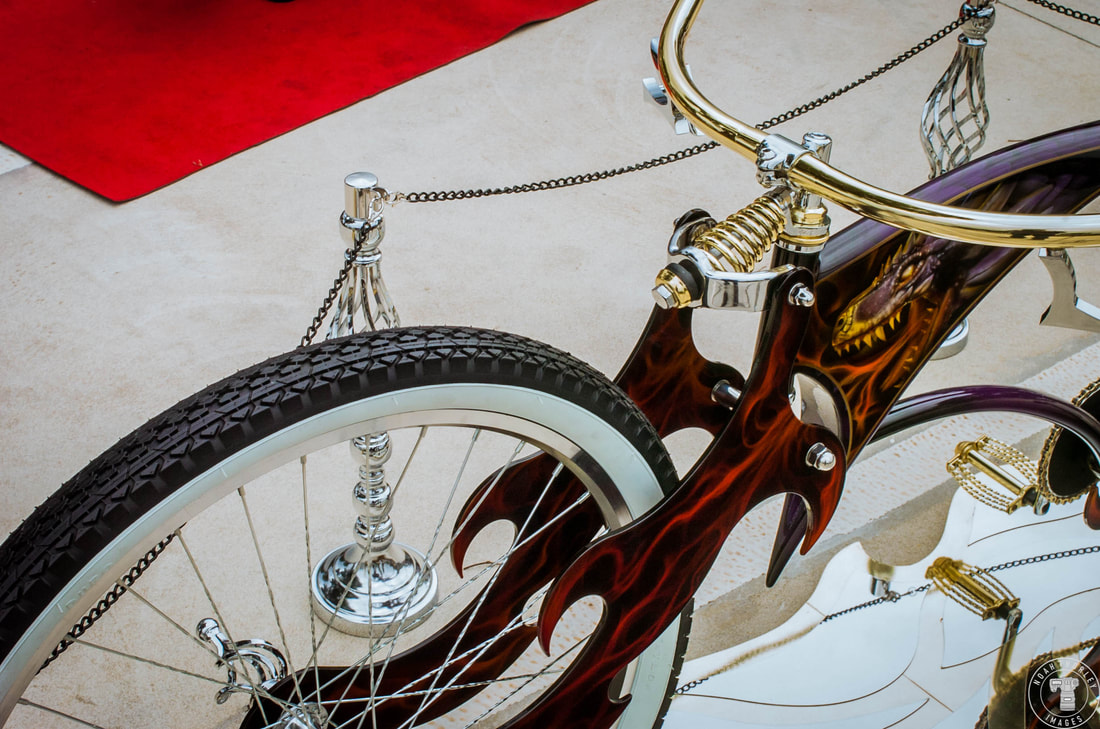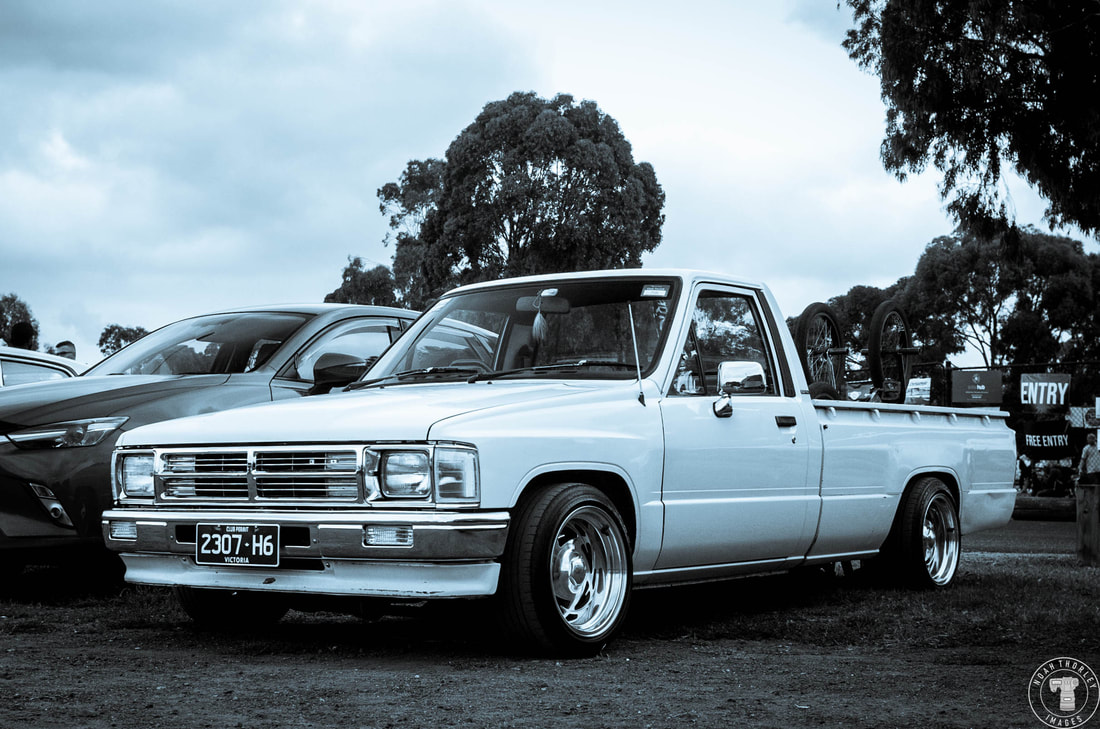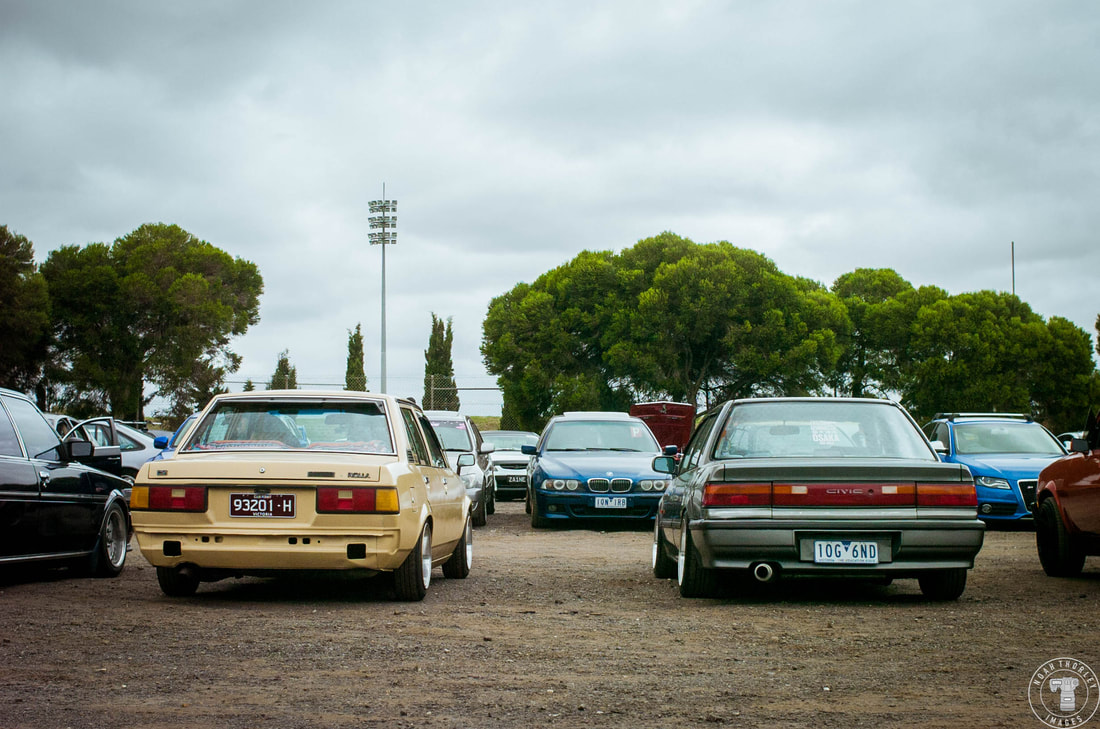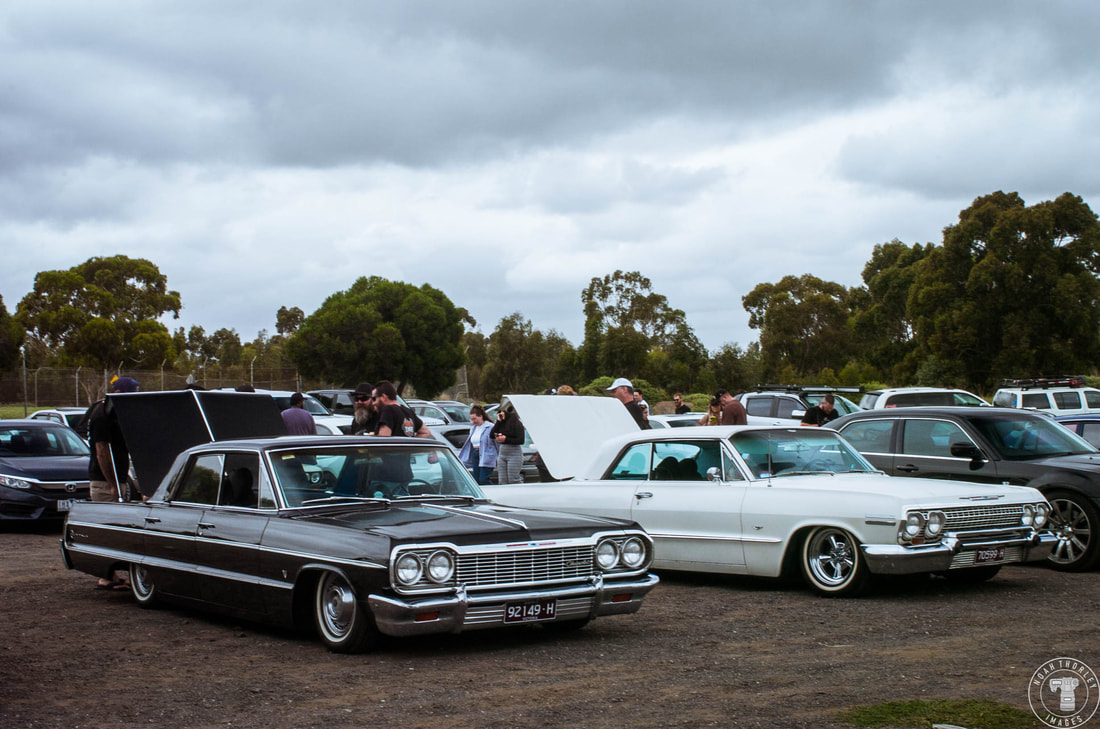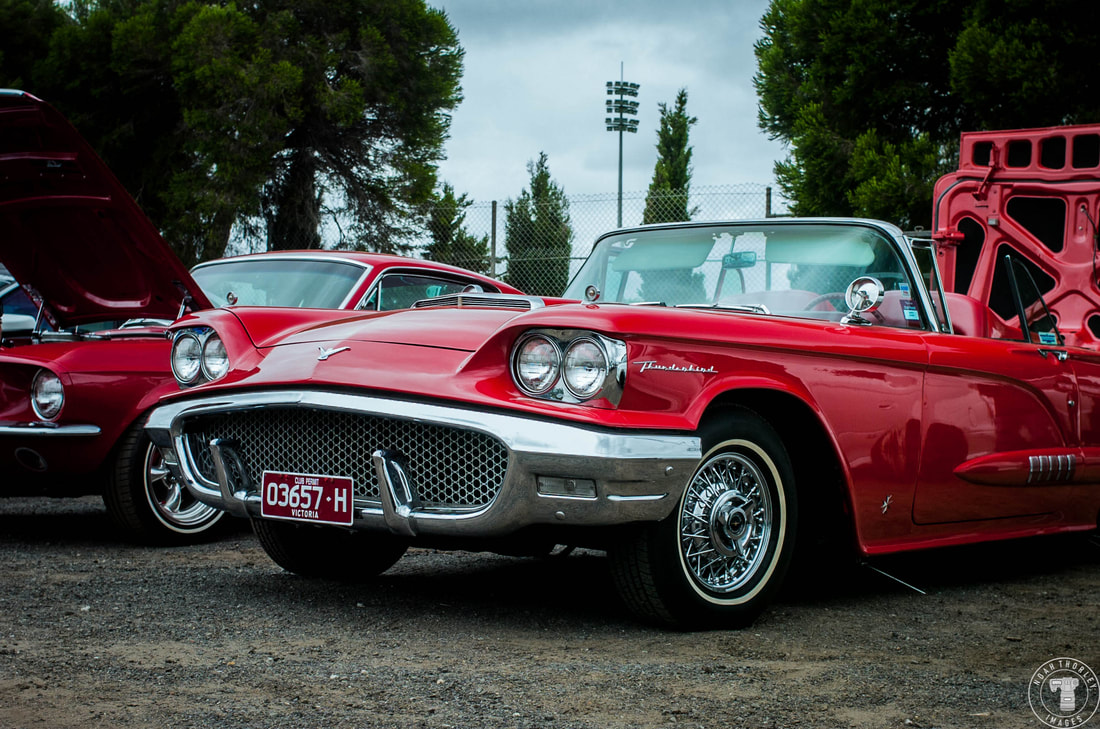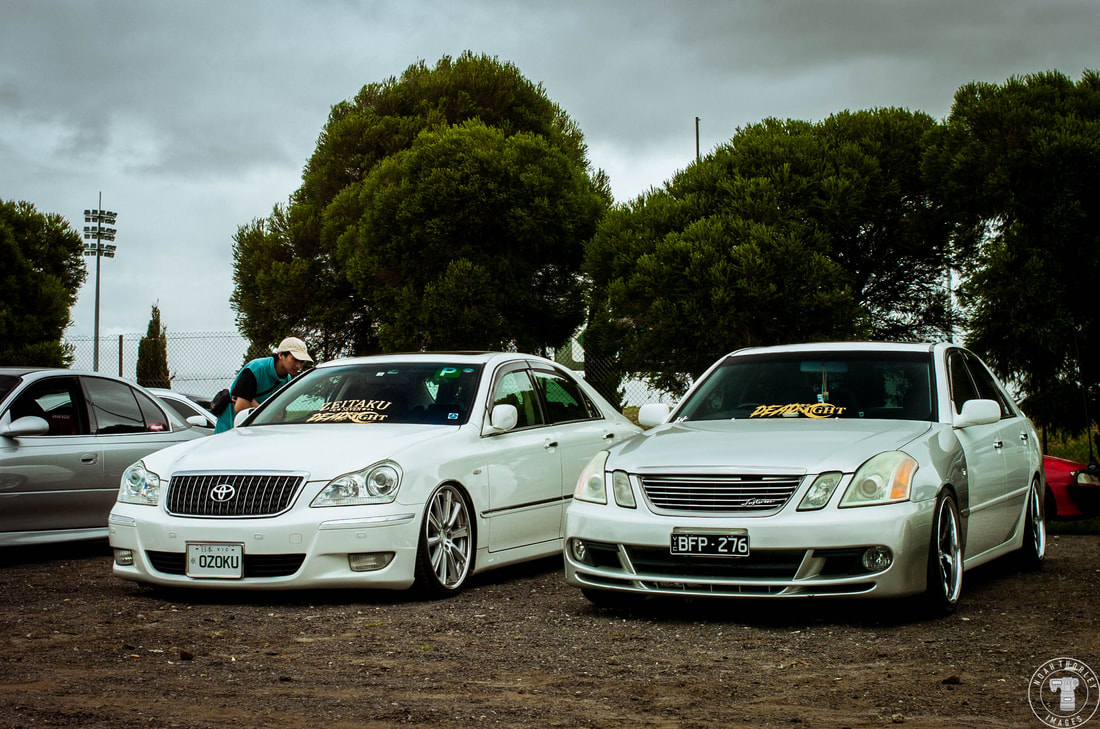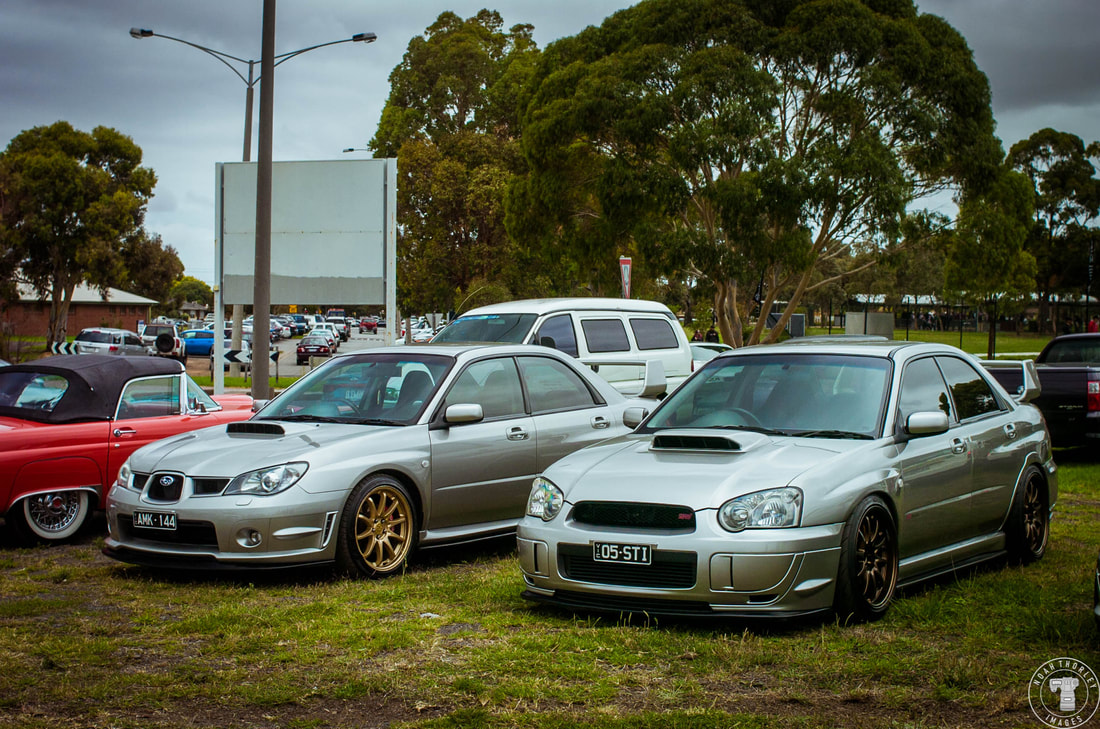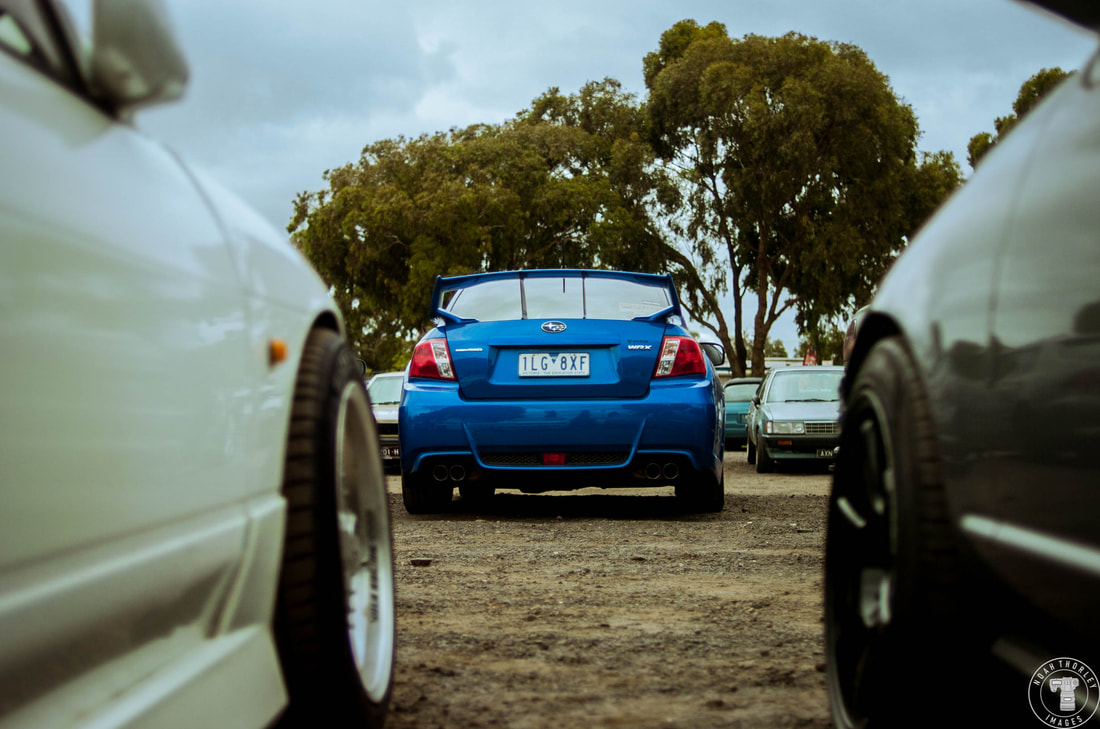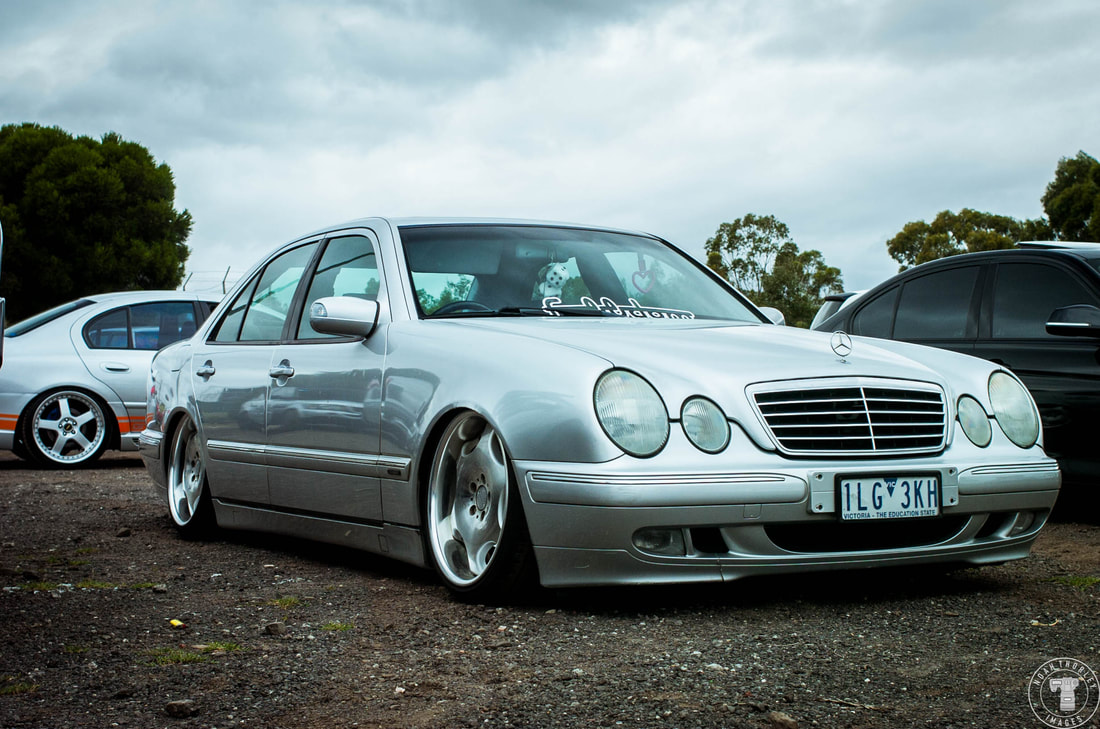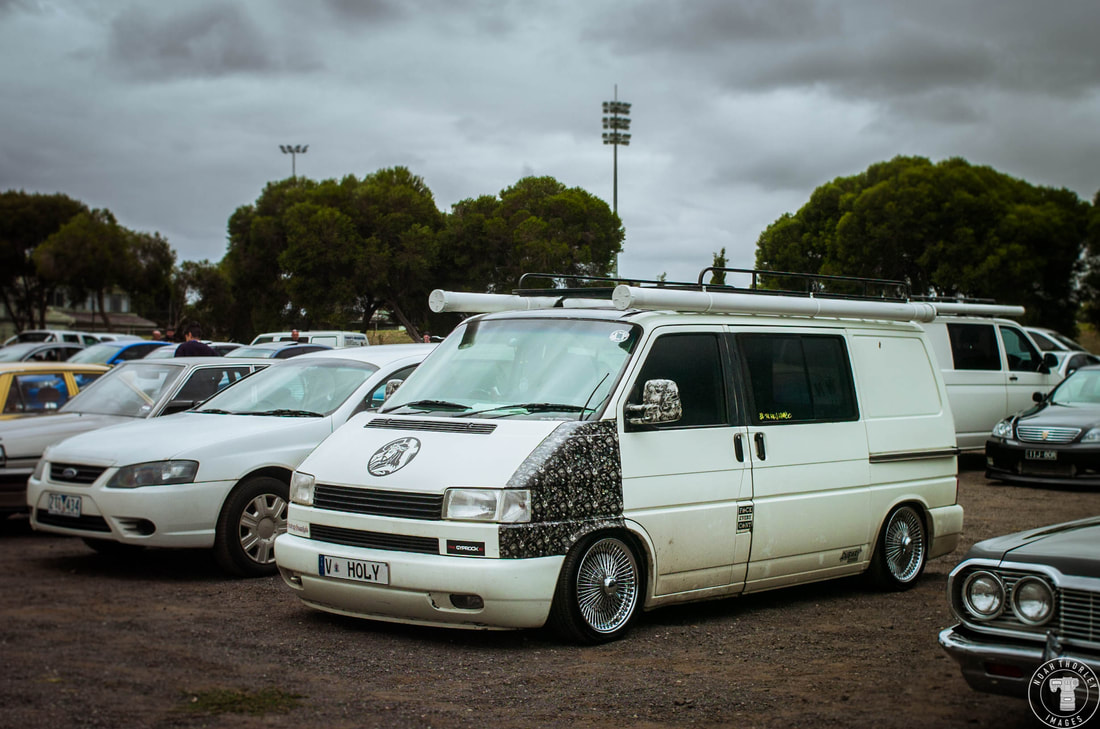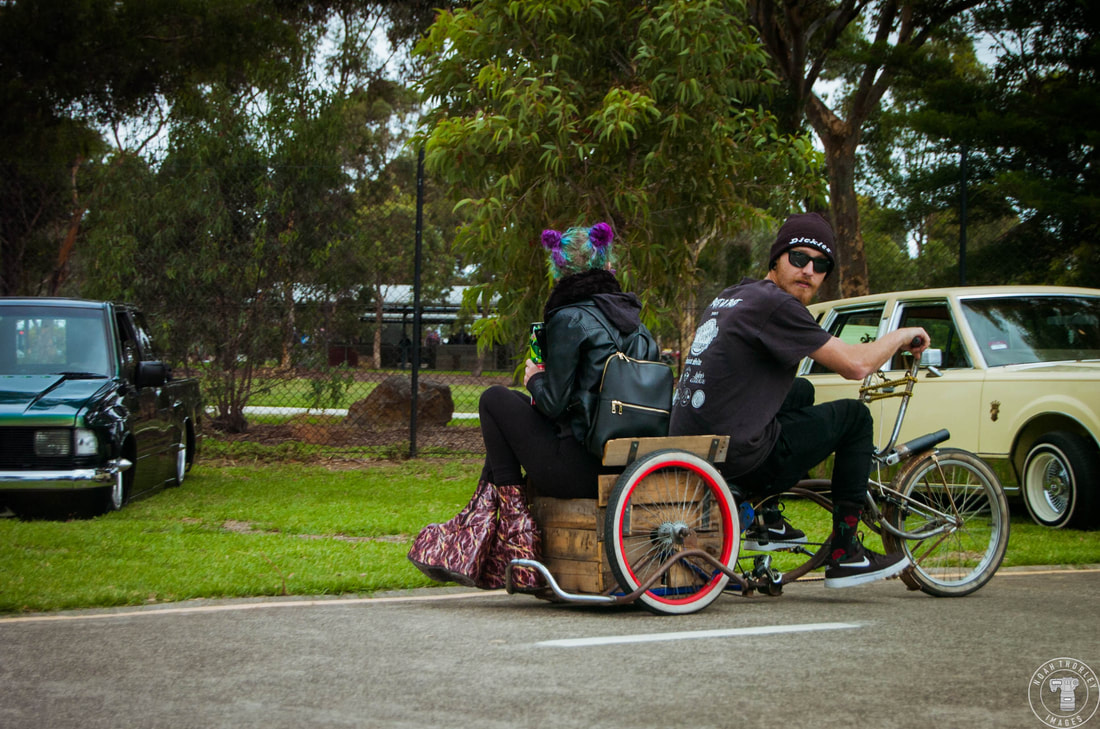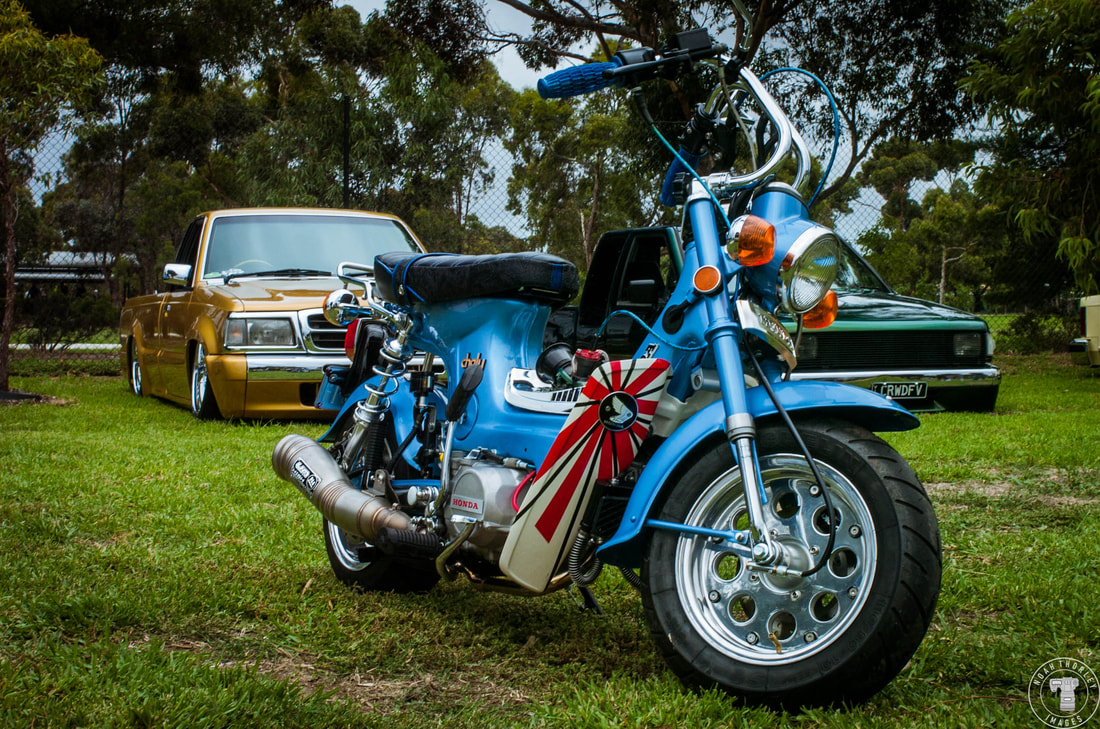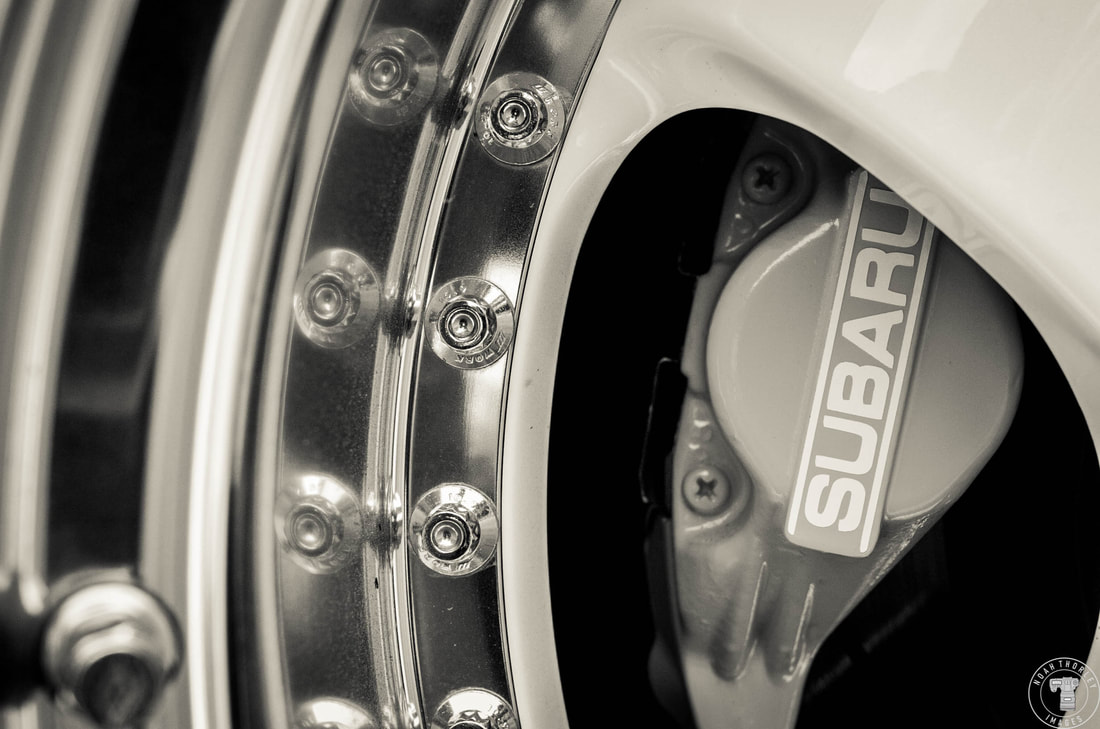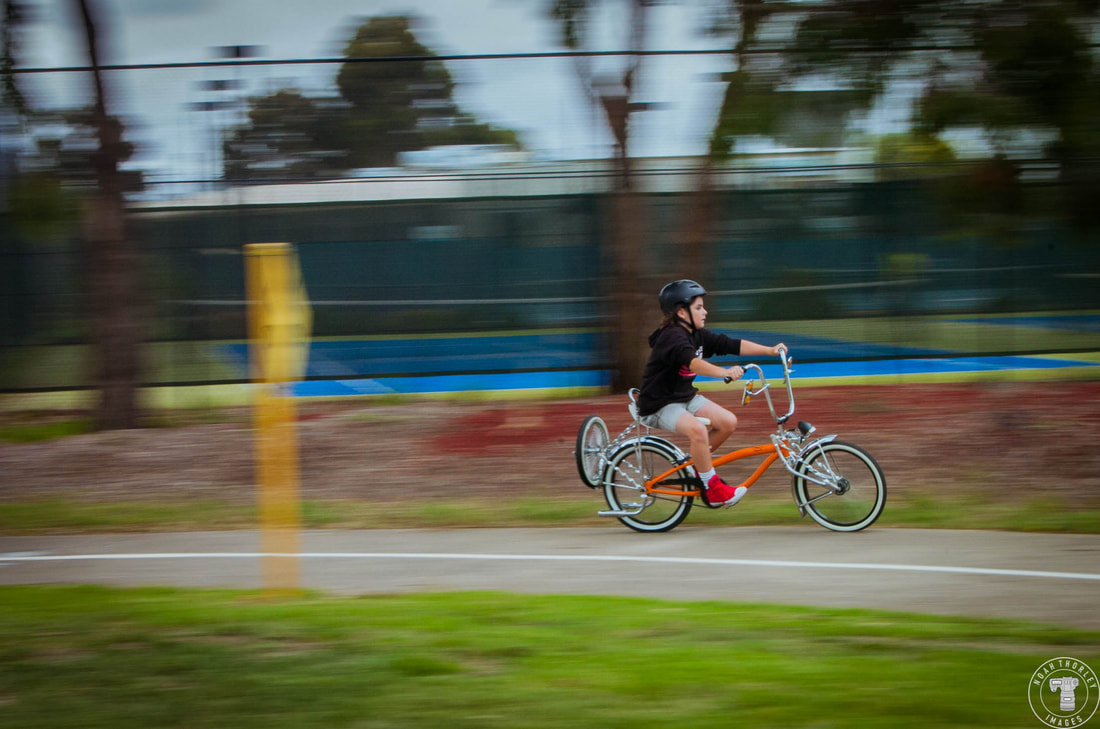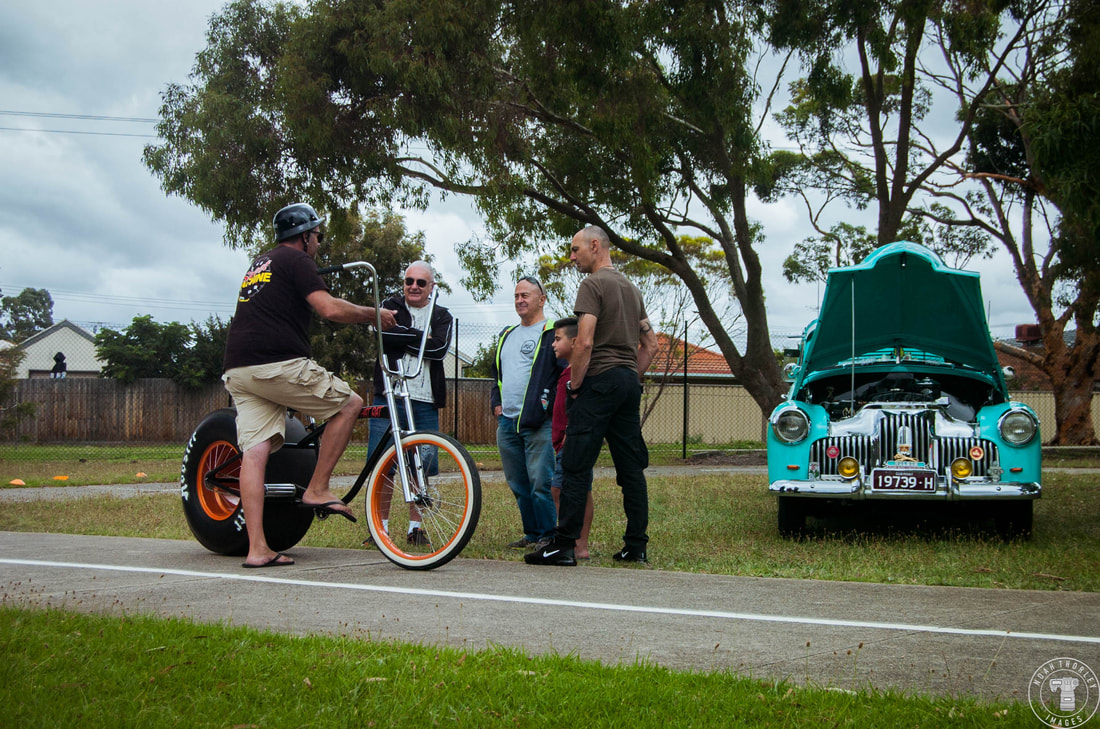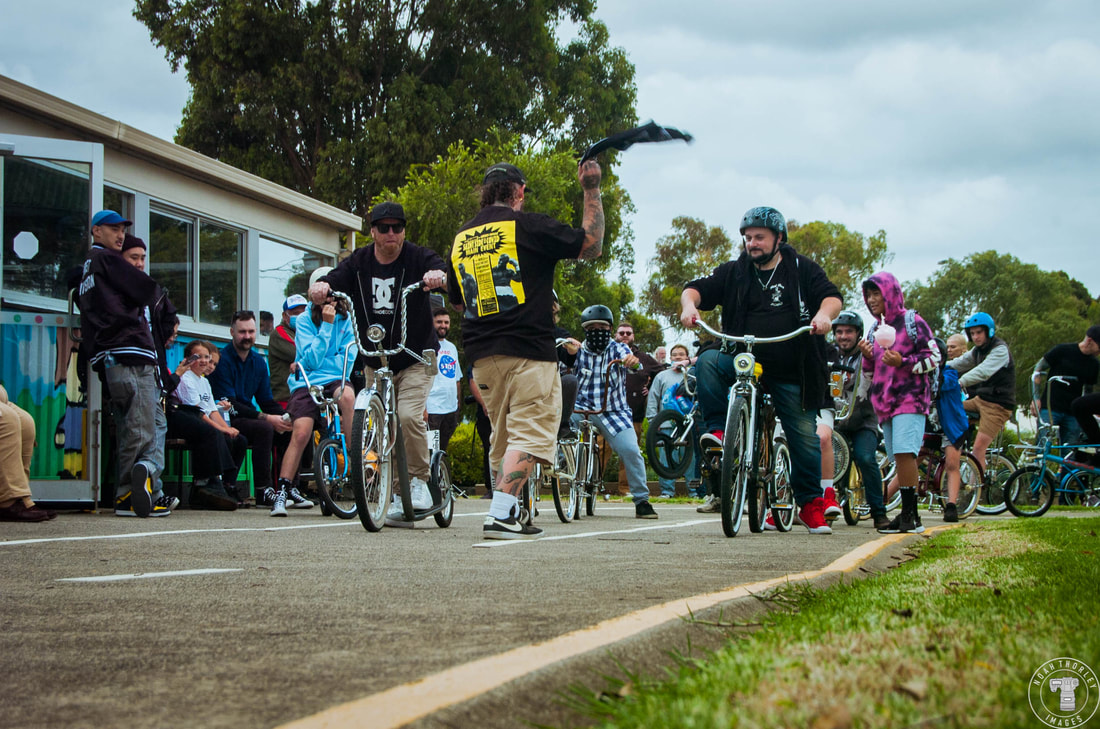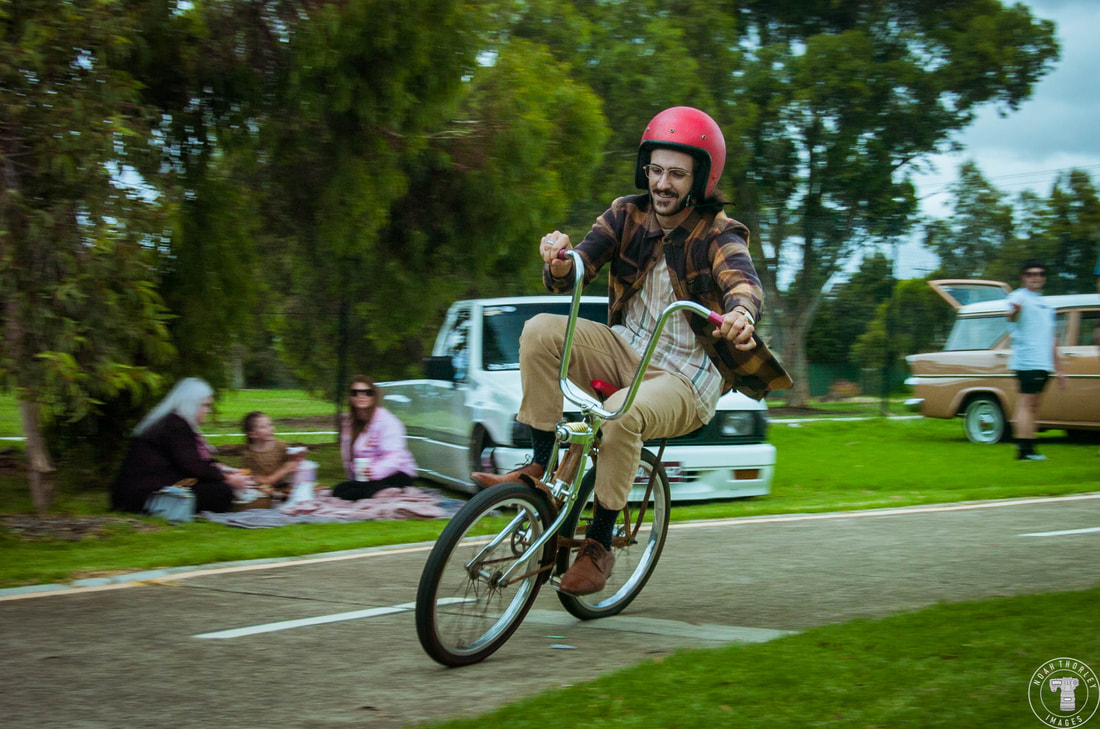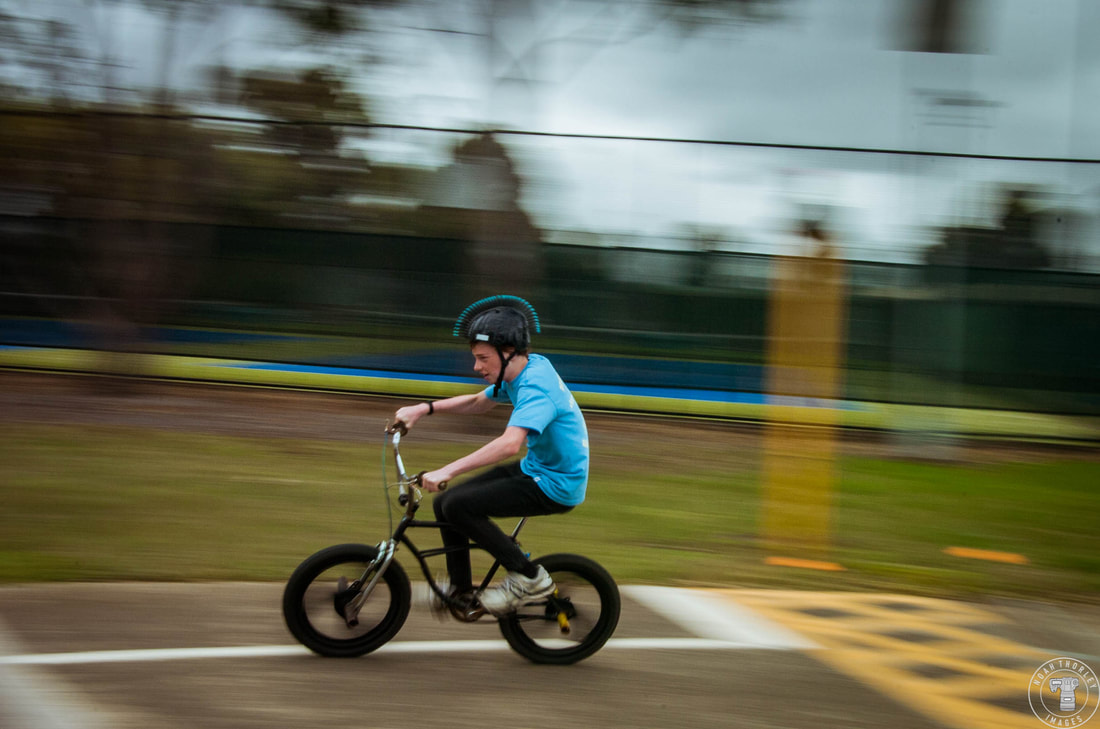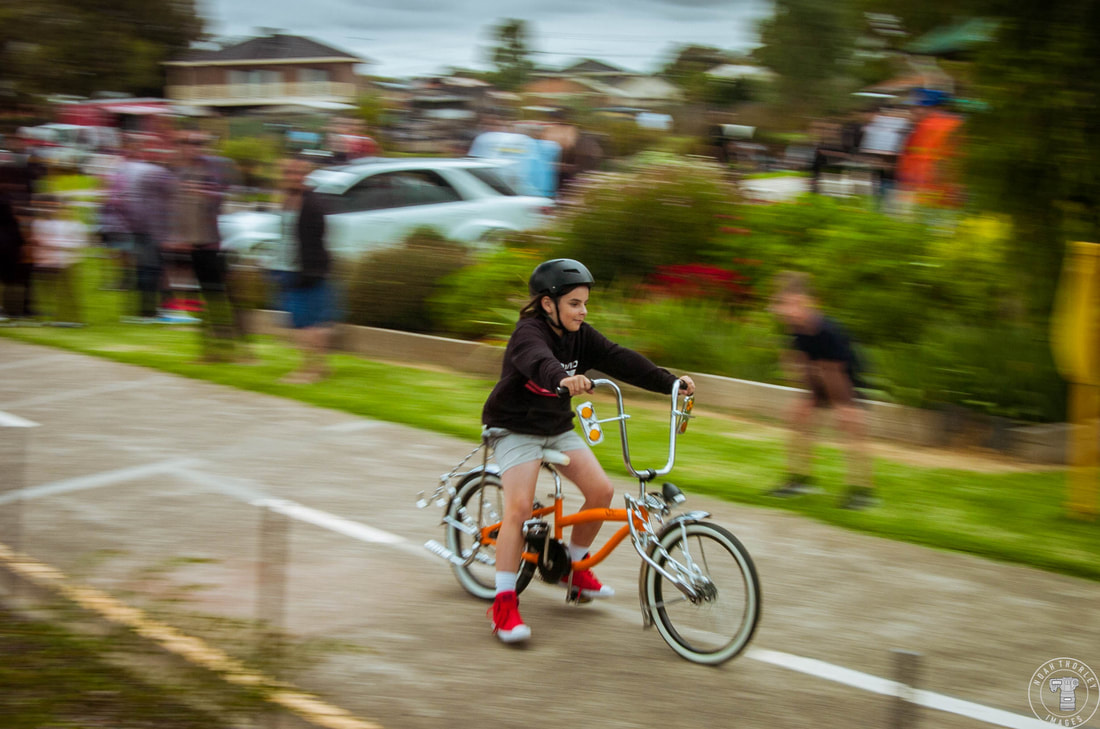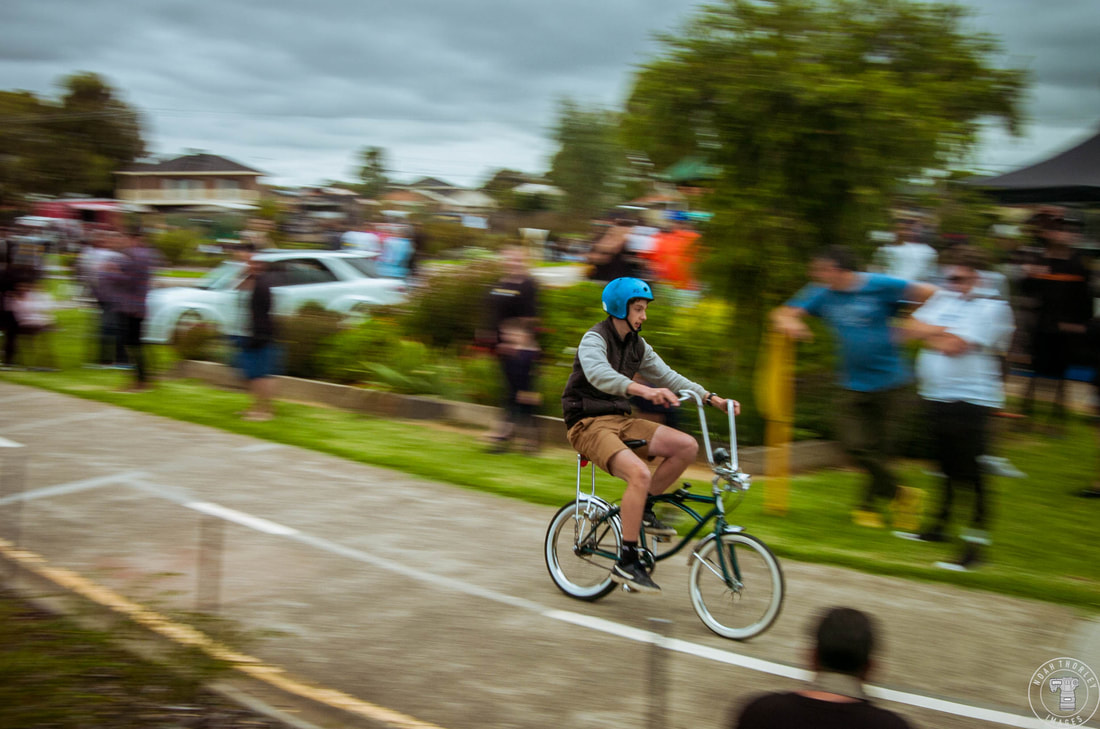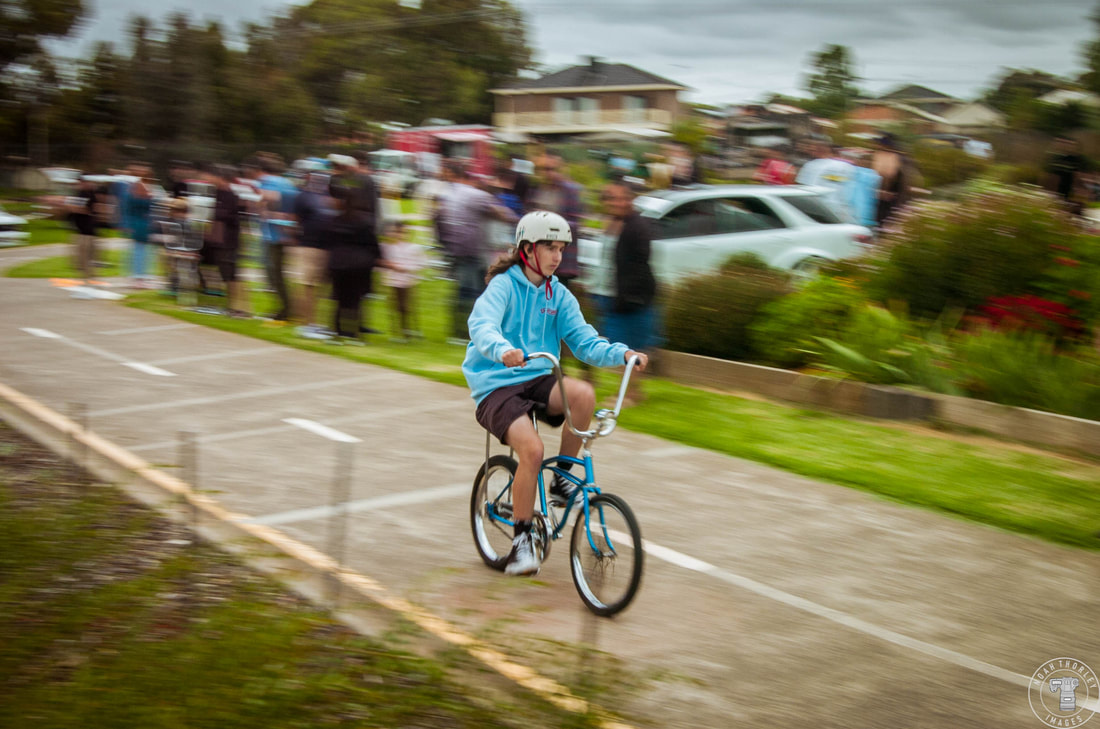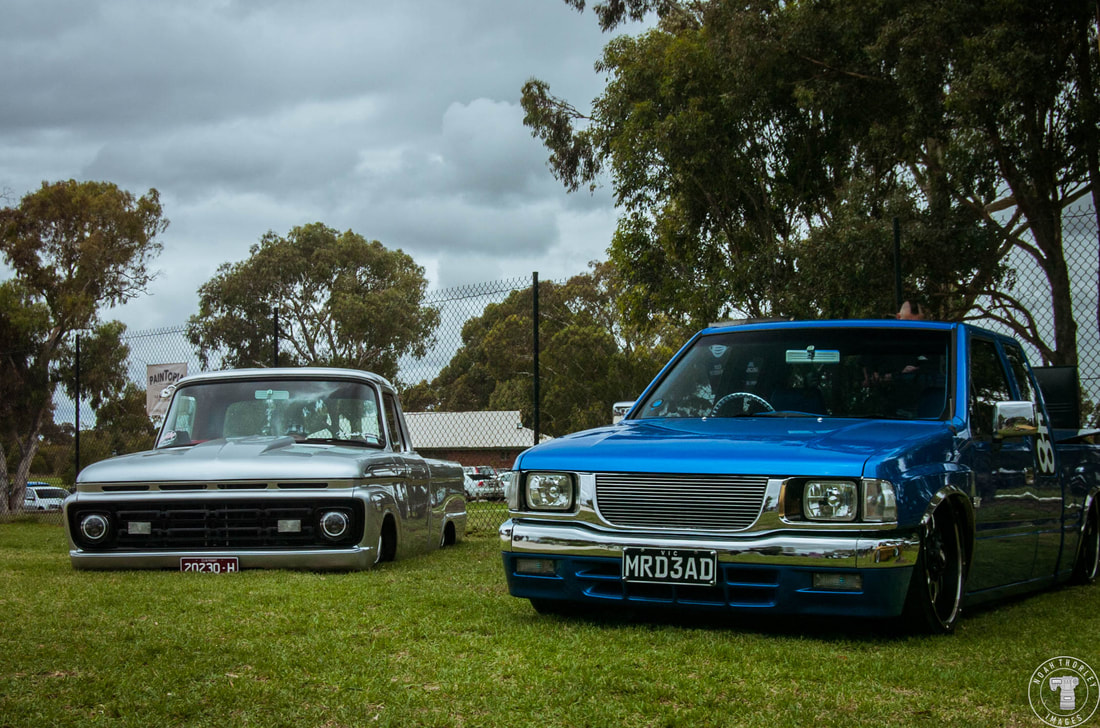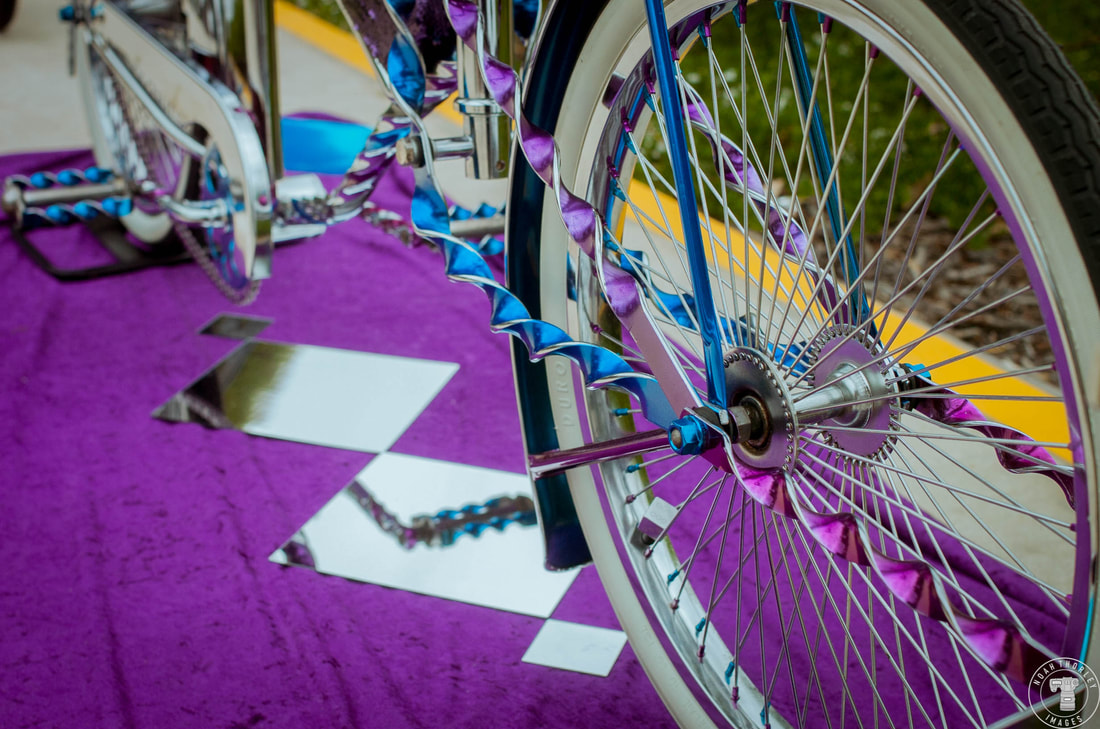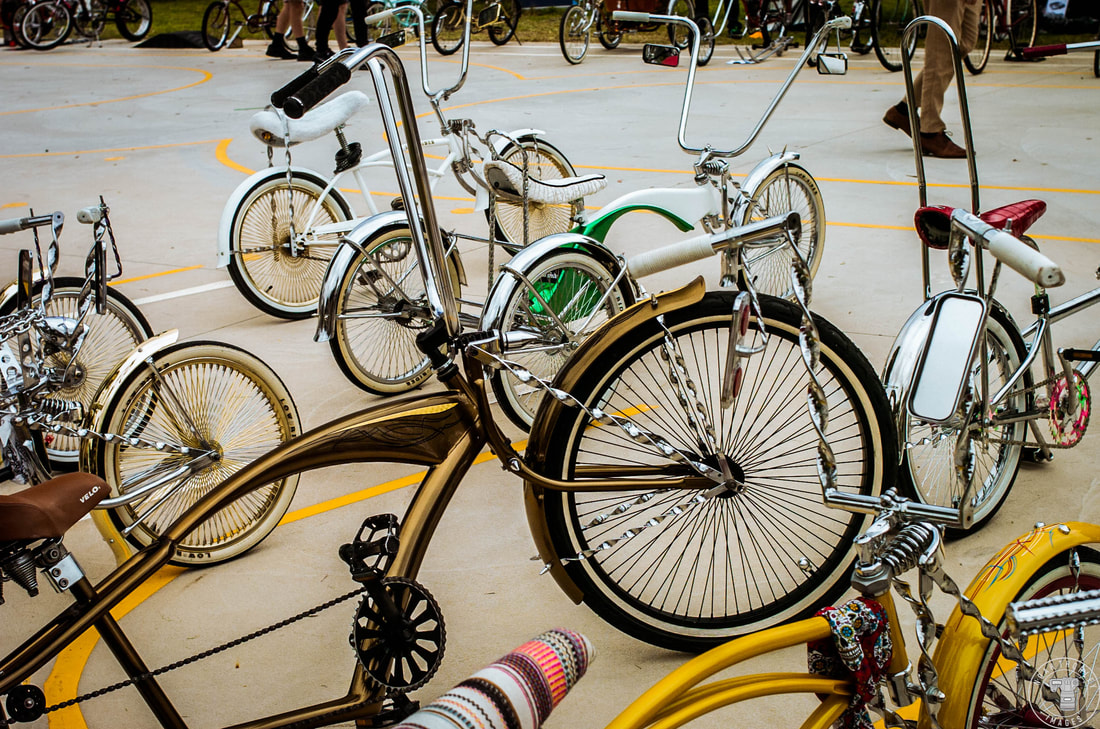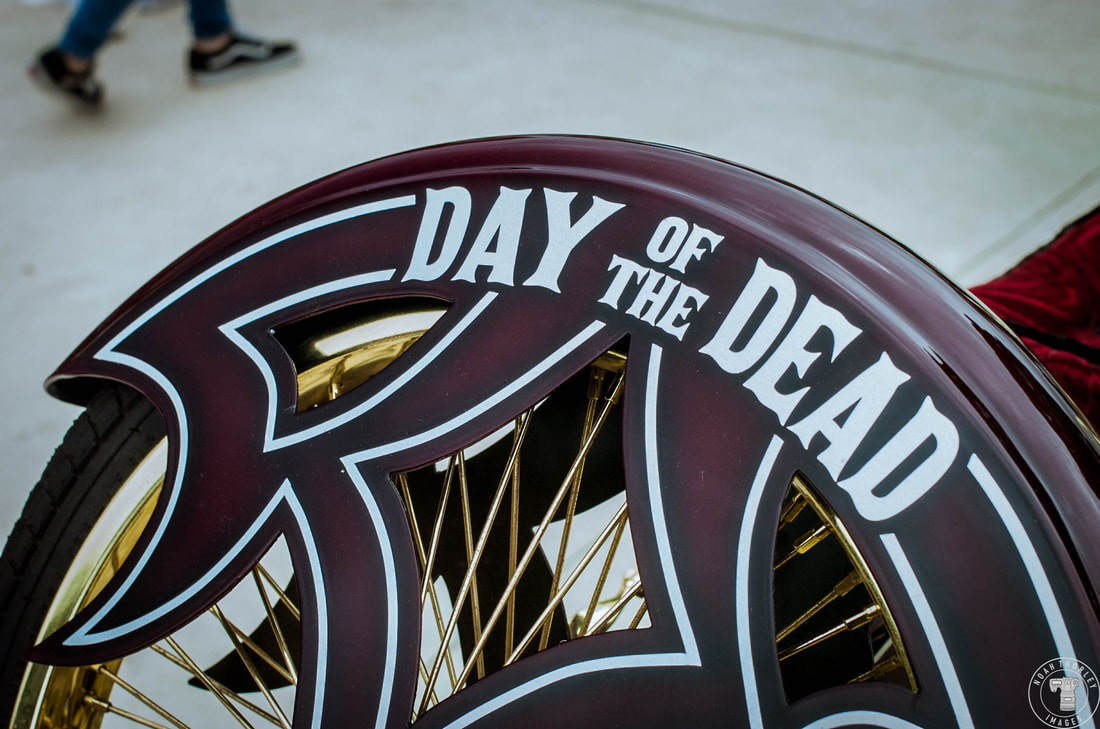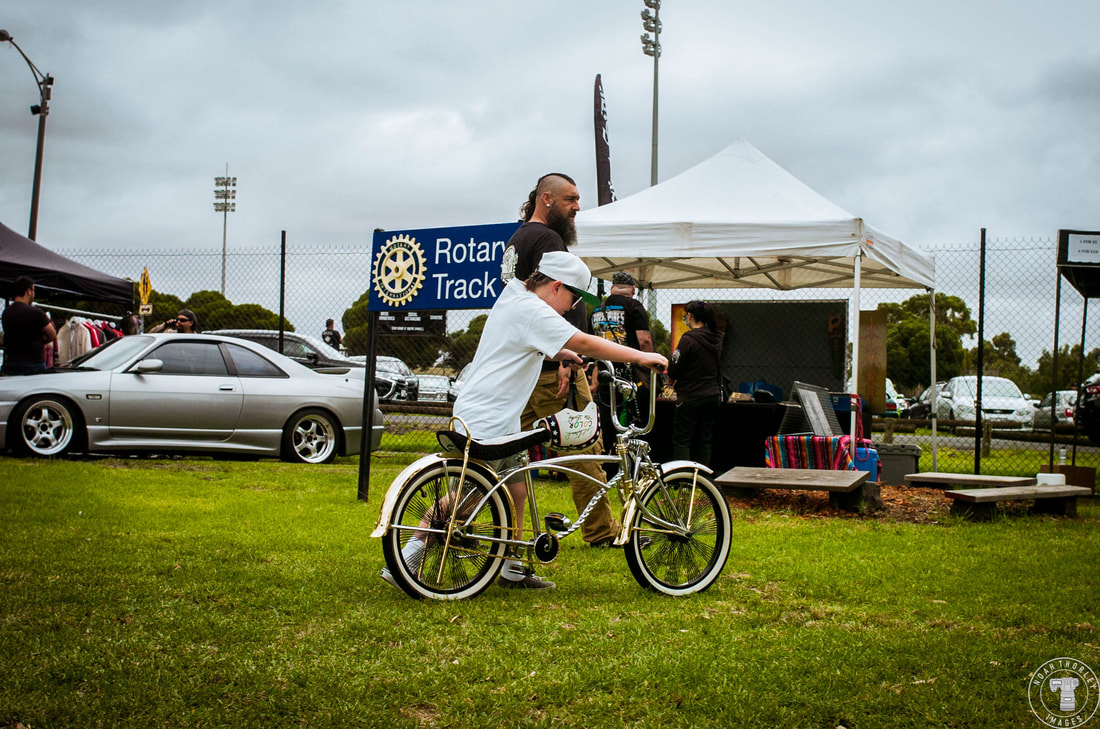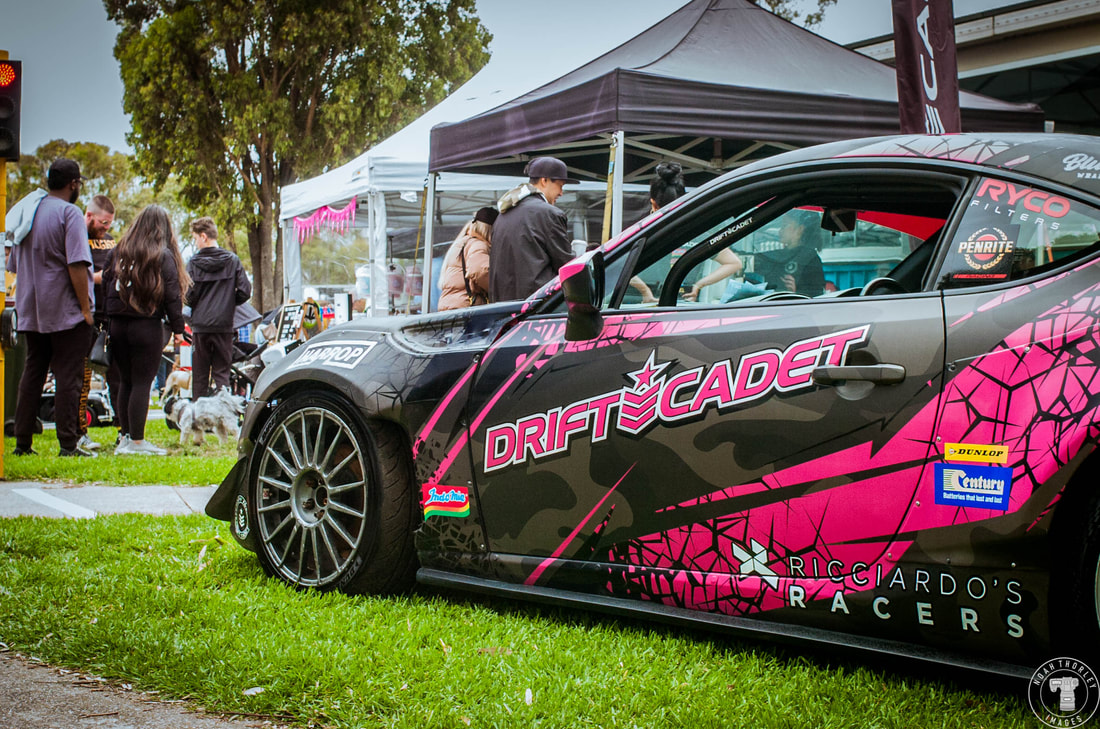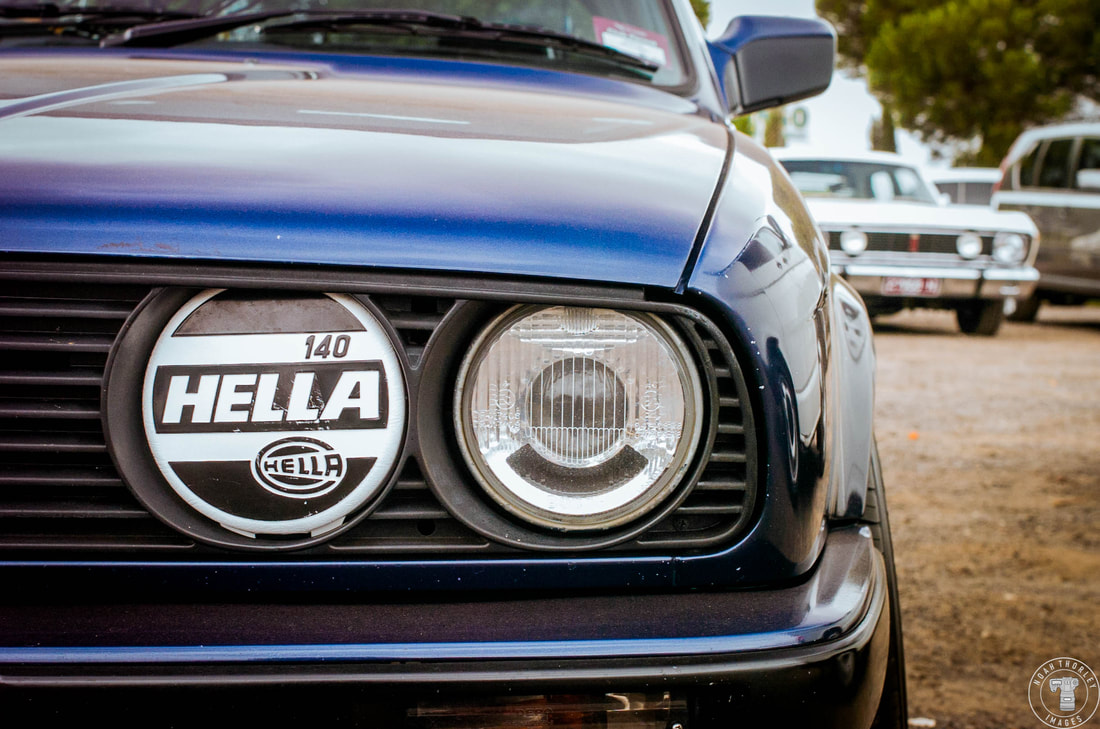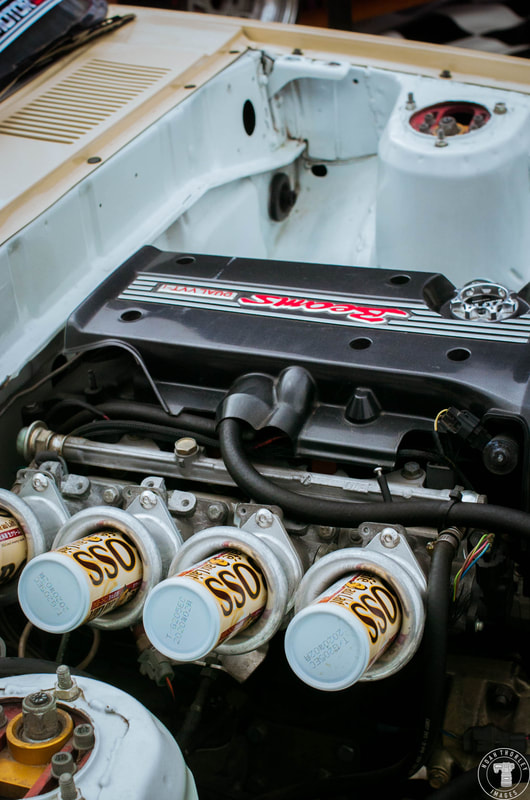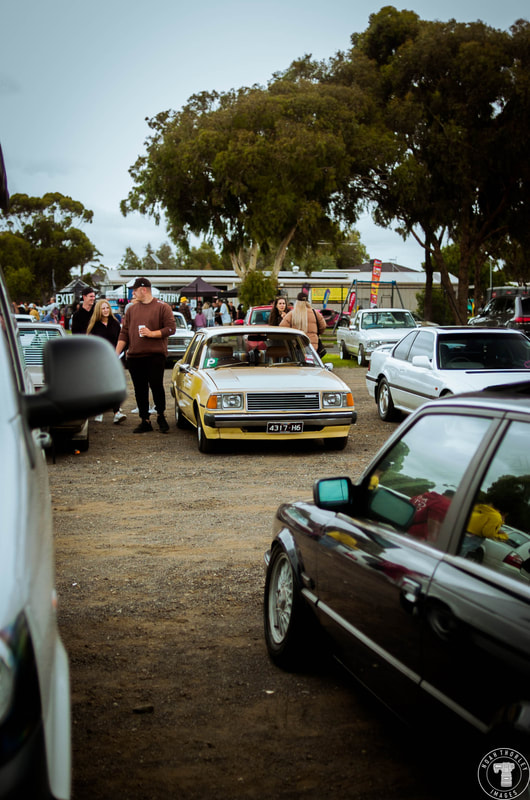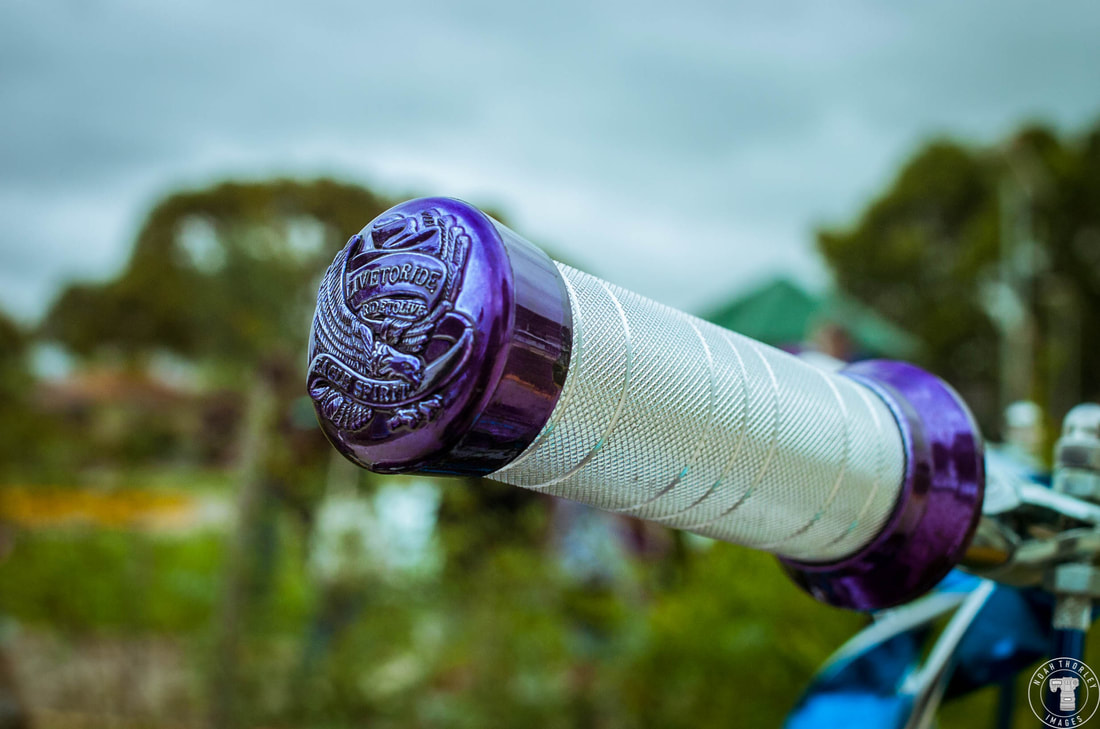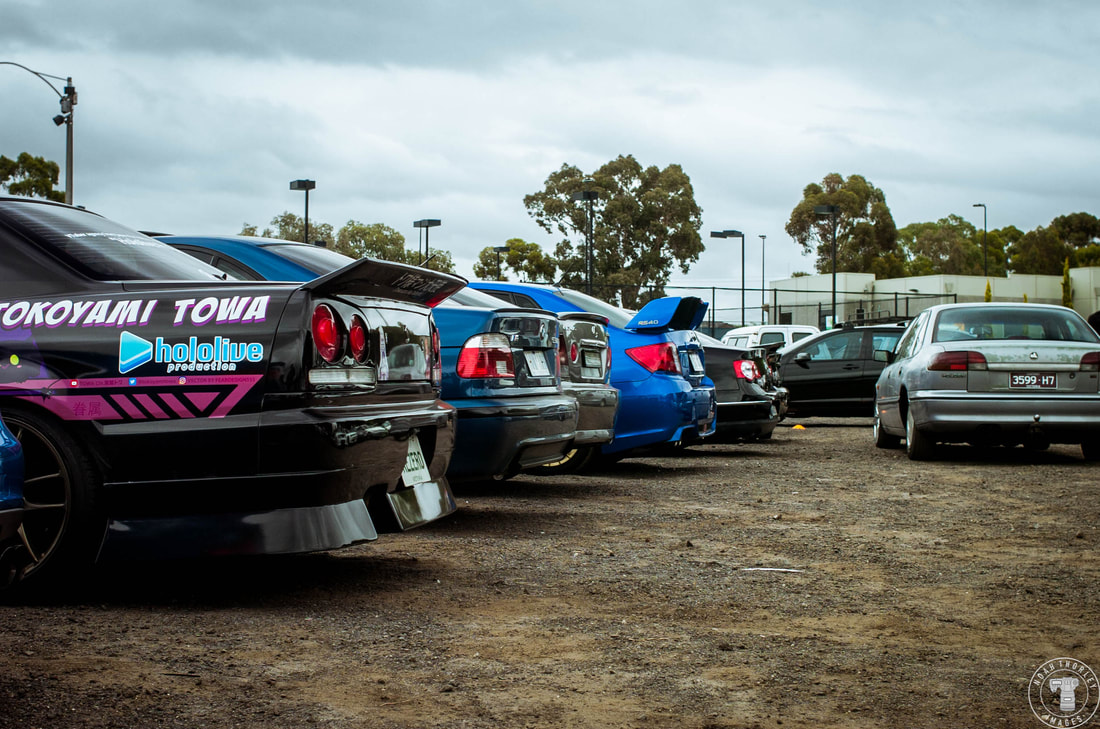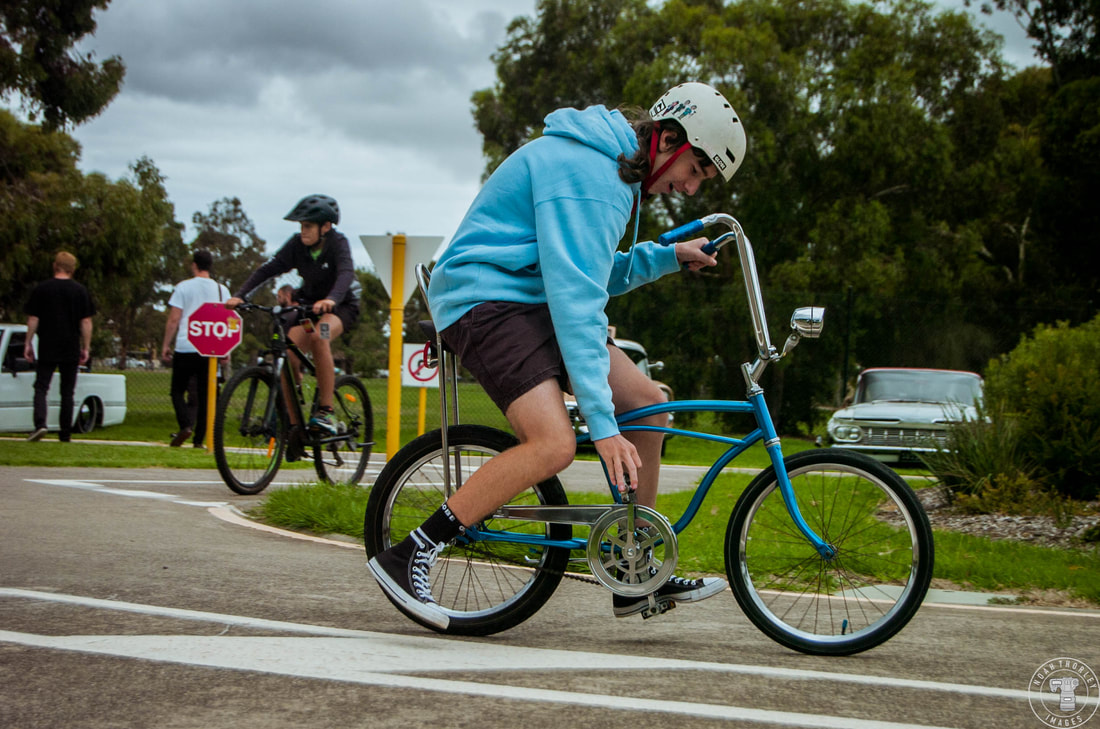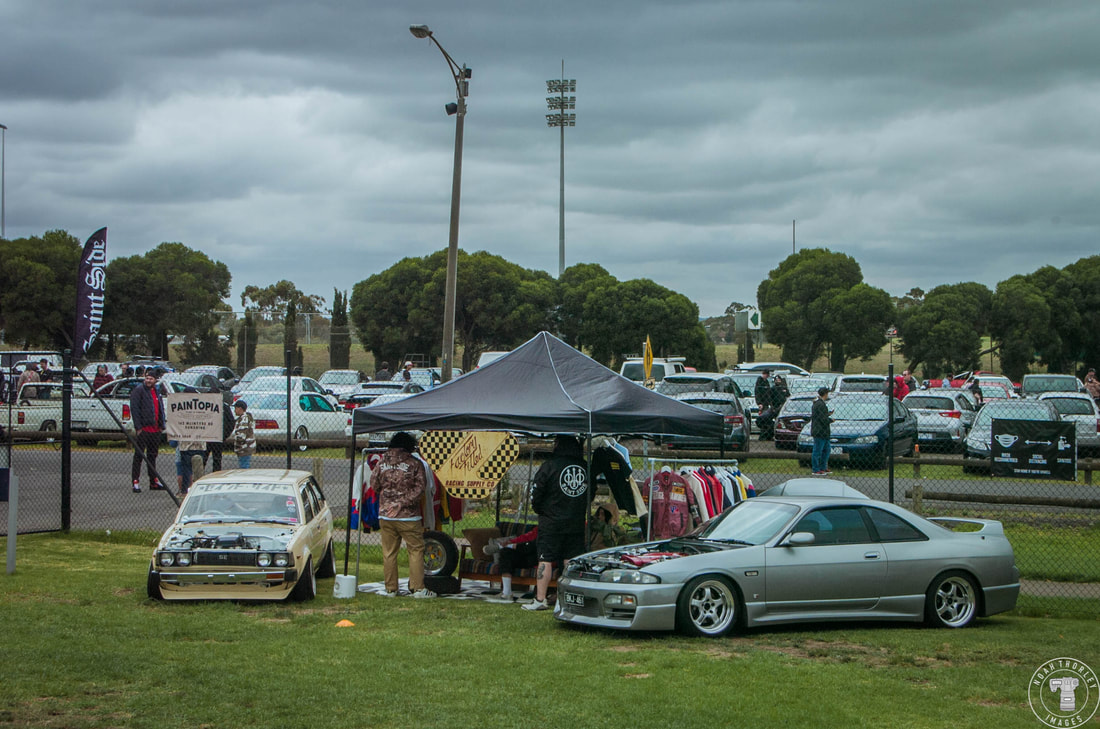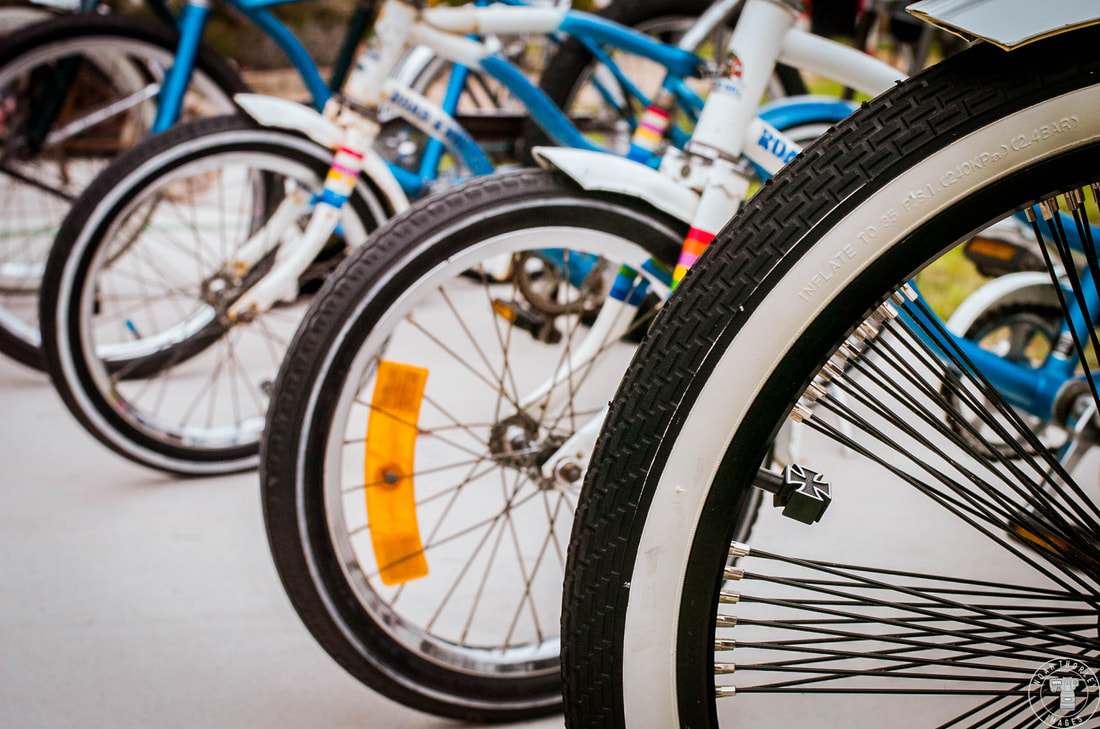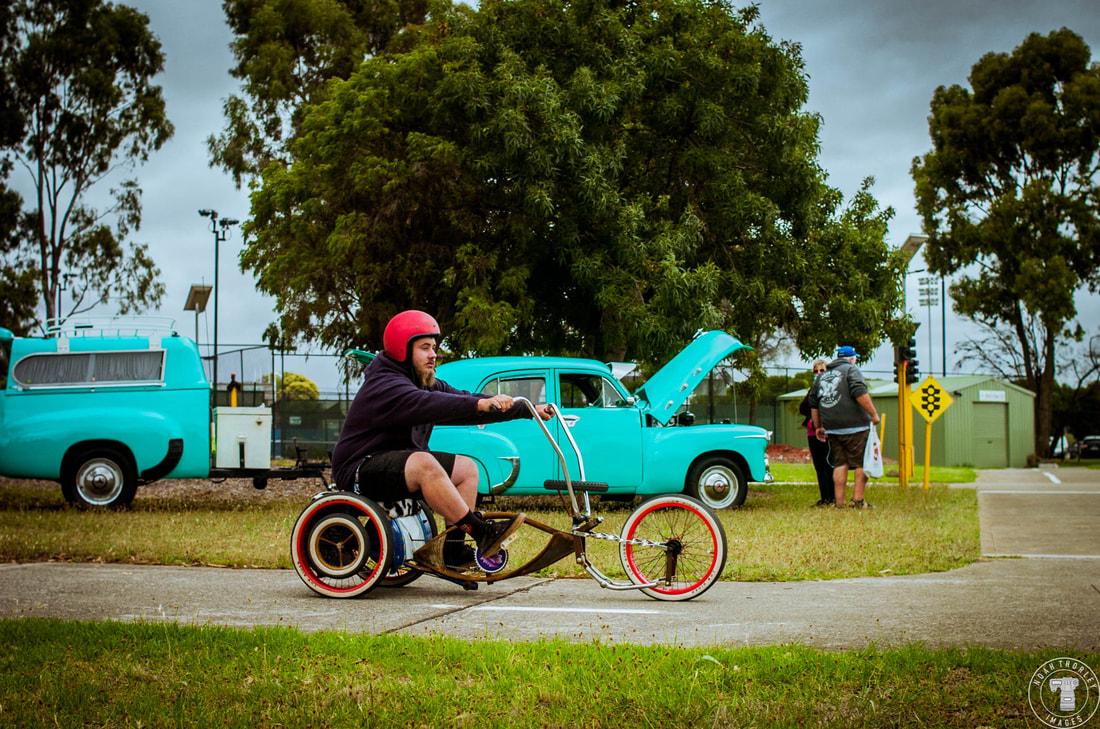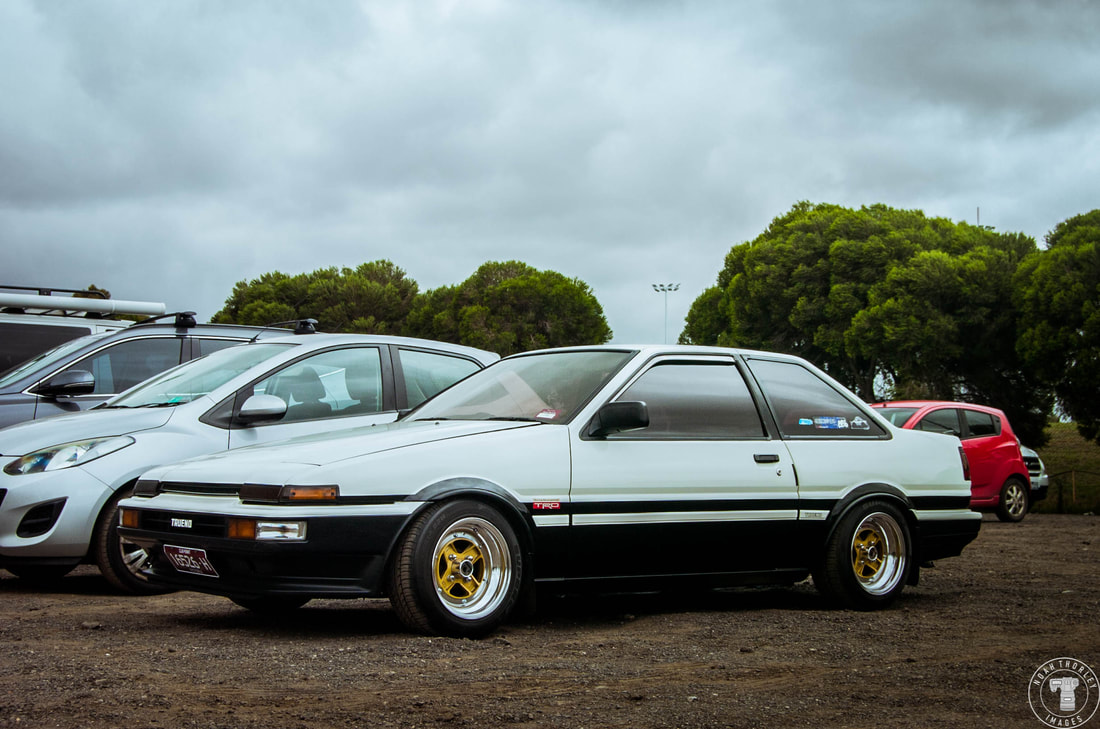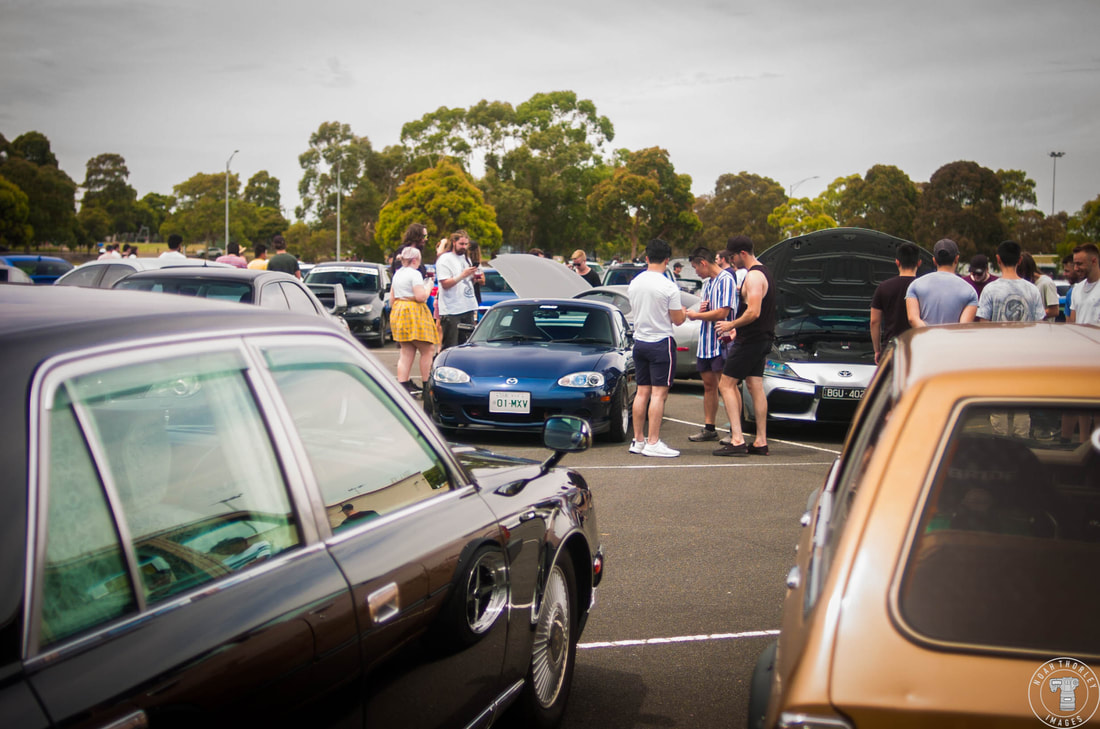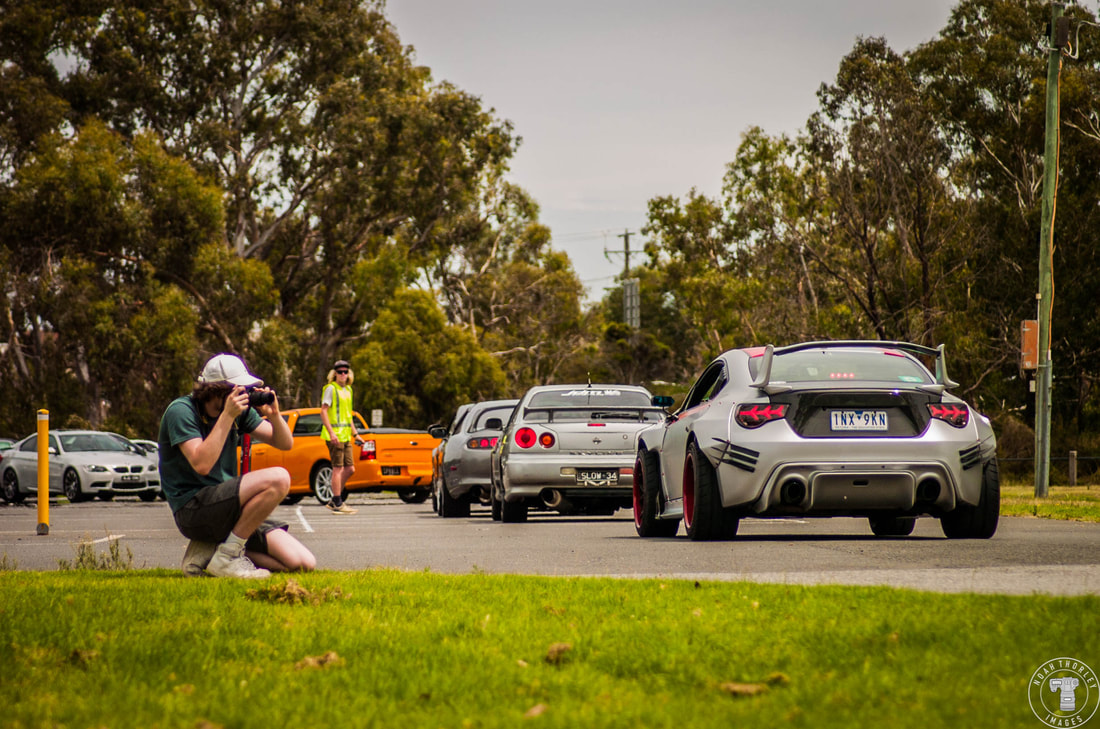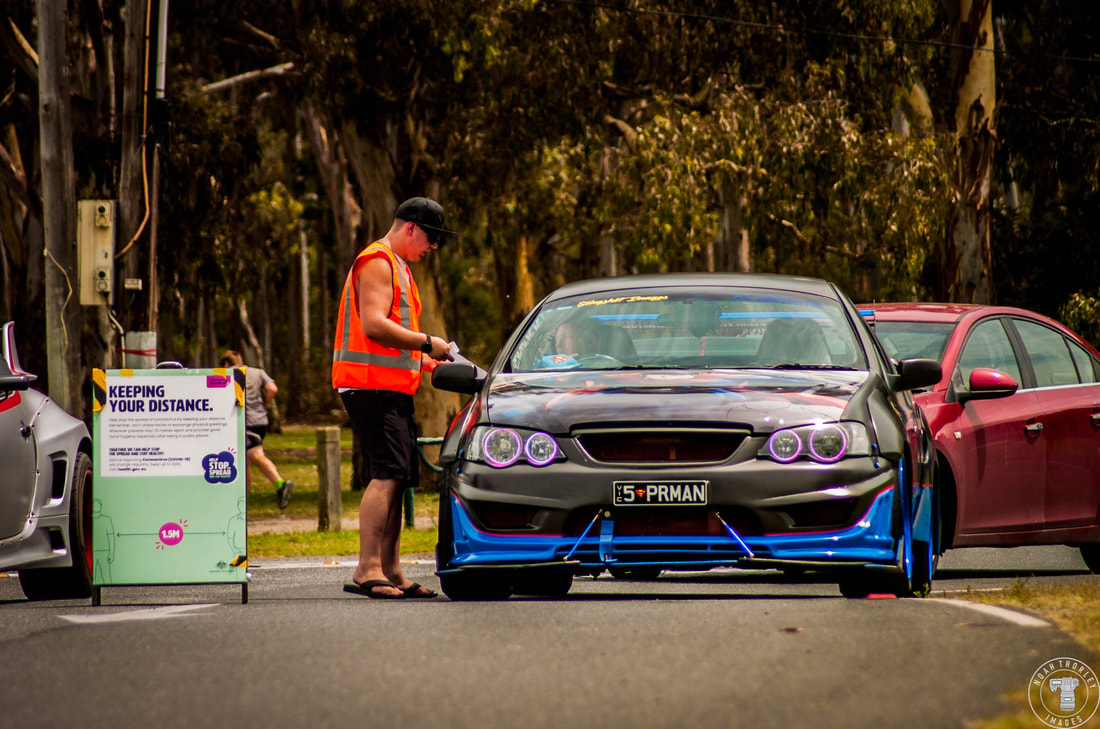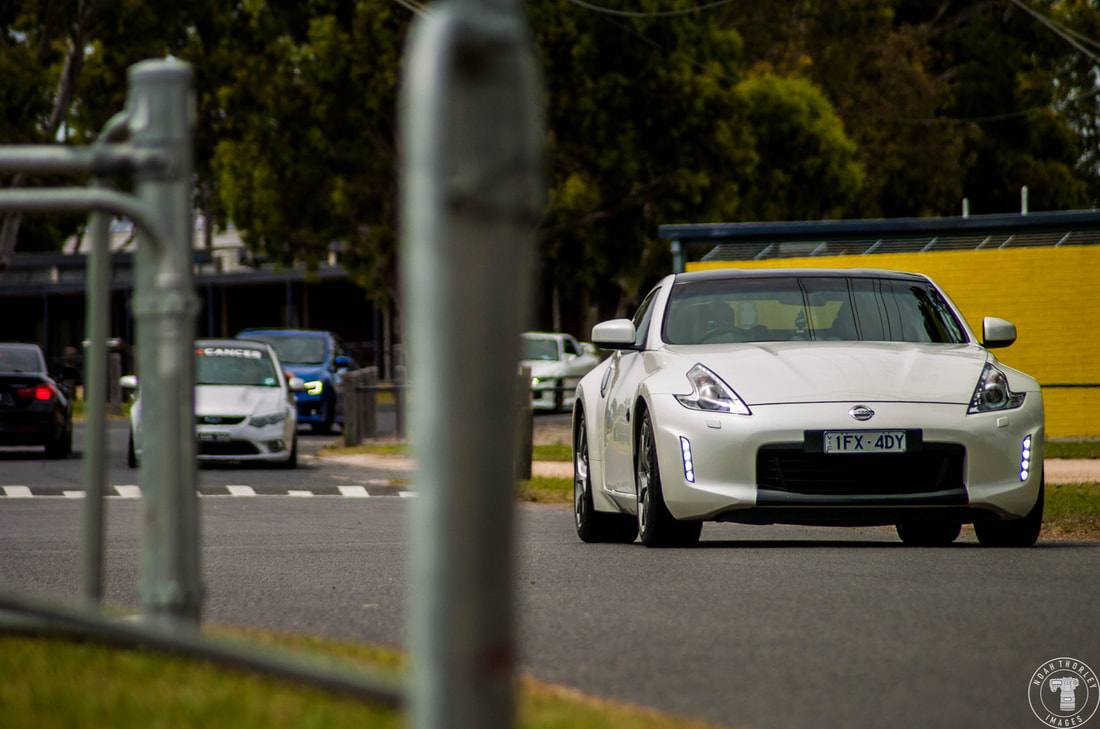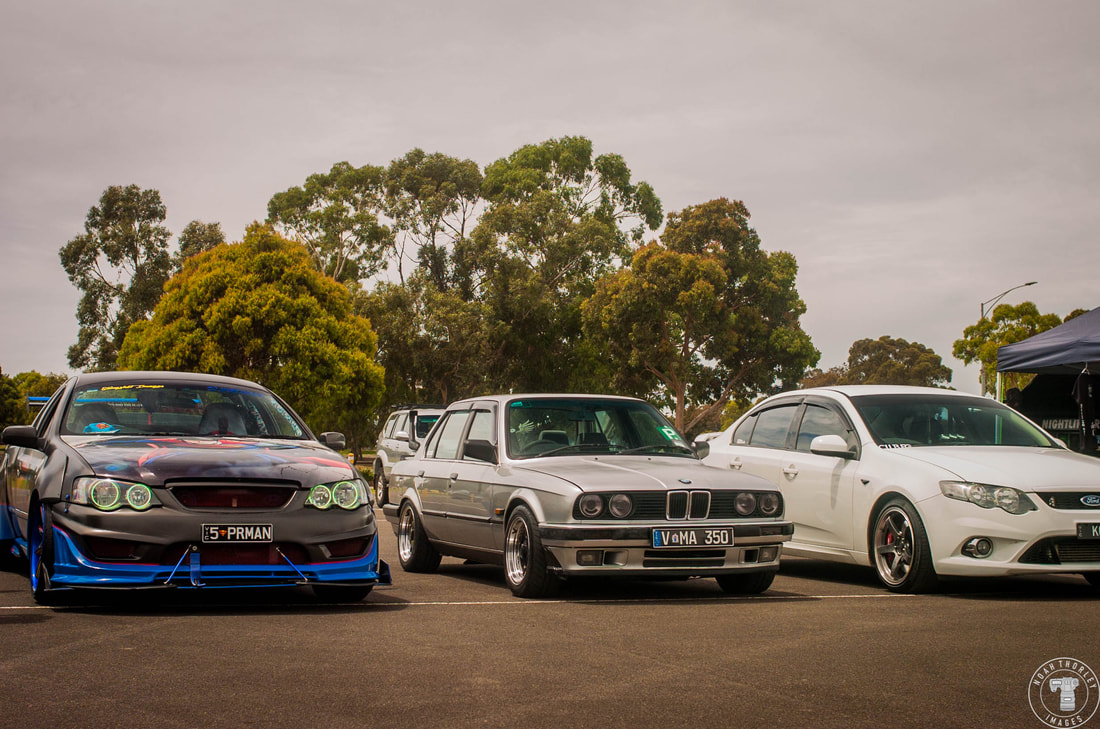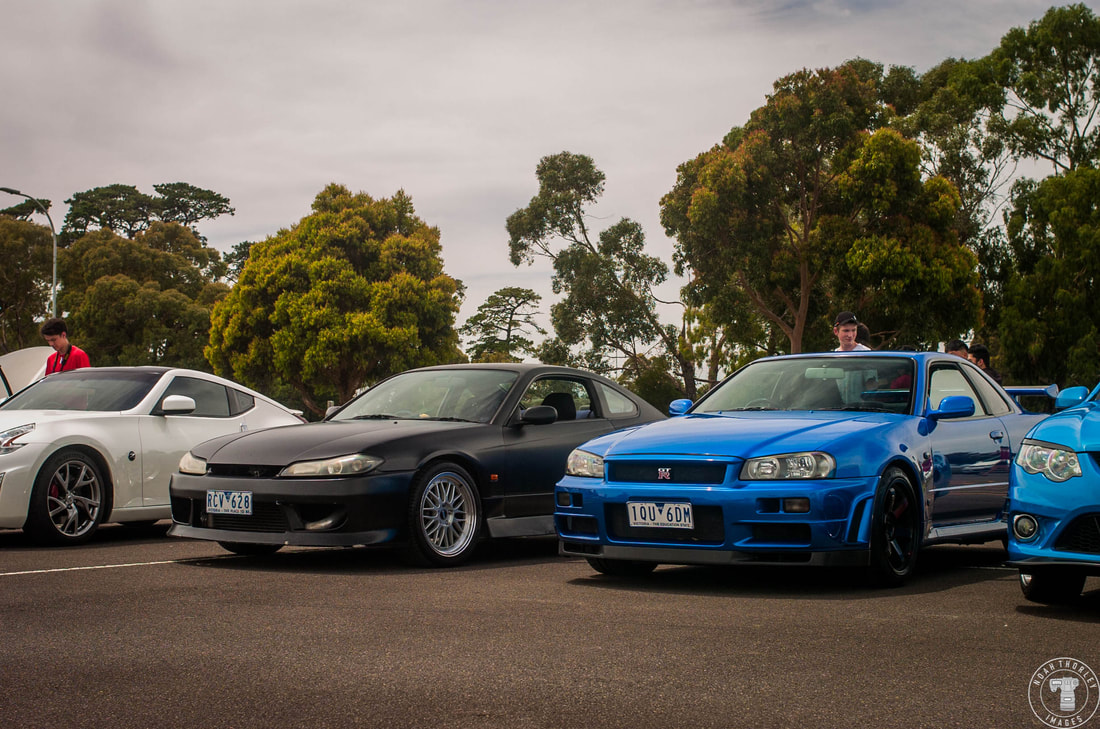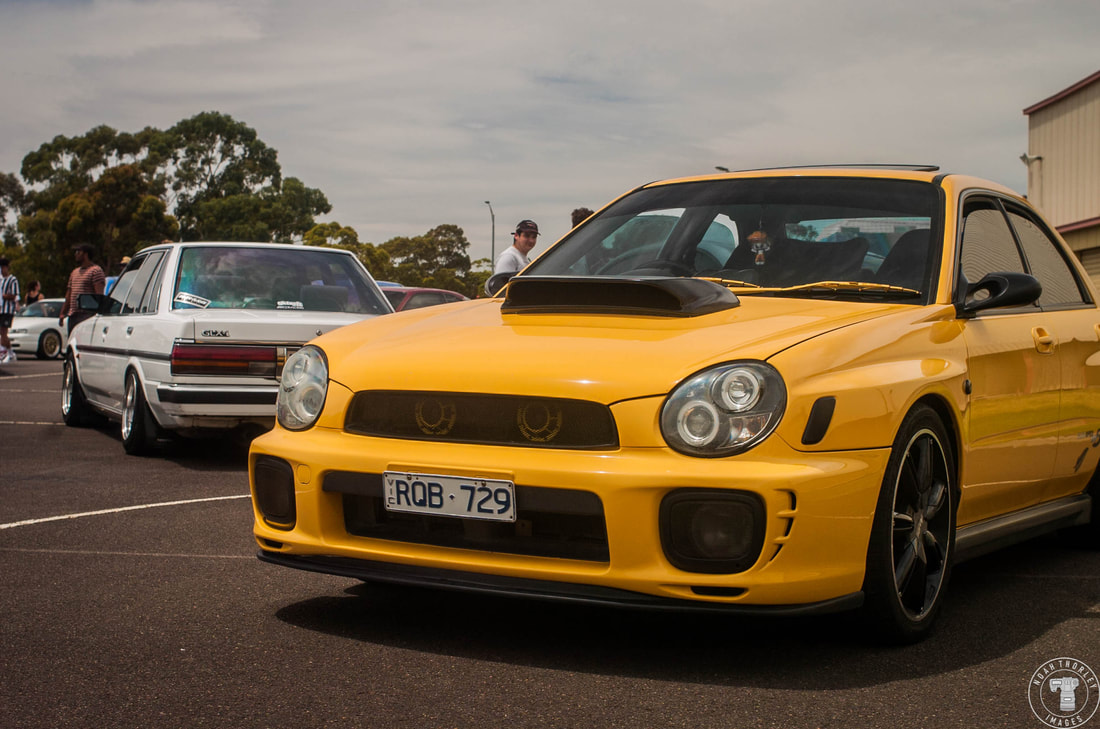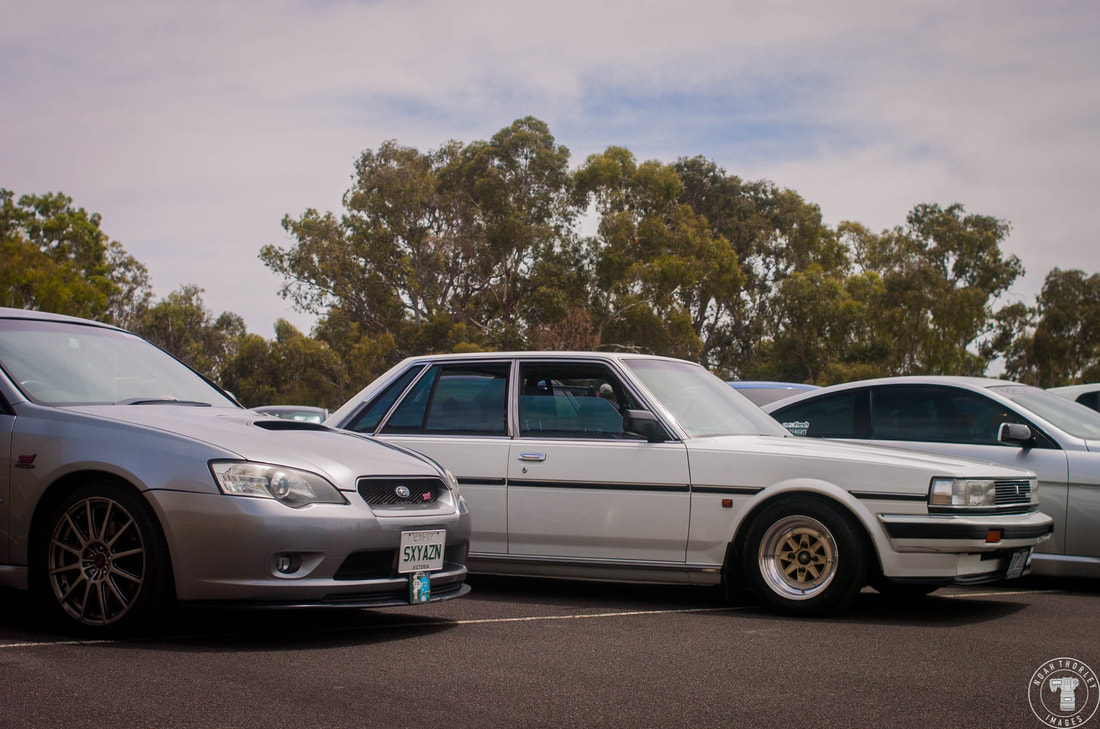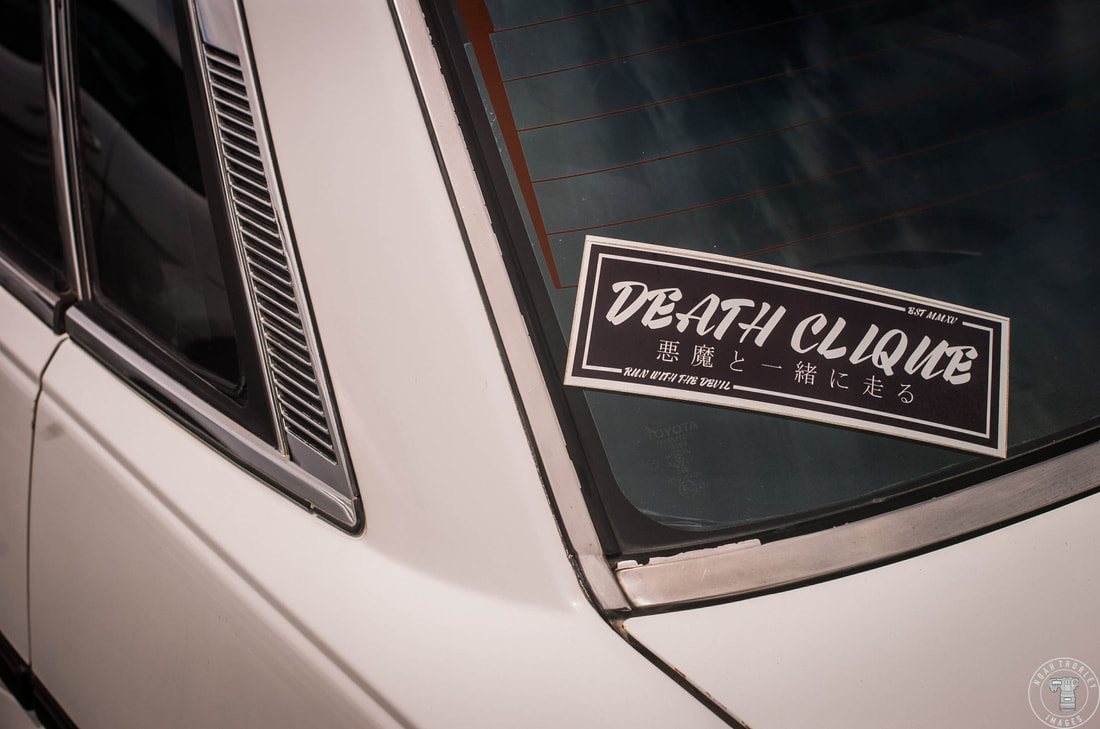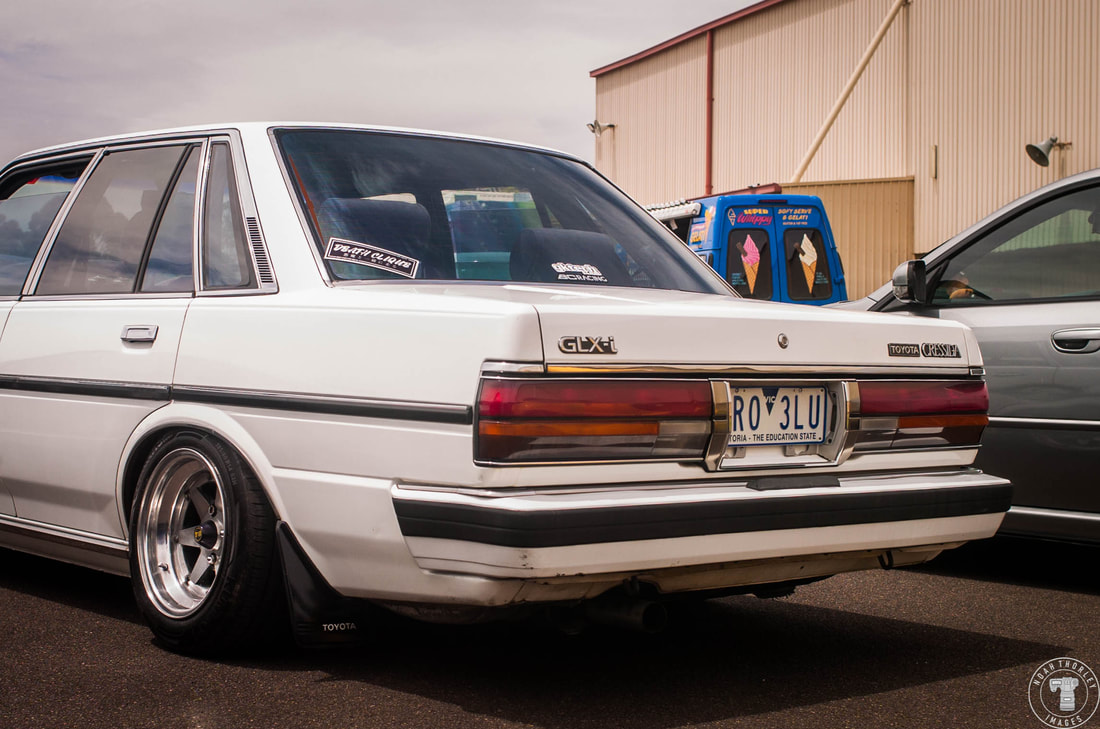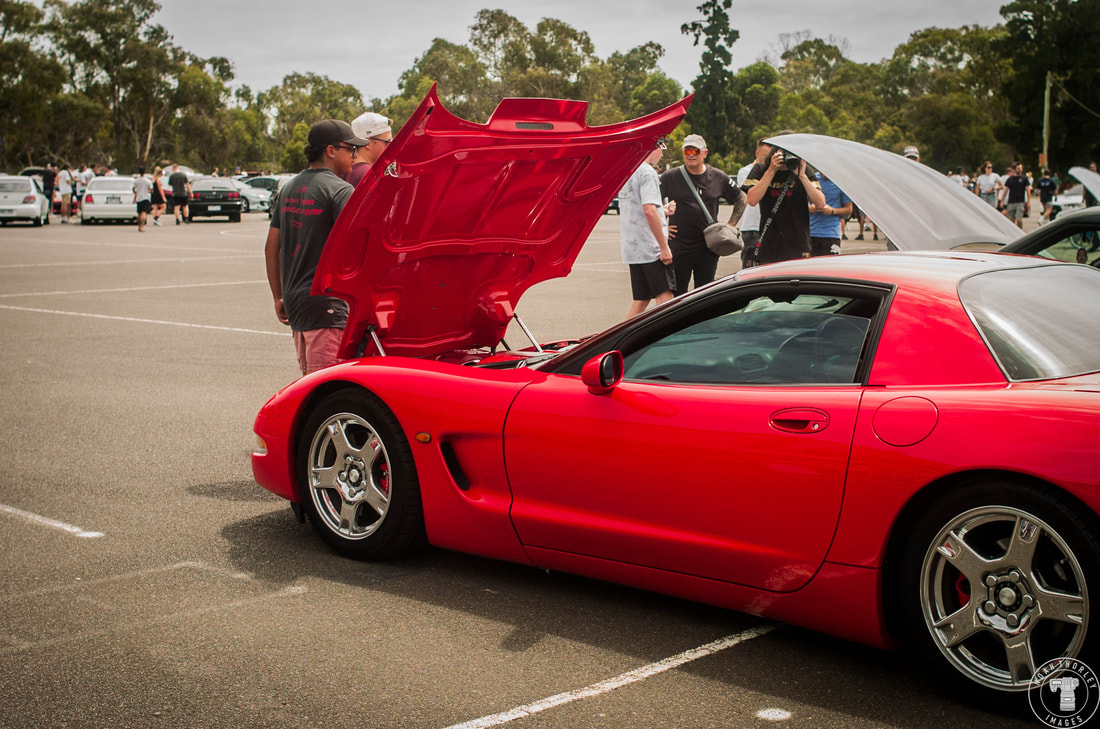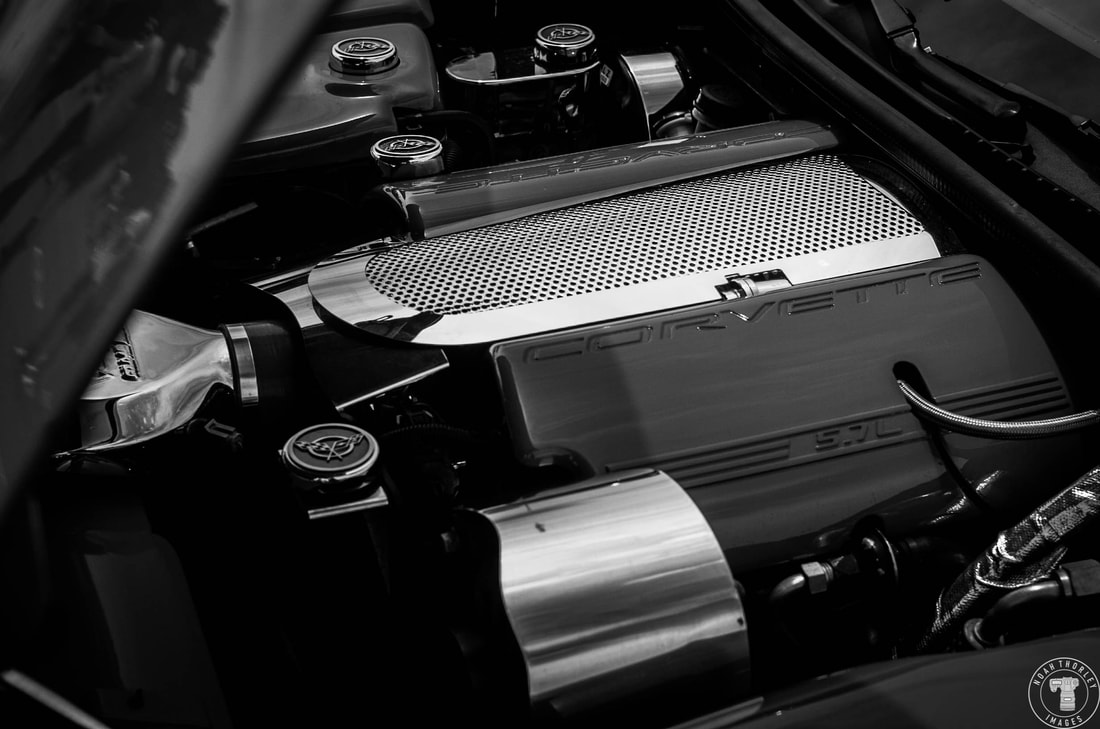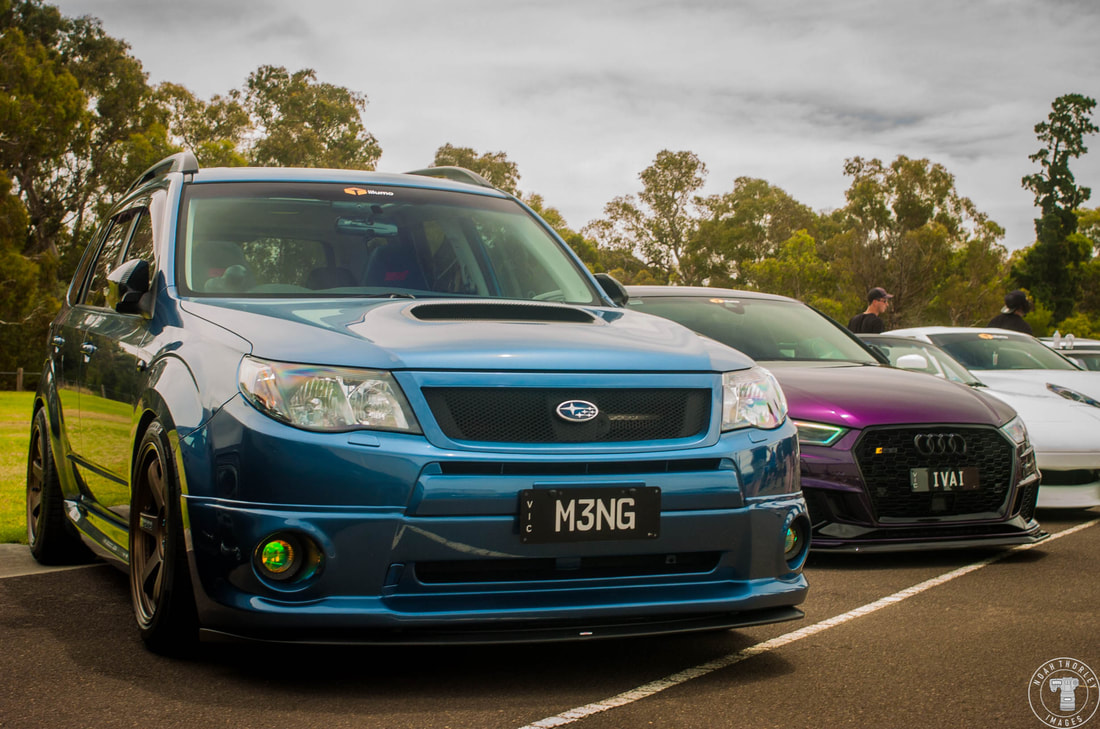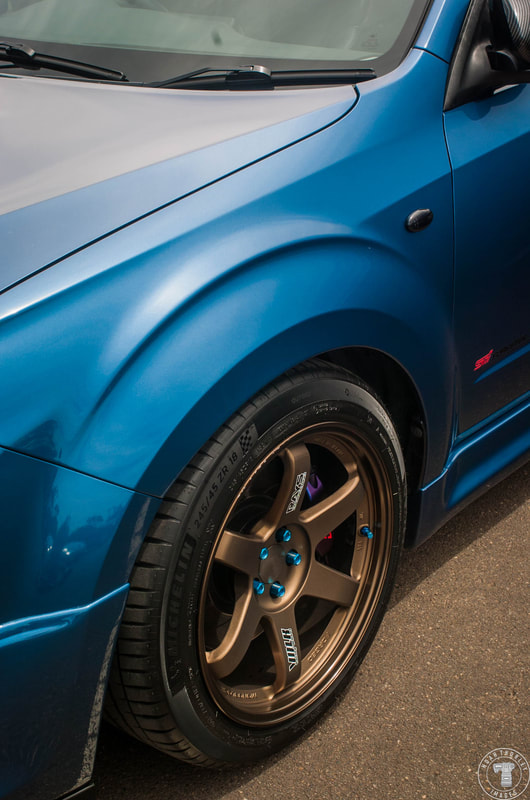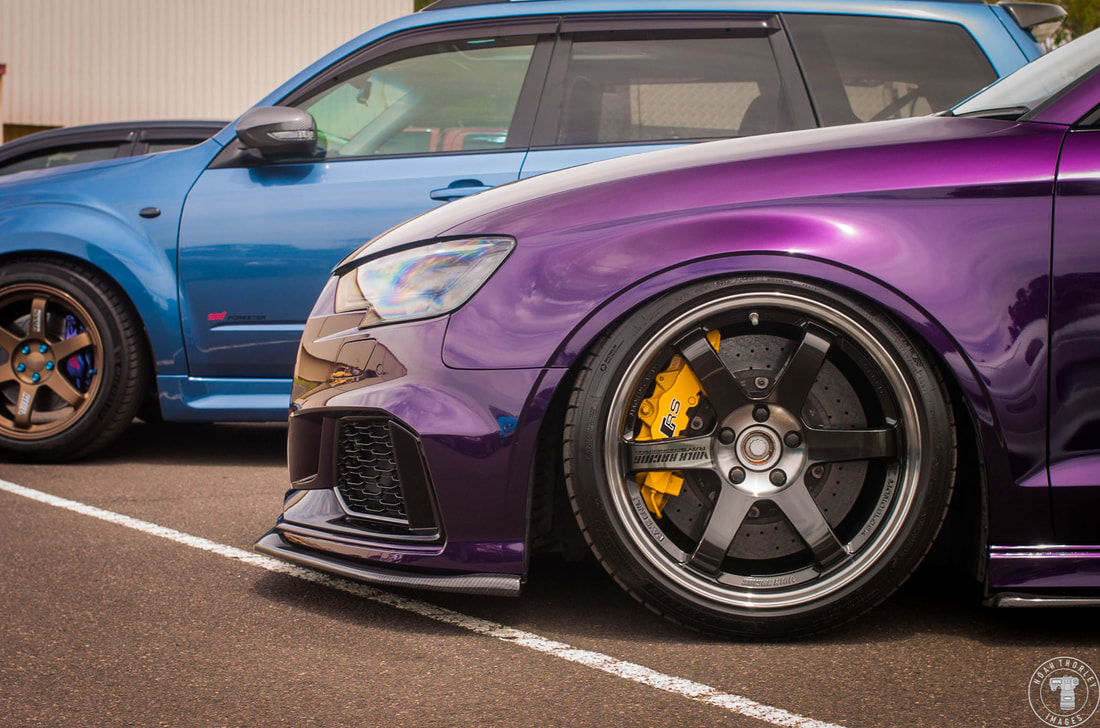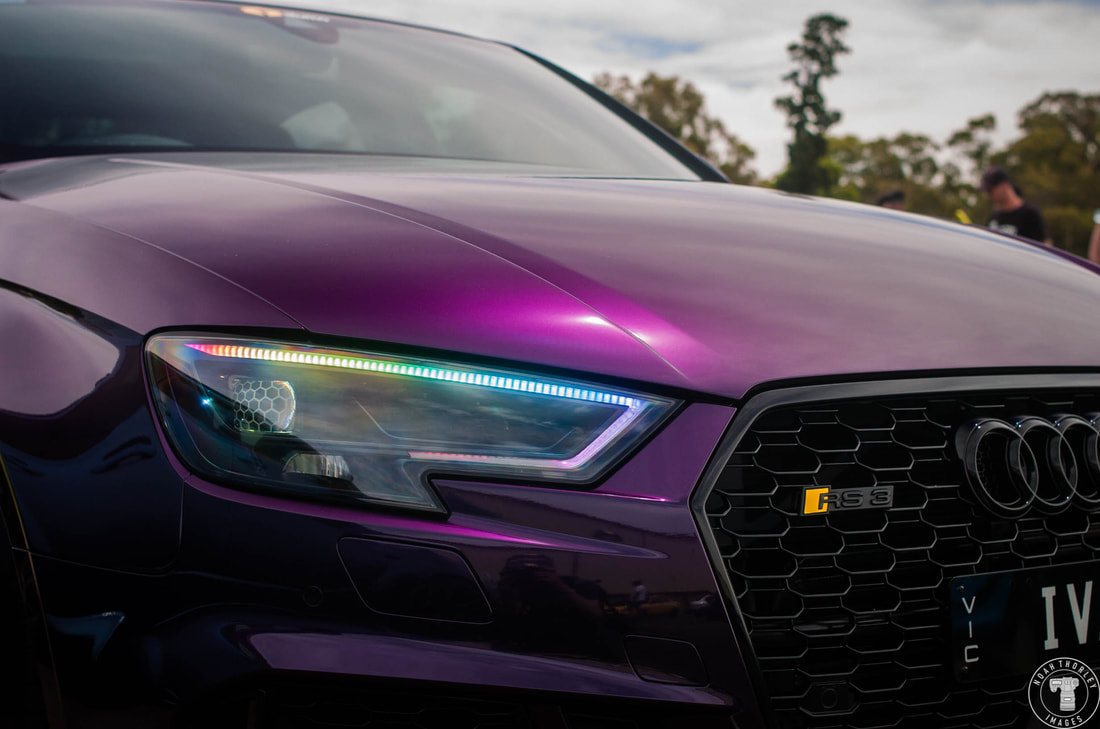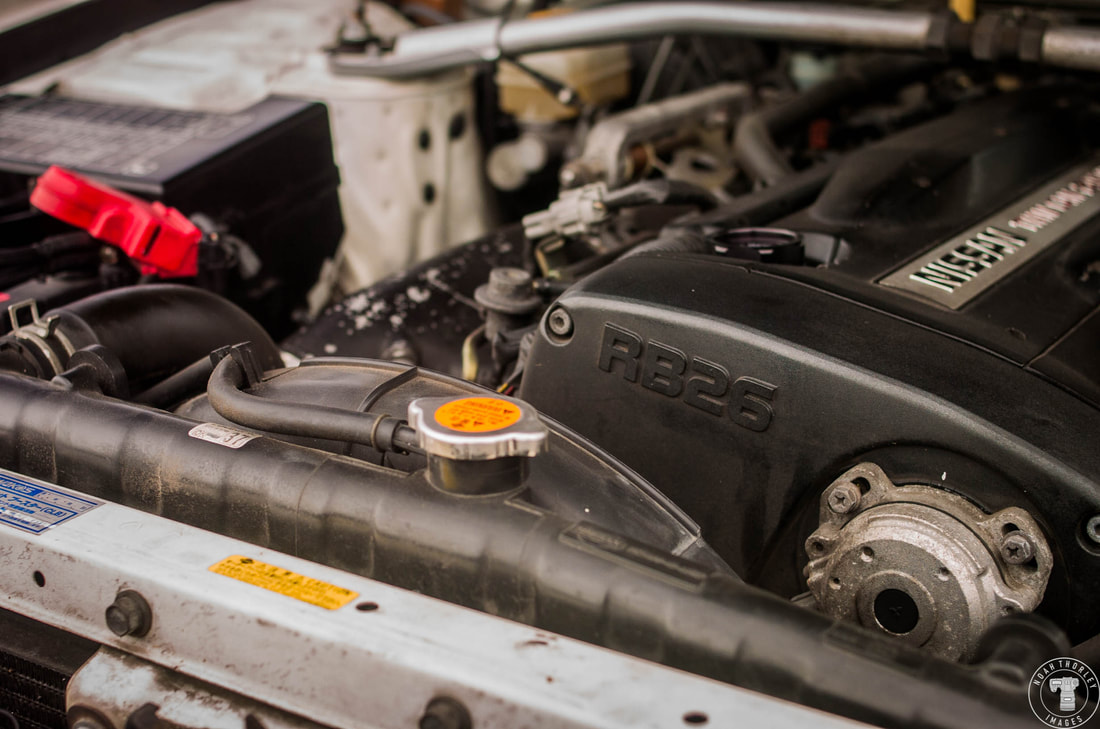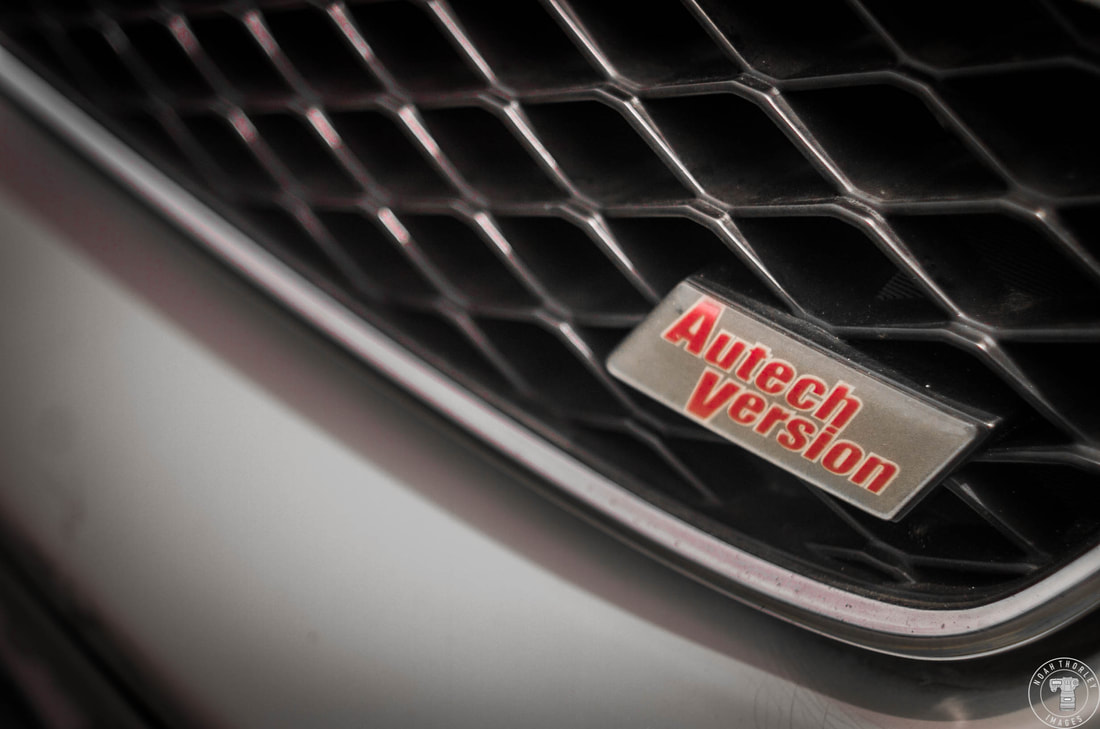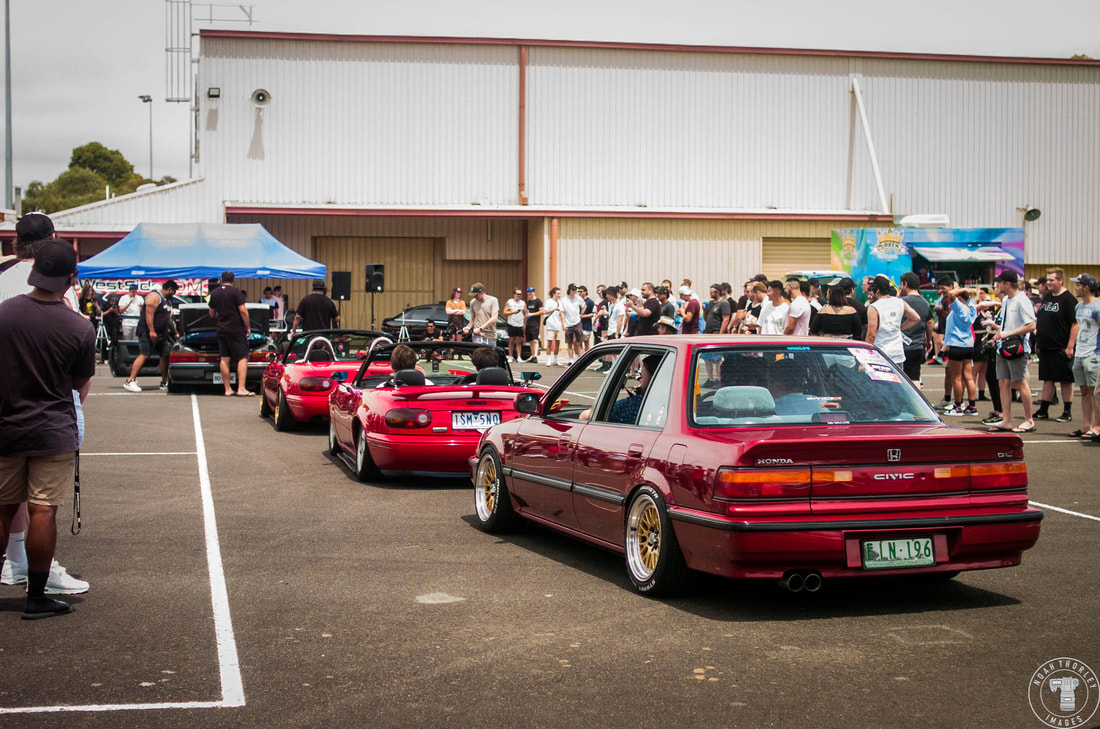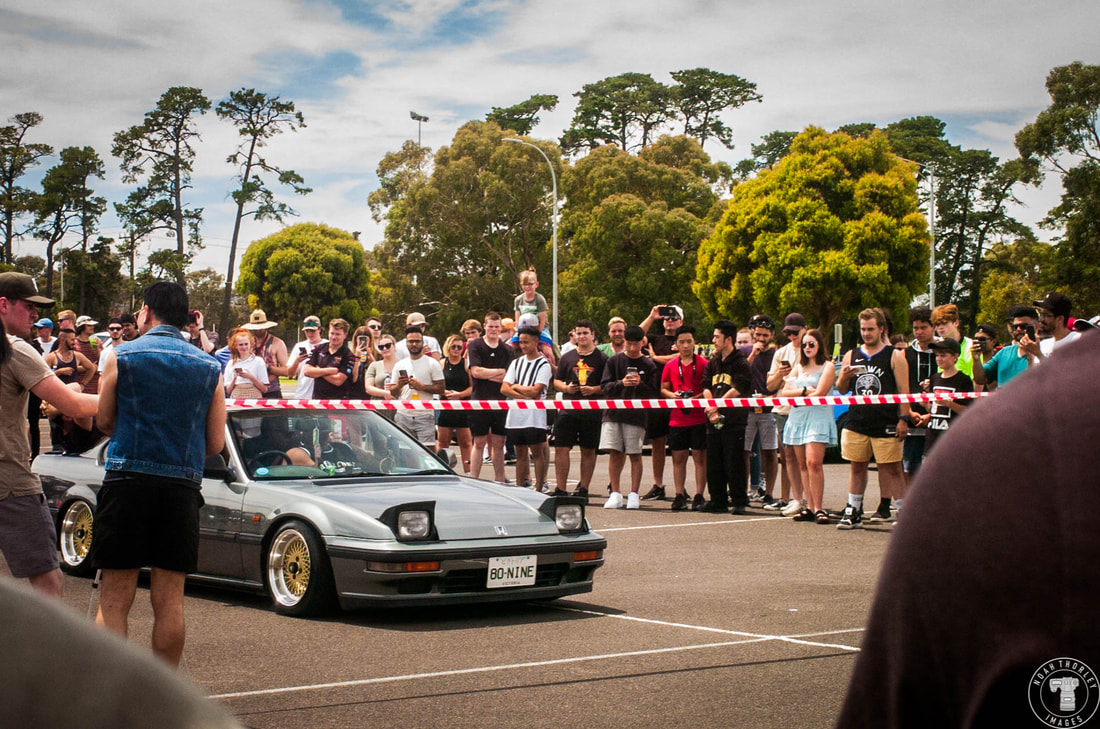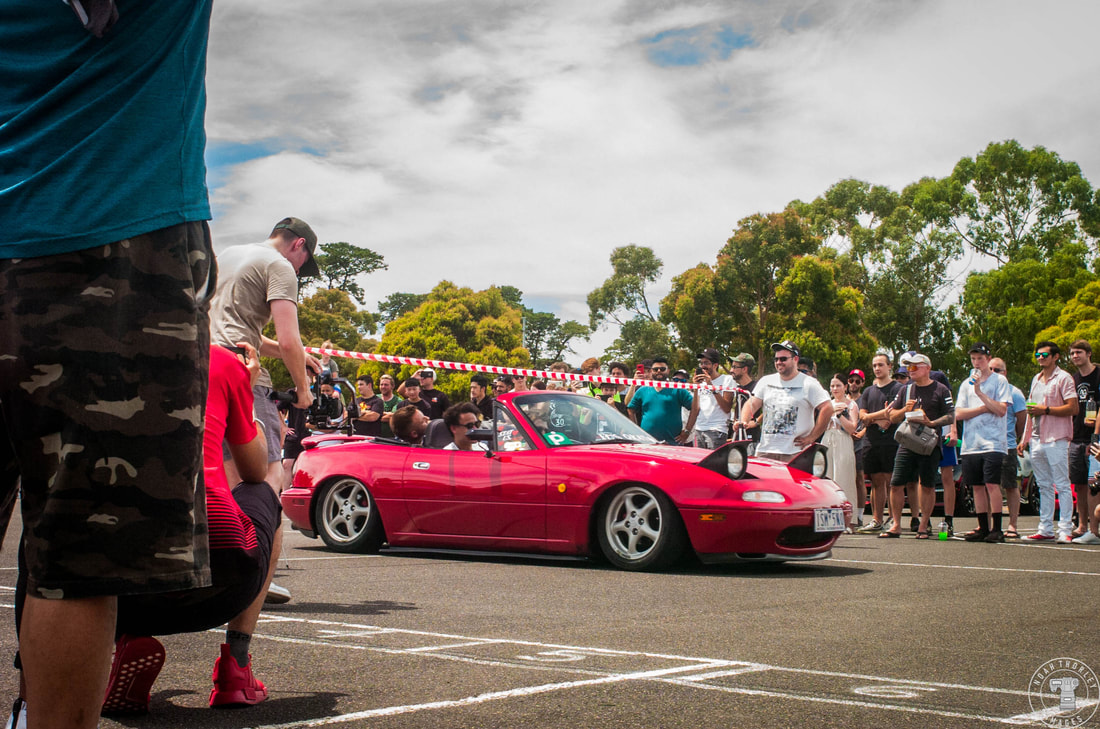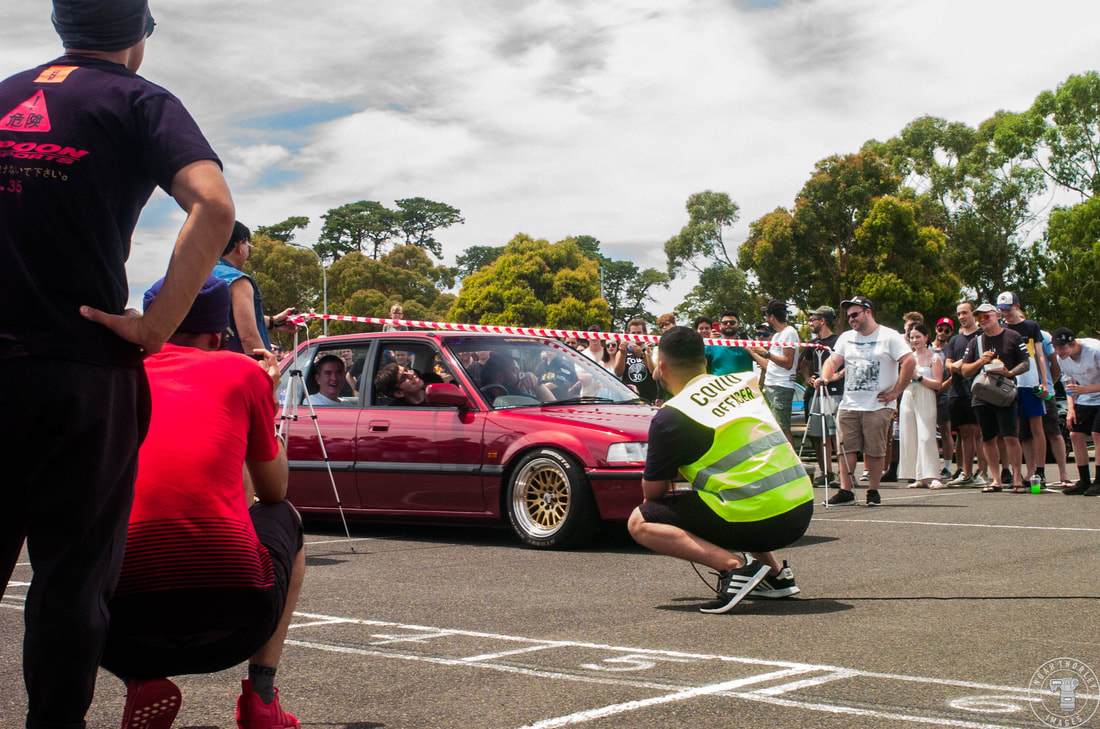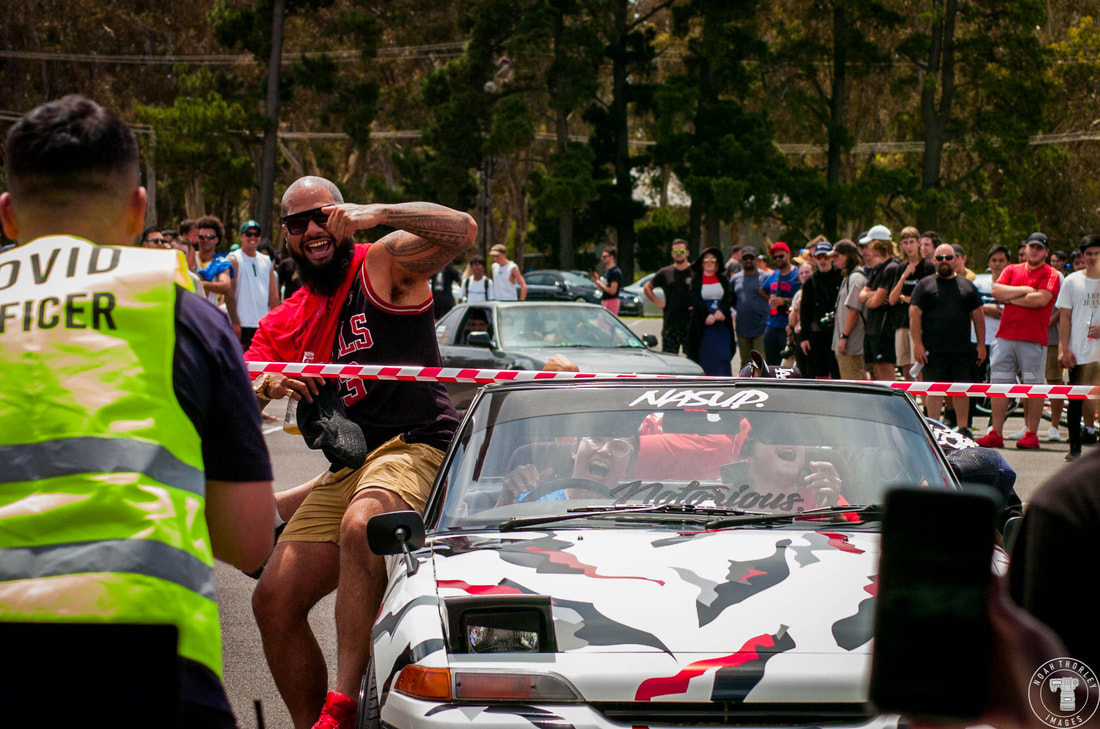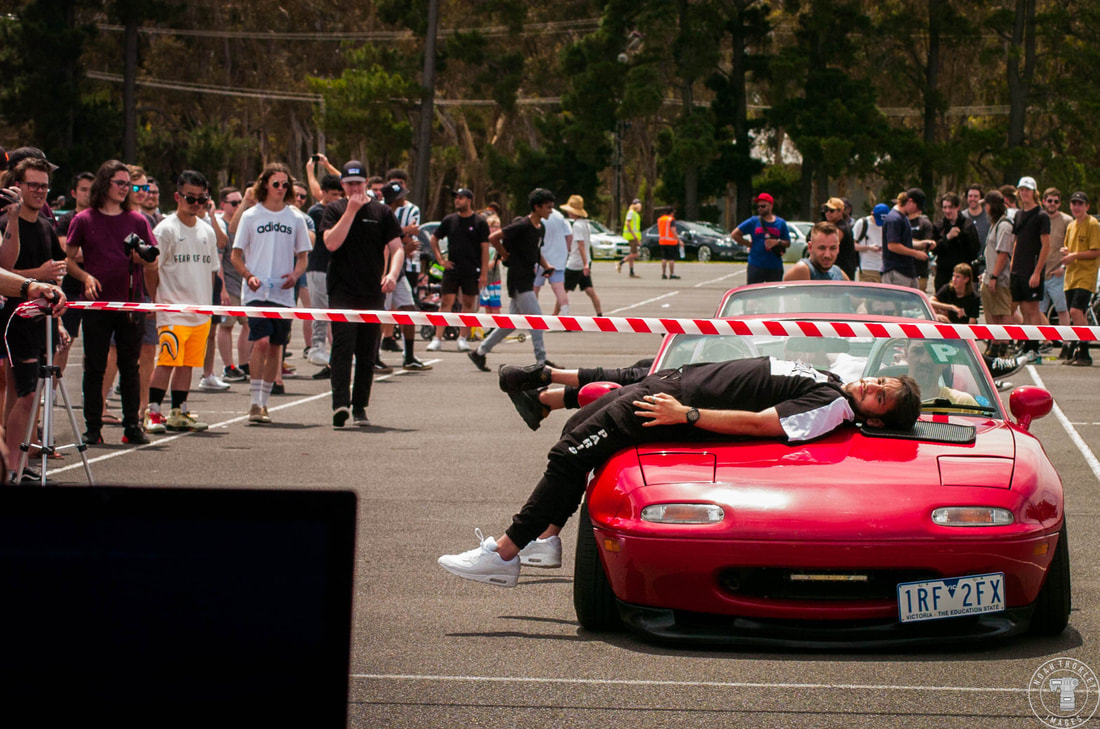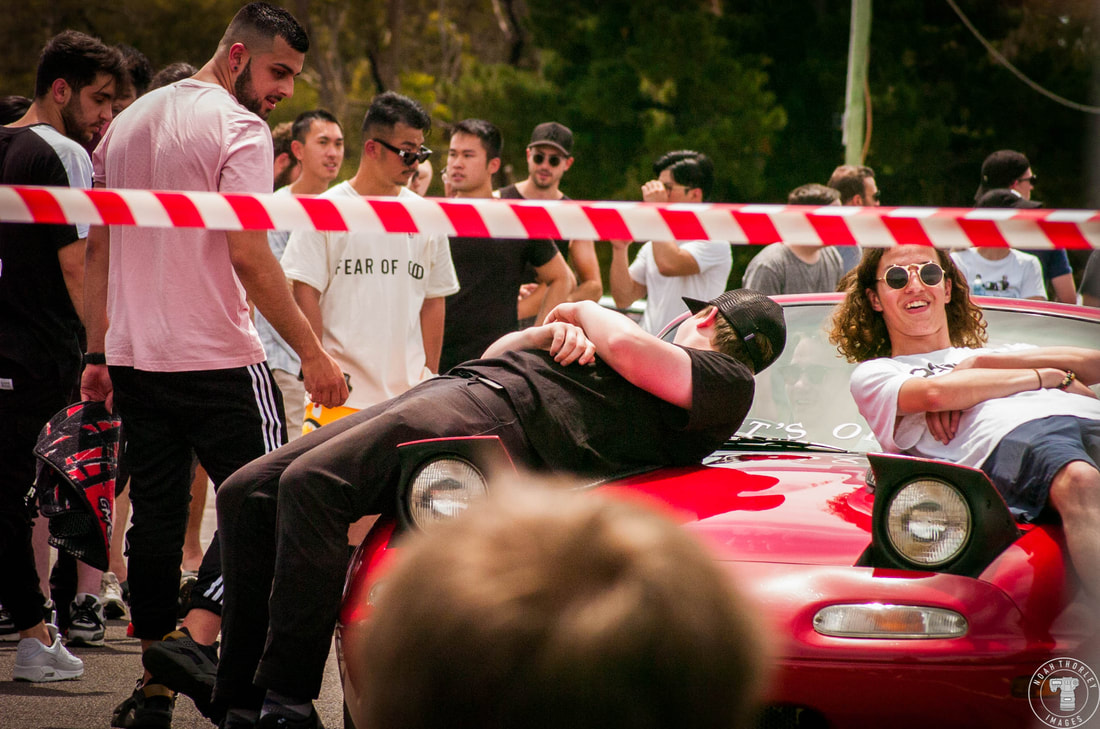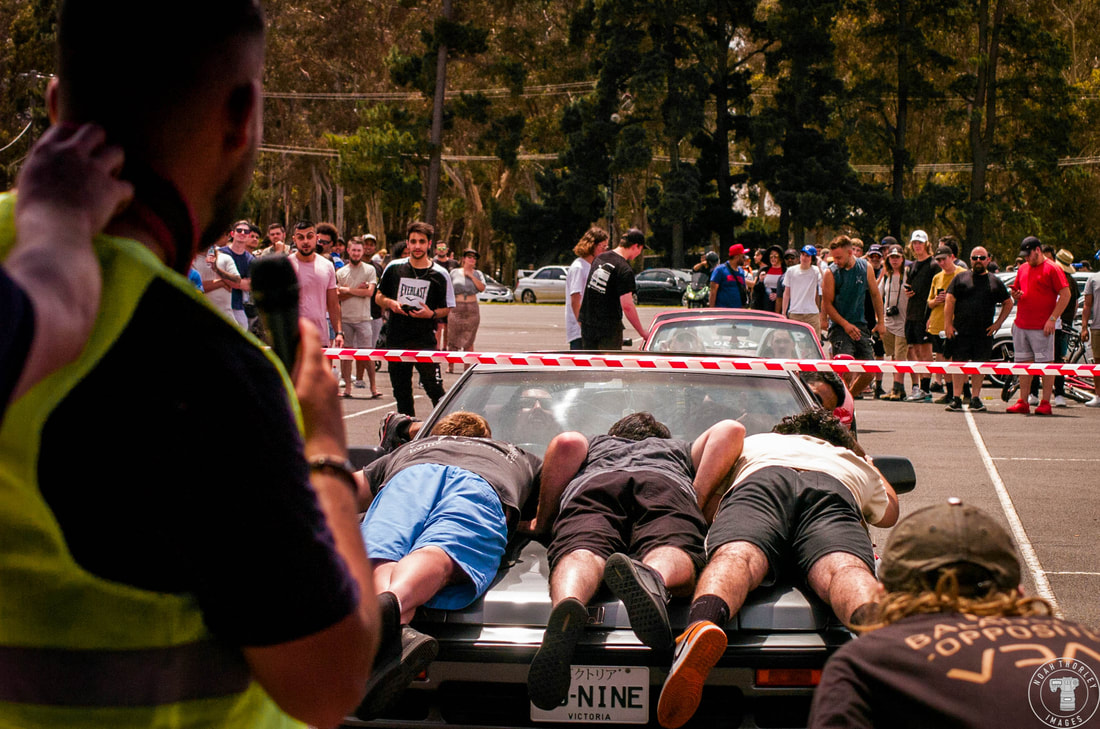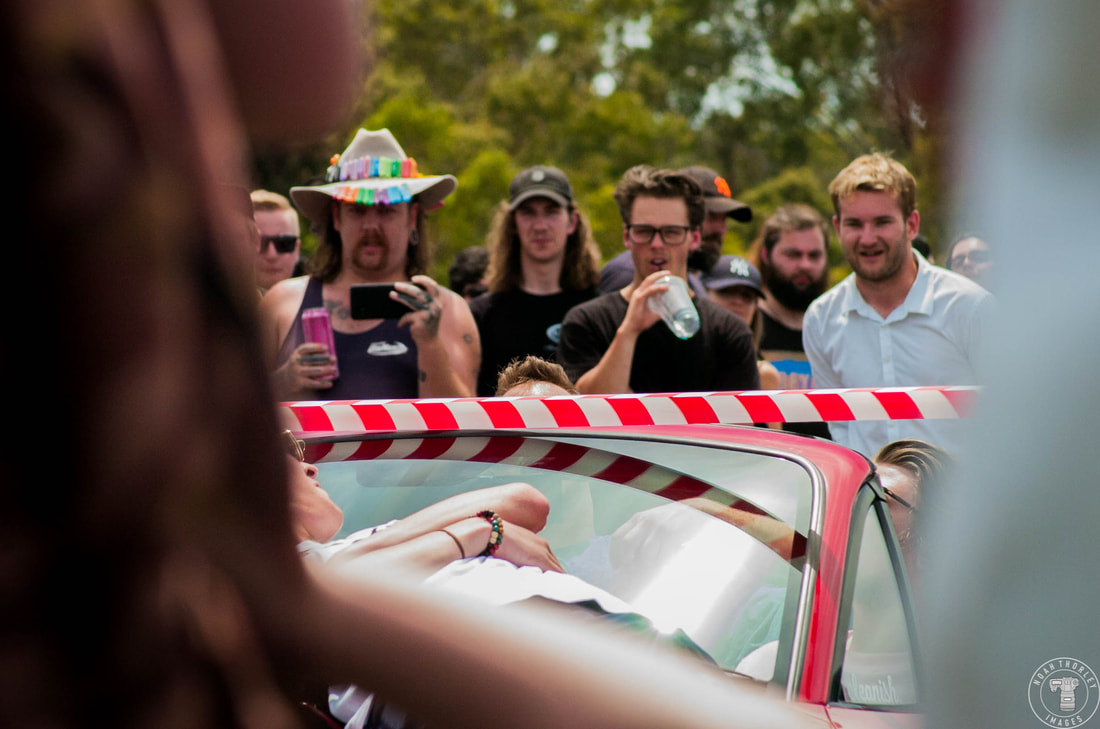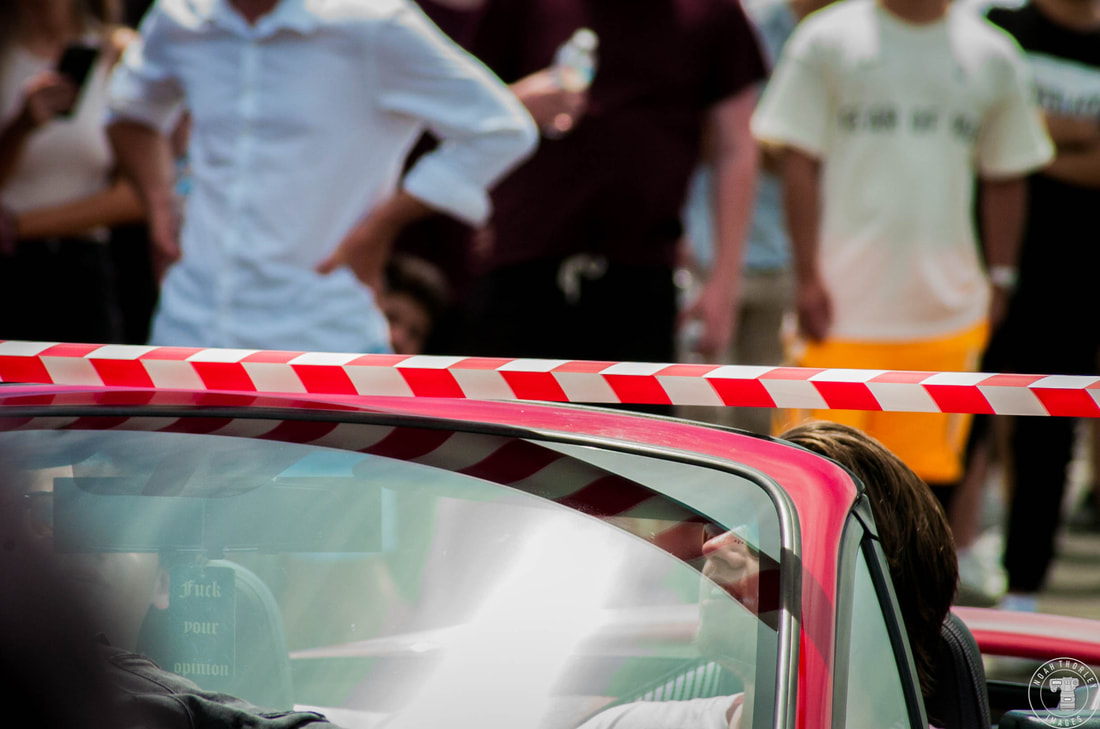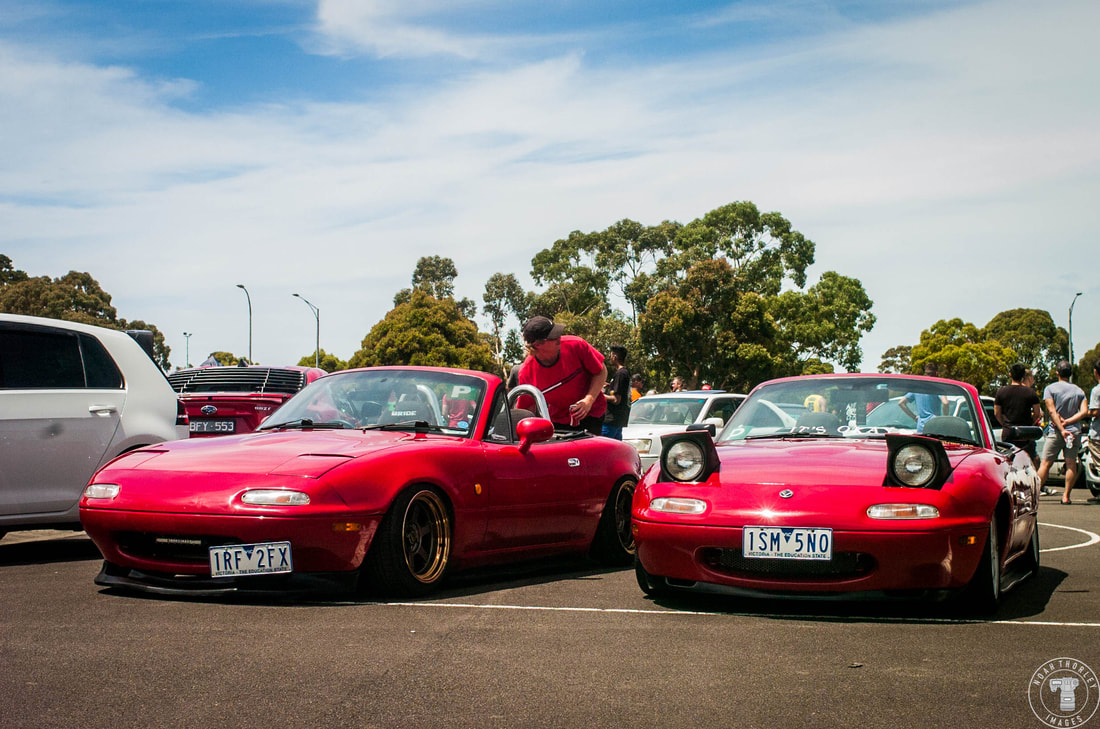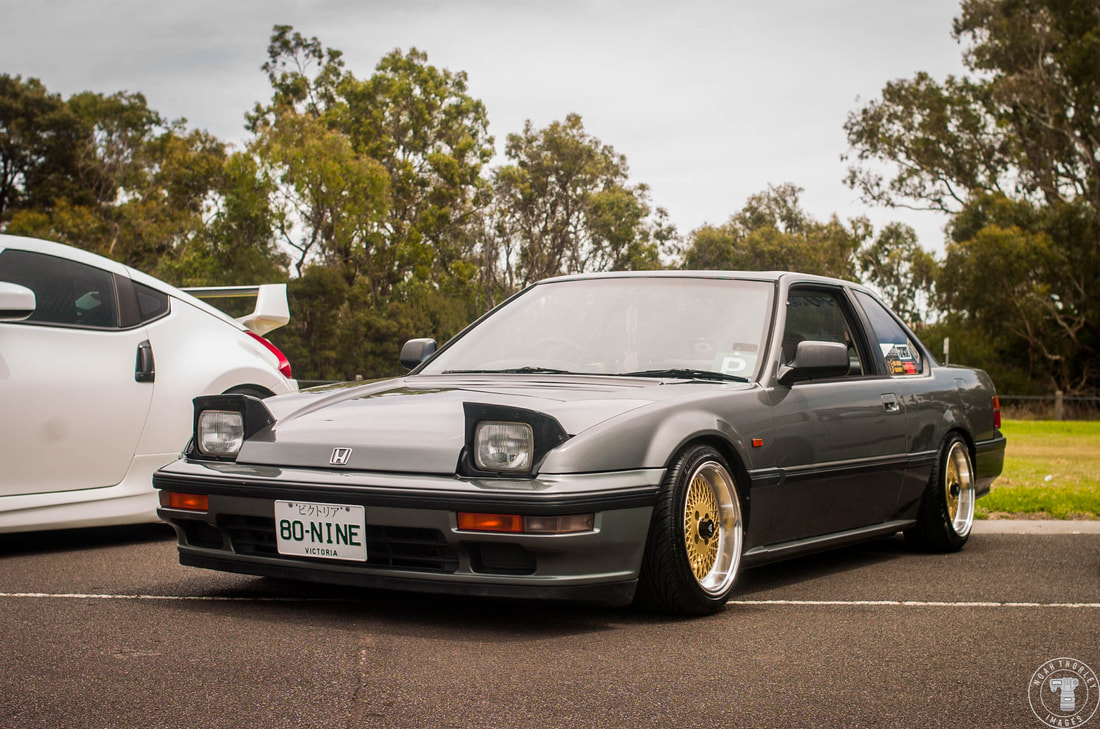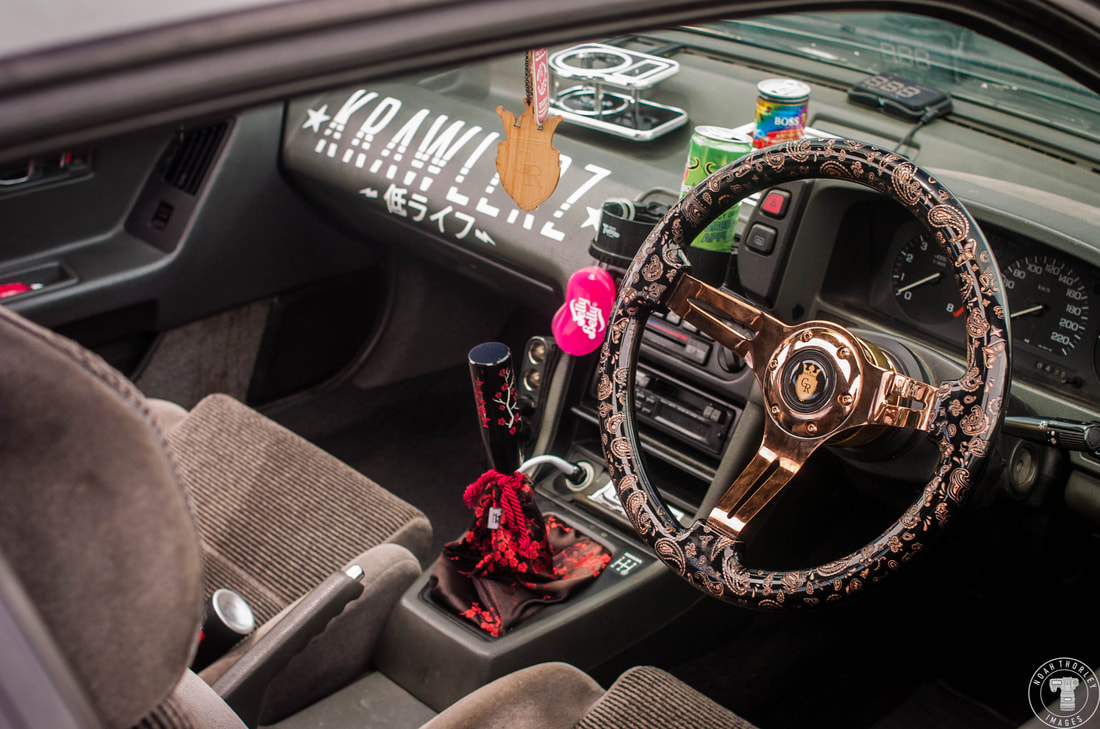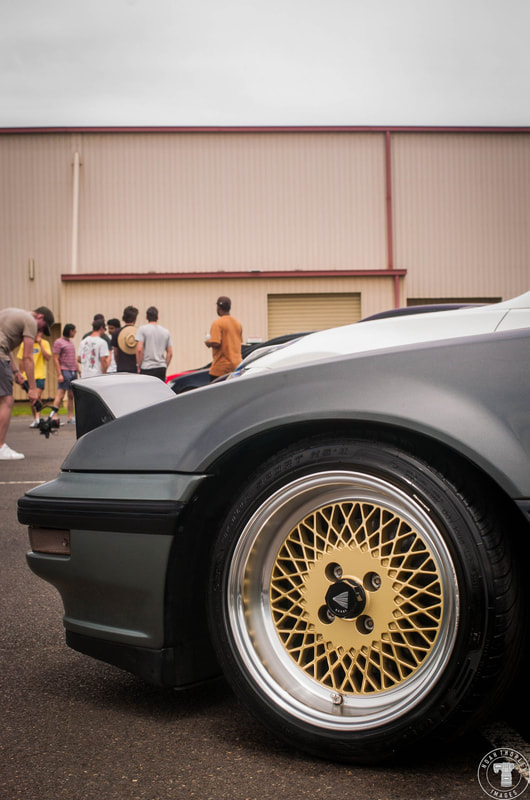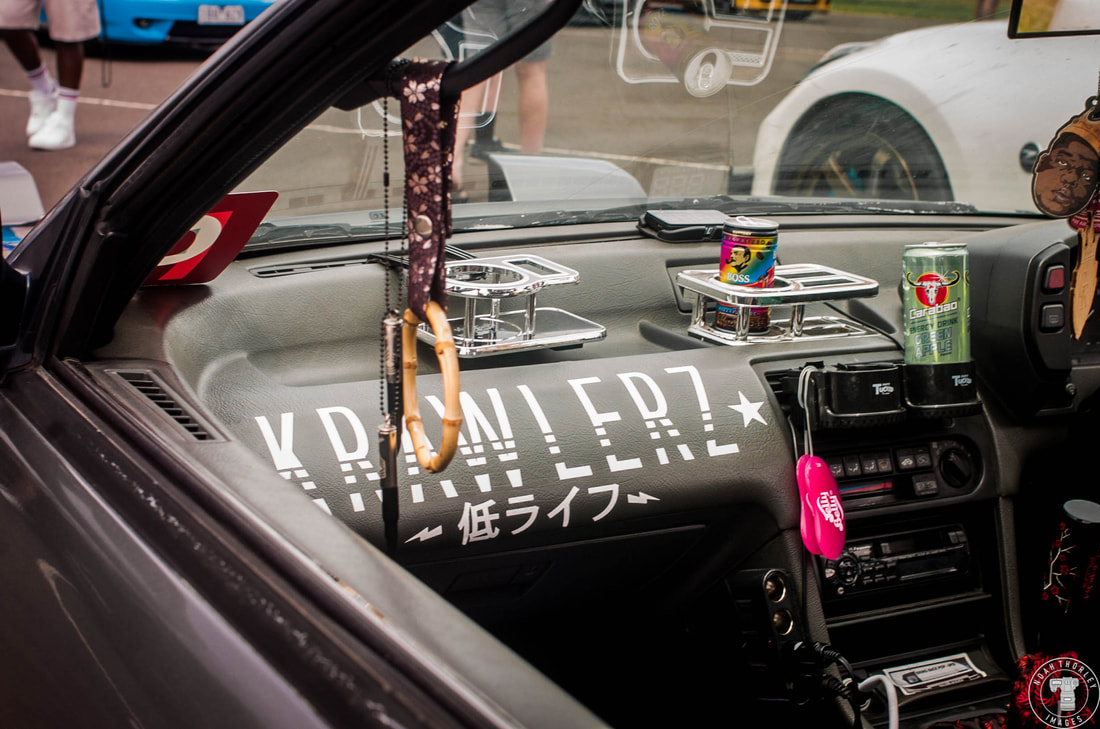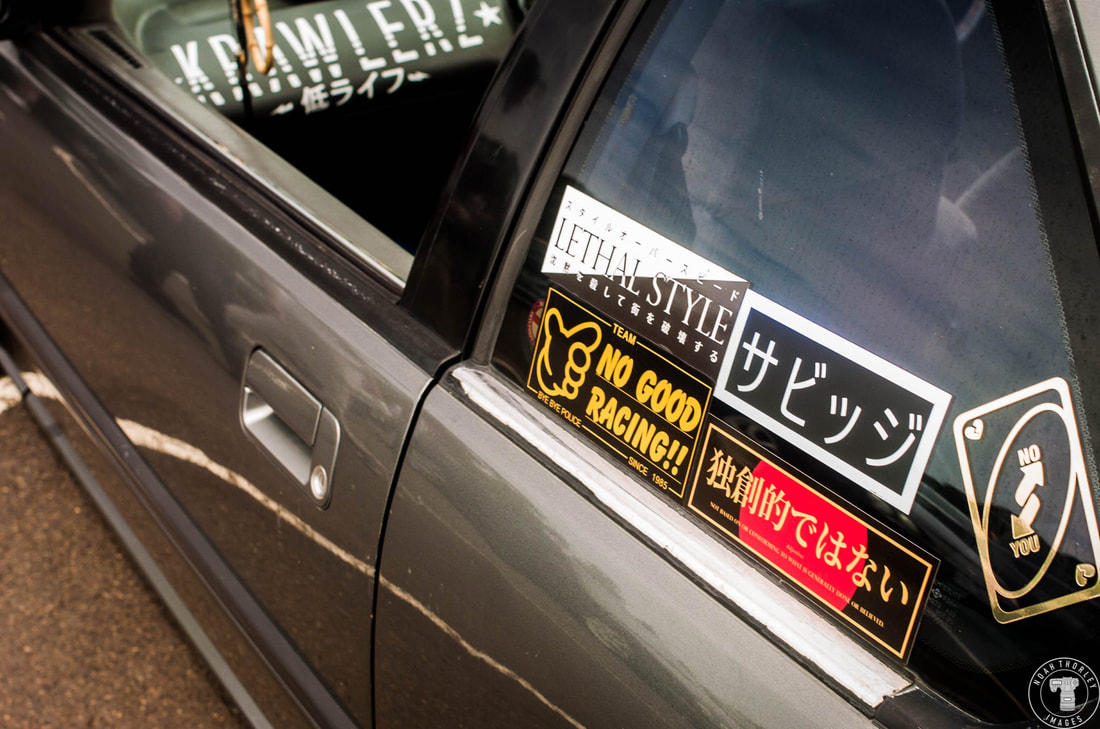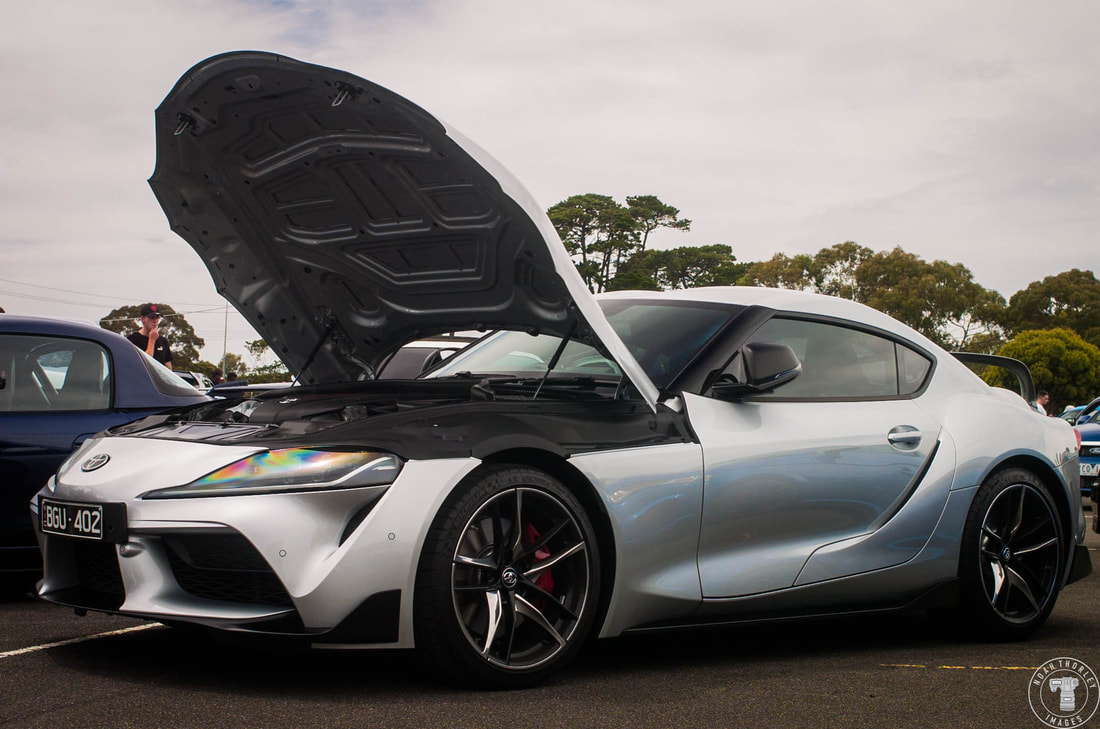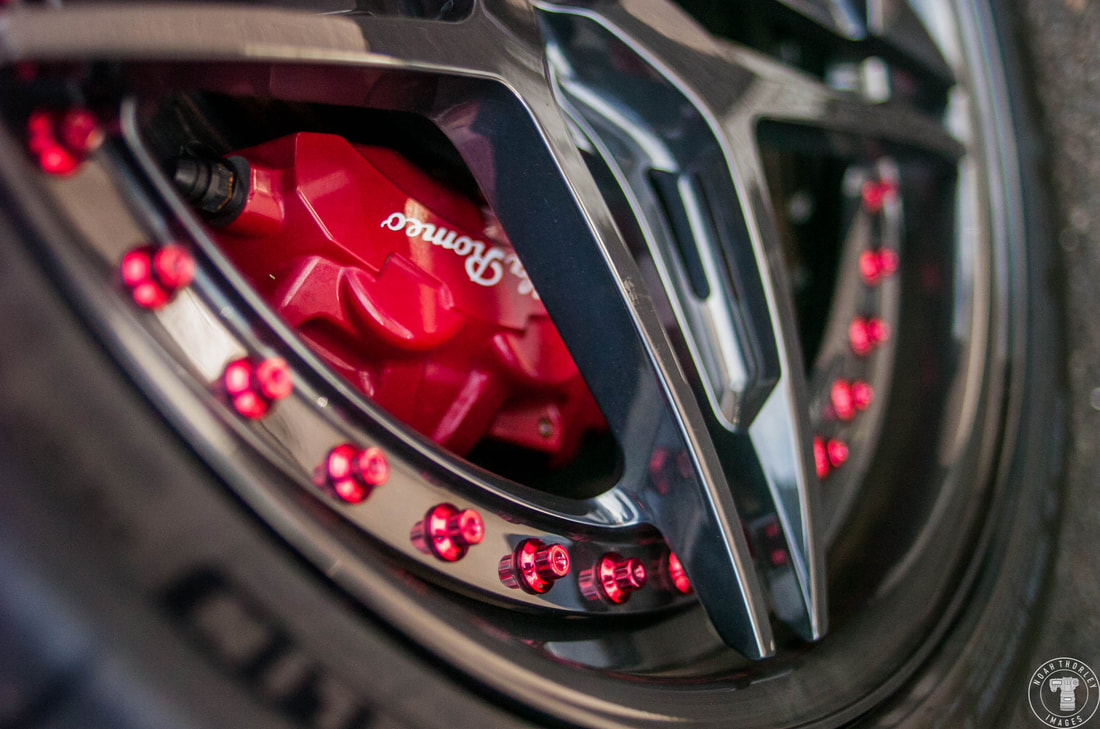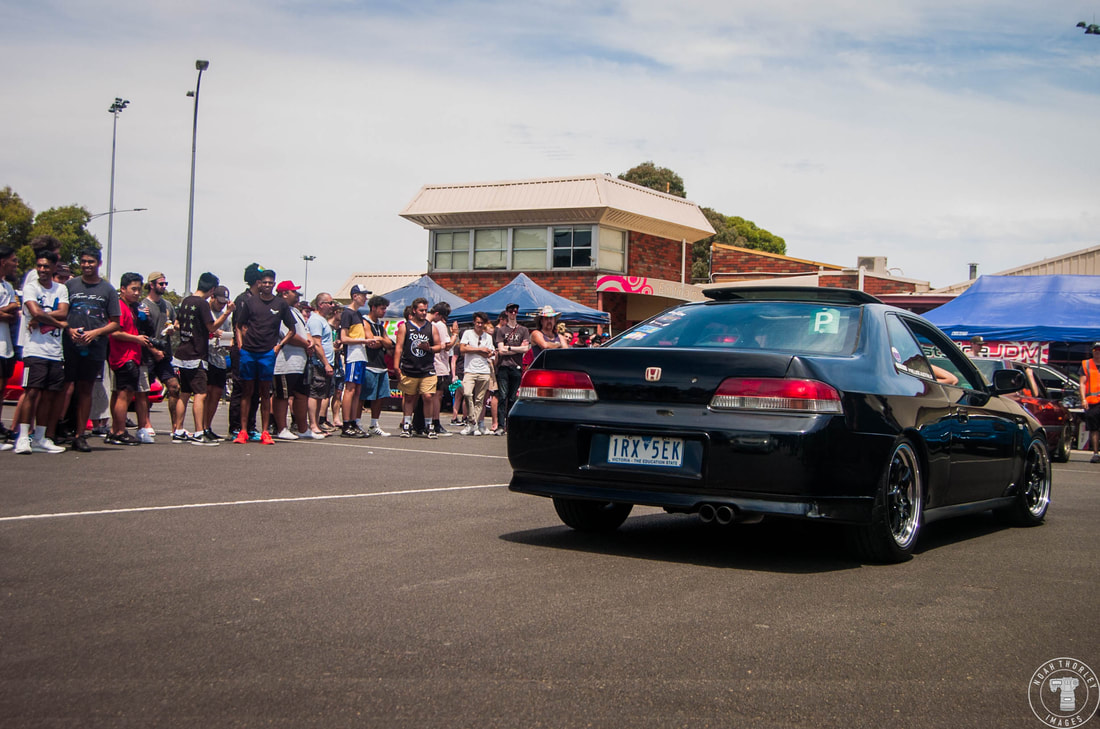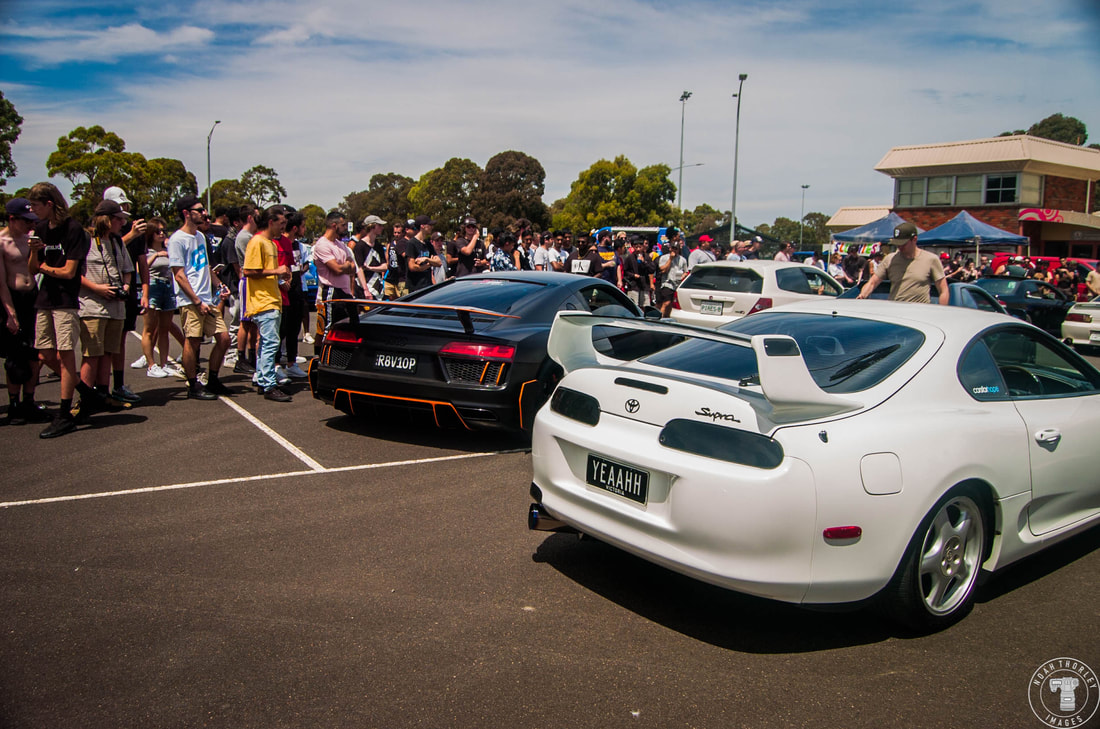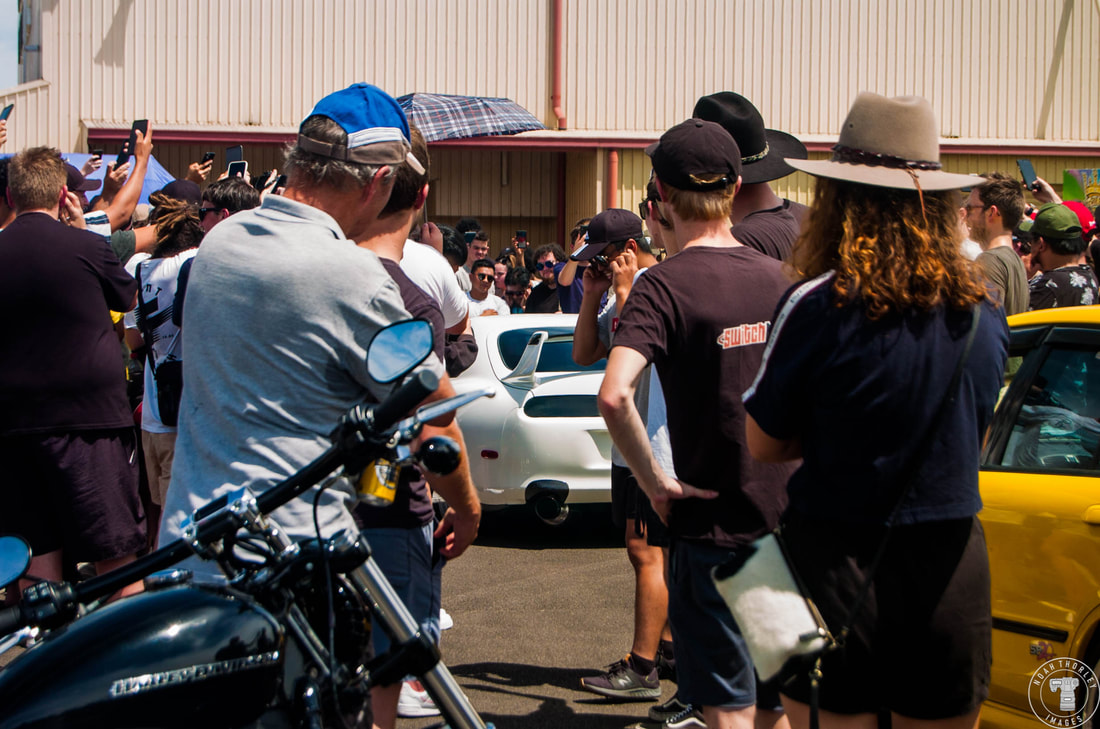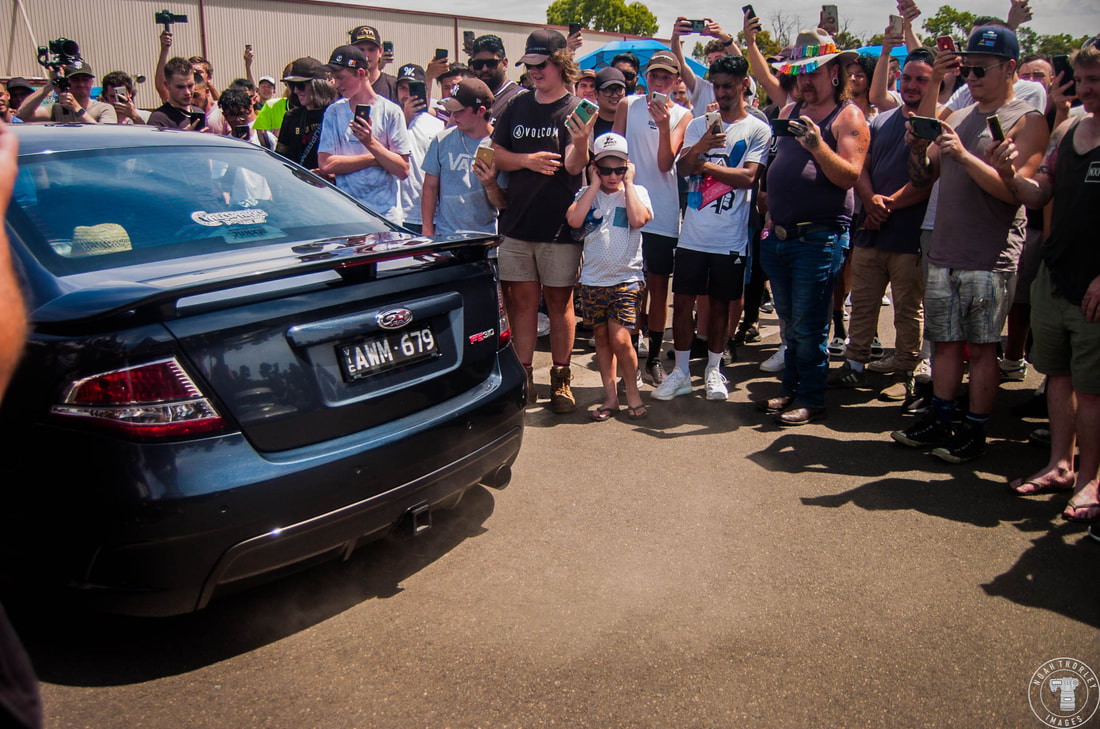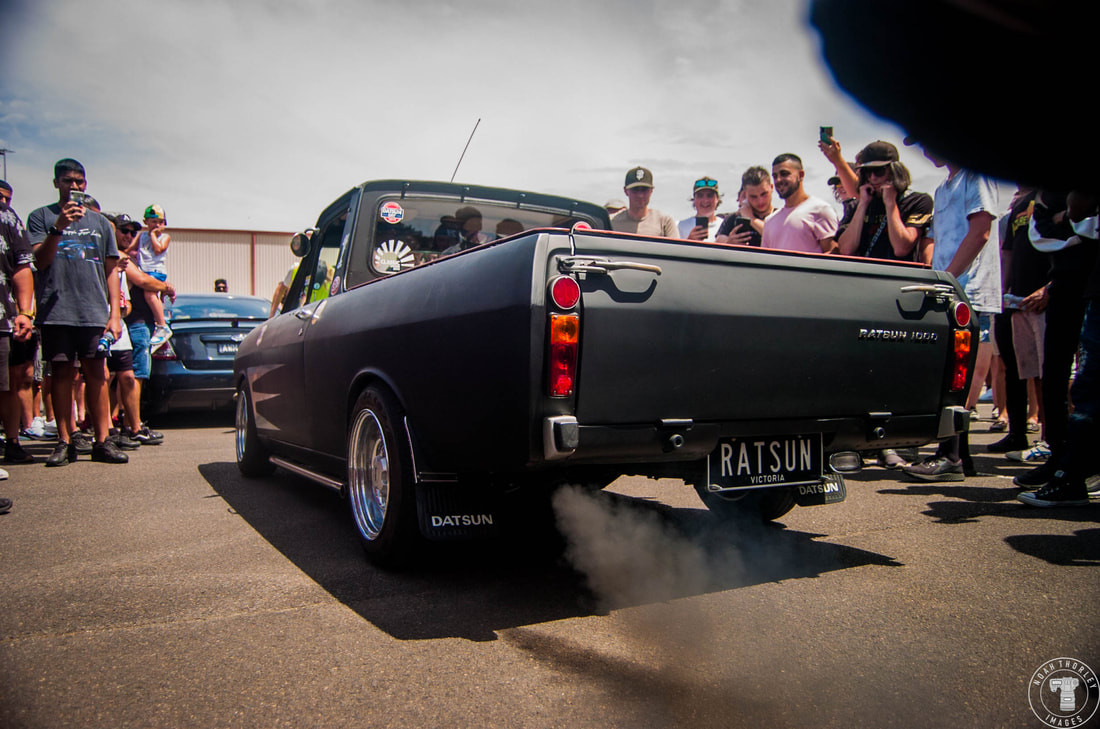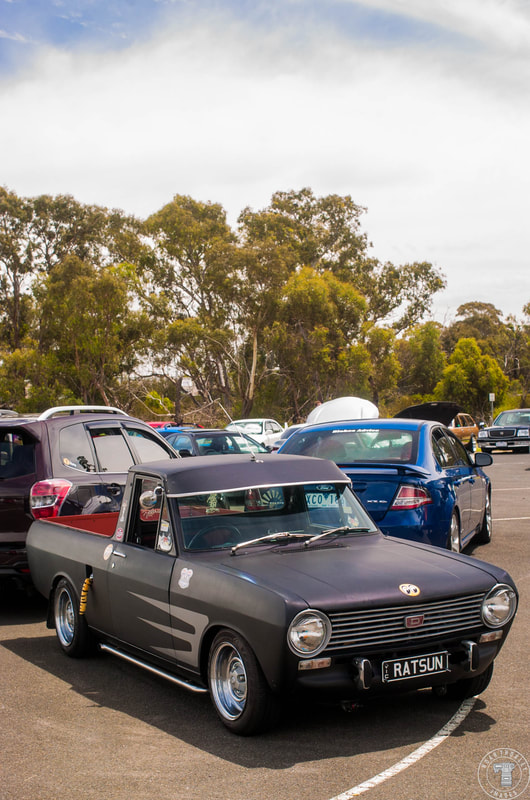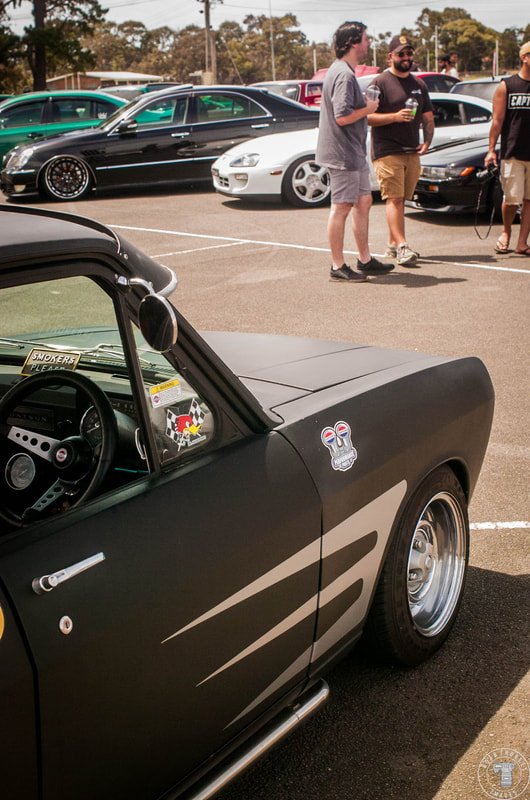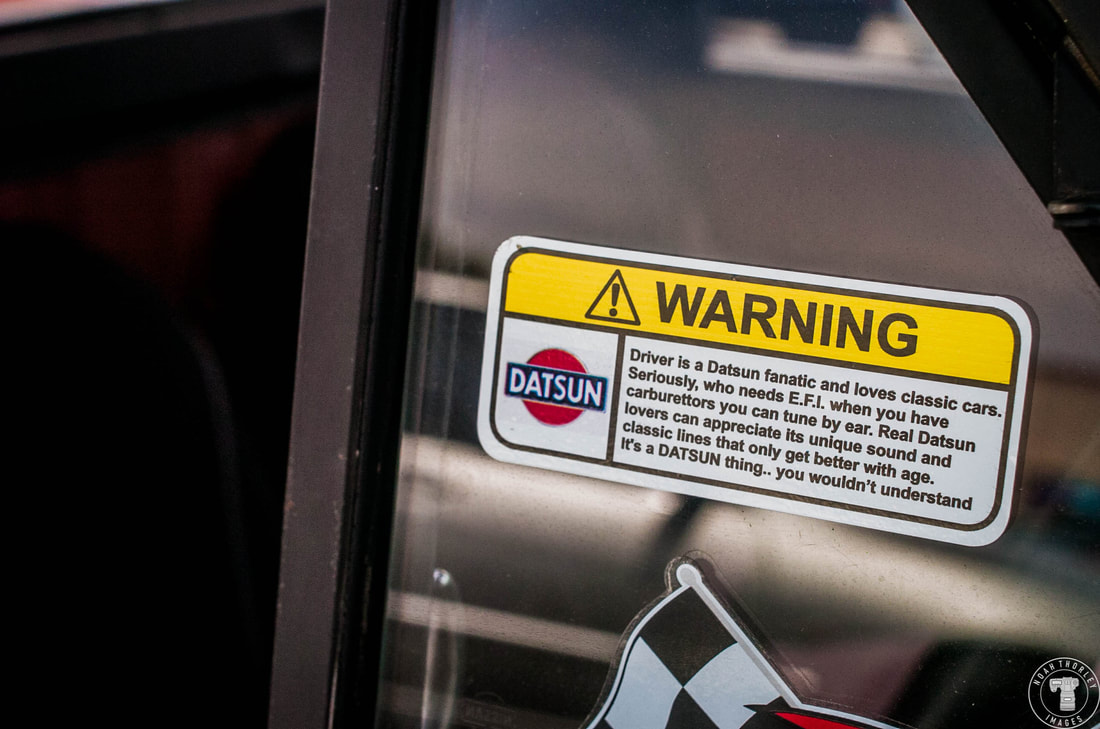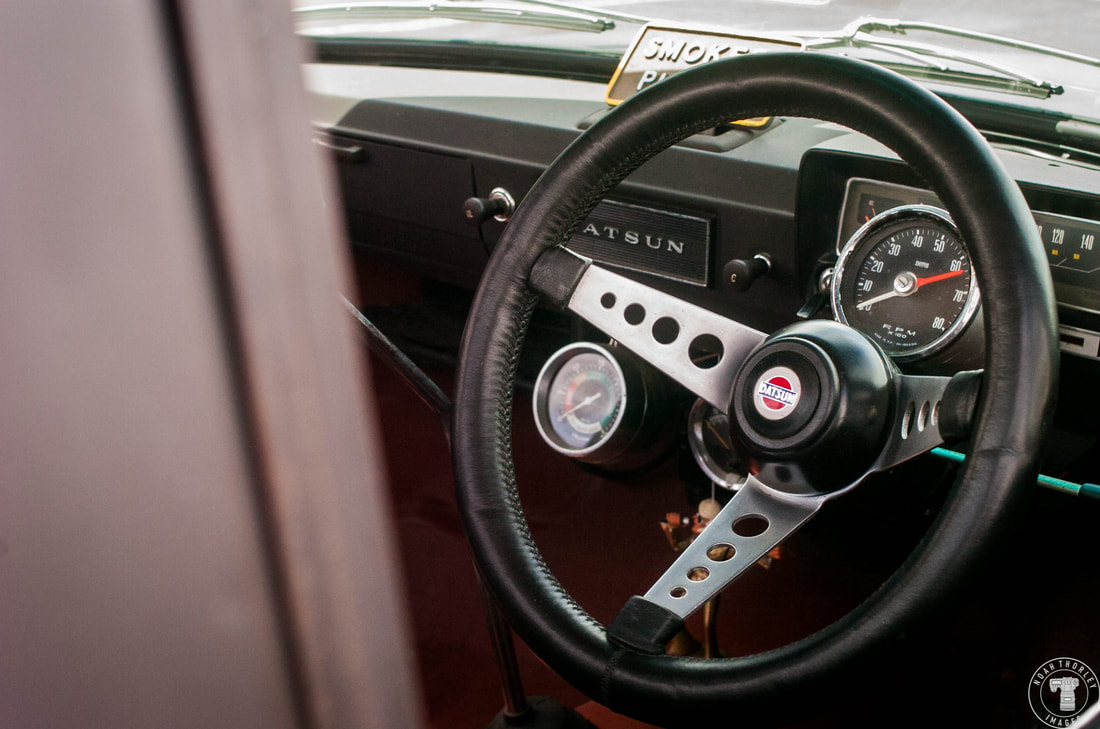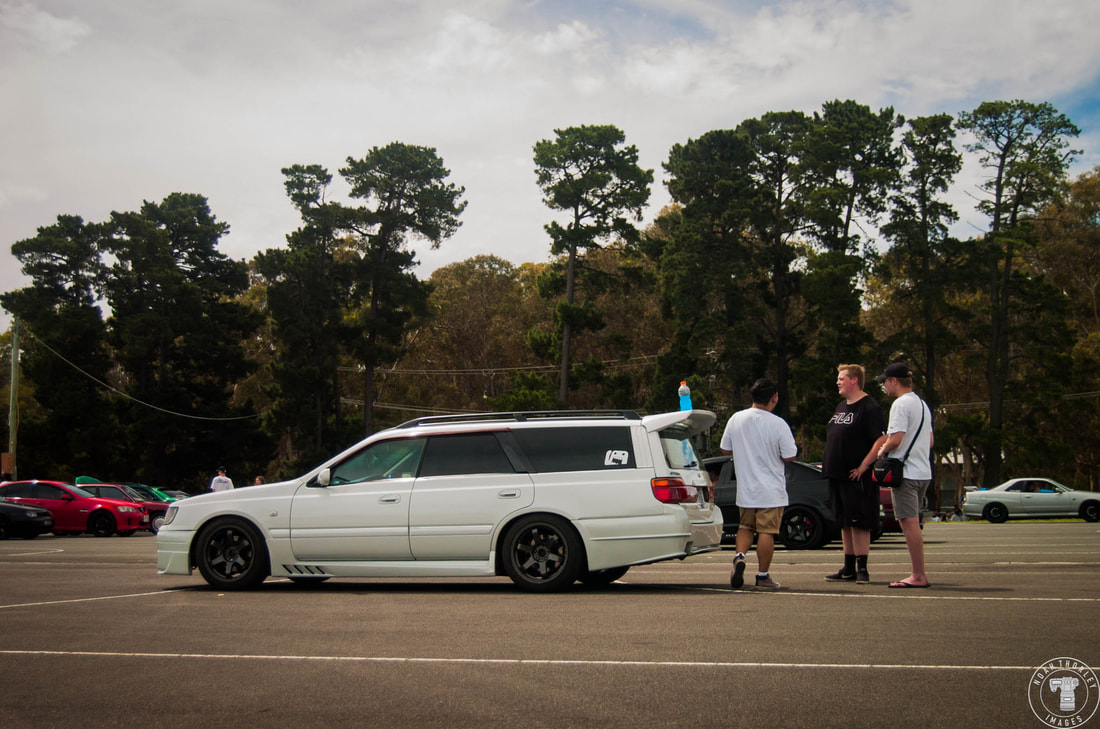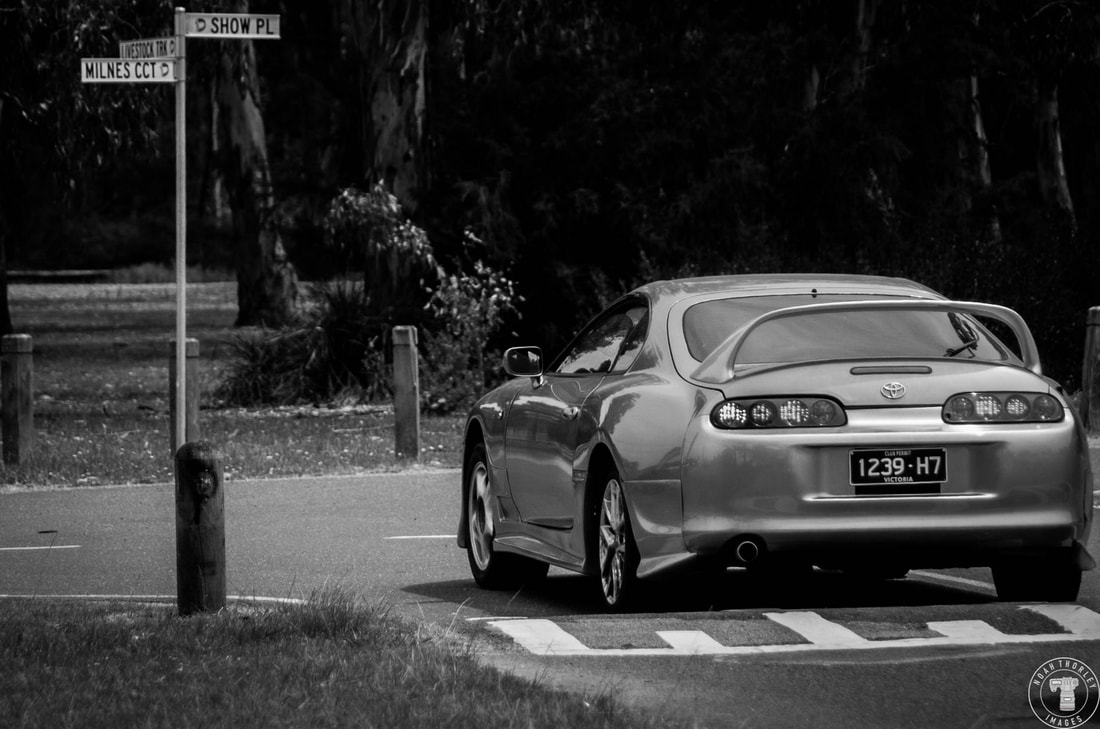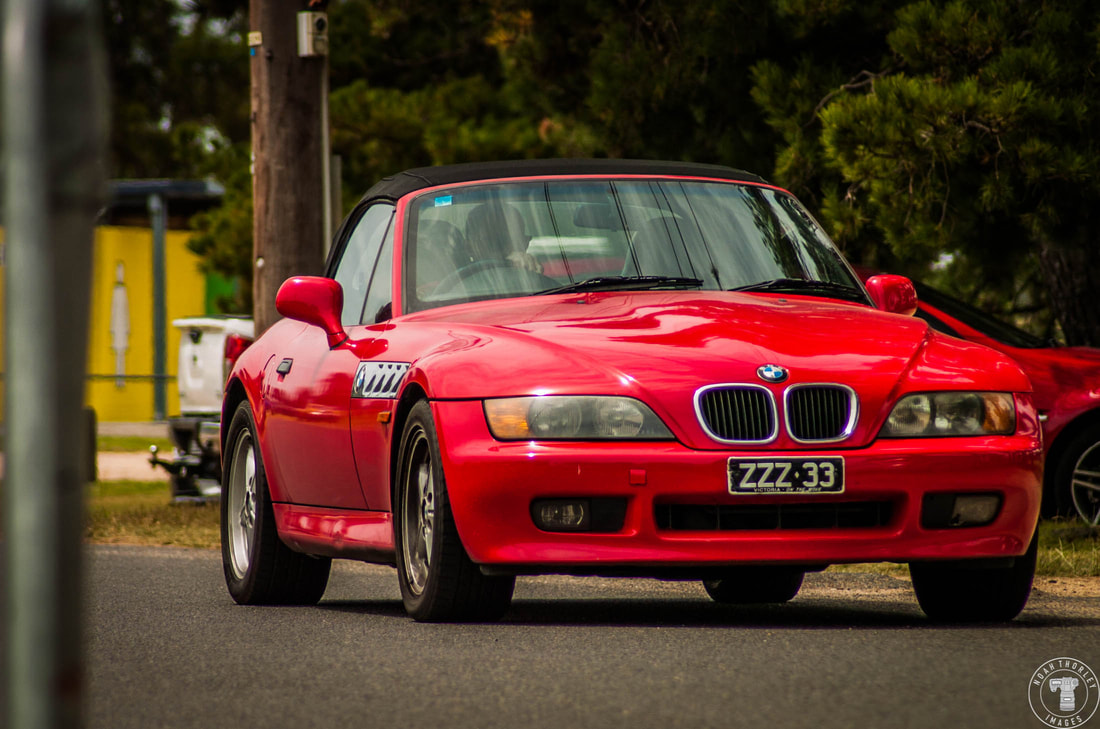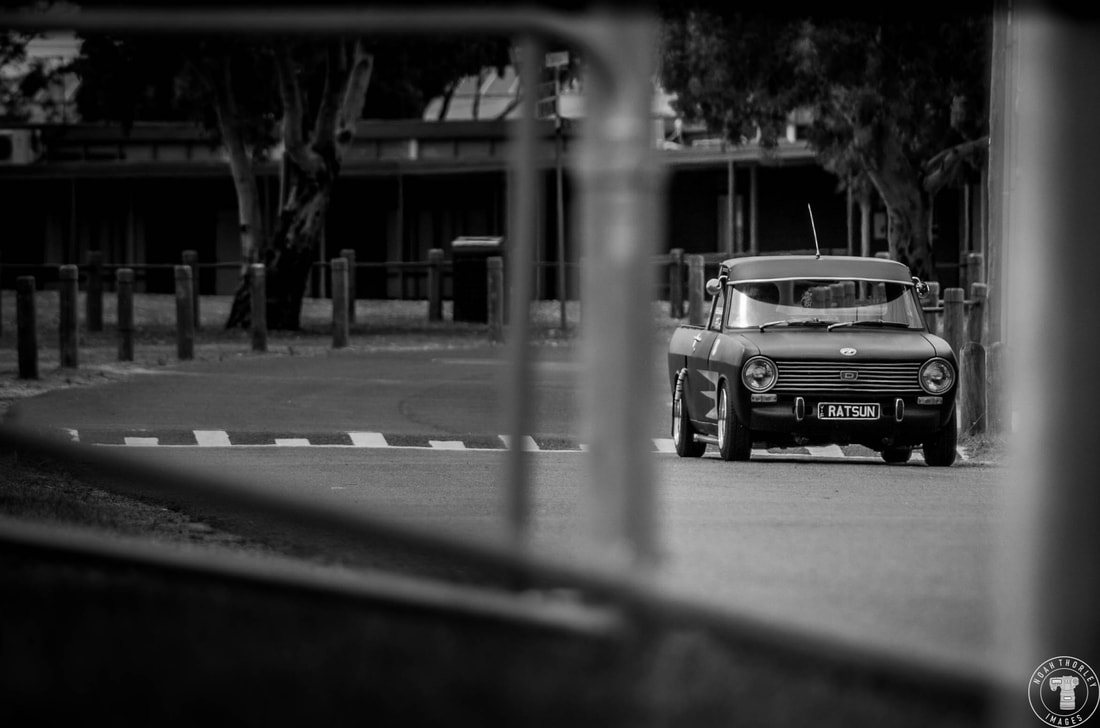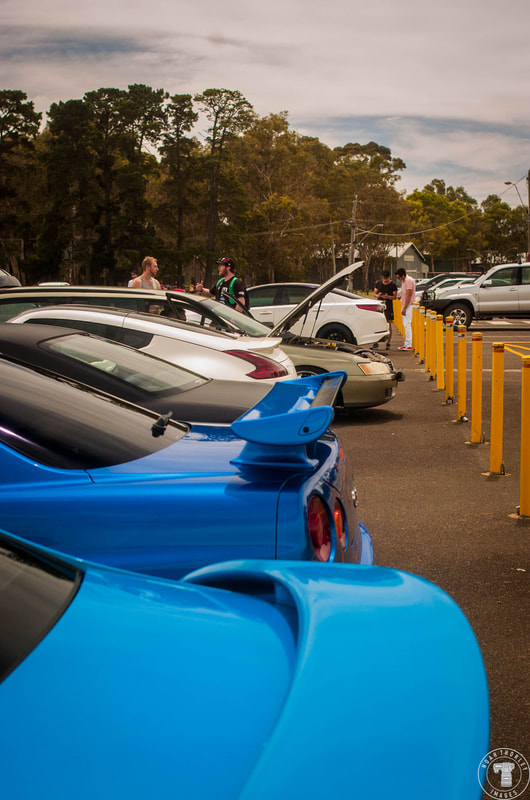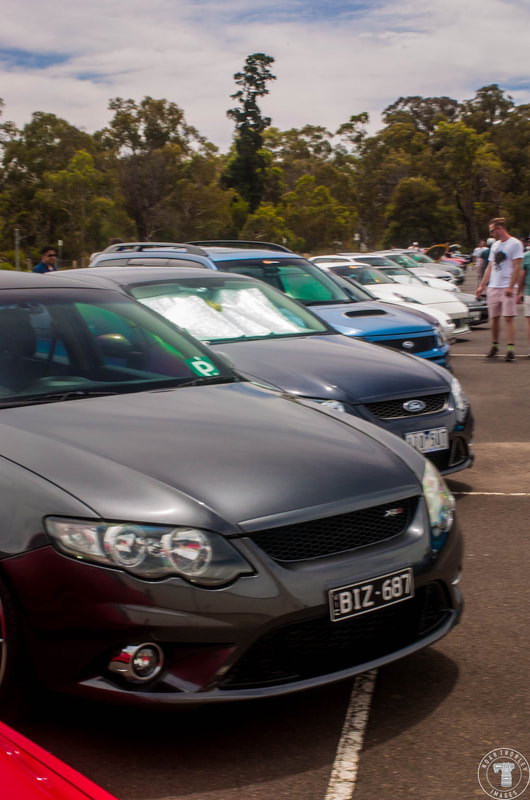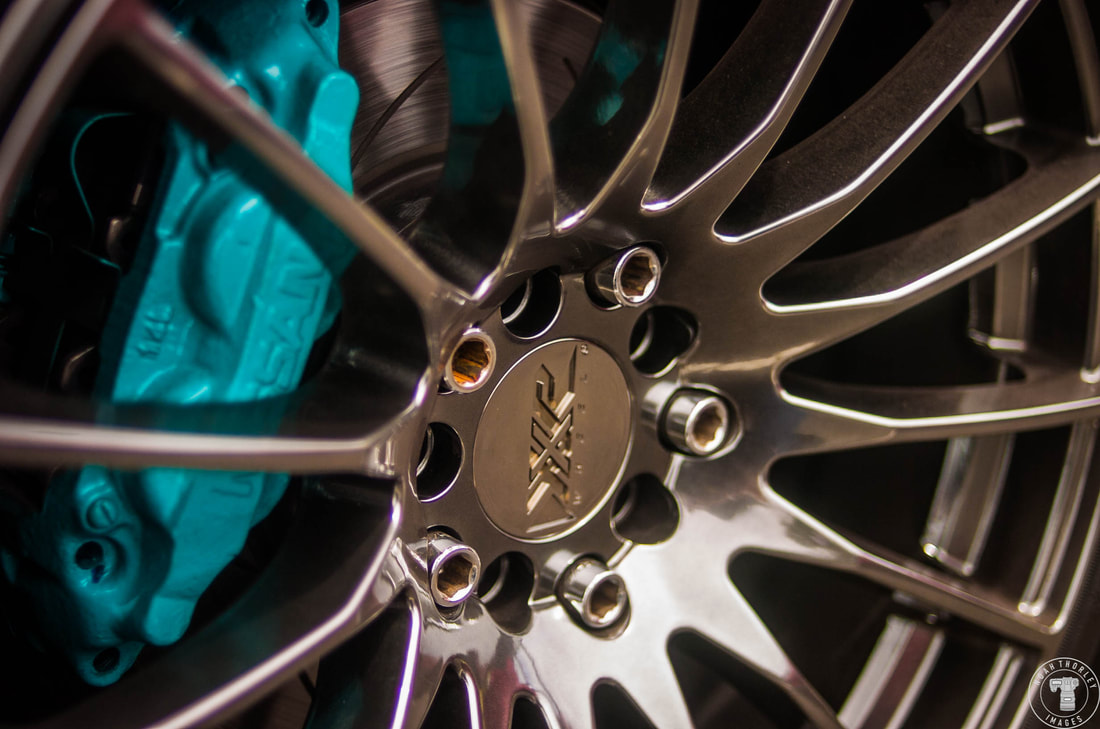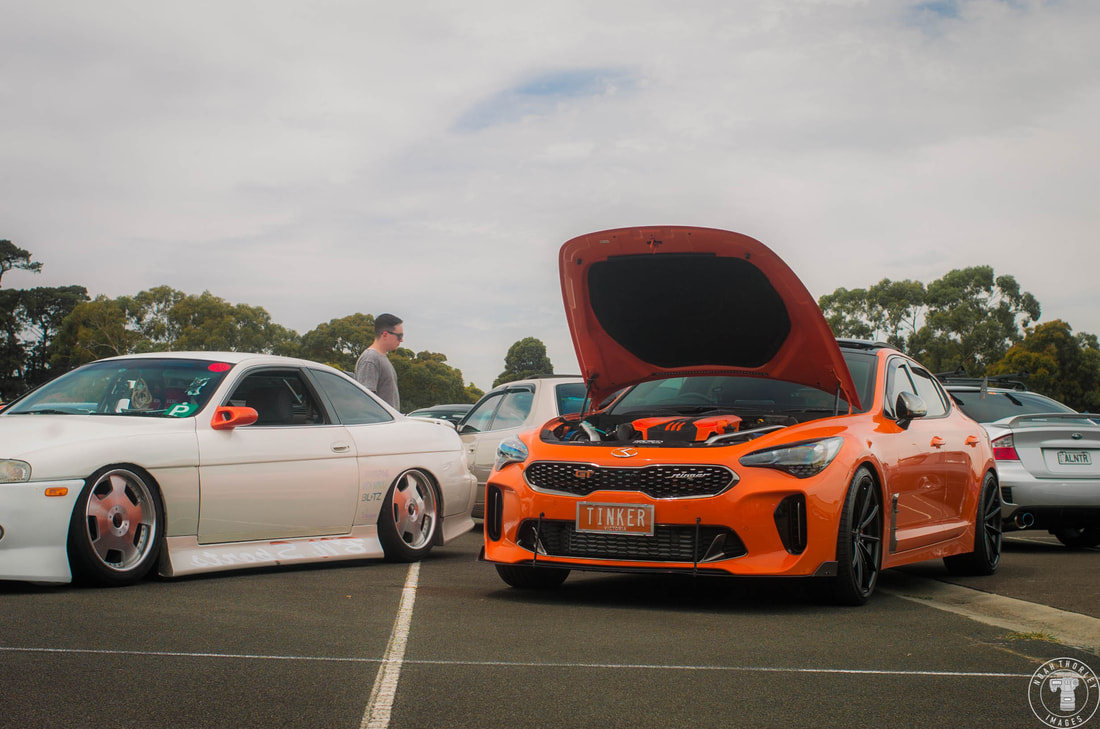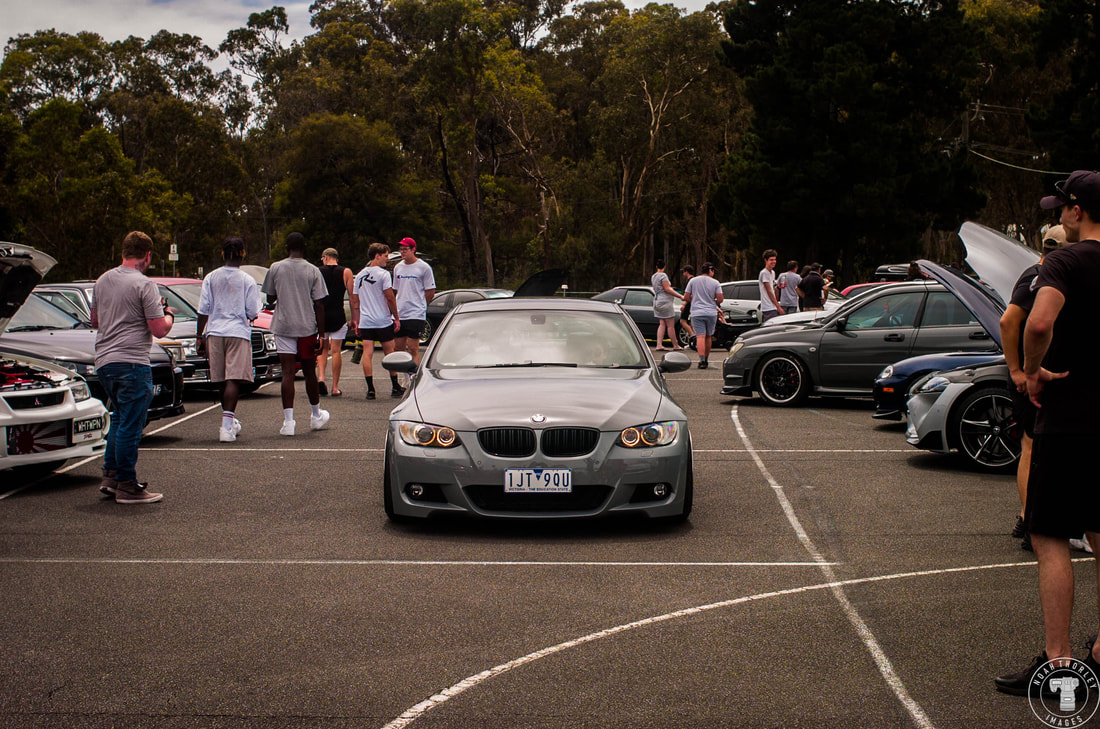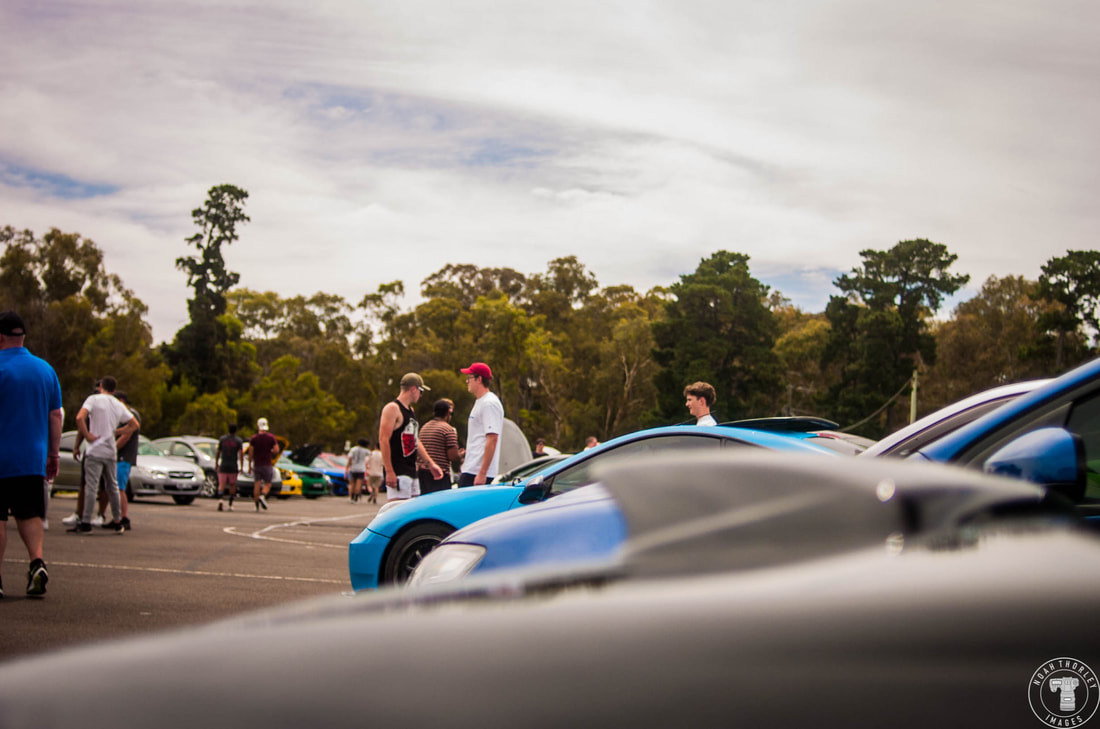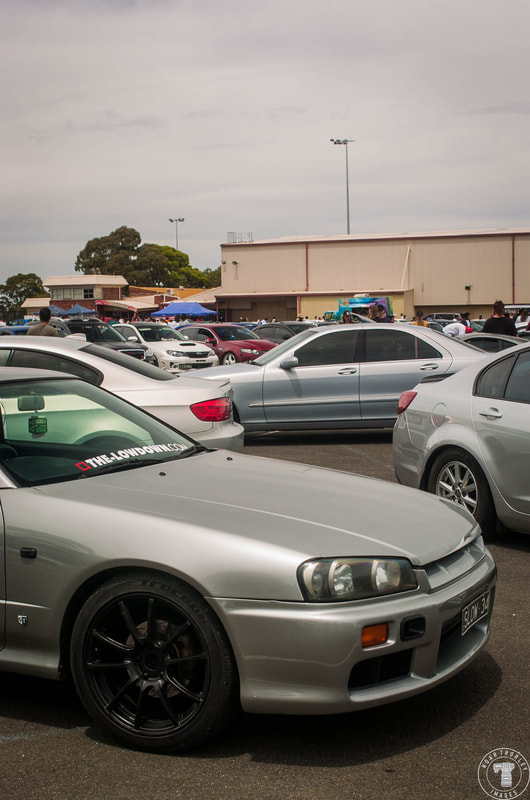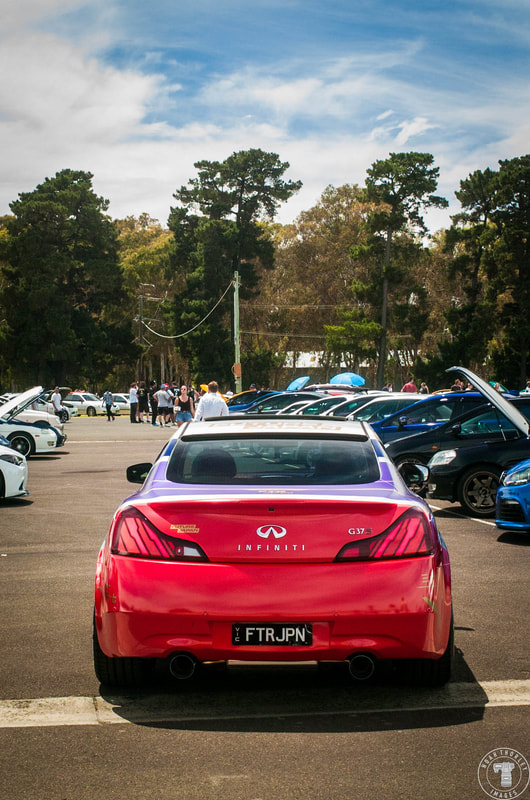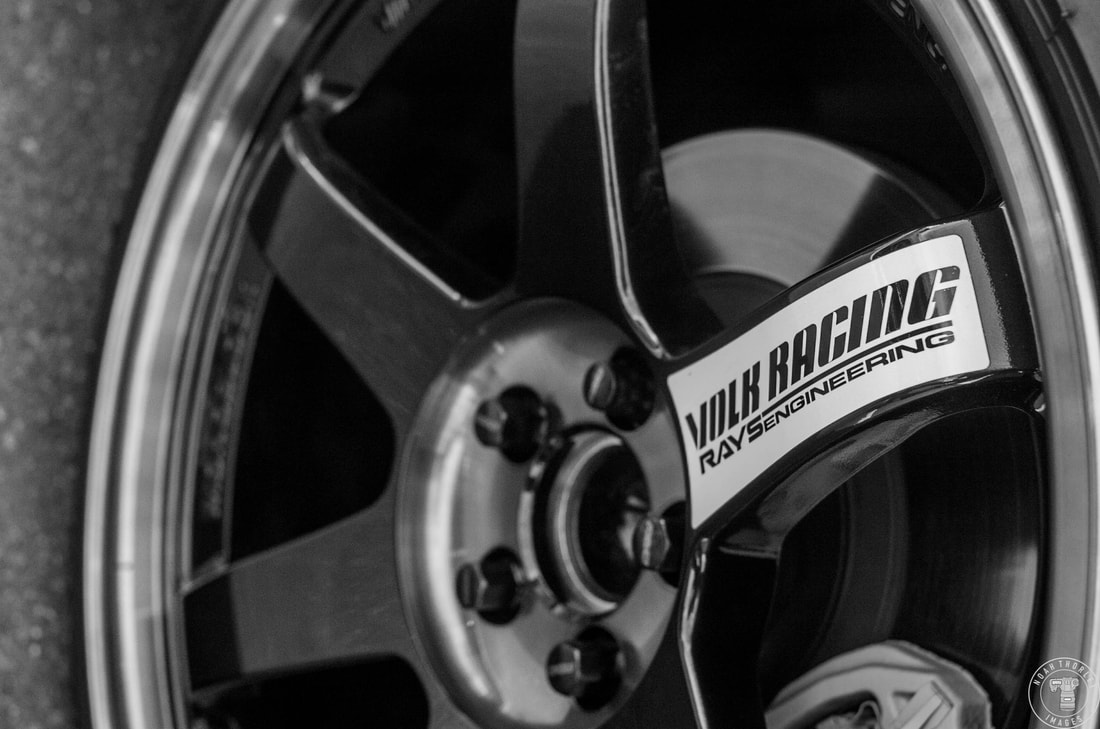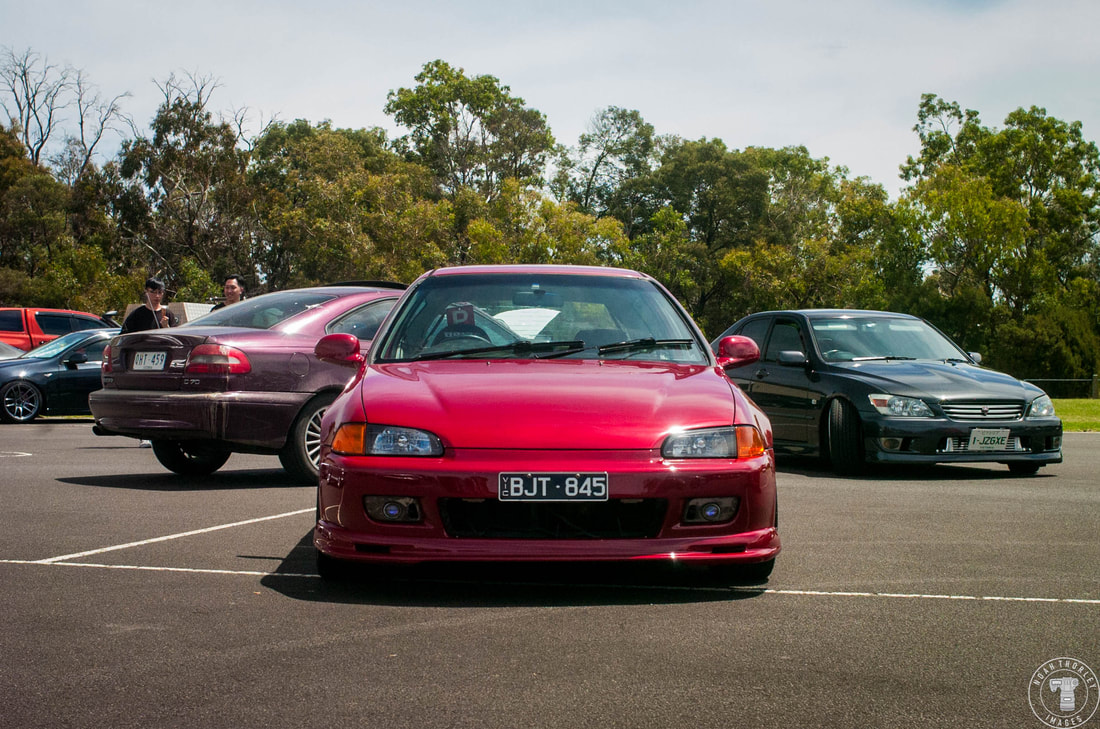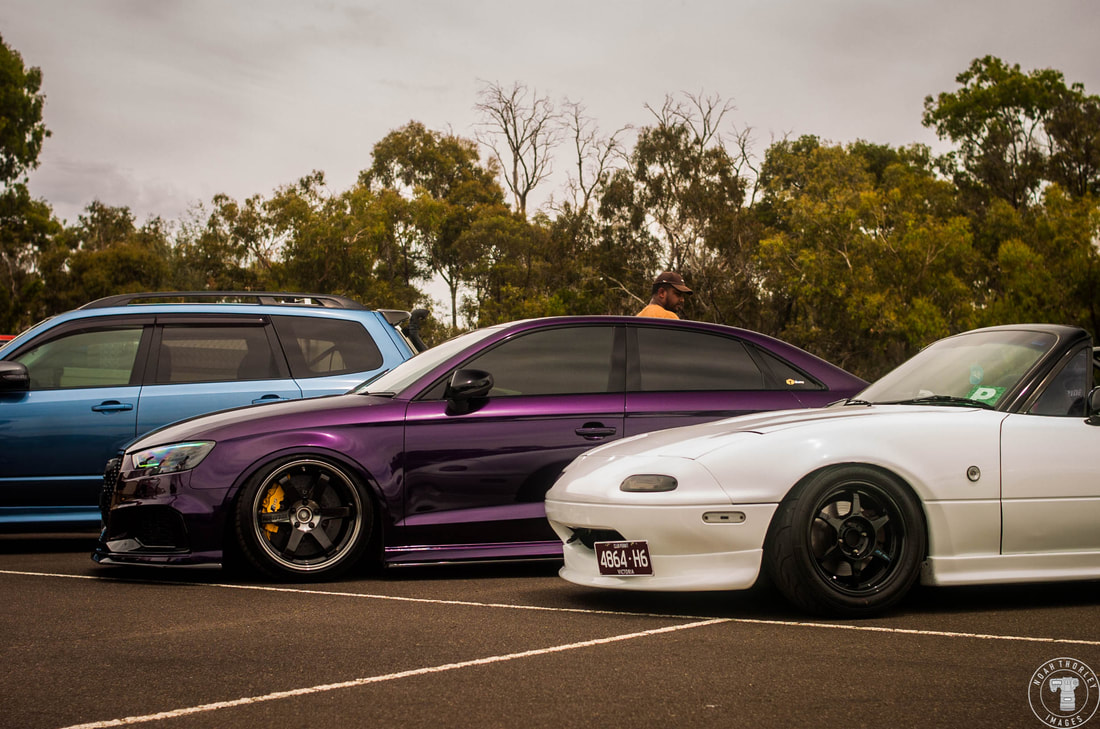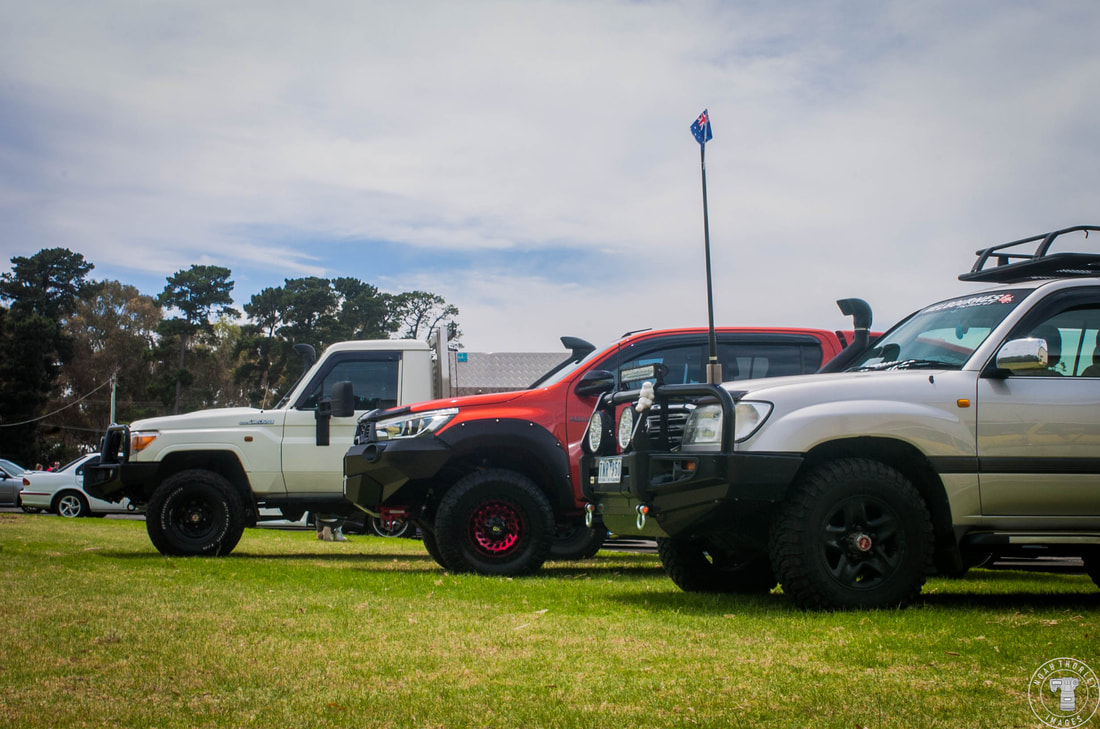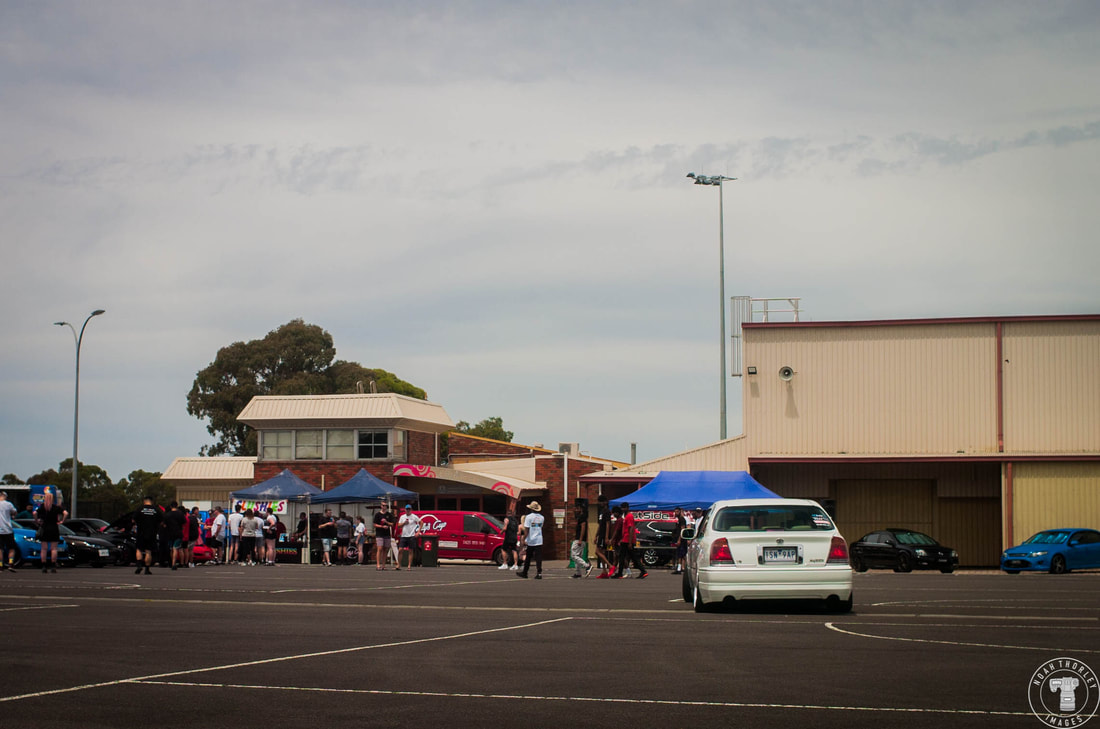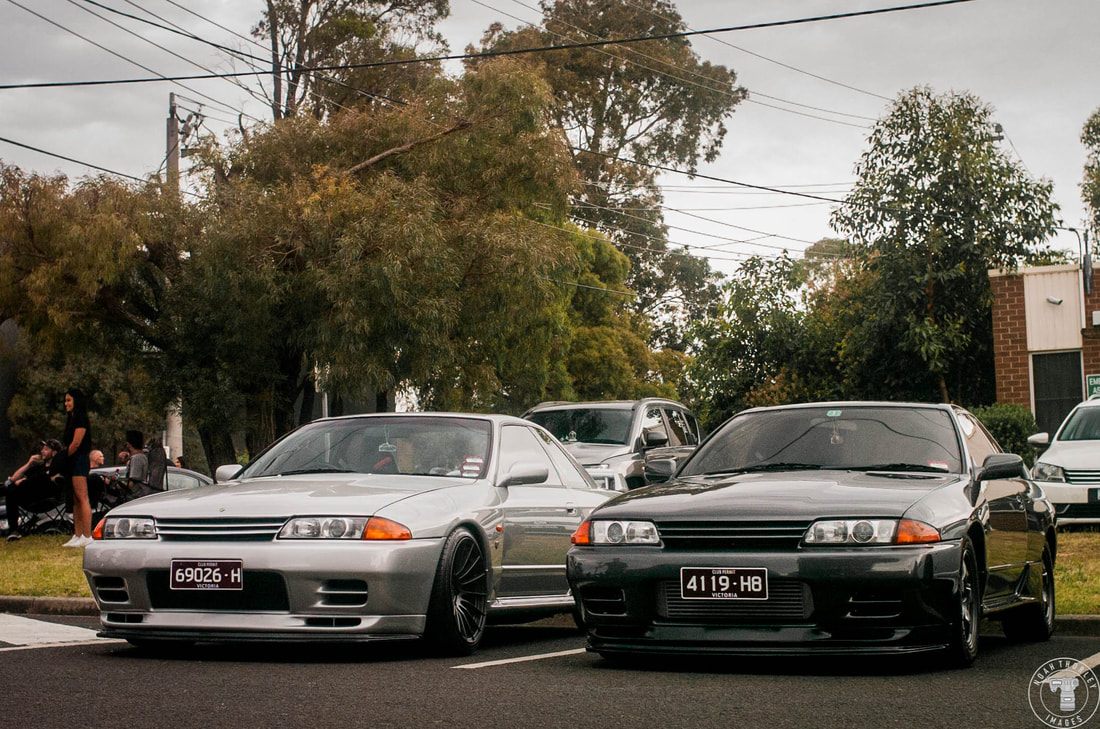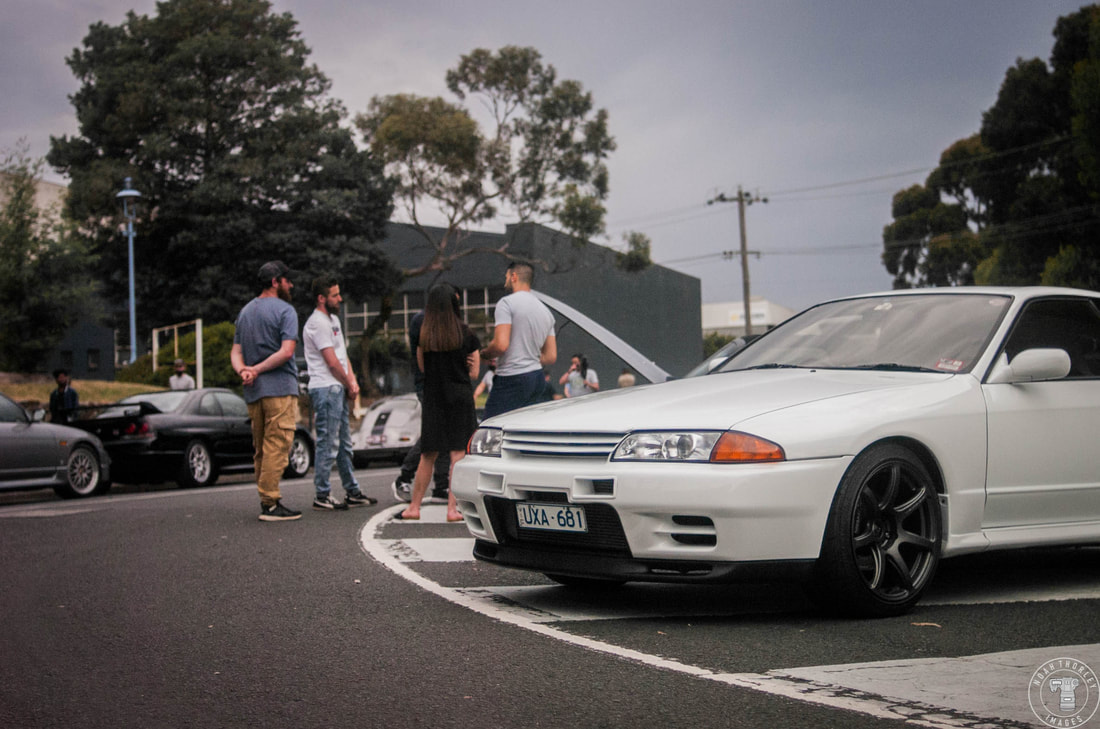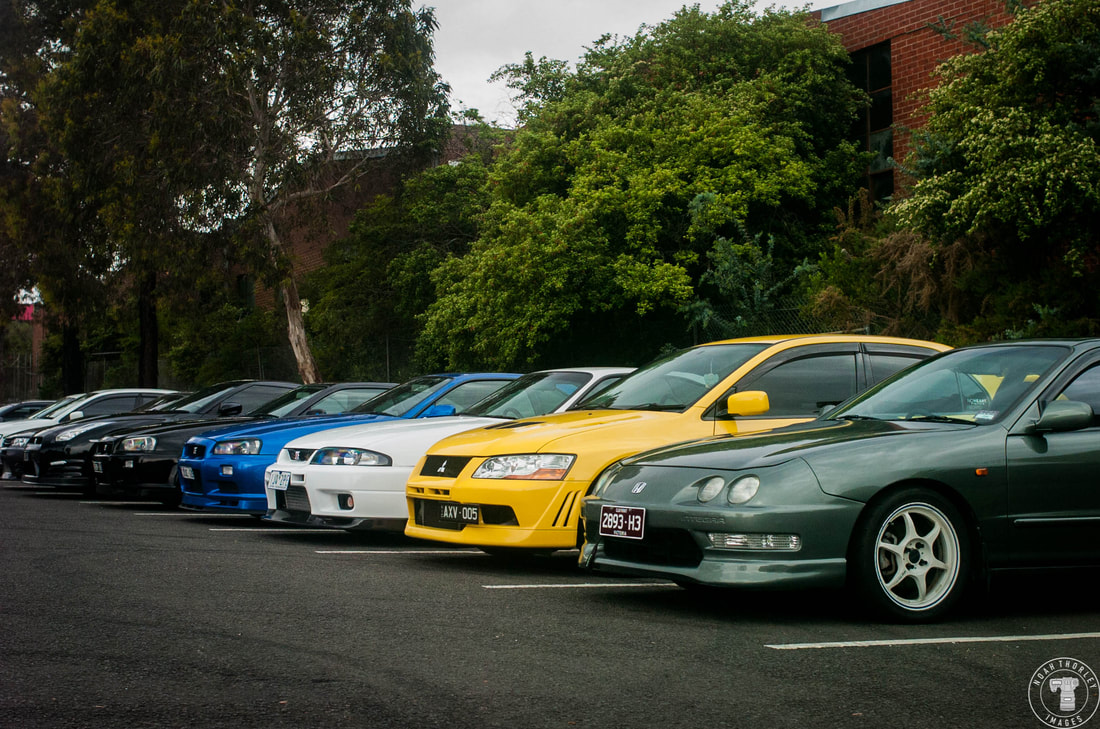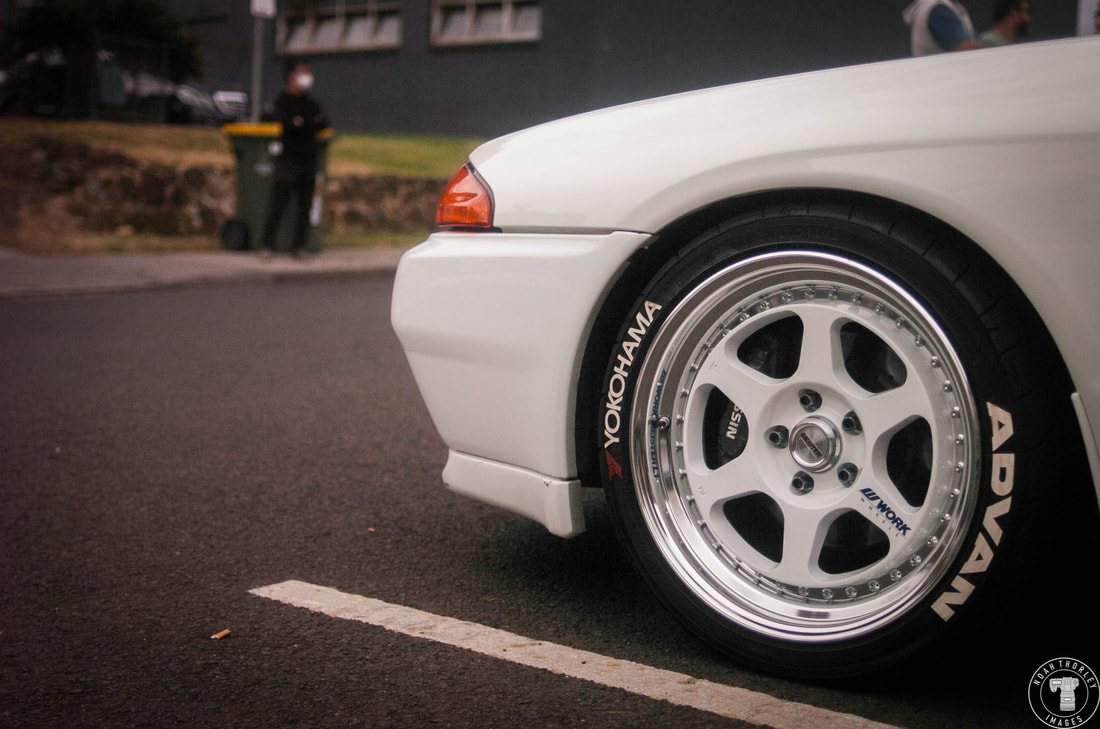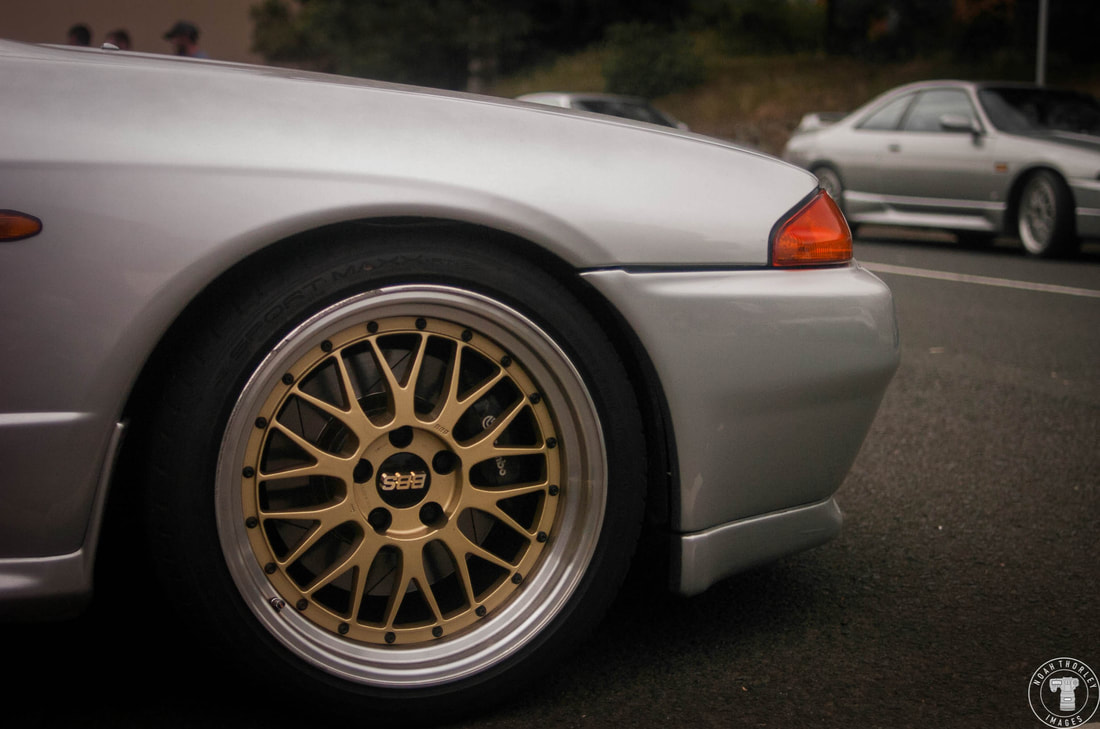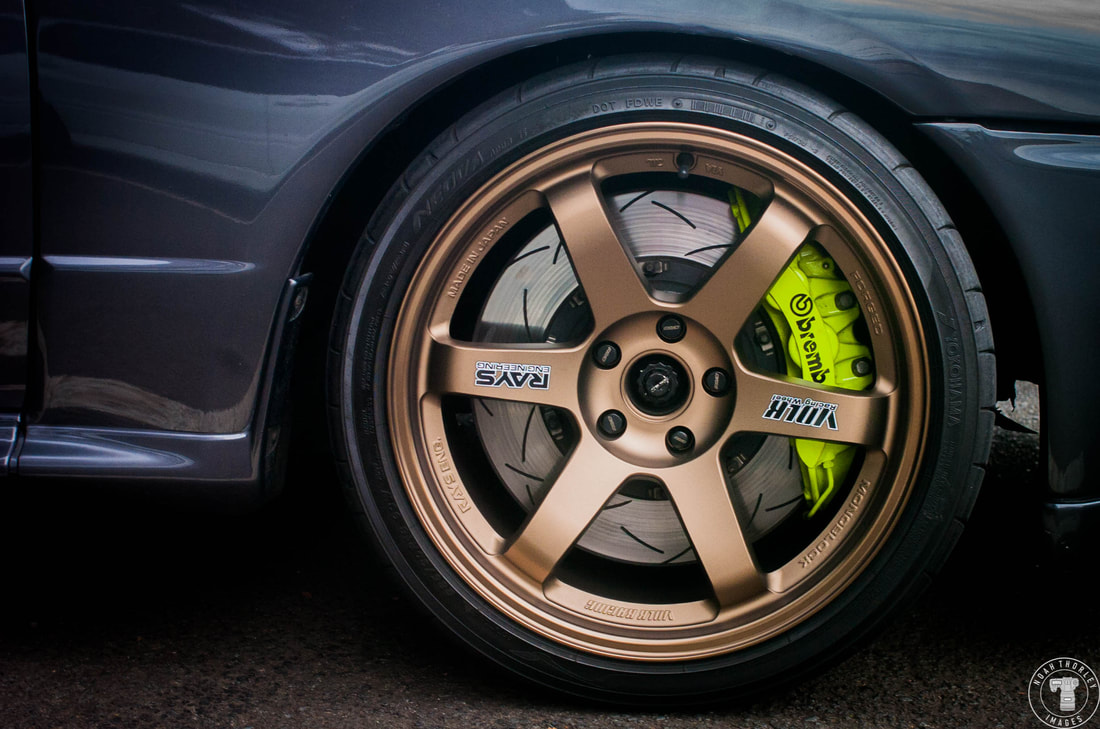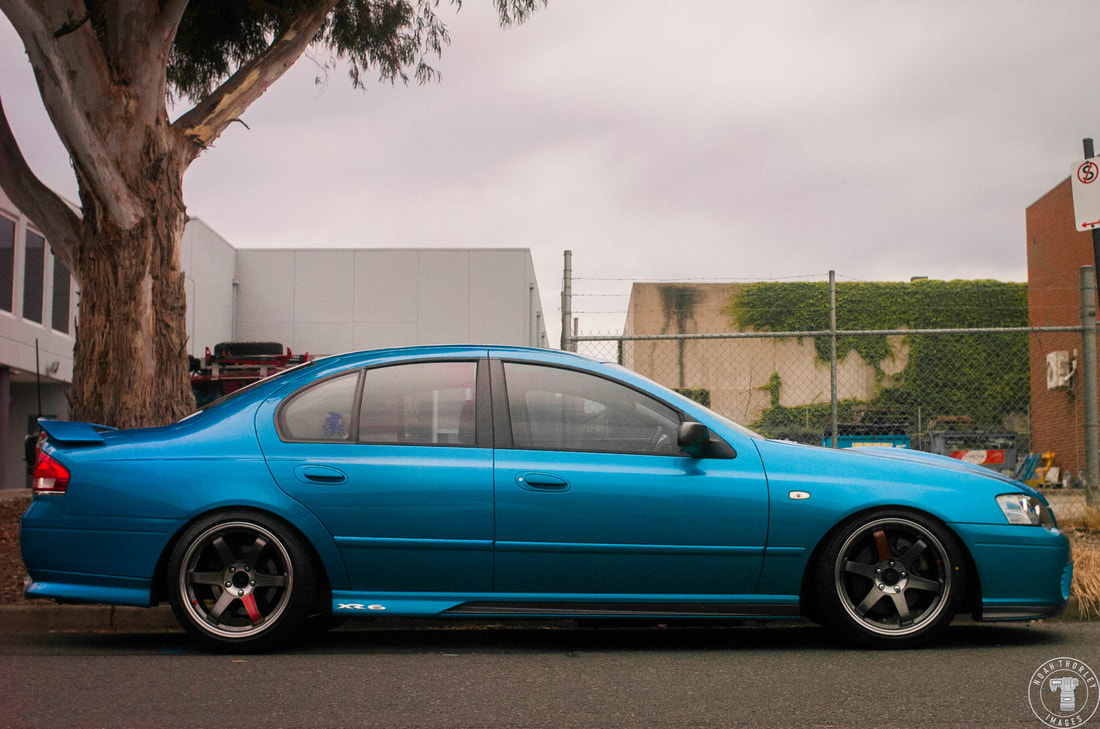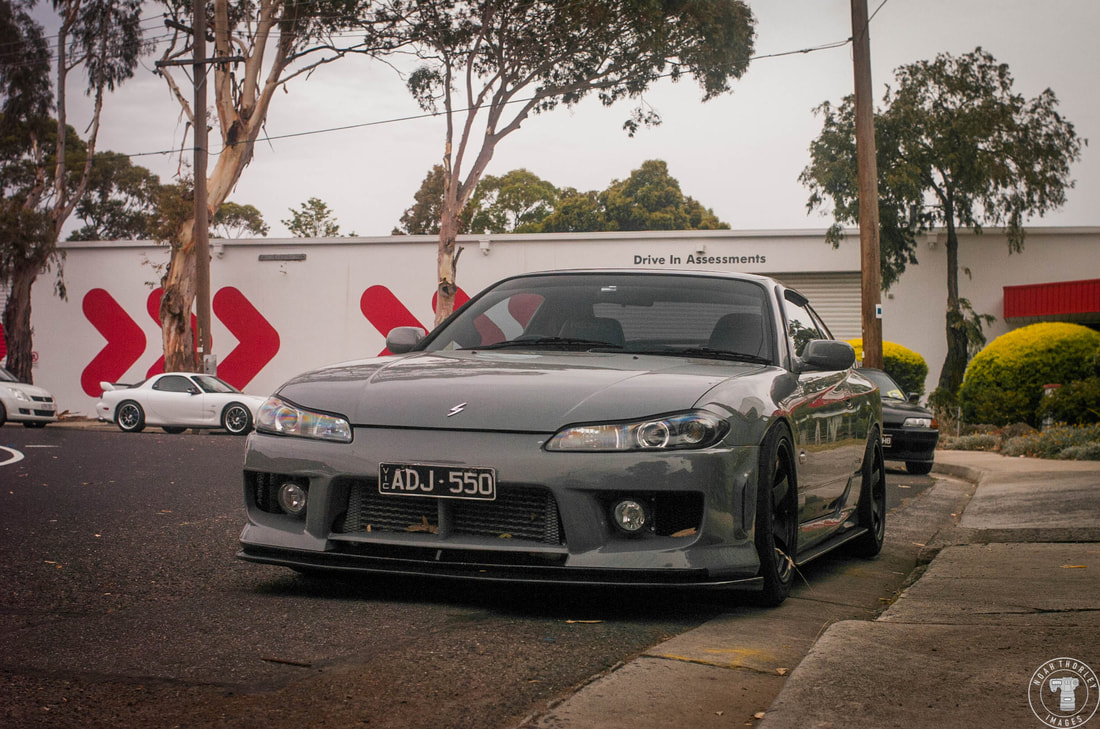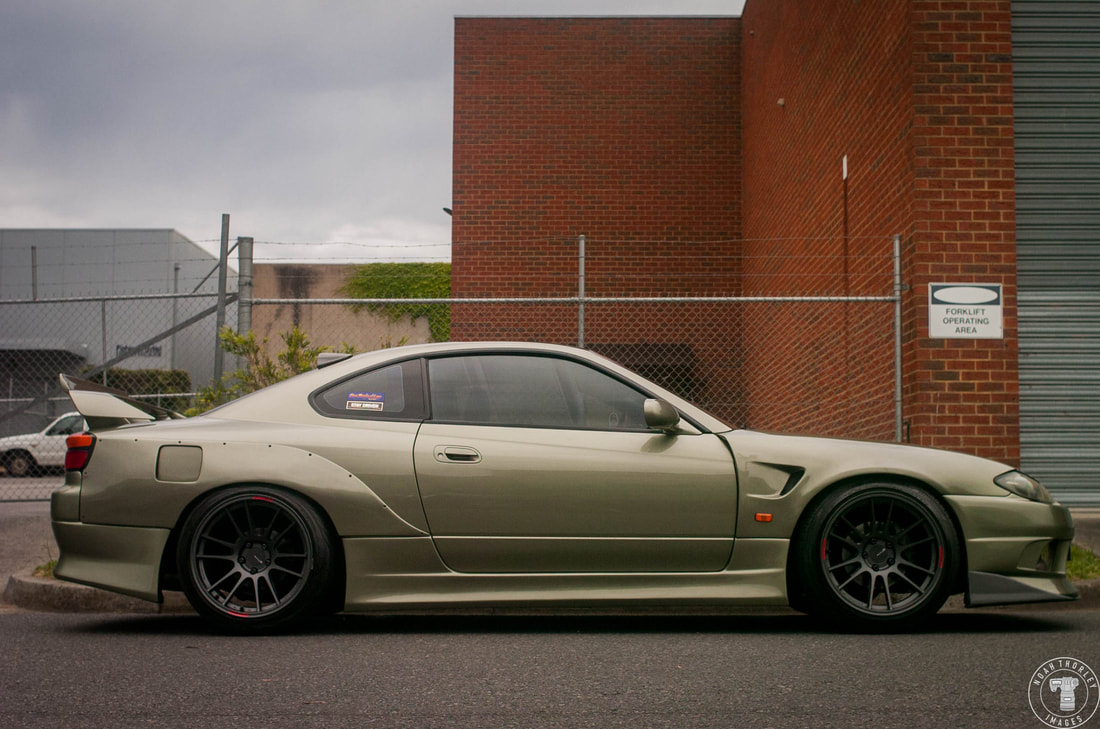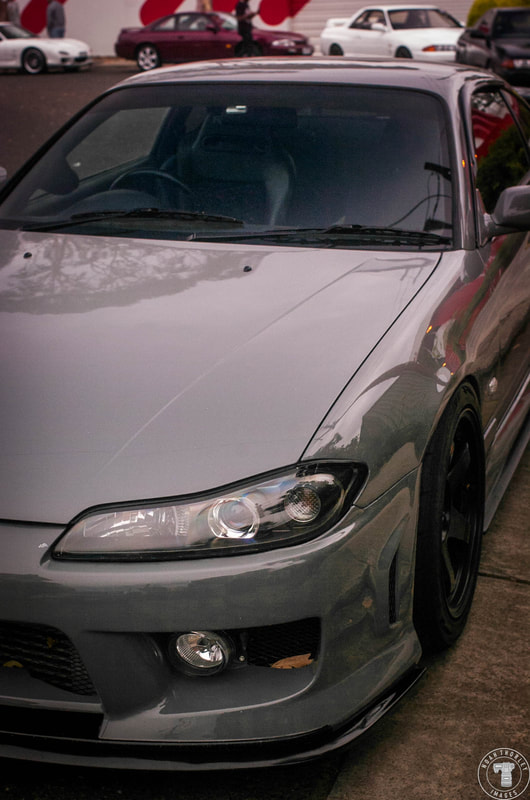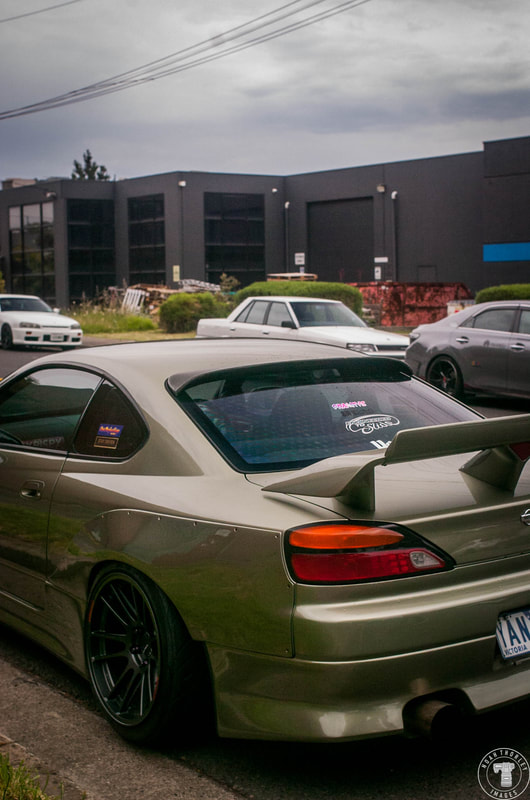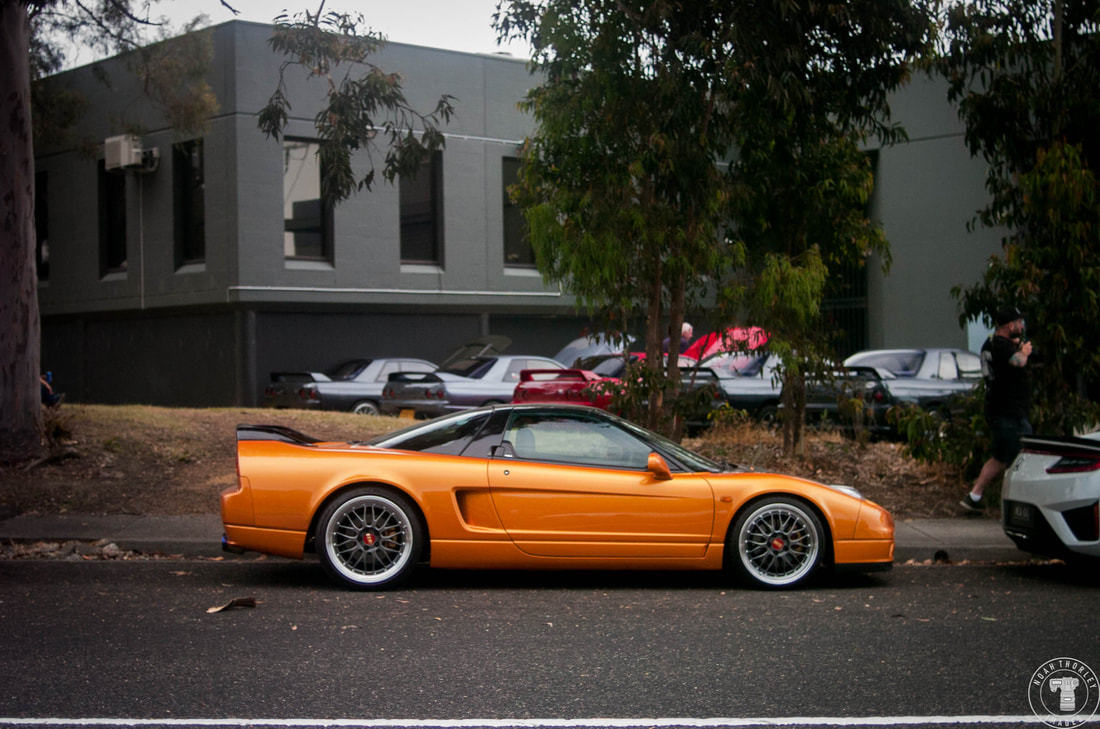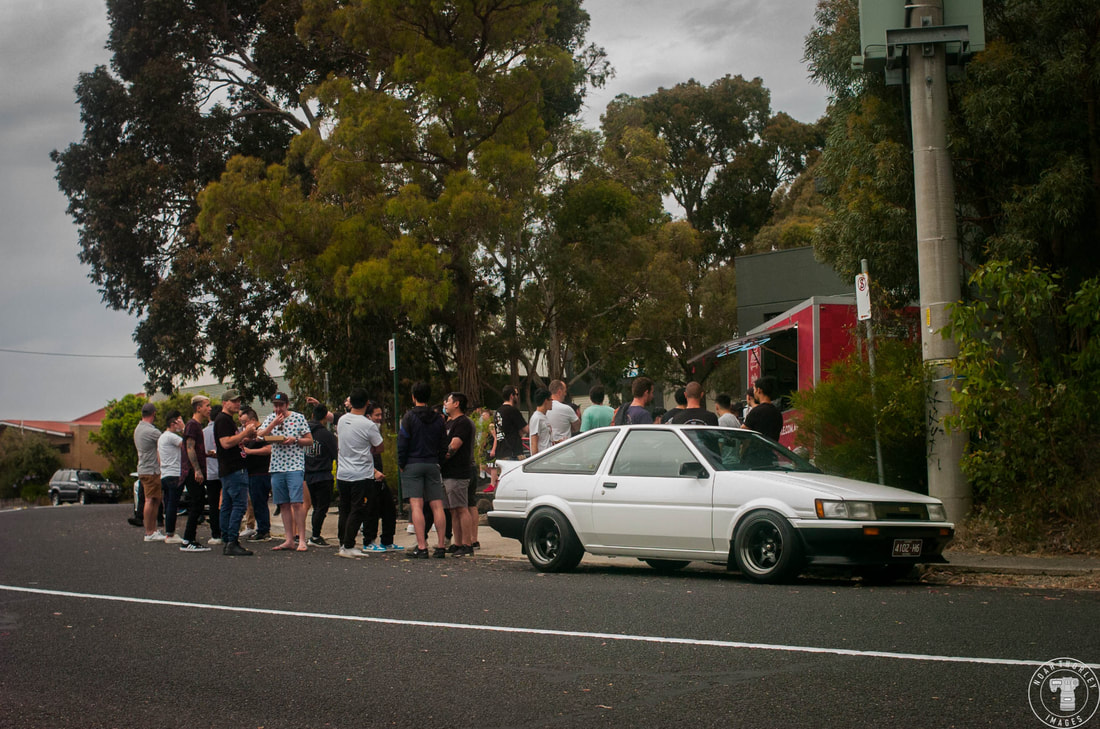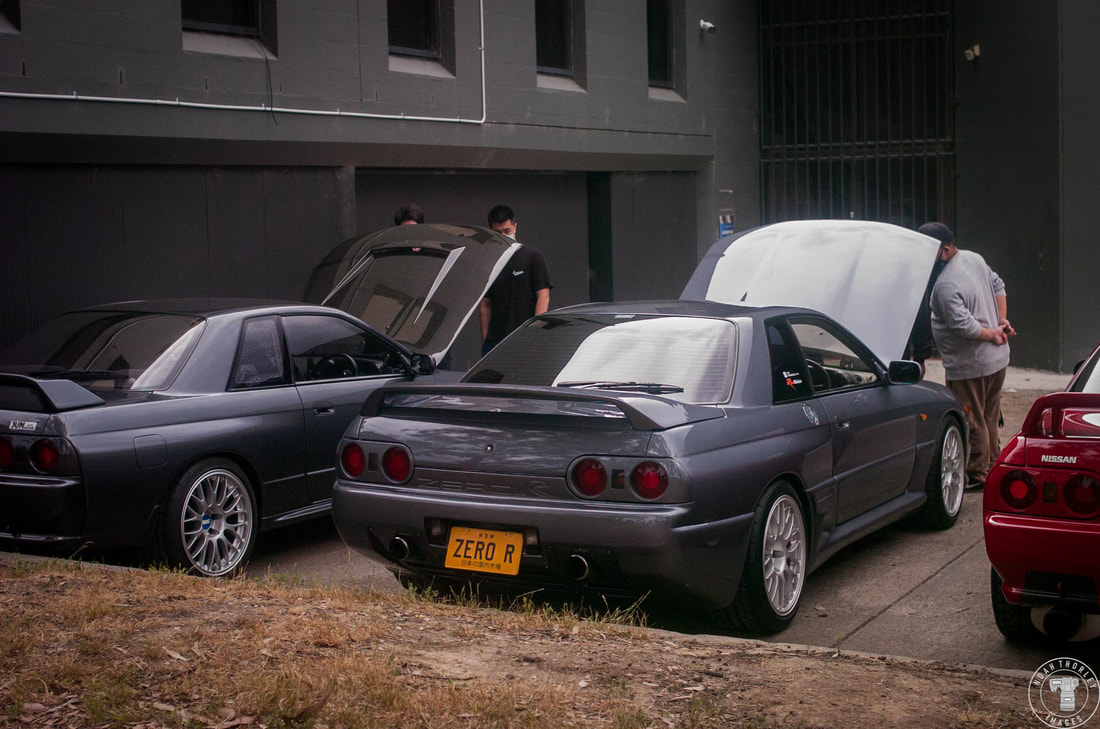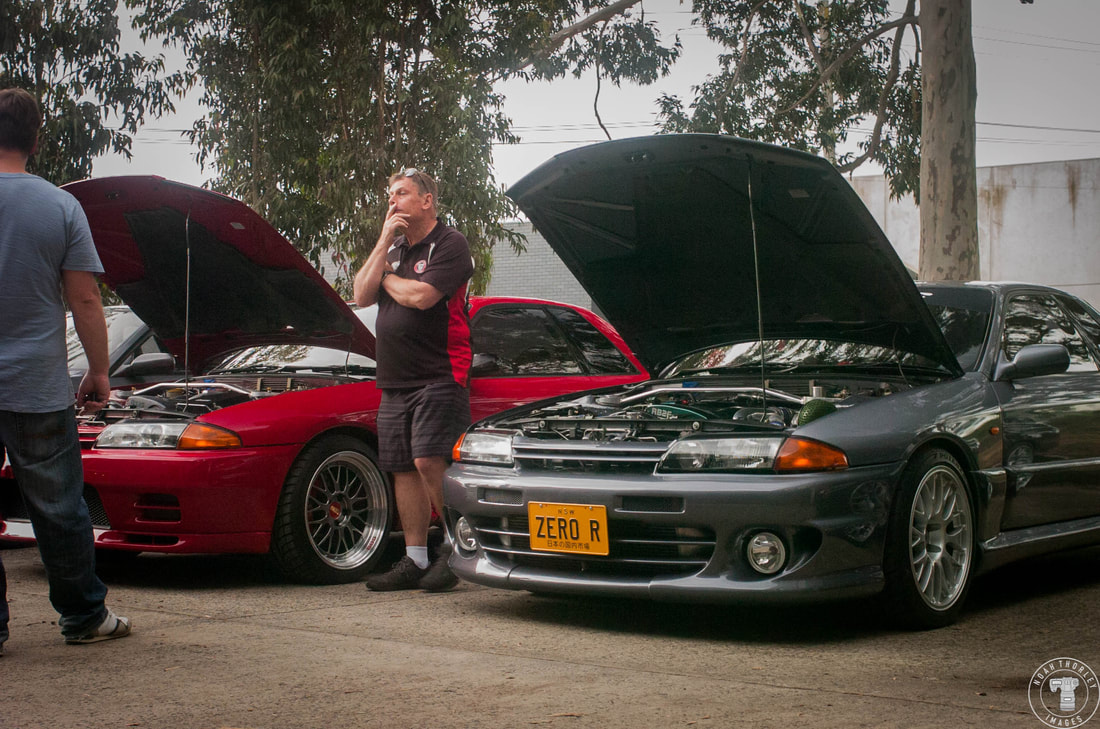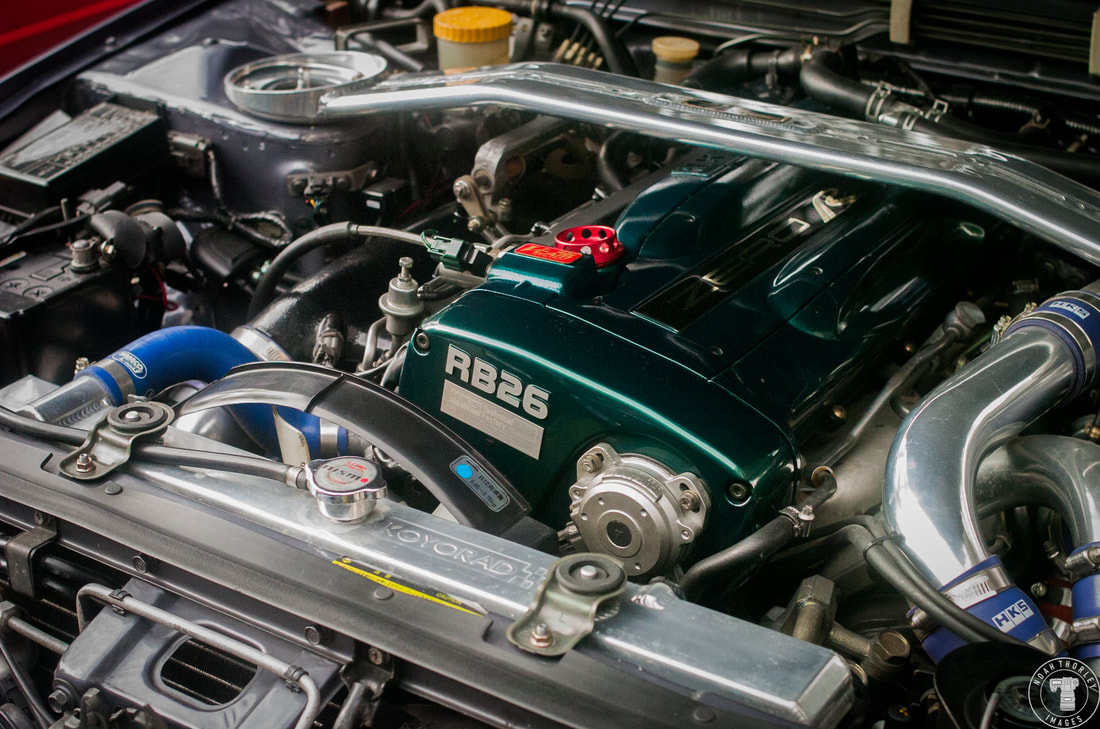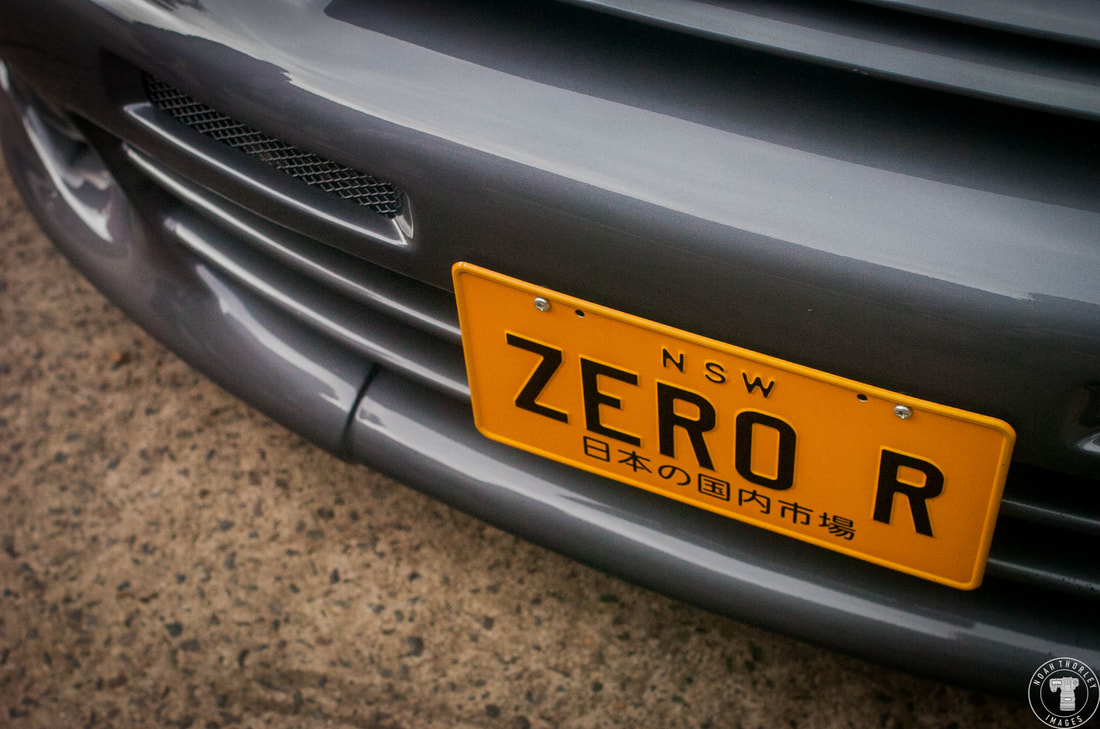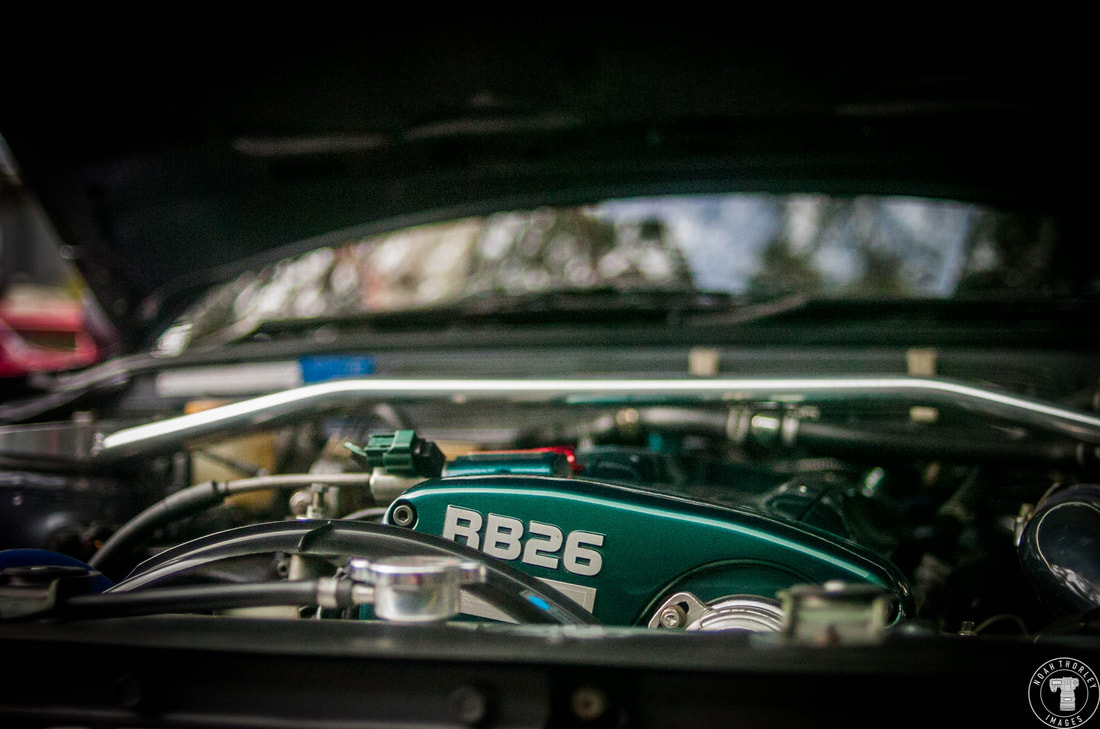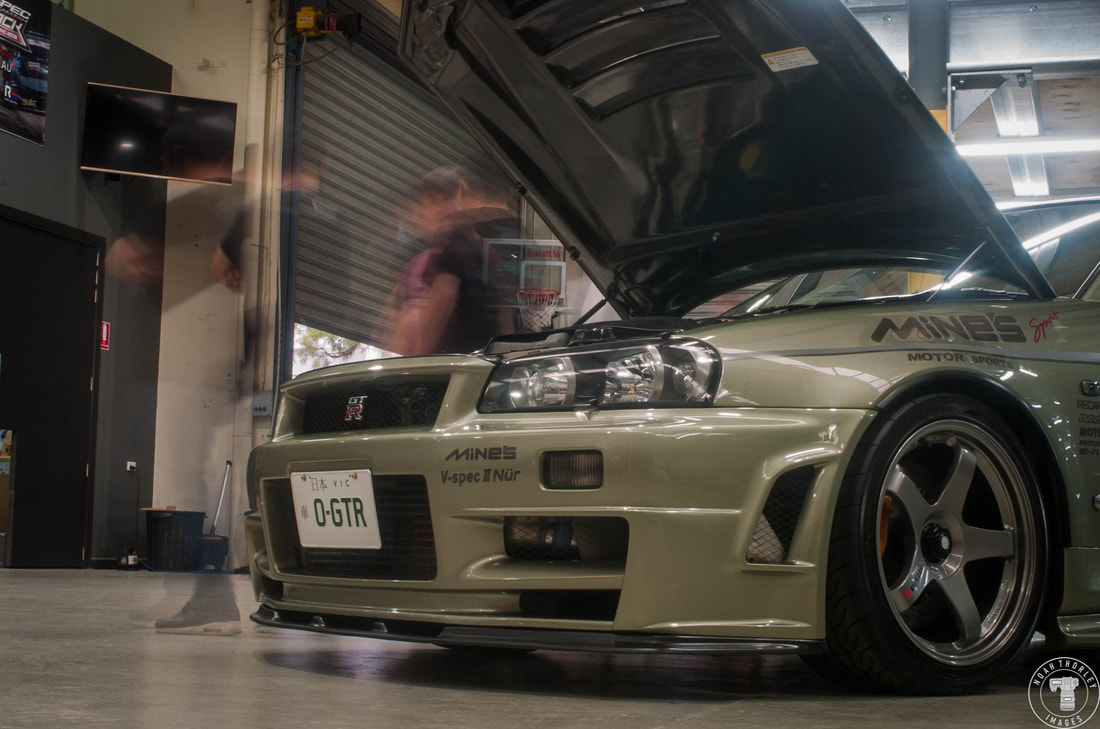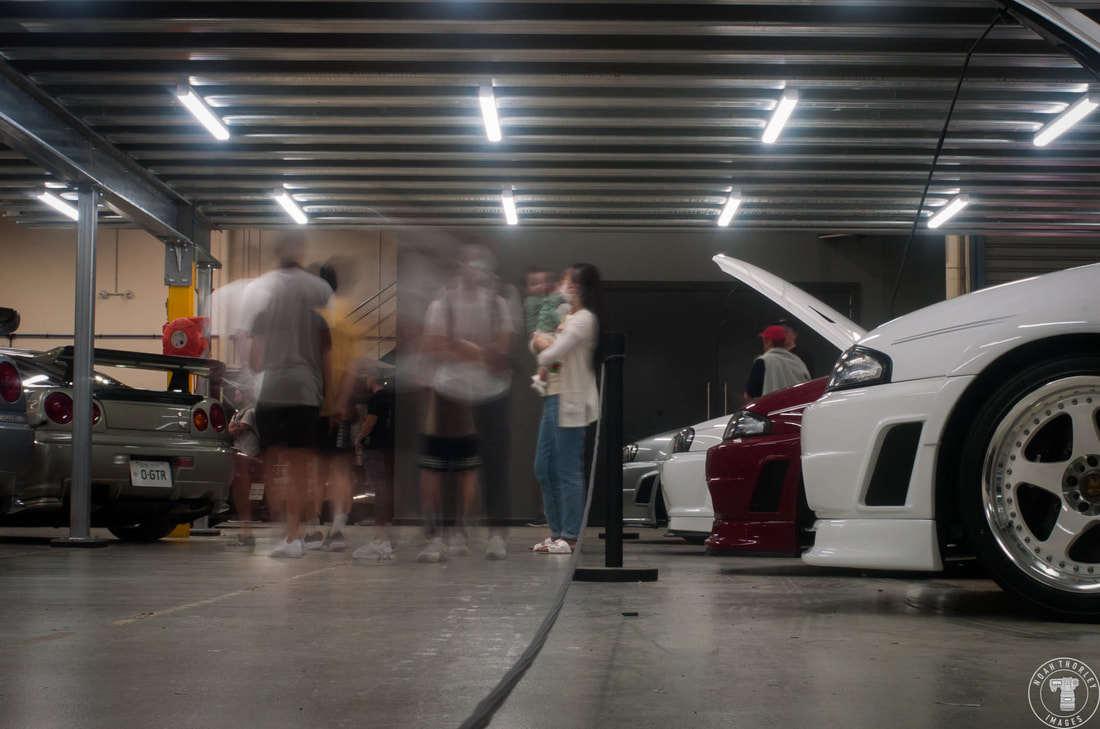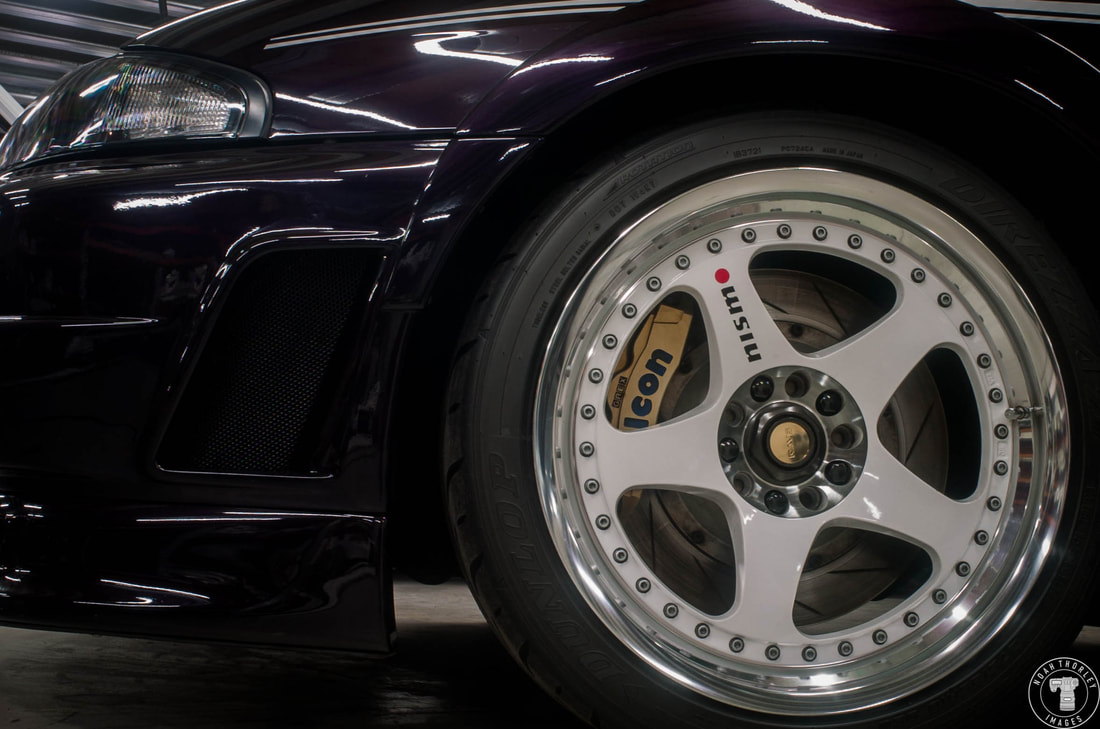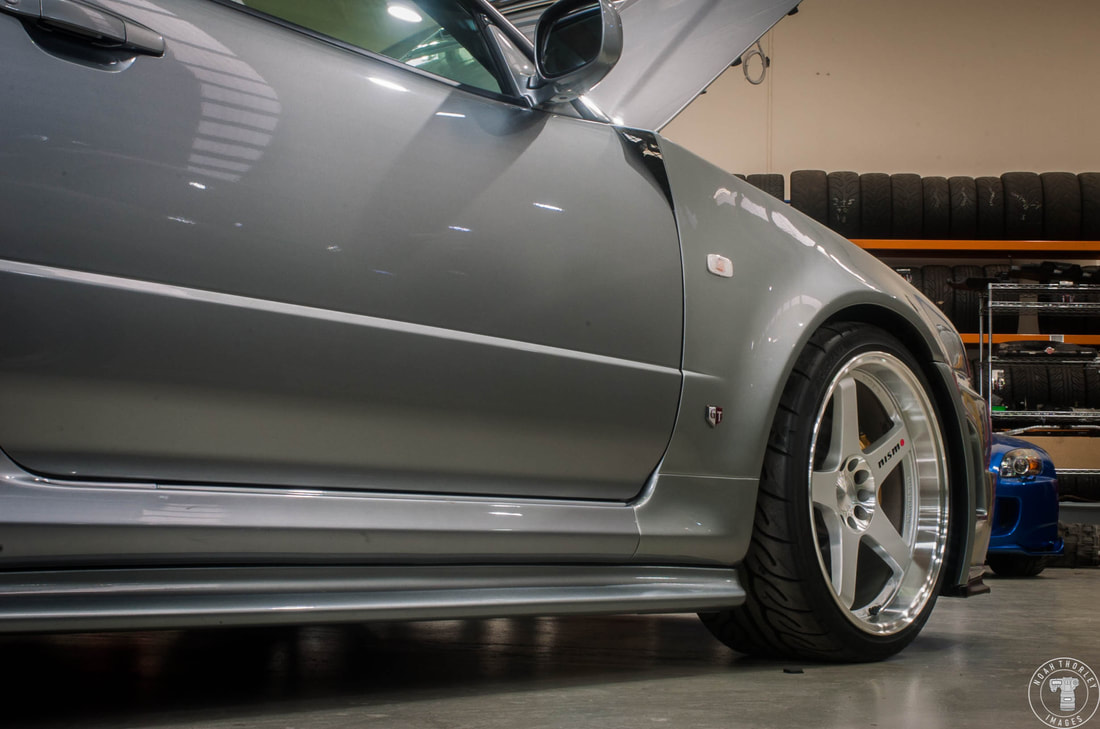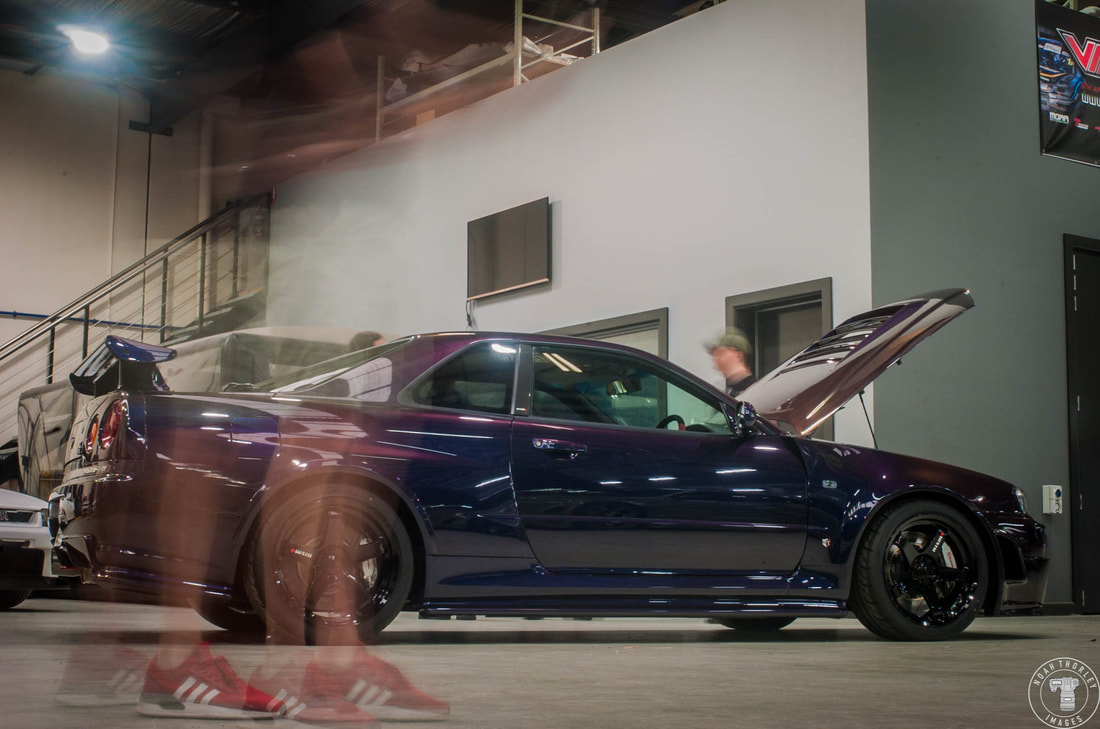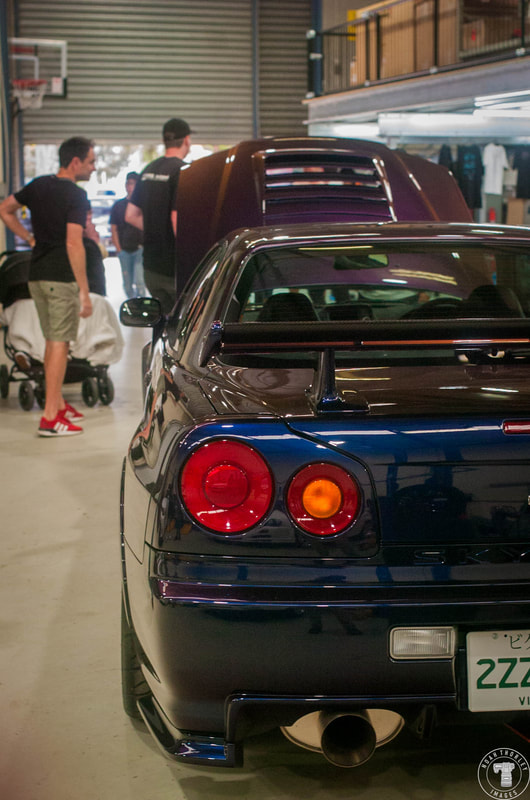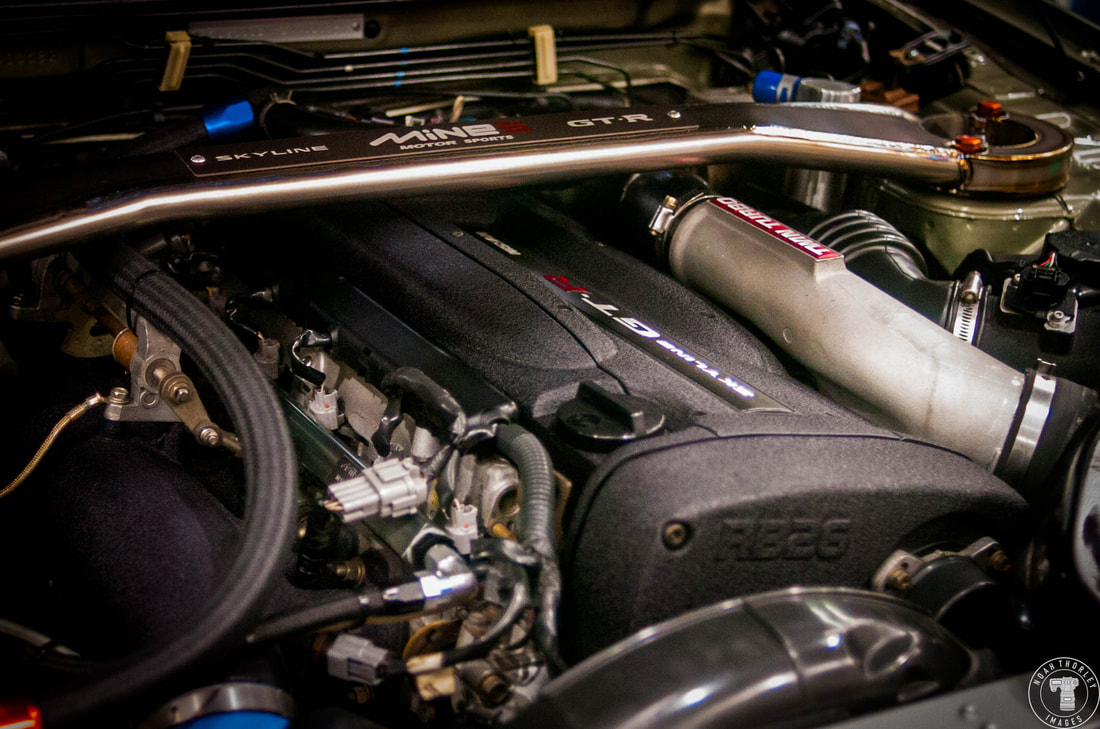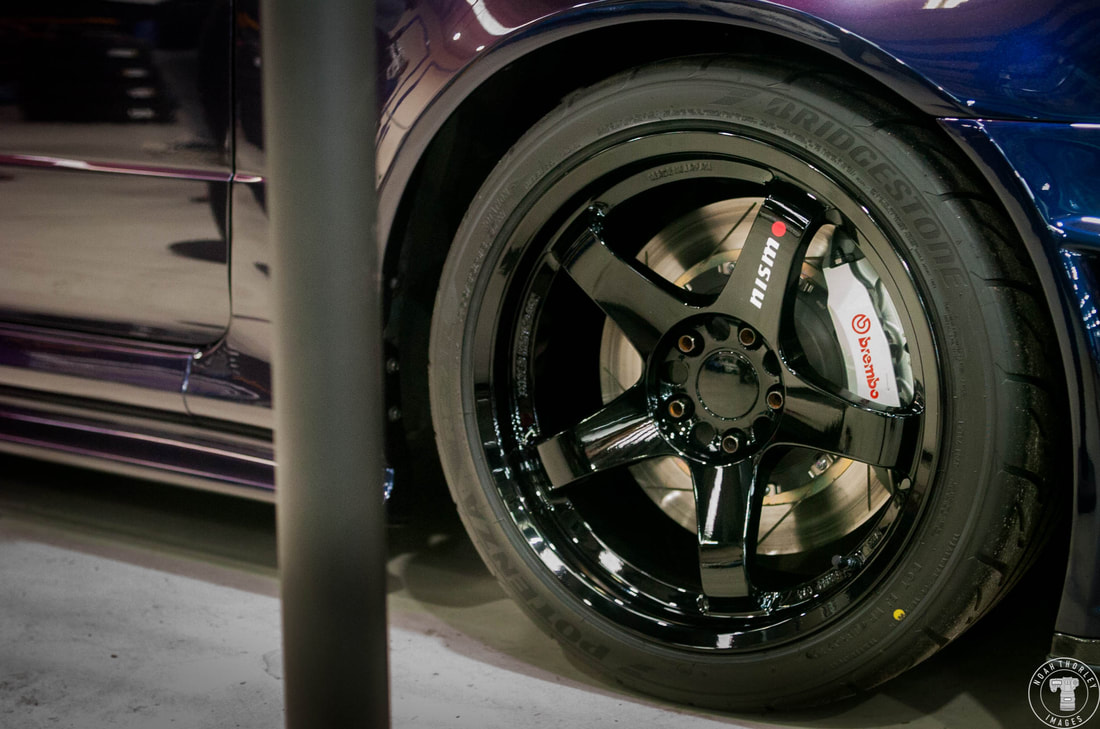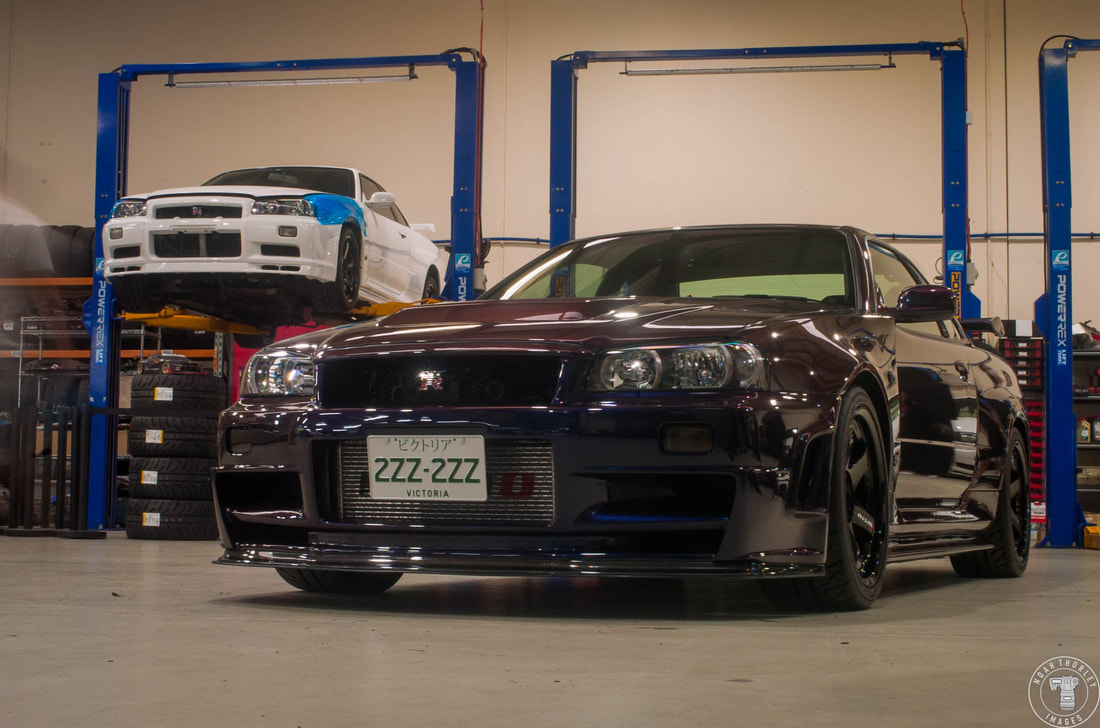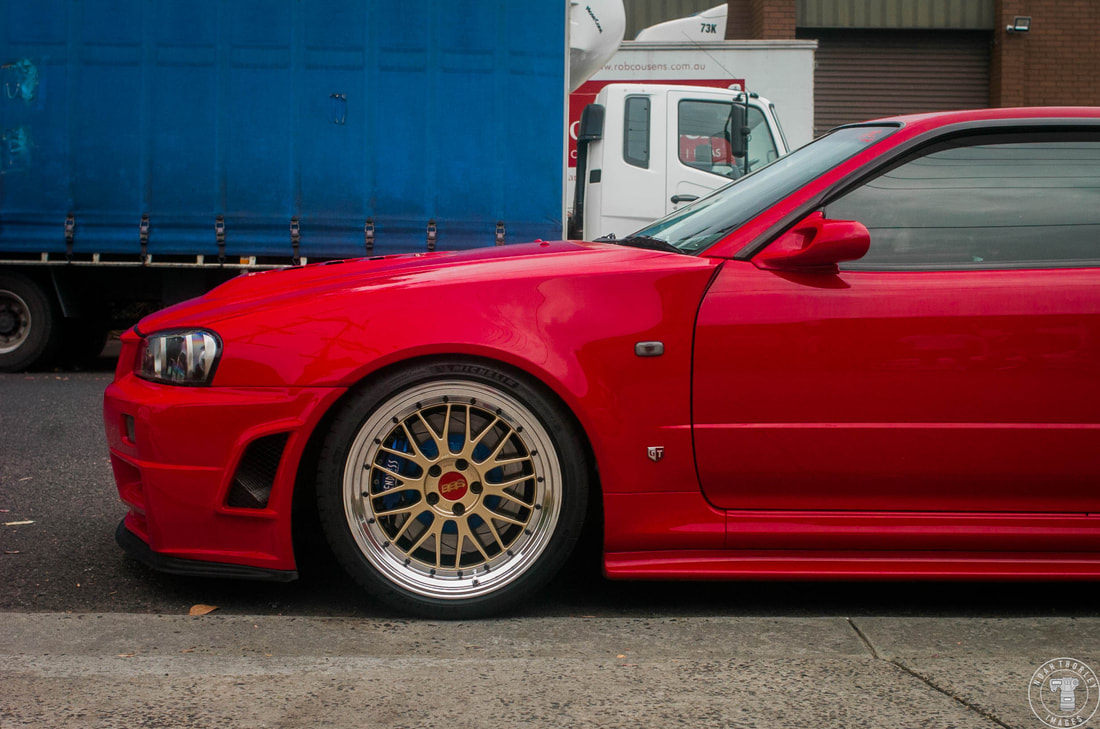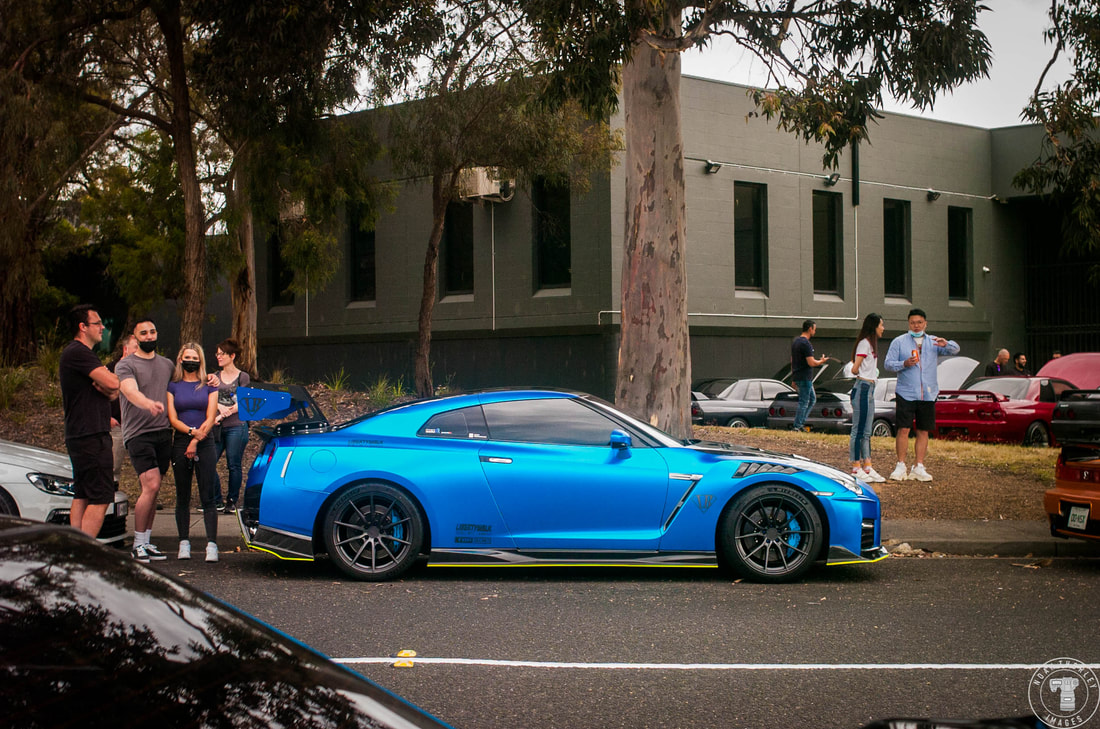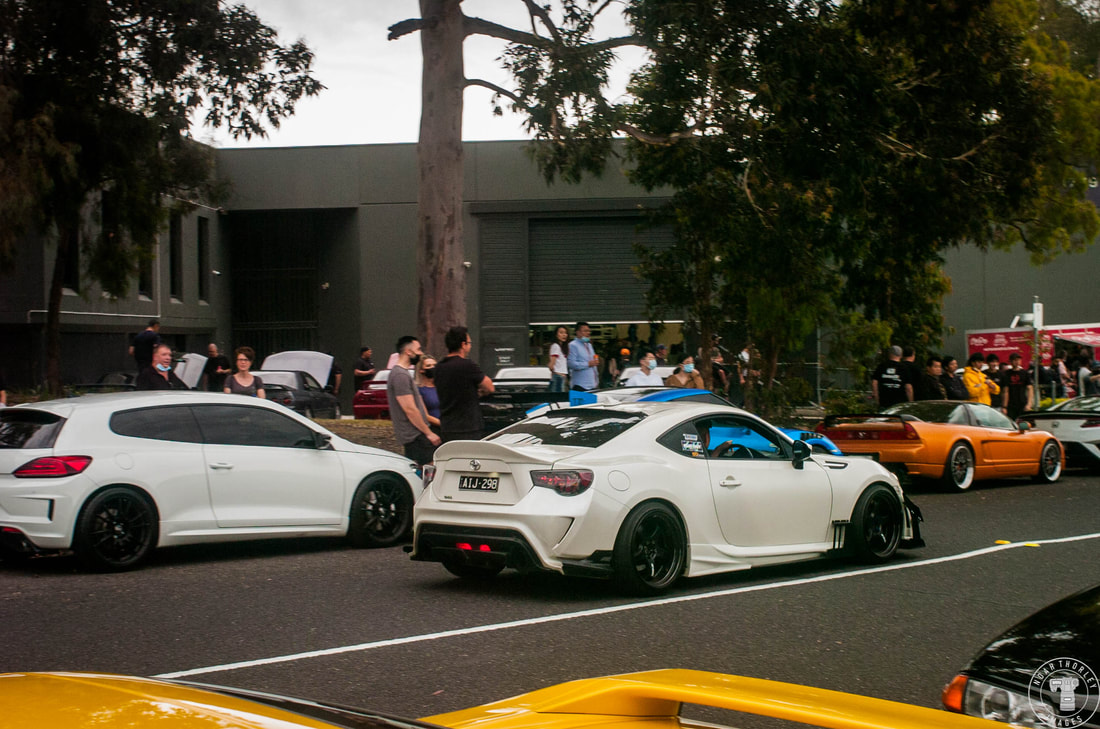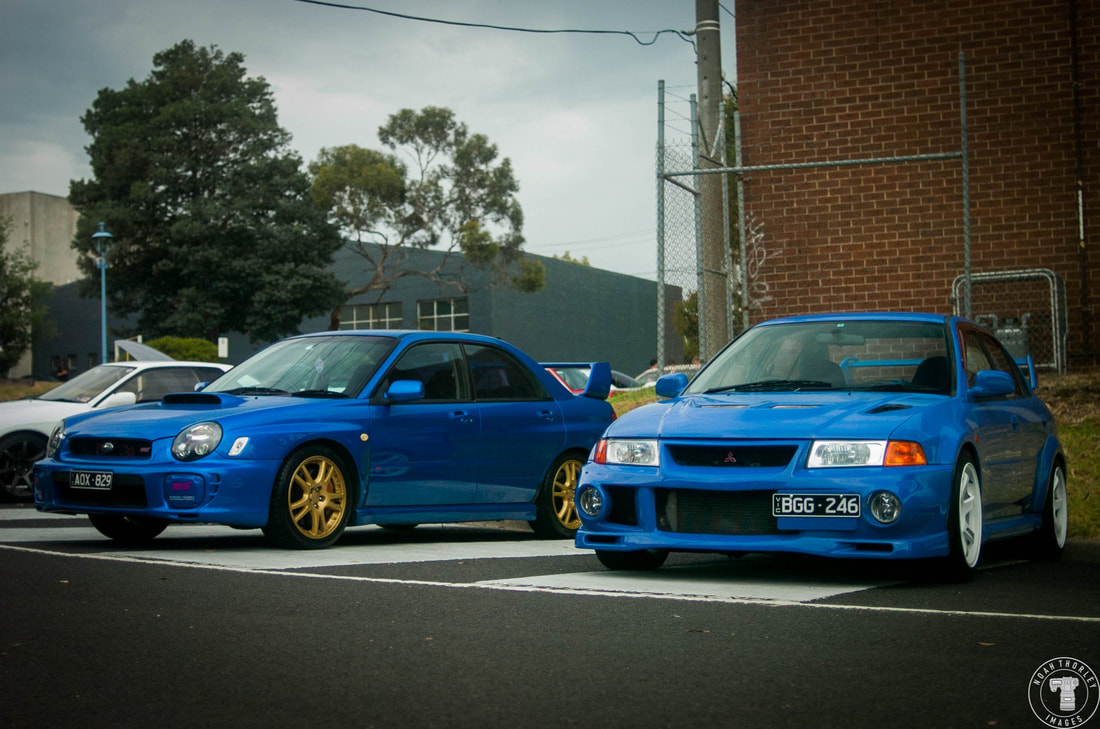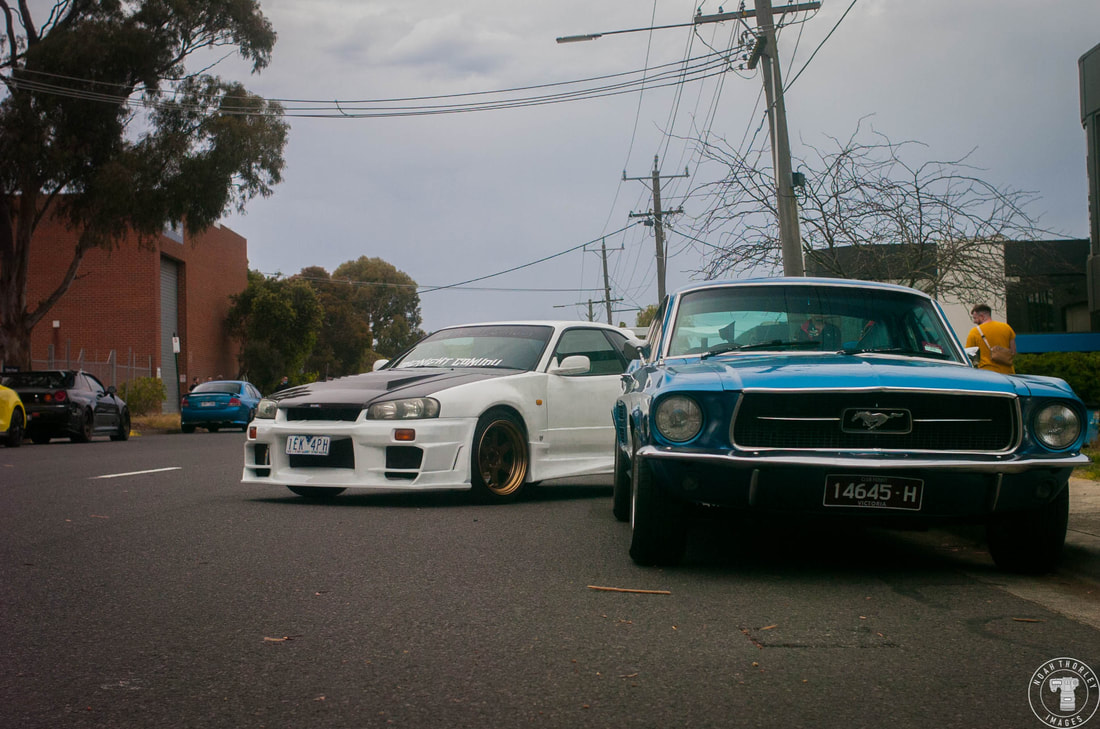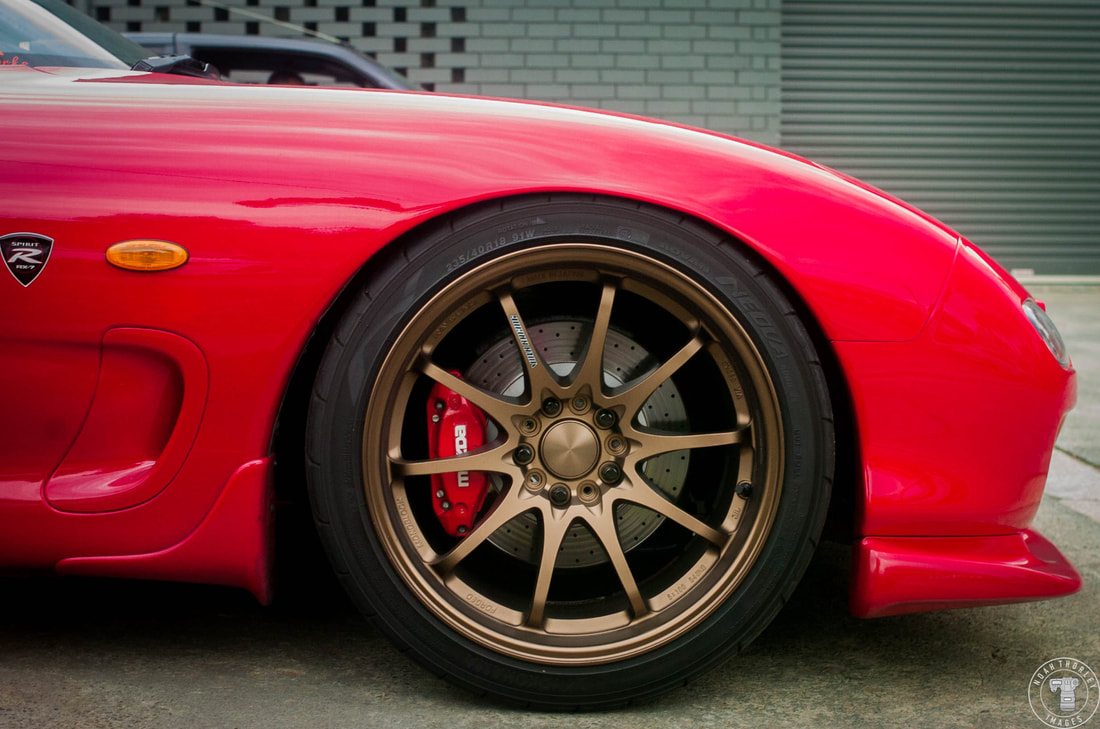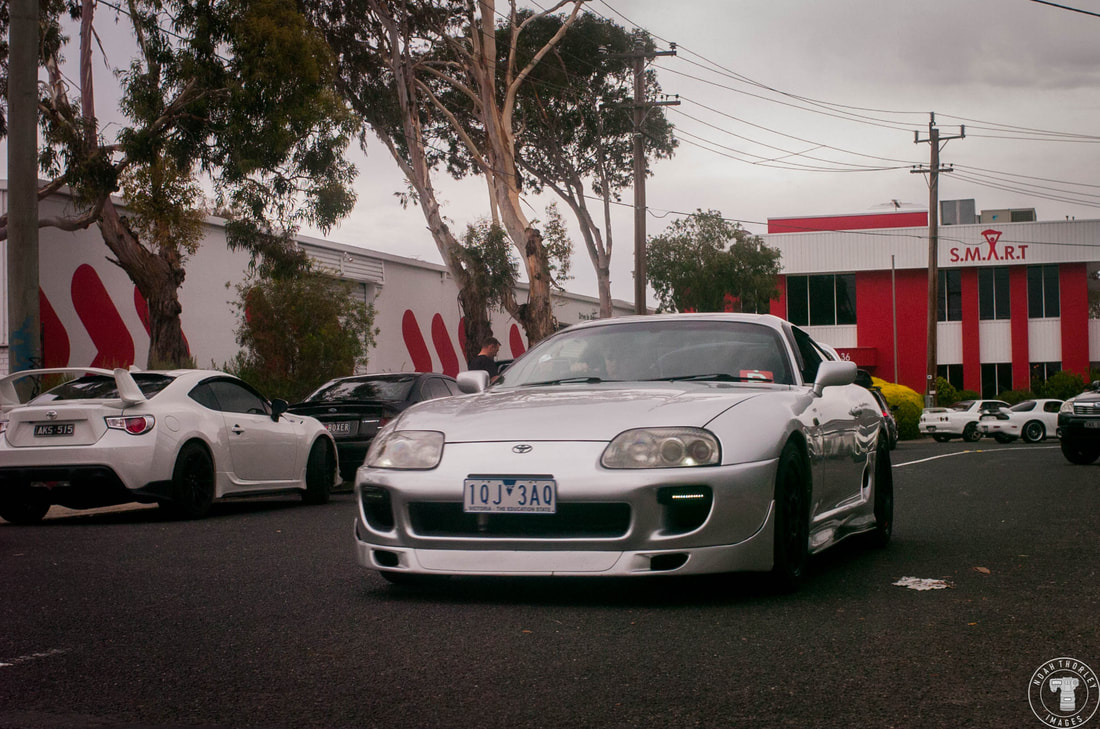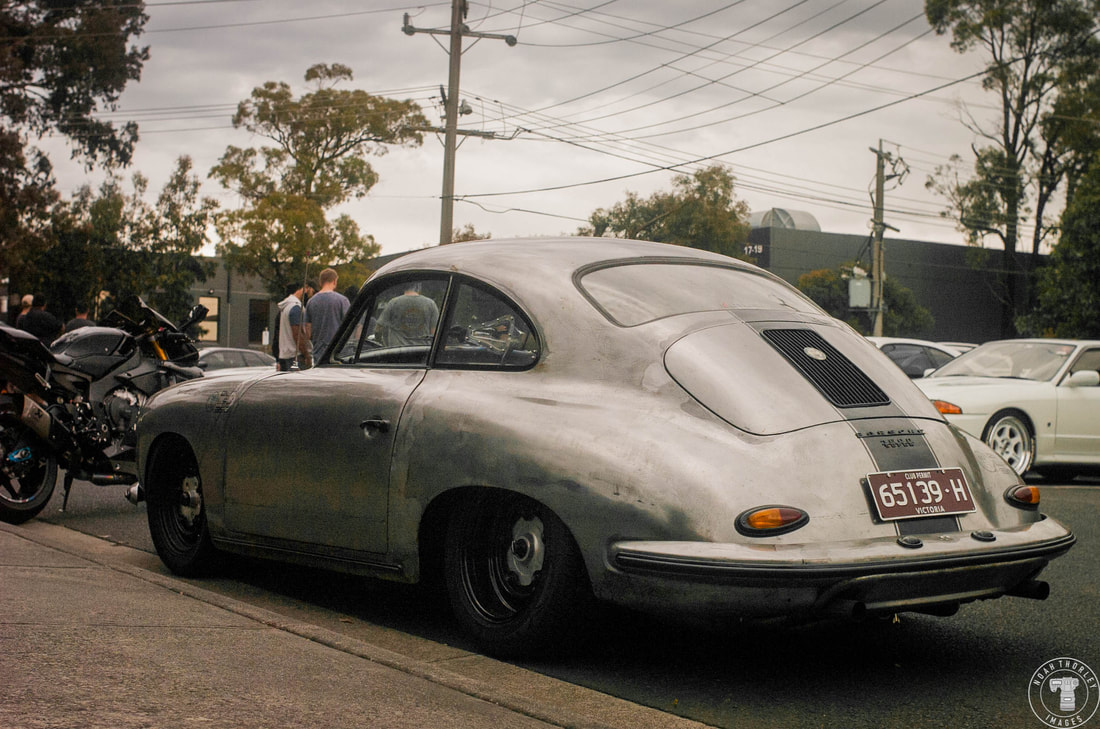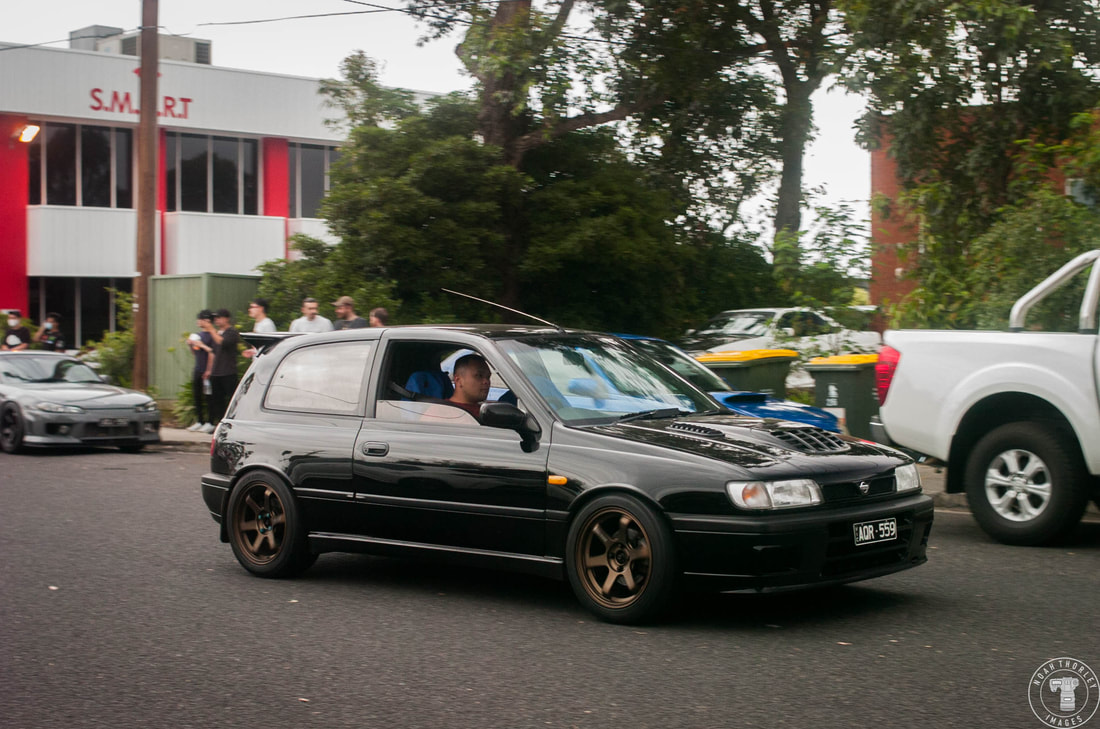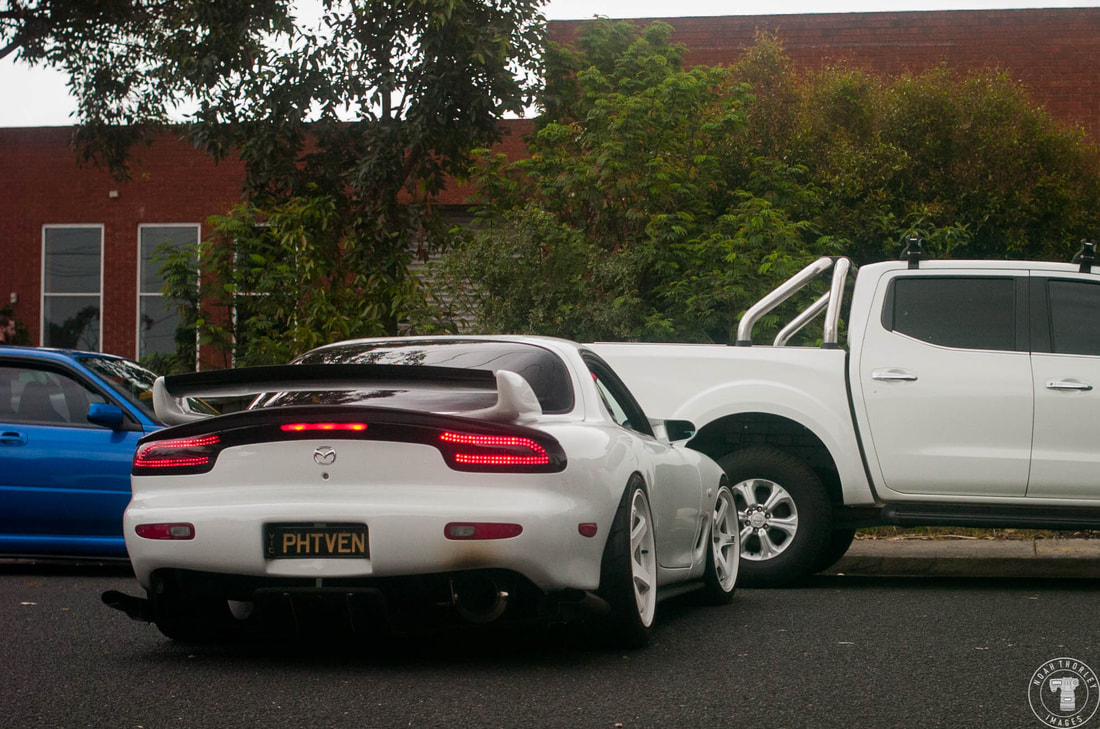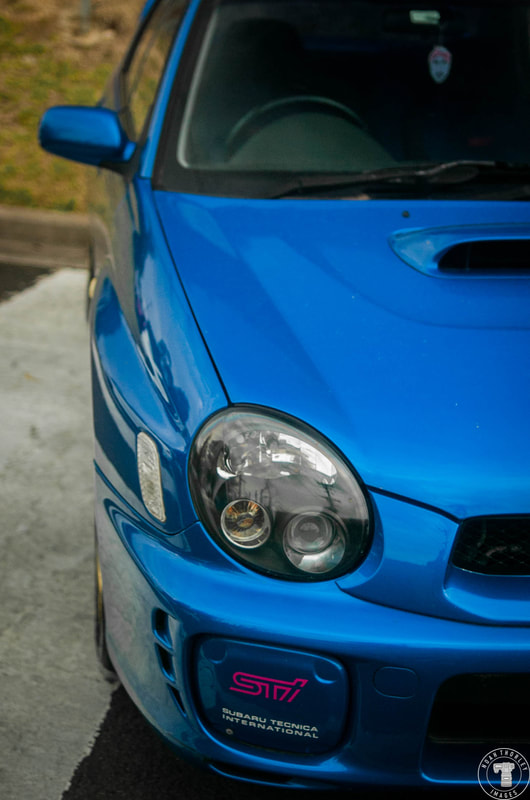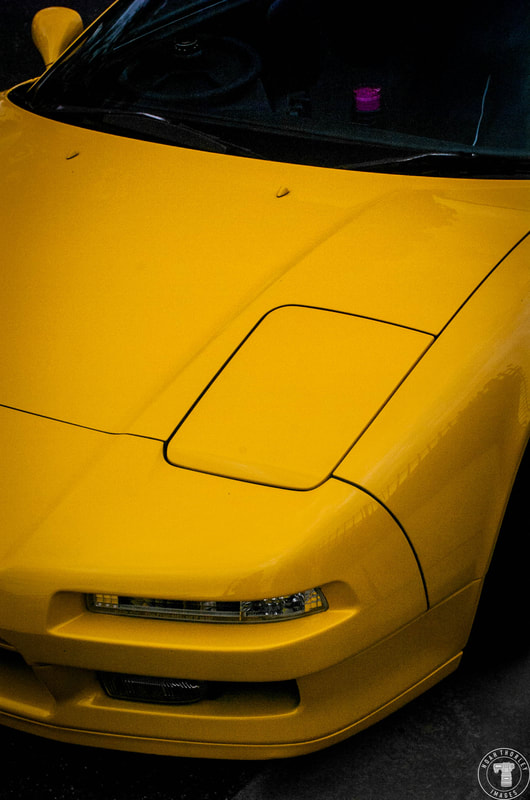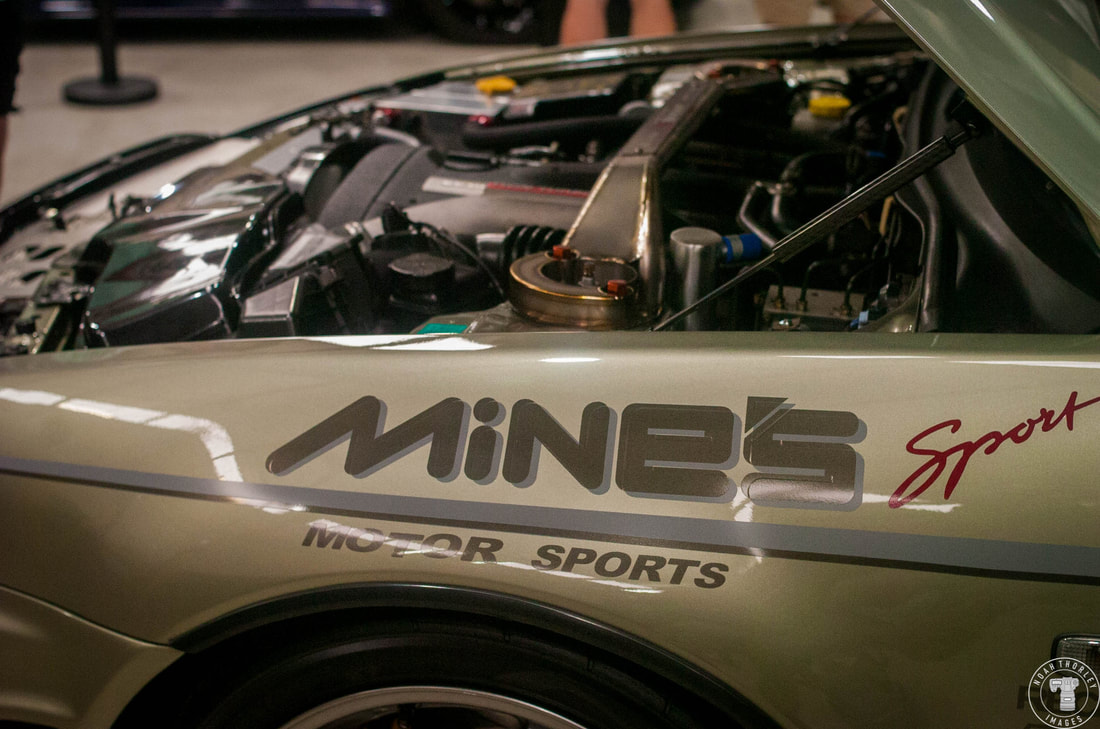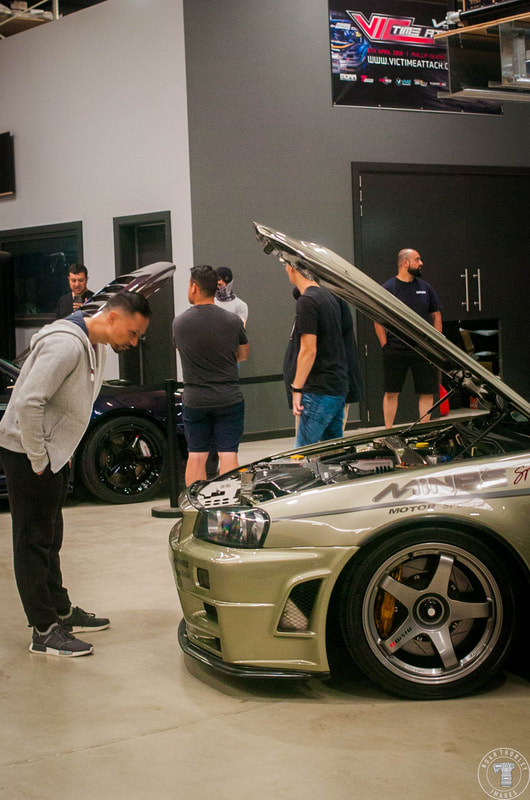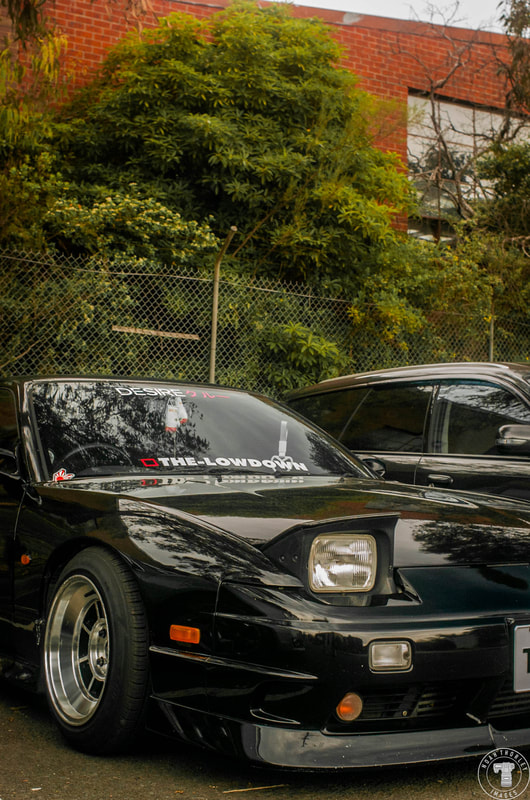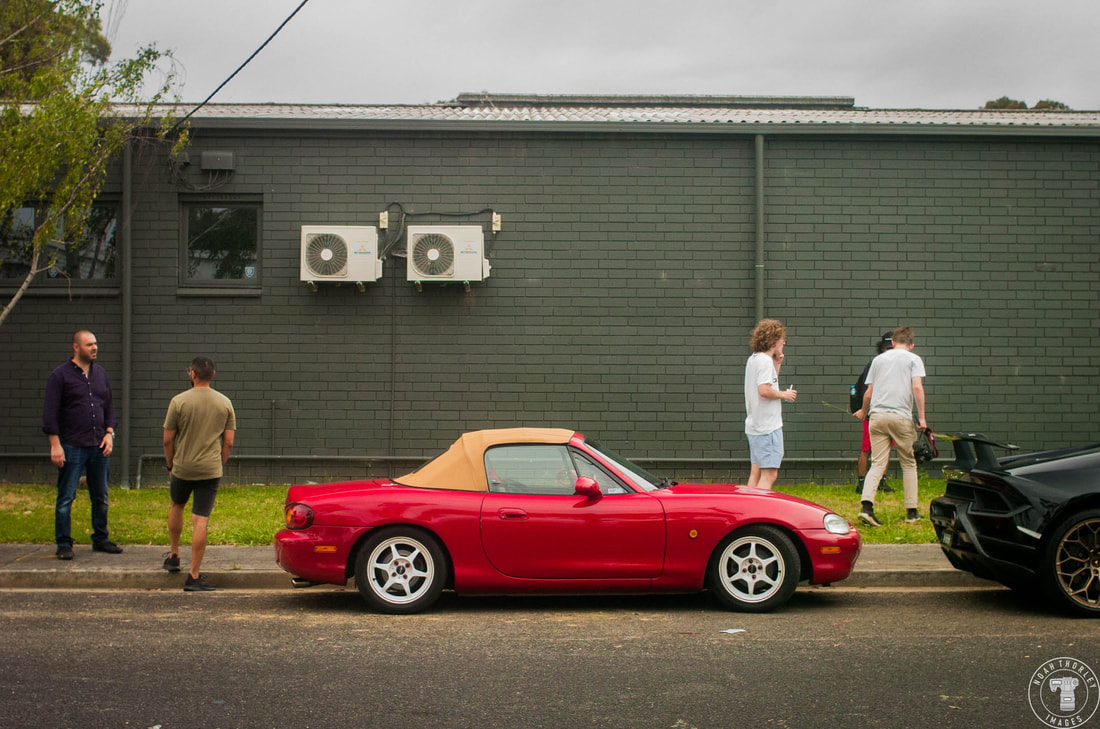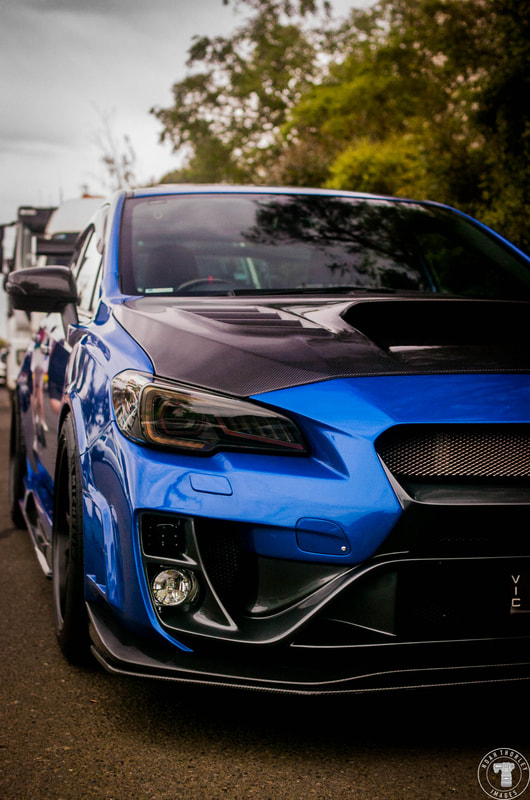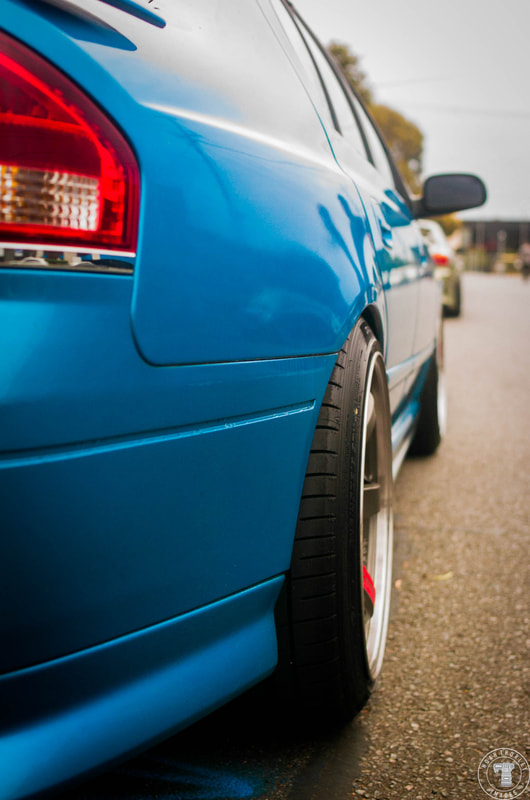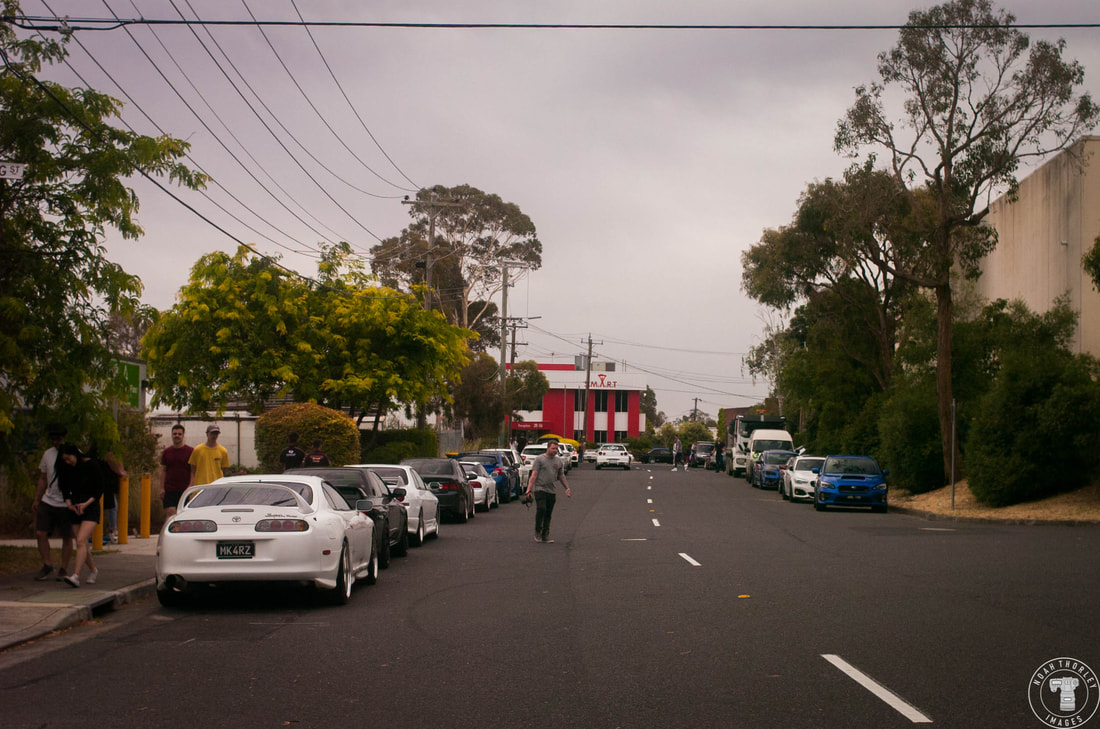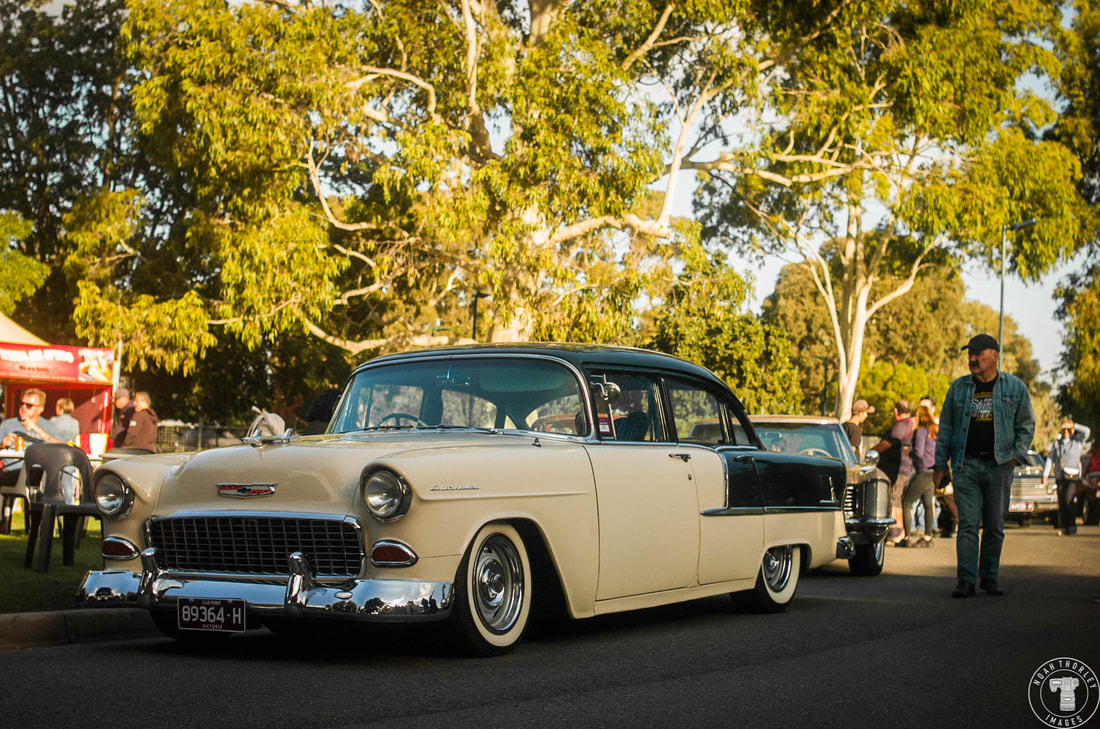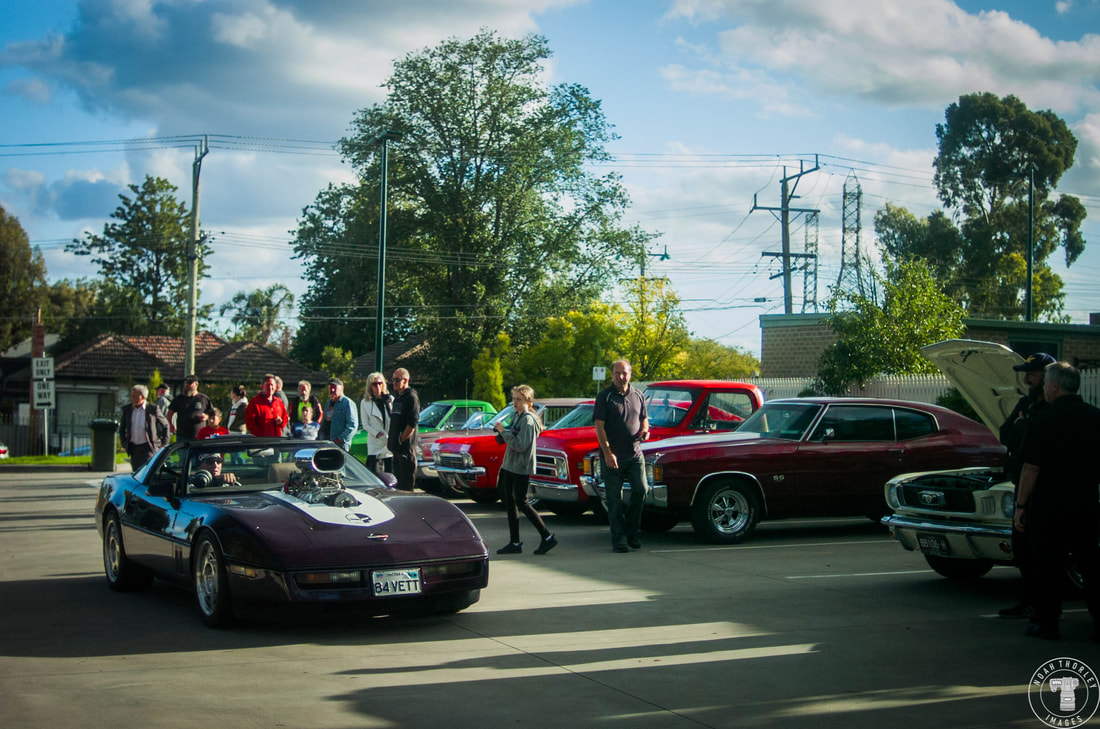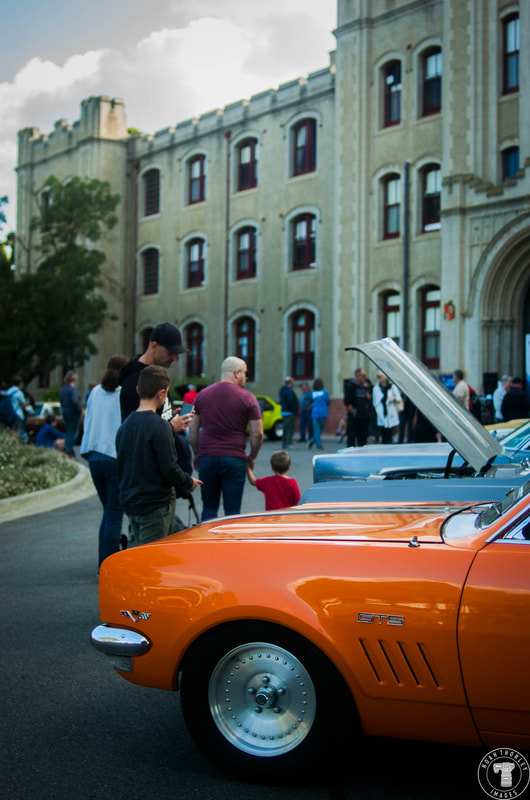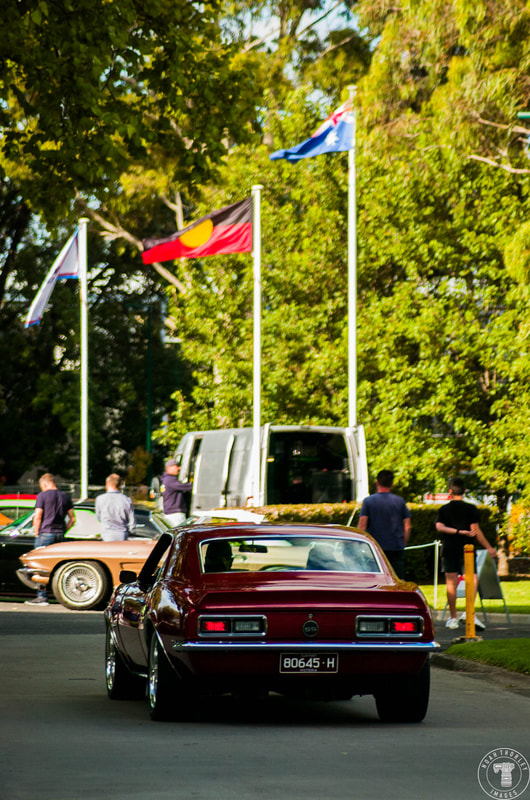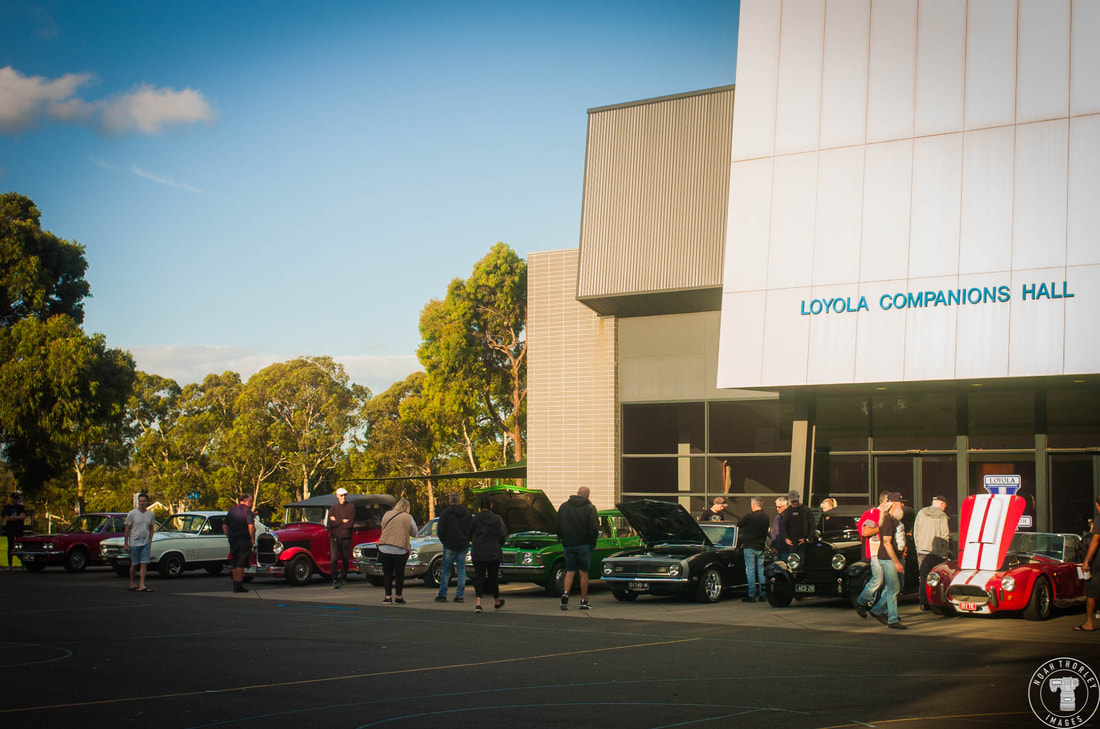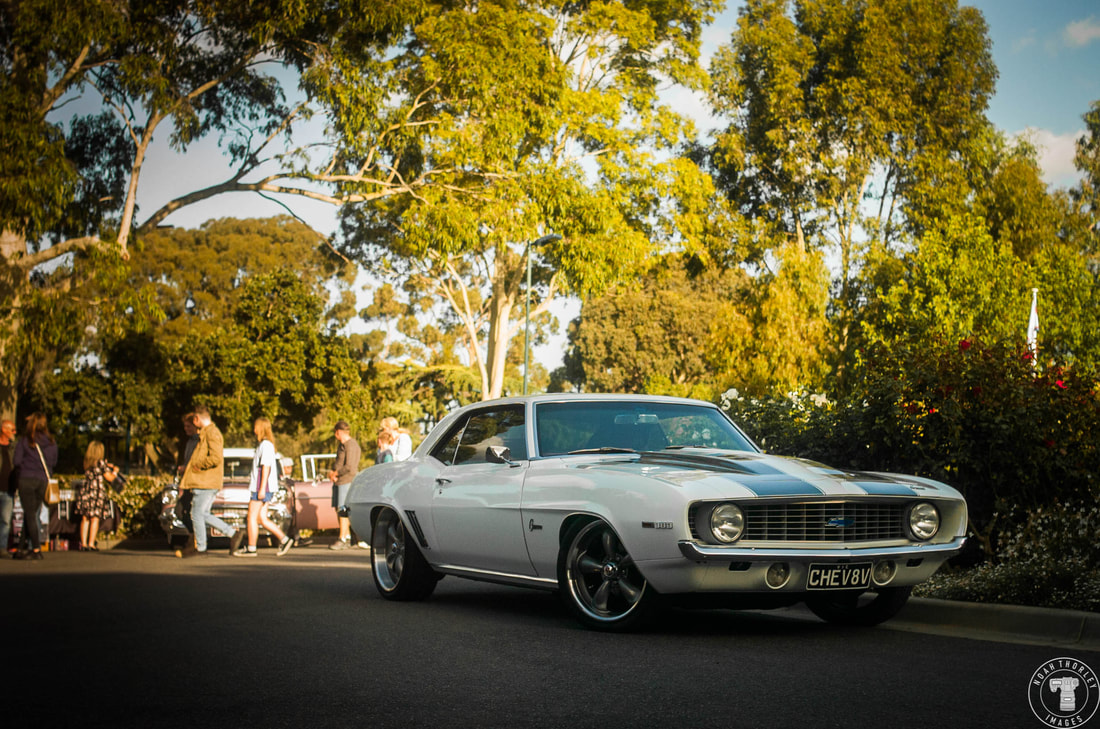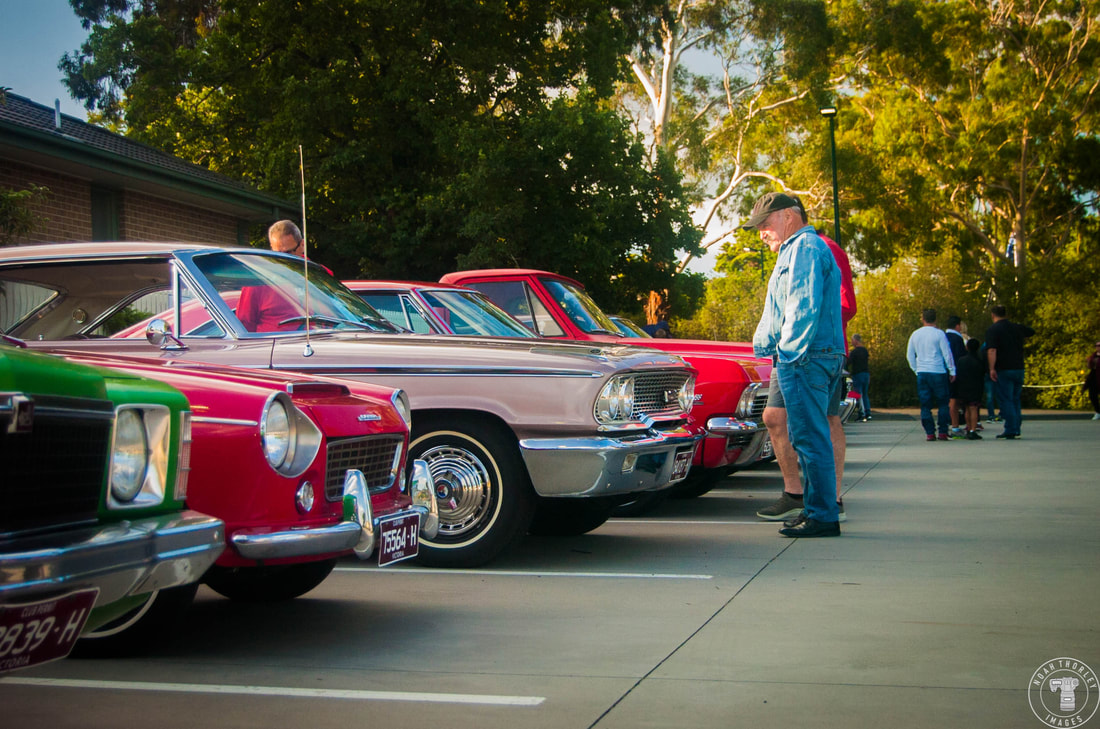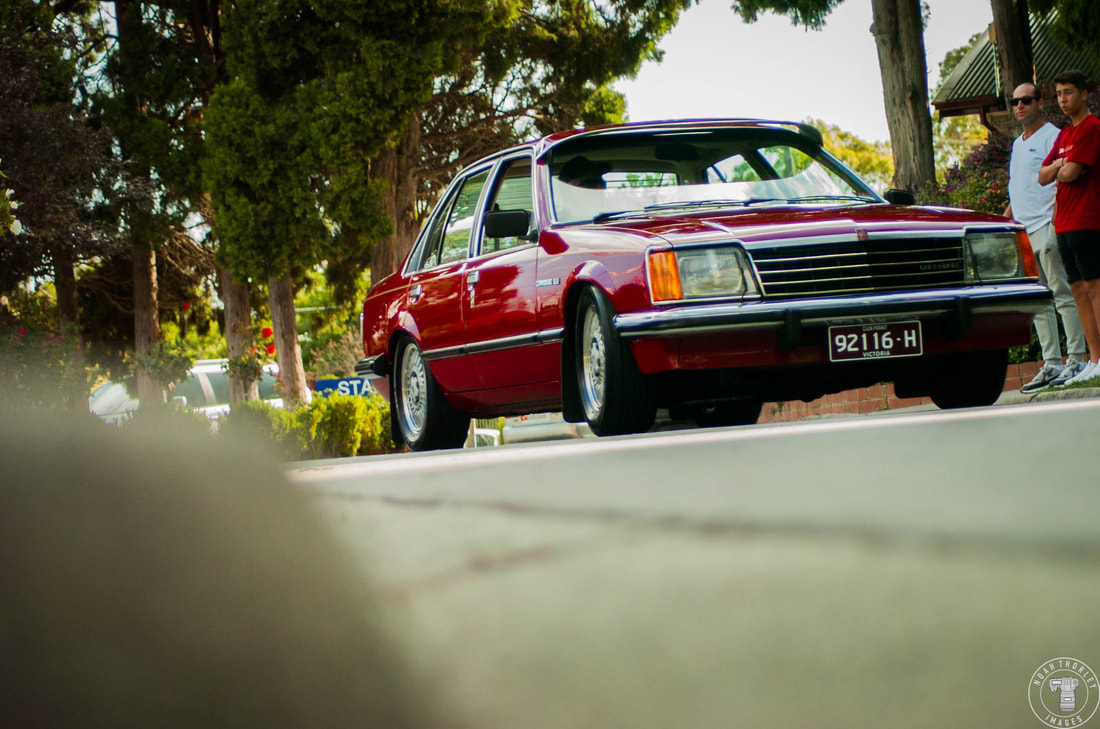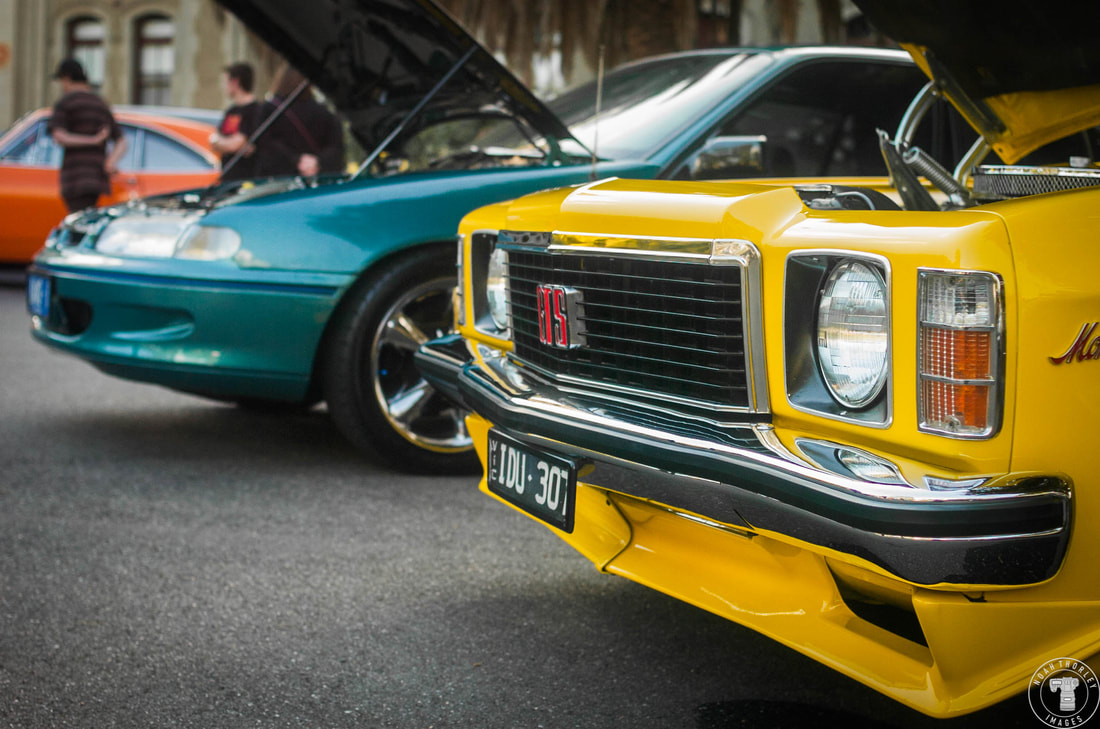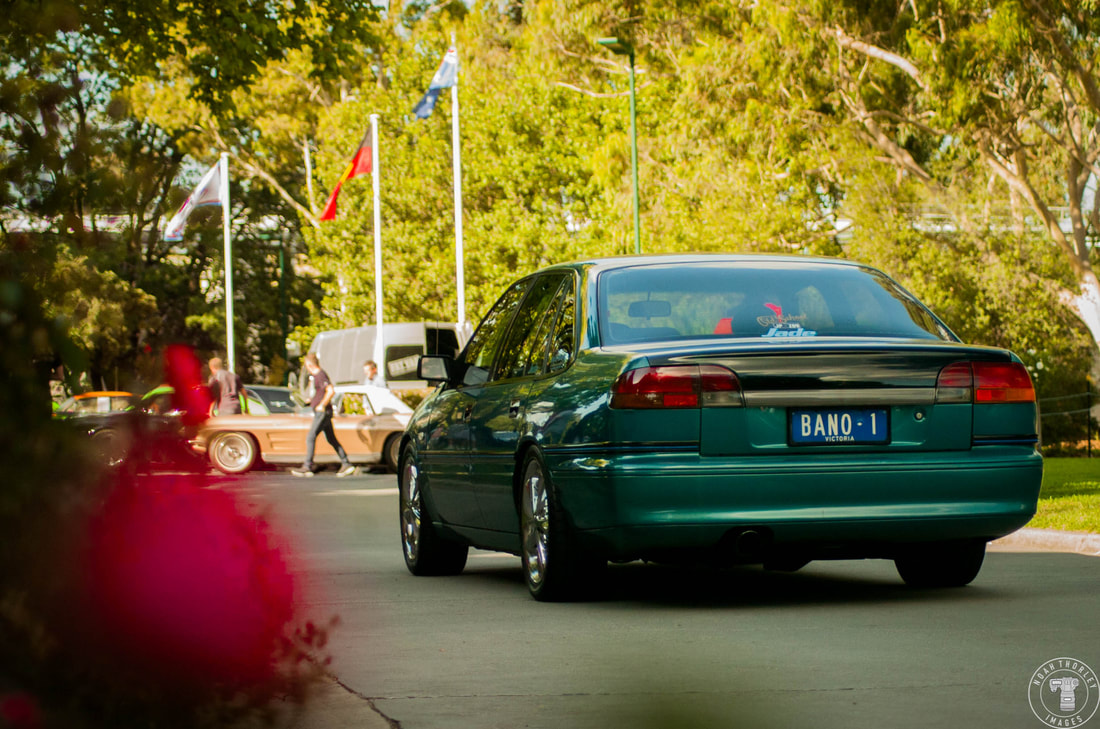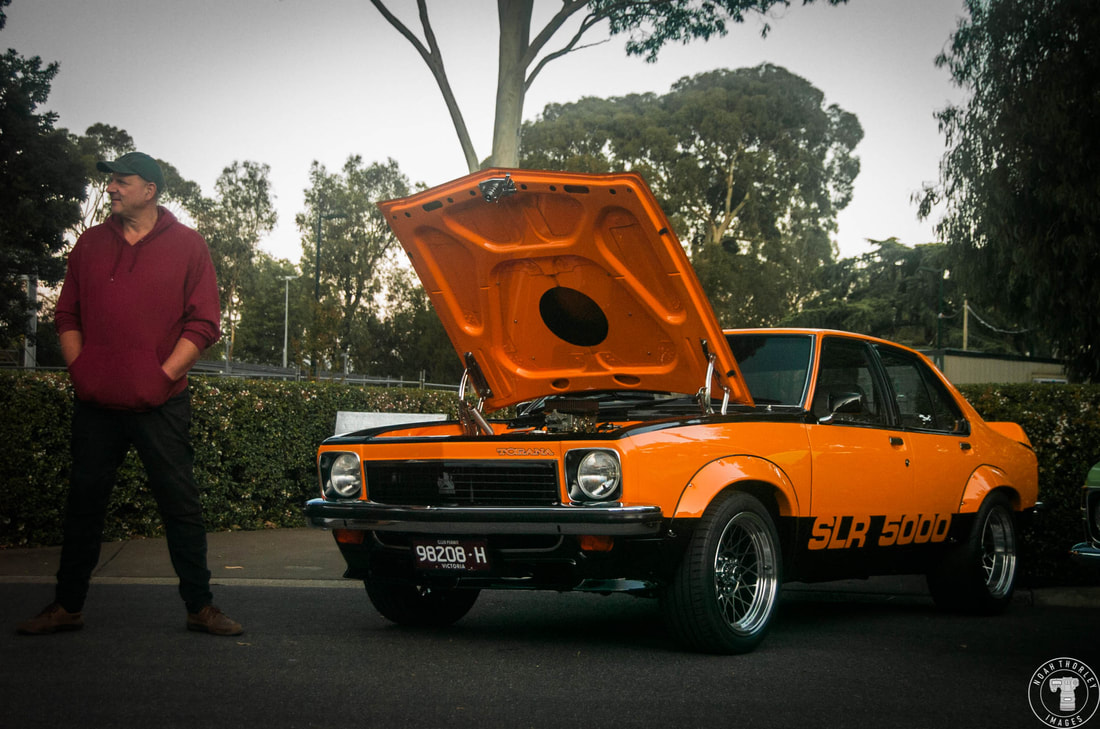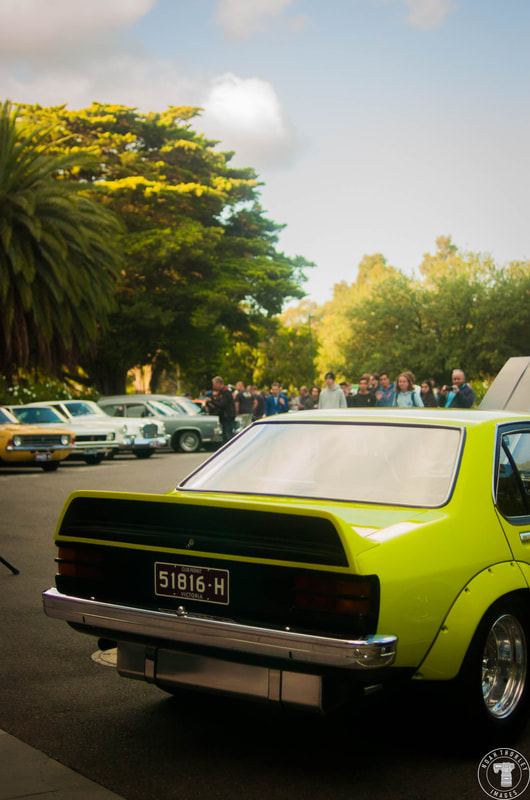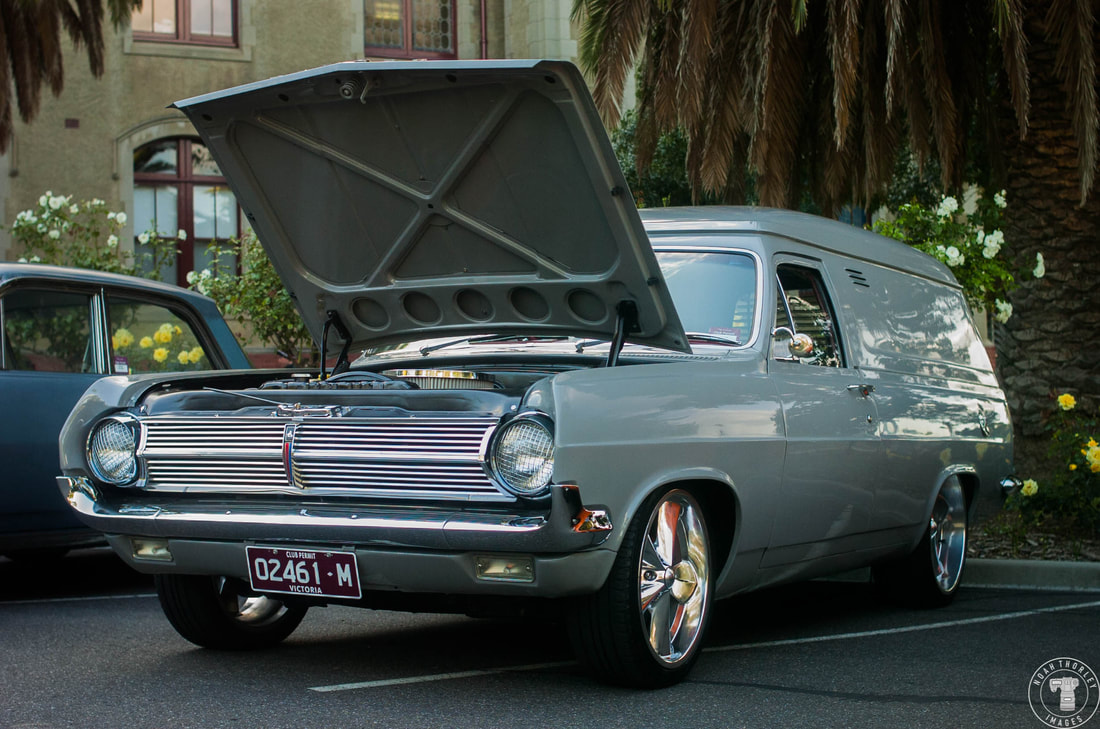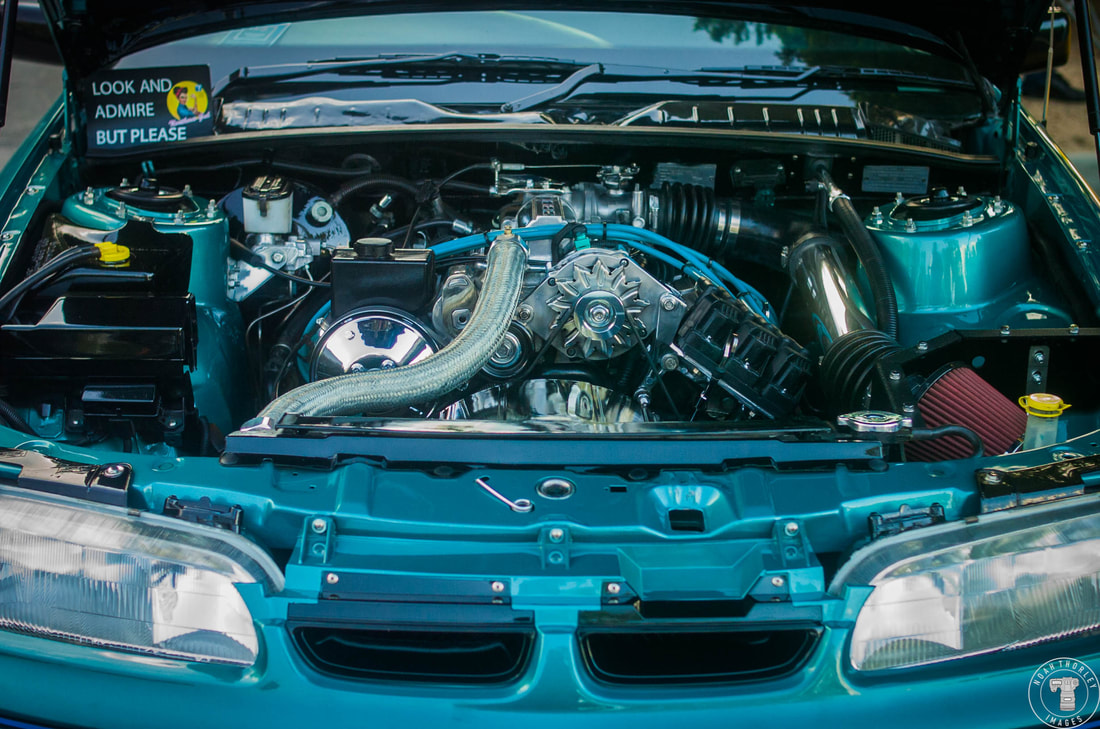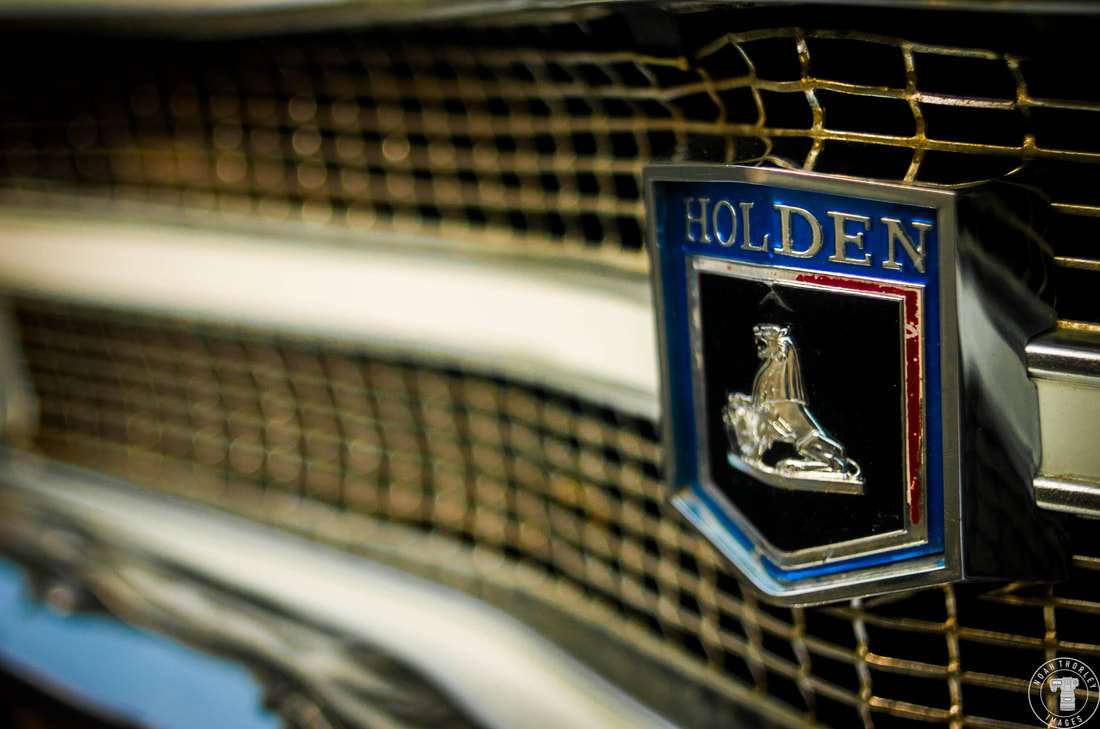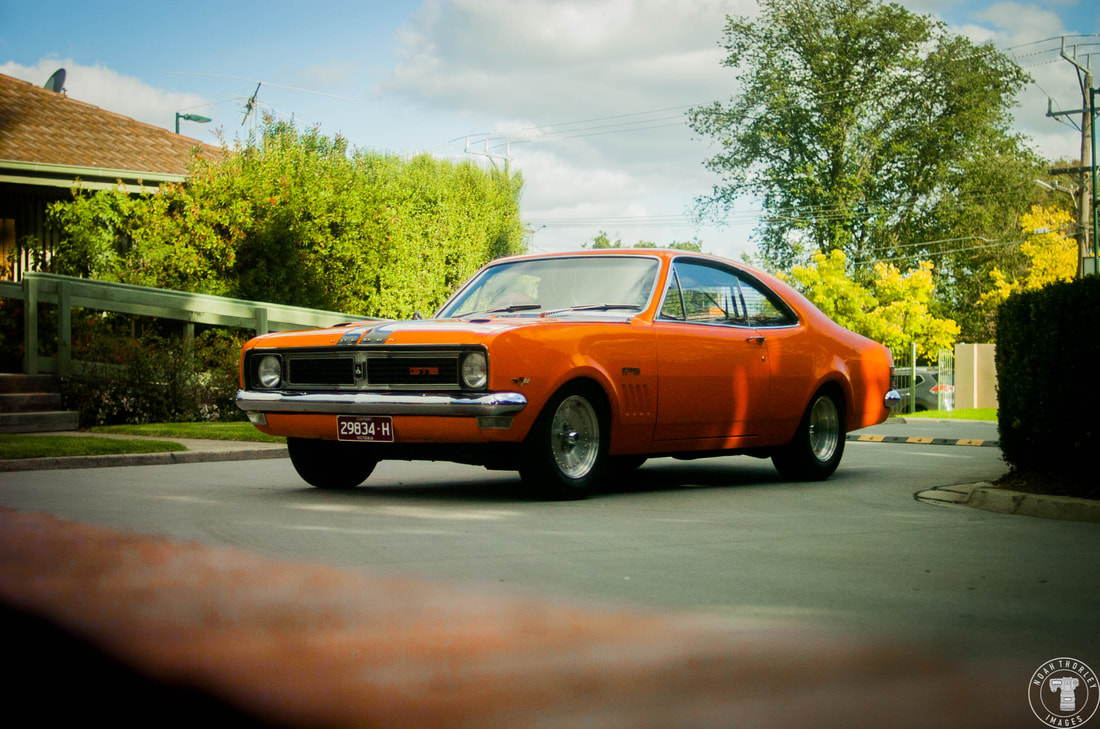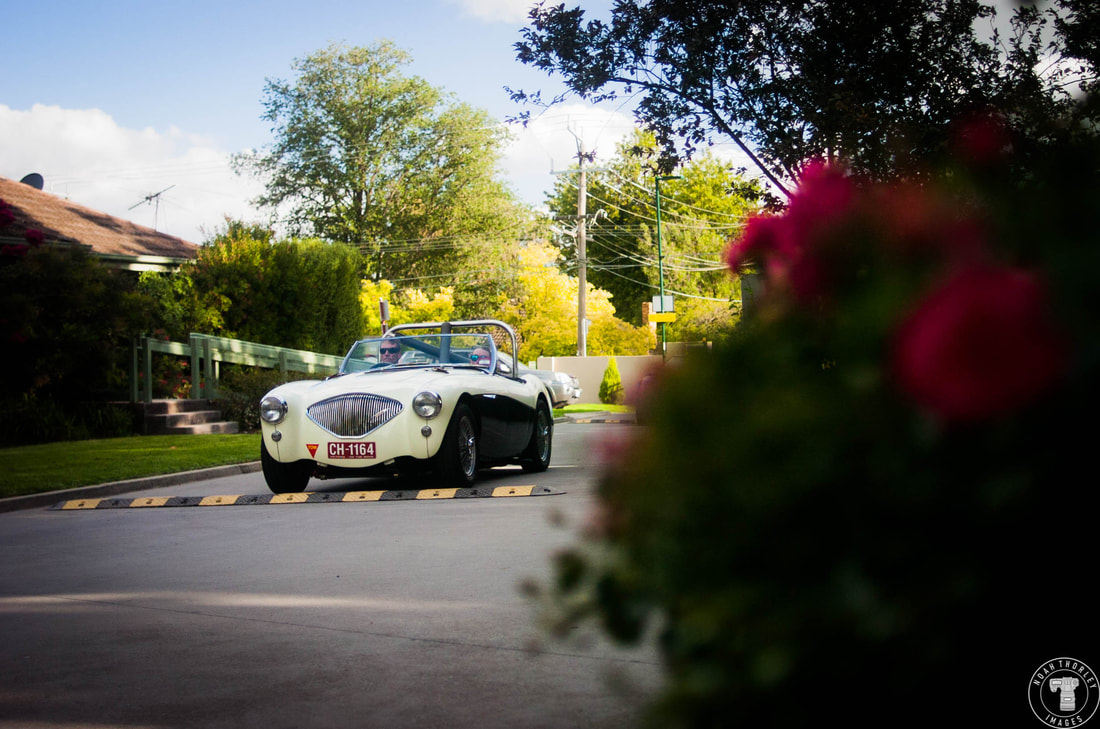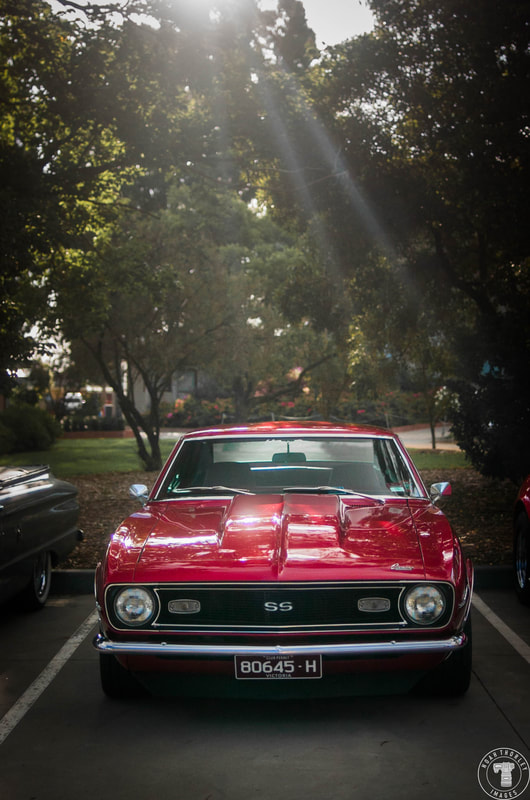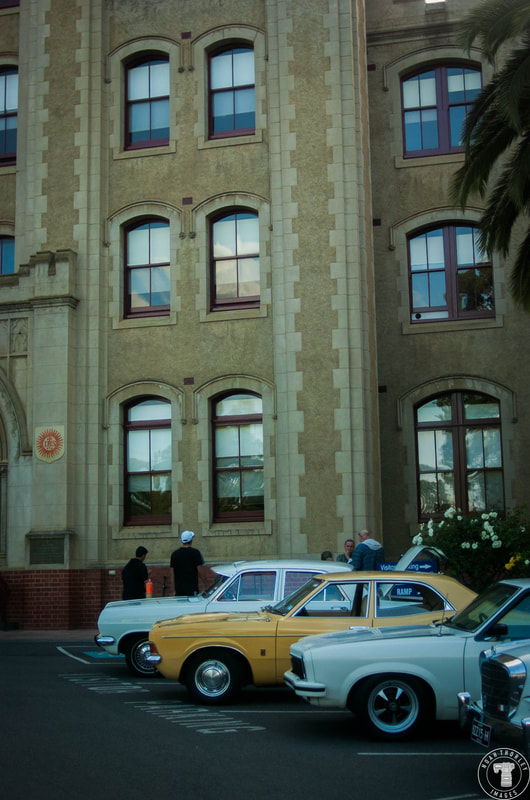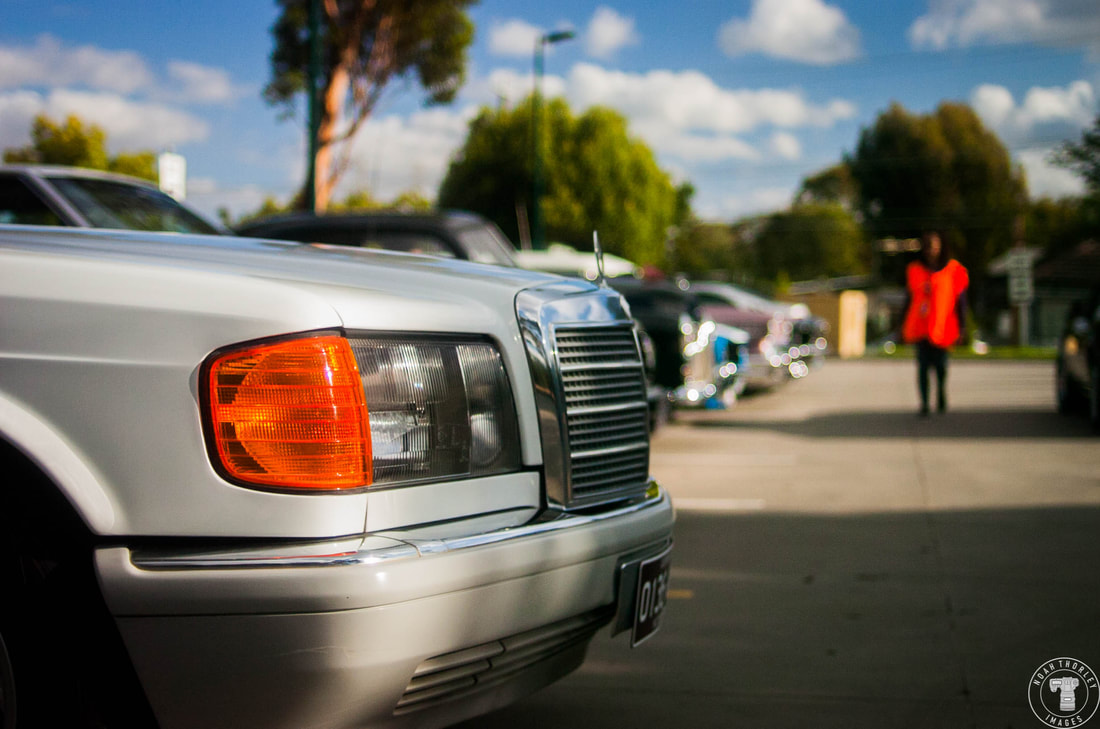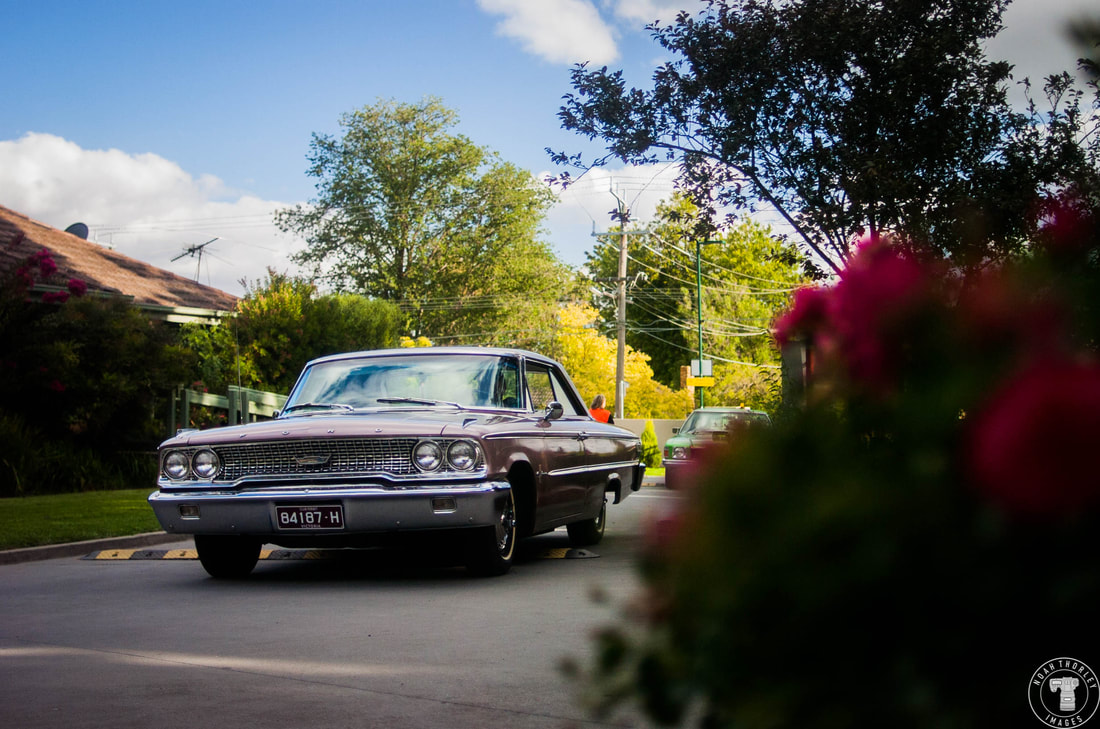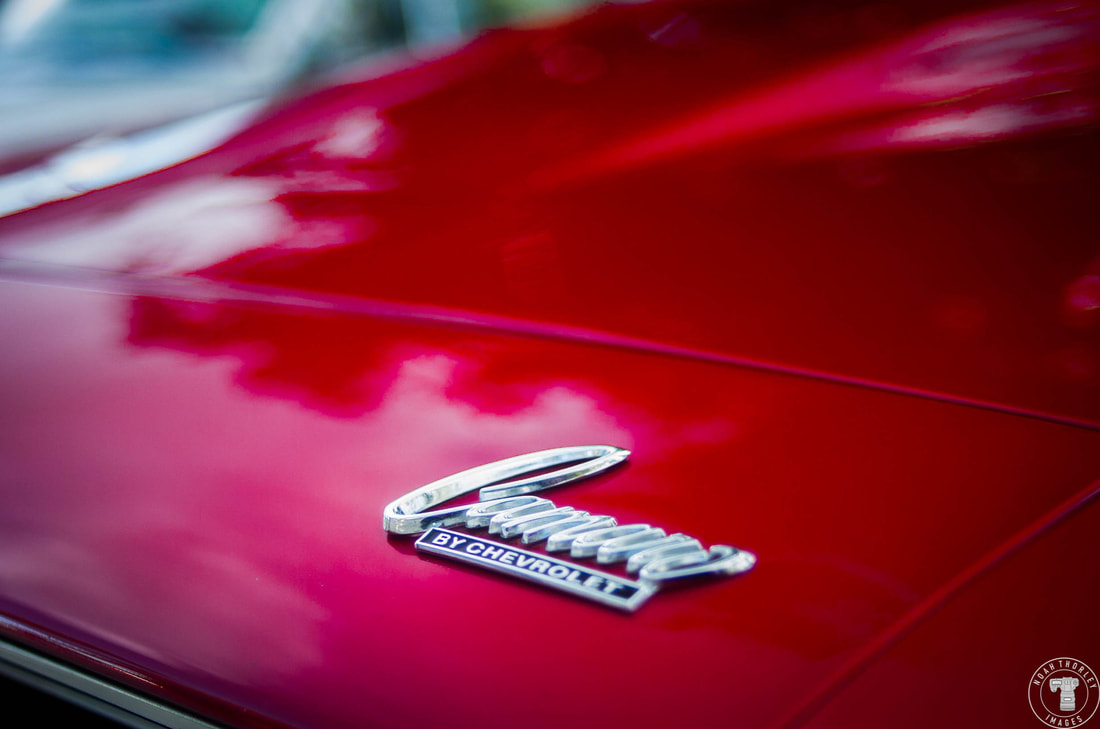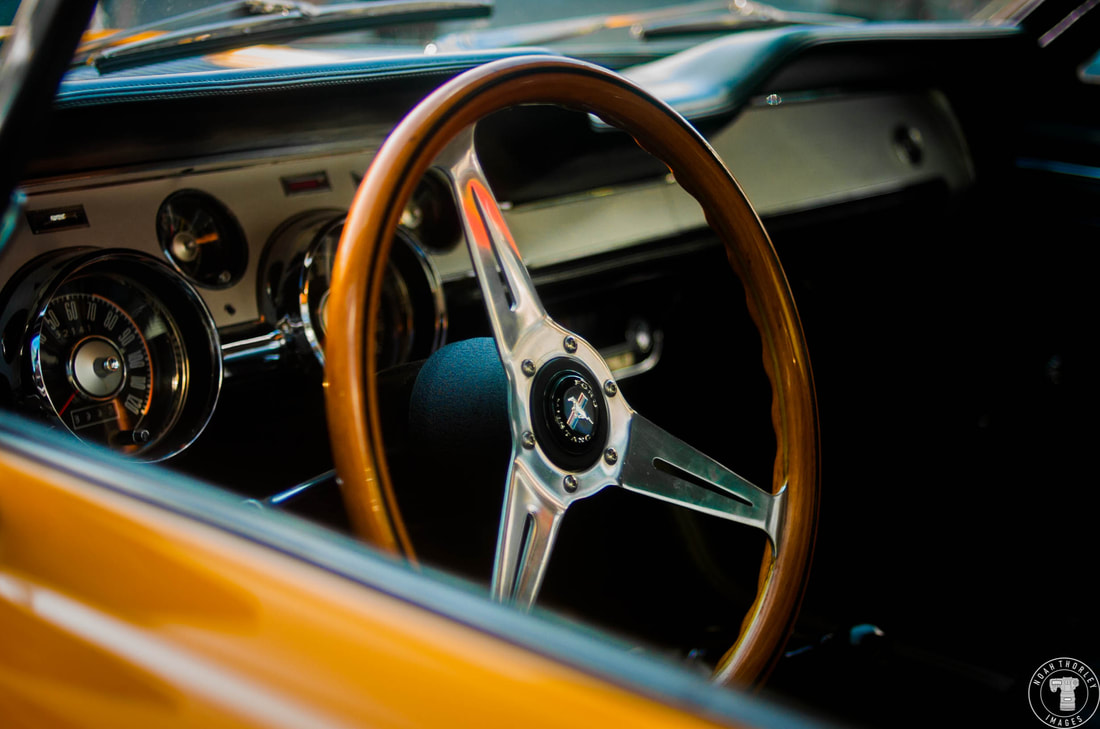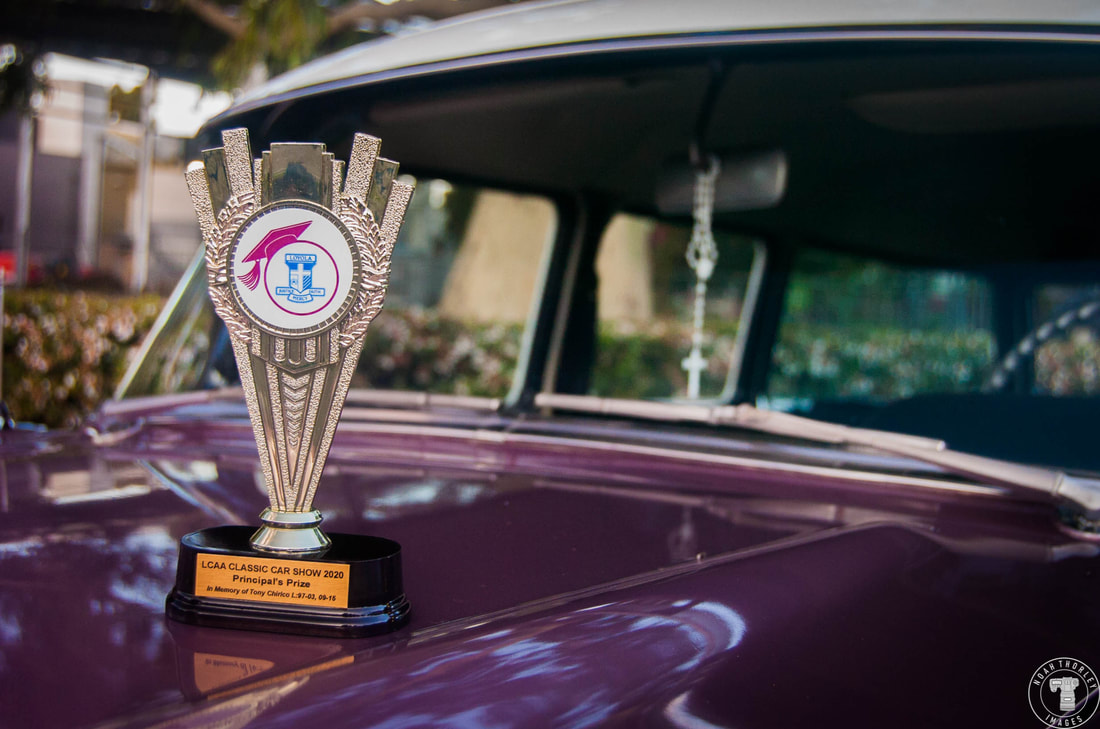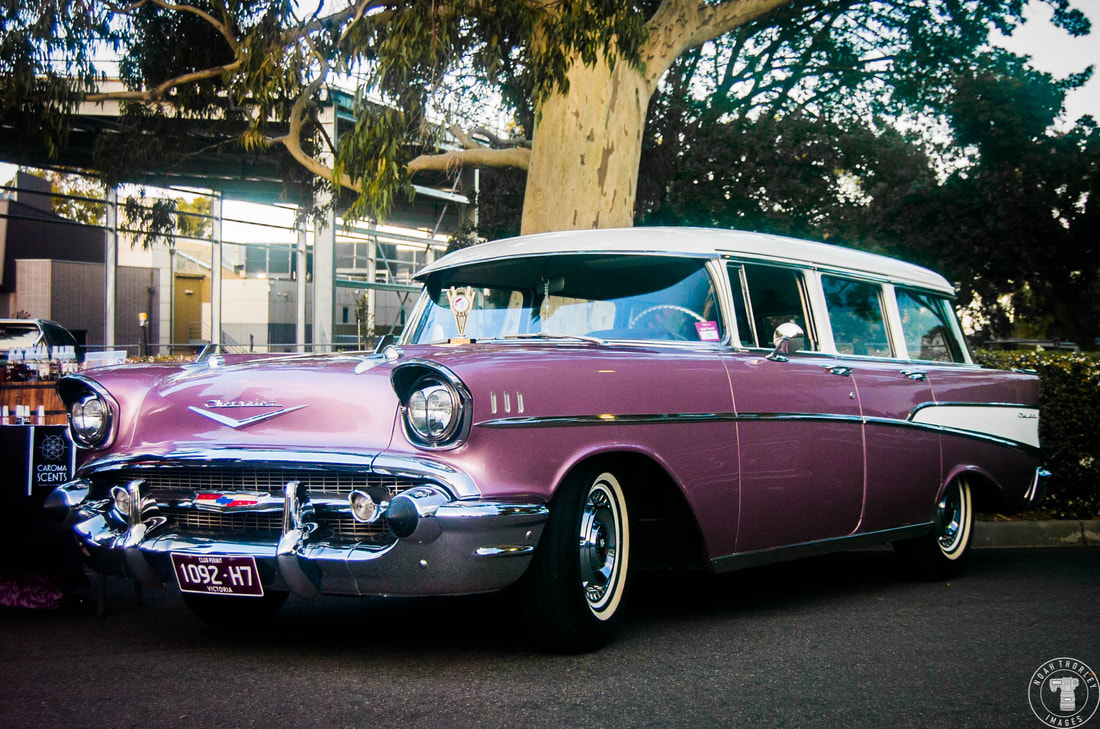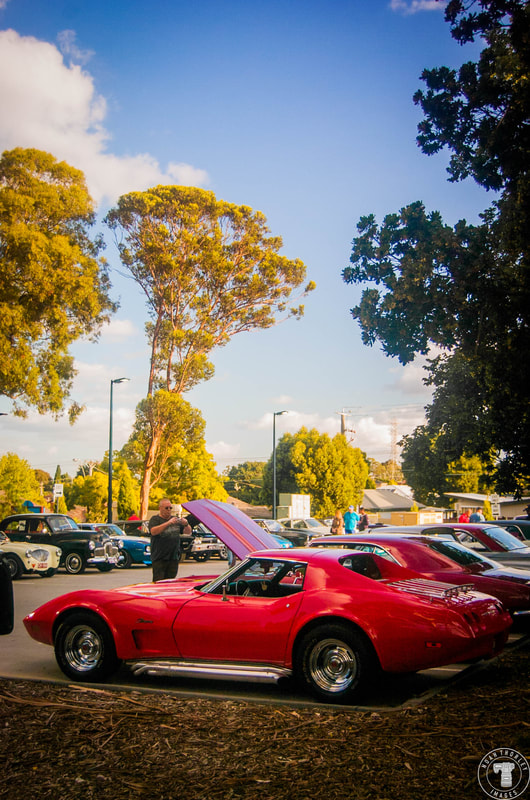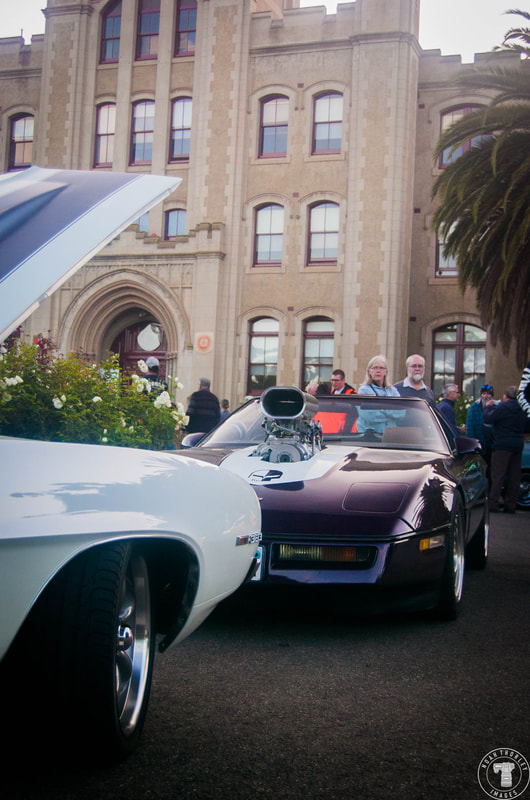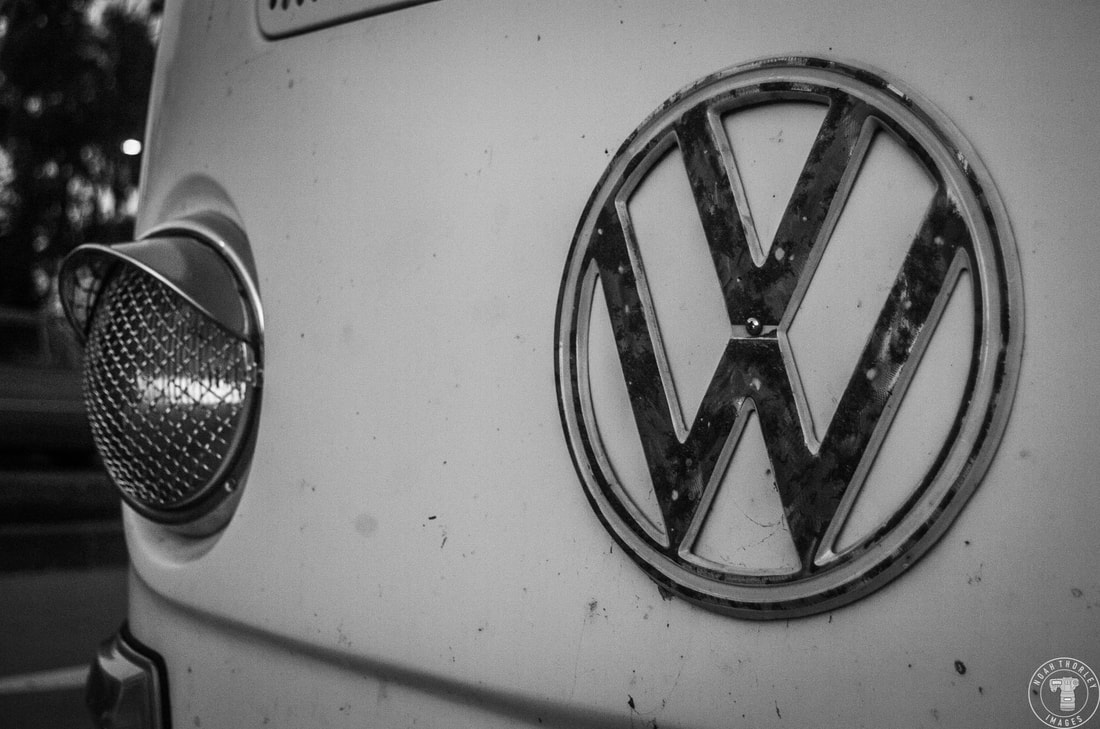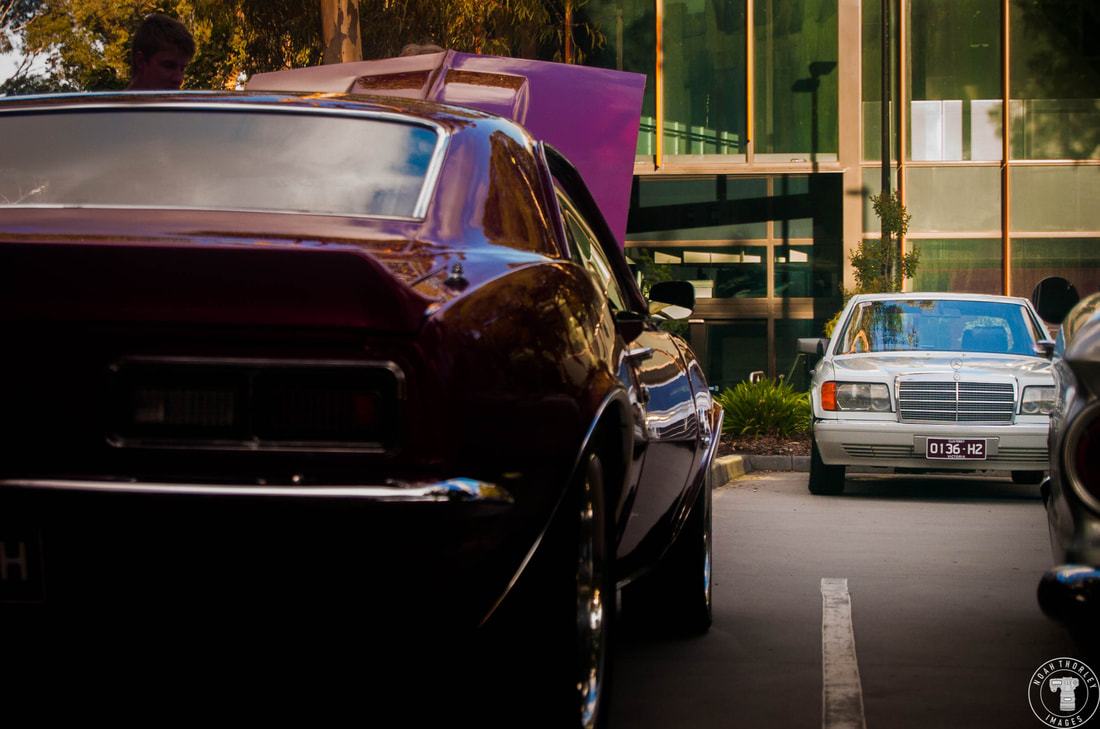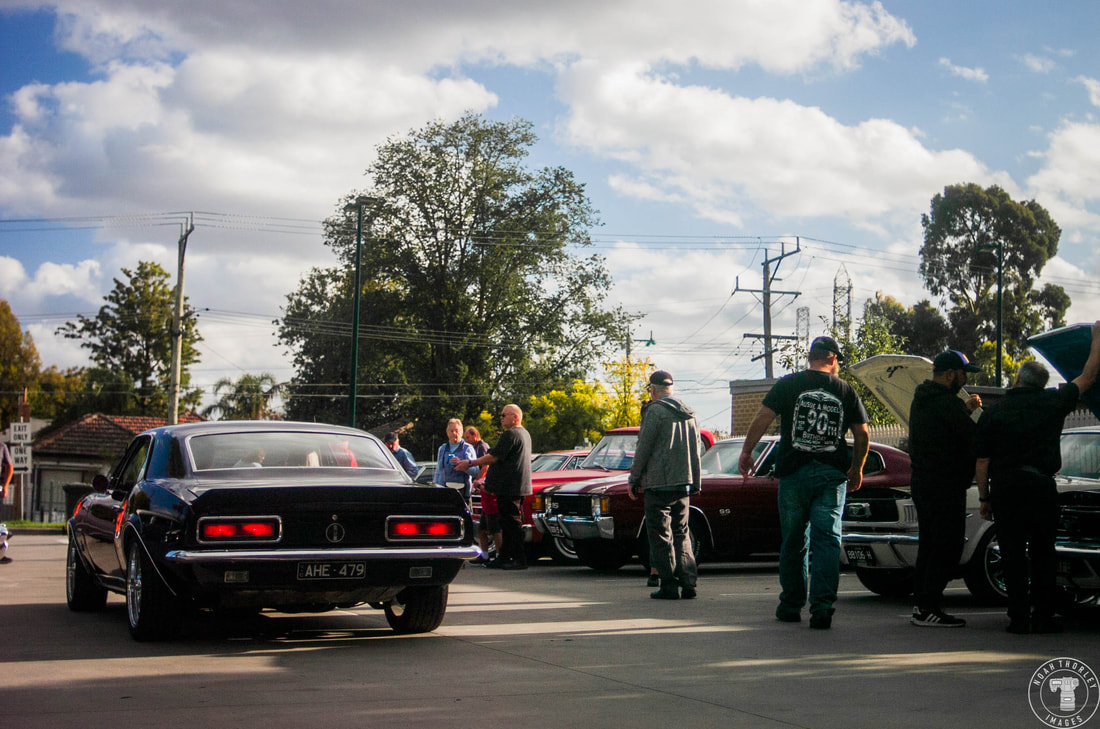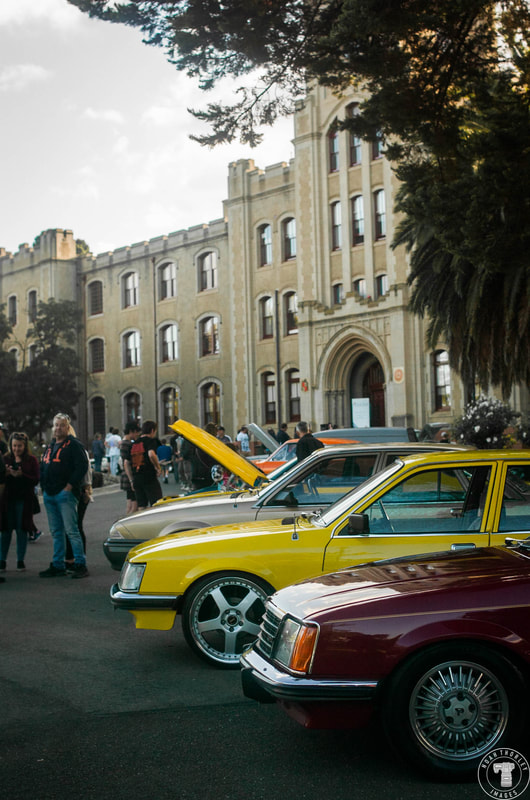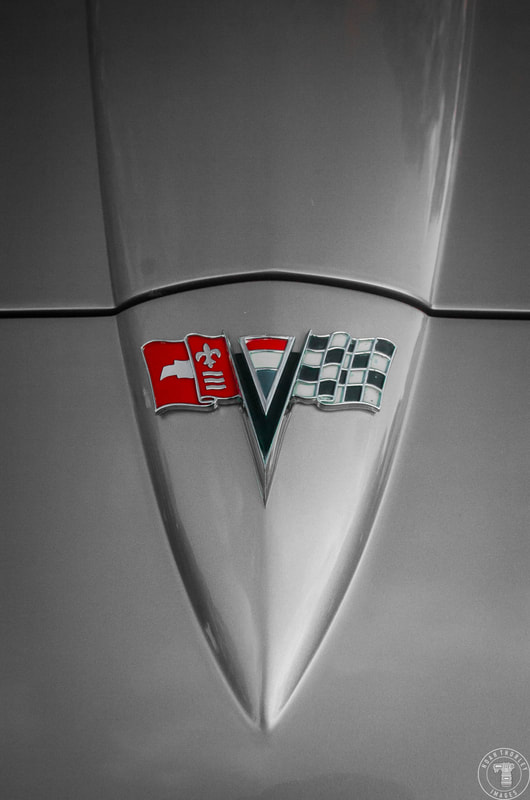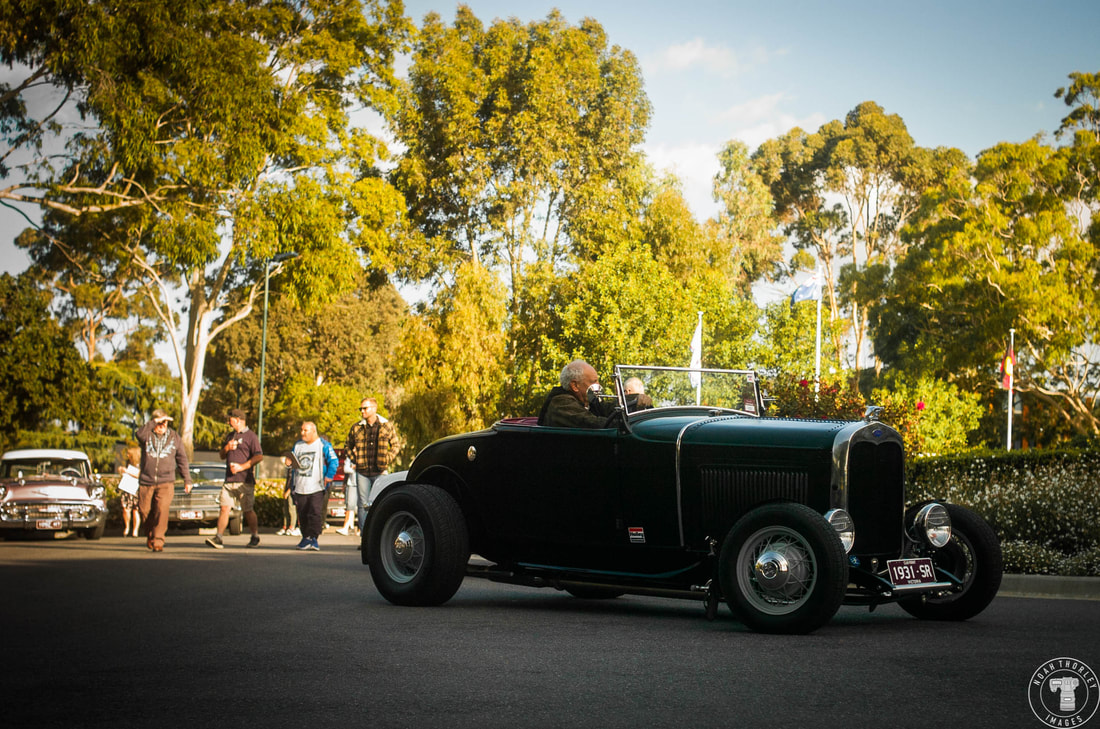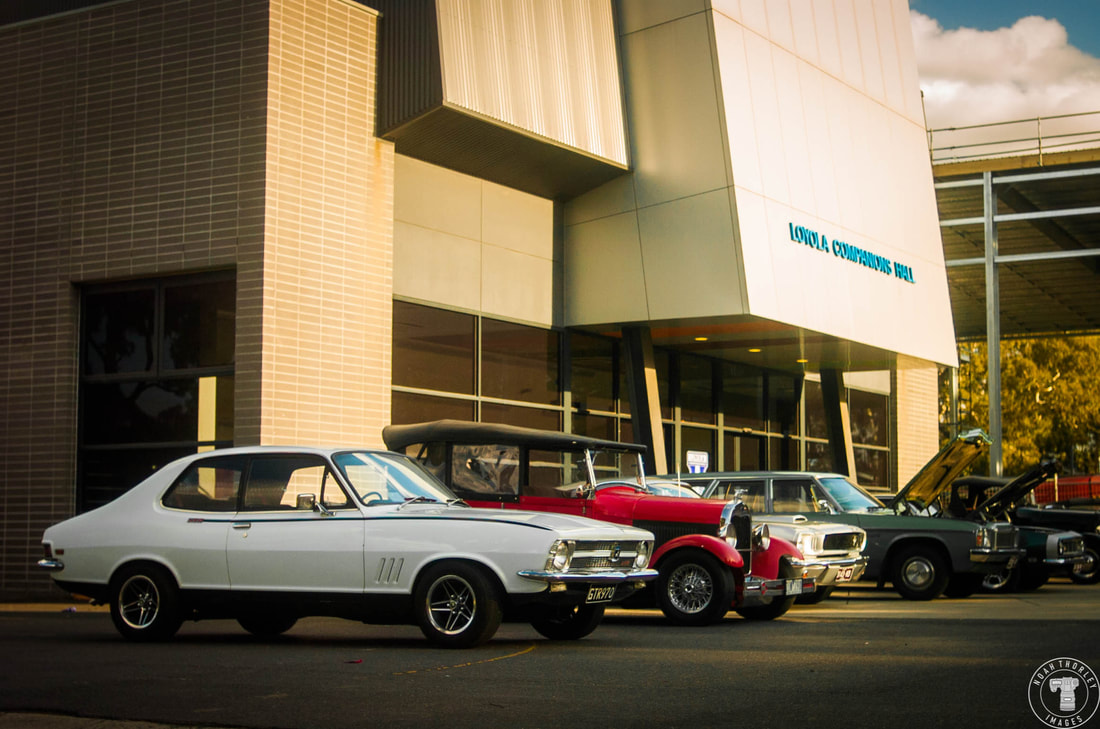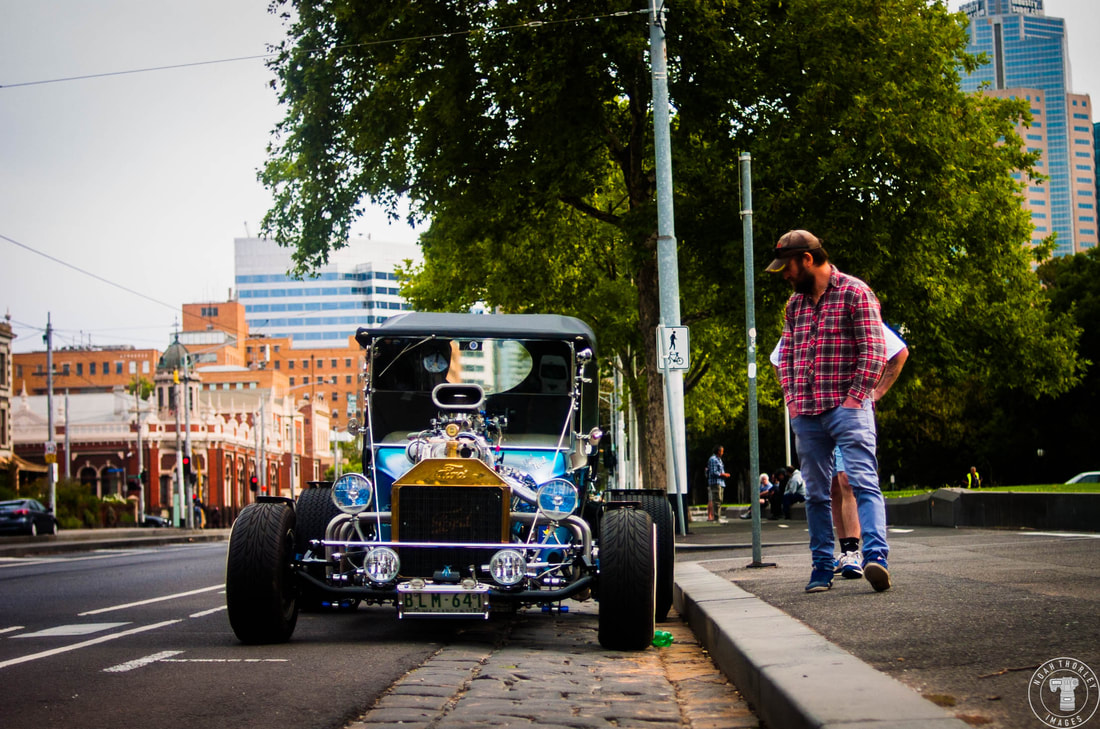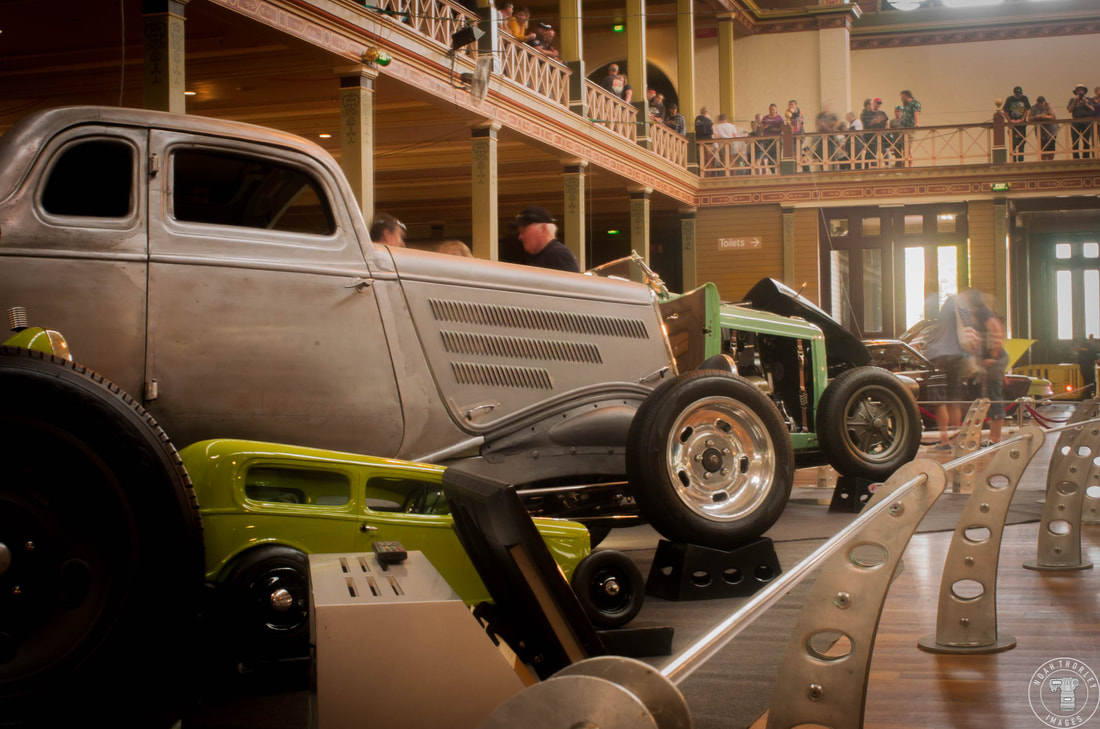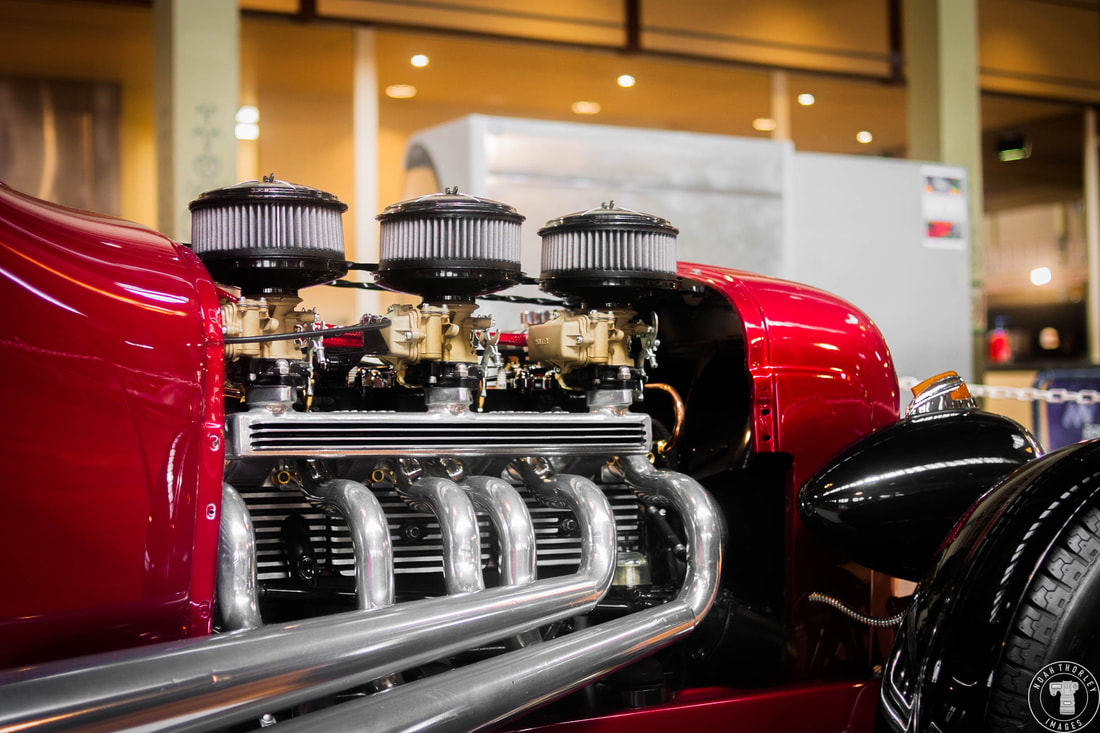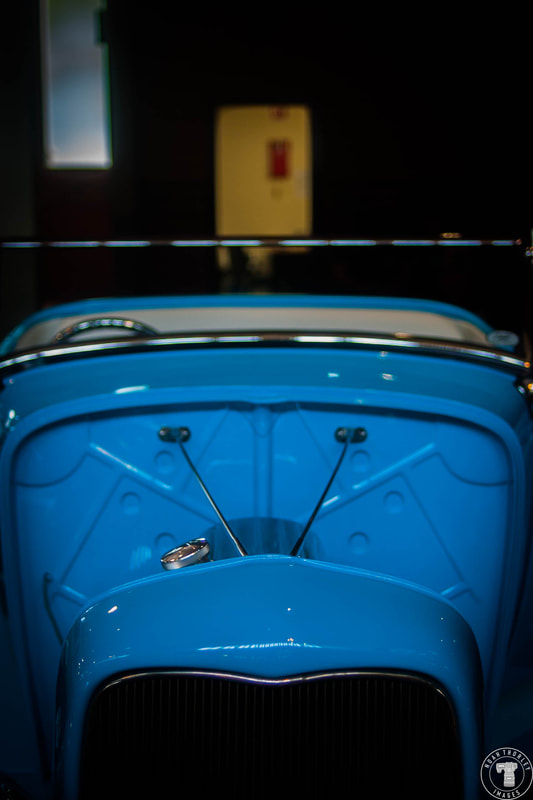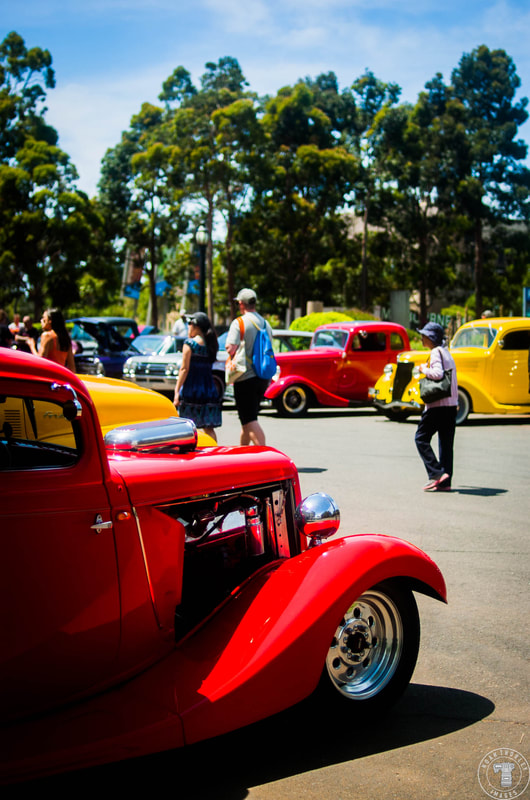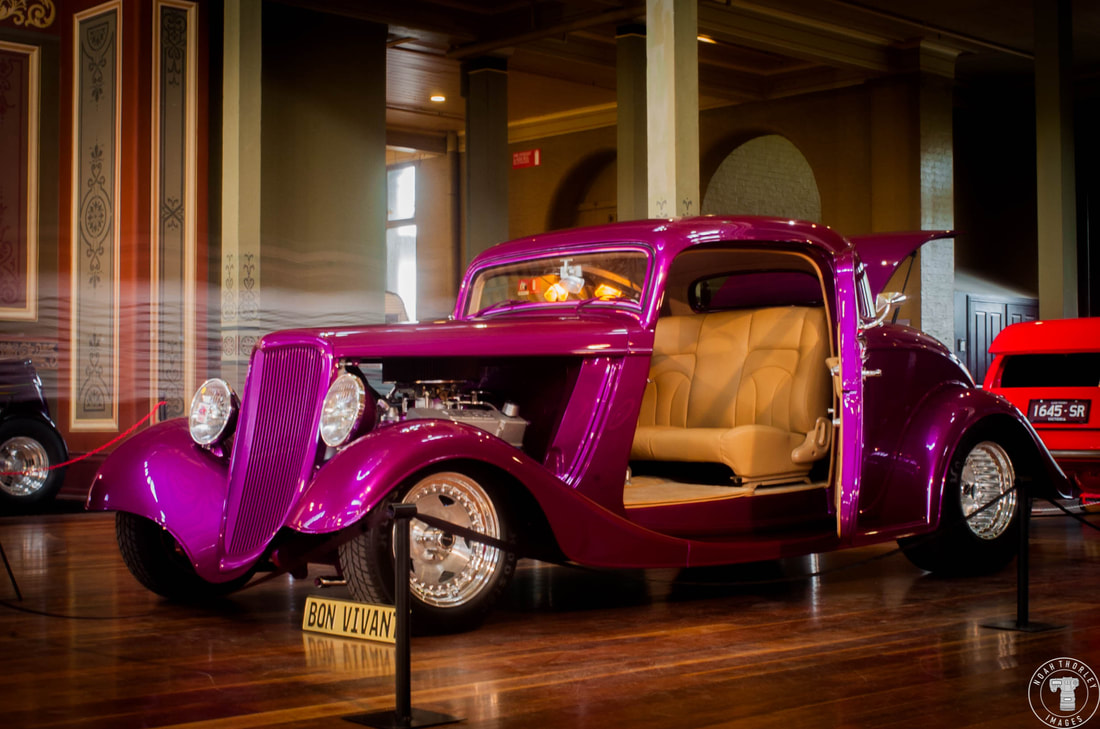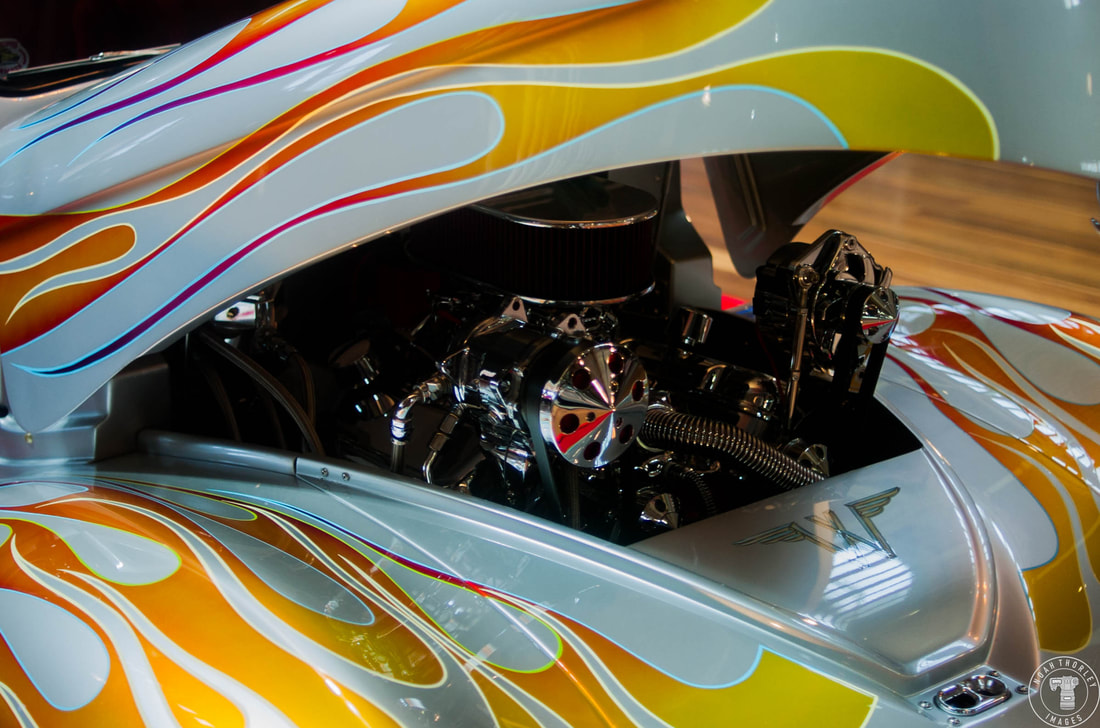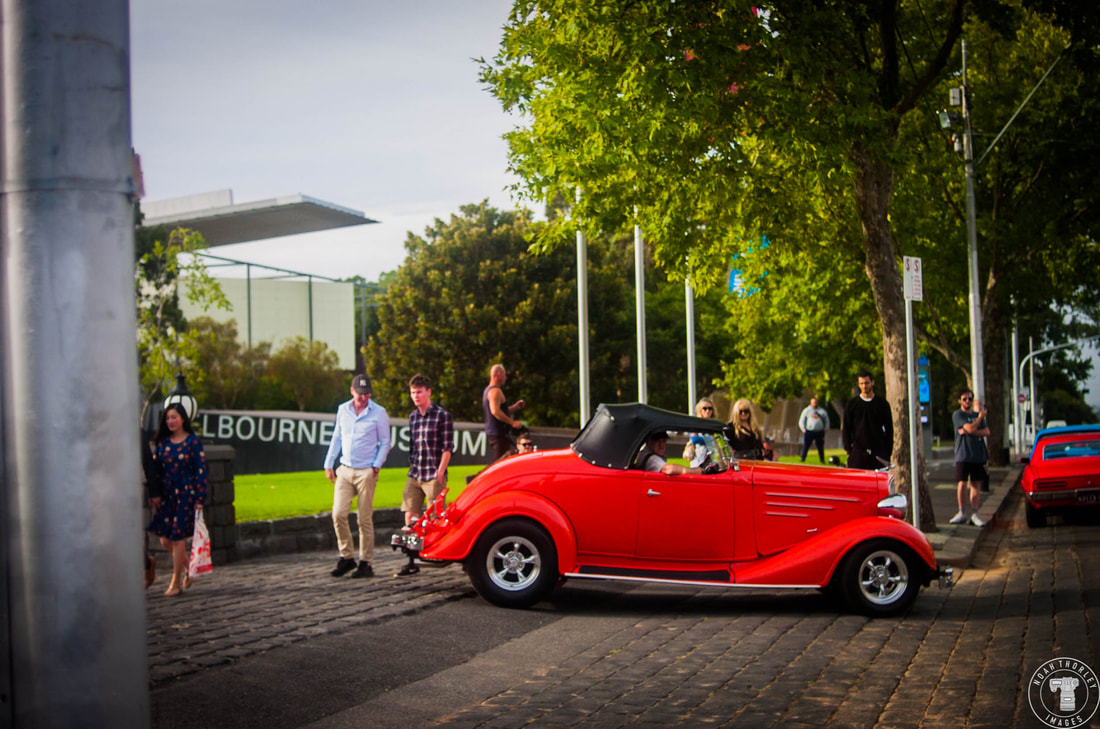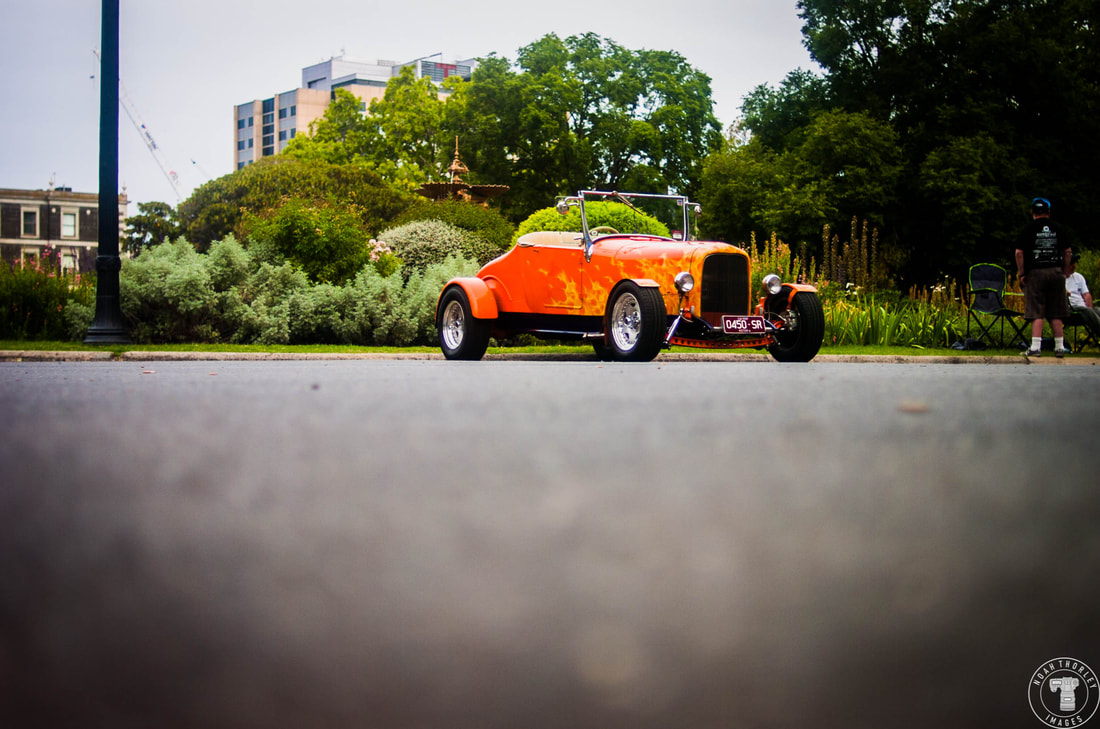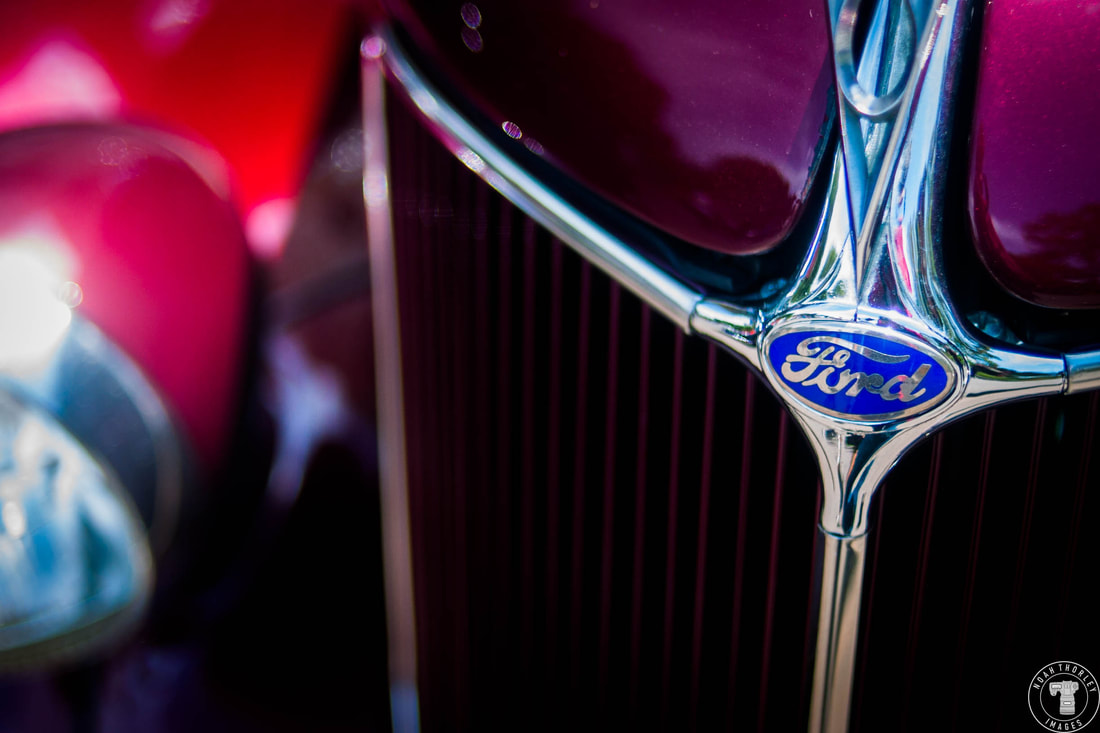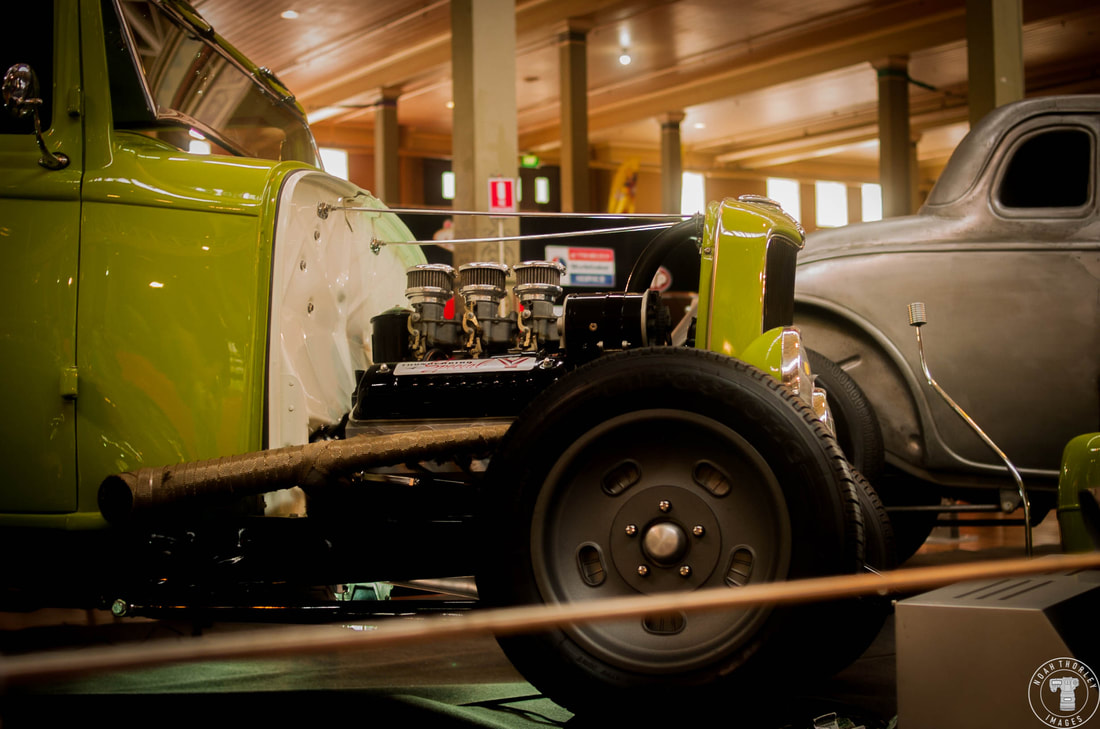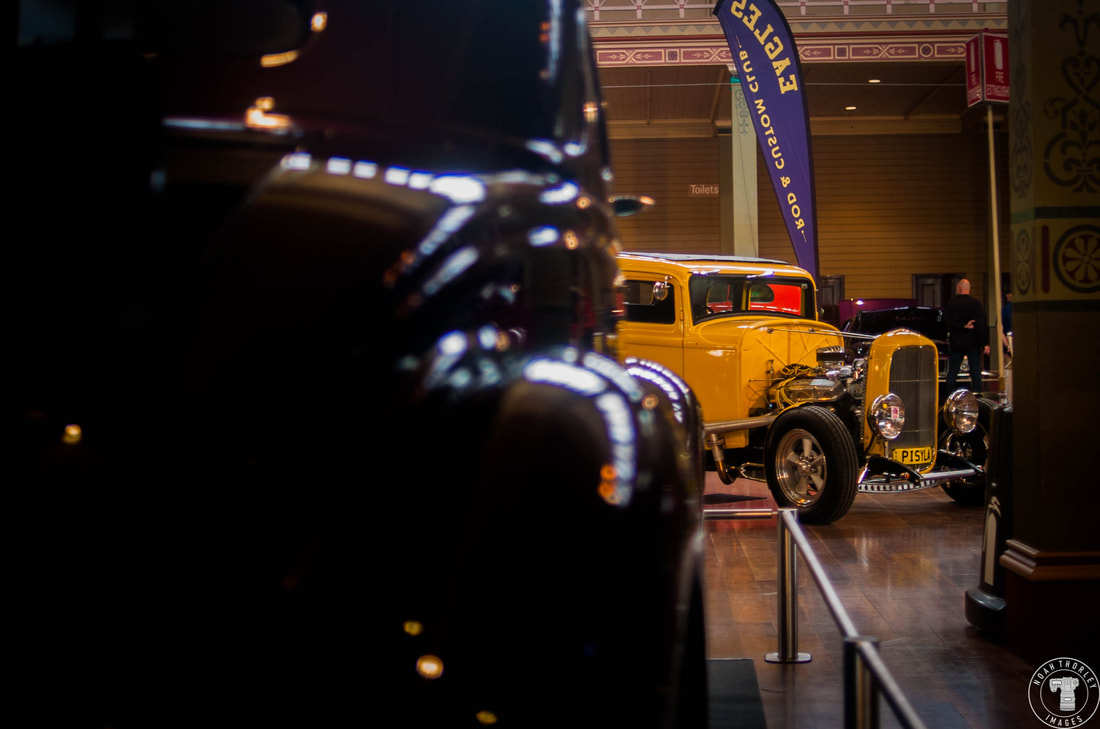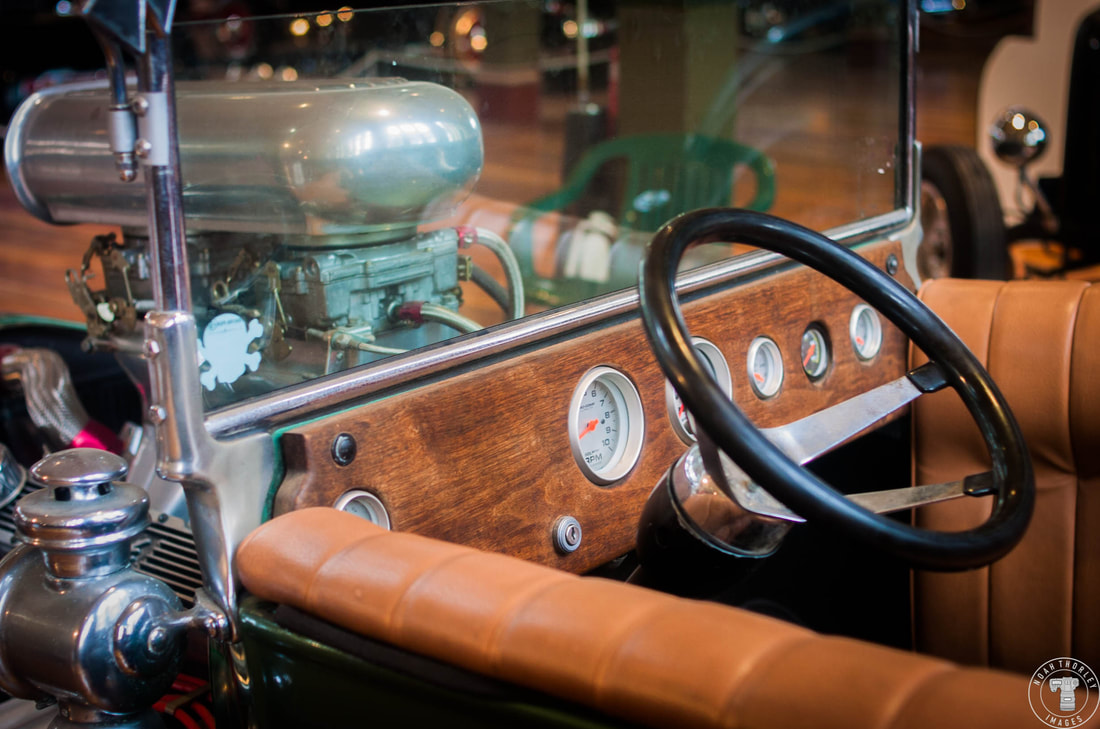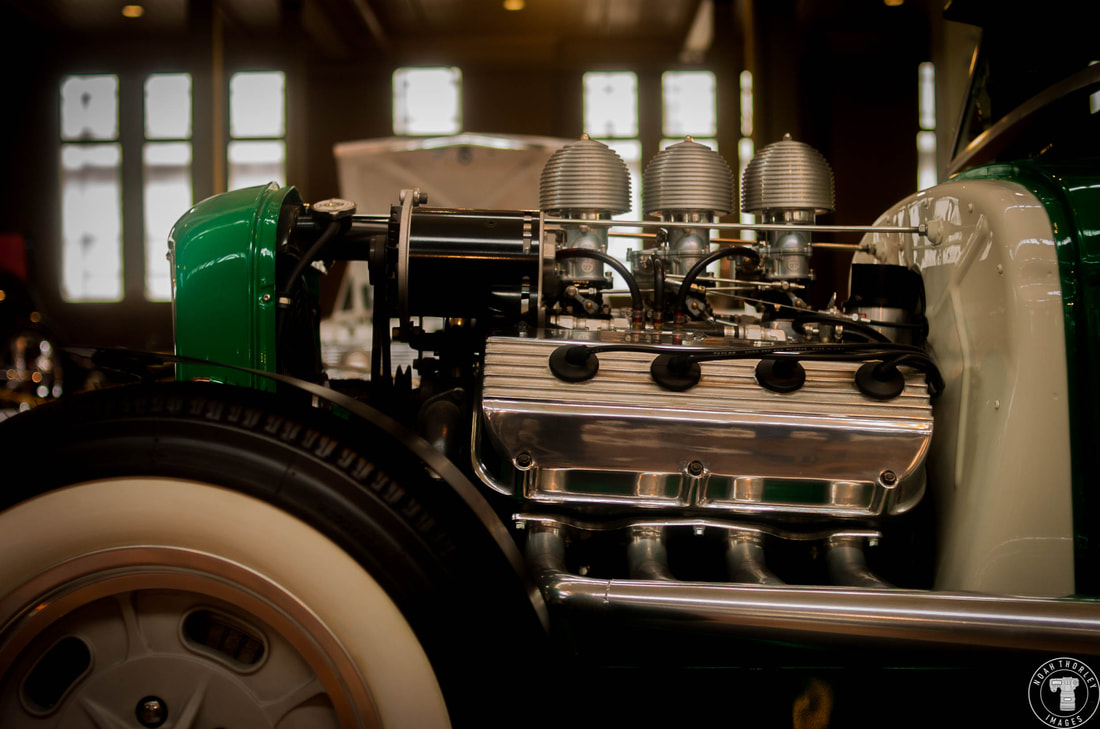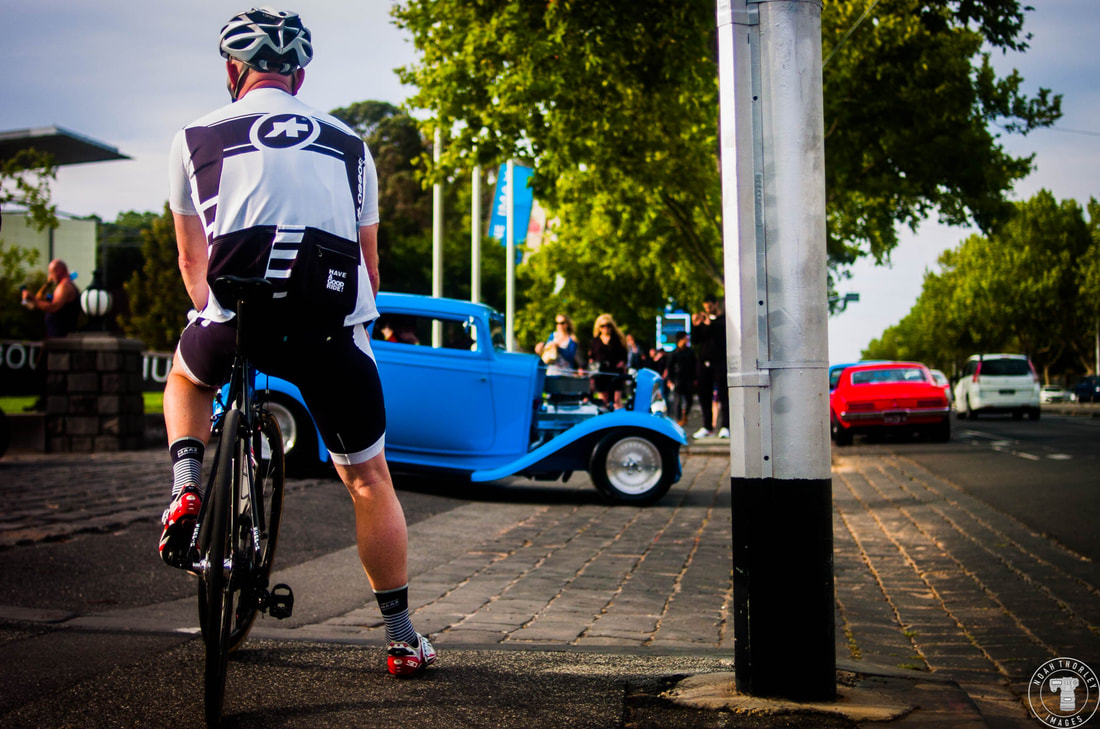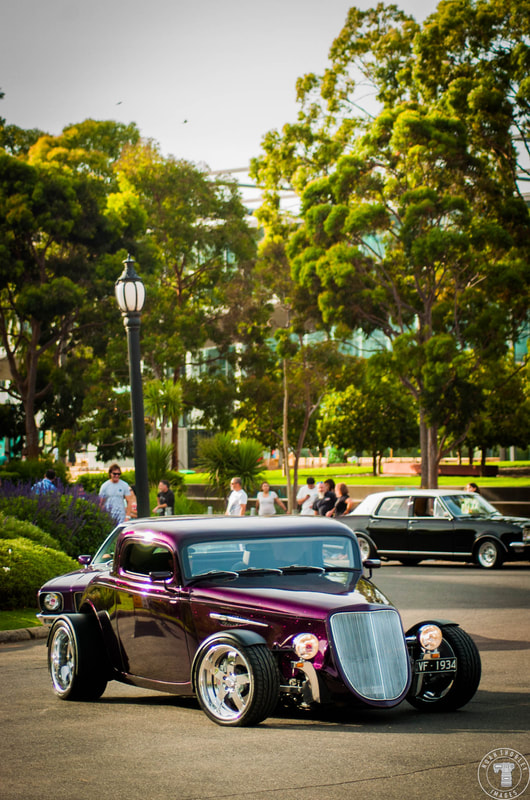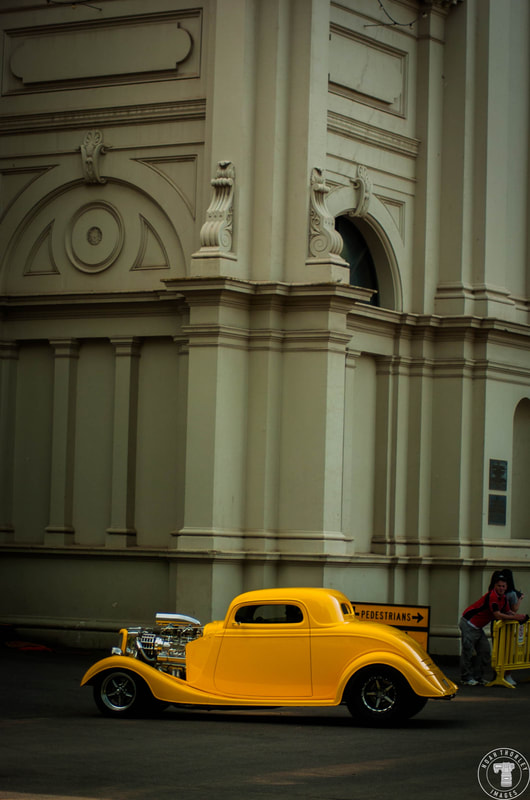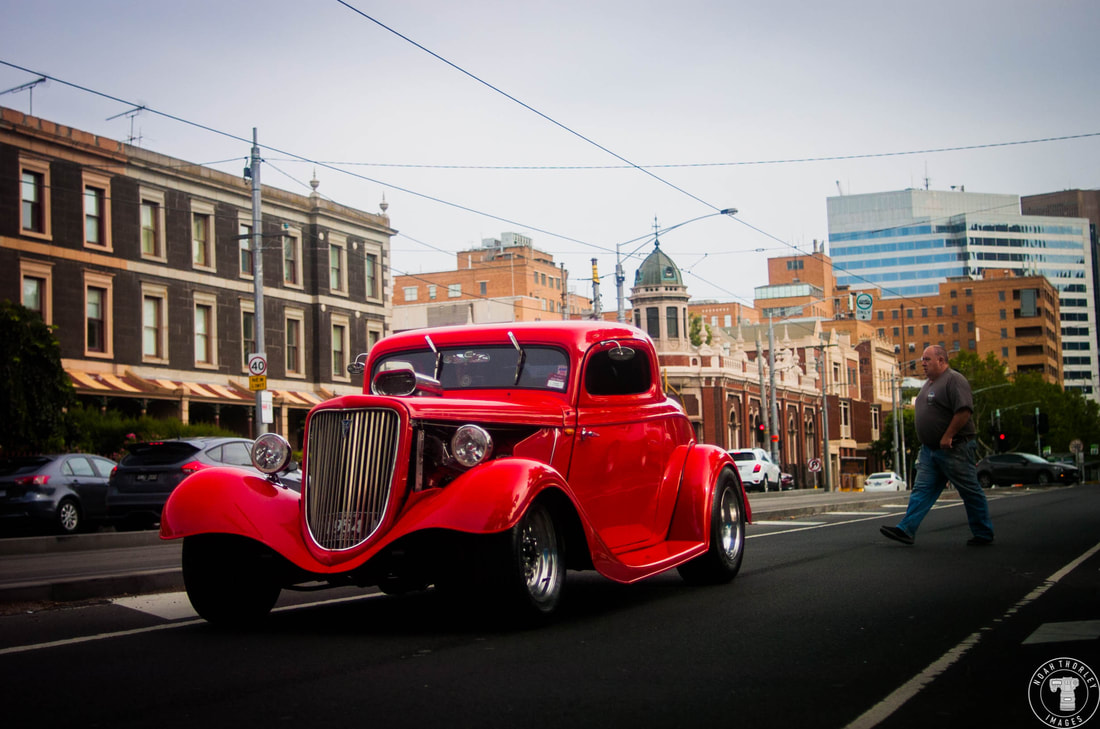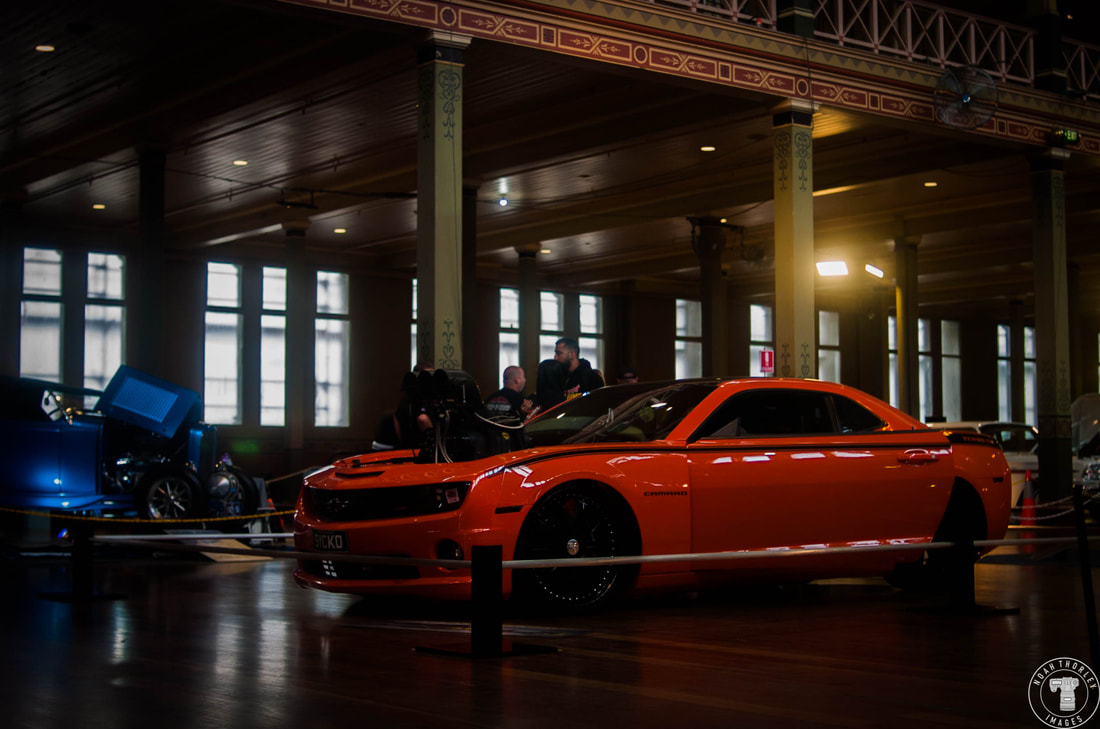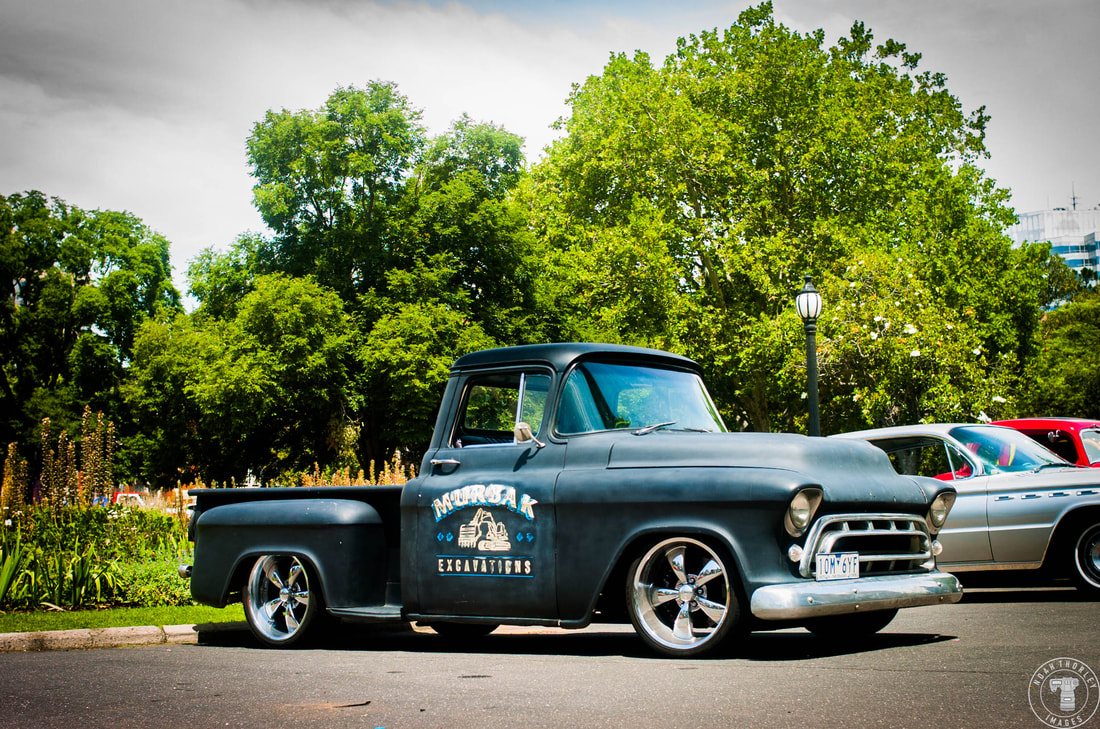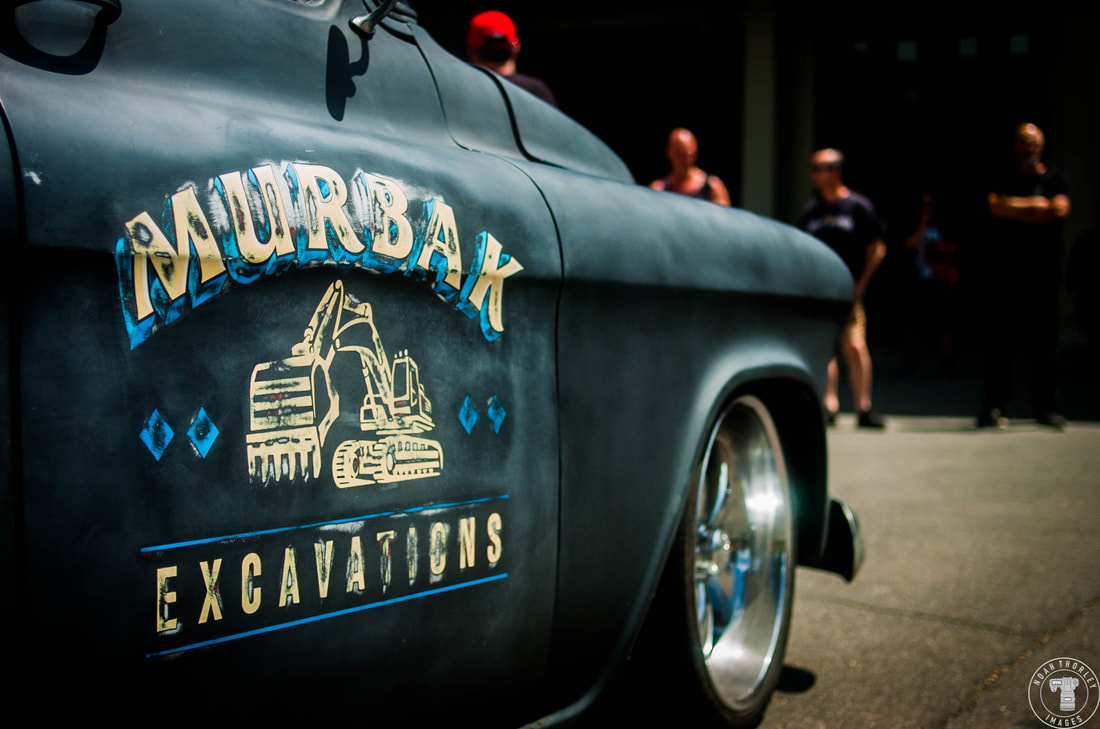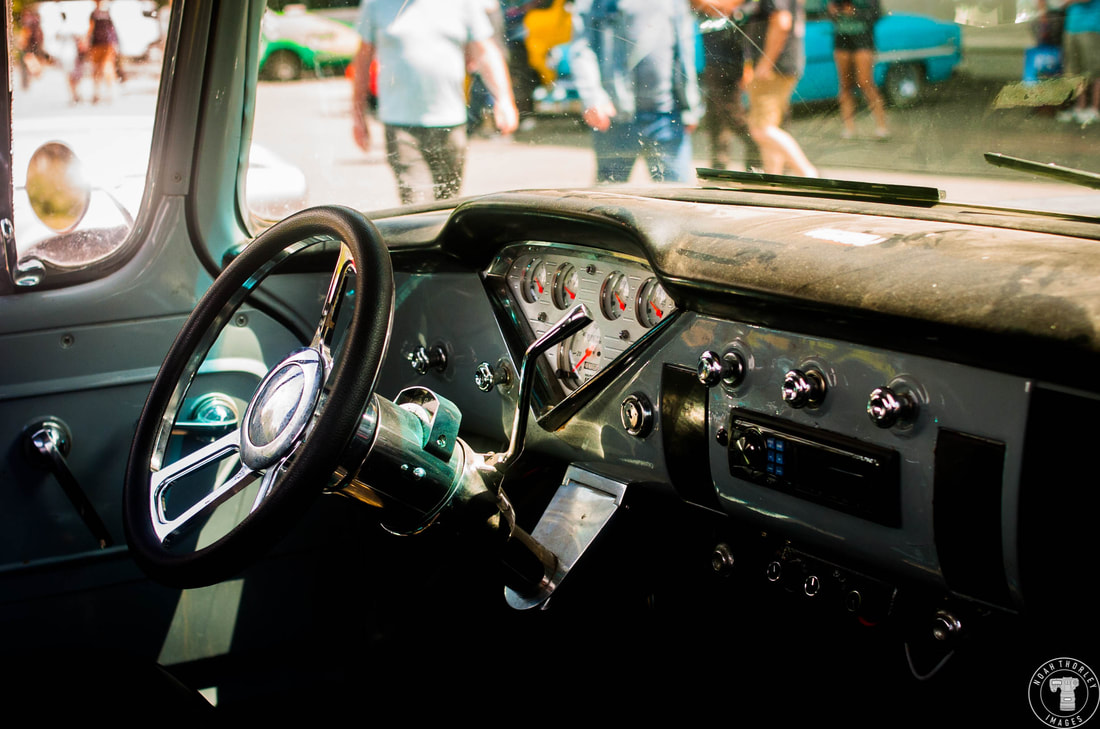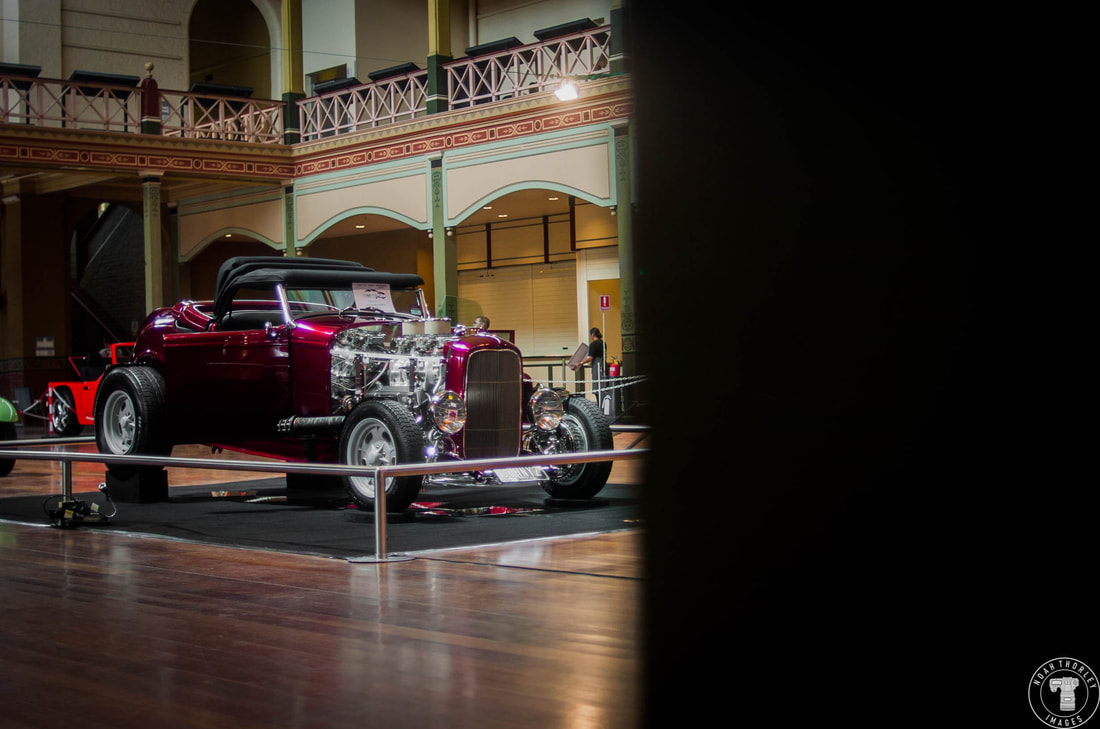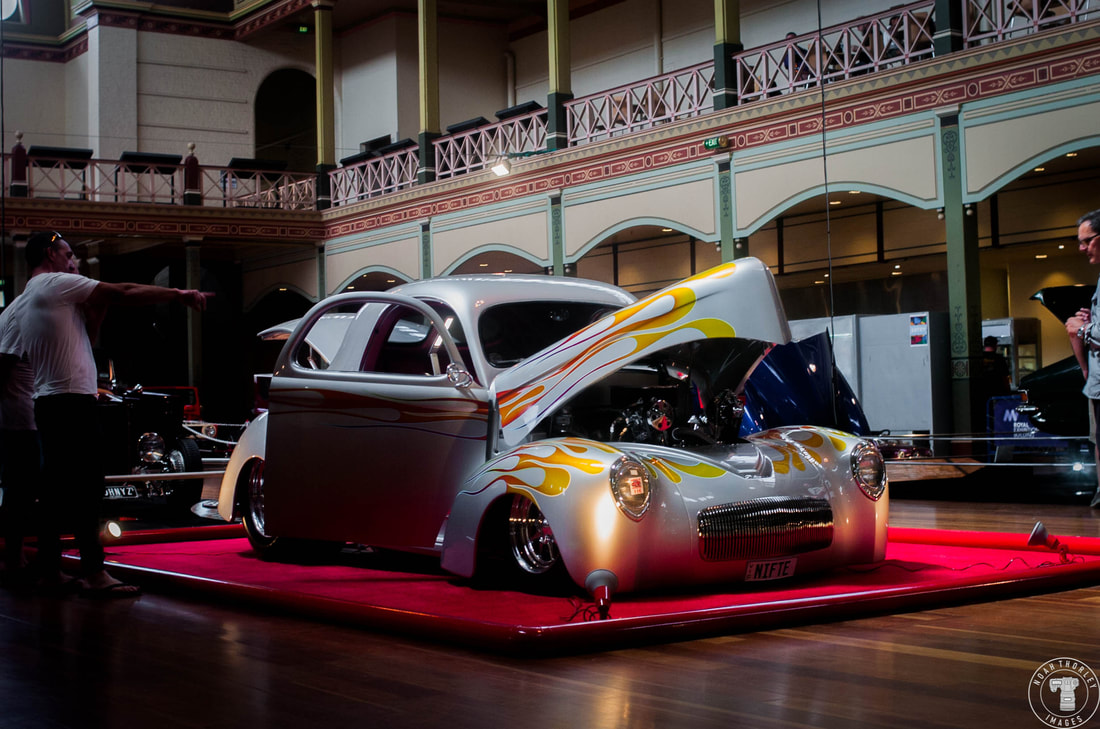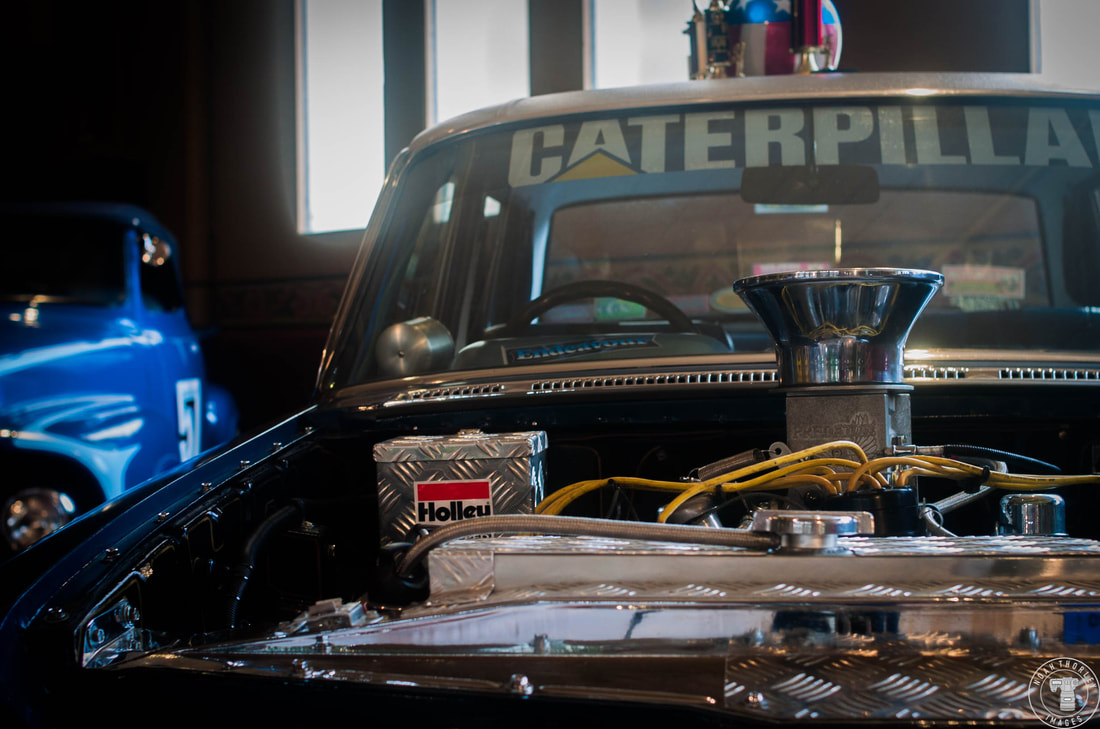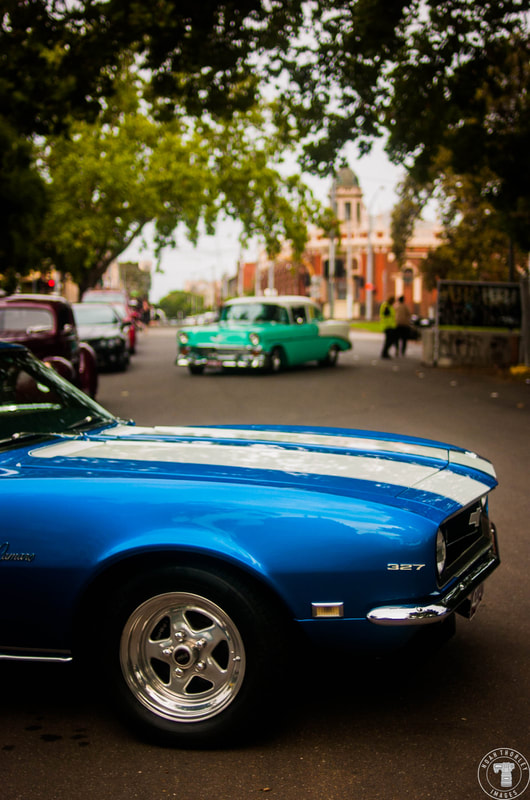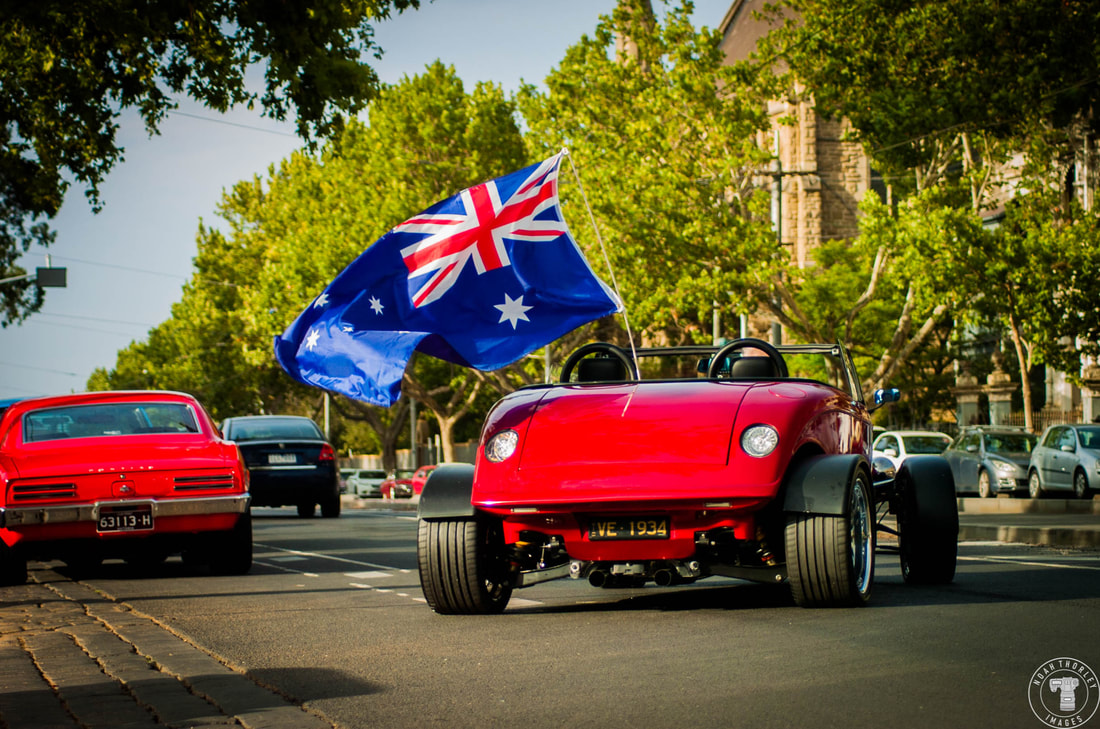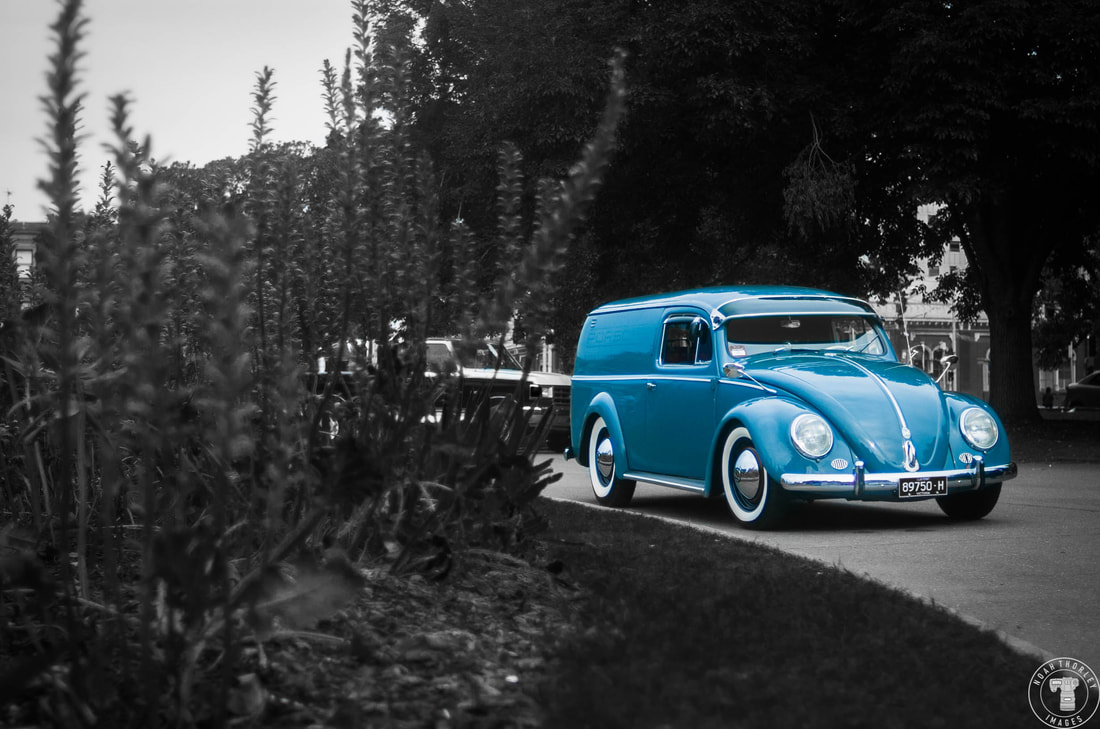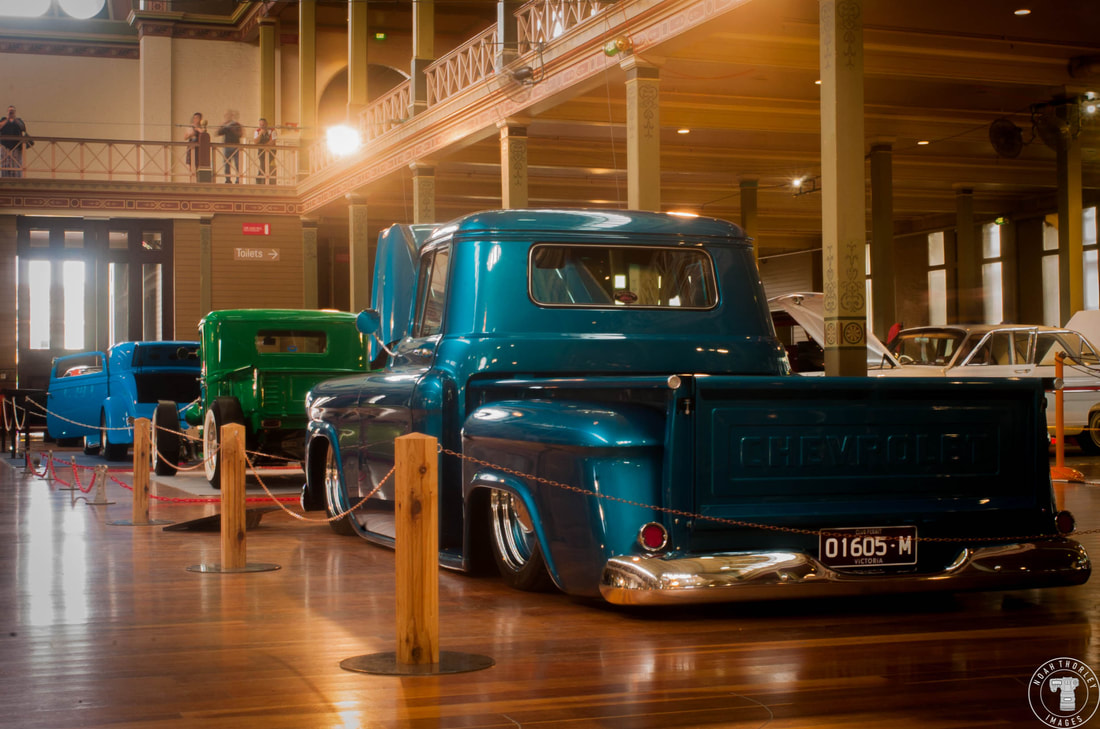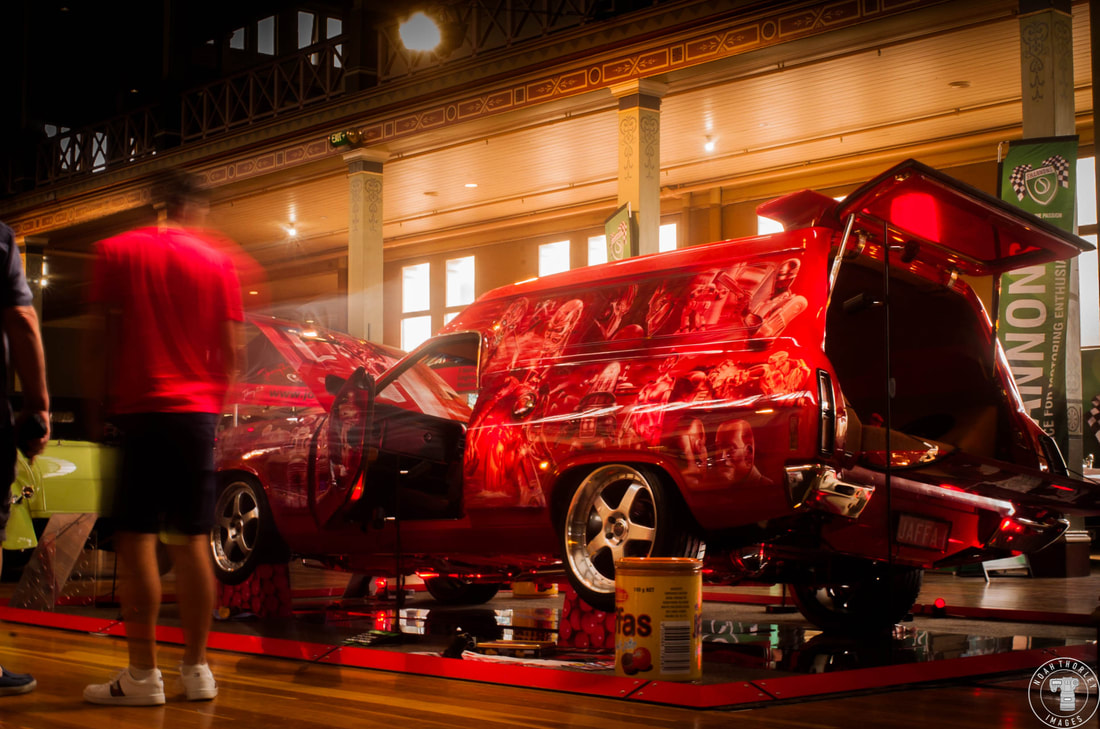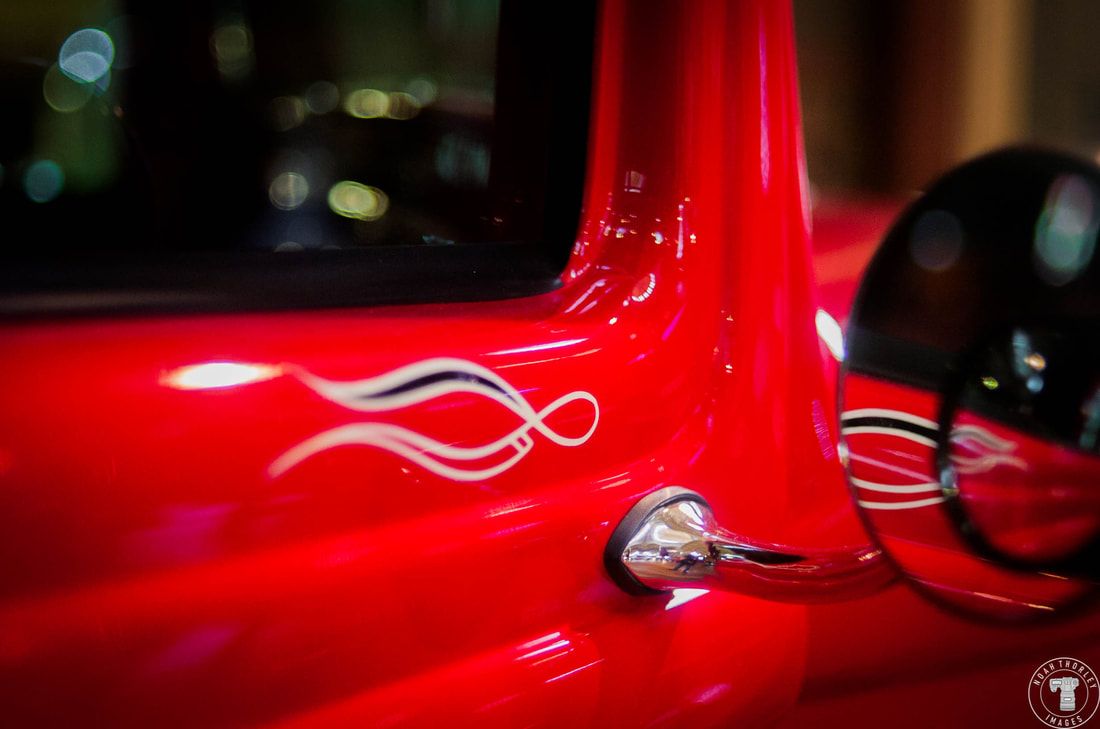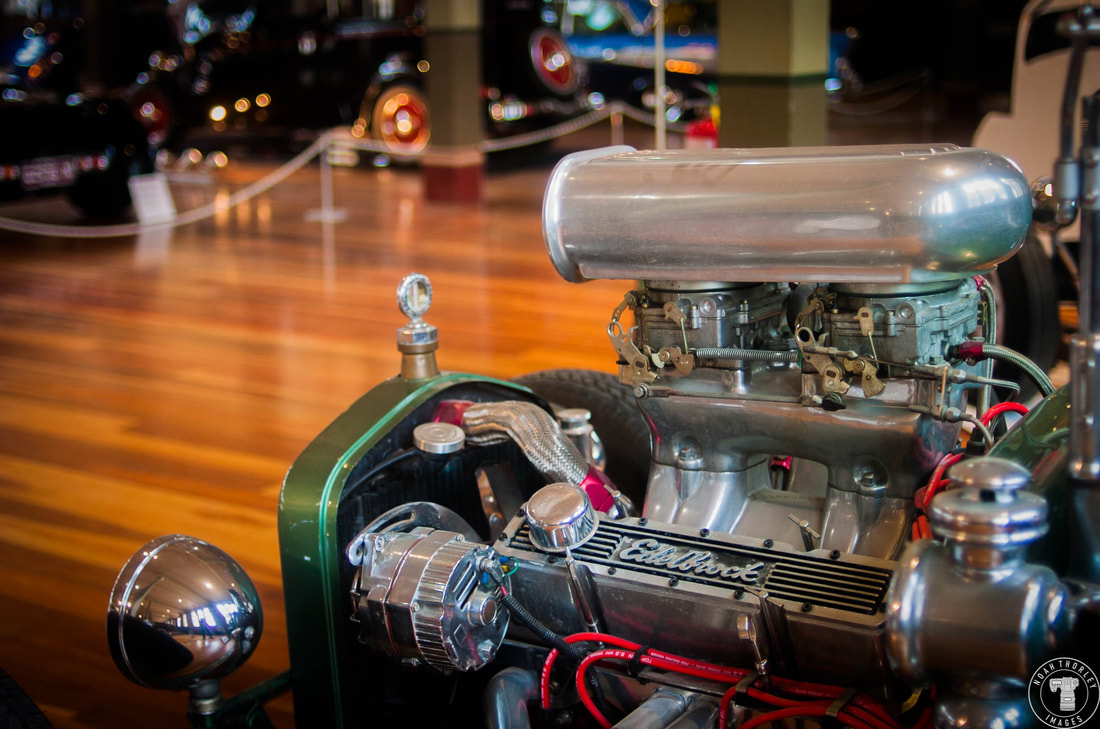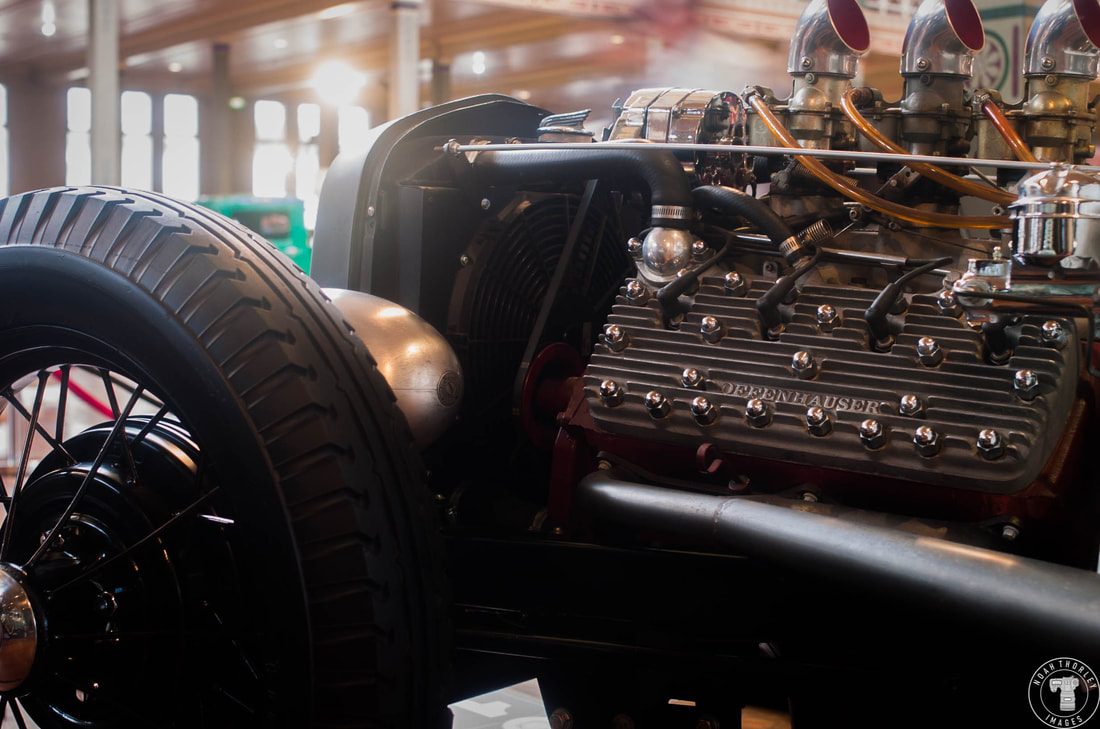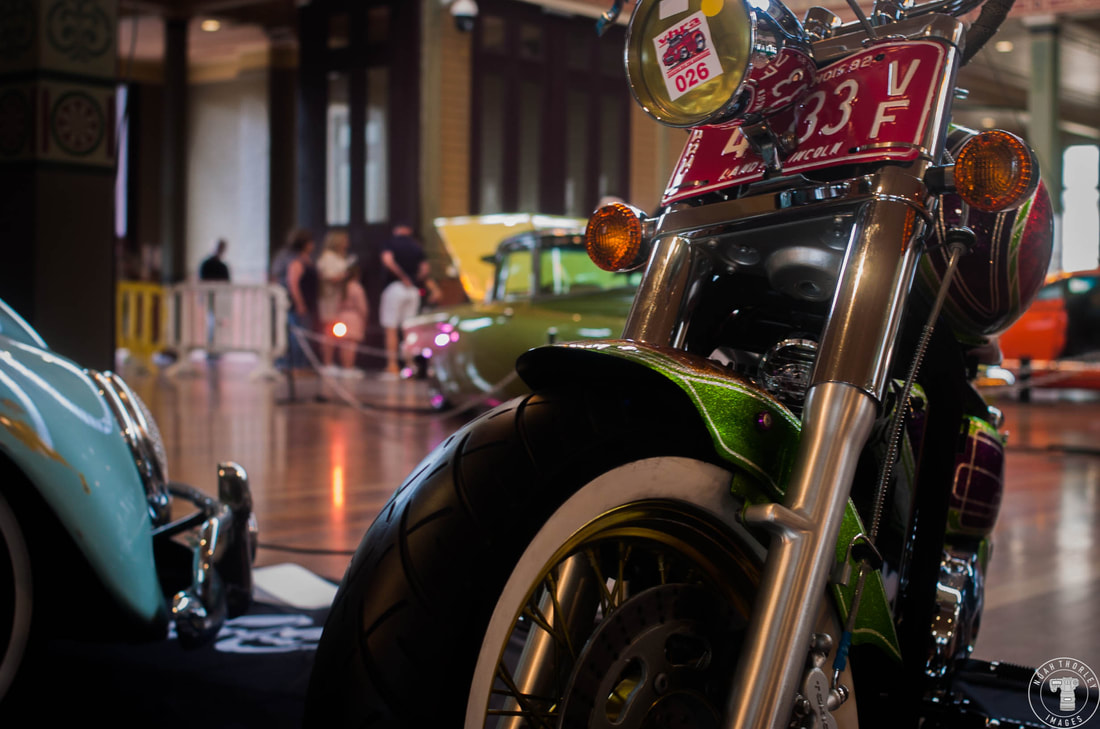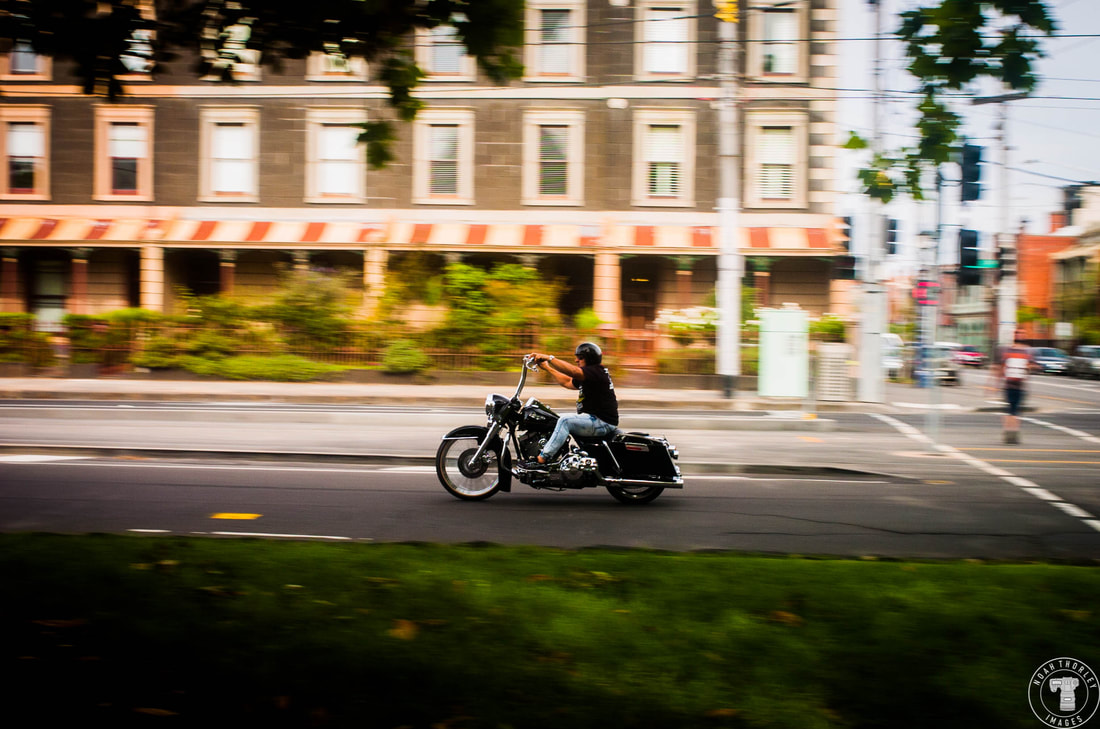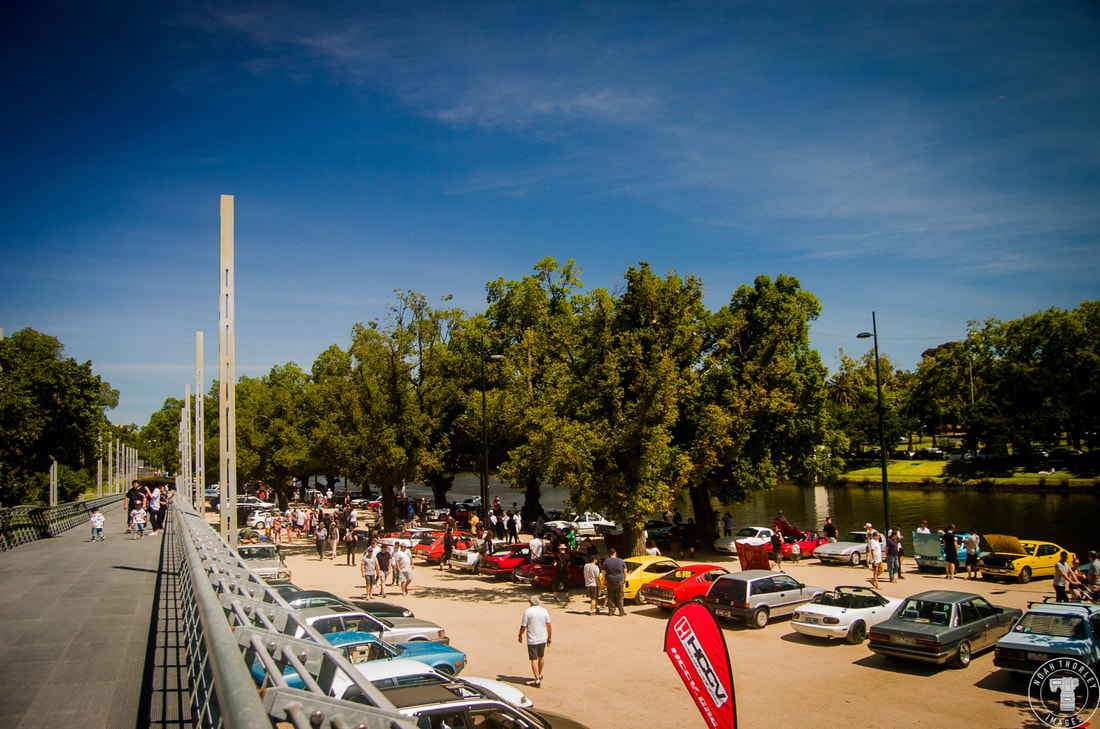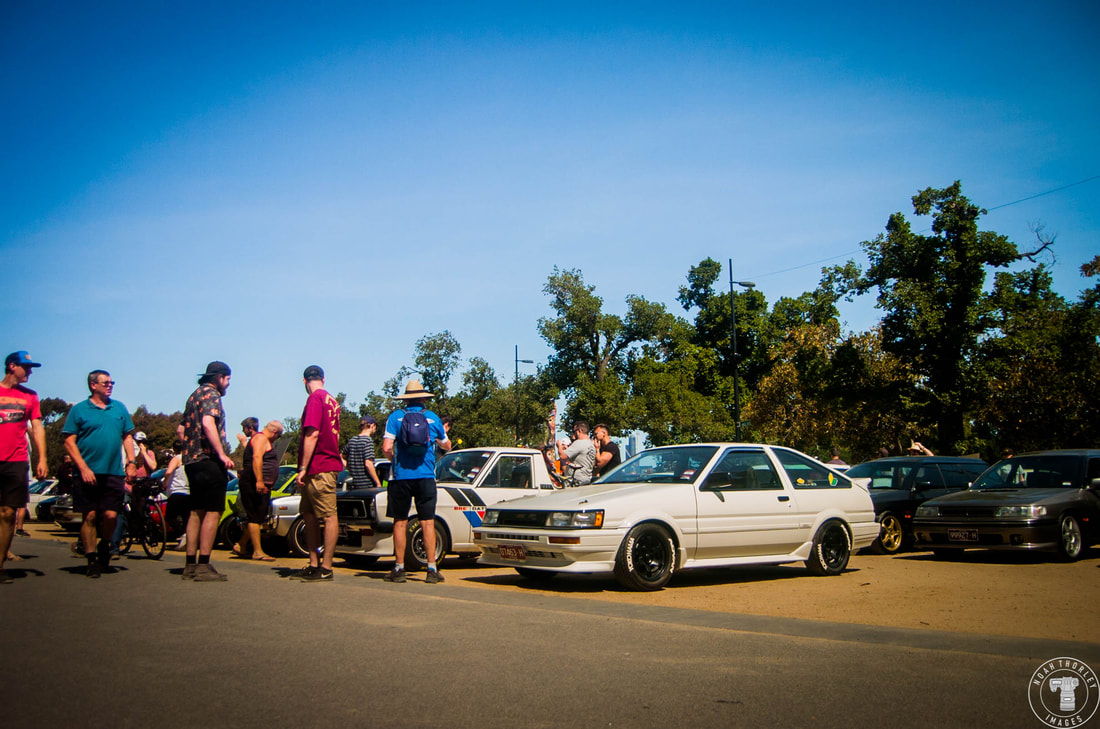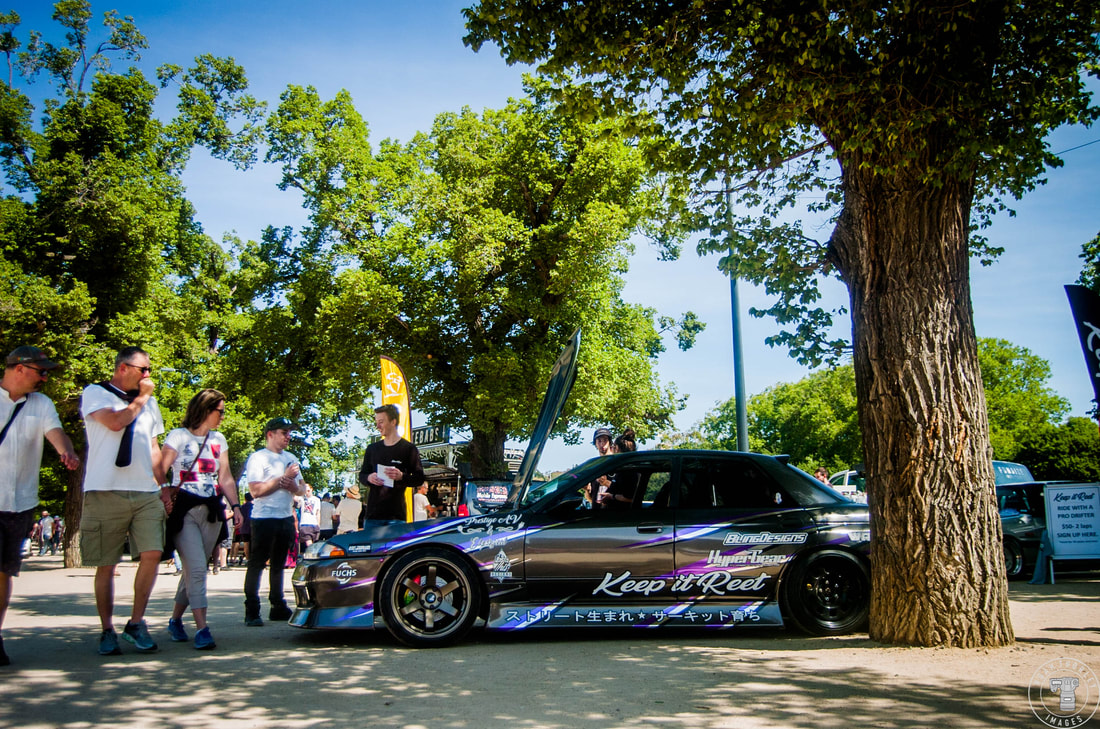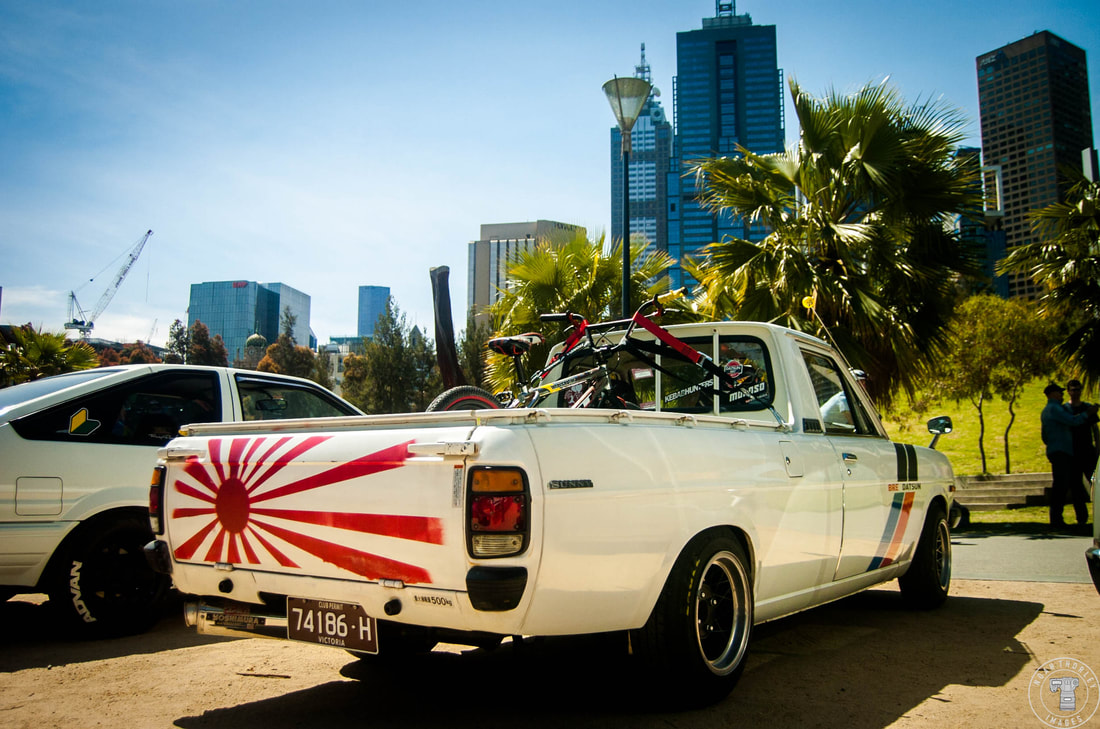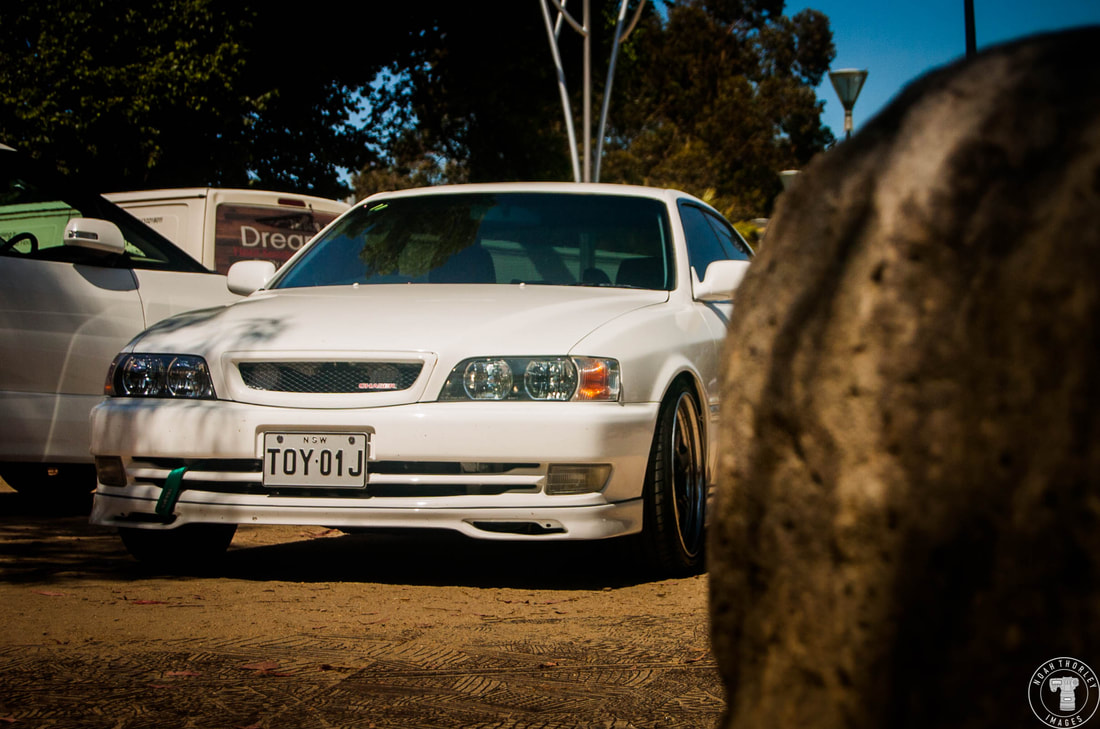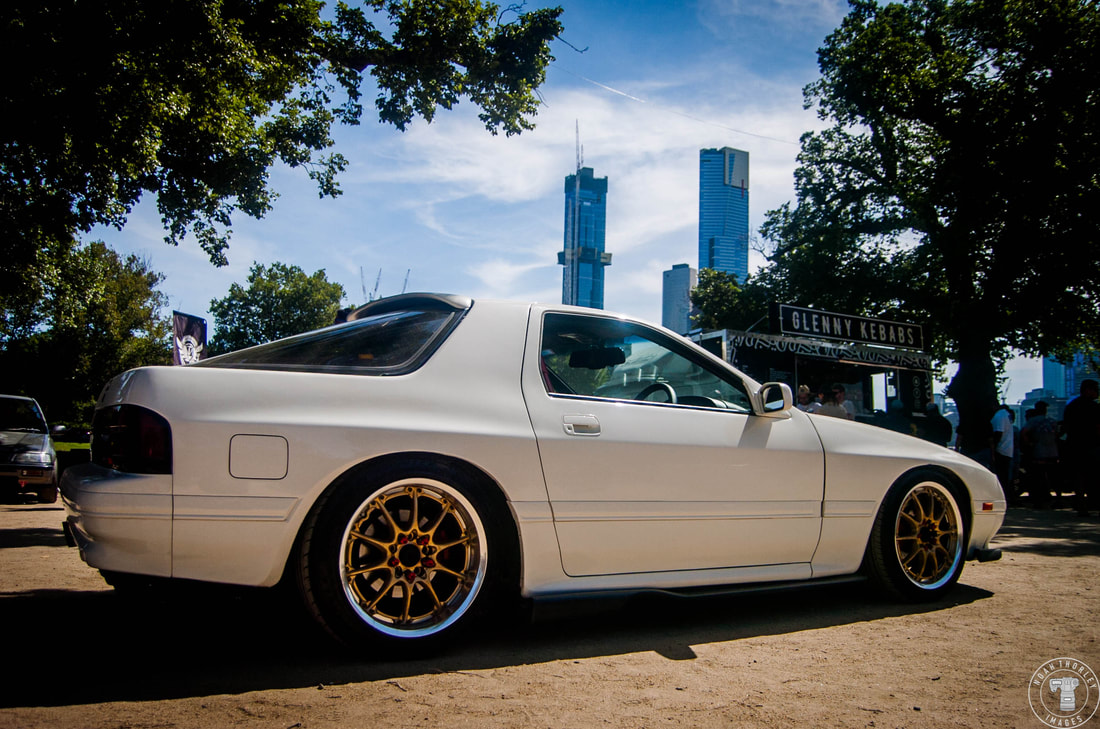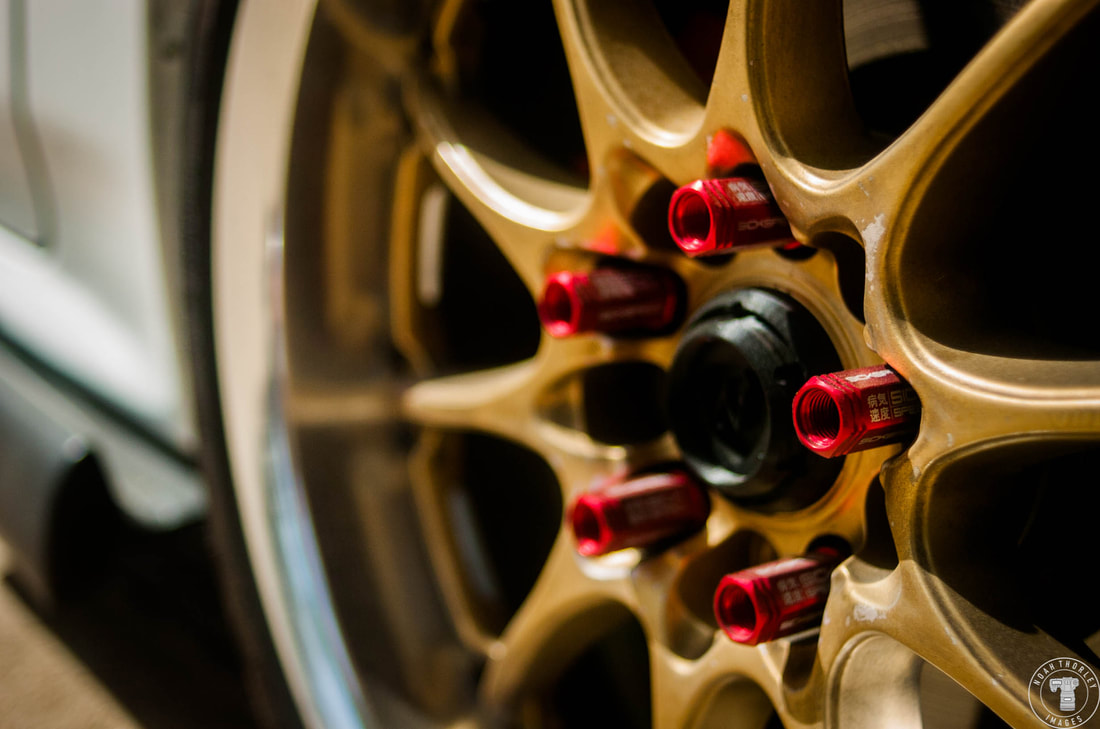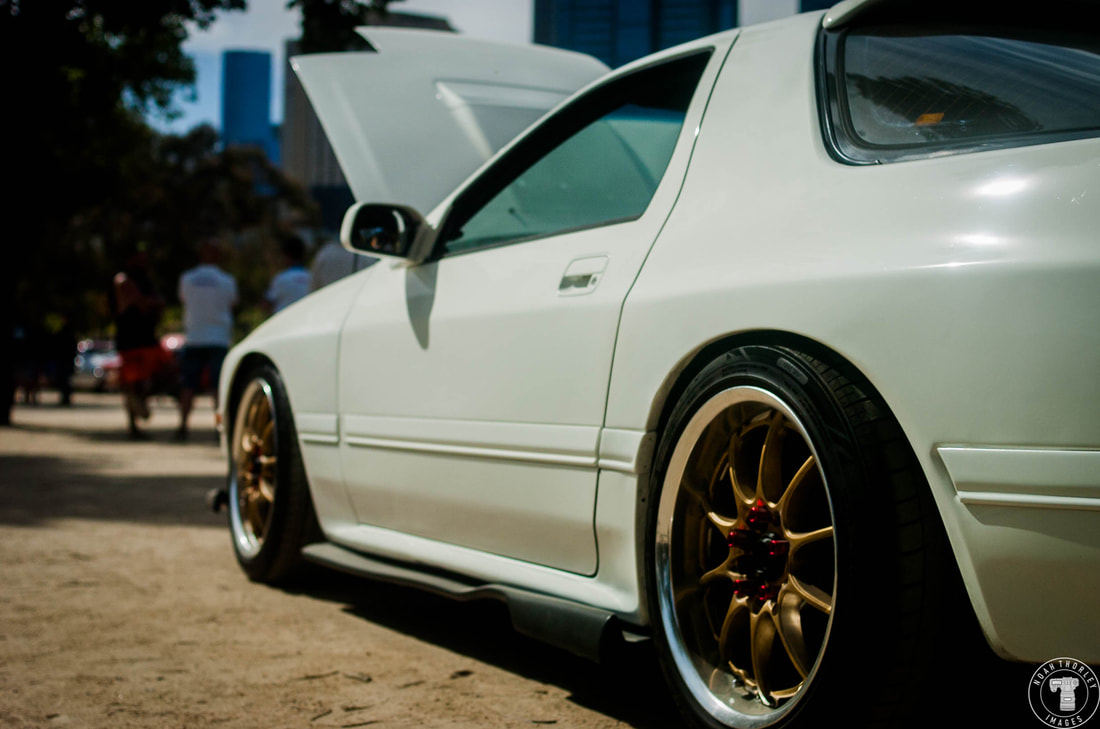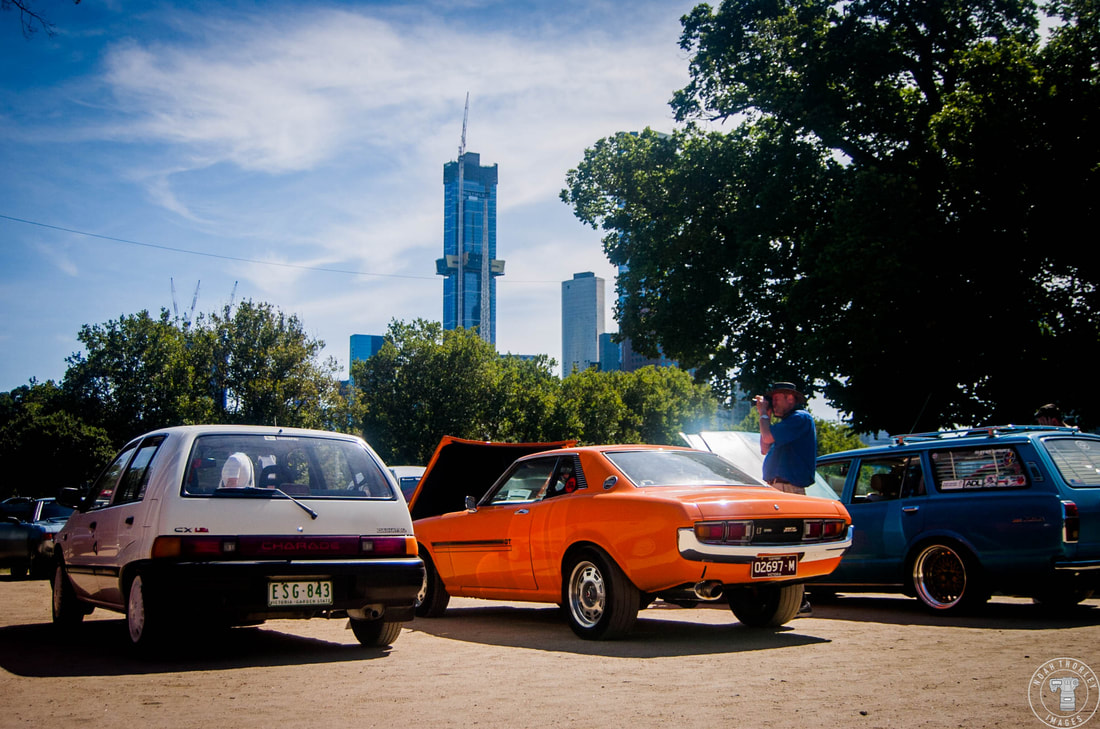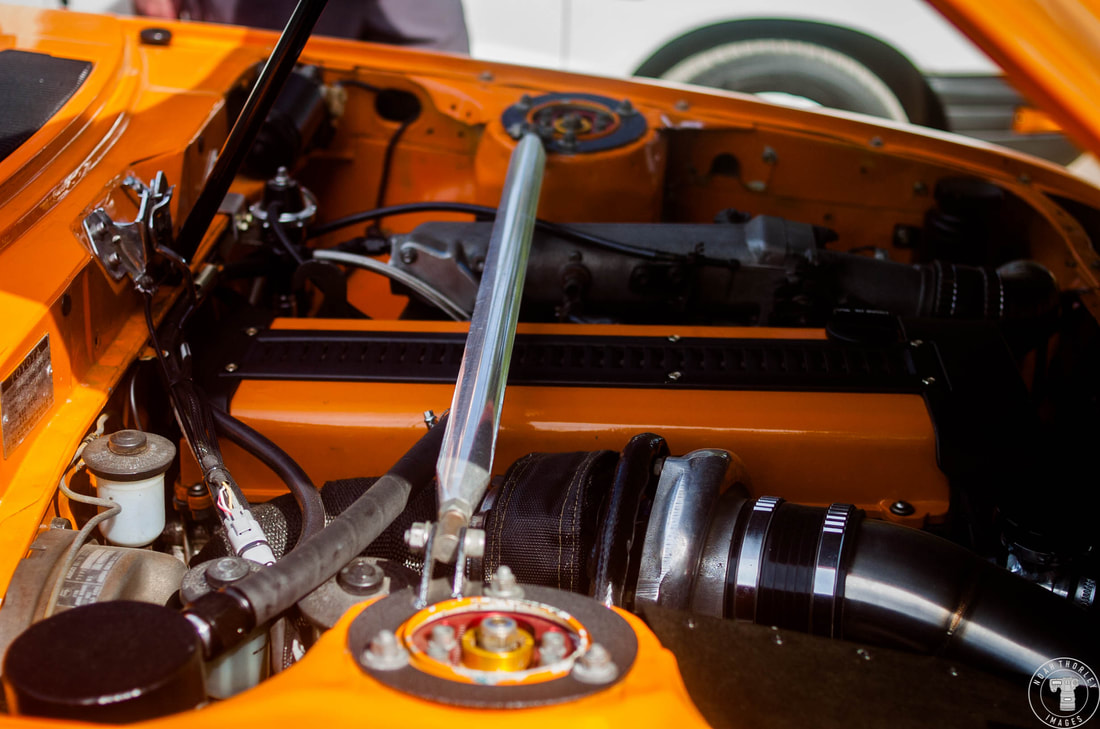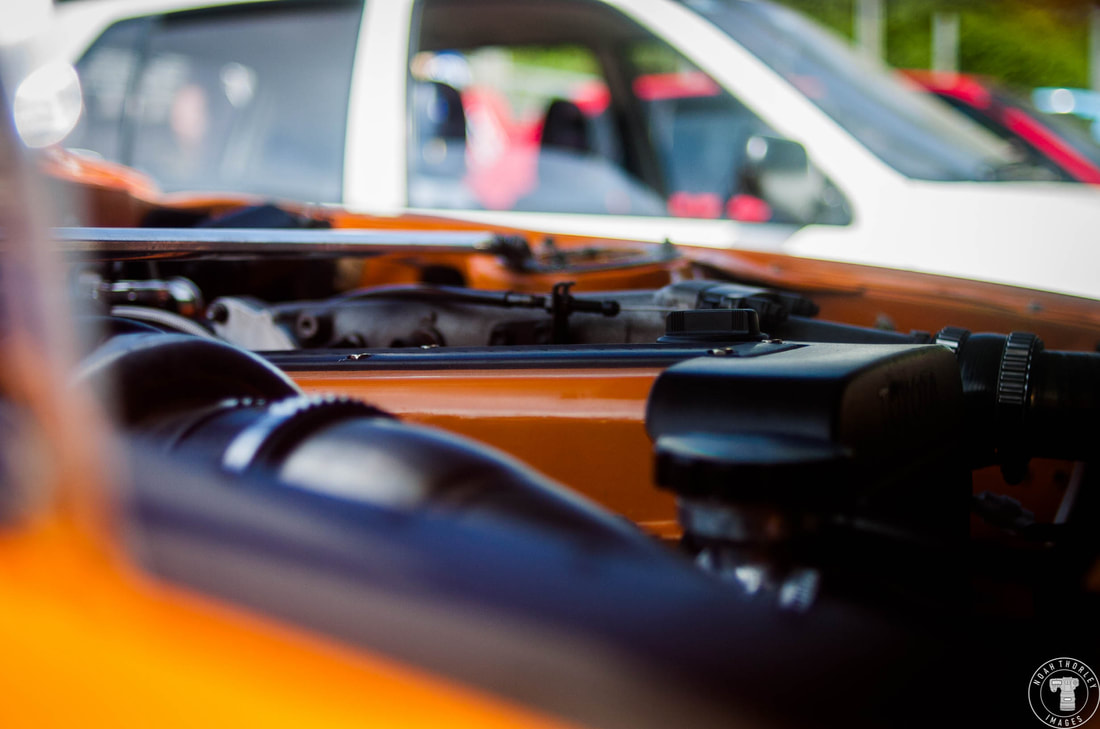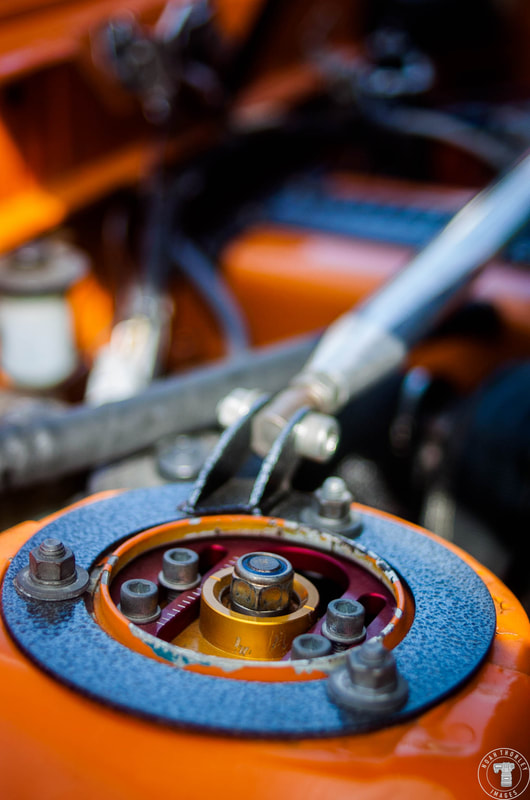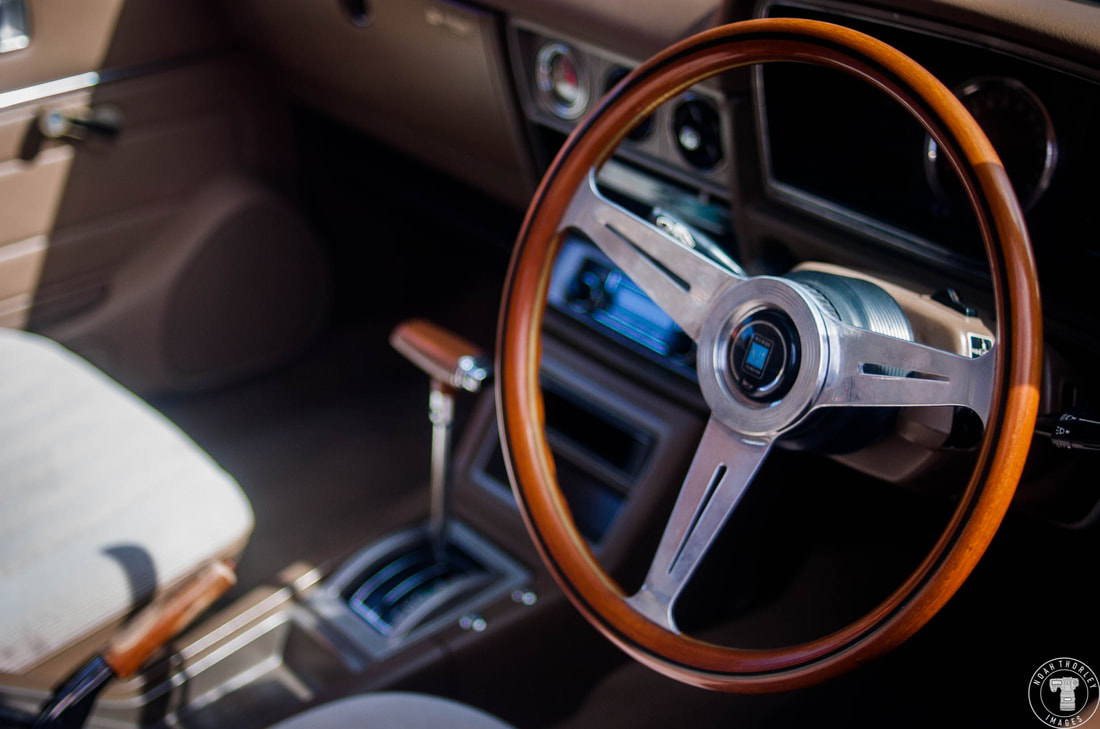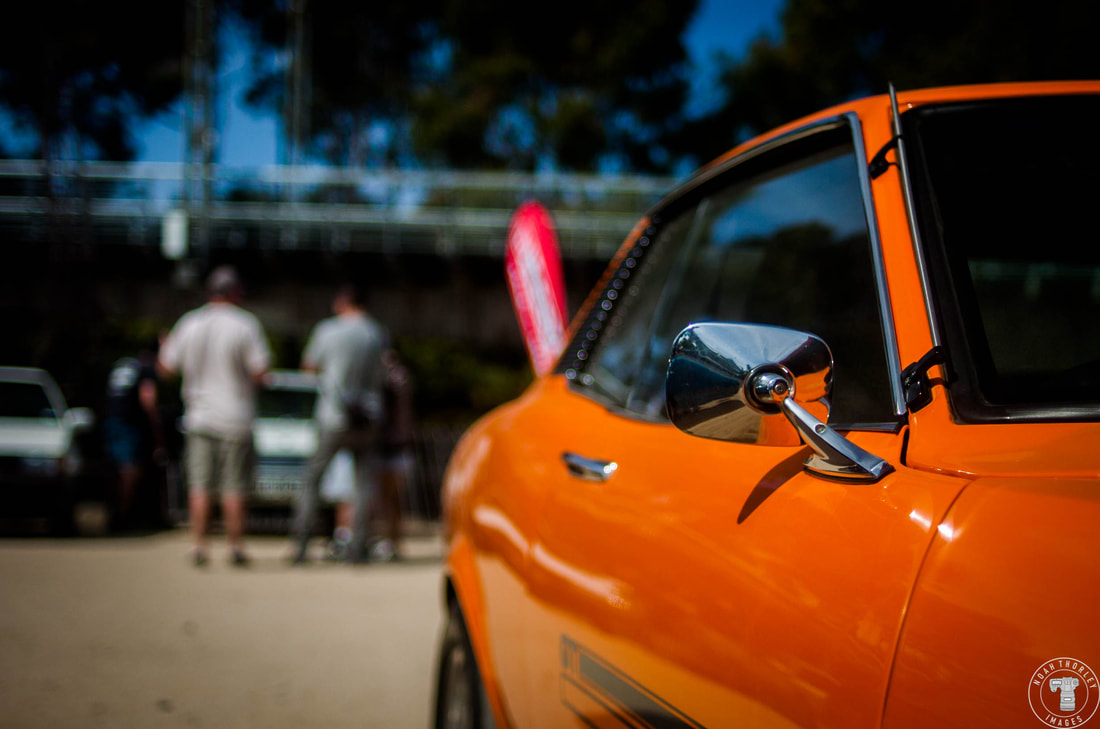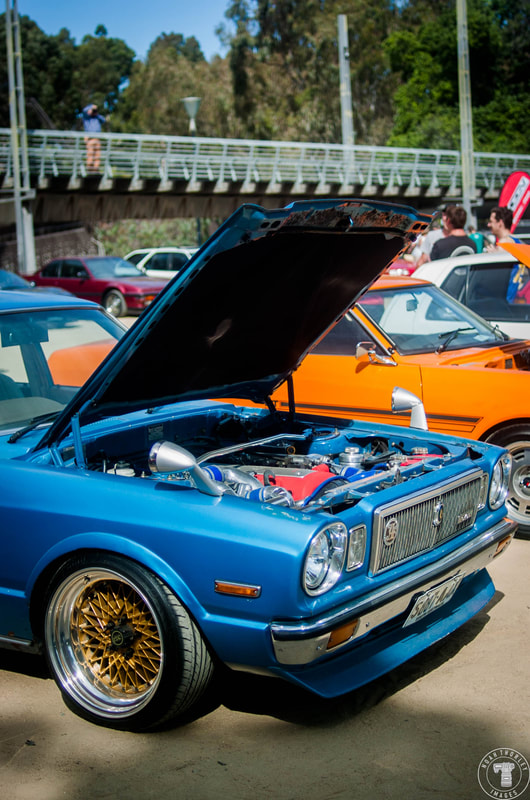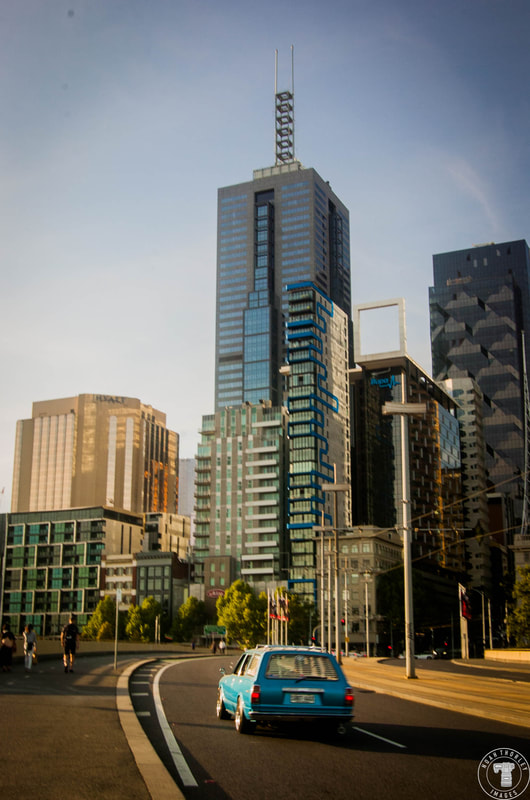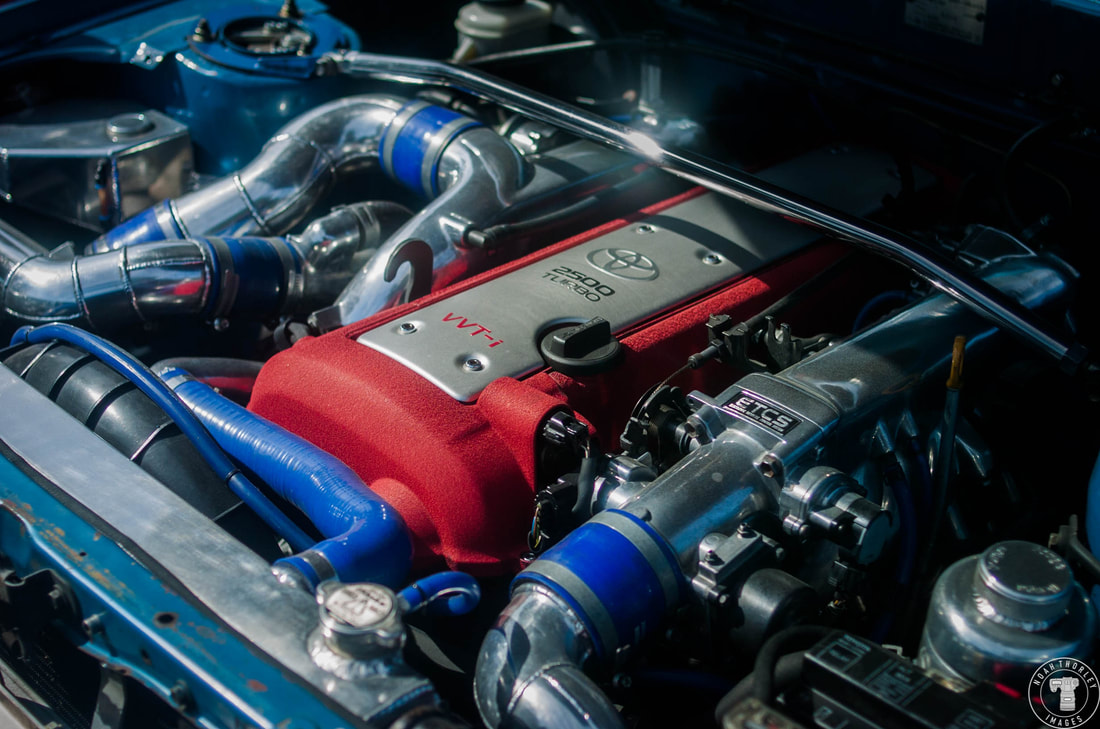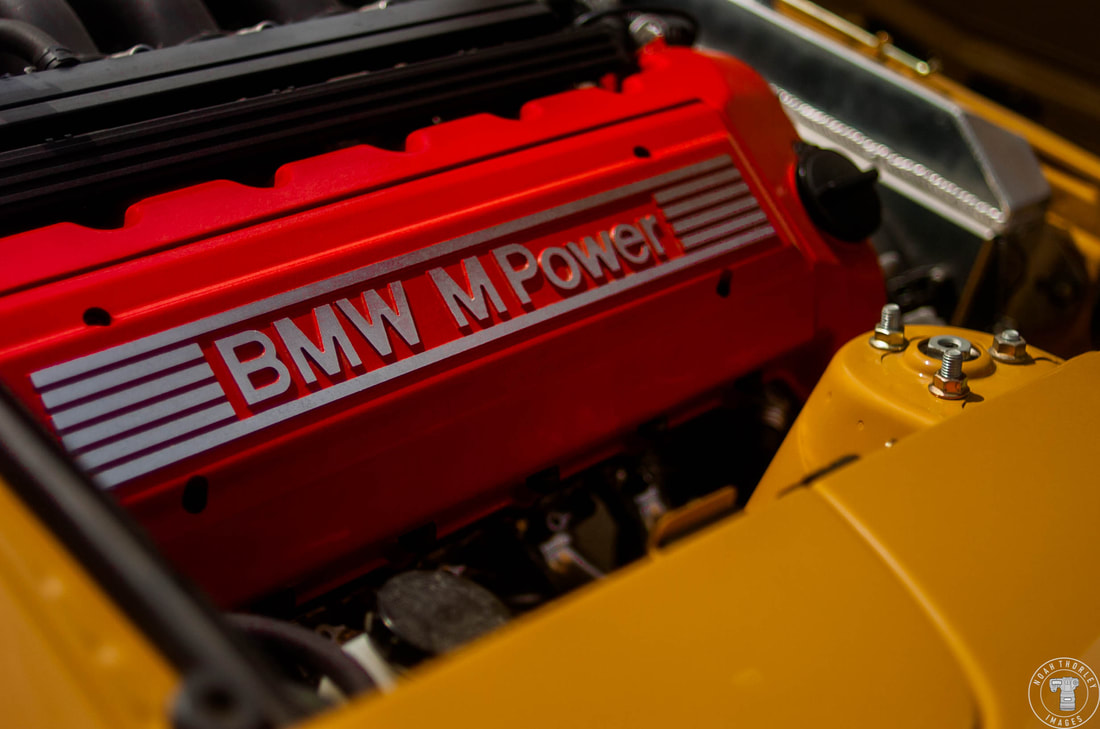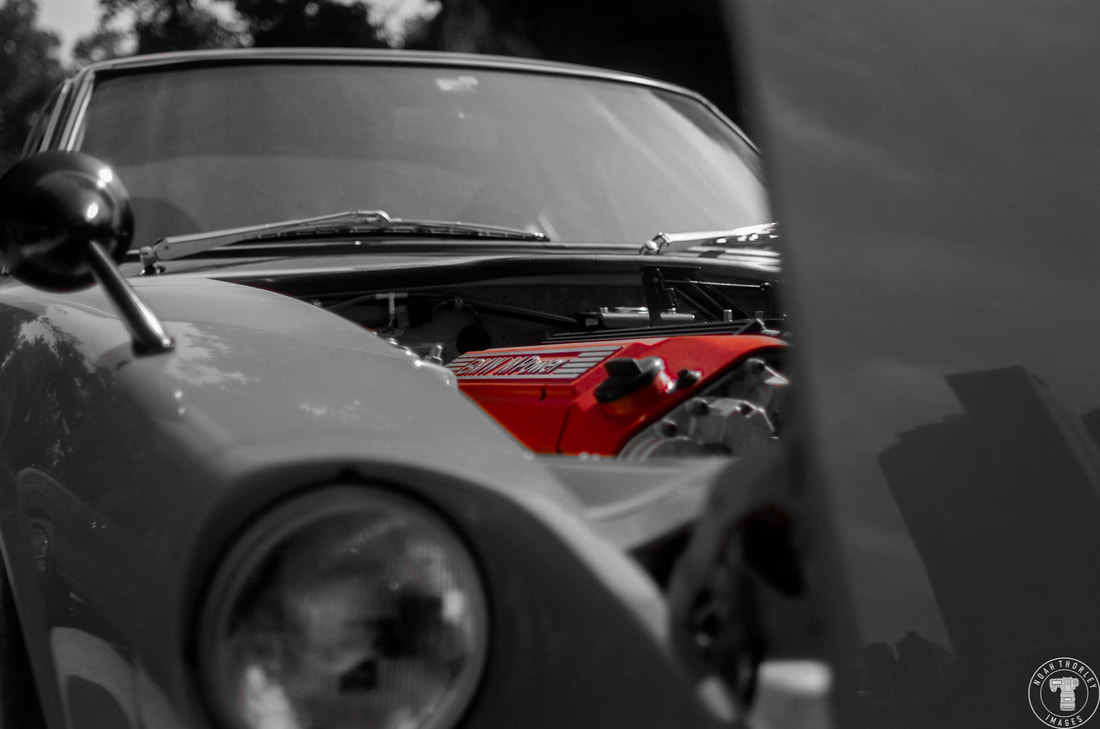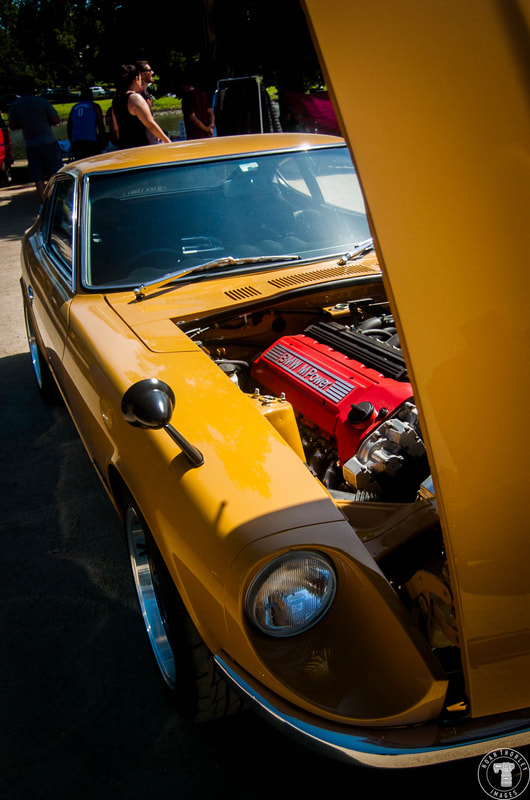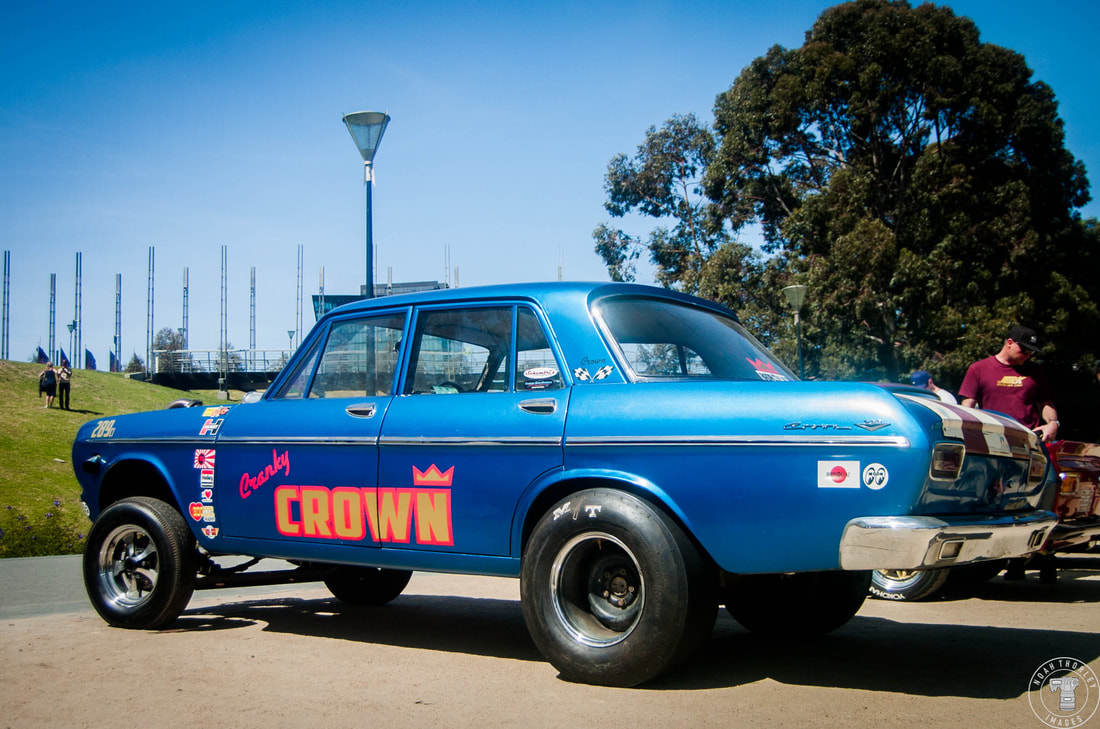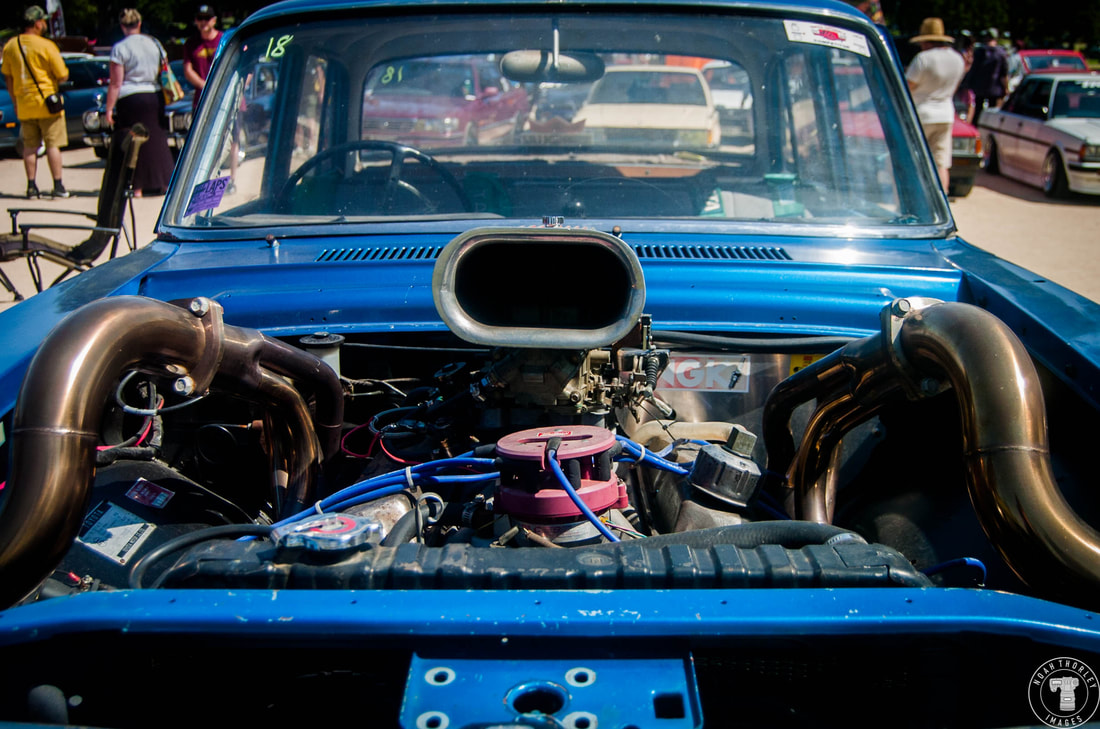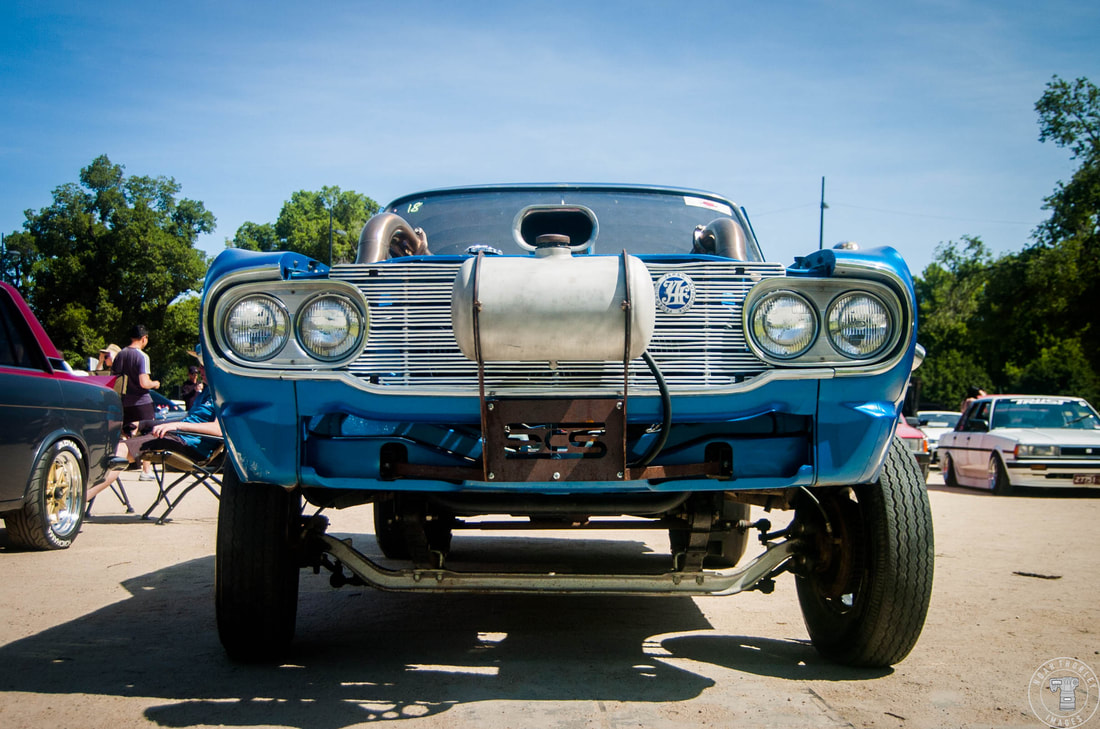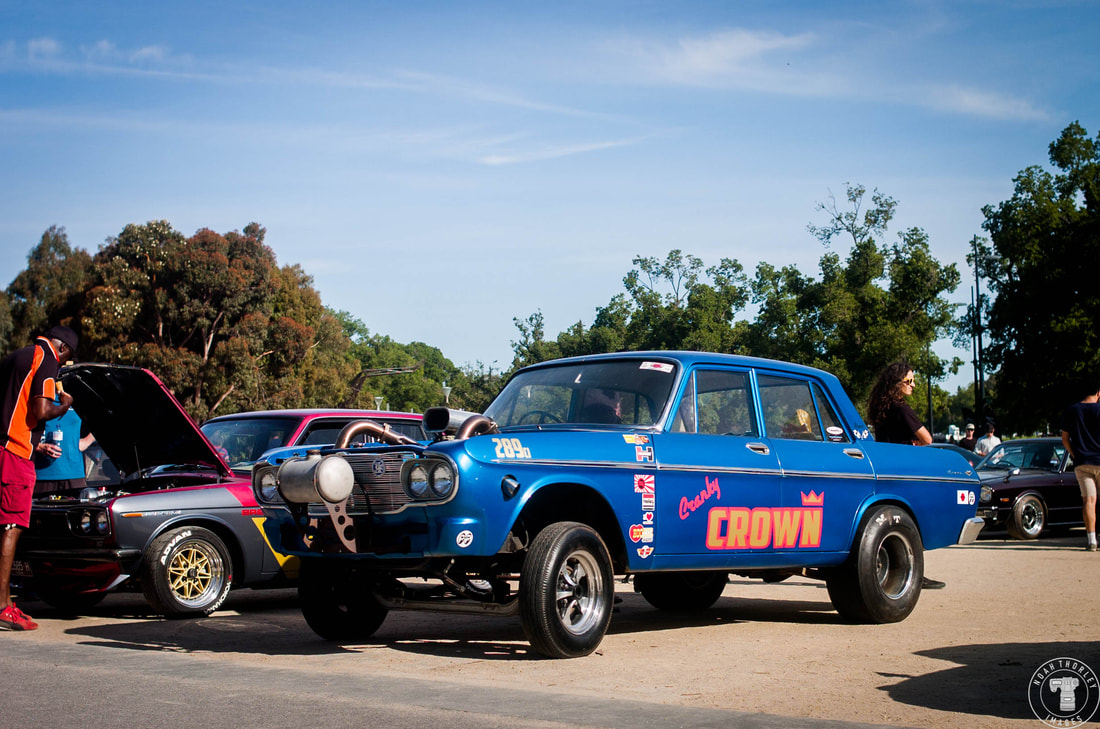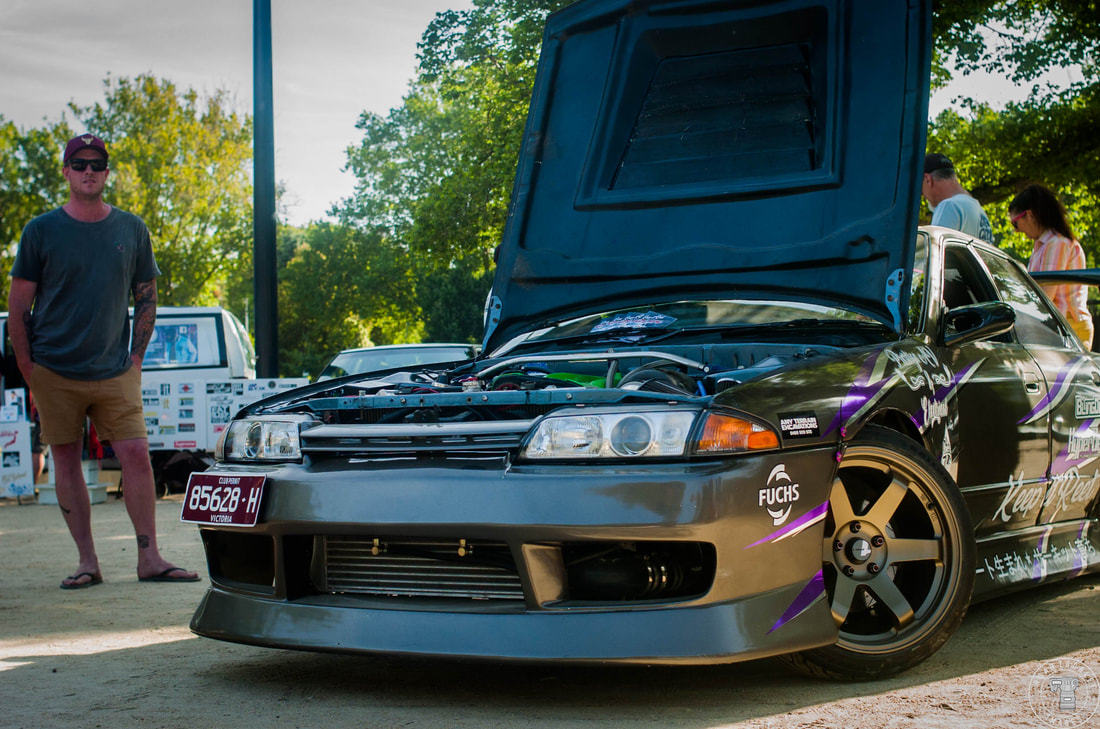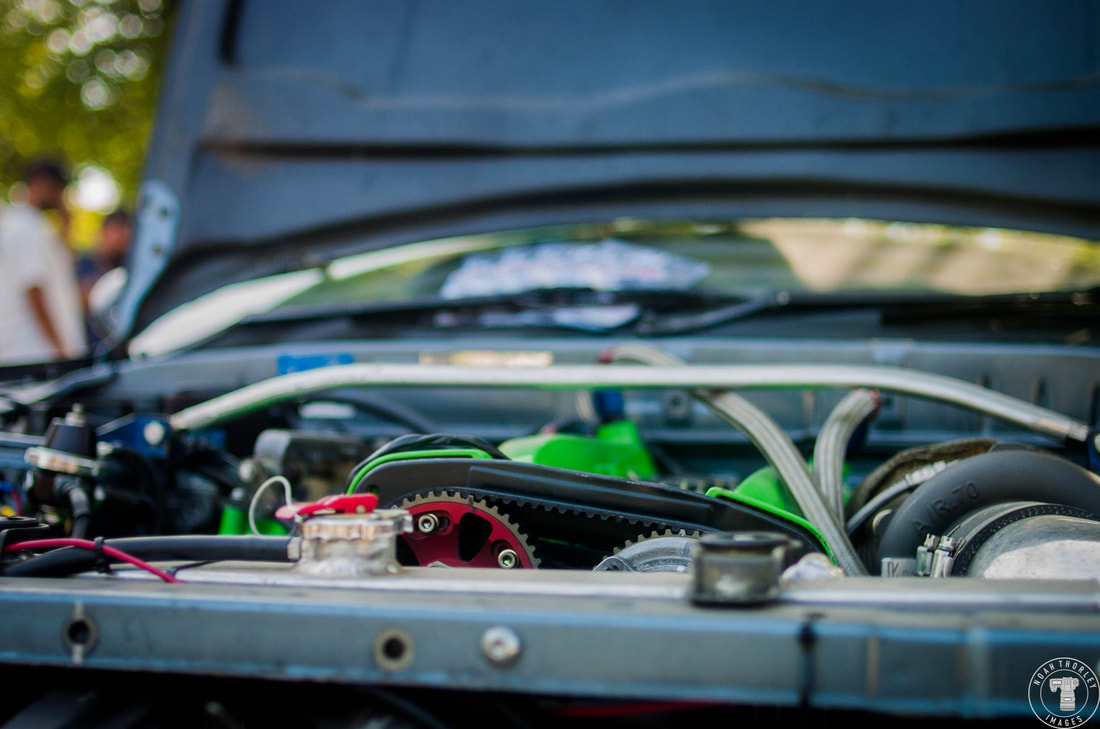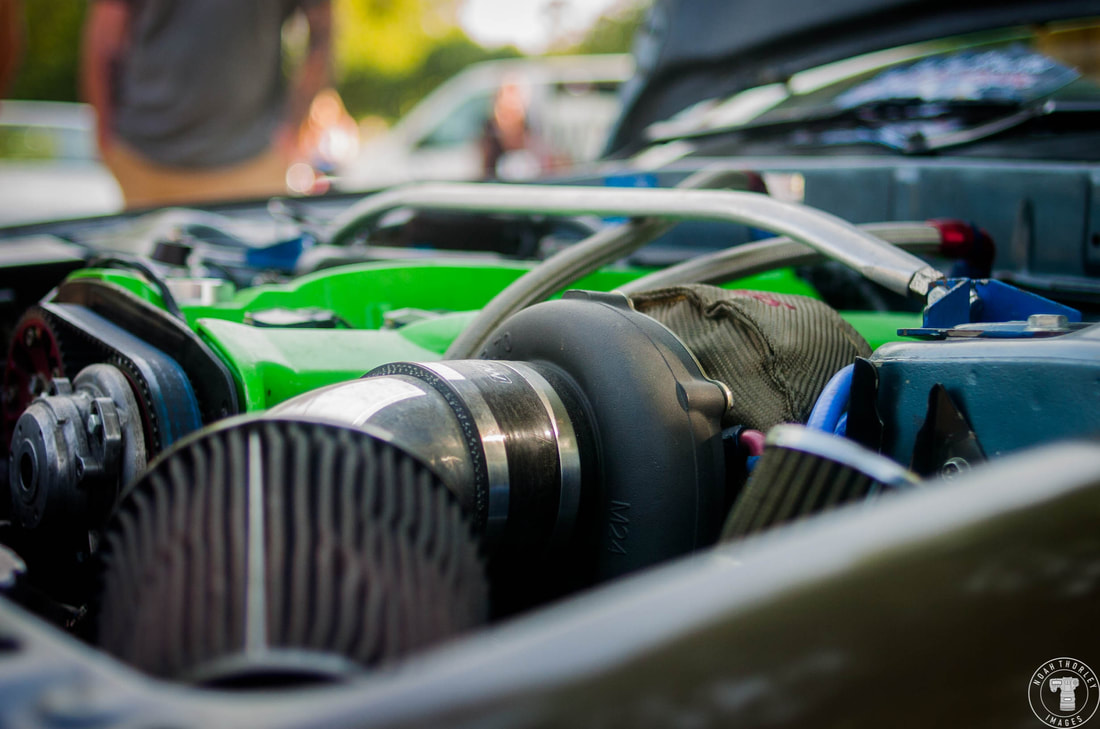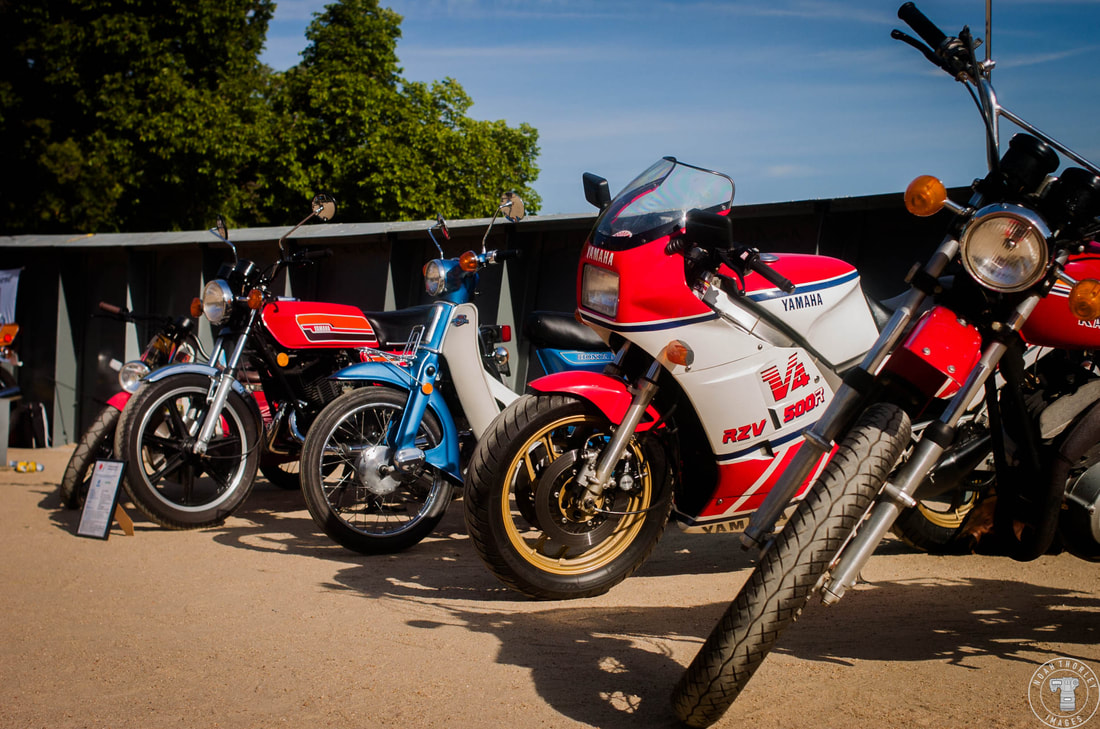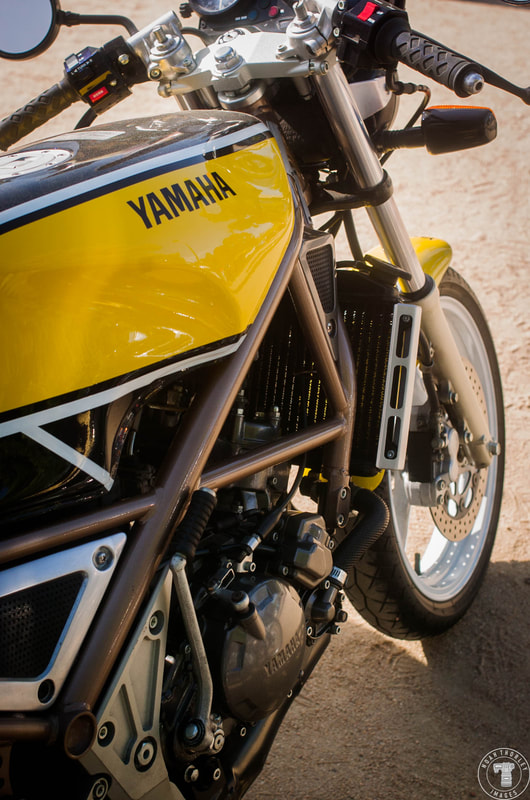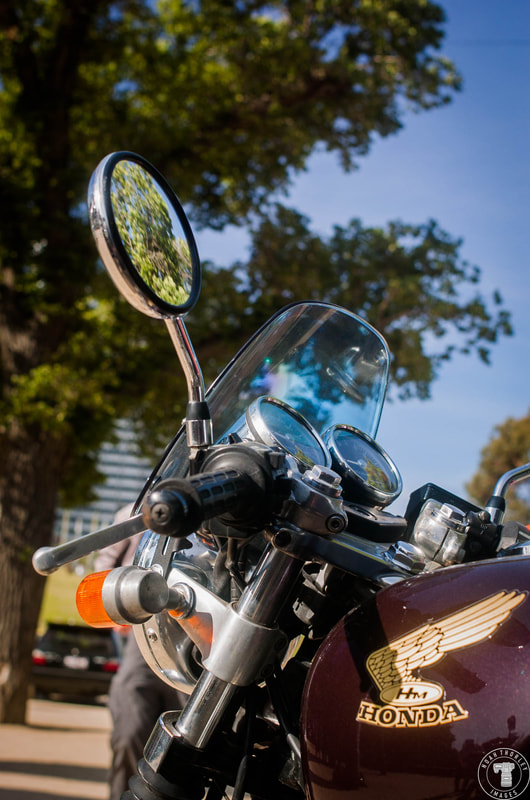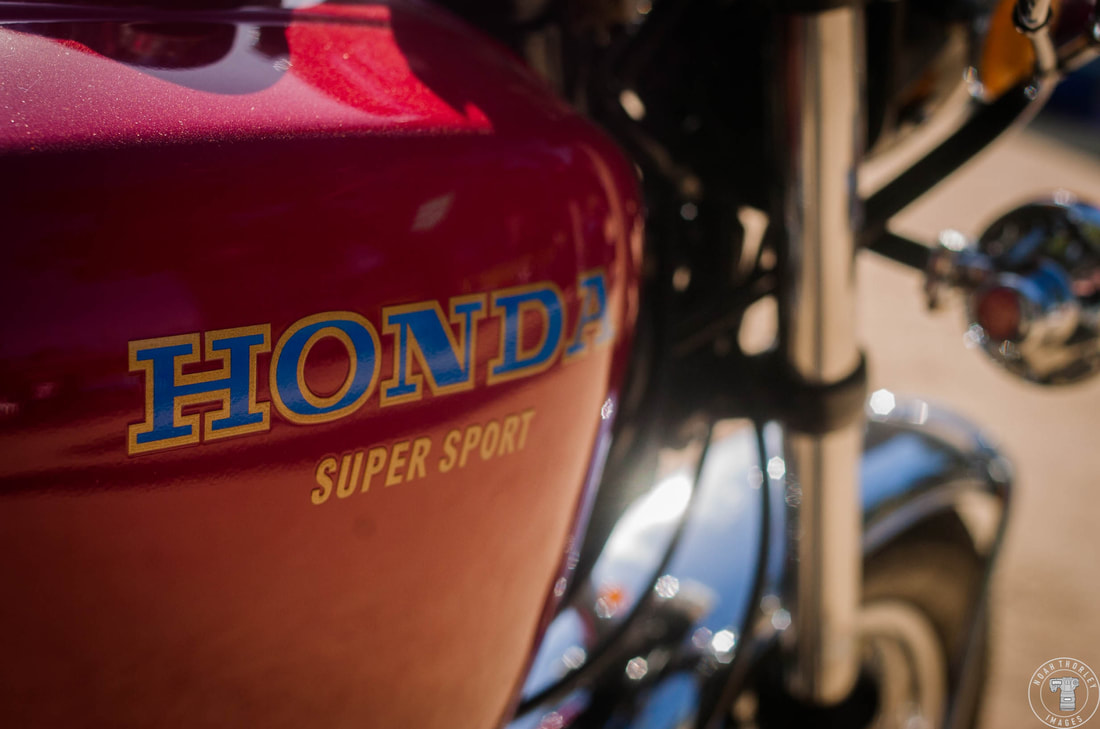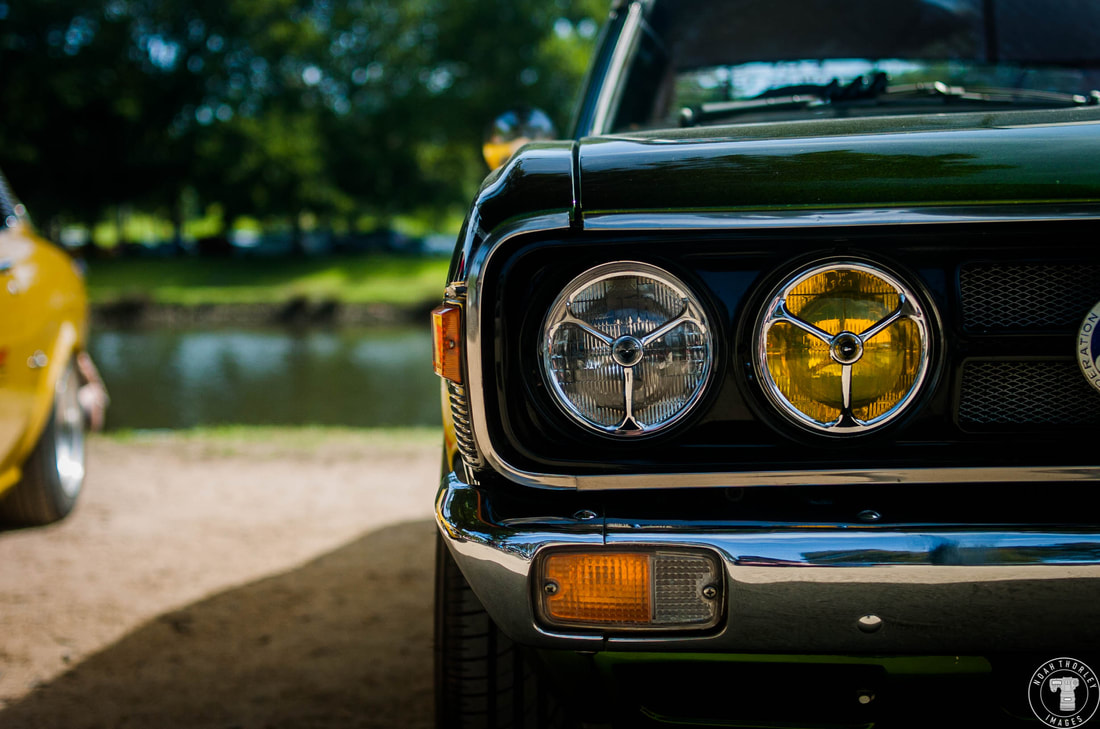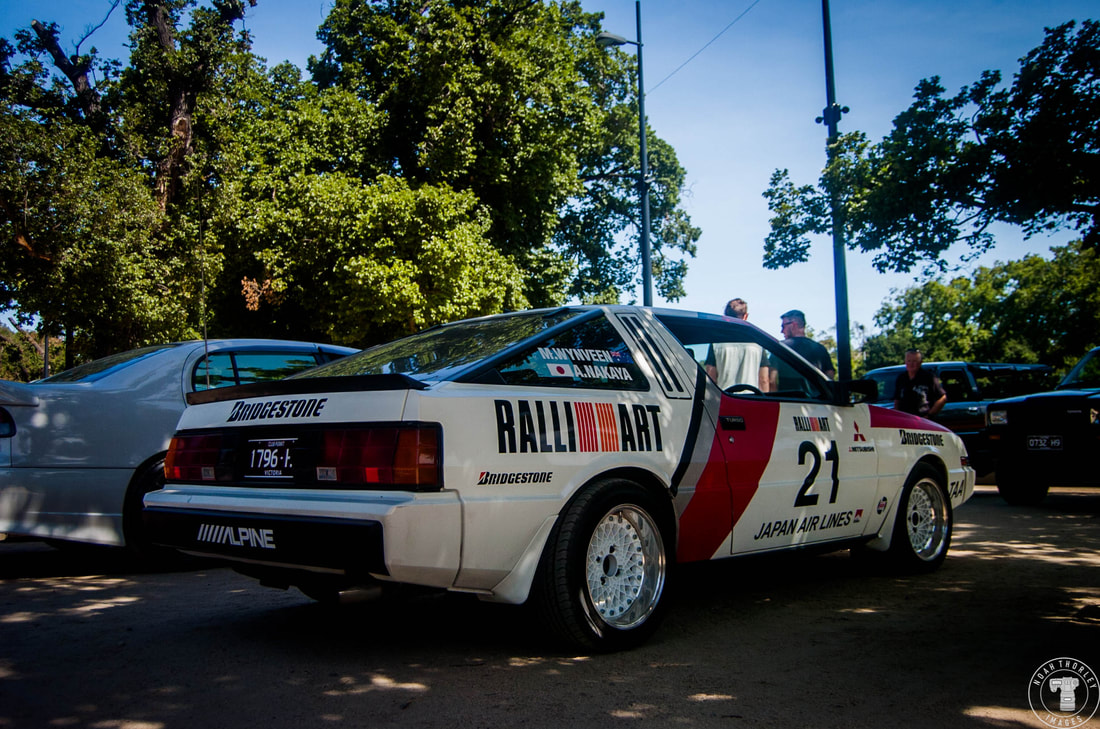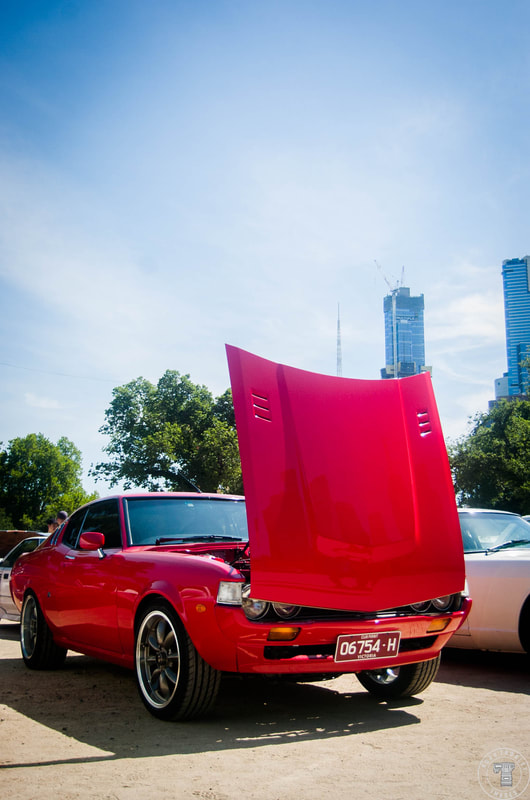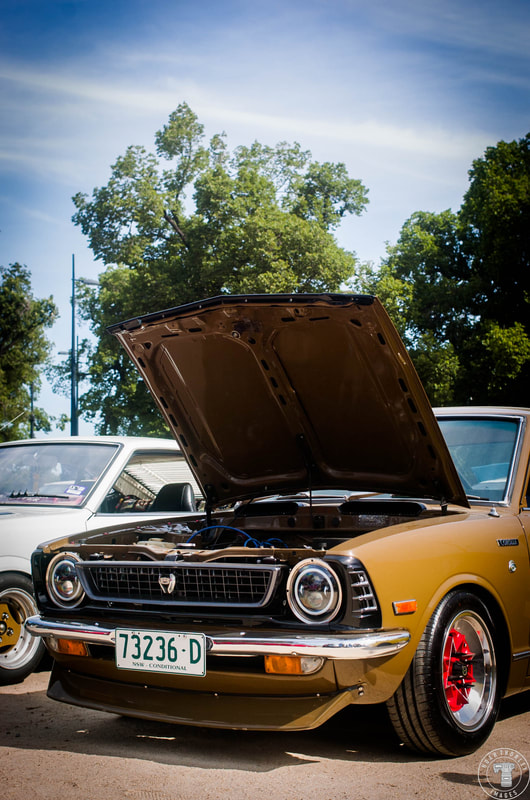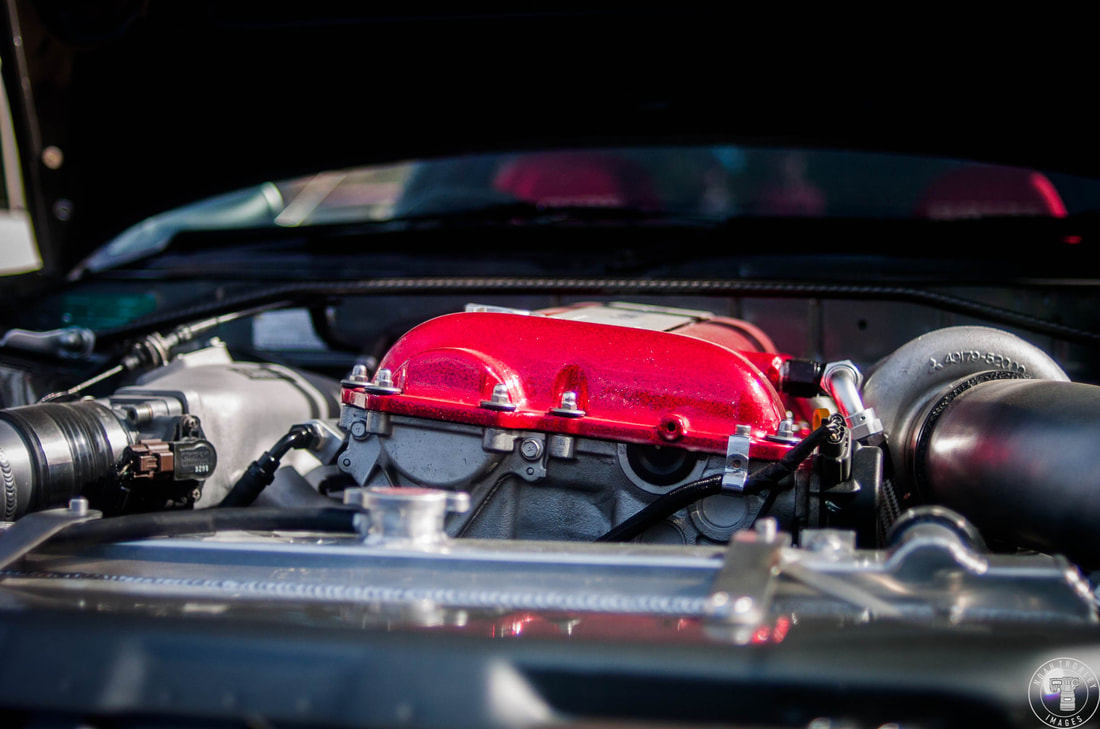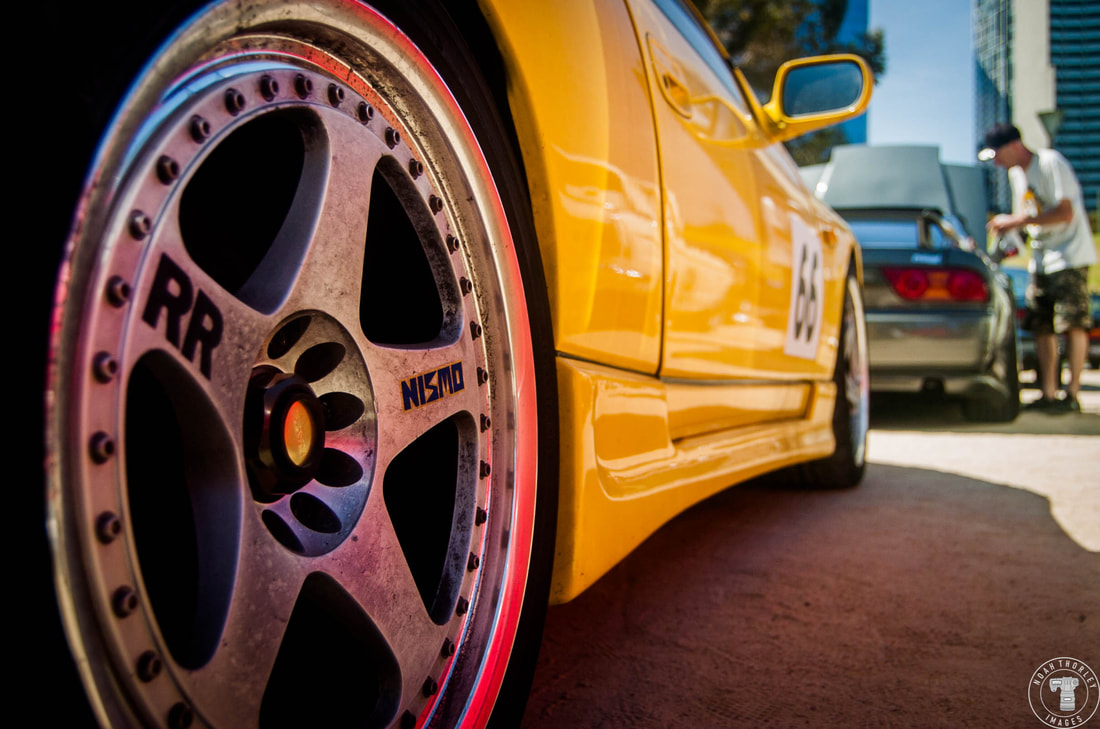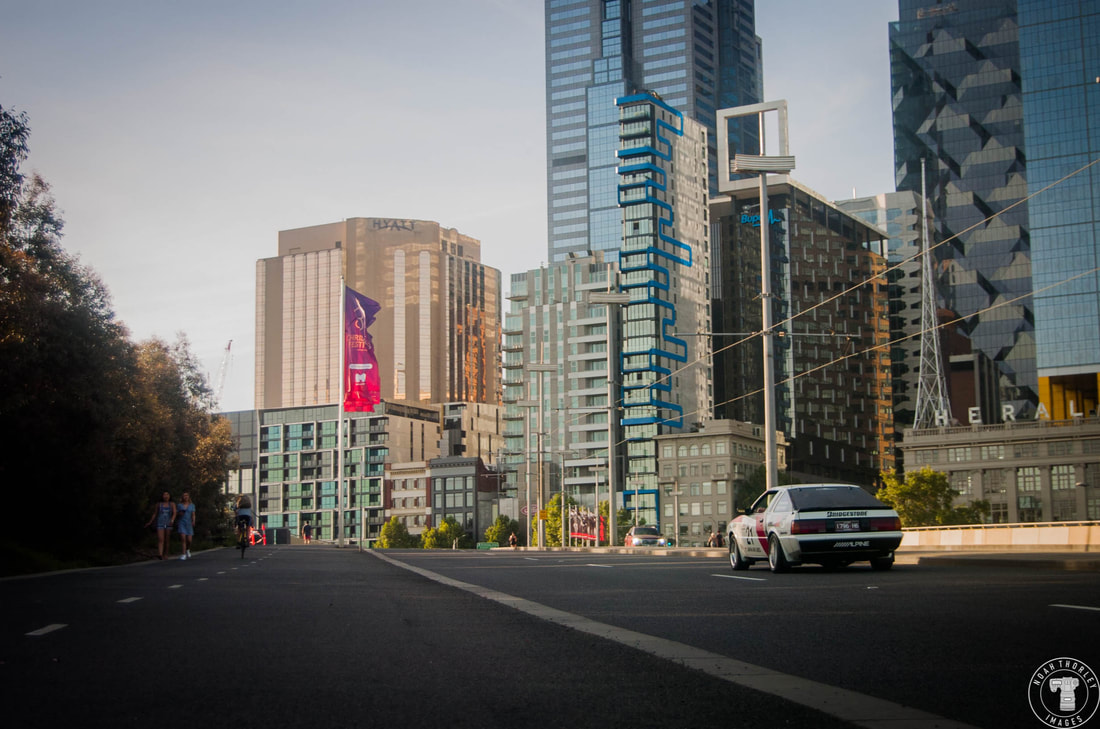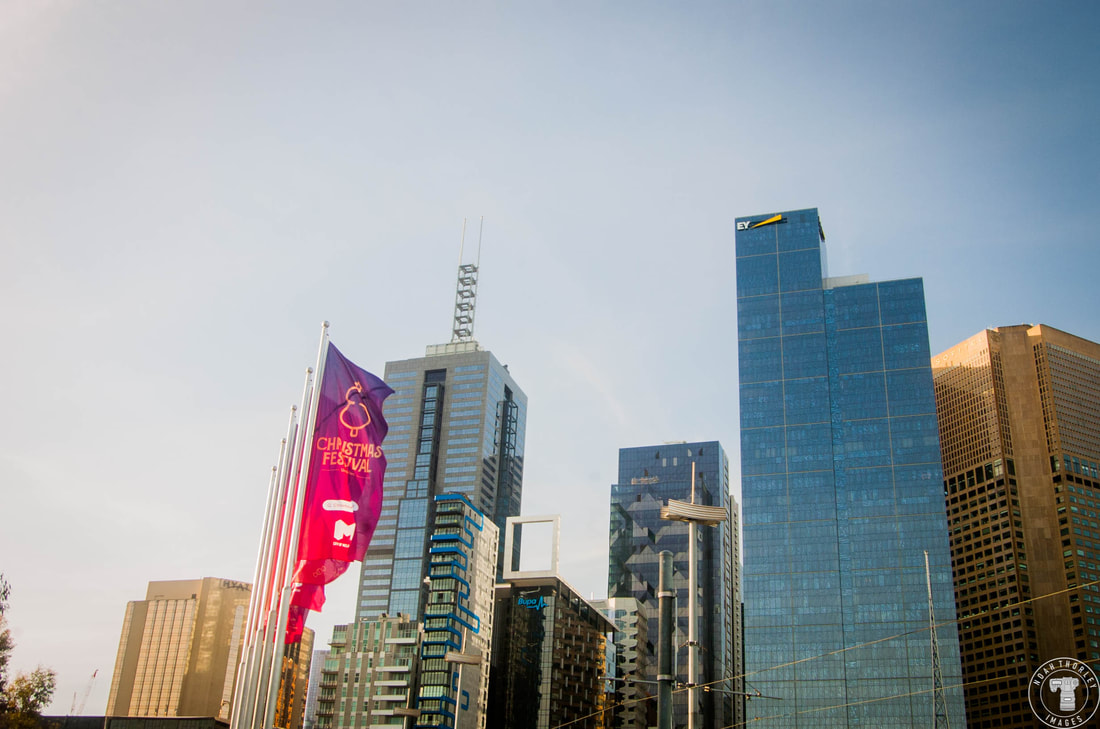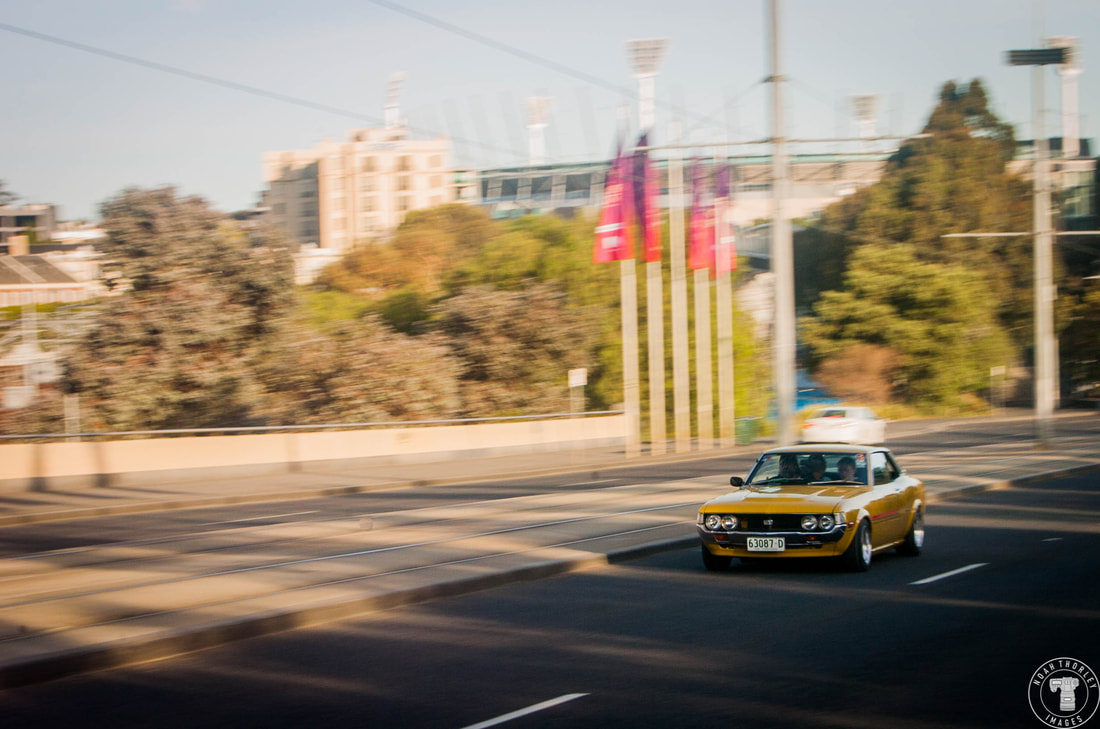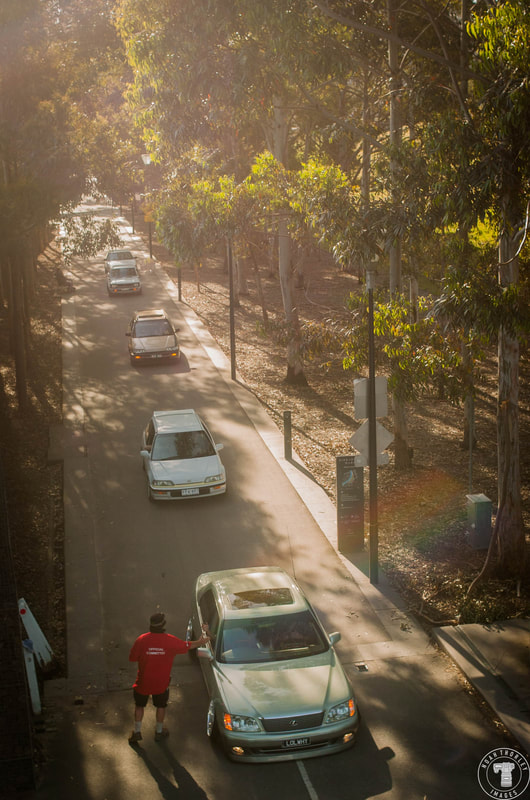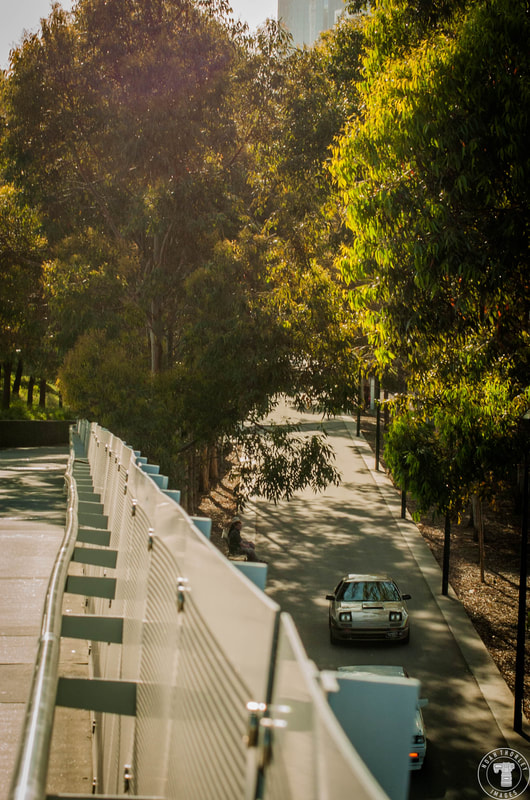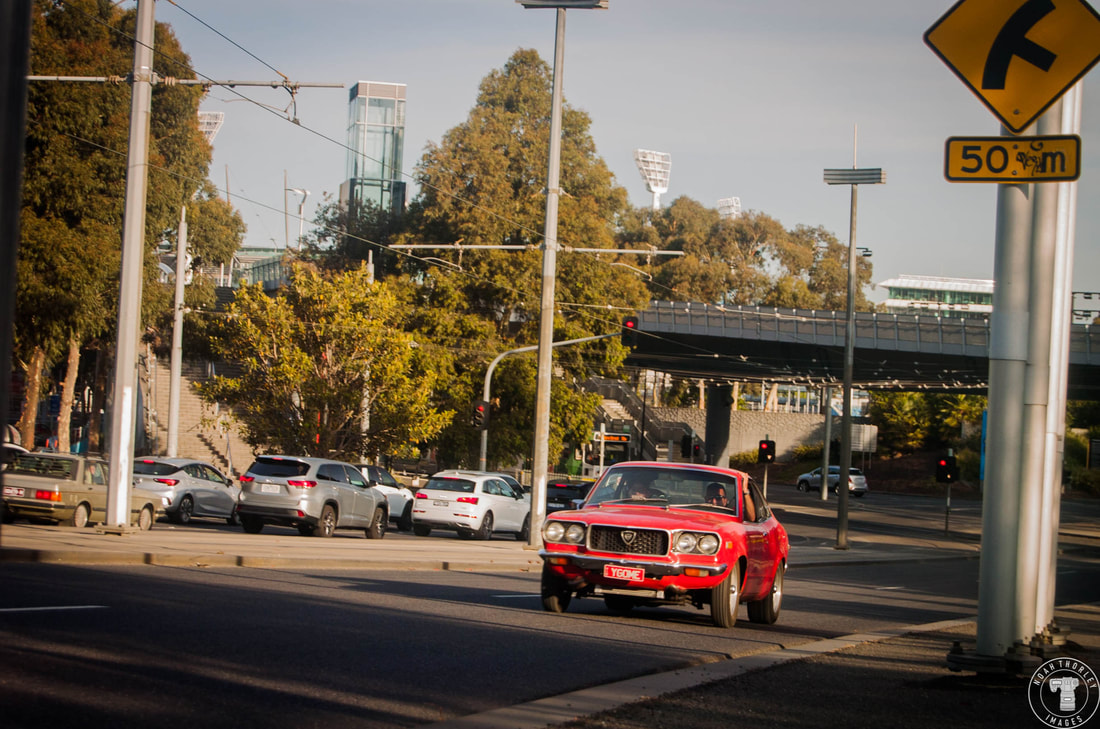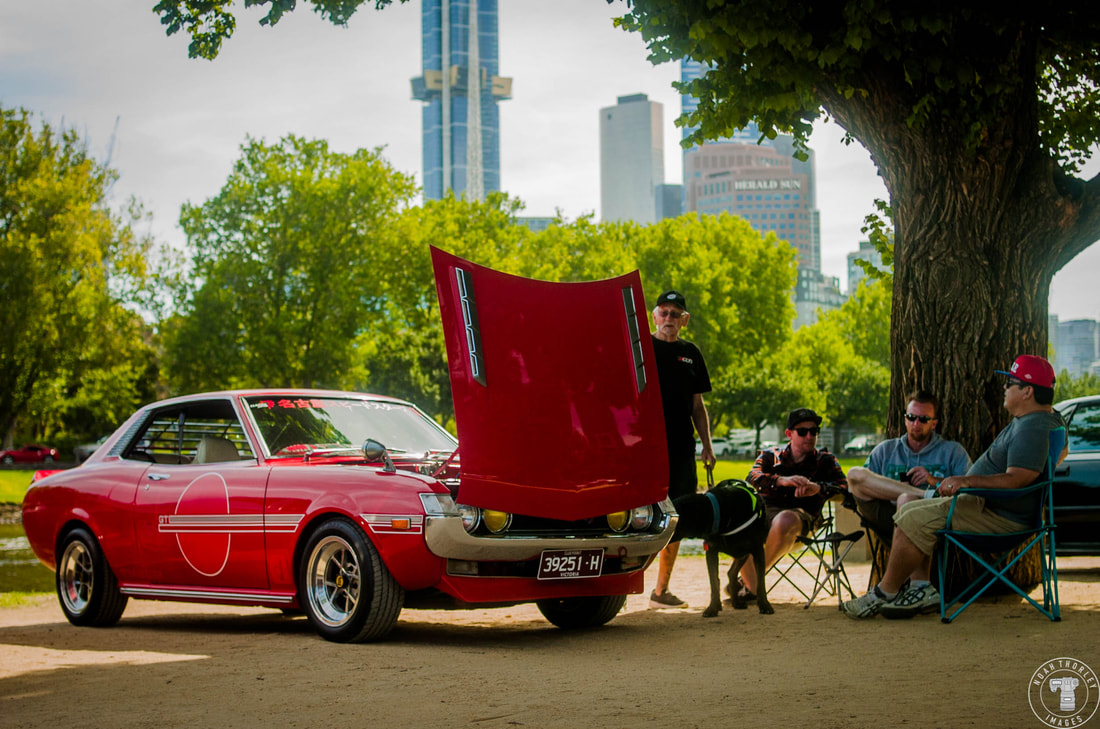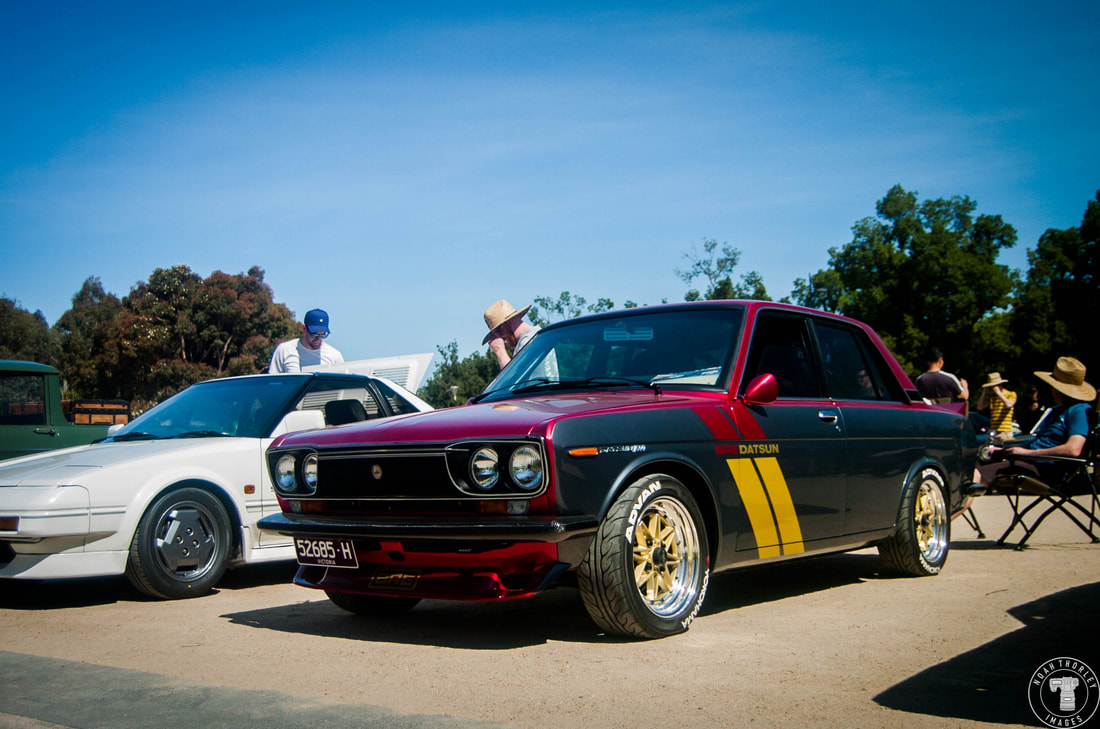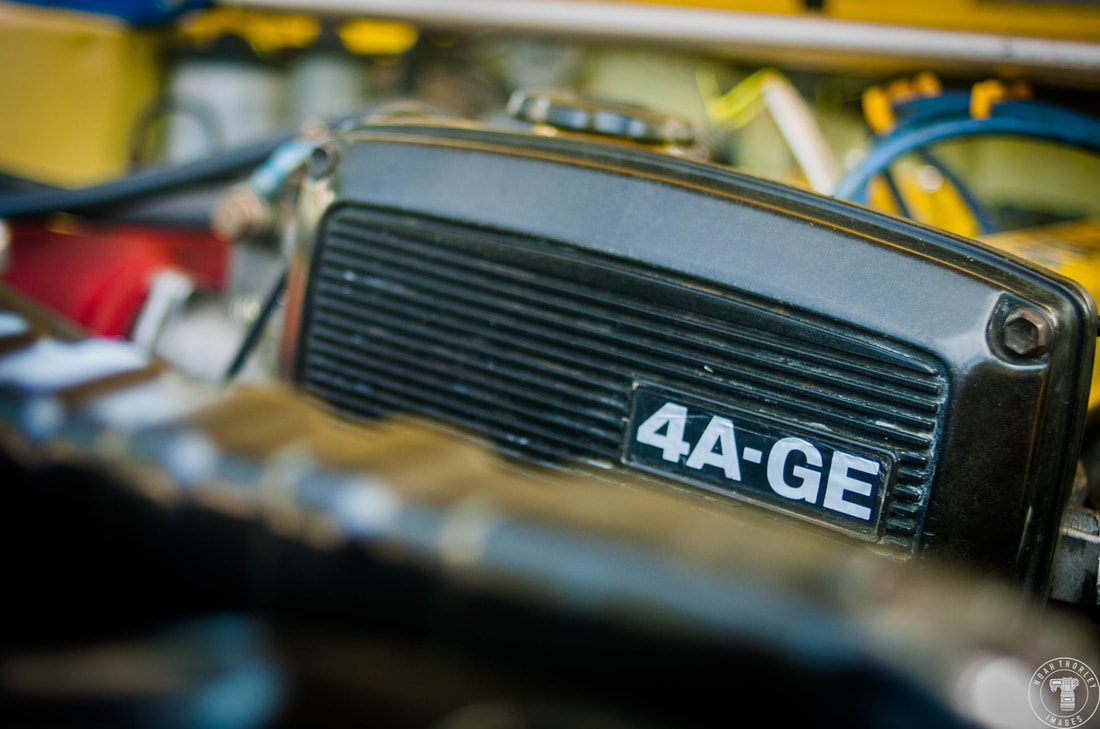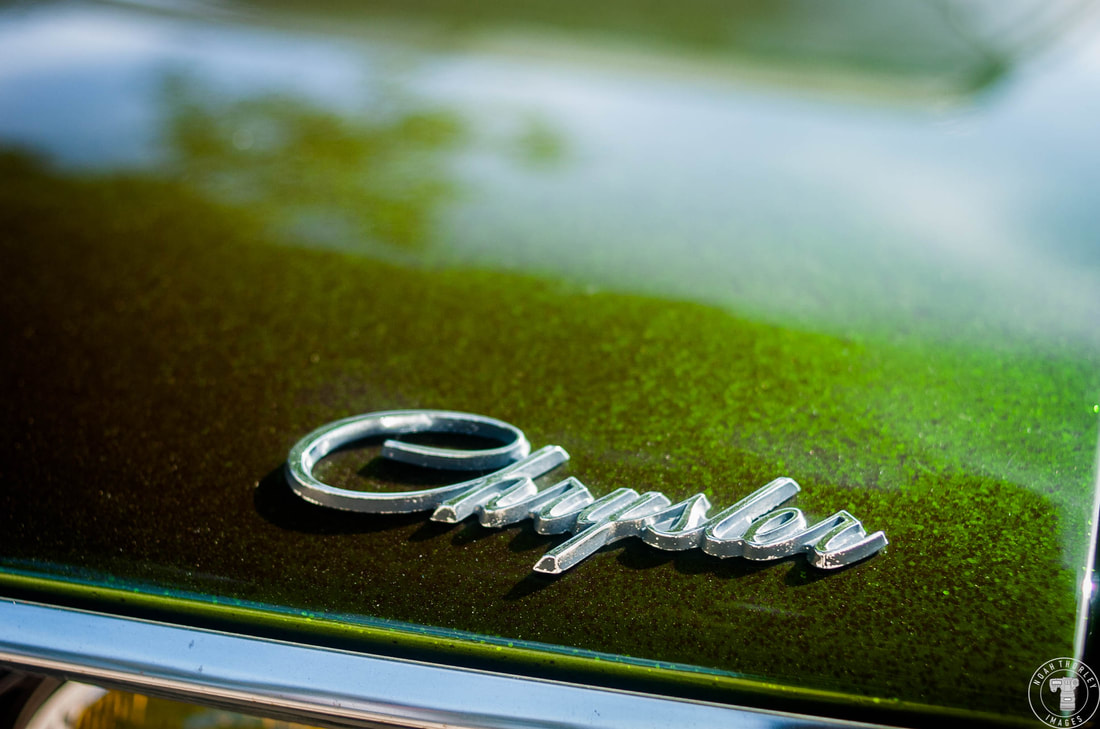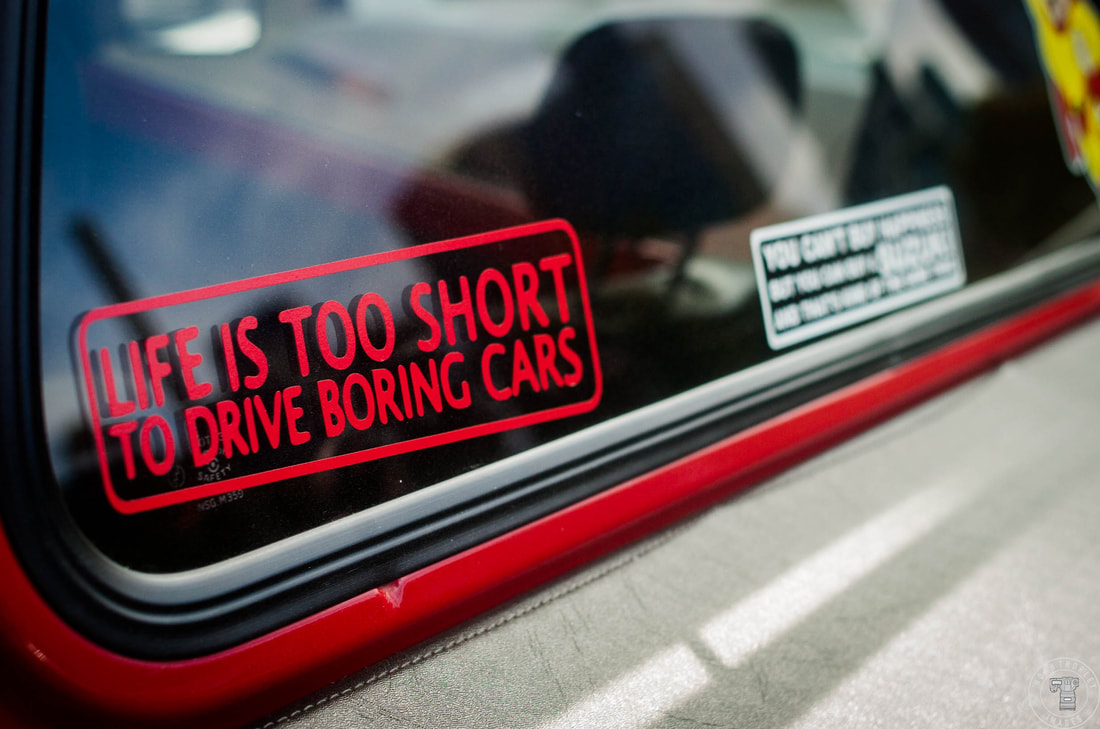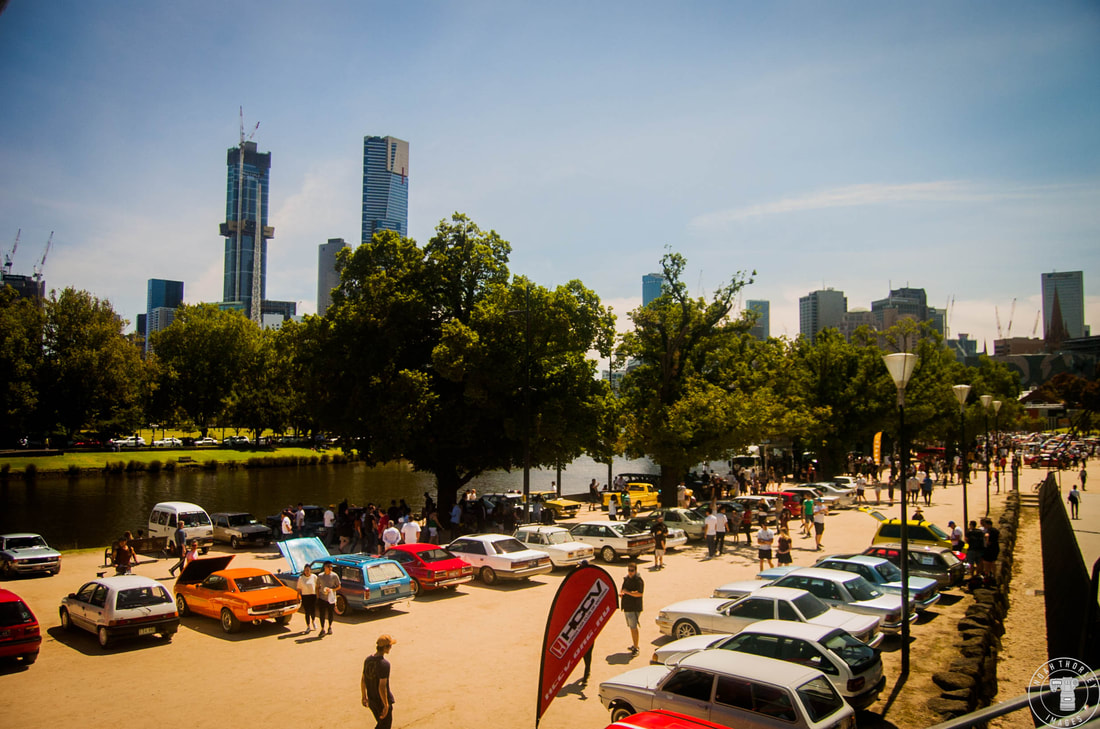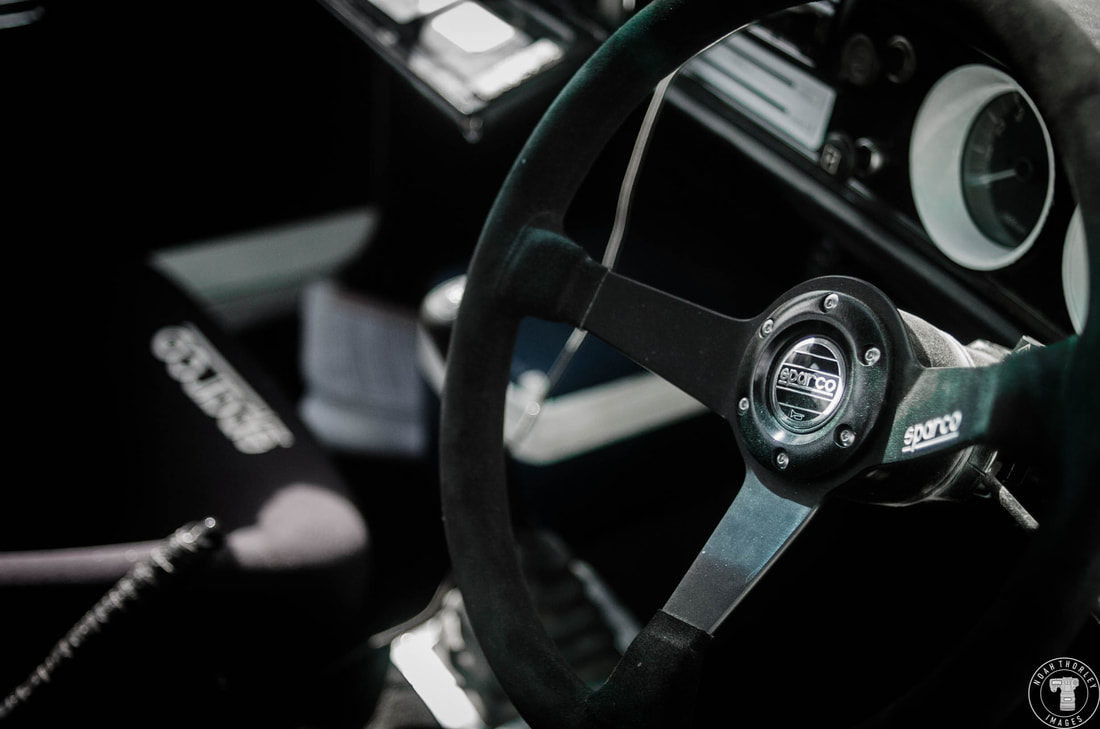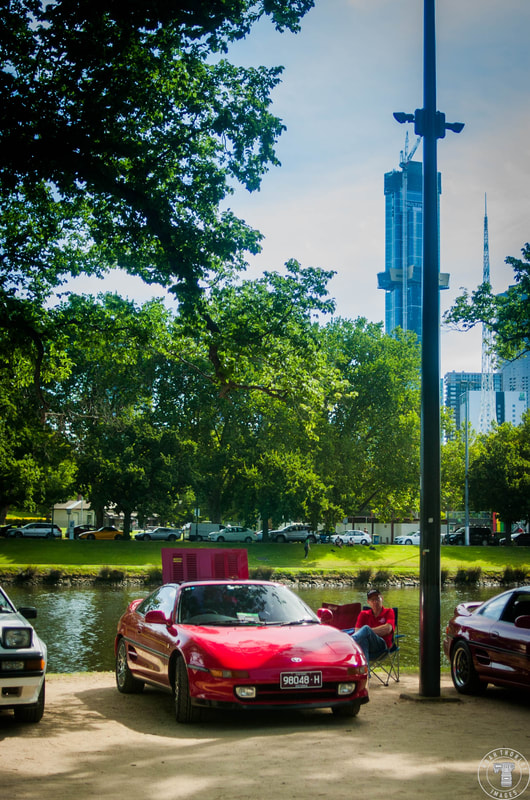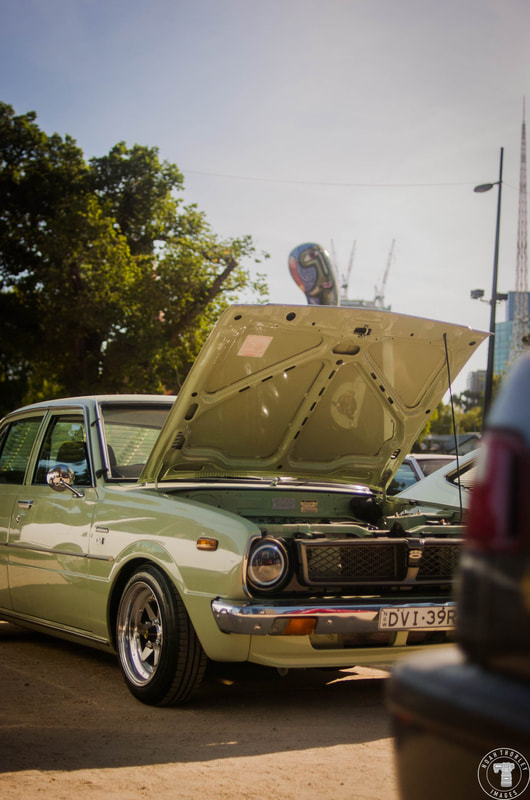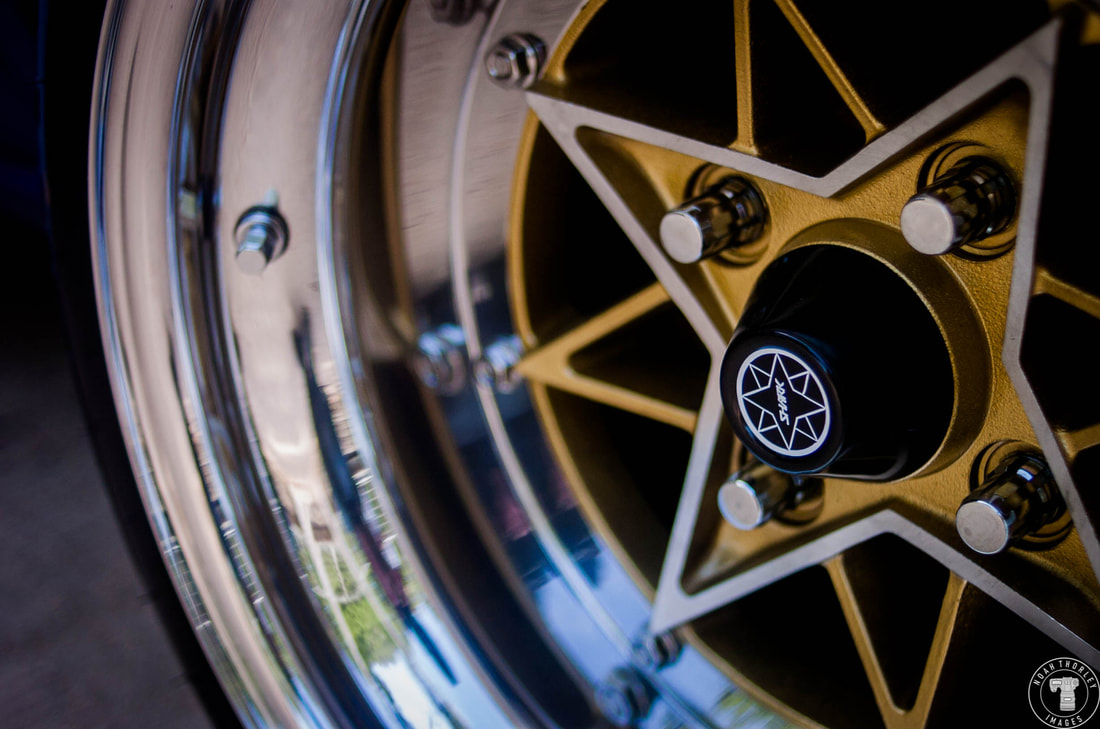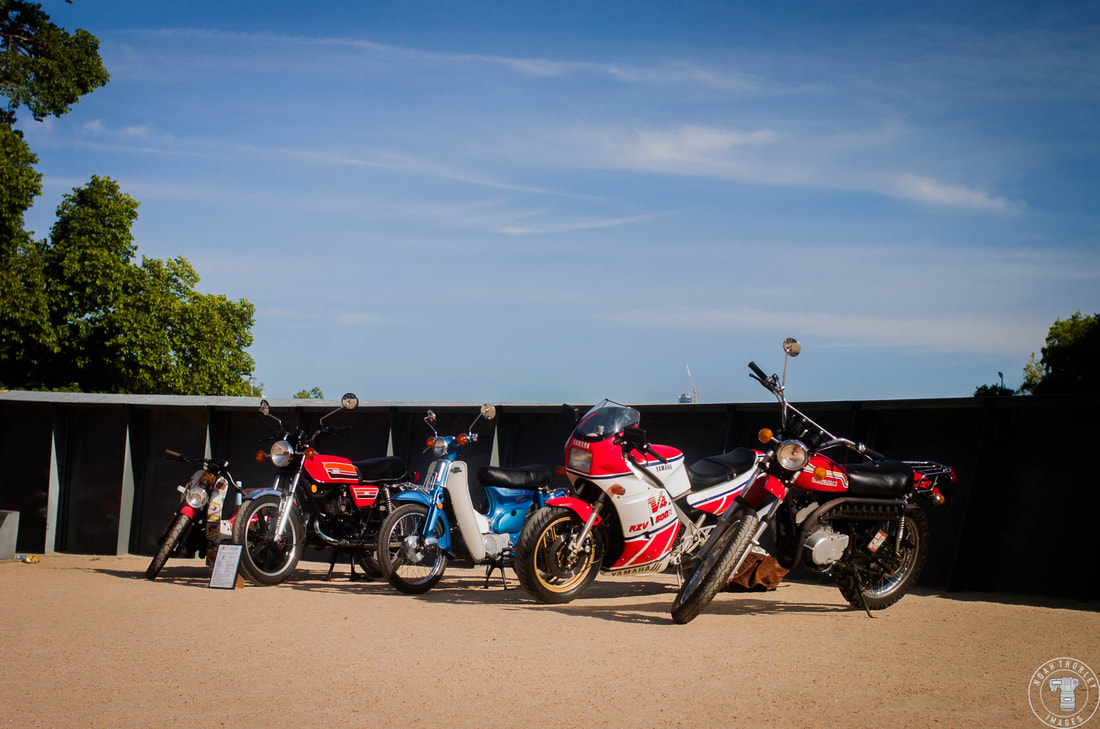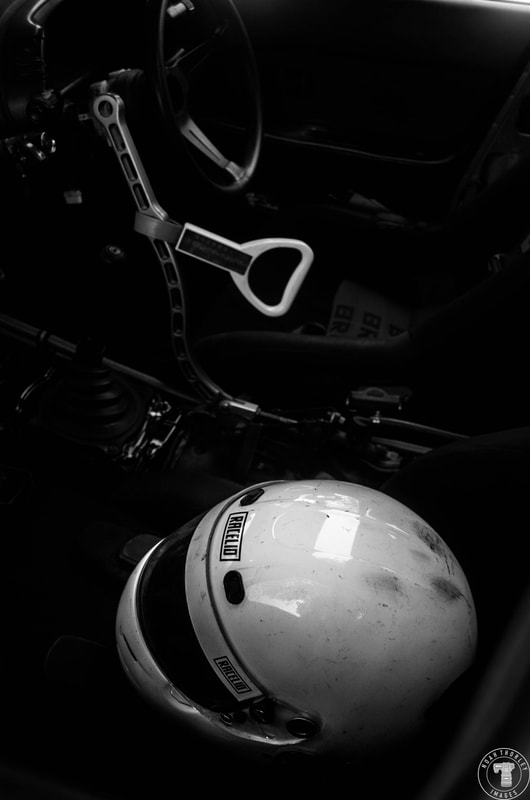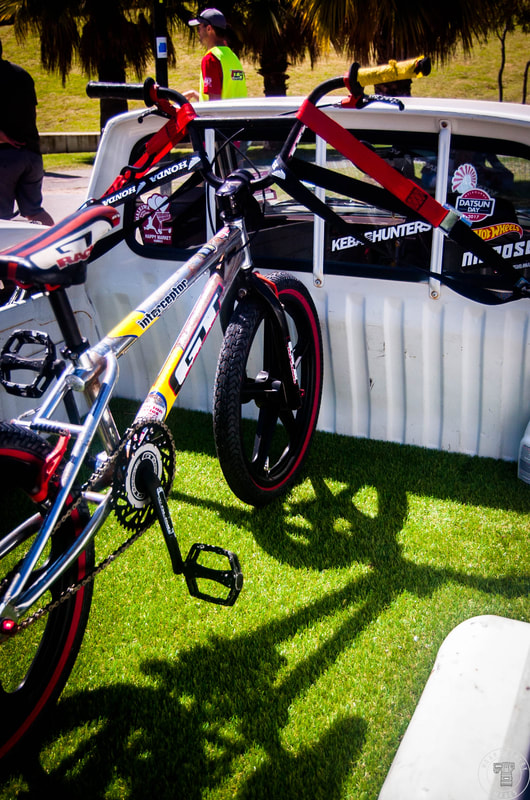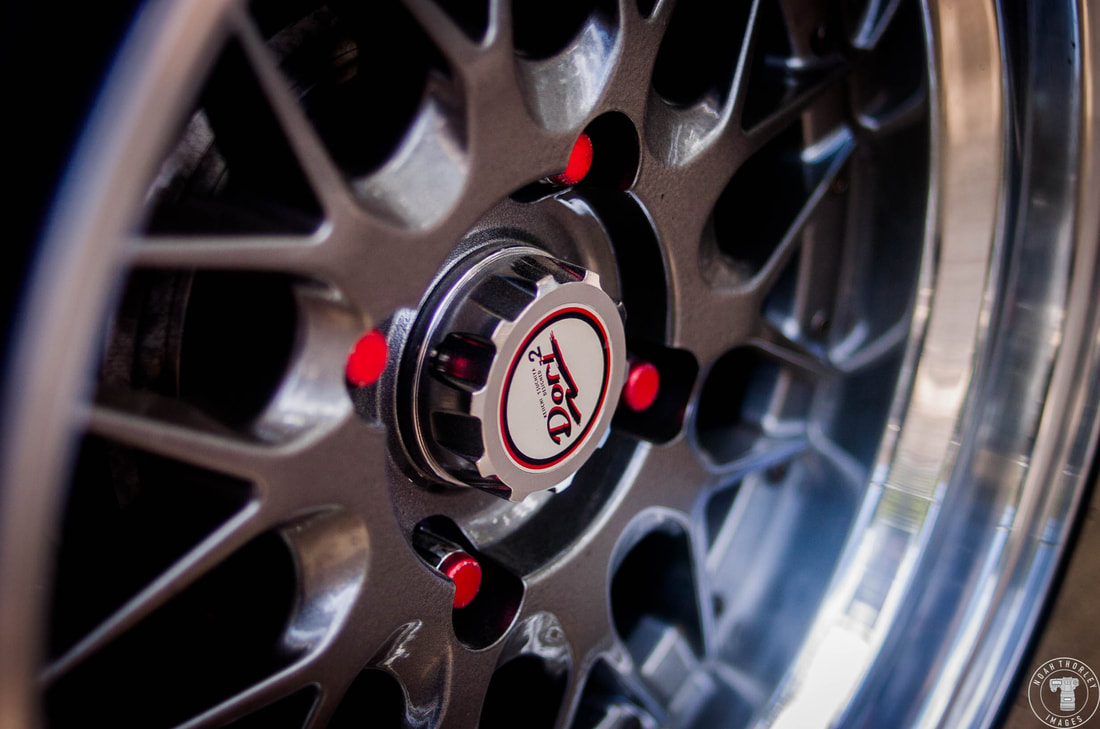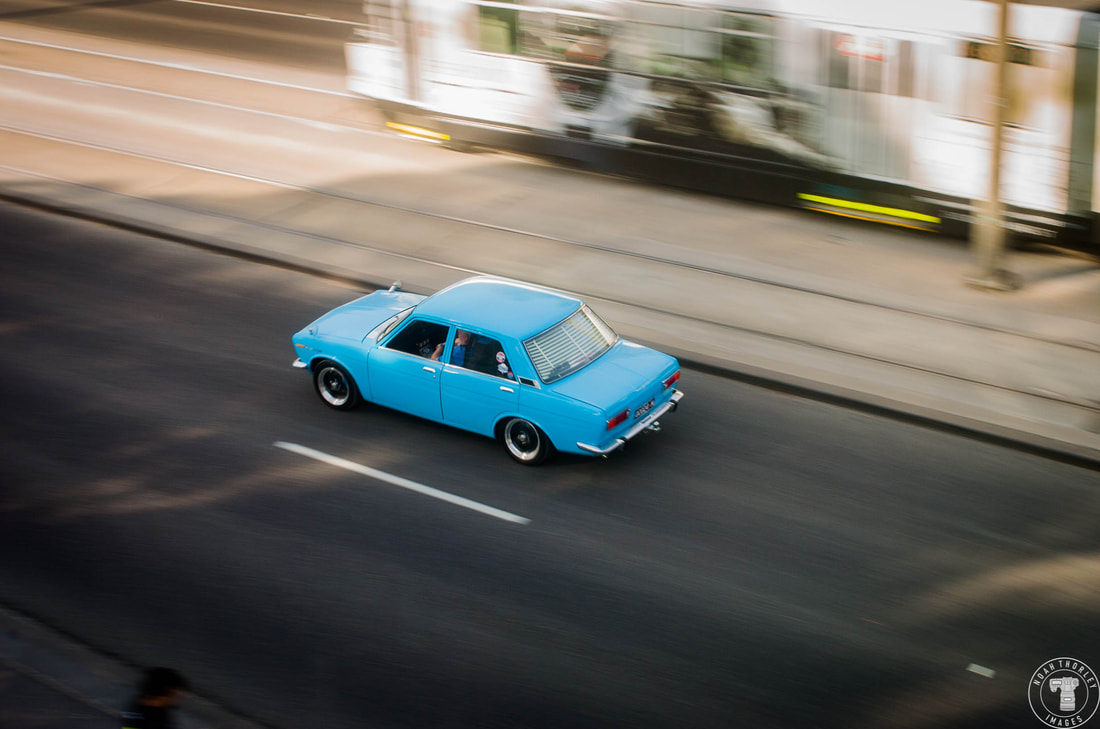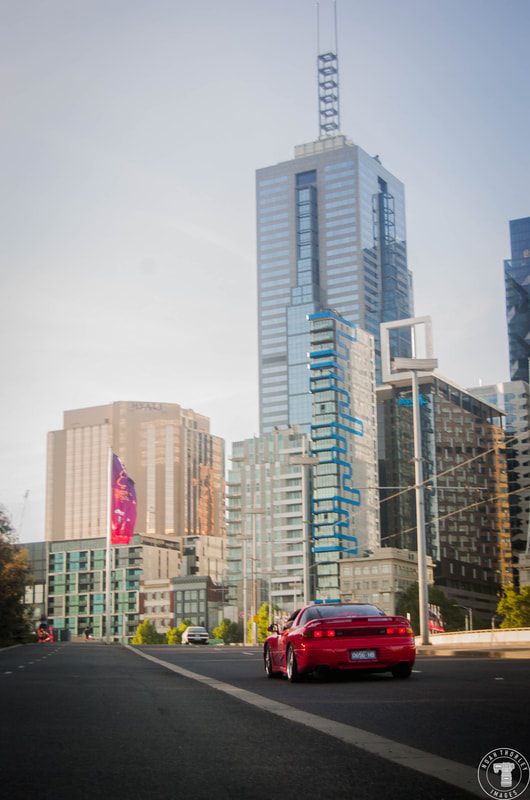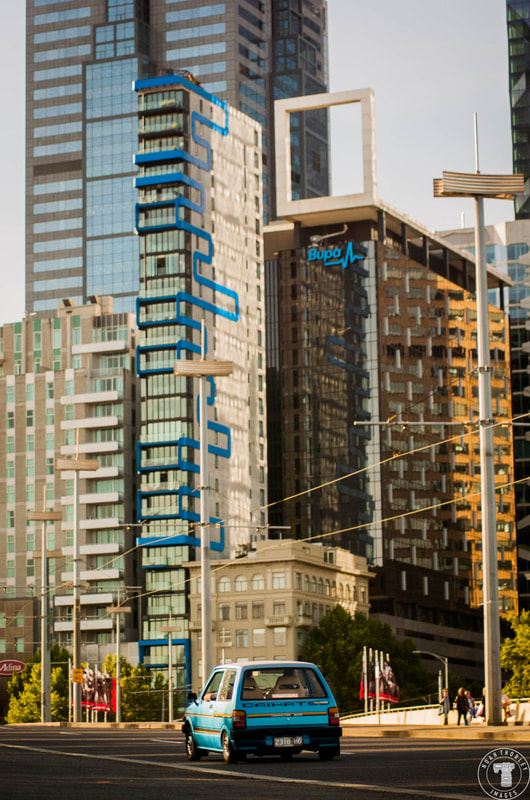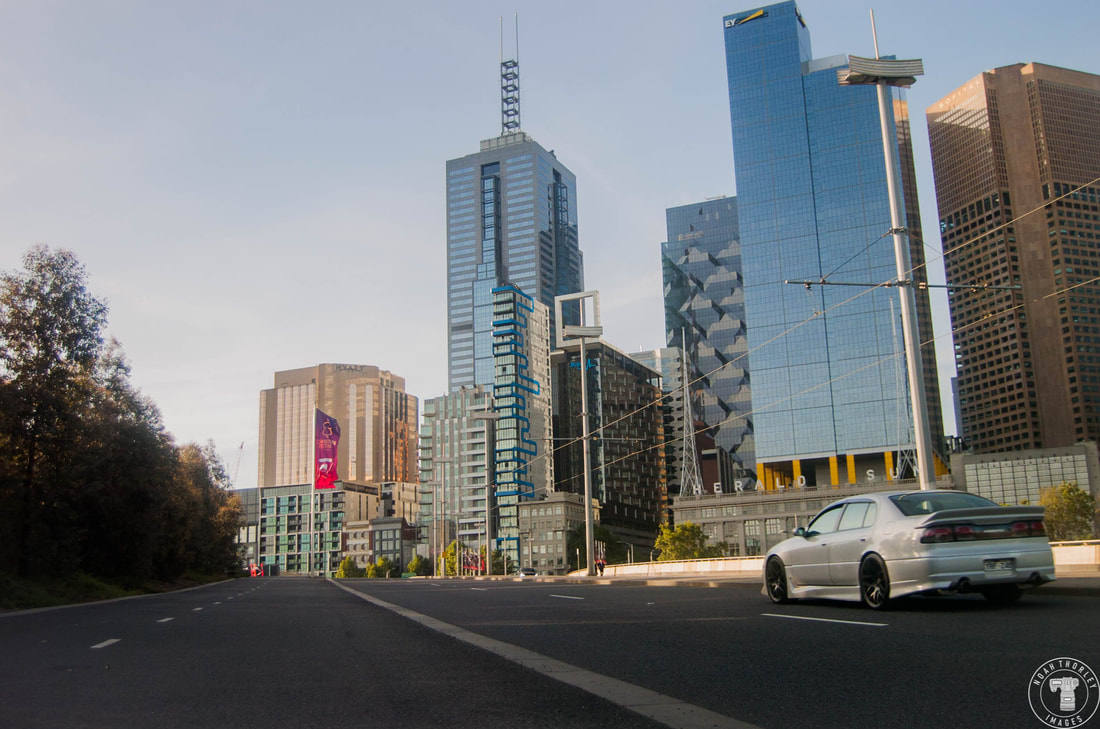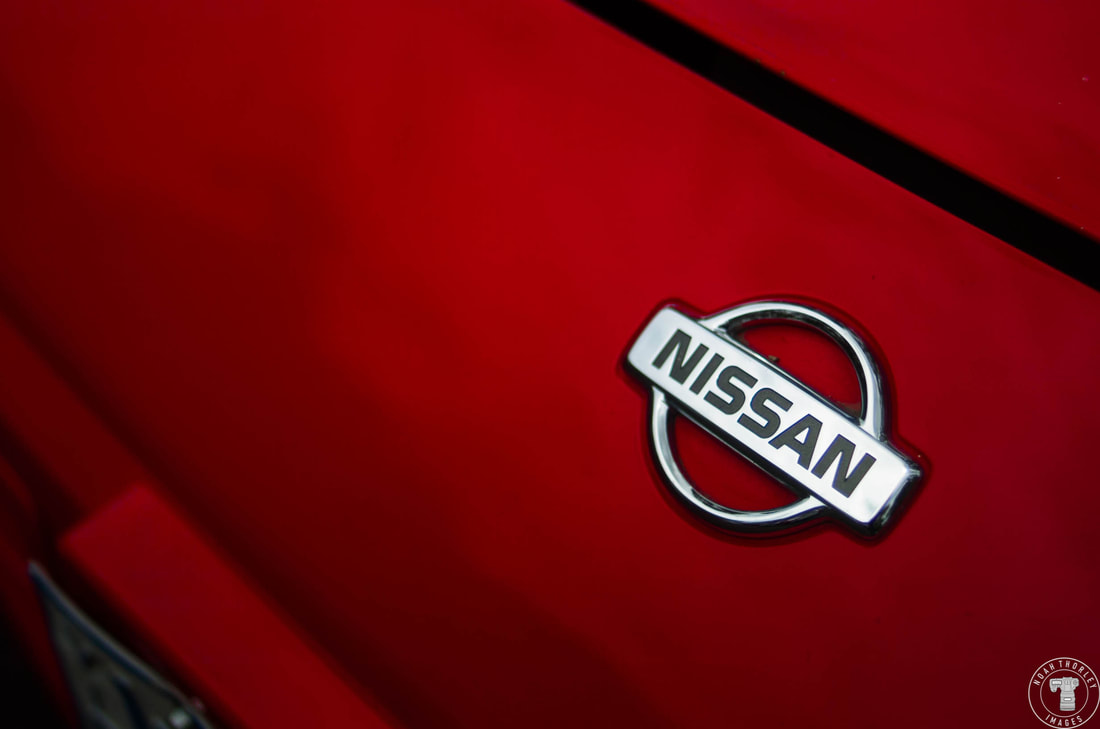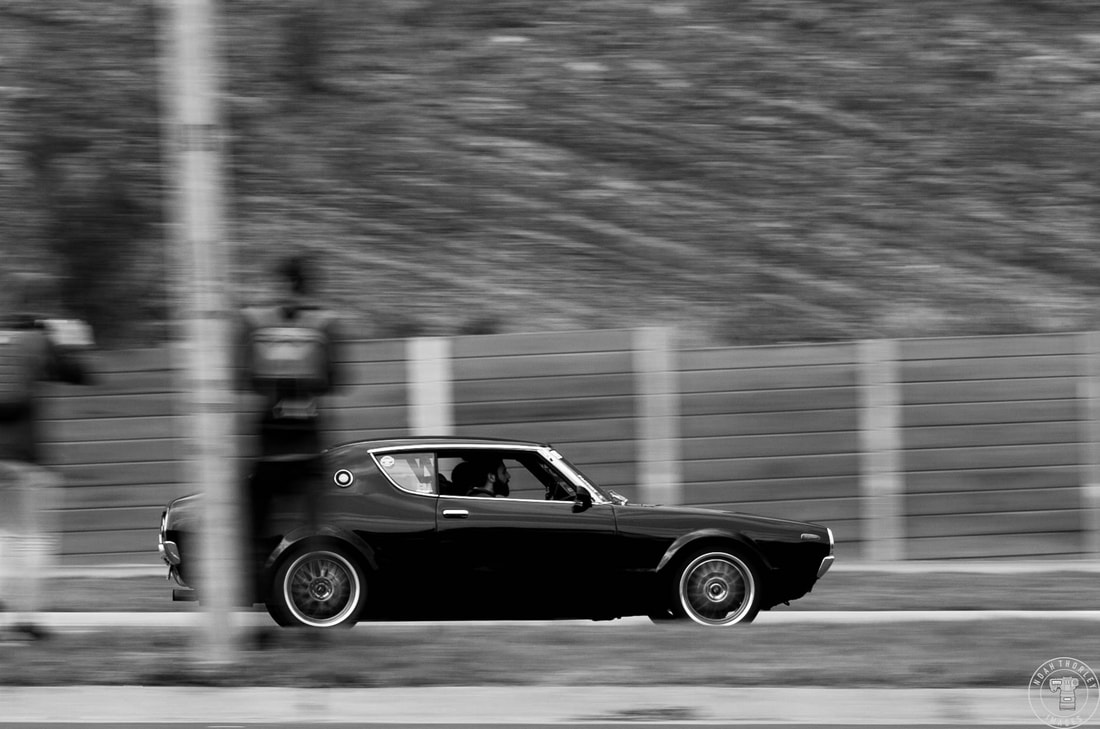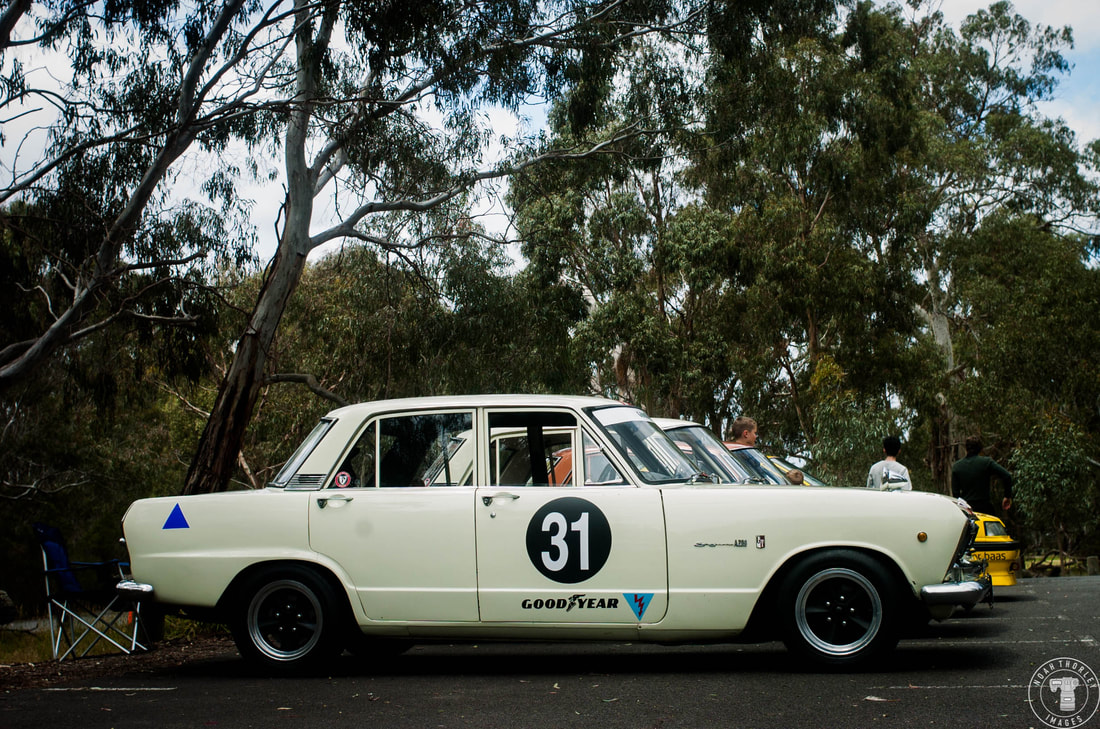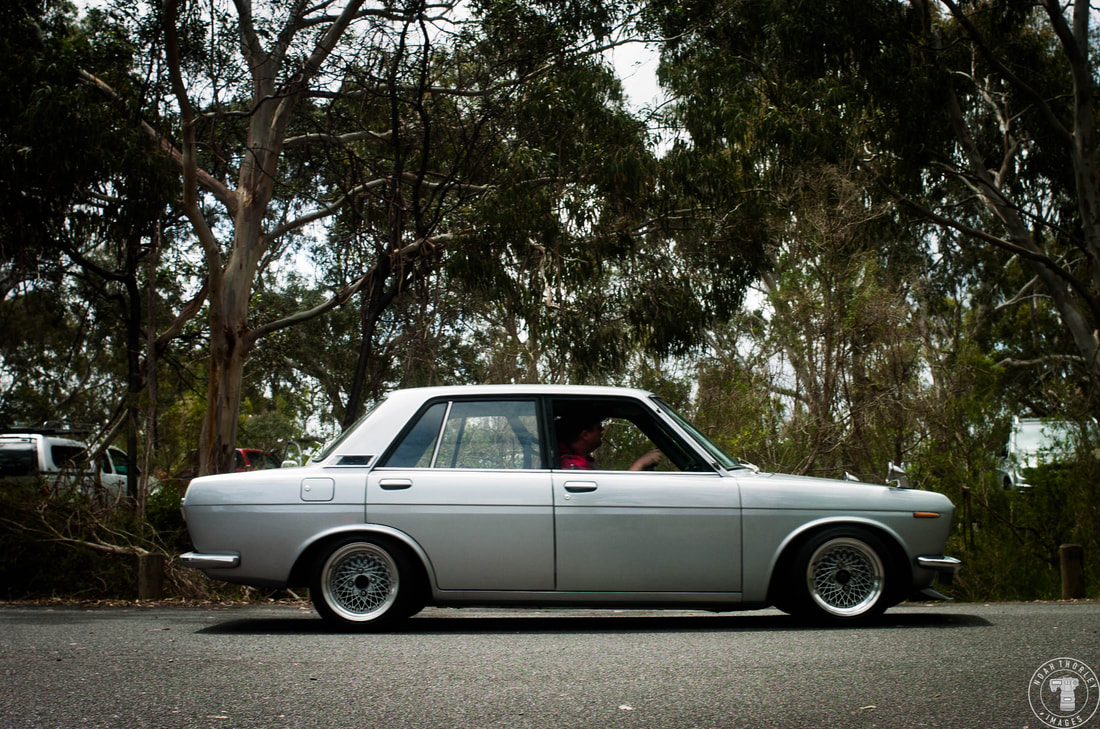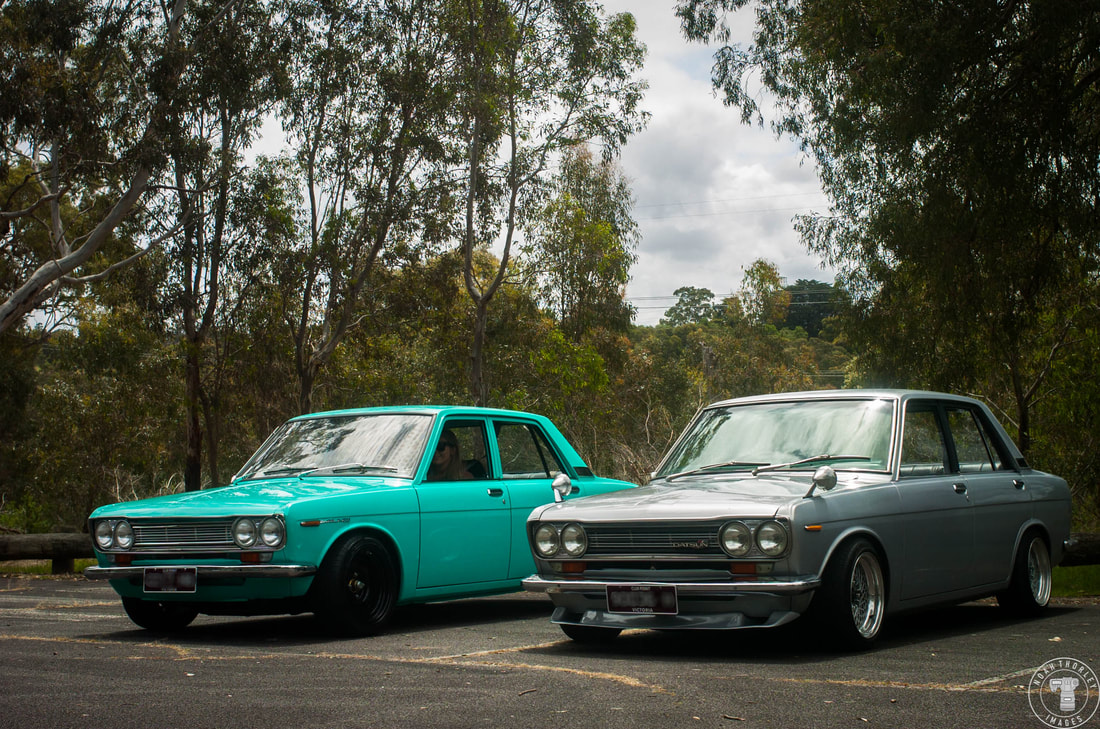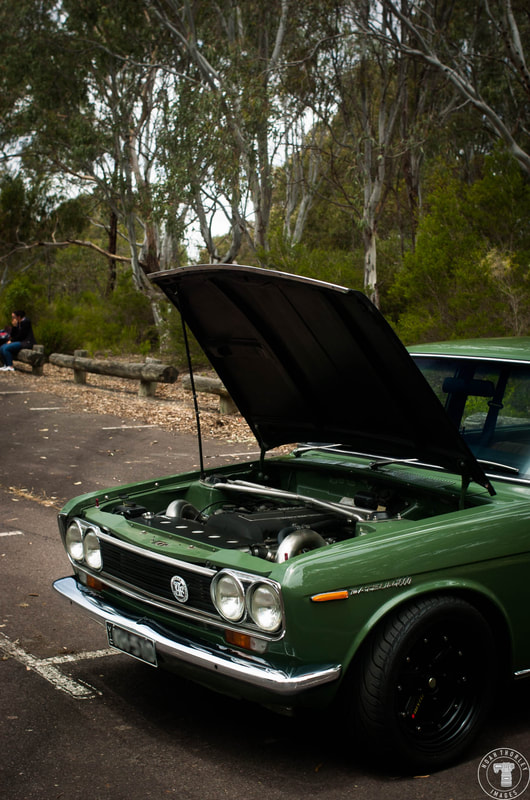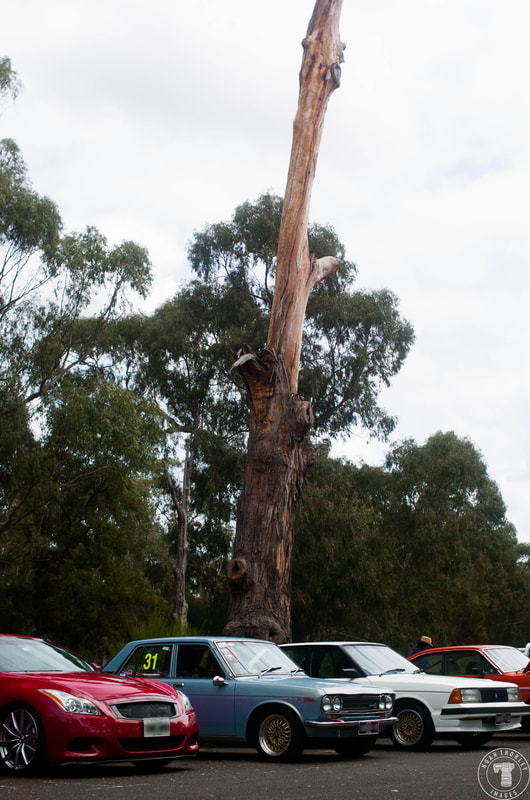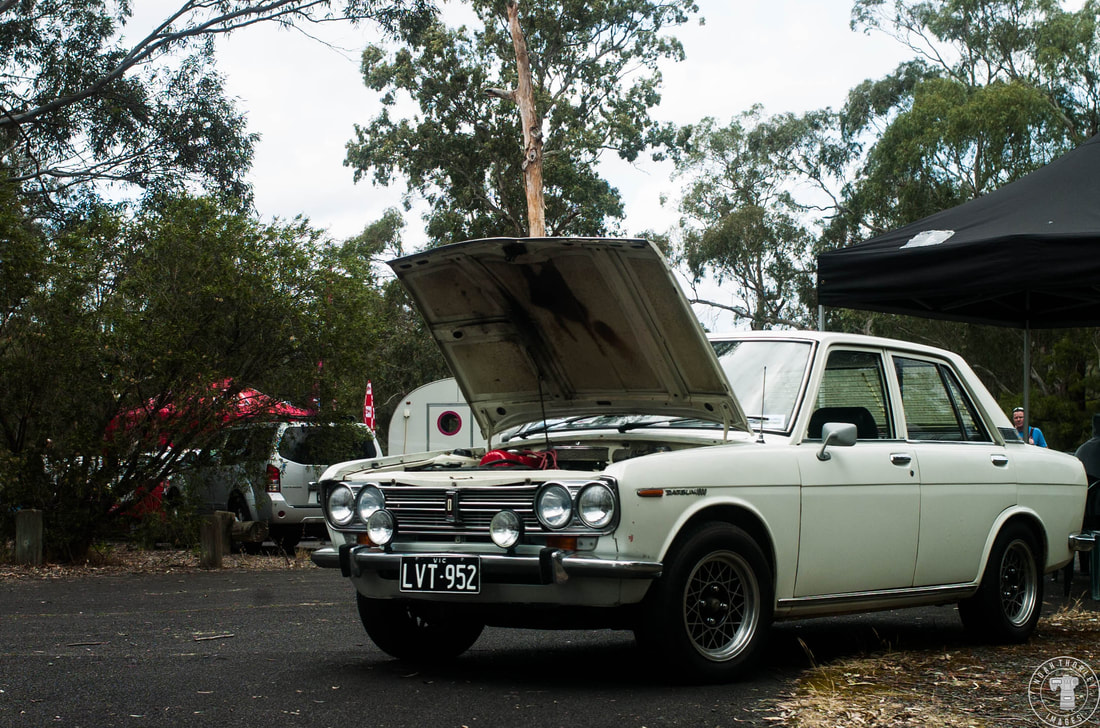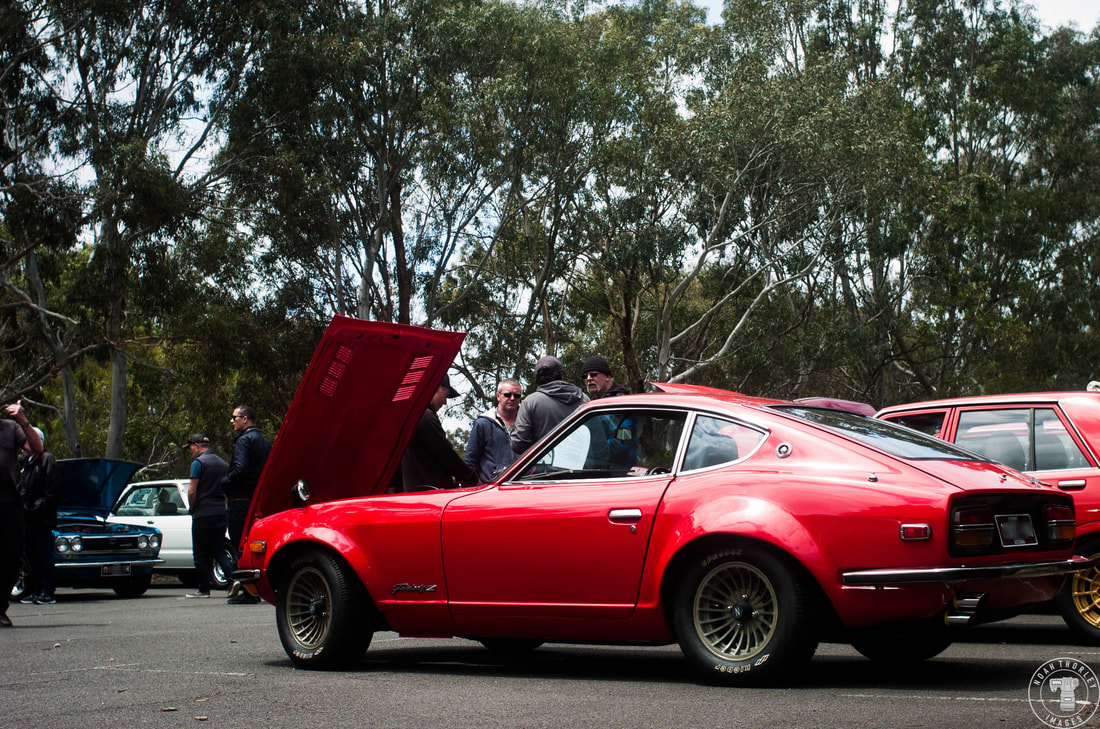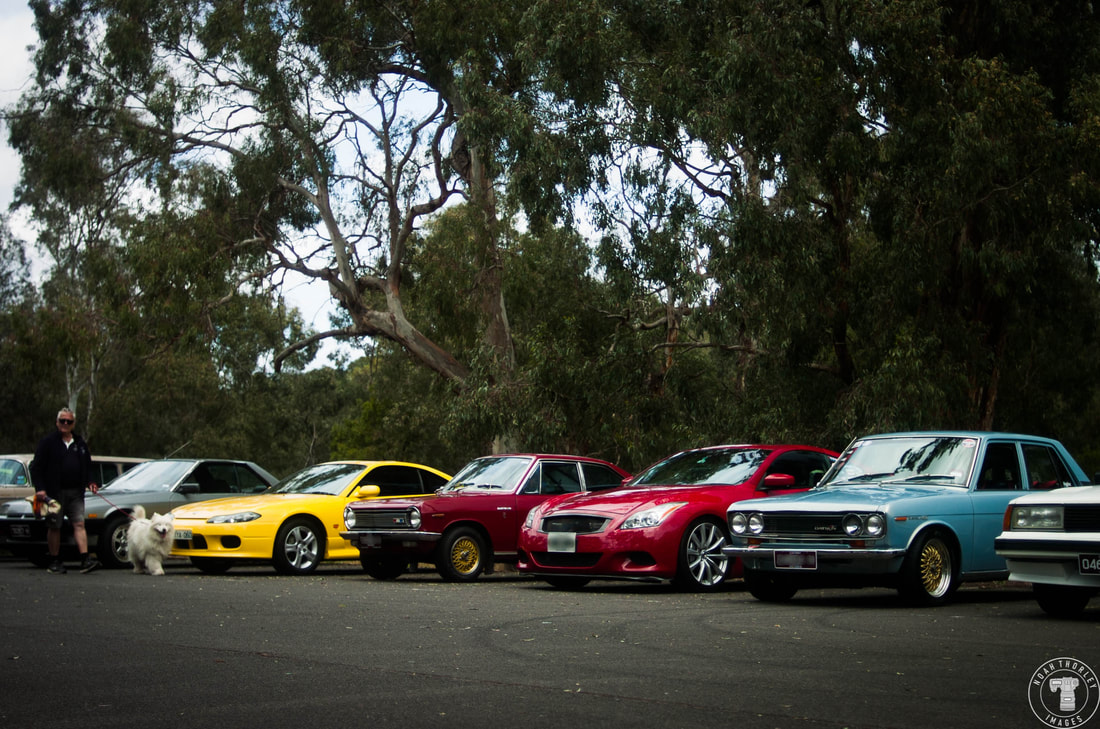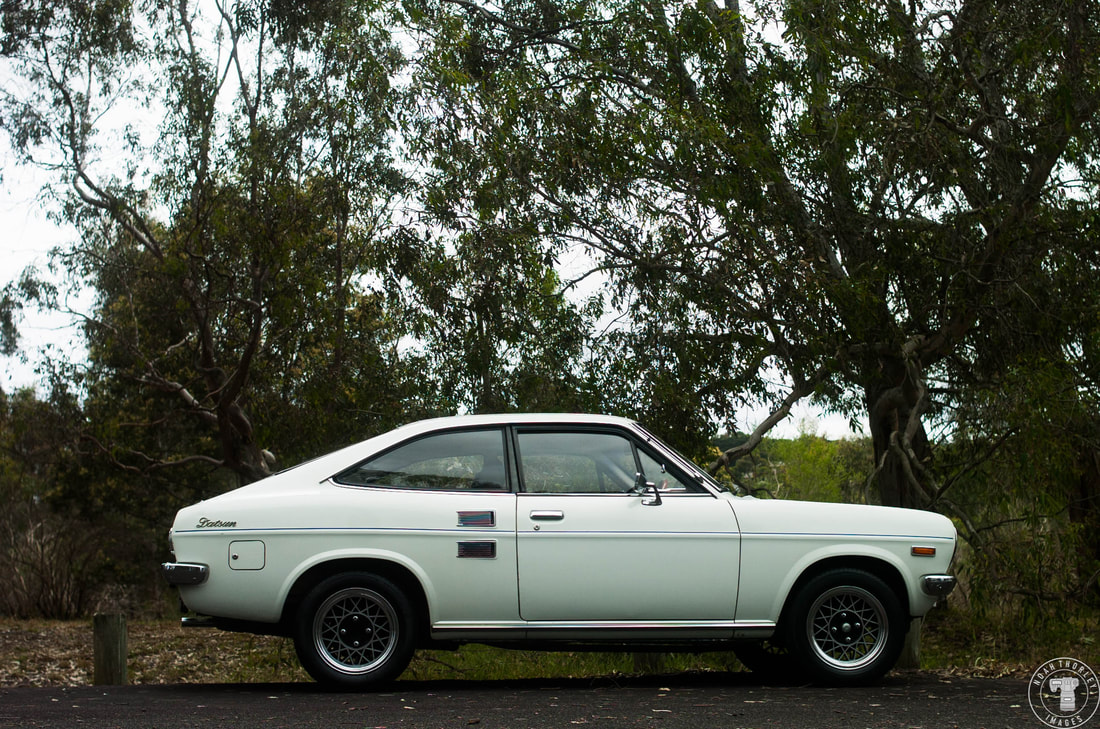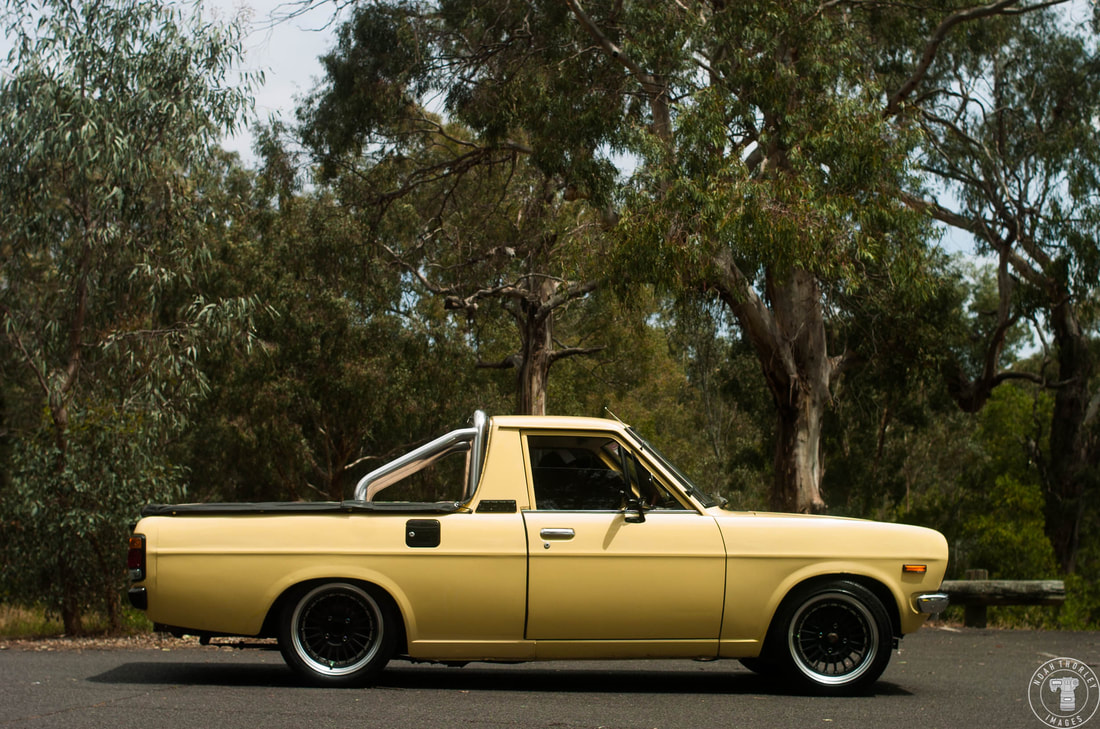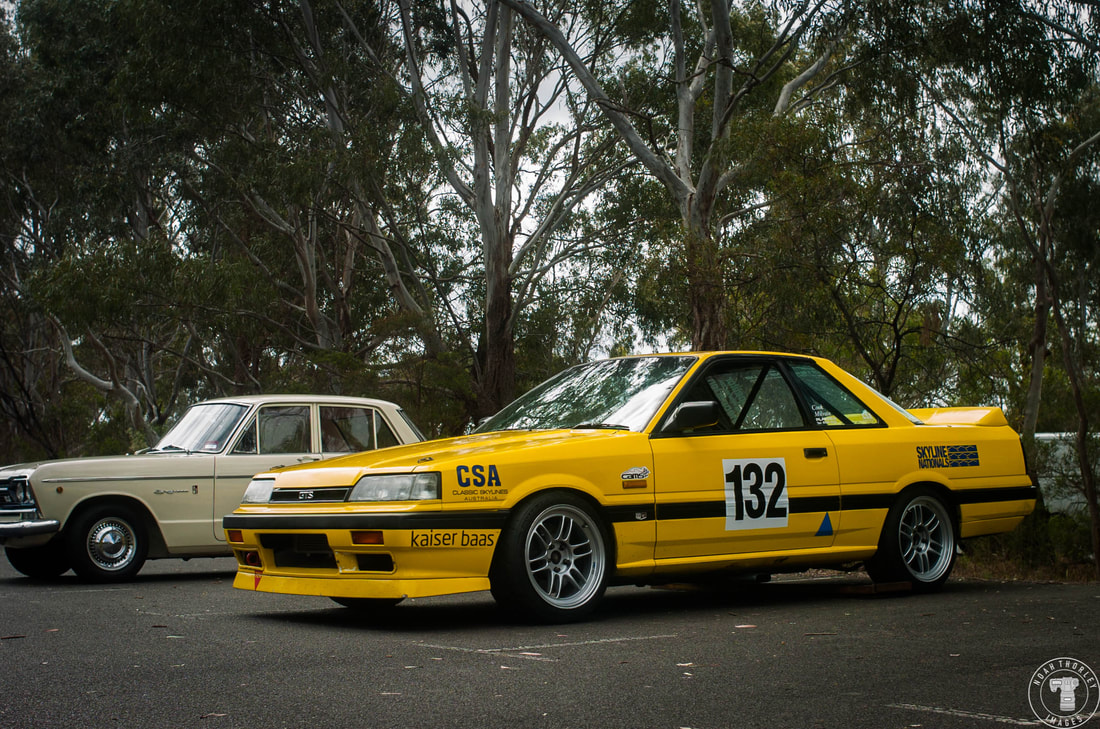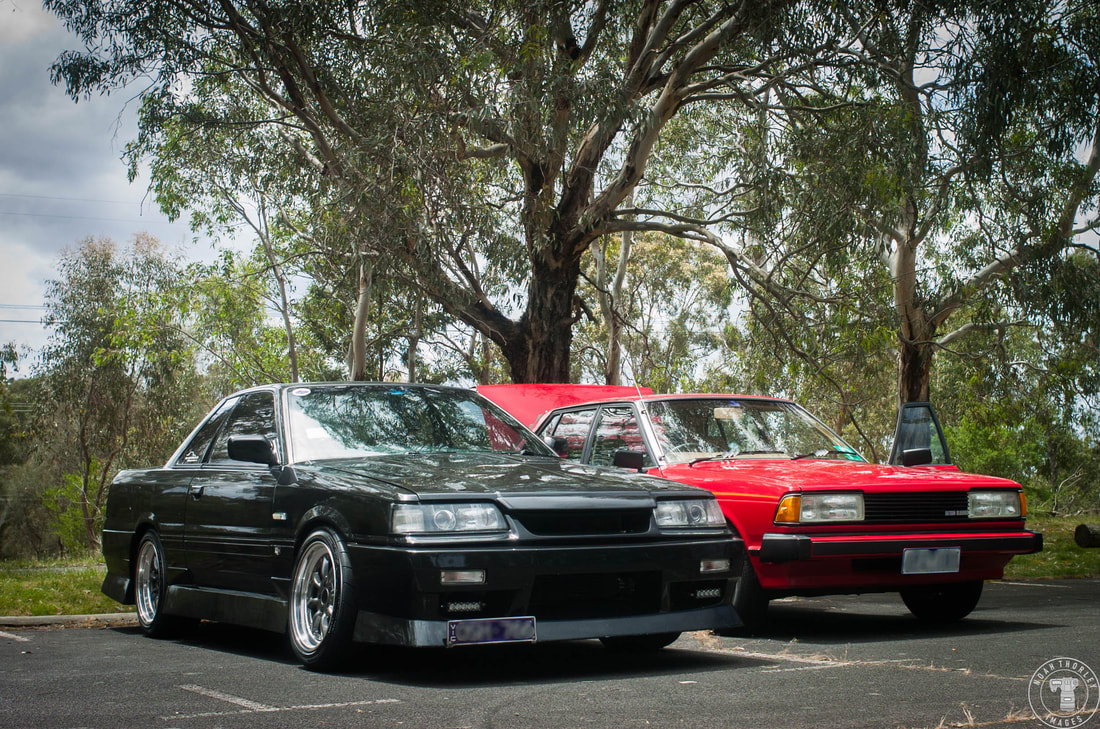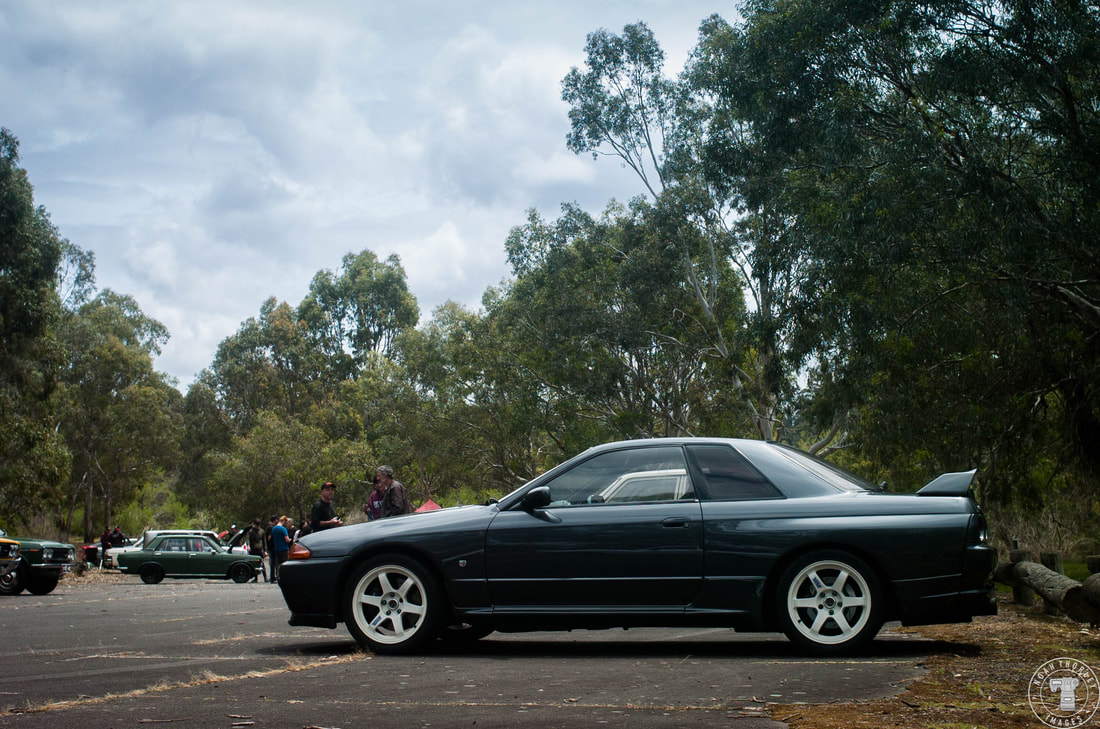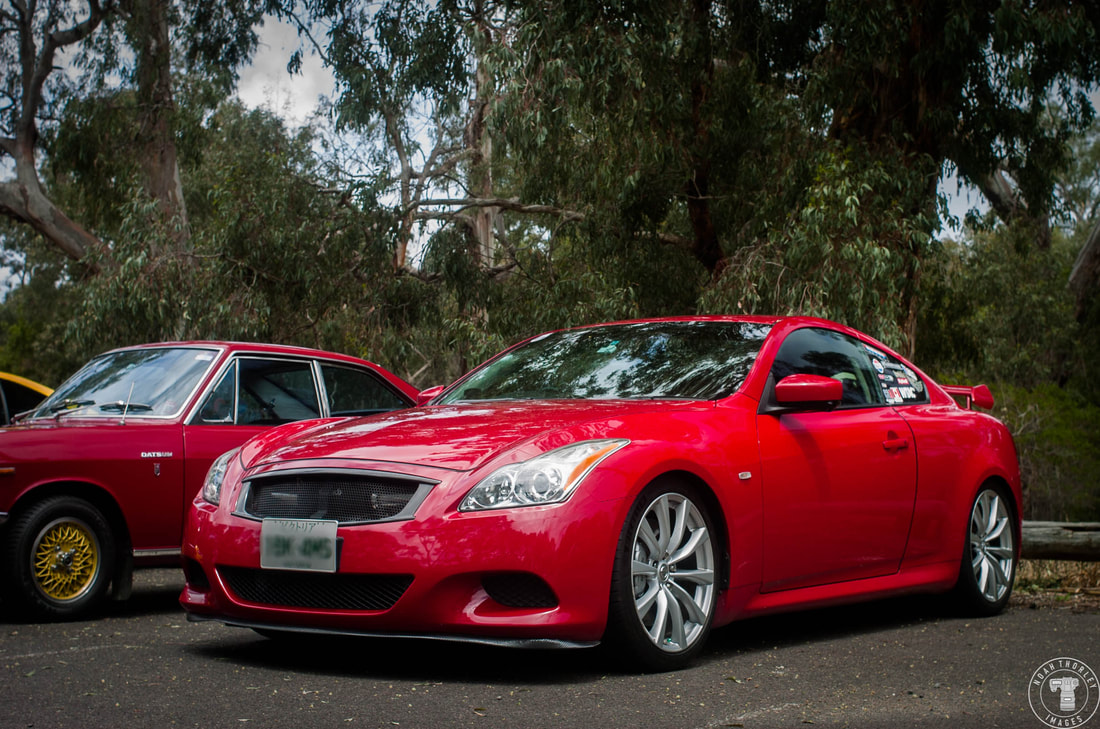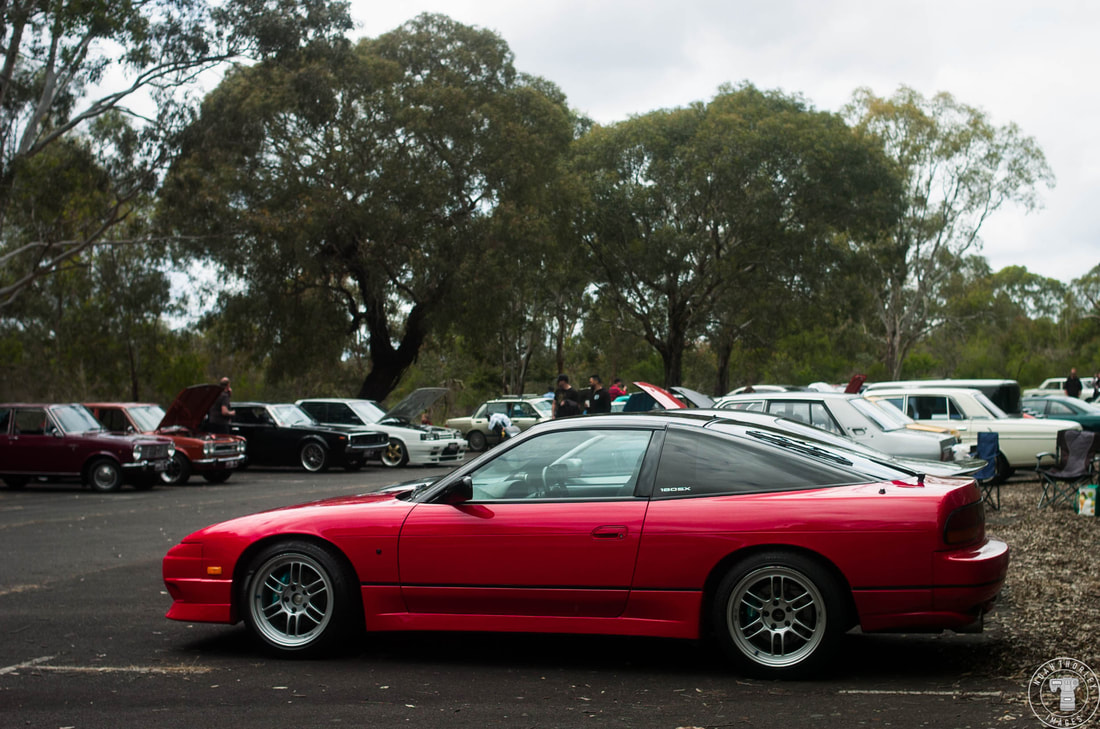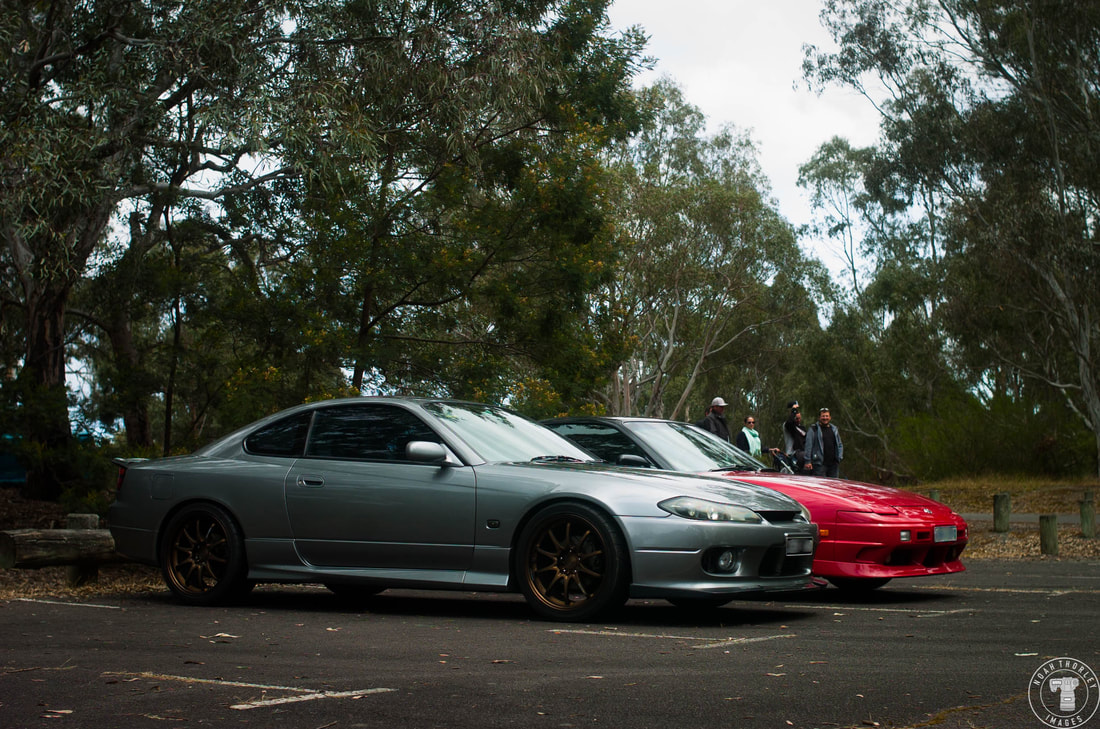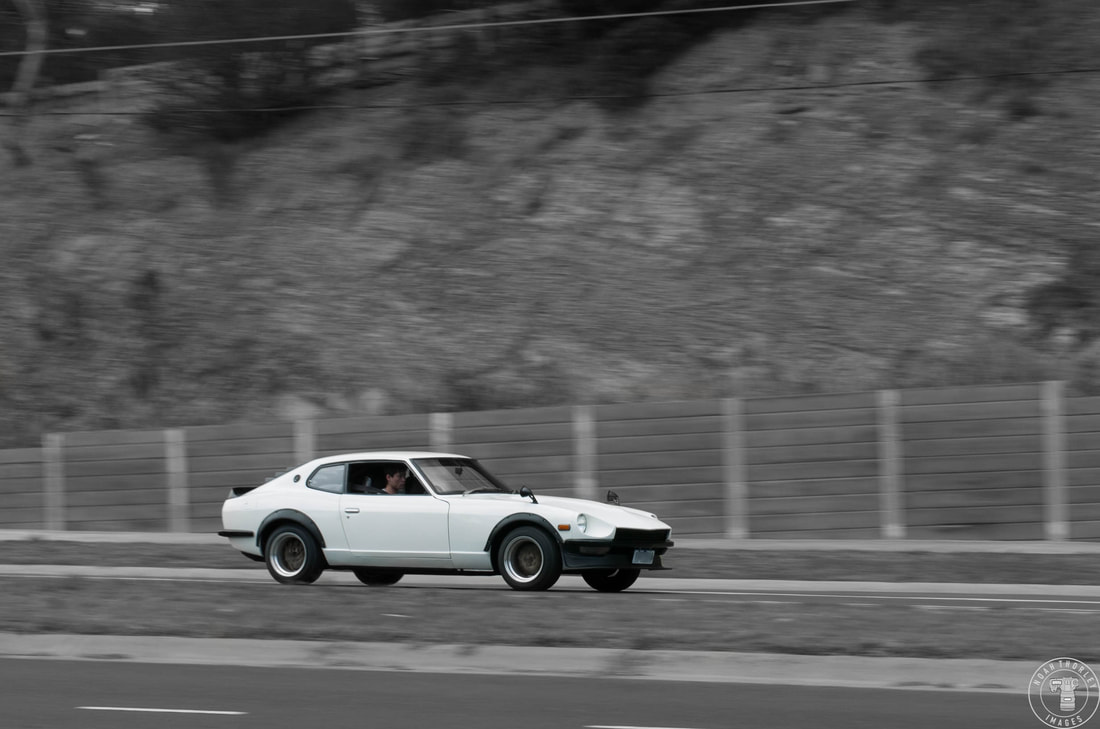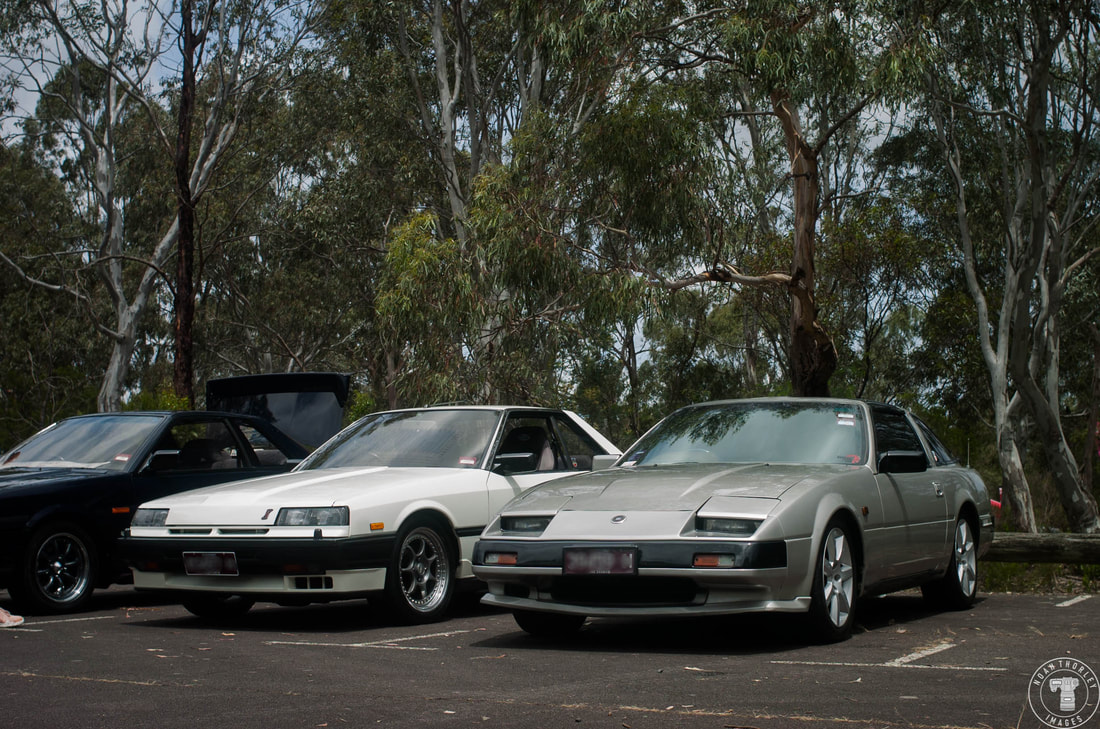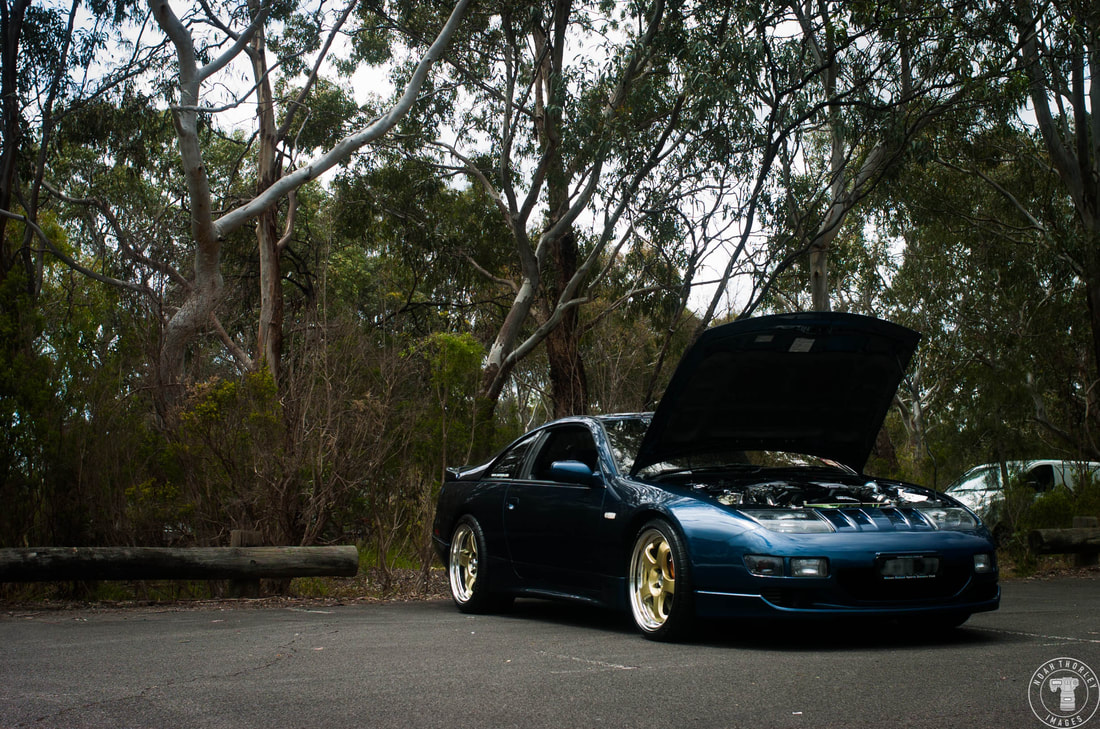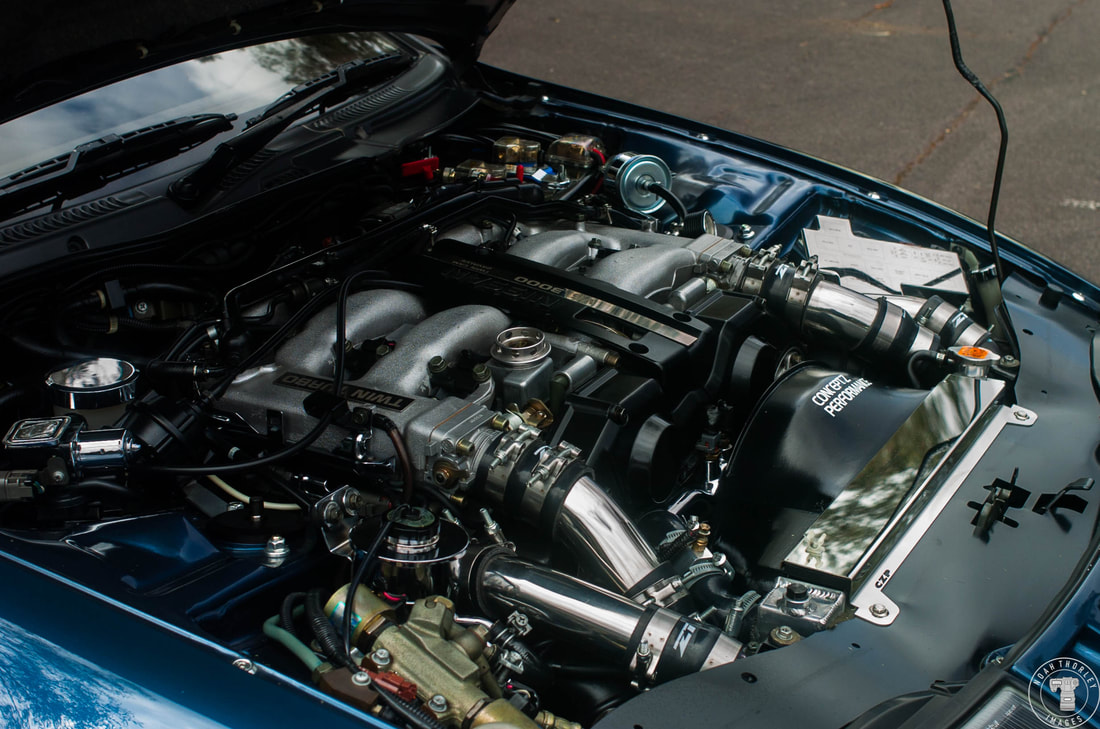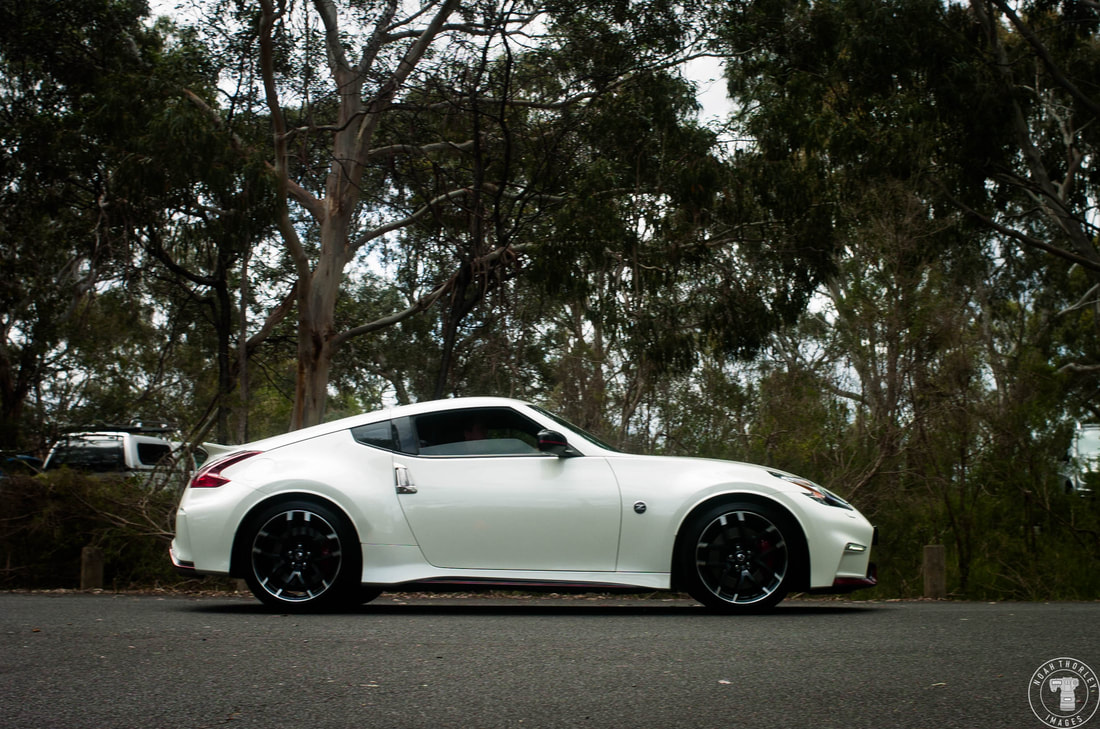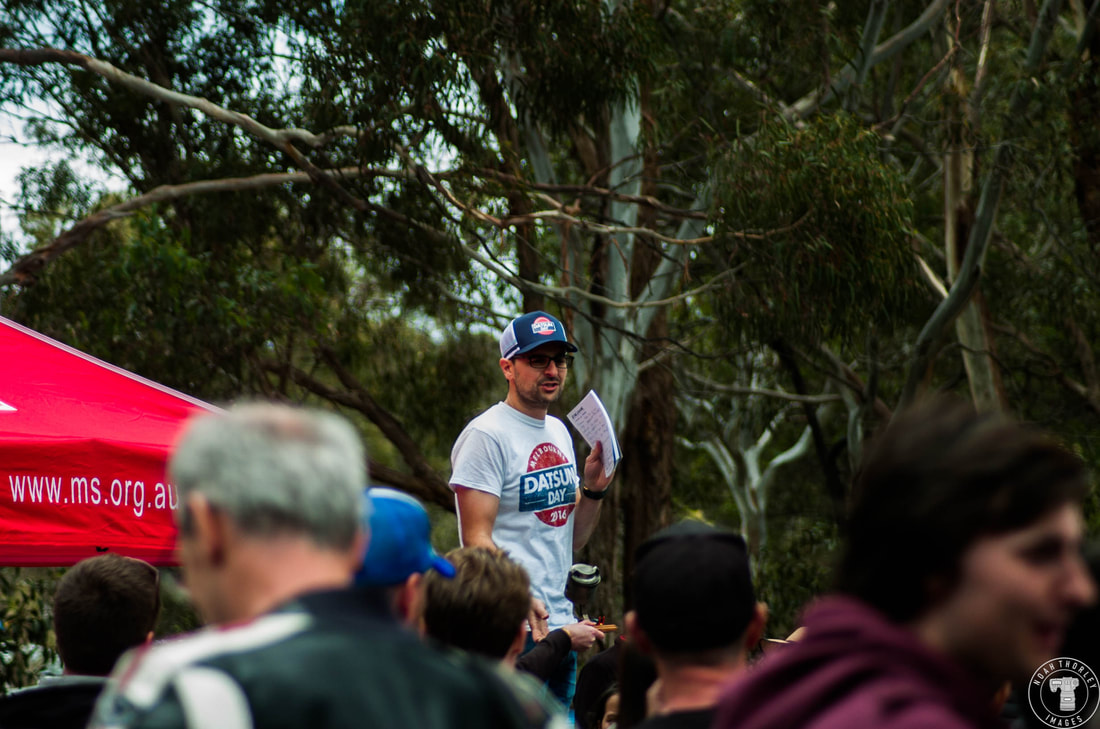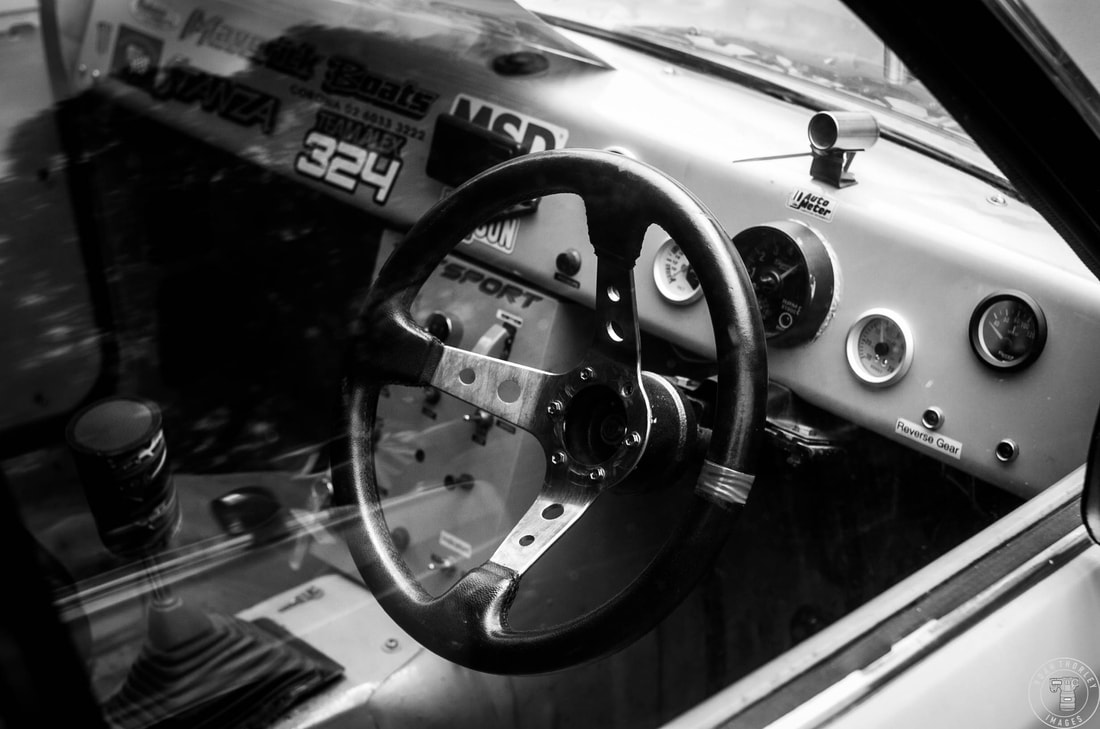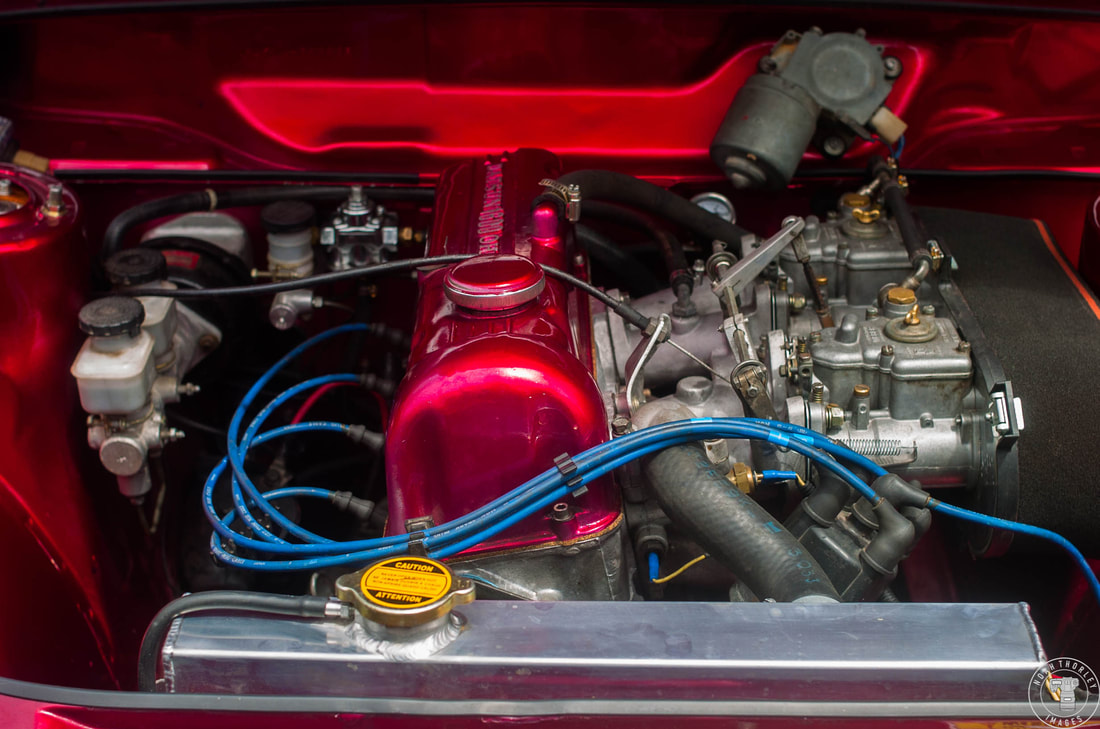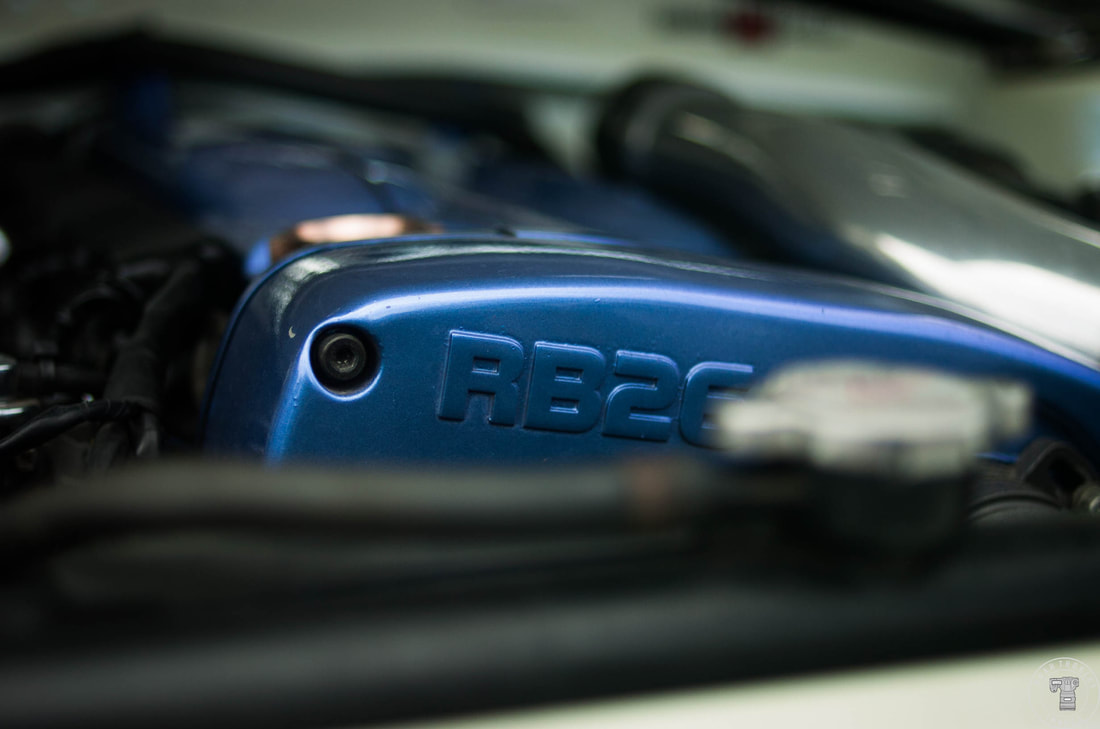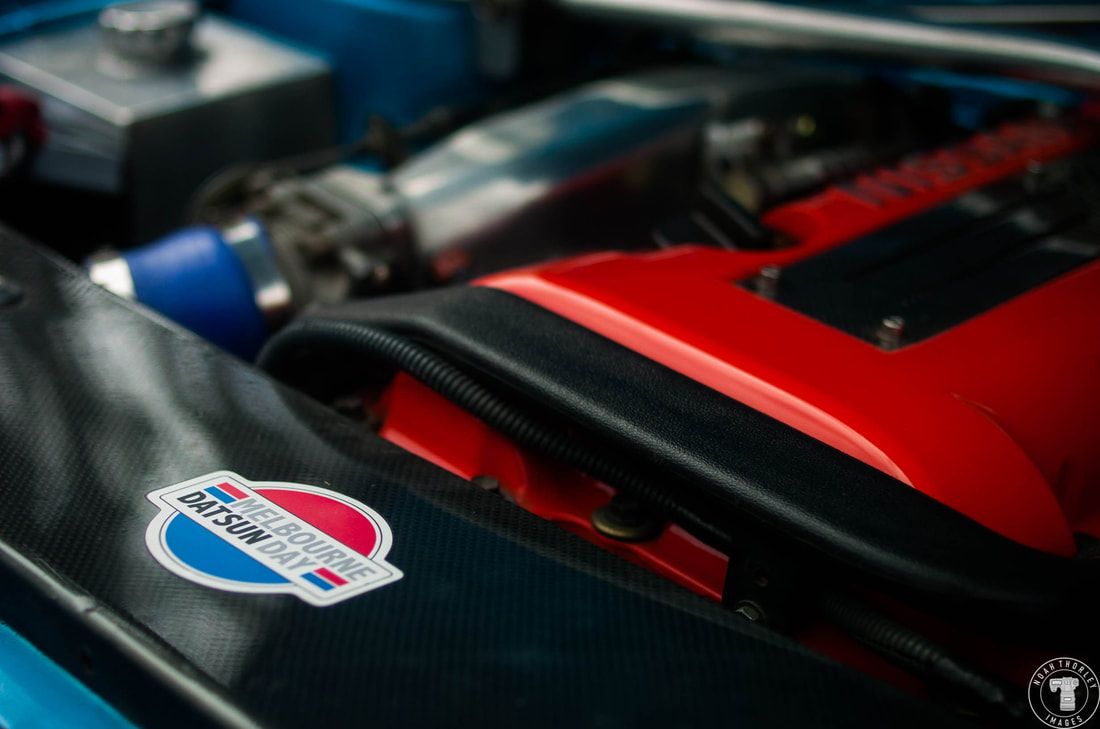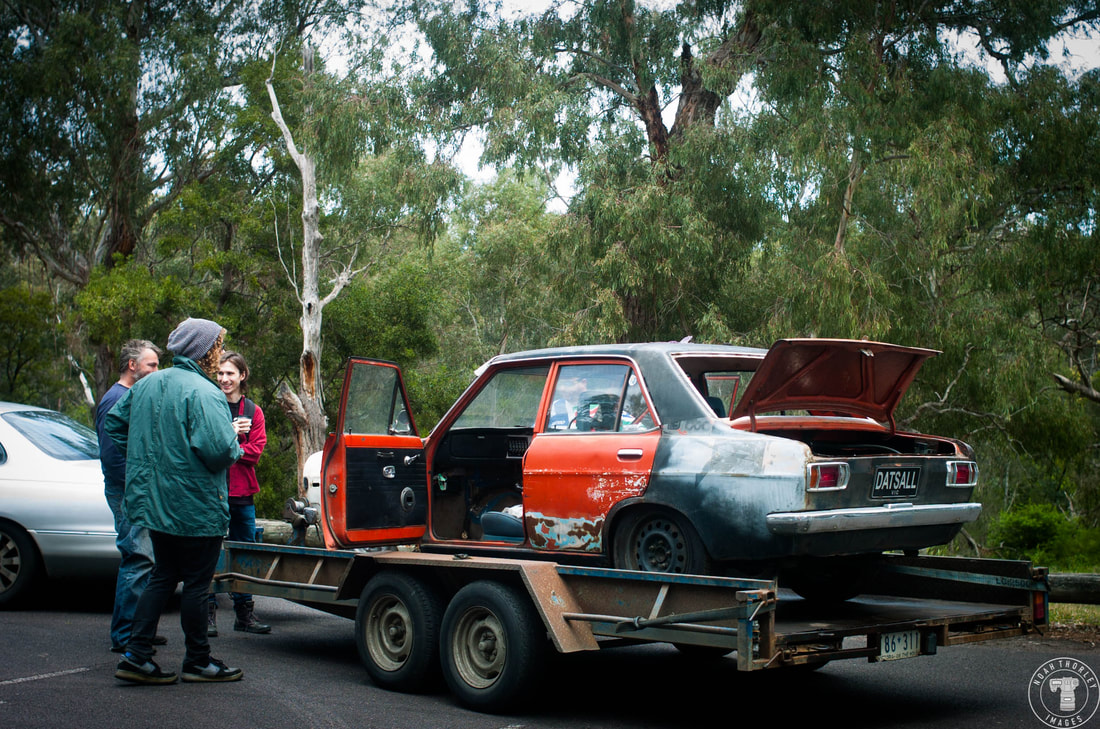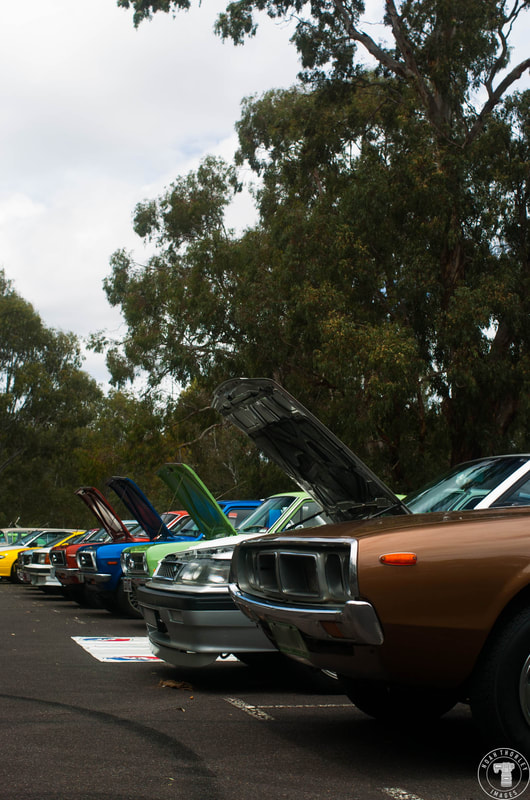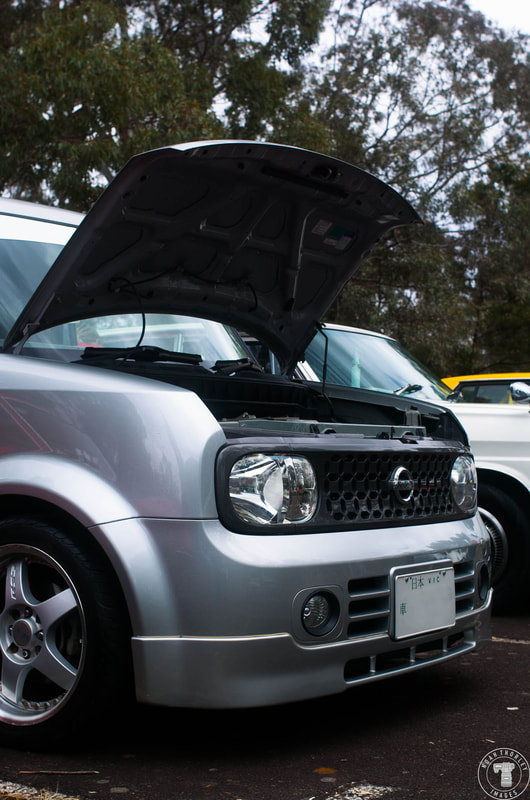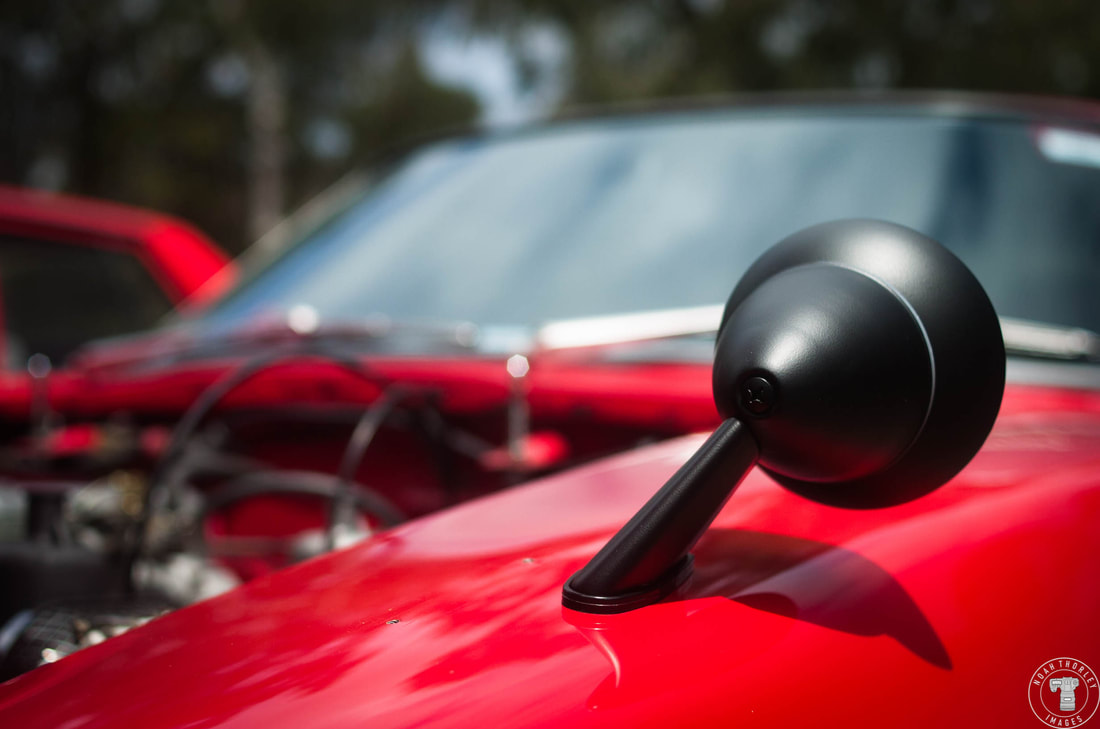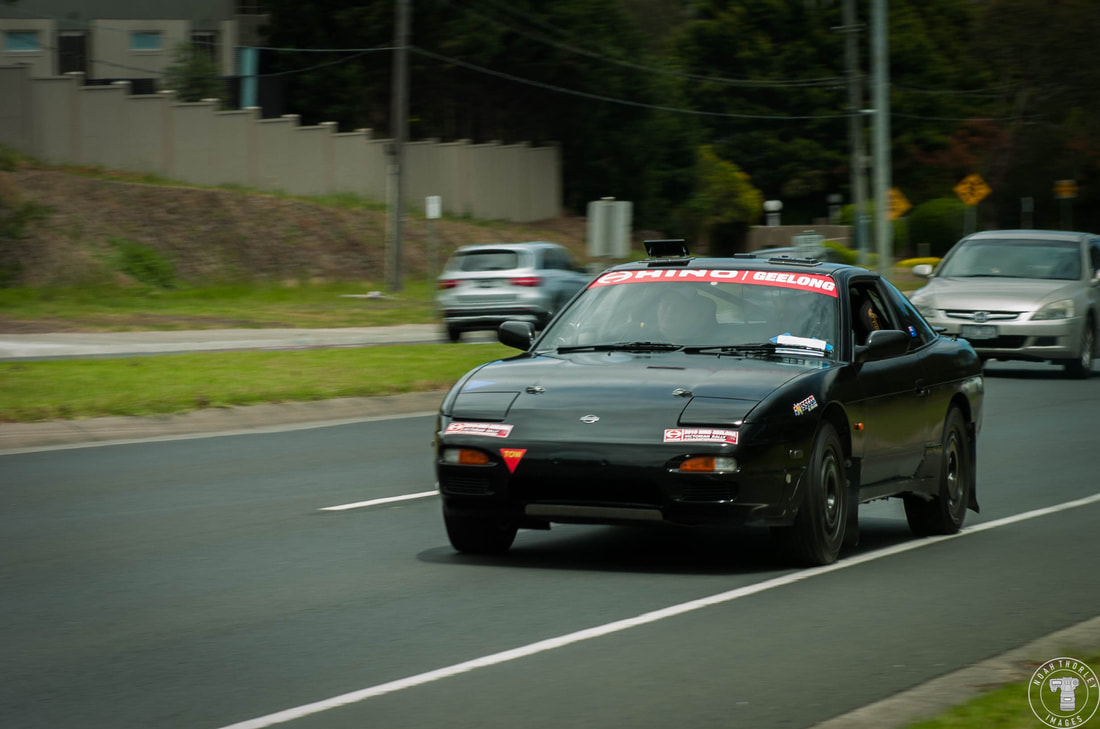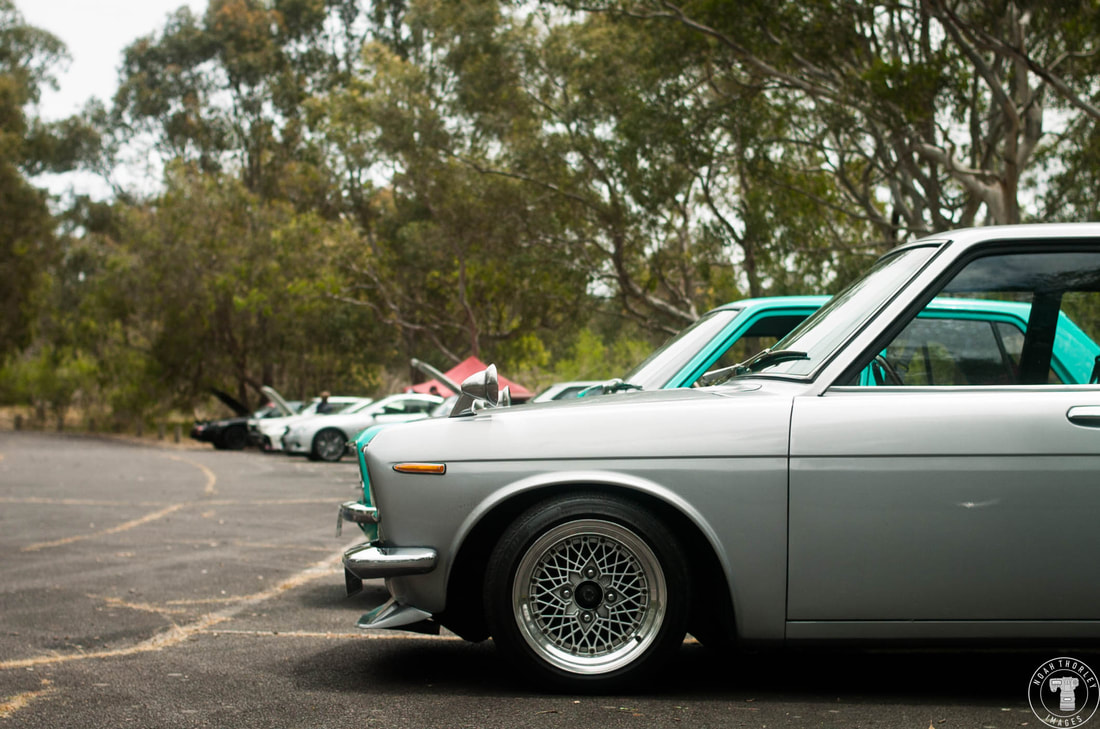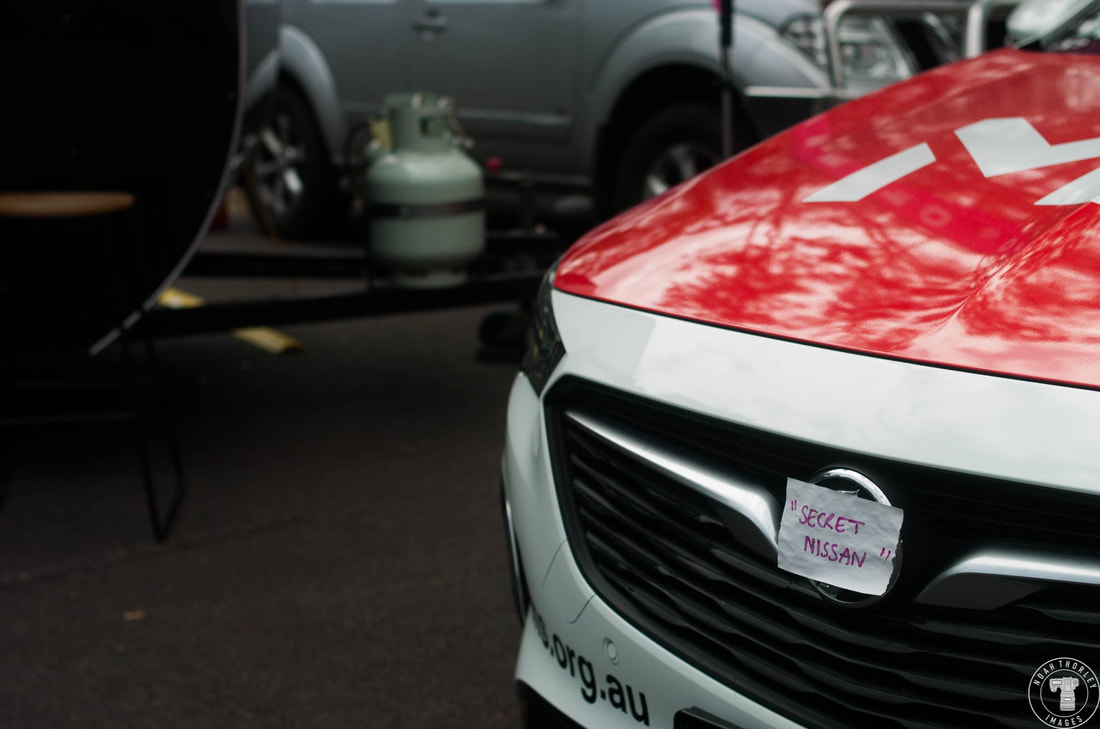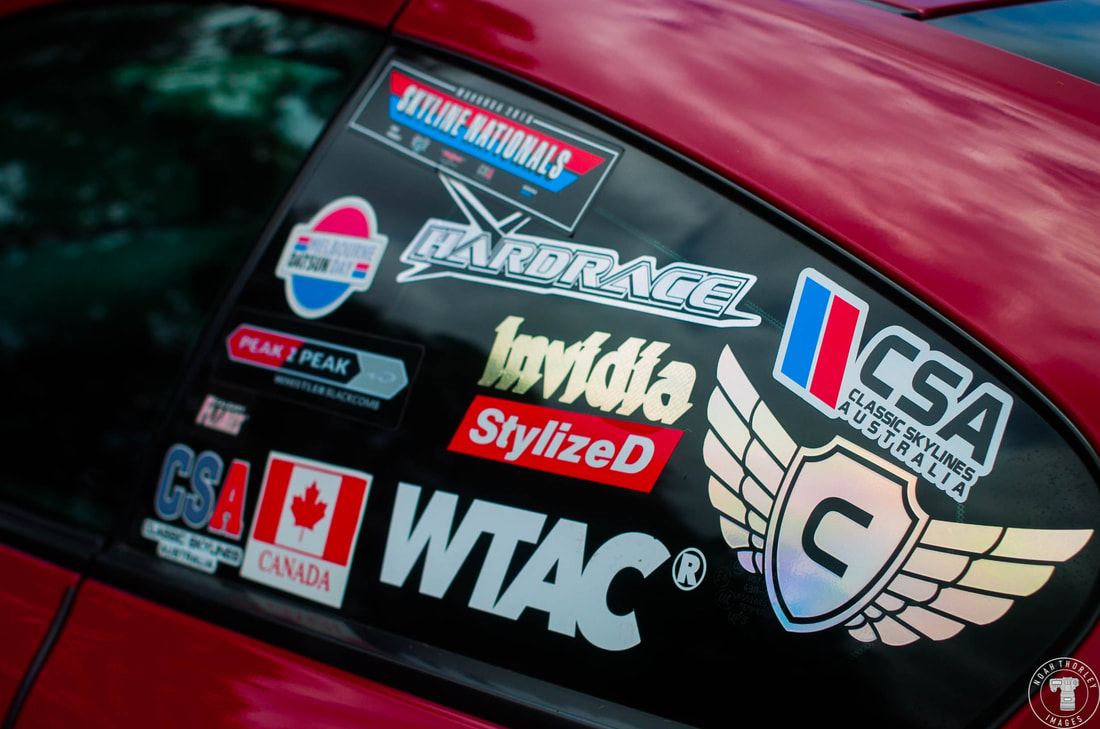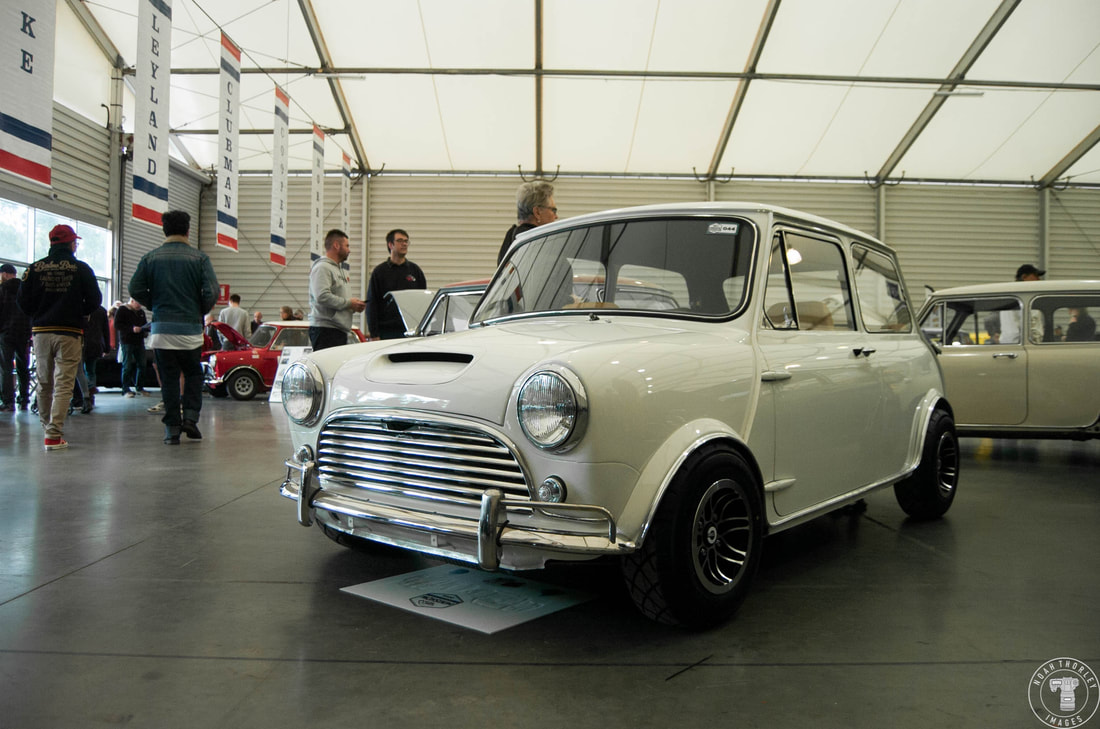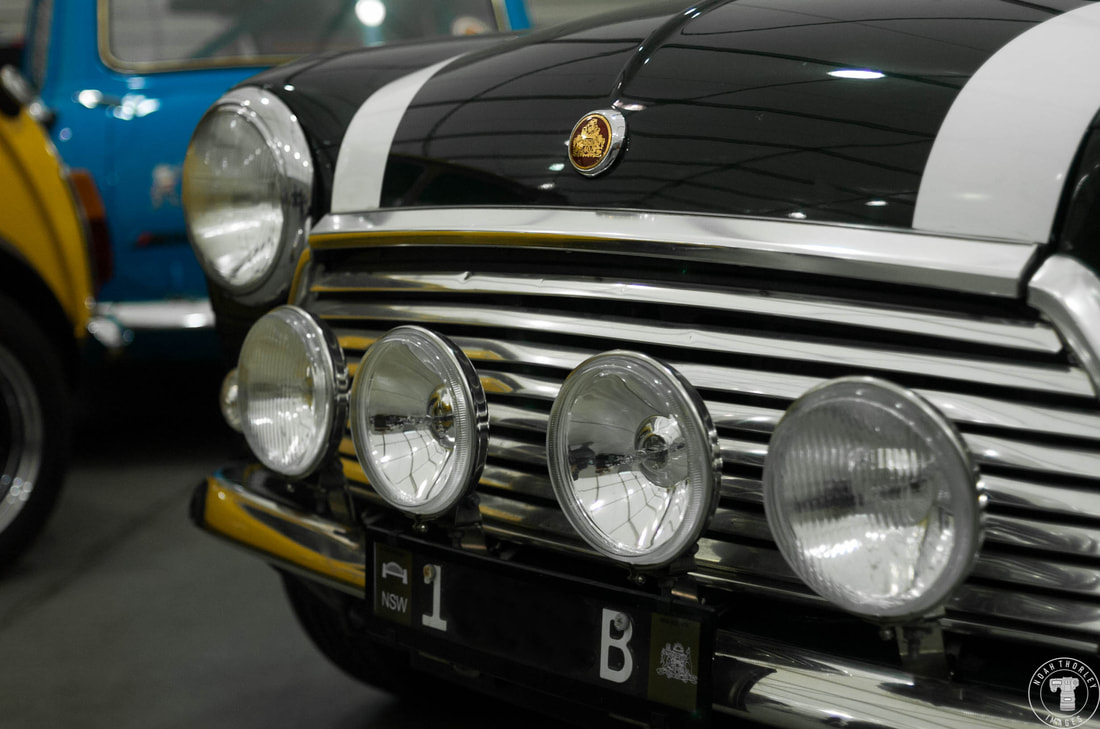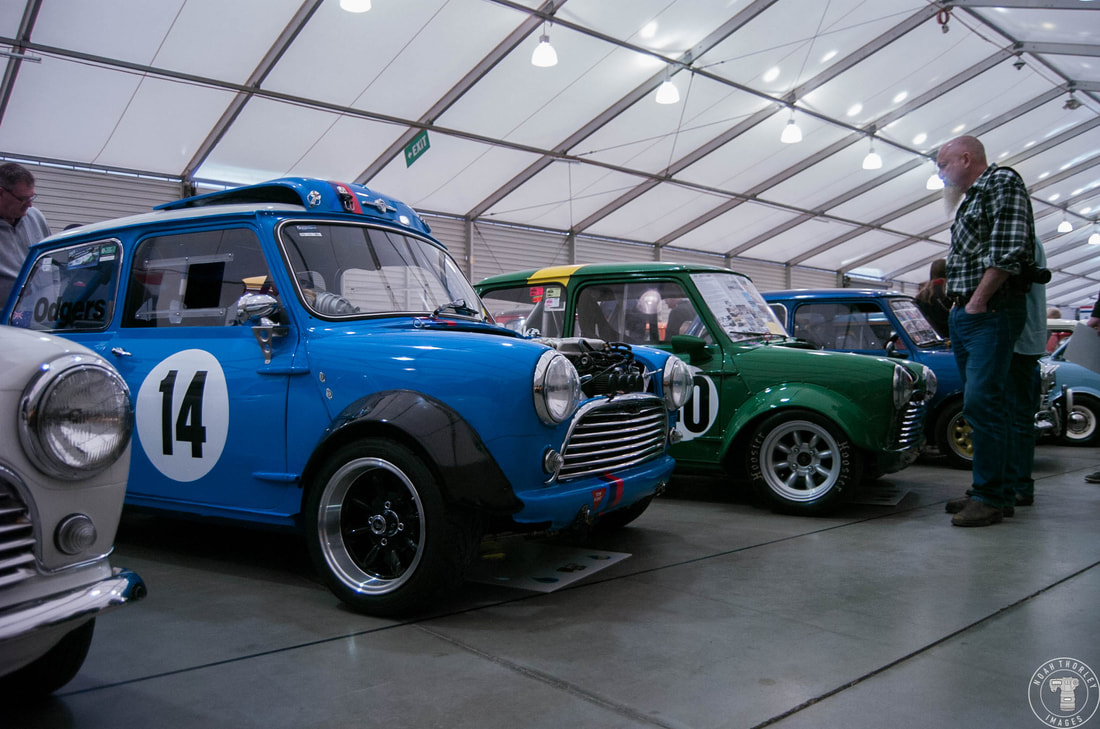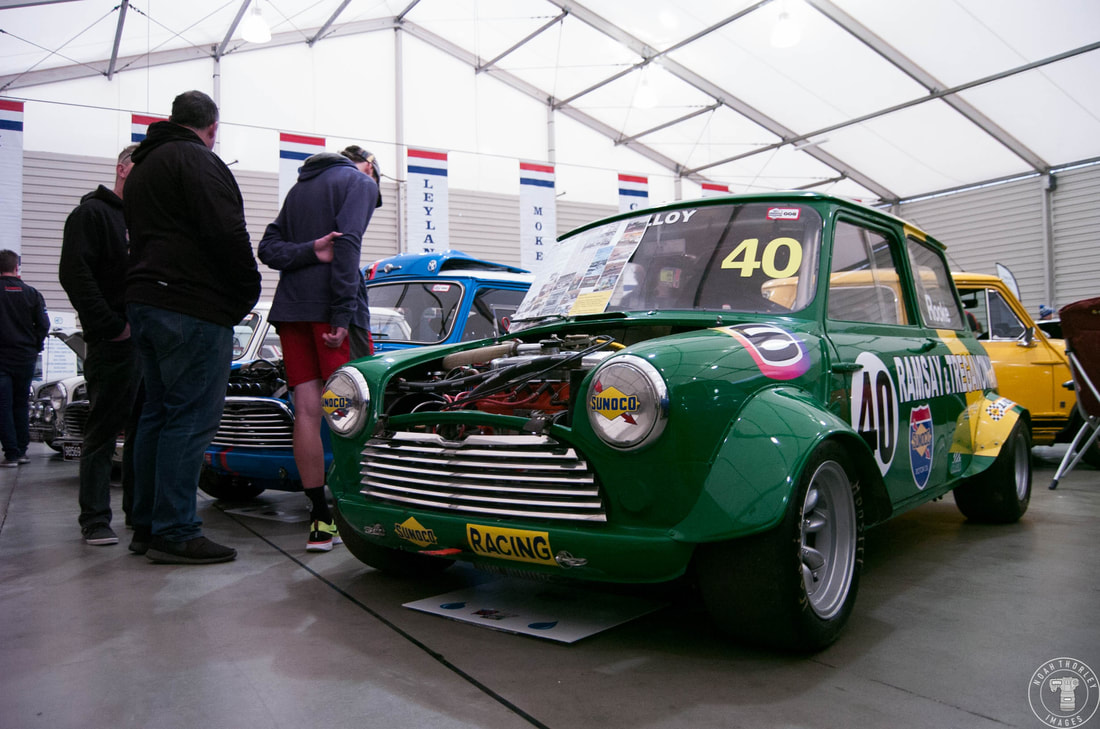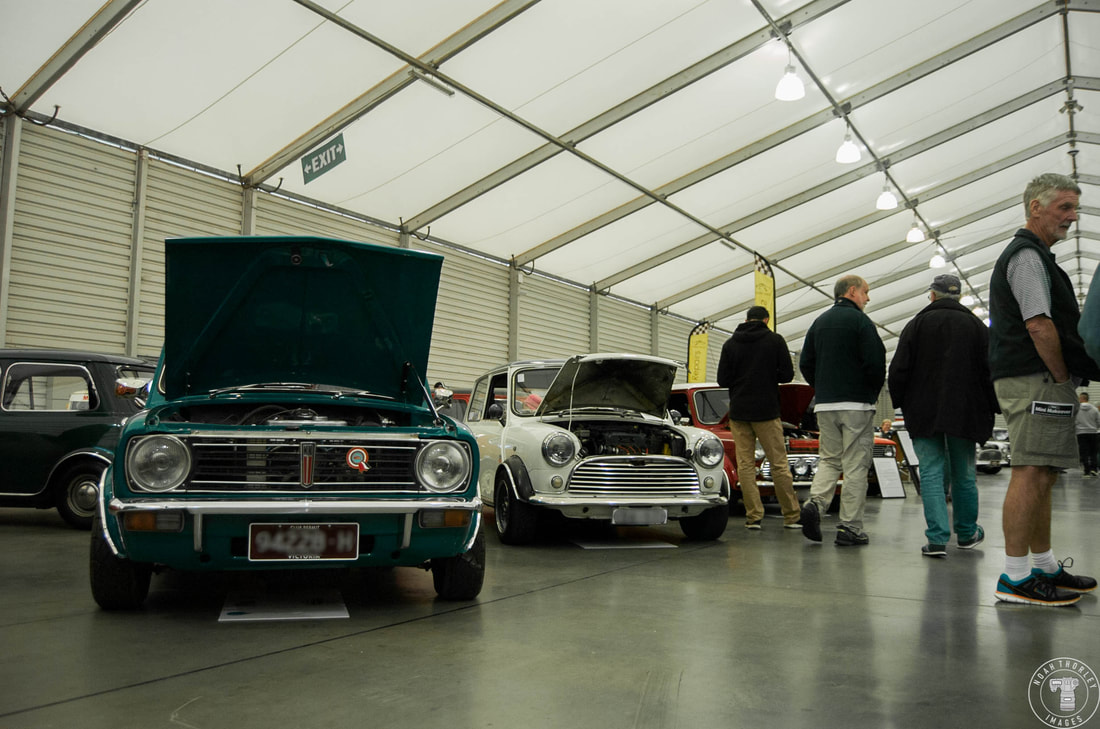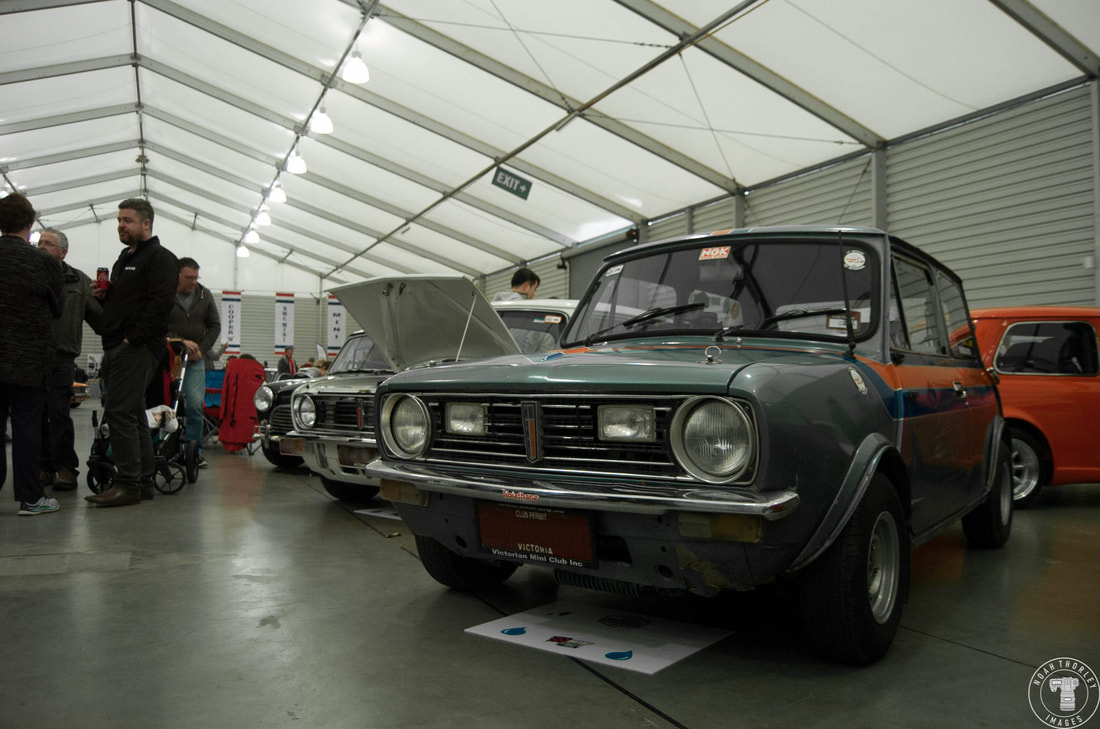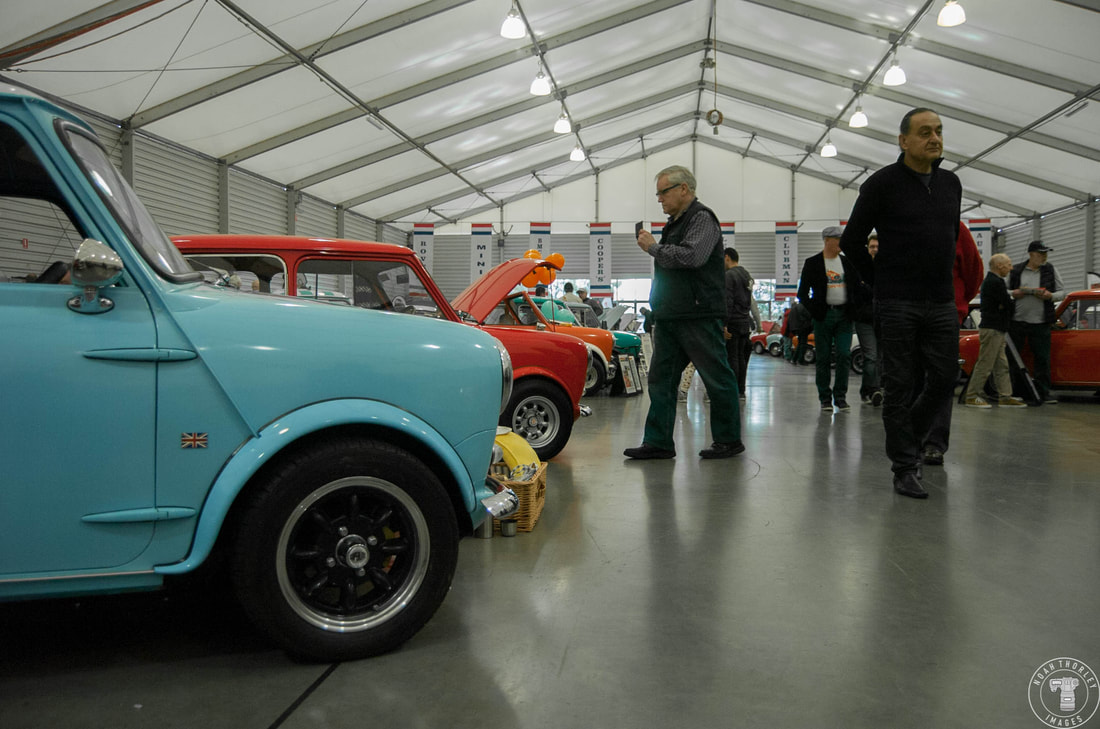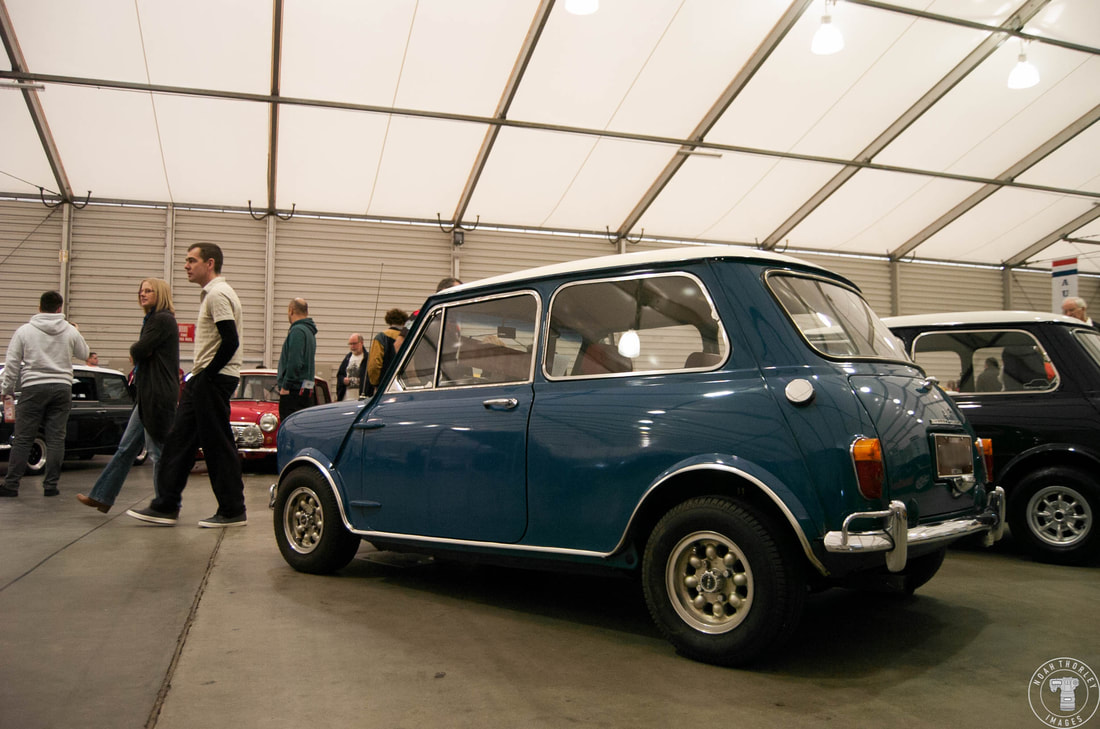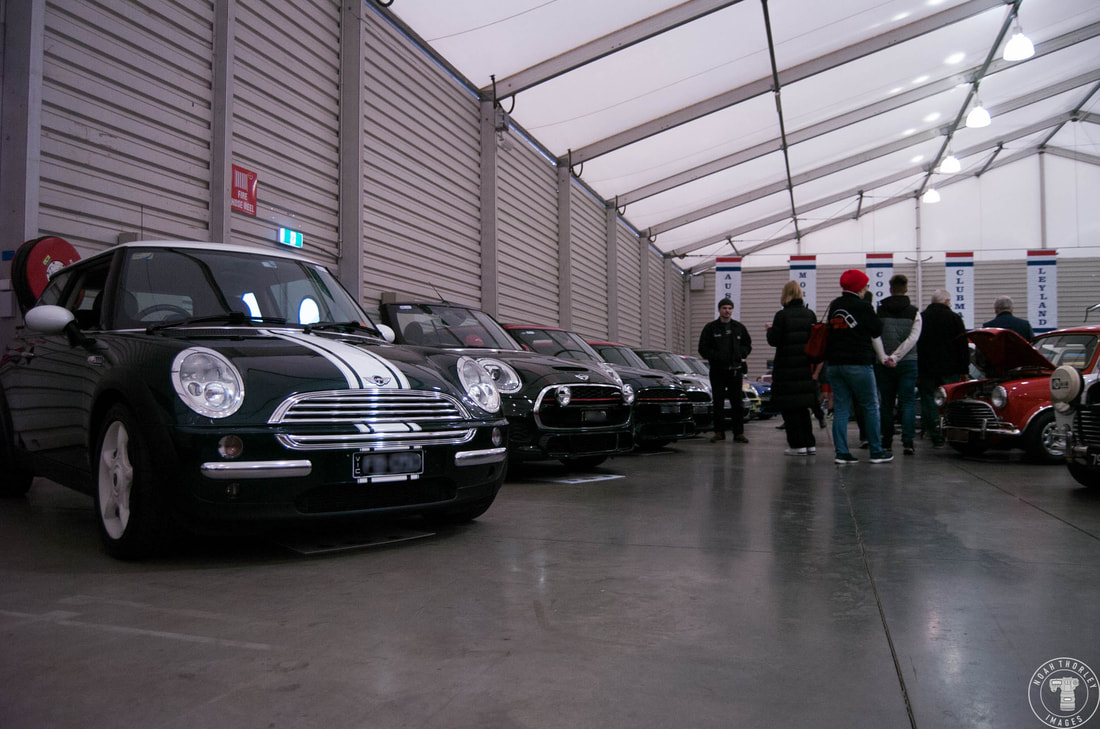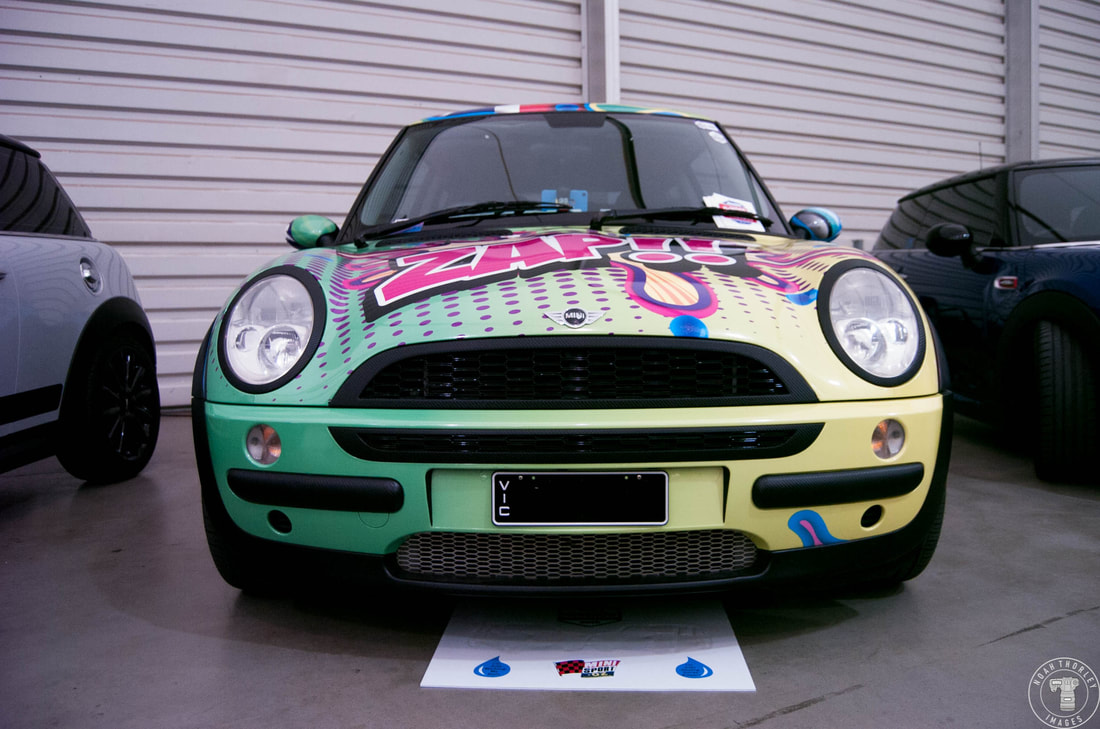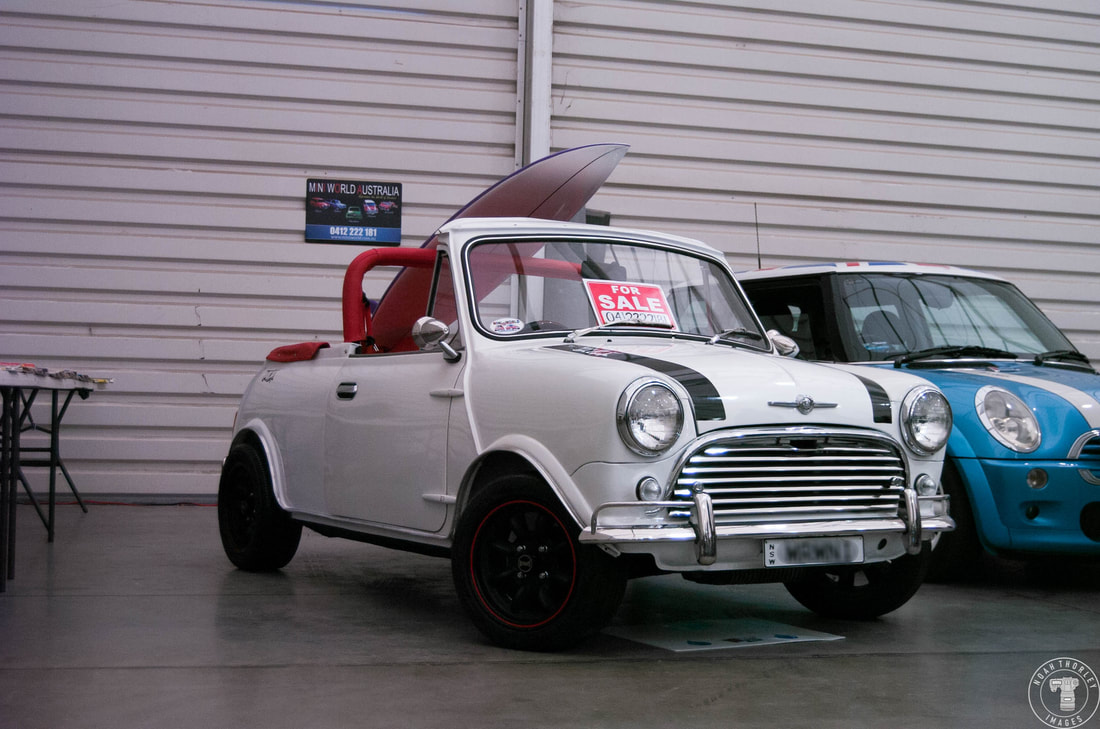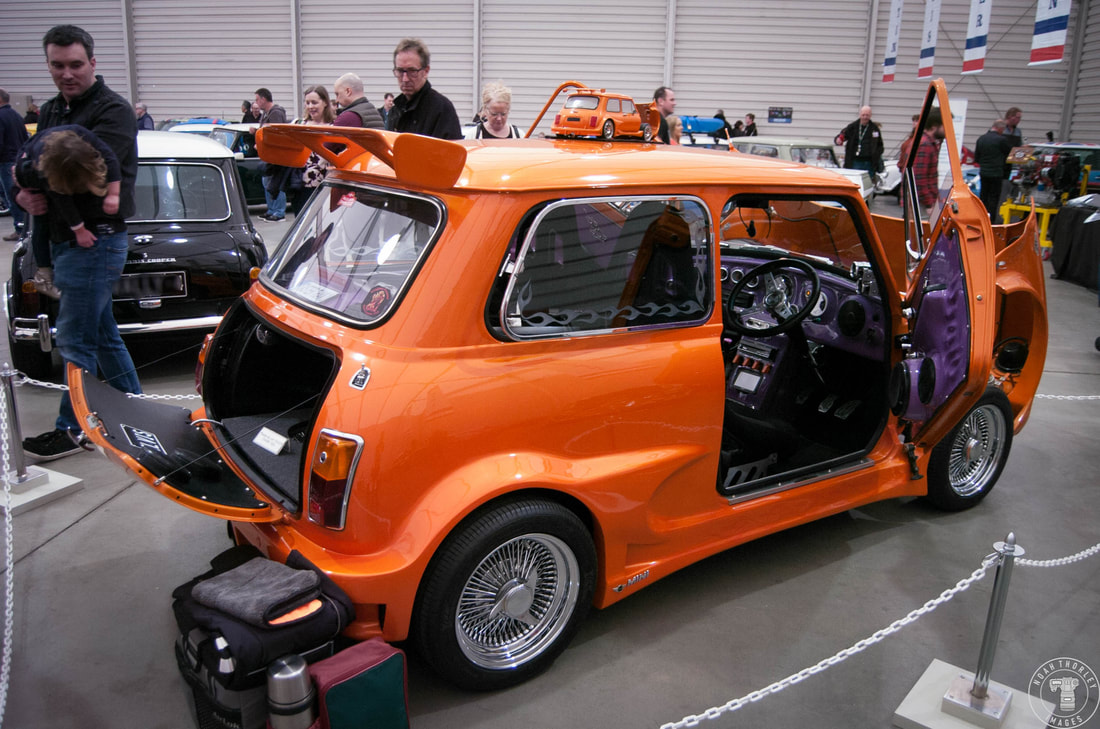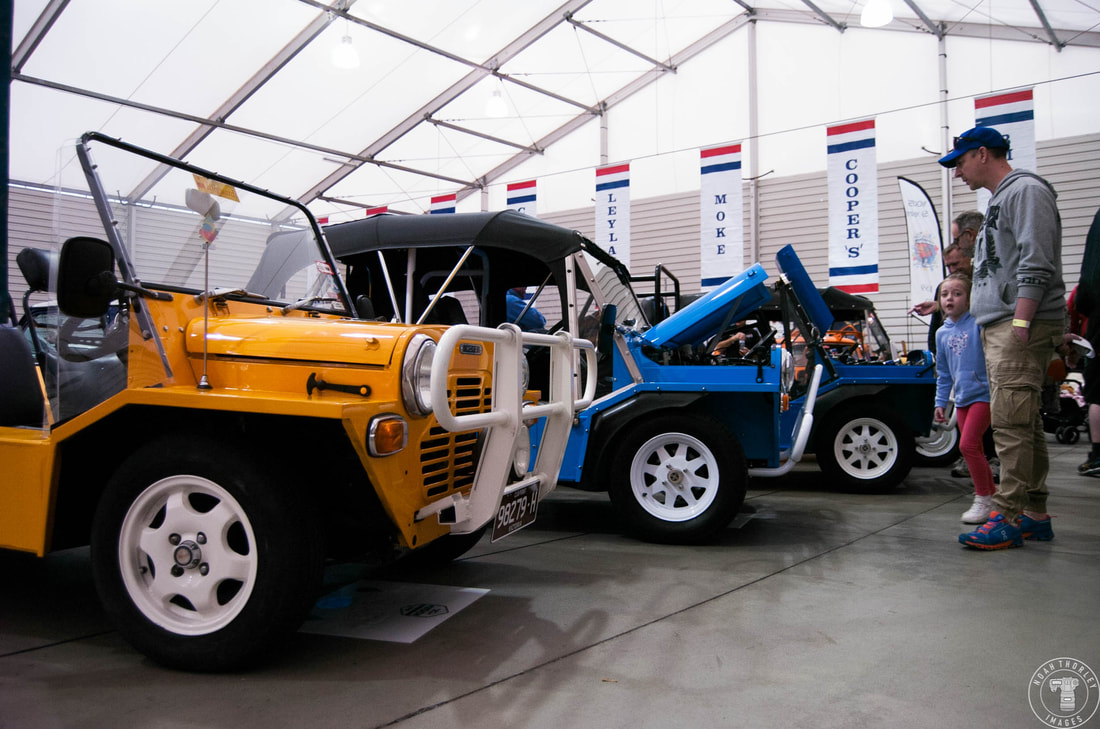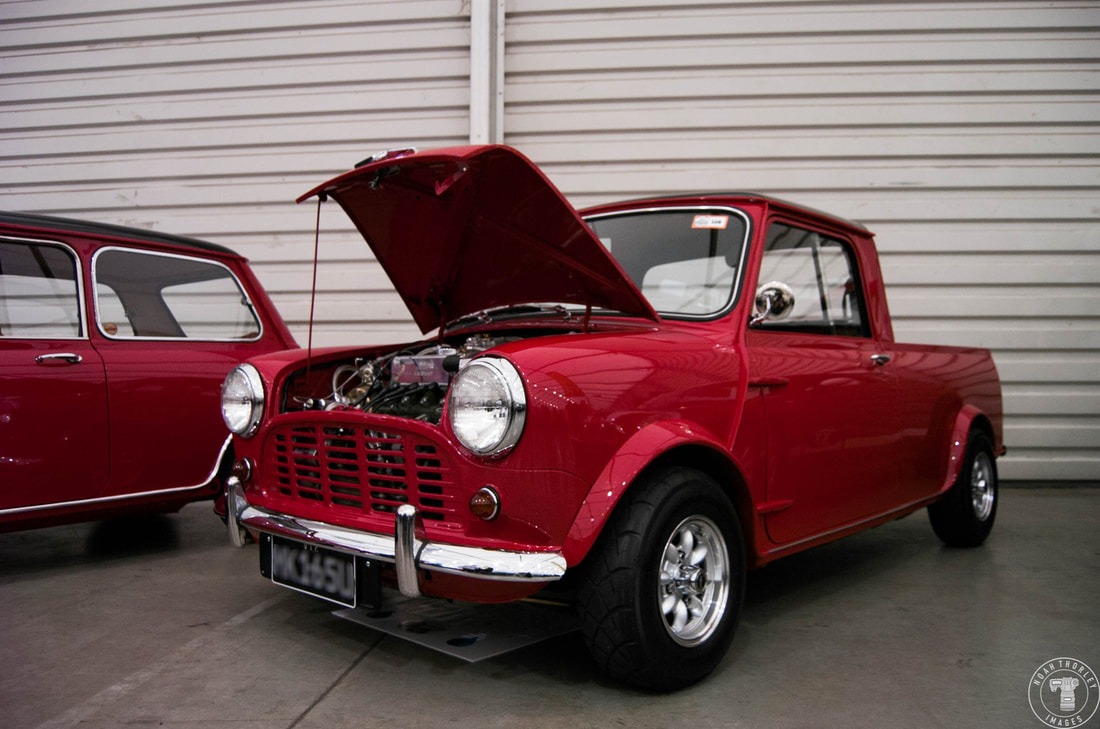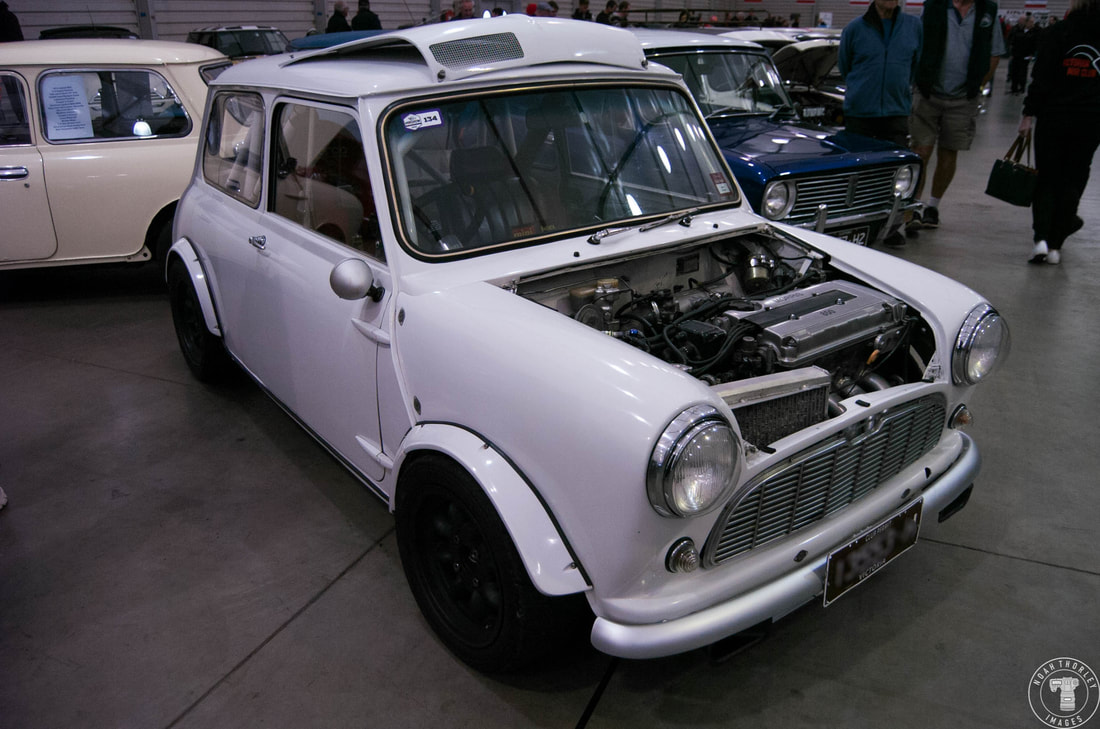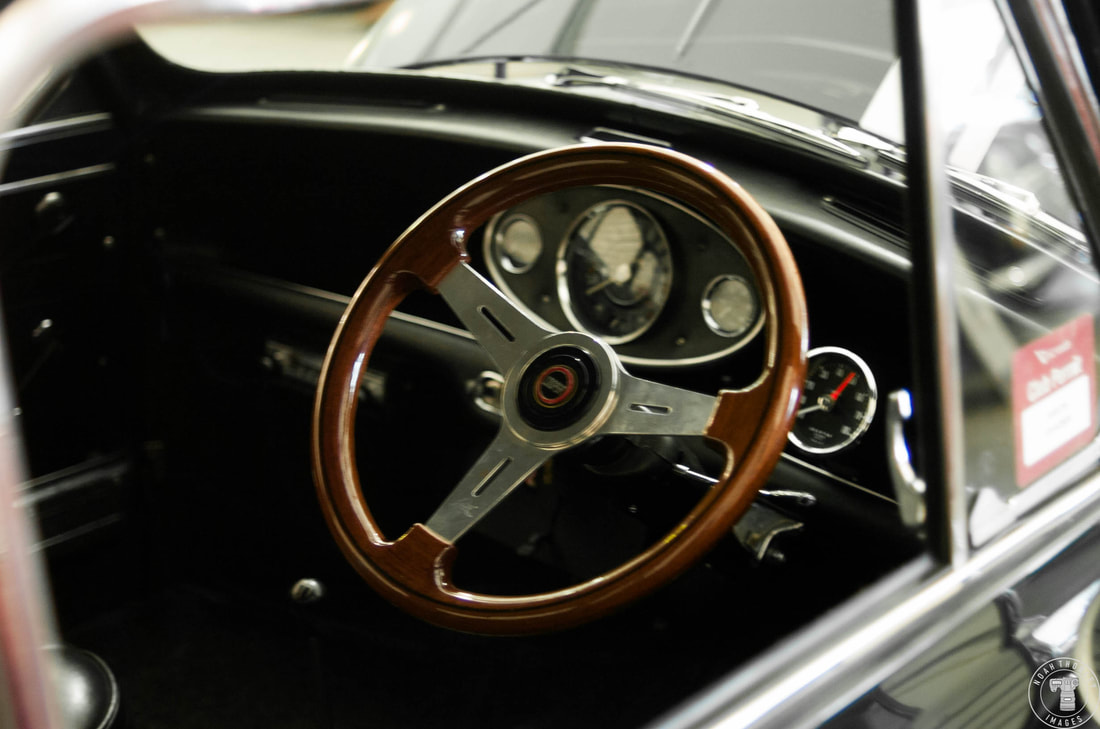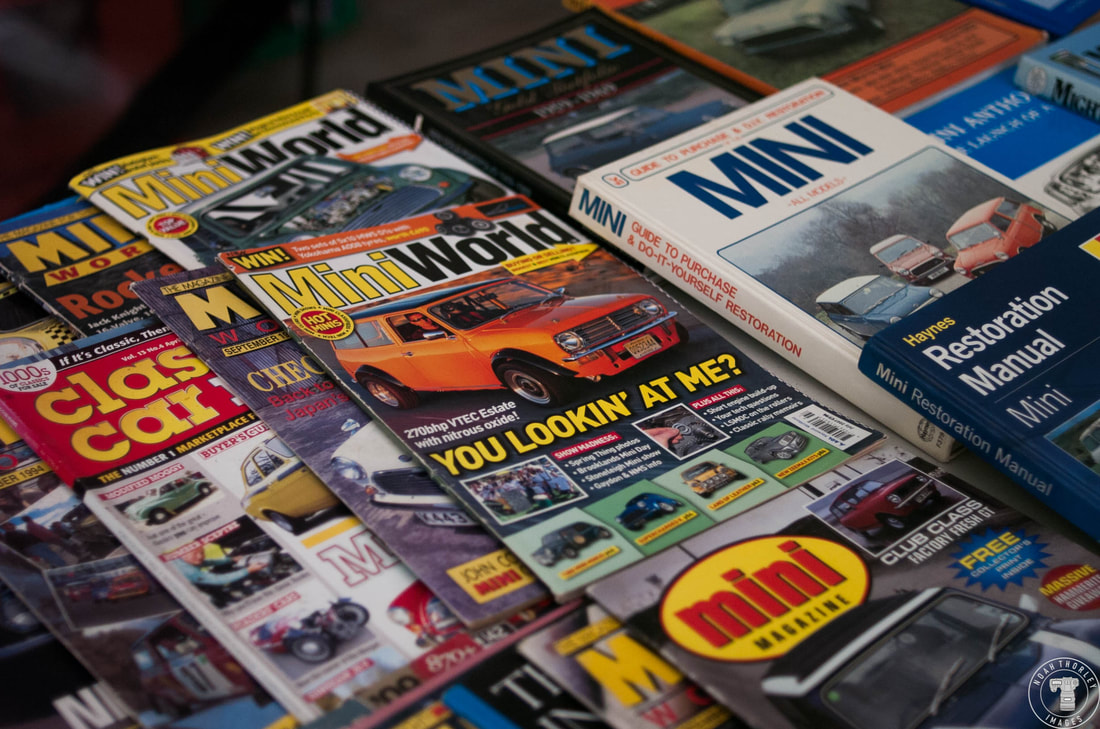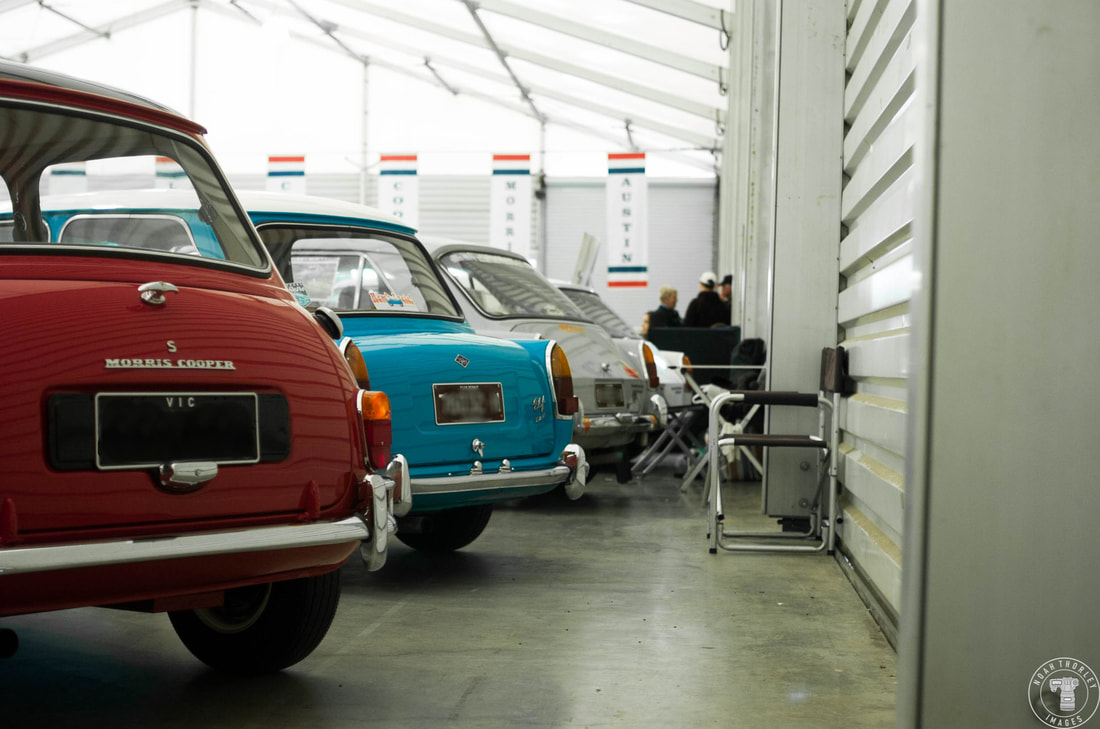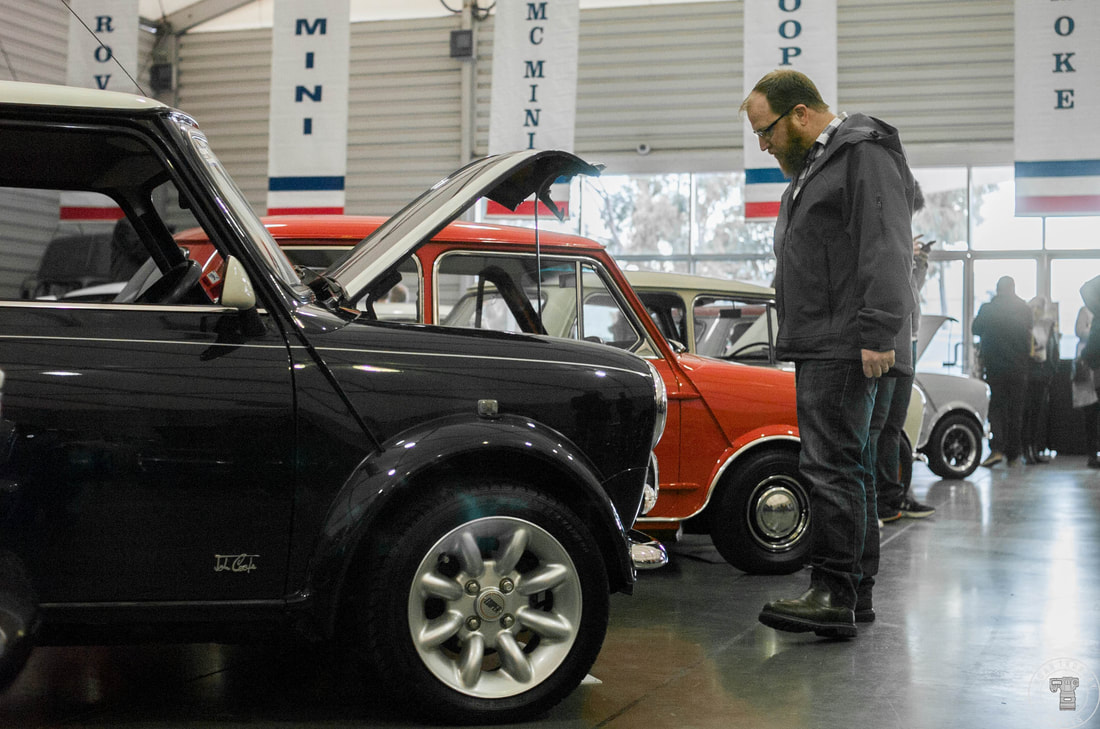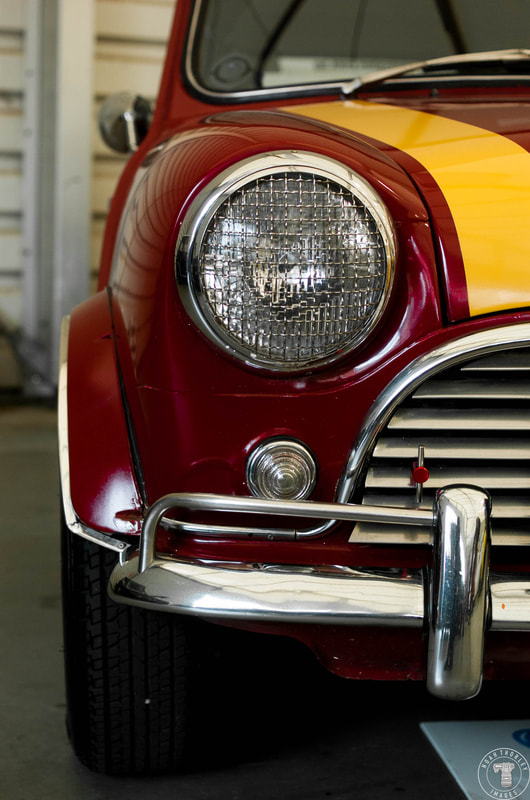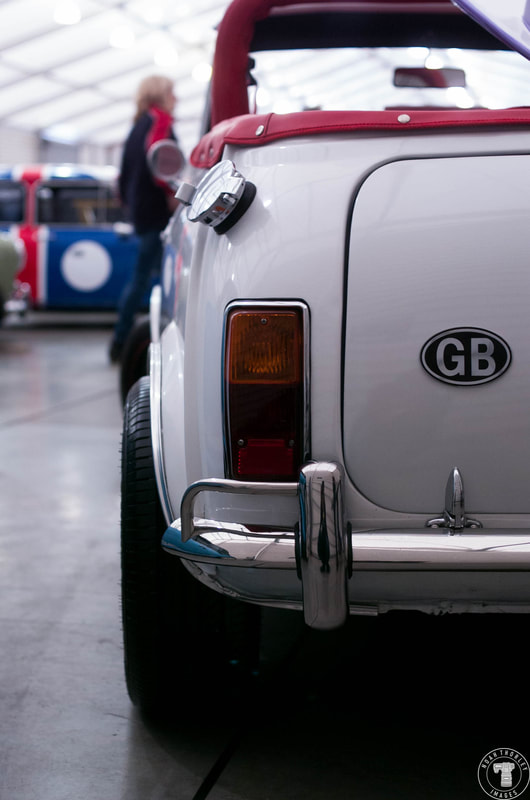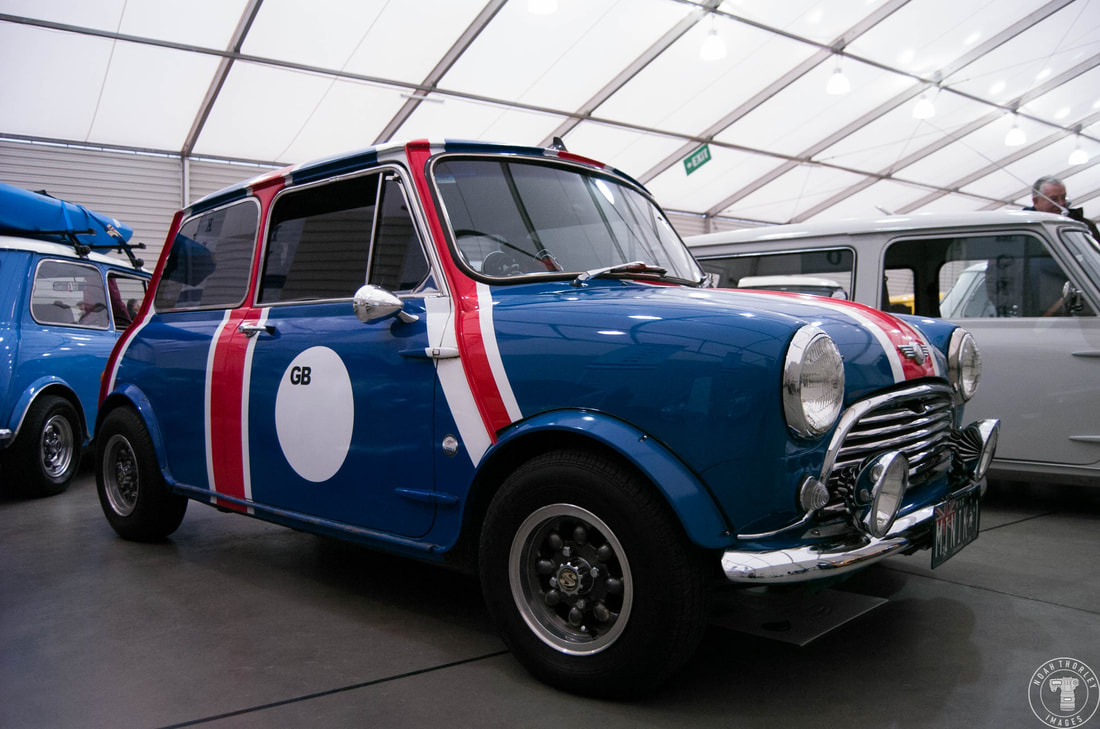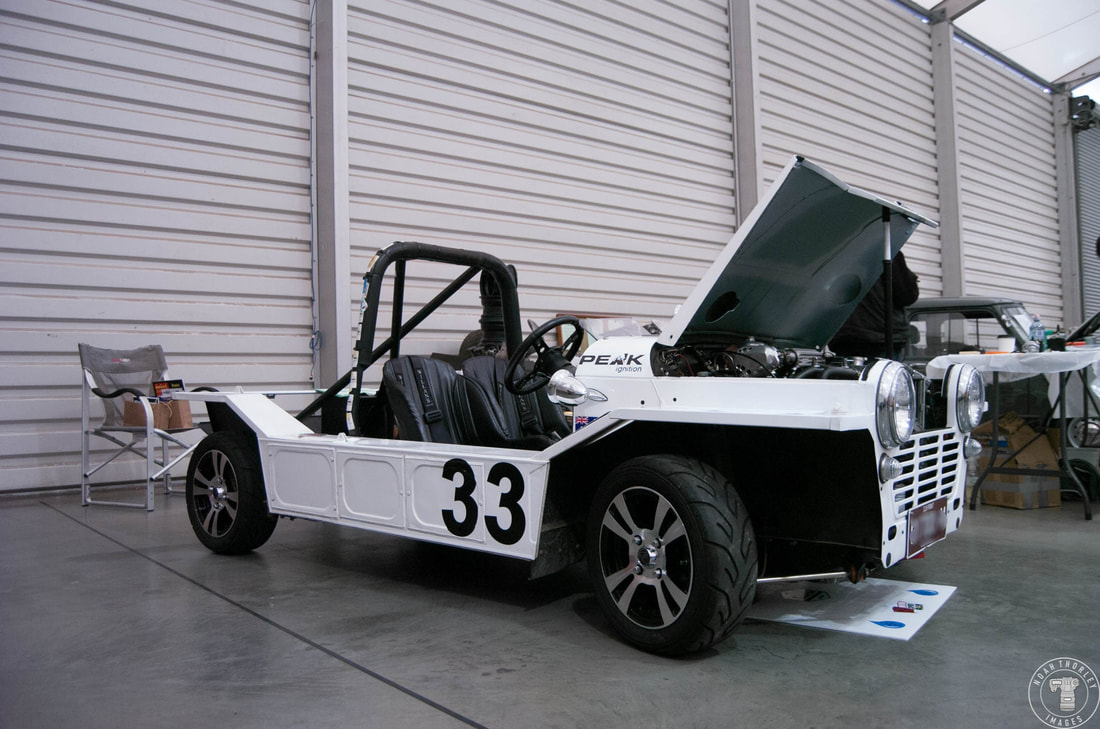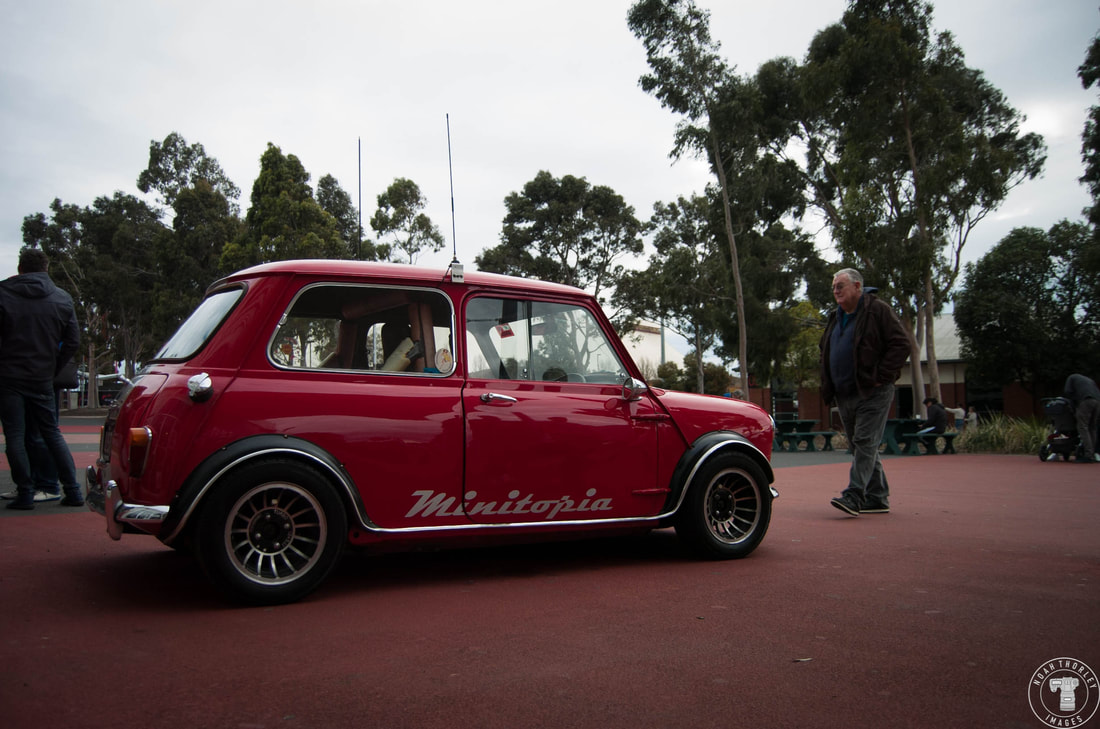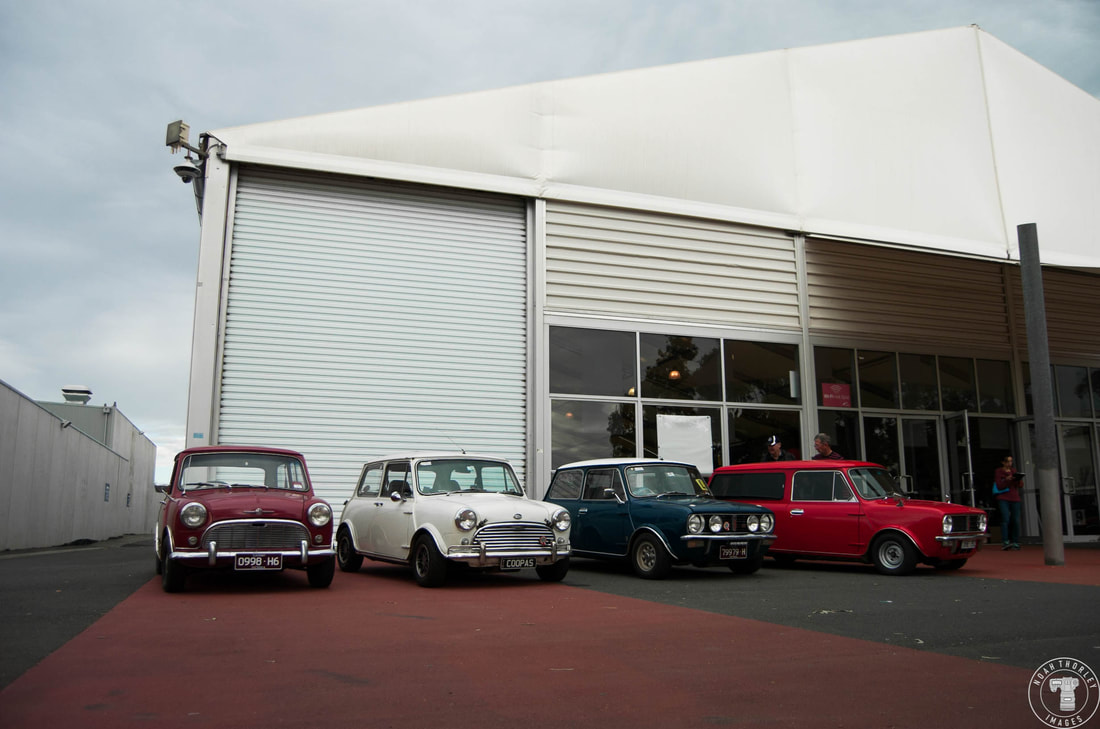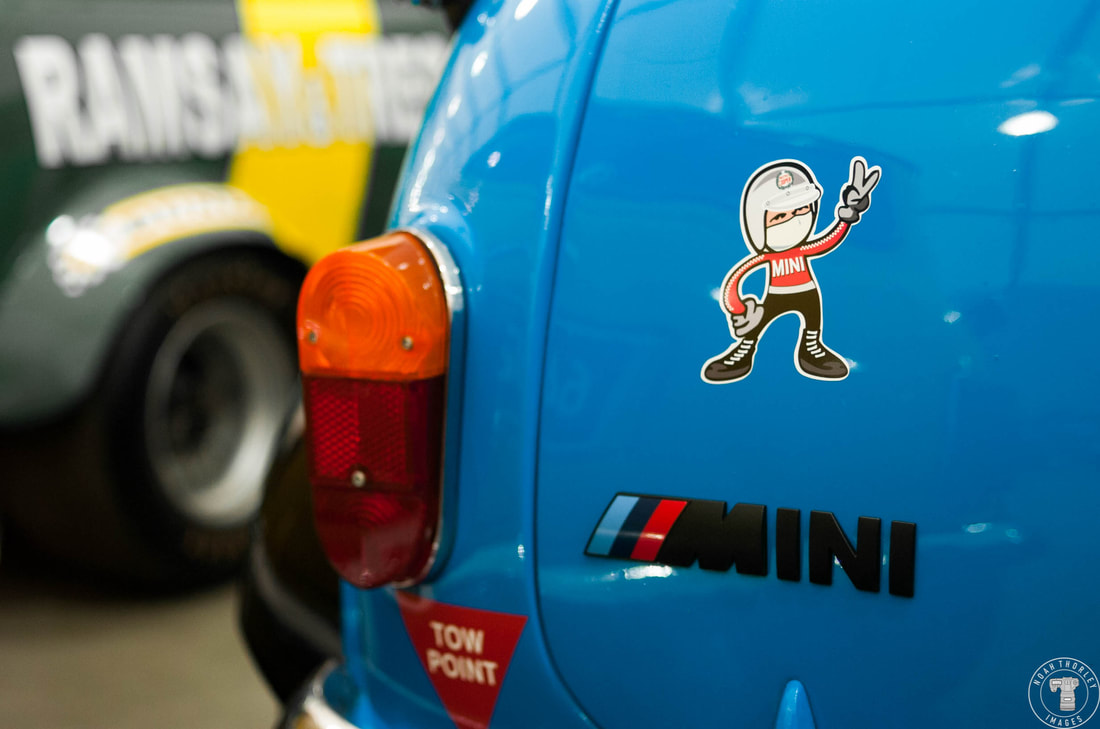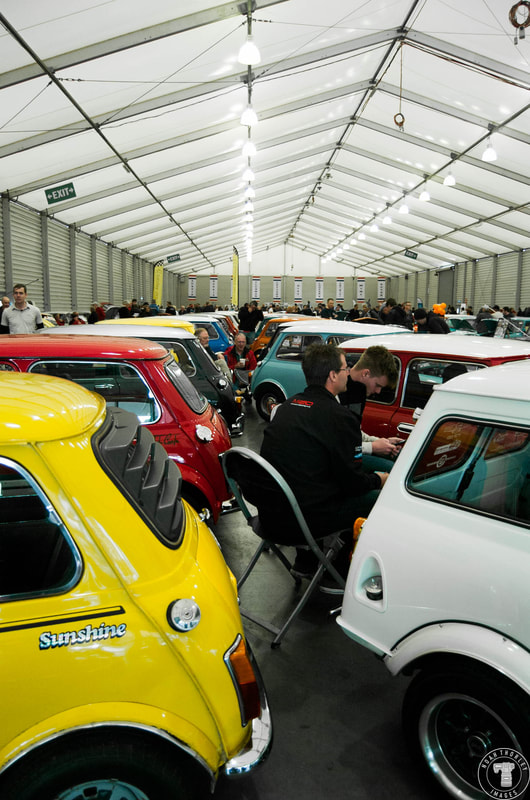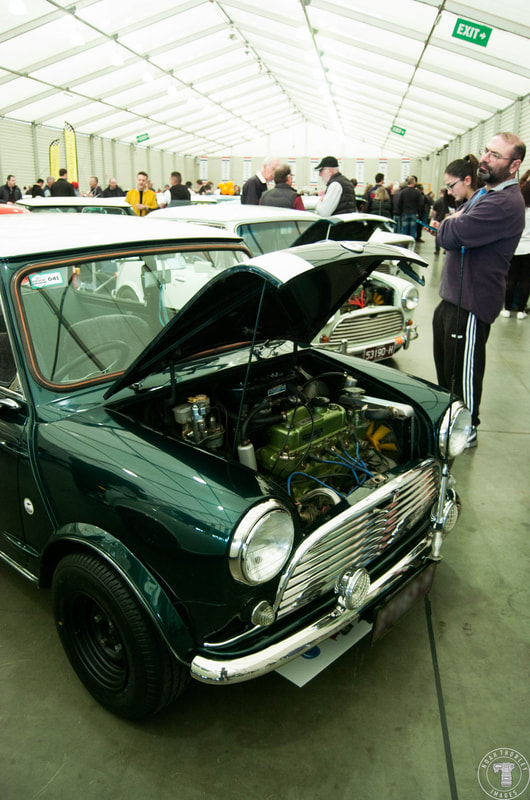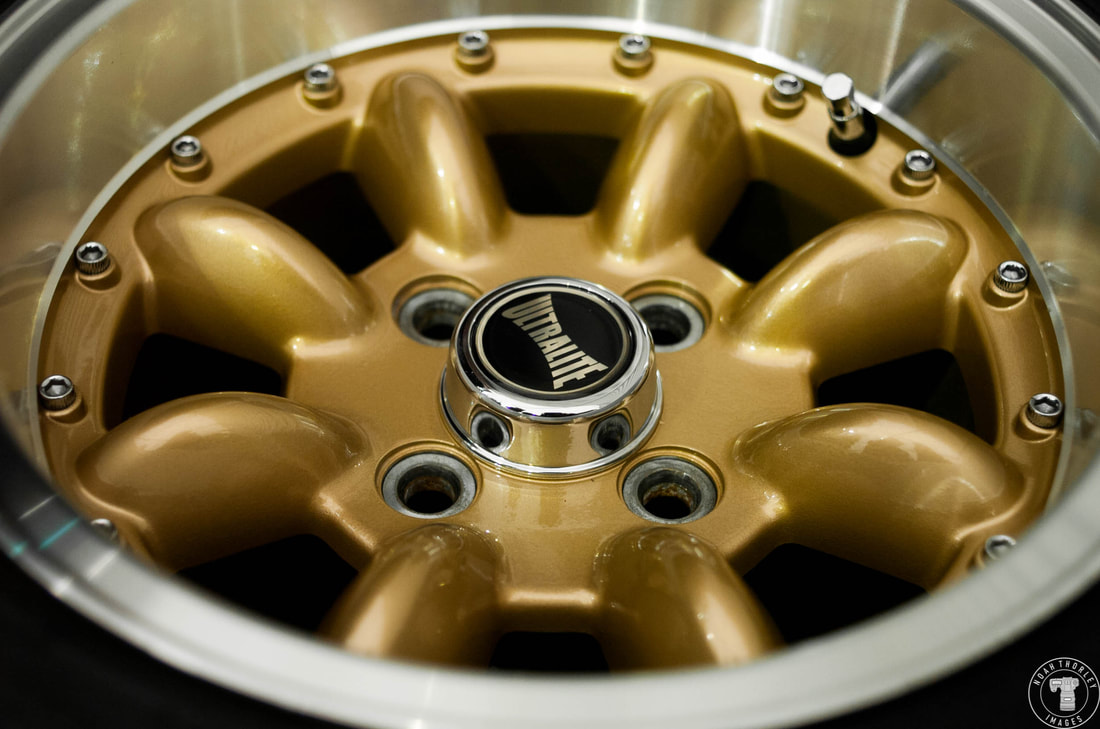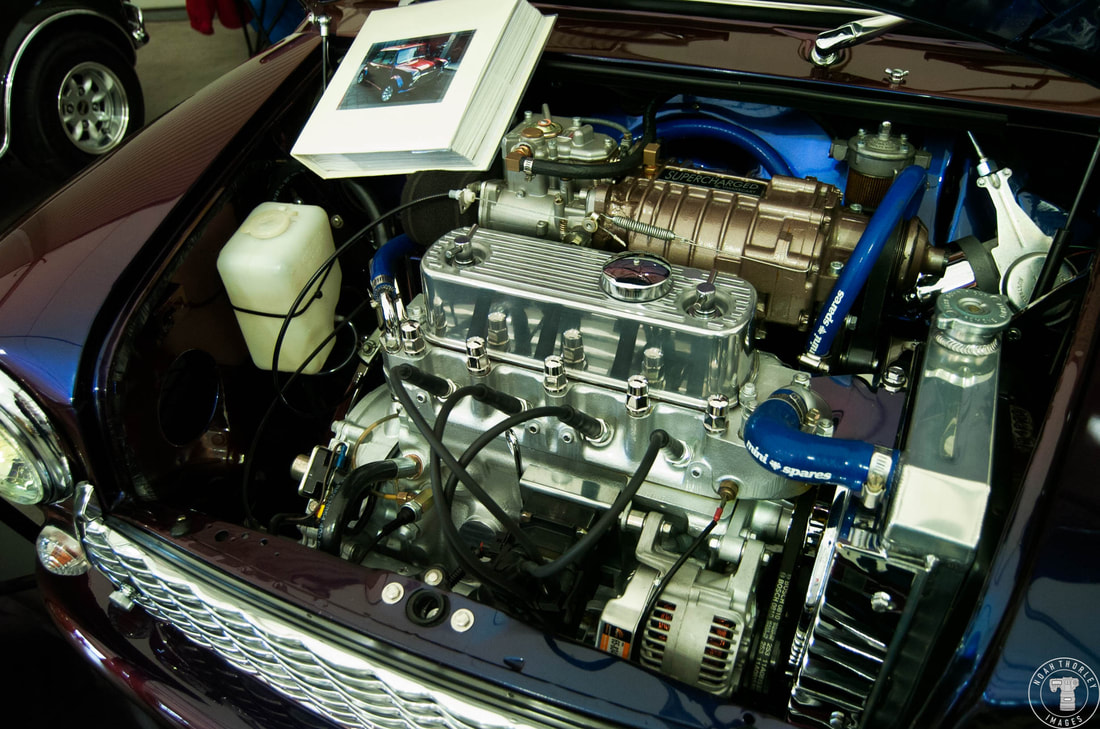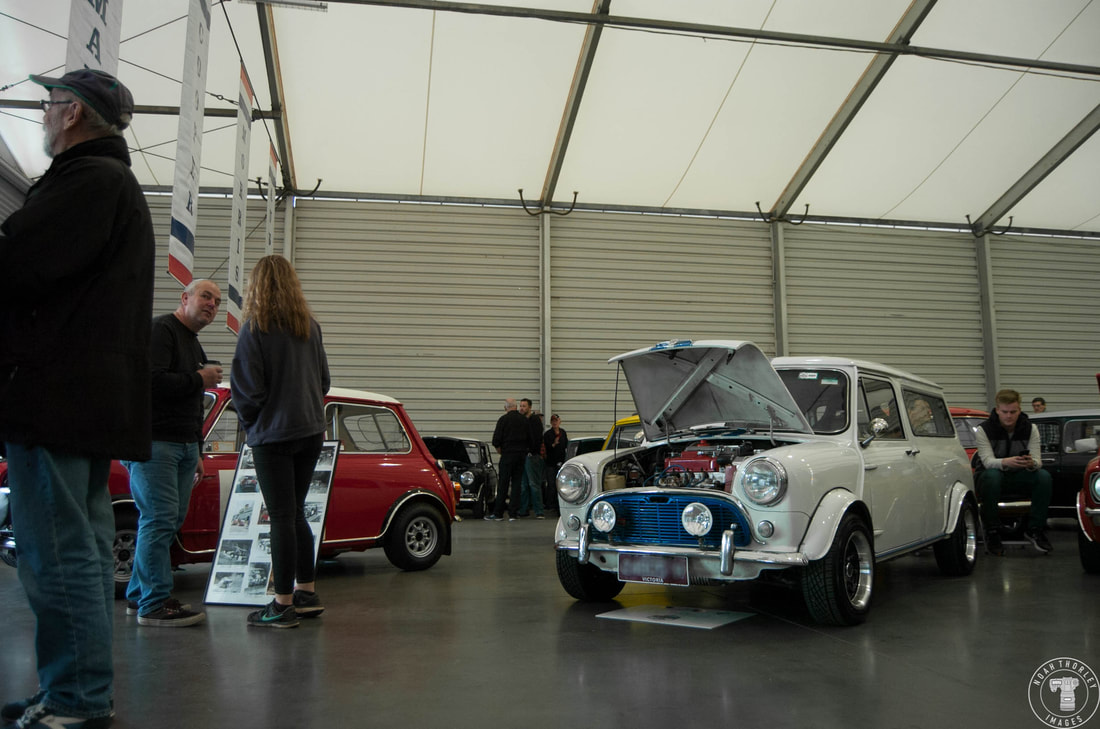|
Think of the car you dreamed of as a kid. The car you had stuck on your wall or would constantly read about. You may have had models of it sitting in your room. Regardless, that car was most likely a car that was designed to perfection. It wasn't something you saw on the road every day. It was built to achieve something. Dominance on the racetrack, or even a top speed record. Maybe it was designed to give the best driving experience possible, or even be a radical concept that pushed the boundaries and questioned the limits. Not everyone's childhood (or current) dream car is the same, although there are some cars that grab more attention than others. The Lamborghini Countach and Ferrari Testarossa are cars that were many kid's poster cars. Their beautiful design, record breaking speed and even their exclusivity grabbed the attention of car enthusiasts young and old. At the time and even now, these two superheroes define the term 'automotive mastery'. Sports car and supercar manufacturers like Ferrari, McLaren and Lamborghini are automotive giants when it comes to creating a stir and attraction towards their cars, because as humans, our dream is to have the best, the coolest looking. Companies like Mercedes, Lotus and Porsche want to create the same affect on people, although they focus slightly less on a flamboyant form, and more on function. Of course, the same affect still applies. I remember seeing the new Mercedes AMG GTS at the Melbourne Car Show when I was 11 years old. Nothing could distract me from it's sleek design, long hood, and clear performance ambitions. Then there's the underdog affect. Who doesn't like an underdog right? So when car manufacturers that are used to making fuel efficient runabouts like Nissan, Subaru and Toyota make a sports car or even performance version of a cheap humble car, and it performs well, people are bound to be interested. In addition, cars with innovative and rare technology, like the Mazda RX7 and it's rotary engine, are bound to cause a stir. Not everyone likes new things, but there are definitely going to some enthused by an underdog doing something completely different to its competitors. And there are, just look at the following the RX7 has now! Motorsport lends itself to be a great proving ground for these underdogs. Paired with a good team and talented drivers, these underdogs make their mark in not only motorsport, but young car enthusiasts minds. The BMW E30 in DTM, the Nissan Skyline GTR at Bathurst and the Ford GT40 at Le Mans are historic examples of David trumping Goliath. In addition, the first successful sports car project from an underdog car company often are just the beginning of multiple motorsport and automotive triumphs. They are rarely left to be one hit wonders. And frankly any car looks awesome in war paint! The past 30 years have been years of change when it comes to how the younger generation fall in love with their dream cars. It began with anime shows such as Initial D and old videos of Japanese street racing and Nurburgring lap times, and now the digital age of social media and car culture websites like Super Street and Speedhunters, modified versions of cars have become more and more mainstream, to the point that dream cars are being decided upon by the younger generation because of modified creations seen on the internet. I remember seeing Sung Kang’s Rocket Bunny 240Z on Speedhunters. It ignited my passion for the old Japanese shakotan and Kyushu style of modification, and the 240Z soon became my ultimate dream car. It will certainly be interesting to see what the young generation (younger than myself) of today dream of having in their garage, and the reasons why they choose that certain car. It’s also exciting, particularly in this era of automotive change, what the future poster cars will be, what will make them special and which companies will make them, inspiring young kids of the future. Bonus Gallery
1 Comment
In general, when planning what events to go and shoot, I try and mix it up a bit. I try and focus on more than just one area of car culture, as it is one of the most diverse cultures in the world. Although I will be the first to admit, there are a few exceptions to this rule. Some motorsport or car meets I just can't miss each year, the Loyola Classic Car Show being one of them. Let me care to explain why. The first reason would have to be the actual grounds themselves. Not only is Old Loyola a great backdrop for shooting classic cars, but the grounds in general provide some great angles to shoot from. Although I'd hate to know Loyola's yearly gardening bill, the vibrant flora certainly adds some colour to the photographs. There is one negative that I can find though and that is the various shadows which often trips me up, causing myself to take underexposed photos (my enemy!). But in some instances, they can work just fine. Reason number two is the range and quality of cars that show up every year. Even though I love seeing slammed Japanese nuggets as much as the next person, it is also reassuring to see people take care of what is and what will be historic treasures of the automotive world. From American and Australian muscle... ...to European works of art. You are almost guaranteed to get distracted by certain details or colourful cars that catch you're eye and drag you metres away from the car that you were just admiring. Is that a Toyota MR2 I see? Why yes it is! See what I mean, I'm still getting distracted! The final reason has to be the most important, the people. It's not only a very family orientated event, but you are sure to meet and catch up with other like minded car enthusiasts. So that wraps up this years coverage of the Loyola Classic Car Show. Check out the bonus images below and I'll see you all next year! Bonus GallerySaint Side's annual meet has been on my list of events to attend for a while, but I've never quite been able to go until this year. And although it is no longer held on John Street, the home of Saint Side, I'm so glad they kept this event running annually as the cars and bikes on display are the amazing fruits of artist's labor and creativity. Not only drive-able/ride-able modes of transport, but pieces of art. Although I've explored the hot rod and american classic car scene before, the lowrider car and bicycle scene was a new venture for me. If I were to sum it up, it's a culture that not only explores the automobile and bicycle, but also musical, historic and artistic influences at the same time, more than any other car enthusiast sub culture. And although there was only a large handful of 'definitive' lowriders and minitrucks at the show... ...the general rule seemed to be, if it was low, custom or both, it was welcomed with opened arms. And that's what I think is great about car culture today. In previous decades and times in history, styles came and went, and were specific to a type of car or region in the world. Nowadays, with the assistance with social media and the internet, every subculture seems to be alive and kicking, to the point that these subcultures are now mixing together, hence, the Corolla and Subaru wagons oozing with low and aggressive style above. Now that I've covered a few of the cars at the show, let's have a look at their 2-wheeled friends. Now I'll stress again, I know very little when it comes to bicycles, particularly lowrider ones, but I'll try my best to commentate. Whilst the lowrider phenomenon began in the 1940's, the lowrider bicycle style originated in the 1960's. This was thanks to kids of the 60's being inspired by lowrider style. And although they were too young to own or drive cars, their next logical choice was modify their bikes instead. Their most common canvas to their creativity would be muscle bikes (also called wheelie bikes), which were designed to look like chopper motorcycles. Majority of the bikes at the show were customized muscle bikes, and if not, they were fully fabricated bikes. Whatever they were, the chopper motorcycle inspirations could be seen throughout with their low seat position, tall handlebars, banana seats, large wheels and decorated frames. Those bikes that were fully fabricated and customized not only displayed the creativeness of this subculture, but the sheer fabrication, paint and artistic skill of their creators. I can't even begin to comprehend how you would start making some of the pieces fitted to these bikes. After being in awe from the custom bikes, I turned my attention to the car park, where modified cars mixed in with regular from factory cars. Again the theme seemed to be anything that was lowered. From American classics... ...To Japanese sedans and Subarus. Even the Europeans joined in on the lowness. After taking a few more photos, and eating the best hot dog I've ever had, It was time for the bike races. Two individuals would race against each other and to find the overall winner, it would come a process of elimination. There were only two rules that I could remember; 1. If you're not first, you're last and 2. Keep you butt side, on the seat side, cos we're at Saint Side! As the list of riders still able to win diminished, it became a duel between the reigning chap with the blue helmet and the underdog wearing the white helmet. But it would be the reigning champ who would go back to back for Saint Side's annual bike race. And I guess that wraps up this year's coverage of the 12th Annual Saint Side Meet, which was an eye opener when it came to the lowrider and bicycle culture. Bonus GalleryGoodbye 2020 and hello 2021! To start the year off, Westside JDM held what they were calling 'Universal Automotive' and would turn out to be one very chill and engaging afternoon (even if the weather...wasn't). As the cars rolled into the meet, it became apparent that although Japanese cars would hold a majority, there would still be a strong showing of Aussie and European cars on show. Before the main events of the day, those being the Car Limbo and Exhaust competition, I scouted the grounds, pointing my camera at the cars people had brought. This classic third gen Toyota Cressida caught my eye sitting low with a touch of camber. Just like how they do it in Japan. Brilliant! Another well kept of a car, that will surely become a future classic if it isn't already was this C5 Corvette with it's gleaming but monstrous 5.7 litre LS1 motor. Parked together was this colourful pair - both sitting on Volk Racing TE37's - a Subaru Forster STI and an Audi RS3. Another head turner was this Nissan Stagea. Why you ask? RB26? That's not meant to be in there? Yes, yes it is actually. Upon closer inspection this turned out to be a Nissan Stagea Autech Version, with the twin turbo RB26 powering all four wheels thanks to the all-wheel drive system from the R33 GTR. It's essentially a wagon version of the Nissan Skyline GTR! Soon enough, it was time for one of the main events of the meet, the Car Limbo competition. This worked just like regular limbo, but rather the cars would be driven under the limbo tape. The competitors for Car Limbo would be an '89 Prelude, two Mazda MX5's, a red Civic Sedan and a Ford Capri. Whoever had the lowest car would win. The tape was easily cleared for both MX5's and the Prelude, but as it got lower, it proved too much for the Civic. And although the Capri has some close calls, the limbo tape soon claimed it's next victim. It was very confusing to see people lying on the cars, especially in this heat, but it was actually a functional exercise. The extra body weight would lower the car even more. Every millimetre counts! Eventually, the Prelude touched the limbo tape, and it became a duel of the MX5's. After multiple adjustments to the limbo tape, (and the fact that both owner's had the same name, meaning it was very difficult to determine a winner from a crowd chant), it was declared a tie between the two slammed Miata's. Speaking of slammed cars, the Prelude you saw previously in the Car Limbo competition happened to be my favourite car from the meet. From the fitment and interior touches to the many stickers, this car was oozing with 90's Japanese style. After a break to hydrate and check out a few more cars, it was time for the exhaust competition. A simple competition to determine who had the loudest car. Both the Audi R8 and Toyota Supra were expectedly loud with their respective V10 and turbocharged straight six. The Golf R made sure everyone heard some exhaust crackles, and there was a pretty rev-happy Civic Type R too! But the clear winner was the FPV F6 with it's very loud and chest rattling turbocharged Barra. The little Datsun got an honorable mention too. It was surprising how loud a puny 1 litre can be. The 'Ratsun 1000' as it was nicknamed was pretty loud in style too, and had an awesome Datsun warning sticker. I need one, just to stick on my forehead! To recap, Westside JDM really hit 2021 off to a great start in what was a really engaging car meet. Not only that but it was COVID safe, council and police approved, which was amazing to see, especially with what recently happened in St. Kilda. If you want to know how to set up a great car meet. Westside's 'Universal Automotive' is a perfect example. Bonus GalleryThere are very few places I know in Melbourne like V-Spec Performance. It really is something you'd expect to visit if you were in Japan. A tuning and servicing shop filled to the brim with Japanese sports cars including rarities like the Z-Tune and Zero R are certainly not something you come across every day. This past Saturday, V-Spec Performance held their annual meet after more COVID restrictions were eased. This not only allowed lots of JDM fans to check out an array of legendary sports cars, but also gave a welcome return to the car meet. Something many people had not seen since March. Before even reaching the V-Spec Performance property, JDM legends filled the industrial streets of Blackburn. Although the fabled Skyline certainly was the most popular vehicle in attendance, there were many other just as celebrated cars to fill the side streets and parking spaces including Integra's, Evo's, RX7's, Silvia's and WRX's. Not only did this meet attract a wide variety of JDM cars, but it also brought along a lust worthy collection of wheels to go with it. From TE37's to BBS to Work eheels, there was something for everyone. Speaking of wheels, there was even this Falcon BF XR6 sitting on RAYS TE37 wheels. I'd always wondered what and XR6 would like on these wheels, and now I know. Awesome! My favourite's however were these two very clean S15's that you could tell were meant to be driven hard. However, it was right on the V-Spec Performance property where the most elite vehicle's to come out of Japan were held. Right outside was the very exclusive and rare GTR HKS Zero R. One of only four on the planet, this R32 GTR was completely modified by HKS. The original RB26DETT was bored and stroked to 2.8 litres and now produces 441kw, Nismo parts were added to the suspension and the body was redesigned and the exhaust replaced with a custom twin exit sticking out of the bumper. Inside were where any passionate GTR enthusiast would surely flip out. Any rare GTR you could think of was packed into a workshop full of OEM Japanese parts. There were multiple 400R's Mines GTR's and of course... ...the Nismo Z-Tune! One of only twenty in the world, it is known as the pinnacle of Skyline GTR greatness. All Z-Tune's came with a Nismo livery from factory but V-Spec's Performance's Z-Tune was painted in the classic Midnight Purple III. To be able to see these cars in the flesh, especially after the year that we've had was truly special. Even after a global pandemic and two strict lockdowns, the passion for cars still flows strong. Bonus GalleryUsually when writing an article, I have a certain topic I want to write about. Whether it's just a run down of the event and the cars on display, or the history of a certain automobile. The truth is, I don''t really have a main topic for my coverage of this years Loyola Classic Car Show. I do have however a few smaller subjects I wouldn't mind sharing with you. Ready? OK, here we go: Subject 1 - These are the best kind of car shows: Smaller, more local shows, like the Loyola Classic I think are some of the best. Sure, you may not find the craziest or newest builds, or even a significantly large quantity of cars, but what you will see are familiar and friendly faces, and even some new ones. It's catching up with people, and even having new conversations with those you've never met before that really gives car culture that spark. The ability to bring people together over cars, with a complete disregard for all those sensitive topics we are overwhelmed with today. This is very true for those more local car shows. Subject 2 - For Young and Old What I really like about the Loyola Classic Car Show is the demographic of people that shows up. Although it is mainly older people who are the ones who bring their cars, a lot of families and the students from Loyola College stay for the show and often help run the event. Actually the main organisers are all past students of the school. This gets those too young (or too broke like me) to own a car involved in car culture, whilst participating in it with people they know. It eventually forms one big inclusive circle and ensures that the torch is passed down to the next generation, rather than dropped in a figurative lake. Subject 3 - A Tribute to the Lion If you don't know already, GM has just this past week decided to kill off the Holden brand, meaning the end of all Holden sales, design and building activities by 2021. Whether you saw this coming, or was given quite a surprise by the news, it's sad to see Australia's automotive giant crumble the way it has. And I guess like any Australian car meet, there was a strong collection of Holden's, ranging from the popular Commodore... ...to a very clean collection of LX Toranas. Certainly a proper local, close to home send off for the mighty Lion. Bonus Gallery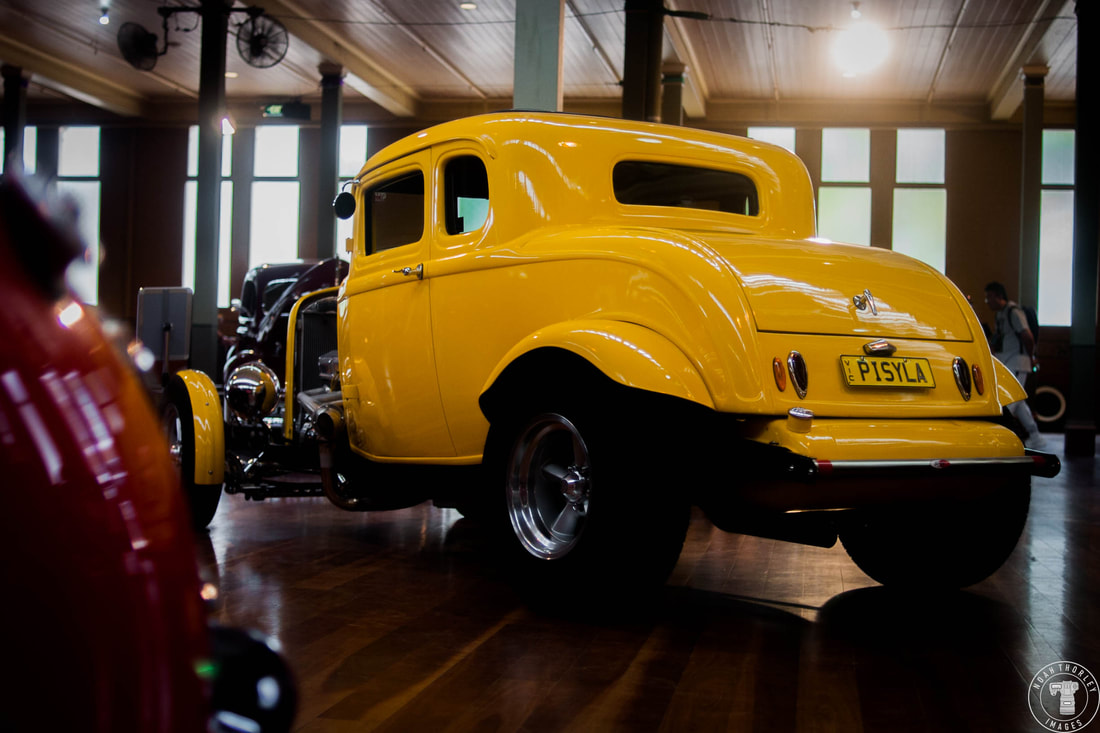 Ah yes, the humble Hot Rod! My apologies, I shouldn’t call them humble, more like over the top, in your face, an aggressive petrol drinking outlaw. Did you know that the first Hot Rods were built in the 1920’s by bootleggers to allow them to escape law enforcement agencies? But I think the more relevant question is: did these bootleggers ever think that their attempts at running from the authorities would create a culture that is now one-hundred years old? The culture of tuning cars to go faster than they were originally built to. The culture of ‘hot rodding’ cars quickly became more popular, with teenagers taking their Ford Model T’s or Model A’s to dry lake beds and the streets of Los Angeles to race. Why does this sound so familiar when it happened almost one-hundred years ago? In addition to ignition and timing adjustments, higher compression and added carburetors, these teens would strip back their cars, removing or chopping anything that wasn’t needed to go fast, including fenders, headlights and the roof. Tyres were also changed or even mounted over one another to provide more tread and therefore grip. The 1940’s came with the increased popularity of style rather than speed. Hot Rods were lowered by cutting and dropping the floor pan or even the springs themselves, they had their grilles swapped from other cars and their roof lines chopped. New body and paint shops would give these Hot Rods and Custom cars an even crazier custom look. Glass-pack mufflers could also be added to create a burble-like sound. Then came the 50’s, the golden era of the Hot Rod. The Flathead V8, an increase in street and lake-bed racing and drive in theaters become car meet hot spots. This special decade made the Hot Rod expand its boundaries across America, rather than being just in Southern California. It really was a time to be alive, and one that would set the Hot Rod and custom in stone, as one of the ambassadors of the car culture we have today. So, let’s do a bit of a recap. Chopped fenders, engine tunes and swaps, lowered suspension, car meets, street racing and custom paint jobs. Why does this sound so familiar? The point of the matter is: the old, outdated style of the Hot Rod has given us the inspiration and premise to create so many other styles for our modified cars. Stance, sleeper, lowrider, VIP, Retro, Dubs, restomod, bosozoku, drift, shakotan, donks, time attack, minitrucks, muscle, they all have taken their basic modifications from a Hot Rod, but applied it in a new form, to a new and different type of car, a new way. That’s why the Hot Rod is important, it not only started the modification scene that we all love but has caused the creation of so many other styles that we can choose as an inspiration for our own cars. It’s important not to forget the Hot Rod, or label it as an old fad. It’s important not to forget those bootleggers who ran from the police, those teenagers seeking to go faster, those custom bodywork pioneers, those inspired to create a Hot Rod of their own. Although the golden era of the Hot Rod is long gone, it’s legacy will continue to inspire and create different modification styles. So, the only question left to ask is: how are you going to Hot Rod? The Victorian Hot Rod Show GalleryIt was as if the Yarra had been invaded, filled with not only lots of classic Japanese automobiles, but lots of people too. My first thought? This was much bigger than last years show. Last year, there had been about 350+ cars at the Classic Japan Show, a number that can't be sneezed at. But this year, I would say that the number hit the 450+ mark. In 2019, the Classic Japan Show, organised by the Toyota Car Club of Victoria featured plenty of cool, clean and utterly bonkers builds, an almost perfect location, with the Melbourne skyline as the backdrop, and kebabs. What else could you want? 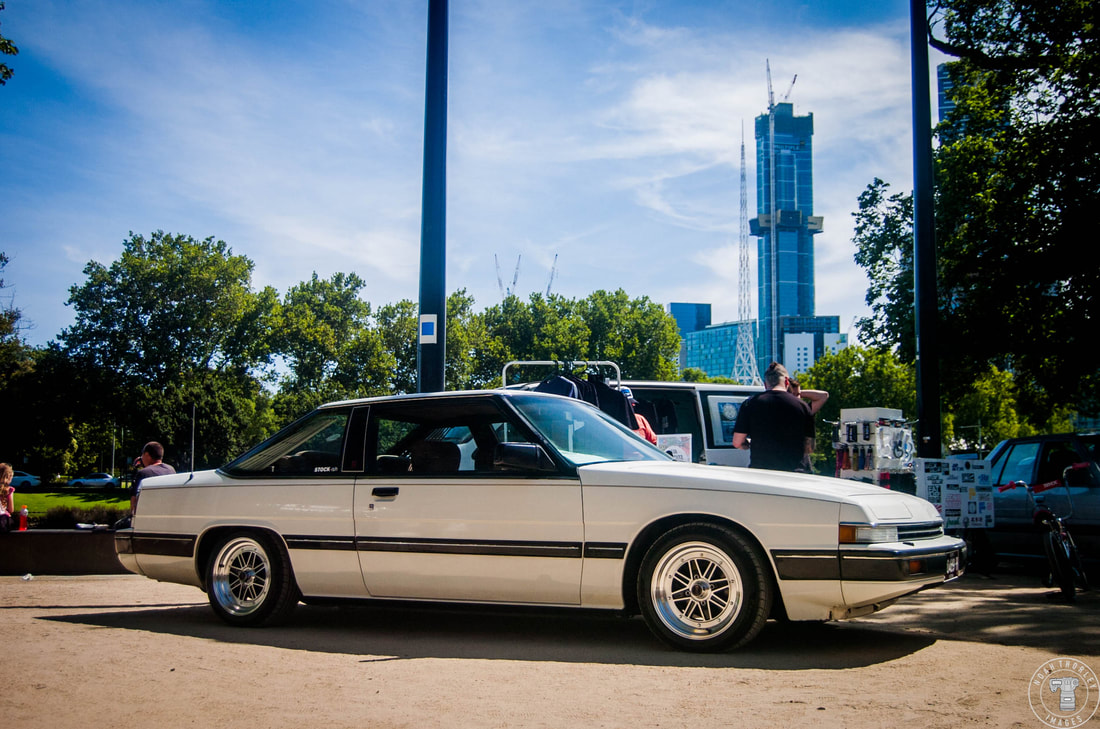 So, let's get on with the stars of the show, the cars. I'll start with this very clean FC RX7, subtly modified with red lug nuts and side skirts. One car hidden among the slew of cars at Classic Japan was this orange Celica. Although it looks pretty standard on the outside... ...under the hood was a turbocharged 1JZ Sitting next to the Celica was also this Toyota Cressida Wagon with another 1JZ engine stuffed up the front. Speaking of engine swaps, a BMW S50B32 inline six engine had been sneakily brought into the show, being hidden inside a Datsun 240Z. Madness! Another bonkers build was this Toyota Crown built like an american dragstrip gasser, with big drag tires, crazy pipes and a risen ride height to boot. One car that had a lot of attention throughout the day was this 4 door Skyline R32, powered by a single turbo RB26. Taking Over Batman AvenueRoll out: This was the part I was most excited for, the show rolling out. This was the time I got to shoot the stars of the show in their natural habitat, and among the city skyline. I'll let the photos do the talking. Was this Tokyo? No this was Melbourne. But it sure did feel like it. Bonus GalleryDuring the late 60’s and early 70’s, Nissan's catchphrase to sell Datsuns in Australia was ‘Get that Datsun Difference’. It suited them perfectly. Nissan was building their cars differently to everyone else, they brought their cars over to the U.S, Europe and Australia. They were cheaply priced but not cheaply made. They were reliable, affordable and fun. However, before the late 60’s, before Nissan released the 510 and 240Z, sales had been trickling in, and although it gave Nissan enough money to go racing (in particular the 1958 Mobilgas Rally in Australia, which they won in their class), it wasn’t much compared to what lay ahead. Enter Yutaka Katayama, the man we can thank for the Fairlady Z, 510 and Nissan’s success. Referred to as Mr. K, Katayama was a racing aficionado and Nissan’s US President. Upon studying the U.S market, and BMW’s Neue Klasse 1600, Mr. K managed to influence the design of the new 510 to be more like a ‘driver’s car’, featuring a powerful (for its day) 1.6 litre SOHC engine and fully independent suspension. Unlike the conservative Nissan employee’s back in Japan, who wanted to build a cheap, reliable car, Mr. K had managed to make sure the 510/1600 was a driver’s car, meaning that it appealed to the overseas market more than any previous Datsun or Japanese car for that matter. It was Mr. K that made people want to buy Japanese cars. The Z-car was also like this. Powerful, fun, reliable and cheap. In the U.S, 1 million of the S30 were sold in a decade. In comparison, it took the mighty Corvette 25 years to reach those numbers. Although the Fairlady Z and 510/1600 are Datsun's most popular cars, they made many others that are just as cool. This includes the Datsun 1200 range, which included a pickup, coupe, sedan and wagon. 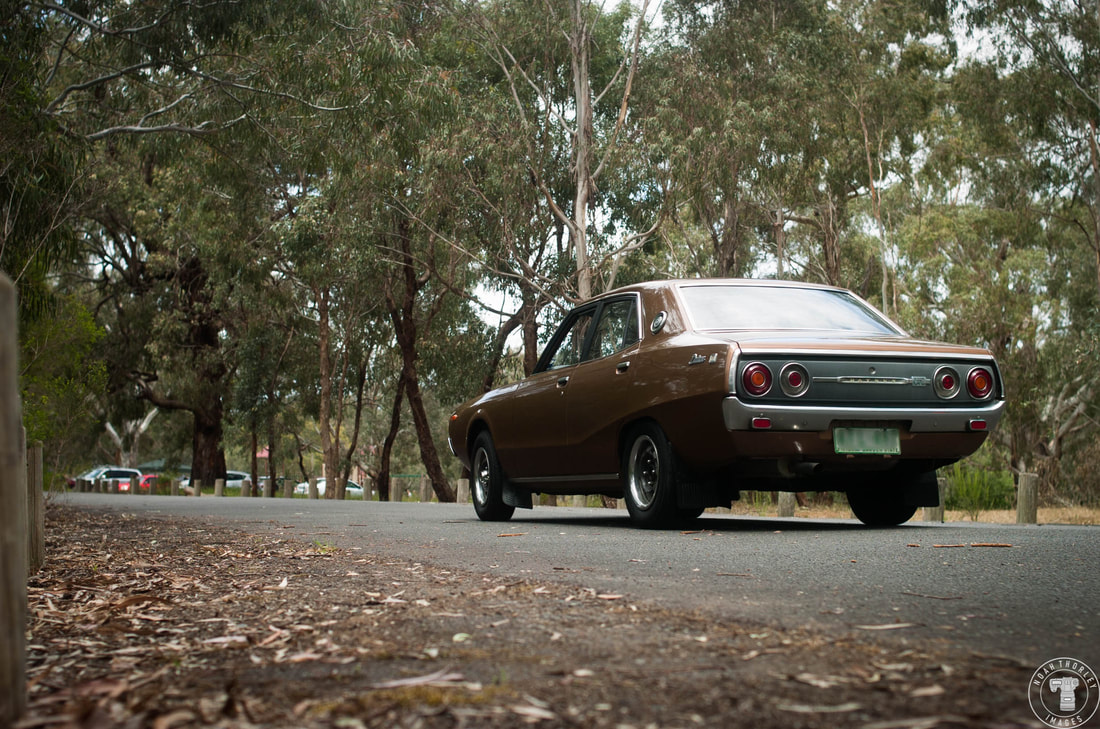 The Kenmeri Skyline, or Datsun 240K as sold in Australia, is also a popular model. It even raced at Bathurst. In 1982, Nissan decided to drop the Datsun name from their cars. This would be a three-year process from 1982 to 1984. With the Datsun name gone, Nissan could focus their attention on their new line of cars, including the R30 and R31 Skylines. And the original Godzilla, the R32 Skyline. Speaking of Skylines, here's a very clean example of the V35 Skyline Coupe. In addition to the Skyline range, Nissan released the popular sports car line that was the Silvia range, conducting of the 180SX, S13, S14 and S15. 50 Years of the Fairlady Z2019 will mark 50 years since the first Fairlady Z was released. The original S30Z was and still is a massive hit with enthusiasts, thanks to its muscle-like straight six, independent suspension and classic looks. The car came in three versions, the 240Z, 260Z and 280Z, with the latter two coming with the option of two rear seats. After the luxurious yet sporty 280ZX came the Nissan 300ZX Z31. This came with a redefined engine, a 3 litre V6 with an optional turbo rather than the 2.8 litre straight six. Then, in 1989 came a big change for the Z-car in styling, performance and power. The 300ZX Z32 came with a more refined V6, with dual overhead camshafts and a twin turbo option. The Z32 was one of the first cars designed using CAD software, meaning Nissan could stuff all that power under the relatively short bonnet. In 2002, Nissan finally released a new Z-Car, the 350Z, with a 3.5 litre V6, and in 2009 the 370Z (pictured above) was debuted with an even larger 3.7 litre V6. The 370Z is still yet to be retired, but Nissan has teased that they are already working on a new Fairlady Z. To say I'm excited would be an understatement. Bonus Gallery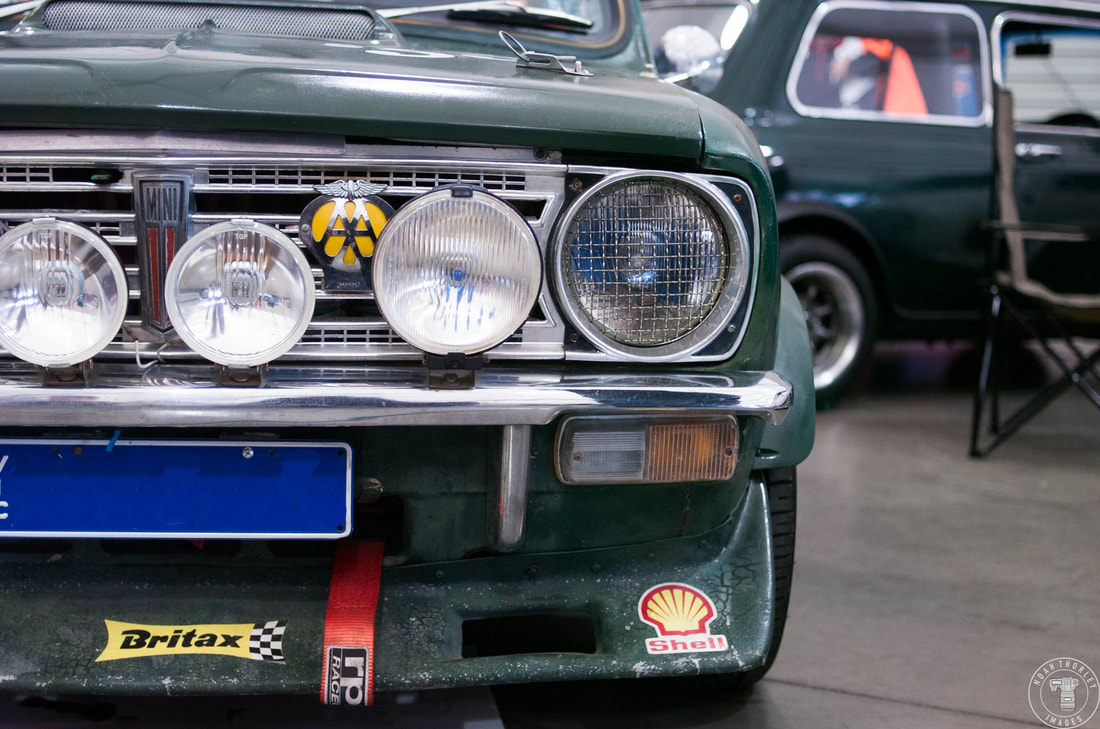 The 'MINI' is one of the worlds most recognisable, charming and loved cars ever made. Ever since 1959, the iconic shape has been raced, driven and adored by not only car enthusiasts but the world. And at the Victorian Mini Club's All Day Mini Show, we got to admire the biggest little car to rule the roads. The original MINI, sold under the 'Austin' and 'Morris' names but built by BMC (British Motor Corporation), was meant to be a fuel efficient, compact automobile that could carry 4 passengers. However, in the 1960's and 70's the car became a cultural icon, and began to be pushed to it's boundaries, morphing into a performance based racer. In 1961, Alec Issigonis - the designer of the MINI - paired up with Formula 1 designer John Cooper to create a performance spec road car, fit for rallying. This version was known as the MINI 'Cooper', These 'Cooper' variants included a bigger and more powerful engine and performance suspension parts to fit the bill. In 1968, the BMC's, parent company the BMH (British Motor Holdings) merged with Leyland, forming the British Leyland Motor Corporation. This company then changed its name to Rover. In 1994, BMW bought Rover. However, BMW sold majority of the company in 2000, but retained the rights to continue the production of the MINI. The year 2000 was the last year the MINI stayed, well, mini. For 41 years, the MINI had barely changed form, staying with it's two door and compact design with the same dimensions. Yet, in 2001, BMW gave the MINI a major facelift, bringing the icon into the 21st century. The MIINI is now one of the most customisable platforms there are, thanks to the mass amount of OEM and custom parts available. And thanks to its simplicity, you can even go all out, just like this one. And of course, you can't forget about the MINI pickups, panel vans and Mokes. The MINI has never failed to be adored, modified and loved throughout its 60 years by both enthusiasts and the latter. It is one of the most recognisable, and timeless designs, and its success is unmeasured. It may be one of the smallest cars, but is has one of the biggest followings. Bring on the next 60 years! Bonus Gallery |


